Compounds and Methods for Treating, Detecting, and Identifying Compounds to Treat Apicomplexan Parasitic Diseases
McLeod; Rima ; et al.
U.S. patent application number 16/063877 was filed with the patent office on 2020-09-10 for compounds and methods for treating, detecting, and identifying compounds to treat apicomplexan parasitic diseases. The applicant listed for this patent is The University Of Chicago. Invention is credited to Kamal El Bissati, Colin W.G. Fishwick, James Gordon, Mark Hickman, Leroy E. Hood, Taek-Kyun Kim, QiGui Li, Hernan Alejandro Lorenzi, Rima McLeod, Martin McPhillie, Craig Roberts, Kai Wang, Ying Zhou, Yong Zhou.
| Application Number | 20200283391 16/063877 |
| Document ID | / |
| Family ID | 1000004858662 |
| Filed Date | 2020-09-10 |
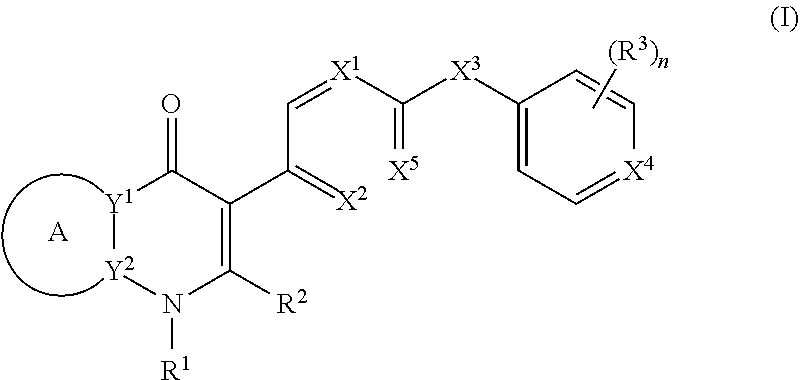
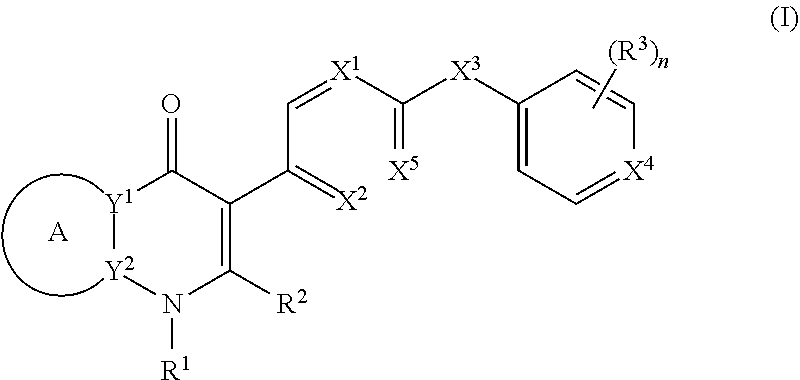
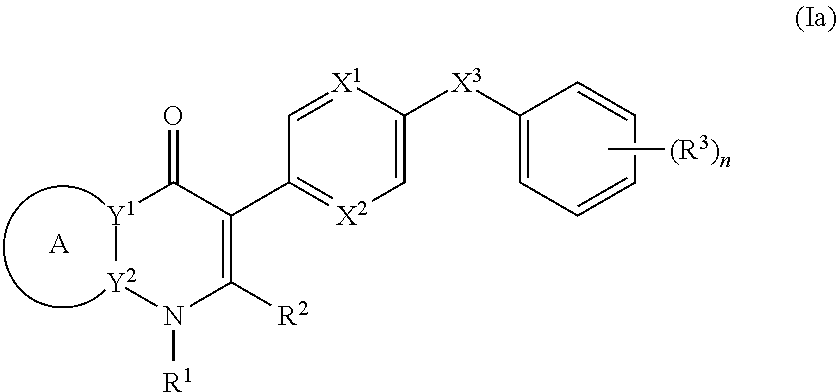

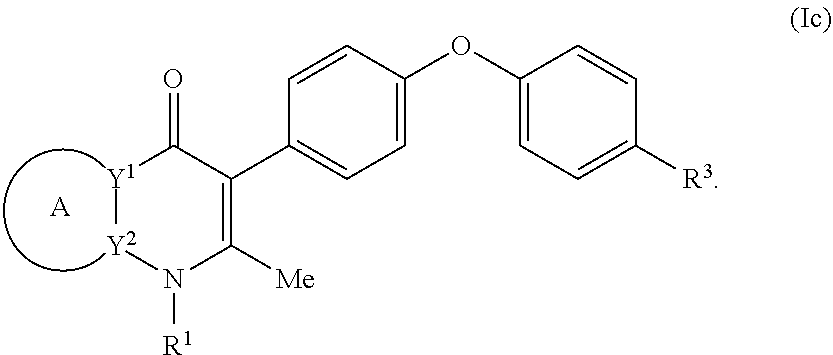
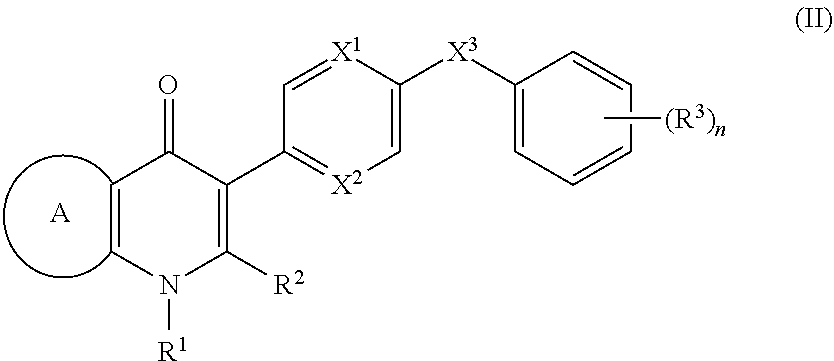
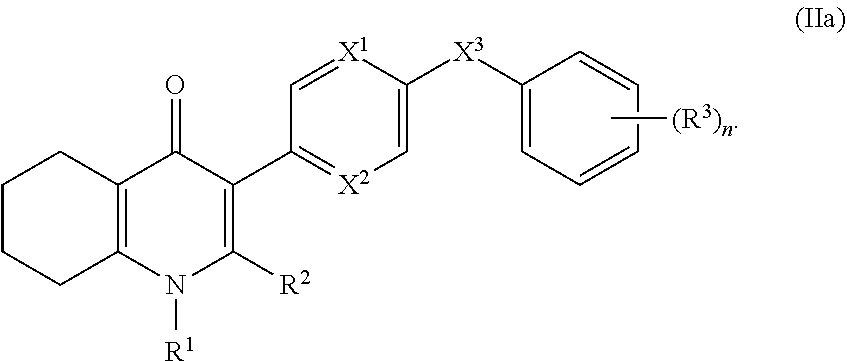
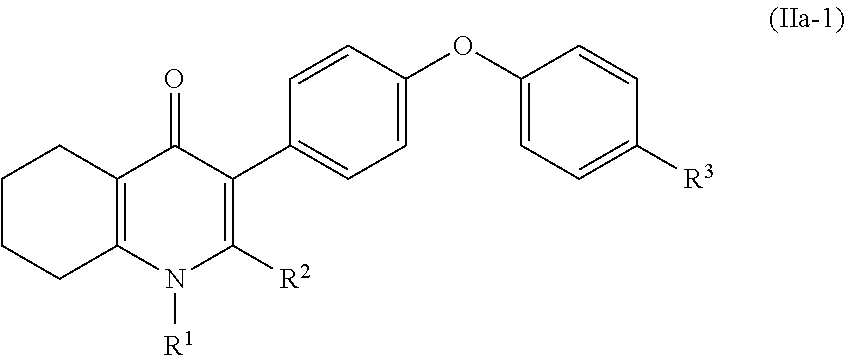
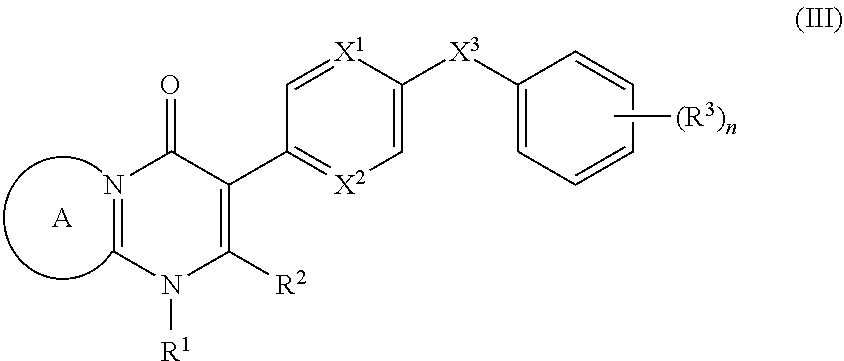
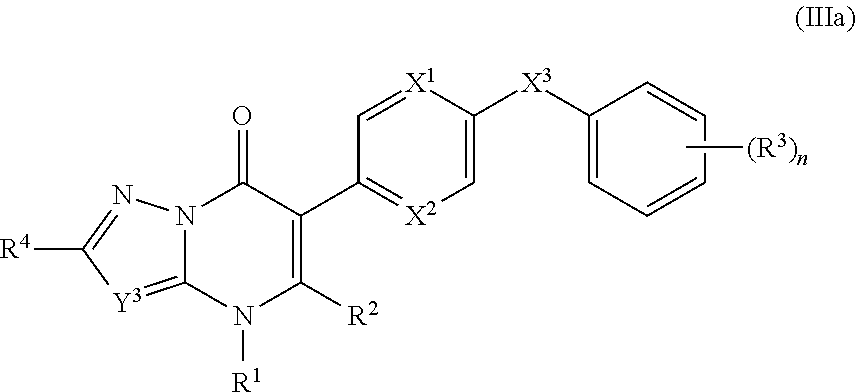
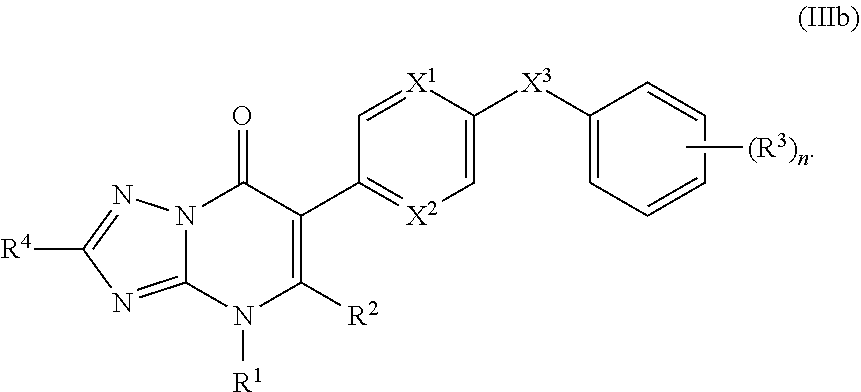
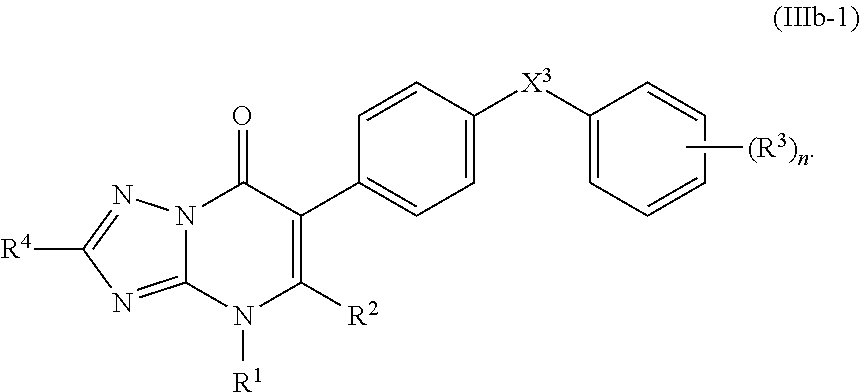
View All Diagrams
| United States Patent Application | 20200283391 |
| Kind Code | A1 |
| McLeod; Rima ; et al. | September 10, 2020 |
Compounds and Methods for Treating, Detecting, and Identifying Compounds to Treat Apicomplexan Parasitic Diseases
Abstract
Disclosed herein; are novel compounds for treating apicomplexan parasite related disorders, methods for their use; cell line and non-human animal models of the dormant parasite phenotype and methods for their use in identifying new drugs to treat apicomplexan parasite related disorders, and biomarkers to identify disease due to the parasite and its response to treatment.
| Inventors: | McLeod; Rima; (Chicago, IL) ; McPhillie; Martin; (Leeds, GB) ; Fishwick; Colin W.G.; (Leeds, GB) ; Lorenzi; Hernan Alejandro; (Rockville, MD) ; Wang; Kai; (Seattle, WA) ; Kim; Taek-Kyun; (Seattle, WA) ; Zhou; Yong; (Seattle, WA) ; Hood; Leroy E.; (Seattle, WA) ; Zhou; Ying; (Chicago, IL) ; El Bissati; Kamal; (Chicago, US) ; Gordon; James; (Leeds, GB) ; Hickman; Mark; (Silver Spring, MD) ; Li; QiGui; (Silver Spring, MD) ; Roberts; Craig; (Glasgow, GB) | ||||||||||
| Applicant: |
|
||||||||||
|---|---|---|---|---|---|---|---|---|---|---|---|
| Family ID: | 1000004858662 | ||||||||||
| Appl. No.: | 16/063877 | ||||||||||
| Filed: | December 20, 2016 | ||||||||||
| PCT Filed: | December 20, 2016 | ||||||||||
| PCT NO: | PCT/US2016/067795 | ||||||||||
| 371 Date: | June 19, 2018 |
Related U.S. Patent Documents
| Application Number | Filing Date | Patent Number | ||
|---|---|---|---|---|
| 62270264 | Dec 21, 2015 | |||
| 62306385 | Mar 10, 2016 | |||
| Current U.S. Class: | 1/1 |
| Current CPC Class: | C07D 215/233 20130101; C07D 487/04 20130101; C07D 401/12 20130101; A61P 33/06 20180101; C07D 405/12 20130101; C07D 471/04 20130101 |
| International Class: | C07D 215/233 20060101 C07D215/233; C07D 487/04 20060101 C07D487/04; C07D 401/12 20060101 C07D401/12; C07D 405/12 20060101 C07D405/12; A61P 33/06 20060101 A61P033/06; C07D 471/04 20060101 C07D471/04 |
Goverment Interests
STATEMENT OF GOVERNMENT RIGHTS
[0002] This invention was made with government support under National Institutes of Health (NIH) contract number HHNS272200900007C, NIH, National Institute of Allergy and Infectious Diseases of the National Institutes of Health (NIAID) award numbers R01AI071319(NIAID) and R01AI027530 (NIAID); NIAID contract Number HHNS272200900007C; NIAID award number U19AI110819: NIAID award numbers U01 AI077887(NIAID) and U01AI082180(NIAID); National Institute of Diabetes and Digestive and Kidney Diseases (NIDDK) Grant #5T35DK062719-28: Defense Threat Reduction Agency award number 13-C-0055, and Department of Defense award numbers W911NF-09-D0001 and W911SR-07-C0101. The government has certain rights in the invention.
Claims
1. A compound of the structure of (a) Formula (I): ##STR00234## or a stereoisomer thereof, or a pharmaceutically acceptable salt thereof, wherein ring A combines with Y.sup.1 and Y.sub.2 to form a C.sub.3-7cycloalkenyl or heteroaryl ring, wherein the C.sub.3-7cycloalkenyl or heteroaryl is optionally substituted by halogen, C.sub.1-3alkyl, C.sub.1-3alkoxy, C.sub.1-3haloalkyl, --O--C.sub.1-3haloalkyl, --S--C.sub.1-3haloalkyl, --C(O)OR, cyano or phenyl; Y.sup.1 is C or N; Y.sup.2 is C or N; X.sup.1 is C(R.sup.x1) or N, wherein R.sup.x1 is hydrogen, halogen, C.sub.1-3alkyl, C.sub.1-3alkoxy or C.sub.1-3haloalkyl; X.sup.2 is C(R.sup.x2) or N, wherein R.sup.x2 is hydrogen, halogen, C.sub.1-3alkyl, C.sub.1-3alkoxy or C.sub.1-3haloalkyl; X.sup.3 is O, N(R), S or C.sub.1-3alkyl; X.sup.4 is C or N; X.sup.5 is C or N; R.sup.1 is hydrogen or C.sub.1-3alkyl; R.sup.2 is hydrogen, C.sub.1-3alkyl, C.sub.1-3haloalkyl, --CH.sub.2OH, --CH.sub.2OR or --C(O)OR; n is 0, 1, 2, 3 or 4; each R.sup.3 is independently halogen, C.sub.1-3alkyl, C.sub.1-3alkoxy, C.sub.1-3haloalkyl, --O--C.sub.1-3haloalkyl, --S--C.sub.1-3haloalkyl, --C(O)OR or SF.sub.5; or two R.sup.3 groups, together with the carbons to which they are attached, form a 1,3-dioxolane; and each R is independently hydrogen or C.sub.1-3alkyl; or (b) compound of the structure of Formula (I-p): ##STR00235## or a stereoisomer thereof, or a pharmaceutically acceptable salt thereof, wherein ring A combines with Y.sup.1 and Y.sub.2 to form a C.sub.3-7cycloalkenyl or heteroaryl ring, wherein the C.sub.3-7cycloalkenyl or heteroaryl is optionally substituted by halogen, C.sub.1-3alkyl, C.sub.1-3alkoxy, C.sub.1-3haloalkyl, --O--C.sub.1-3haloalkyl, --S--C.sub.1-3haloalkyl, --C(O)OR, cyano or phenyl; Y.sup.1 is C or N; Y.sup.2 is C or N; X.sup.1 is C(R.sup.x1) or N, wherein R.sup.x1 is hydrogen, halogen, C.sub.1-3alkyl, C.sub.1-3alkoxy or C.sub.1-3haloalkyl; X.sup.2 is C(R.sup.x2) or N, wherein R.sup.x2 is hydrogen, halogen, C.sub.1-3alkyl, C.sub.1-3alkoxy or C.sub.1-3haloalkyl; X.sup.3 is O, N(R), S or C.sub.1-3alkyl; X.sup.5 is C or N; P is --C(O)OR', --C(O)R', --C(O)NR'2, wherein R' is hydrogen, C.sub.1-3alkyl or --CH.sub.2OR; R.sup.2 is hydrogen, C.sub.1-3alkyl, C.sub.1-3haloalkyl, --CH.sub.2OH, --CH.sub.2OR, --C(O)OR or --CH.sub.2OP; P is --C(O)OR', --C(O)R', --C(O)NR'2 or --OP(O)(OR')OR', wherein each R' is independently hydrogen or C.sub.1-3alkyl; n is 0, 1, 2, 3 or 4; each R.sup.3 is independently halogen, C.sub.1-3alkyl, C.sub.1-3alkoxy, C.sub.1-3haloalkyl, --O--C.sub.1-3haloalkyl, --S--C.sub.1-3haloalkyl, --C(O)OR or SF.sub.5; or two R.sup.3 groups, together with the carbons to which they are attached, form a 1,3-dioxolane; and each R is independently hydrogen or C.sub.1-3alkyl.
2. The compound of claim 1, having the structure of (I): ##STR00236## or a stereoisomer thereof, or a pharmaceutically acceptable salt thereof, wherein ring A combines with Y.sup.1 and Y.sub.2 to form a C.sub.3-7cycloalkenyl or heteroaryl ring, wherein the C.sub.3-7cycloalkenyl or heteroaryl is optionally substituted by halogen, C.sub.1-3alkyl, C.sub.1-3alkoxy, C.sub.1-3haloalkyl, --O--C.sub.1-3haloalkyl, --S--C.sub.1-3haloalkyl, --C(O)OR, cyano or phenyl; Y.sup.1 is C or N; Y.sup.2 is C or N; X.sup.1 is C(R.sup.x1) or N, wherein R.sup.x1 is hydrogen, halogen, C.sub.1-3alkyl, C.sub.1-3alkoxy or C.sub.1-3haloalkyl; X.sup.2 is C(R.sup.x2) or N, wherein R.sup.x2 is hydrogen, halogen, C.sub.1-3alkyl, C.sub.1-3alkoxy or C.sub.1-3haloalkyl; X.sup.3 is O, N(R), S or C.sub.1-3alkyl; X.sup.4 is C or N; X.sup.5 is C or N; R.sup.1 is hydrogen or C.sub.1-3alkyl; R.sup.2 is hydrogen, C.sub.1-3alkyl, C.sub.1-3haloalkyl, --CH.sub.2OH, --CH.sub.2OR or --C(O)OR; n is 0, 1, 2, 3 or 4; each R.sup.3 is independently halogen, C.sub.1-3alkyl, C.sub.1-3alkoxy, C.sub.1-3haloalkyl, --O--C.sub.1-3haloalkyl, --S--C.sub.1-3haloalkyl, --C(O)OR or SF.sub.5; or two R.sup.3 groups, together with the carbons to which they are attached, form a 1,3-dioxolane; and each R is independently hydrogen or C.sub.1-3alkyl.
3. The compound of claim 1, having the structure of (Ia): ##STR00237## or a stereoisomer thereof, or a pharmaceutically acceptable salt thereof, wherein ring A combines with Y.sup.1 and Y.sub.2 to form a C.sub.3-7cycloalkenyl or heteroaryl ring, wherein the C.sub.3-7cycloalkenyl or heteroaryl is optionally substituted by halogen, C.sub.1-3alkyl, C.sub.1-3alkoxy, C.sub.1-3haloalkyl, --O--C.sub.1-3haloalkyl, --S--C.sub.1-3haloalkyl, --C(O)OR, cyano or phenyl; Y.sup.1 is C or N; Y.sup.2 is C or N; X.sup.1 is C(R.sup.x1) or N, wherein R.sup.x1 is hydrogen, halogen, C.sub.1-3alkyl, C.sub.1-3alkoxy or C.sub.1-3haloalkyl; X.sup.2 is C(R.sup.x2) or N, wherein R.sup.x2 is hydrogen, halogen, C.sub.1-3alkyl, C.sub.1-3alkoxy or C.sub.1-3haloalkyl; X.sup.3 is O, N(R), S or C.sub.1-3alkyl; R.sup.1 is hydrogen or C.sub.1-3alkyl; R.sup.2 is hydrogen, C.sub.1-3alkyl or --C(O)OR; n is 0, 1, 2, 3 or 4; each R.sup.3 is independently halogen, C.sub.1-3alkyl, C.sub.1-3alkoxy, C.sub.1-3haloalkyl, --O--C.sub.1-3haloalkyl, --S--C.sub.1-3haloalkyl, --C(O)OR or SF.sub.5; and each R is independently hydrogen or C.sub.1-3alkyl.
4. The compound of claim 3, having (a) the structure of Formula (Ib): ##STR00238## (b) the structure of Formula (Ic): ##STR00239## (c) the structure of Formula (II): ##STR00240## wherein ring A combines with the carbon atoms with which it is attached to form a C.sub.3-7 cycloalkenyl; (d) the structure of Formula (IIa): ##STR00241## or (e) the structure of Formula (IIa-1): ##STR00242## wherein R.sup.3 is hydrogen, halogen, C.sub.1-3alkyl or C.sub.1-3haloalkyl.
5-8. (canceled)
9. The compound of claim 3, having the structure of Formula (III): ##STR00243## wherein ring A combines with the nitrogen atom and carbon atom with which it is attached to form a heteroaryl ring.
10. The compound of claim 9, having the structure of Formula (IIIa): ##STR00244## wherein Y.sup.3 is C(R.sup.5) or N; and R.sup.4 and R.sup.5 are independently hydrogen, halogen, C.sub.1-3alkyl, C.sub.1-3alkoxy, C.sub.1-3haloalkyl, --O--C.sub.1-3haloalkyl, --S--C.sub.1-3haloalkyl, --C(O)OR, cyano or phenyl.
11. The compound of claim 10, having the structure of Formula (IIIb): ##STR00245##
12. The compound of claim 11, wherein R.sup.4 is hydrogen or C.sub.1-3alkyl.
13. The compound of claim 11, having the structure of Formula (IIIb-1): ##STR00246##
14. The compound of claim 10, having the structure of Formula (IIIc): ##STR00247##
15. The compound of claim 14, wherein R.sup.4 is hydrogen or C.sub.1-3alkylor phenyl; and R.sup.5 is hydrogen or cyano.
16. The compound of claim 14, having the structure of Formula (IIIc-1): ##STR00248##
17. The compound of claim 1, having the structure of Formula (IV): ##STR00249## or a stereoisomer thereof, or a pharmaceutically acceptable salt thereof, wherein ring A combines with Y.sup.1 and Y.sub.2 to form a C.sub.3-7cycloalkenyl or heteroaryl ring, wherein the C.sub.3-7cycloalkenyl or heteroaryl is optionally substituted by halogen, C.sub.1-3alkyl, C.sub.1-3alkoxy, C.sub.1-3haloalkyl, --O--C.sub.1-3haloalkyl, --S--C.sub.1-3haloalkyl, --C(O)OR, cyano or phenyl; Y.sup.1 is C or N; Y.sup.2 is C or N; X.sup.1 is C(R.sup.x1) or N, wherein R.sup.x1 is hydrogen, halogen, C.sub.1-3alkyl, C.sub.1-3alkoxy or C.sub.1-3haloalkyl; X.sup.2 is C(R.sup.x2) or N, wherein R.sup.x2 is hydrogen, halogen, C.sub.1-3alkyl, C.sub.1-3alkoxy or C.sub.1-3haloalkyl; X.sup.3 is O, N(R), S or C.sub.1-3alkyl; X.sup.3 is C or N; X.sup.5 is C or N; R.sup.1 is hydrogen or C.sub.1-3alkyl; R.sup.2 is hydrogen, C.sub.1-3alkyl, C.sub.1-3haloalkyl, --CH.sub.2OH, --CH.sub.2OR or --C(O)OR; n is 0, 1, 2, 3 or 4; each R.sup.3 is independently halogen, C.sub.1-3alkyl, C.sub.1-3alkoxy, C.sub.1-3haloalkyl, --O--C.sub.1-3haloalkyl, --S--C.sub.1-3haloalkyl, --C(O)OR or SF.sub.5; and each R is independently hydrogen or C.sub.1-3alkyl.
18. The compound of claim 17, having the structure of Formula (IVa): ##STR00250## wherein ring A combines with the carbon atoms with which it is attached to form a C.sub.3-7cycloalkenyl.
19. The compound of claim 17, having the structure of Formula (IVb): ##STR00251##
20. A compound that is: TABLE-US-00014 No. ID Structure Name ELQ-type systems PA1 MJM102/ MJM113 (ELQ- 271) ##STR00252## 2-methyl-3-(4-(4- (trifluoromethoxy)phenoxy) phenyl)quinolin-4(1H)- one PA2 MJM 129 ##STR00253## 2-methyl-3-(4- phenoxyphenyl)quinolin- 4(1H)-one PA3 JM10 ##STR00254## 1-ethyl-2-methyl-3-(4- phenoxyphenyl)quinolin- 4(1H)-one PA4 RG38 ##STR00255## 3-(4-(4-chlorophenoxy)-3- hydroxyphenyl)-2- methylquinolin-4(1H)-one 5,6-fused pyridone systems 1 MJM136 ##STR00256## 5-methyl-6-(4-(4- (trifluoromethoxy)phenoxy) phenyl)- [1,2,4]triazolo[1,5- a]pyrimidin-7(4H)-one 2 MJM141 ##STR00257## 5-methyl-6-(4-(4- (trifluoromethoxy)phenoxy) phenyl)pyrazolo[1,5- a]pyrimidin-7(4H)-one 3 JAG006 ##STR00258## 2,5-dimethyl-6-(4-(4- (trifluoromethoxy)phenoxy) phenyl)pyrazolo[1,5- a]pyrimidin-7(4H)-one 4 JAG013 ##STR00259## 5-methyl-2-(methylthio)-6- (4-(4- (trifluoromethoxy)phenoxy) phenyl)- [1,2,4]triazolo[1,5- a]pyrimidin-7(4H)-one 5 JAG014 ##STR00260## 5-methyl-7-oxo-6-(4-(4- (trifluoromethoxy)phenoxy) phenyl)-4,7- dihydropyrazolo[1,5- a]pyrimidine-3-carbonitrile 6 JAG015 ##STR00261## 5-methyl-2-phenyl-6-(4-(4- (trifluoromethoxy)phenoxy) phenyl)pyrazolo[1,5- a]pyrimidin-7(4H)-one Tetrahydroquinolones (THQ) 7 MJM170 ##STR00262## 2-methyl-3-(4- phenoxyphenyl)-5,6,7,8- tetrahydroquinolin-4(1H)- one 8 JAG21 ##STR00263## 2-methyl-3-(4-(4- (trifluoromethoxy)phenoxy) phenyl)-5,6,7,8- tetrahydroquinolin-4(1H)- one 9 JAG039 ##STR00264## 4-((5-(2-methyl-4-oxo- 1,4,5,6,7,8- hexahydroquinolin-3- yl)pyridin-2- yl)oxy)benzoic acid 10 JAG046 ##STR00265## 4-(4-(2-methyl-4-oxo- 1,4,5,6,7,8- hexahydroquinolin-3- yl)phenoxy)benzoic acid 11 JAG047 ##STR00266## 3-(4-(2-methyl-4-oxo- 1,4,5,6,7,8- hexahydroquinolin-3- yl)phenoxy)benzoic acid 12 JAG50 ##STR00267## 3-(4-(4-chlorophenoxy)phenyl)-2- methyl-5,6,7,8- tetrahydroquinolin-4(1H)- one 13 JAG58 ##STR00268## 3-(4-(4- fluorophenoxy)phenyl)-2- methyl-5,6,7,8- tetrahydroquinolin-4(1H)- one 14 JAG63 ##STR00269## 2-methyl-3-(4-(4- (trifluoromethyl)phenoxy) phenyl)-5,6,7,8- tetrahydroquinolin-4(1H)- one 15 JAG062 ##STR00270## 3-(4-(3- chlorophenoxy)phenyl)-2- methyl-5,6,7,8- tetrahydroquinolin-4(1H)- one 16 JAG067 ##STR00271## 3-(4-(3- fluorophenoxy)phenyl)-2- methyl-5,6,7,8- tetrahydroquinolin-4(1H)- one 17 JAG023 ##STR00272## 1,2-dimethyl-3-(4-(4- (trifluoromethoxy)phenoxy) phenyl)-5,6,7,8- tetrahydroquinolin-4(1H)- one 18 JAG077 ##STR00273## 3-(4-(4- chlorophenoxy)phenyl)- 1,2-dimethyl-5,6,7,8- tetrahydroquinolin-4(1H)- one 19 AS006 ##STR00274## 2-methyl-3-(4-(3- (trifluoromethoxy)phenoxy) phenyl)-5,6,7,8- tetrahydroquinolin-4(1H)- one 20 AS0012 ##STR00275## 2-methyl-3-(4-(3- (trifluoromethyl)phenoxy) phenyl)-5,6,7,8- tetrahydroquinolin-4(1H)- one 21 AS021 ##STR00276## 3-(4-(3,5- dichlorophenoxy)phenyl)- 2-methyl-5,6,7,8- tetrahydroquinolin-4(1H)- one 22 AS022 ##STR00277## 3-(4-(3-chloro-4- fluorophenoxy)phenyl)-2- methyl-5,6,7,8- tetrahydroquinolin-4(1H)- one
5-methyl-6-(4-(4-(trifluoromethoxy)phenoxy)phenyl)-[1,2,4]triazolo[1,5-a]- pyrimidin-7(4H)-one 5-methyl-6-(4-(4-(trifluoromethoxy)phenoxy)phenyl)pyrazolo[1,5-a]pyrimidi- n-7(4H)-one 2,5-dimethyl-4-(4-(trifluoromethoxy)phenoxy)phenyl)pyrazolo[1,5-a]pyrimid- in-7(4H)-one 5-methyl-2-(methylthio)-6-(4-(4-(trifluoromethoxy)phenoxy)phenyl)-[1,2,4]- triazolo[1,5-a]pyrimidin-7(4H)-one 5-methyl-7-oxo-6-(4-(4-(tri fluoromethoxy)phenoxy)phenyl)-4,7-dihydropyrazolo[1,5-a]pyrimidine-3-carb- onitrile 5-methyl-2-phenyl-6-(4-(4-(trifluoromethoxy)phenoxy)phenyl)pyrazo- lo[1,5-a]pyrimidin-7(4H)-one 2-methyl-3-(4-phenoxyphenyl)-5,6,7,8-tetrahydroquinolin-4(1H)-one 2-methyl-3-(4-(4-(trifluoromethoxy)phenoxy)phenyl)-5,6,7,8-tetrahydroquin- olin-4(1H)-one methyl 3-((5-4-ethoxy-2-methyl-5,6,7,8-tetrahydroquinolin-3-yl)pyridin-2-yl)oxy) benzoate 4-(4-(2-methyl-4-oxo-1,4,5,6,7,8-hexahydroquinolin-3-yl)phenoxy)- benzoic acid 3-(4-(2-methyl-4-oxo-1,4,5,6,7,8-hexahydroquinolin-3-yl)phenoxy)benzoic acid 3-(4-(4-chlorophenoxy)phenyl)-2-methyl-5,6,7,8-tetrahydroquinolin-4(- 1H)-one 3-(4-(4-Fluorophenoxy)phenyl)-2-methyl-5,6,7,8-tetrahydroquinolin-- 4(1H)-one 2-Methyl-3-4-(4-(trifluoromethyl)phenoxy)phenyl)-5,6,7,8-tetrahy- droquinolin-4(1H)-one 3-(4-(3-Chlorophenoxy)phenyl)-2-methyl-5,6,7,8-tetrahydroquinolin-4(1H)-o- ne 3-(4-(3-Fluorophenoxy)phenyl)-2-methyl-5,6,7,8-tetrahydroquinolin-4(1H)- -one 1,2-dimethyl-3-4-(4-(trifluoromethoxy)phenoxy)phenyl)-5,6,7,8-tetrahy- droquinolin-4-one 3-(4-(3,4-Dichlorophenoxy)phenyl)-2-methyl-5,6,7,8-tetrahydroquinolin-4(1- H)-one 3-(4-(3,4-Dichlorophenoxy)phenyl)-2-methyl-5,6,7,8-tetrahydroquinol- in-4(1H)-one 3-[4-(3-chloro-4-fluorophenoxy)phenyl]-2-methyl-5,6,7,8-tetrahydro-1H-qui- nolin-4-one 3{-4-[(2,6-dichloropyridin-4-yl)oxy]phenyl}-2-methyl-5,6,7,8-tetrahydro-1- H-quinolin-4-one 3-[4-(3, 5-dichlorophenoxy)phenyl]-2-methyl-5,6,7,8-tetrahydro-1H-quinolin-4(1H)-o- ne 3-(4-(3,4-Dichlorophenoxy)phenyl)-2-methyl-5,6,7,8-tetrahydroquinolin-4- (1H)-one 3 (4-(4-Trifluoromethoxyphenoxy)phenyl)-2-(carboxylate)-5,6,7,8-t- etrahydroquinolin-4(1H)-one 3-(6-(4-Trifluoromethoxyphenoxy)pyrdin-3-yl)-2-methyl-5,6,7,8-tetrahydroq- uinolin-(4-one 3-(4-Phenonxyphenyl)-1,2,3,4,5,6,7,8-octahydroquinazoline-2,4,dione 3 (4-(4-Trifluoromethoxyphenoxy)phenyl)-2-(methylhydroxy)-5,6,7,8-tetrahydr- oquinolin-4(1H)-one 3-[4-(2H-1,3-benzodioxol-5-yloxy)phenyl]-2-methyl-5,6,7,8-tetrahydro-1H-q- uinolin-4-one 6-Ethyl-3-(4-(4-trifluoromethoxyphenoxy)phenyl)-2-methyl-5,6,7,8-tetrahyd- roquinolin-4(1H)-one 3 (4-(4-Trifluoromethoxyphenoxy)phenyl)-2,6-dimethyl-5,6,7,8-tetrahydroquin- olin-4(1H)-one 3 (4-(4-Trifluoromethoxyphenoxy)phenyl)-2,7-dimethyl-5,6,7,8-tetrahydroquin- olin-4(1H)-one 7-Ethyl-2-methyl-3 (4-(4-trifluoromethoxyphenoxy)phenyl)-5,6,7,8-tetrahydroquinolin-4(1H)-on- e 3 (4-(4-trifluoromethoxyphenoxy)phenyl)-2-methyl-1,7-napthyrid-4(1H)-one 7-Trifluromethyl-2-methyl-3 (4-(4-trifluoromethoxyphenoxy)phenyl)-5,6,7,8-tetrahydroquinolin-4(1H)-on- e or a stereoisomer thereof, or a pharmaceutically acceptable salt thereof.
21. (canceled)
22. The compound of claim 1 that is 2-methyl-3-(4-(4-(trifluoromethoxy)phenoxy)phenyl)-5,6,7,8-tetrahydroquin- olin-4(1H)-one, or a pharmaceutically acceptable salt thereof.
23. A pharmaceutical composition comprising a compound of claim 1 and a pharmaceutically acceptable diluent, excipient, or carrier.
24. A method for treating an apicomplexan parasitic infection, comprising administering to a subject (such as a human subject) in need thereof an amount effective to treat the infection of the compound or pharmaceutical composition of claim 1.
25-34. (canceled)
35. An invention selected from the group consisting of: (a) a method for monitoring treatment of an apicomplexan parasitic infection, such as T. gondii infection (including but not limited to any of the treatments of claims 24-34), comprising monitoring expression, protein in serum or plasma, and/or activity of 1, 2, 3, 4, 5, 6, 7, 8, 9, 10, or all of the markers listed in FIGS. 1-2 in a subject (such as a human subject) being treated for an apicomplexan parasitic infection, wherein a decrease or increase in expression and/or presence and/or activity of the one or more markers indicates that the treatment is effective; (b) a cell line infected with an apicomplexan parasite, wherein the apicomplexan parasite genome comprises a gene encoding an Apetela 2 IV-4 protein with an M=>I modification at residue 570 ("AP2 IV-4 M570I") compared to its orthologous gene on the reference T. gondii ME49 strain (gene ID: TGME49_318470); (c) a method for treating an apicomplexan parasite infection (such as a T. gondii infection), comprising administering to a subject in need thereof an amount effective to treat the infection of an inhibitor (of up-regulated genes) or an activator (of down-regulated genes) of 1 or more of the up-regulated genes listed in FIG. 1 or FIG. 2; (d) a method for identifying test compounds for apicomplexan parasite therapy, comprising identifying test compounds that reduce expression (for up-regulated genes), or increase expression (for down-regulated genes) of 1 or more of the apicomplexan parasite genes in FIGS. 3-5; (e) a plurality of isolated probes that in total selectively bind to at least 2, 3, 4, 5, 6, 7, 8, 9, 10, 15, 20, 25, 30, 35, 40, 45, 100, 150, 200, 250, 500, or all of the markers listed in FIGS. 3-5, complements thereof, or their expression products, or functional equivalents thereof wherein at least 10%, 20%, 30%, 40%, 50%, 60%, 70%, 80%, 90%, 95%, or all of the probes in total are selective for markers that are upregulated in the EGS strain of T. gondii after infection of human fibroblasts, human neuronal stem cells or human monocytic lineage cells; and (f) a plurality of isolated probes that in total selectively bind to at least 2, 3, 4, 5, 6, 7, 8, 9, 10, 15, 20, 25, 30, 35, 40, 45, 100, 150, 200, 250, 500, or all of the markers listed in FIG. 1-2, complements thereof, or their expression products, or functional equivalents thereof, wherein at least 10%, 20%, 30%, 40%, 50%, 60%, 70%, 80%, 90%, 95%, or all of the probes in total are selective for markers that are upregulated in human fibroblasts, human neuronal stem cells or human monocytic lineage cells after infection with T. gondii, including but not limited to infection with the EGS strain of T. gondii.
36-76. (canceled)
Description
CROSS REFERENCE
[0001] This application claims priority to U.S. Provisional Patent Applications 62/270,264 filed Dec. 21, 2015, and 62/306,385 filed Mar. 10, 2016, each incorporated by reference herein in their entirety.
BACKGROUND
[0003] Apicomplexan parasitic infections, such as Toxoplasma gondii infections, can cause systemic symptoms, damage and destroy tissues, especially eye and brain and cause fatalities. Primary infections may be asymptomatic, or cause fever, headache, malaise, lymphadenopathy, and rarely meningoencephalitis, myocarditis, or pericarditis. Retinochoroiditis and retinal scars develop in up to 30% of infected persons, and epilepsy may occur. In immune-compromised and congenitally infected persons, active infection frequently is harmful. Recrudescence arises from incurable, dormant cysts throughout life. Current treatments against active T. gondii tachyzoites can have side effects such as hypersensitivity, kidney stones, and bone marrow suppression, limiting their use. Latent bradyzoites are not significantly affected by any medicines. Atovaquone partially, and transiently, limits cyst burden in mice, but resistance develops with clinical use. Thus, T. gondii infection is incurable with recrudescence from latent parasites posing a continual threat. Estimates of costs for available, suboptimal medicines to treat active, primary ocular, gestational and congenital infections, in just the U.S. and Brazil, exceed $5 billion per year. Improved medicines are needed urgently. Molecular targets shared by T. gondii and Plasmodia make re-purposing compounds a productive strategy.
SUMMARY OF THE INVENTION
[0004] In one aspect, the invention provides compounds of the structure of Formula (I), pharmaceutical compositions thereof, and methods for their use in treating apicomplexan parasite related disorders):
##STR00001## [0005] or a stereoisomer thereof, or a pharmaceutically acceptable salt thereof, wherein [0006] ring A combines with Y.sup.1 and Y.sub.2 to form a C.sub.3-7cycloalkenyl or heteroaryl ring, [0007] wherein the C.sub.3-7cycloalkenyl or heteroaryl is optionally substituted by halogen, C.sub.1-3alkyl, C.sub.1-3alkoxy, C.sub.1-3haloalkyl, --O--C.sub.1-3haloalkyl, --S--C.sub.1-3haloalkyl, --C(O)OR, cyano or phenyl; [0008] Y.sup.1 is C or N; [0009] Y.sup.2 is C or N; [0010] X.sup.1 is C(R.sup.x1) or N, [0011] wherein R.sup.x1 is hydrogen, halogen, C.sub.1-3alkyl, C.sub.1-3alkoxy or C.sub.1-3haloalkyl; [0012] X.sup.2 is C(R.sup.x2) or N, [0013] wherein R.sup.x2 is hydrogen, halogen, C.sub.1-3alkyl, C.sub.1-3alkoxy or C.sub.1-3haloalkyl; [0014] X.sup.3 is O, N(R), S or C.sub.1-3alkyl; [0015] X.sup.4 is C or N; [0016] X.sup.5 is C or N; [0017] R.sup.1 is hydrogen or .sub.1-3alkyl; [0018] R.sup.2 is hydrogen, C.sub.1-3alkyl, C.sub.1-3haloalkyl, --CH.sub.2OH, --CH.sub.2OR or --C(O)OR; [0019] n is 0, 1, 2, 3 or 4; [0020] each R.sup.3 is independently halogen, C.sub.1-3alkyl, C.sub.1-3alkoxy, C.sub.1-3haloalkyl, --O--C.sub.1-3haloalkyl. --S--C.sub.1-3haloalkyl, --C(O)OR or SF.sub.5; [0021] or two R.sup.3 groups, together with the carbons to which they are attached, form a 1,3-dioxolane; and [0022] each R is independently hydrogen or C.sub.1-3alkyl.
[0023] In another aspect, the invention provides cell lines infected with an apicomplexan parasite, wherein the apicomplexan parasite genome comprises a gene encoding an Apetela 2 IV-4 protein with an M=>I modification at residue 570 ("AP2 IV-4 M570I") compared to its orthologous gene on the reference T. gondii ME49 strain (gene ID: TGME49_318470), non-human animal models comprising cell lines of the invention, and methods for use of each in identifying compounds for treating an apicomplexan parasitic infection.
[0024] In another aspect, the invention provides methods for treating an apicomplexan parasite infection (such as a T. gondii infection), comprising administering to a subject in need thereof an amount effective to treat the infection of an inhibitor (of up-regulated genes) or an activator (of down-regulated genes) of 1 or more of the up-regulated genes listed in FIG. 1 or FIG. 2.
[0025] In a further aspect, the invention provides methods for identifying test compounds for apicomplexan parasite therapy, comprising identifying test compounds that reduce expression (for up-regulated genes), or increase expression (for down-regulated genes) of 1 or more of the apicomplexan parasite genes in FIGS. 3-5.
[0026] In one aspect, the invention provides a plurality of isolated probes that in total selectively bind to at least 2, 3, 4, 5, 6, 7, 8, 9, 10, 15, 20, 25, 30, 35, 40, 45, 100, 150, 200, 250, 500, or all of the markers listed in FIGS. 3-5, complements thereof, or their expression products, or functional equivalents thereof wherein at least 10%, 20%, 30%, 40%, 50%, 60%, 70%, 80%, 90%, 95%, or all of the probes in total are selective for markers that are upregulated in the EGS strain of T. gondii after infection of human fibroblasts, neuronal stem cells or monocytic lineage cells.
[0027] In another aspect, the invention provides a plurality of isolated probes that in total selectively bind to at least 2, 3, 4, 5, 6, 7, 8, 9, 10, 15, 20, 25, 30, 35, 40, 45, 100, 150, 200, 250, 500, or all of the markers listed in FIG. 1-2, complements thereof, or their expression products, or functional equivalents thereof, wherein at least 10%, 20%, 30%, 40%, 50%, 60%, 70%, 80%, 90%, 95%, or all of the probes in total are selective for markers that are upregulated in human fibroblasts, neuronal stem cells or monocytic lineage cells after infection with T. gondii, including but not limited to infection with the EGS strain of T. gondii.
[0028] In another aspect, the invention provides methods for monitoring T. gondii infection in a subject, comprising monitoring levels in a blood sample from the subject of one or more markers selected from the group consisting of clusterin, oxytocin, PGLYRP2 (N-acetylmuramoyl-L-alanine amidase), Apolipoprotein A1 (apoA1), miR-17-92, and miR-124, wherein a change in levels of the one or more circulating markers compared to control correlates with T. gondii infection in the subject.
[0029] In another aspect, the invention provides methods for treating a T. gondii infection, comprising administering to a subject with a T. gondii infection an amount effective to treat the infection of ApoA1.
DESCRIPTION OF THE FIGURES
[0030] FIG. 1. Host transcriptomics data during EGS infections of human HFF, MM6 or NSC cells. Differential gene expression analysis of human fibroblasts infected with T. gondii EGS strain after 2 hs, 18 hs, and 48 hs, monomac 6 cells infected with T. gondii EGS for 18 hs or neuronal stem cells infected with T. gondii EGS strain for 18 hours.
[0031] FIG. 2. Host miRNA transcriptomics data during EGS infections of MM6 or NSC cells. Differential expression analysis of human miRNA genes from MM6 or NSC cells infected with T. gondii EGS strain for 18 hours.
[0032] FIG. 3. EGS transcriptomics data during MM6 infections. Differential expression analysis of T. gondii genes from MM6 cells infected with T. gondii EGS strain for 18 hours compared to T. gondii gene expression from MM6 cells infected with GT1, ME49 or VEG strains for 18 hours
[0033] FIG. 4. EGS expression during NSC infections. Differential expression analysis of T. gondii genes from neuronal stem cells infected with T. gondii EGS strain for 18 hours compared to T. gondii gene expression from neuronal stem cells infected with either GT1, ME49 or VEG strain for 18 hours.
[0034] FIG. 5. EGS transcriptomics data during HFF infections. Differential T. gondii gene expressing analysis of human HFF cells infected with T. gondii EGS strain for 2 hs, 18 hs or 48 hs compared to the average T. gondii gene expression of human MM6 and neuronal stem cells infected with either GT1, ME49 or VEG strains of T. gondii for 18 hours
[0035] FIG. 6. EGS morphology and effect on host cell transcriptomes a. EGS in human MM6 cells and NSC form cysts. Left NSC with EGS. Right MM6 with EGS. Note green dolichos cyst walls and BAG1(red) in NSC. DAPI stained nuclei(blue). b, c, d. Effects of EGS infection on MM6 and NSC transcriptomes: EGS transcripts in MM6 compared with NSC shows overlap of, as well as unique patterns of, transcripts. Differentially expressed genes in MM6 and NSC cells infected with EGS parasite were identified based on criteria of 1% FDR and absolute fold-change .gtoreq.2. Number of DEGs in each cell line are presented with bar graph (b) and Venn diagram are used to show general comparison of DEGs identified between the two cell lines (c). There is both communality, overlap in genes modulated and independence in others between cell types indicating cell type also influences cell type. Red and green colors were used to represent up- and down-regulated genes, cell line used is indicated on bottom (b-d). Functional enrichment analysis was performed for gene ontology (GO) biological process and KEGG pathways (d). P-values derived from analysis were -log 10 transformed and presented as a heat map. Pink and blue colors indicate GO terms or KEGG pathways enriched by up- and down-regulated genes, respectively. Enriched pathways or biological processes are listed on right of panels and cell lines are indicated on top. e. Host cell miR-seq analysis reveals that EGS regulates host cell miRNAs critical in pathogenesis and latency. An especially interesting down-modulated miRNA is hsa-miR-708-5p which is expressed particularly in brain and retina cells causing apoptosis.sup.65. When T. gondii downmodulates this as an encysted bradyzoite in neuronal cells, it would prevent hosts from initiating apoptosis to eliminate chronically infected neurons. f Parasite genetics and human host cell type have a profound influence on T. gondii gene expression. MDS plot comparing T. gondii gene expression profiles from MM6 and NSC cells infected with EGS, GT1, ME49 and VEG strains for 18 hours and HFF cell cultures infected with EGS strain for 2, 18 and 48 hours.
[0036] FIG. 7. Differential Gene Expression (DGE) analyses and effects of inhibition of cytochrome bc1. a. DGE analysis of bradyzoite- and tachyzoite-specific markers during EGS infections of HFF cultures at 2, 18 and 48 hours (top panel), MM6 cells at 18 hours (middle panel) or NSC cultures at 18 hours (bottom panel) versus infections of same host cells with canonical strains GT1, ME49 or VEG at 18 hours (averaged across the three canonical strains for HFF infections). Genes reported as being over- or under-expressed during bradyzoite differentiation is indicated with red or green arrows respectively. "*", q-value.ltoreq.0.05; Log FC, logarithm of the fold change in gene expression. CST1, SAG-related sequence SRS44.sup.s114; LDH2, lactate dehydrogenase 2.sup.S115; LDH1, lactate dehydrogenase 1.sup.S115; ENO2, enolase 2; ENO1, enolase 1.sup.S116; SAG1, SAG-related sequence SRS29B; BAG1, bradyzoite antigen BAG1.sup.S115. b. DGE analysis of genes encoding AP2 family of transcription factor during the same infection experiments as described in (m). Red and green arrows denote AP2 genes found to be over- or under-expressed during bradyzoite development.sup.S117. "*", q-value.ltoreq.0.05. c. T. gondii cytochrome family genes differentially expressed during same experimental infections as described in (m). "*", q-value.ltoreq.0.05. d. Effect of known cytochrome b inhibitors on EGS. Morpholino conjugated to a Vivoporter (called PPMO) designed to knock down cytochrome b compared with off target control has a significant effect in reducing replication of YFP RH strain tachyzoites at 5 and 10 .mu.M (p<0.05) but only a very small effect on size and number of EGS cysts in HFF. As a poorly soluble inhibitor of cytochrome b, ELQ271 was reported to partially reduce cyst numbers in mice.sup.27 and is shown herein also to reduce the EGS cysts in vitro at 10 .mu.M in this novel model. This demonstrates the utility of this novel in vitro model by indicating that inhibition of cytochrome b Qi is associated with reduction of cysts in vivo in a mouse model, even when there are serious limitations caused by insolubility of this inhibitory compound. This poor solubility significantly limits ELQ271 as a candidate for progression to a medicine. Increasing selectivity for the parasite enzyme with our new scaffold is another critical challenge.
[0037] FIG. 8. a. Structures of the ELQ class (1-3) and the tetrahydroquinolone scaffold (4)..sup.27,45,49,53. Low solubility of the ELQs has been a serious concern going into preclinical evaluation for treatment of malaria..sup.27 b. Saccharomyces cerevisiae cytochrome bc.sub.1 X-ray structure (PDB ID: 1KB9).sup.5 The complex contains 11 subunits and 3 respiratory subunits (cytochrome b, cytochrome c1 and Rieske protein). The cytochrome b subunit provides both quinone binding sites (Q.sub.o and Q.sub.i) highlighted as grey and pink surfaces respectively.
[0038] FIG. 9. ELQ inhibitors provide a new scaffold and approach yielding compounds that are potent inhibitors of tachyzoites and cysts in vitro. a-e. Study of Inhibitors in vitro is summarized in Table 2 and led to selection of MJM170 as a promising novel scaffold for both tachyzoites and bradyzoites. a. MJM170 markedly reduces RH YFP tachyzoites in tissue culture robustly at low nanoM levels. (Standard curve left and effect on RH YFP, right panel). b,c. MJM170 markedly reduces EGS bradyzoites in cysts in vitro. Inhibition of cytochrome b Qi eliminates cysts in HFF infected with EGS. Without inhibitory compound in HFF (note, oval cyst with green border staining dolichos) and adjacent panel with inhibitory MJM170 compound (note absence of cysts with small amount of amorphous residual dolichos). MJM170 eliminated tachyzoites followed to 10 days of culture and bradyzoites in cysts in vitro. Summary comparison of each of the compounds tested in vitro and their ADMET is in Table 2. Note improvement in solubility, properties amenable for compounds to cross blood brain barrier with new scaffold. d. EGS transfected with stage specific reporters for fluors, red tachyzoite SAG1, Green bradyzoite LDH2.
[0039] FIG. 10. MJM170 is also effective against RH and Prugneaud tachyzoites and Me49 bradyzoites, in vivo with translucent zebrafish providing a novel model with potential for scalable in vivo assays in which tachyzoites with fluorescent reporters and bradyzoites in cysts can be visualized efficiently. a: 25 mg/kg daily MJM170 administered intraperitoneally eliminates active infection due to RH tachyzoites stably transfected with YFP in mice (RFU control vs rx with MJM 170, p<0.004). For the standard curve in the inset, RFU increase with increasing concentrations of fluorescent tachyzoites (R.sup.2=0.99). b. MJM 170 25 mg/kg daily reduces Type 2 parasites. c. MJM 170 reduces cysts in mice infected 2.5 months earlier and treated for 17 days with 12.5 mg/kg daily then without compound for 3 days:cyst count of wet prep of brain homogenate. d. Zebra fish can be used to visualize fluorescent tachyzoites and cysts in more chronic infections.
[0040] FIG. 11. MJM170 targets apicomplexan cytochrome bc.sub.1 Qi: modelling, yeast surrogate assays, target validation, co-crystallography and nanoM inhibition of P. falciparum and T. gondii a. Modeling: MJM170 (yellow) modelled within cytochrome b Q.sub.i site (grey) highlighting residues (green) involved in binding. b. Mutations for yeast, P. falciparum, predicted for T. gondii and bovine enzyme. Relevant mutations are indicated by colored dots in Q.sub.i domains on the bottom of the image of mitochondrion membrane for S. cerevesiae and P. falciparum, and where those amino acids are in T. gondii, human and bovine enzymes. Red dot marks G33A/V in Q.sub.i domain of P. falciparum. c. Cytochrome b mutants and sequence accession numbers. d. MJM 170 inhibits wild-type but not mutant yeast. Compounds MJM 170 and ELQ 271 with wild type and mutant yeast validate predictions that M221 K/Q would create a steric clash and resistance. e. MJM170 is a potent low nM inhibitor of Plasmodium falciparum. In Table 2, wild type P. falciparum also are tested and is inhibited at <50 nM by this scaffold. D6 is a drug sensitive strain from Sierra Leone, C235 is a multi-drug resistant strain from Thailand, W2 is a chloroquine resistant strain from Thailand, and C2B has resistance to a variety of drugs including atovaquone. Mutant G33V did not confirm prediction of a steric clash. f. MJM170 binds within Q.sub.i site of bovine cytochrome bc.sub.1 as shown by X-ray crystallography. f(i). An omit Fo-Fc electron density map (green) at 5.sigma. allows unambiguous positioning of MJM170 (magenta) within the Q.sub.i site with the tetrahydroquinolone group near heme b.sub.H (white) and diphenyl ether directed out of the channel. f(ii)-MJM 170 molecule is included into the structure, the 2Fo-Fc electron density map at 1.sigma. (grey) allows placement of the planar head between heme b.sub.H and Phe220 with the carbonyl group positioned in a polar region surrounded by Ser35 and Asp228. g. A stereo picture of the 2Fo-Fc electron density map. Electron density at 1.sigma. level around cytochrome b .alpha.-helixes 118-128 and 183-199 close to MJM180 compound in X-ray structure of cytochromebc1. Inset: Crystal of mammalian cytochrome bc1 complex.
[0041] FIG. 12. MJM170 potently inhibits P. falciparum mitochondrial electron transport important for synthesis of pyrimidines, is modestly synergistic with atovaquone, additive with cycloguanil and antagonistic with Q.sub.i inhibitor. a. MJM170 is highly potent (Dd2, black curve, EC.sub.50=29.5 nM) without cross-resistance in previously reported cytochrome b drug-resistant mutant parasite lines including ubiquinone reduction site mutants (Dd2.sup.G33A and Dd2.sup.G33V, light blue and dark blue curves, respectively). Dose-response curve from representative assay. MJM170 cannot inhibit a parasite supplemented with a yeast cytosolic DHODH (scDHODH, green curve) demonstrating that its primary activity in P. falciparum is to inhibit electron transport necessary for pyrimidine biosynthesis. Inset Table. Dose-response phenotypes of a panel of P. falciparum cytochrome b mutant parasite lines. EC.sub.50 values were calculated using whole-cell SYBR Green assay and listed as mean.+-.standard deviation of three biological replicates, each with triplicate measurements. b., c. Isobolograms with MJM170 plus atovaquone or cycloguanil or Qi inhibitor BRD6323: b. Combinations were with atovaquone (ATV) or cycloguanil (CYG) at multiple fixed volumetric ratios (10:0, 8:2, 6:4, 4:6, 2:8, and 0:10) in Dd2 parasites. Slight synergy observed with combinations of MJM170 and atovaquone while MJM170 and cycloguanil dosed in combination showed additive effect. Fractional inhibitory concentrations (FIC) for each drug were calculated and plotted. Shown is a representative isobologram for each combination of compounds. Table below lists FICs for each compound and ratio tested (values are mean from three independent assays.+-.standard deviation). Synergy was defined as a combined FIC<1.0, addivity as FIC=1.0, and antagonism as FIC>1.0. c. Isobologram Figure: MJM170 was tested in combination with previously reported reduction site inhibitor BRD6323 at multiple fixed volumetric ratios (10:0, 8:2, 6:4, 4:6, 2:8, and 0:10) in Dd2 parasites. Antagonism was observed with combinations of MJM170 and BRD6323, another bulky inhibitor of cytochrome bc, as opposed to synergy observed with oxidation site inhibitor atovaquone. Fractional inhibitory concentrations (FIC) for each drug were calculated and plotted. Representative isobologram of three independent assays is shown. Table below lists FICs for each compound and ratio tested (values are means from three independent assays.+-.standard deviation). Definitions as in b.
[0042] FIG. 13. Effects of compounds against RH-YFP. Graph is a representative example of an experiment testing two of the compounds against tachyzoites (RH-YFP). On the vertical axis is fluorescence in relative fluorescence units, where decrease in fluorescence compared to the DMSO control indicates parasite inhibition. On the horizontal axis are the different treatment conditions.
[0043] FIG. 14. The results of a cytotoxicity assay. 10 .mu.M solution of compound was compared to the DMSO control closest to 0.1% DMSO (0% DMSO) and the 50 .mu.M solution was compared to the DMSO control closest to 0.5% DMSO (0.625% DMSO). The differences were not found to be statistically significant.
[0044] FIG. 15. Effects of compounds against EGS. a-c) Graphs comparing the effects of JAG050 and JAG021 on EGS. Images from scanned slides. Three different forms were observed: cysts, pseudocysts, and small organisms, pictured in (d), untreated control, magnified. e) untreated control f) JAG050 10 .mu.M and g) JAG021 1 .mu.M. Cells were stained with DAPI (blue) to stain nuclei, BAG1 (red), a bradyzoite antigen, and dolichos (green), which stains cyst walls. White arrow marks cyst.
[0045] FIG. 16. Binding assays show selectivity with binding to the bovine enzyme which is not as robust as has been seen with other cytbc inhibitors
[0046] FIG. 17. JAG21 is a mature lead that protects against Toxoplasma gondii tachyzoites and cures Plasmodium bergheii sprorozoites, blood and liver stages with oral administration of single dose 2.5 mg/kg and 3 doses protect at 0.5 mg/kg. Single dose causal prophylaxis in 5 C57BL/6 albino mice at 2.5 mpk dosed on day 0, 1 hour after intravenous administration of 10,000 P. berghei sporozoites. 3 dose causal prophylaxis treatment in 5 C57BL/6 albino mice at 0.6 mpk dosed on days -1, 0, and +1. A representative figure for higher dose (5 mg/kg) is shown, but all experiments with the amounts mentioned above had efficacy measured as cure measured as survival, luminesence and parasitemia quantitated by flow cytometry are similar to these.
[0047] FIG. 18. Tafenoquine and JAG21 are both needed to contain RPS 13.DELTA.. One additional mouse in the tafenoquine and JAG21 died outside the time on this graph others remained healthy.
[0048] FIG. 19. Serum biomarkers from boys with active brain disease due to Toxoplasma reflect infection and neurodegeneration. a. Tabular clinical summary: Three pairs of children, matched demographically; one in each pair had severe disease and one mild or no manifestations. One pair dizygotic, discordant twins. Each ill child had new myoclonic or hypsarrythmic seizures. Two children had T2 weighted abnormalities on brain MRIs similar to active inflammatory and parasitic disease in murine model.sup.8 b-e. Protein and miR serum biomarkers: Panel of nanoproteomics and miR sequencing performed on serum obtained at time of new illness. MiRNA concentration measured and difference in concentration graphed. Abundance of peptides measured. Note: Presence of markers of neurodegeneration, inflammation, and protein misfolding include clusterin, diminished ApoJ, serum amyloid, and oxytocin in ill children compared with their healthy controls.
[0049] FIG. 20. List of up-regulated or down-regulated genes involved in specific host cell pathways or indications.
[0050] FIG. 21. List of exemplary proteins important for apicomplexan parasite bradyzoite development and/or survival in the host.
DETAILED DESCRIPTION OF THE INVENTION
[0051] All references cited are herein incorporated by reference in their entirety. Within this application, unless otherwise stated, the techniques utilized may be found in any of several well-known references such as: Molecular Cloning: A Laboratory Manual (Sambrook, et al., 1989, Cold Spring Harbor Laboratory Press), Gene Expression Technology (Methods in Enzymology, Vol. 185, edited by D. Goeddel, 1991. Academic Press, San Diego, Calif.), "Guide to Protein Purification" in Methods in Enzymology (M. P. Deutshcer, ed., (1990) Academic Press, Inc.); PCR Protocols: A Guide to Methods and Applications (Innis, et al. 1990. Academic Press, San Diego, Calif.), Culture of Animal Cells: A Manual of Basic Technique, 2.sup.nd Ed. (R. I. Freshney. 1987. Liss, Inc. New York, N.Y.), Gene Transfer and Expression Protocols, pp. 109-128, ed. E. J. Murray, The Humana Press Inc., Clifton, N.J.), and the Ambion 1998 Catalog (Ambion, Austin, Tex.).
[0052] As used herein, the singular forms "a", "an" and "the" include plural referents unless the context clearly dictates otherwise. "And" as used herein is interchangeably used with "or" unless expressly stated otherwise.
[0053] As used herein, the amino acid residues are abbreviated as follows: alanine (Ala; A), asparagine (Asn; N), aspartic acid (Asp; D), arginine (Arg; R), cysteine (Cys; C), glutamic acid (Glu; E), glutamine (Gln; Q), glycine (Gly; G), histidine (His; H), isoleucine (Ile; I), leucine (Leu; L), lysine (Lys; K), methionine (Met; M), phenylalanine (Phe; F), proline (Pro; P), serine (Ser; S), threonine (Thr; T), tryptophan (Trp; W), tyrosine (Tyr; Y), and valine (Val; V).
[0054] All embodiments of any aspect of the invention can be used in combination, unless the context clearly dictates otherwise.
[0055] In one aspect, the invention provides cell lines infected with an apicomplexan parasite, wherein the apicomplexan parasite genome comprises a gene encoding an Apetela 2 IV-4 protein with an M=>I modification at residue 570 ("AP2 IV-4 M570I") compared to its orthologous gene on the reference T. gondii ME49 strain (gene ID: TGME49_318470). As described in the examples that follow, Apetela 2(AP2) IV-iv is known to be a bradyzoite gene expression repressor.sup.56, and the AP2 IV-4 M570I mutant results in an apicomplexan parasite that remains as a bradyzoite in tissue cultures passaged extensively, capable of producing oocysts when administered to cats definitively proving its true bradyzoite phenotype.
[0056] As further described in the examples that follow, critical flaws and limitations of available methods and models for developing medicines to cure apicomplexan infections, such as T. gondii infections, include lack of in vitro culture systems for cysts and scalable, easy to use animal models for screening compounds. The cell lines of this aspect of the invention unexpectedly possess a true, dormant parasite phenotype in tissue culture and can be used, for example, to screen for drugs that can be used to treat apicomplexan parasitic infections, as well as a research tool for studying apicomplexan parasites in the dormant phenotype. The cell lines can be used, for example, as a model of bradyzoite infection. A generalized apicomplexan life cycle comprises a rapidly growing tachyzoite and slow-growing, latent bradyzoite that forms tissue cysts (i.e.: dormant phenotype). Such dormant parasites are present in the brains of 2 billion persons worldwide across their lifetimes and are incurable. Quite remarkably, the inventors have discovered that in human cells this encysted parasite turns on host cell pathways important for altering ribosomal function, mis-splicing of transcripts, oxidative pathways, and, those pathways found to be altered in Alzheimer's and Parkinson's diseases. Extensive details on the model are described in the examples that follow.
[0057] In one embodiment, the apicomplexan parasite genome comprises a gene encoding AP2 IV-4 M570I that further differs from its orthologous gene on the reference T. gondii ME49 strain (gene ID: TGME49_318470) in encoding the amino acid sequence GGNRPHYHVAKQEWRVRYYMNGKRKMRTYSAKFYGYETAHTMAEDFAHYVDKH E (SEQ ID NO: 1) beginning at residue 821. In a further embodiment, the gene encoding AP2 IV-4 M570I encodes the following amino acid sequence, or functional equivalents thereof:
TABLE-US-00001 (SEQ ID NO: 2) MAAPAPSAEARPAKRRCFPLPRETPVSSEDETRKTLQHDTLGCLPRSS SGQPELAAASAASQVGHLSSAALLQLVQTQSAGGVPQAVLRNLFSSIH RNPKPLPANALAATPNSSLYASLTSLSSAAALPGAGPAYSQAPSPASA DLLQSEQFGSAAKNPSPNEASPILALLGEAARAATTPRTVPALSAVCP AASSGVSLPSASDTLALAQSSLSSSTGCASDVKASRPEEHPAFASGTA NRQSLLQALLLSTAPLAFSGPSLSSASTTLPASSGAVSSRNAGAYQFE RLLQAEAAKVKALLPNATSKSMSQSSVPQRDLTRKTSLFPDPRGLSAD DASRRYNTRGANSGGAGLRRGTGVHATTEQSGALDAGERTRPFGAGED ESAQGKPDSRGRQRPGALDASNILGLLAAFQPSQAPAIRDLSAPSHLS AAATGALPLTASFTASALASSQCLPAGTPASSSASPPFSEVLSTTEES STTKETDASASTLLAFLQKYSAVSGLGGASDFLGQLQGKSSLPPLSLA EPSSALPSSFLGGSDGGTIDTRNGNGEKTTPPIHLFQSAFRIPSPSQQ NLLDALLASSCTTATSRSDGSGNLGCPVVDERNAKLAGPAHPLPCSFP QISSSSGEPGRKTGGRVHRQGTSQSGGRVRSGKNGGSAAPPRQSSSEN VPSTPTVSSHEAPHRAGFPSQTPYELSASPSHQLDLLRLGAFLGGAGK QDASVHSDETGTLSGEPSHRSCSLSRGLTQESVLQLSDTTSTSREGEP NEPSQGCVNVAASLPAFGPQPSSGAAKAREGRRGAGGAGAAPPVPLRA DVTLGGNRPHYHVAKQEWRVRYYMNGKRKMRTYSAKFYGYETAHTMAE DFAHYVDKHEALPDSMMMTAMMLQAQANSAASSGQTVPLARGIRASSA SAGAGGHVSKSATKGSVAASSEGSTSMGSDATRSQEGEAAELCPLAAG LSRPLASMHSAAGNAVAQGRQESKEEAPGGQAWFGEPGKFRASSEAAL CGSGSSAEGRDGHESEVLWATLGKVHDASQGKKIKPEKPLTVARGRLA LGAEDKSQNLGVDLGDSGGAQGLPGVRQPRQMKNSEECSLRDSDKGMA LSKRFGFLPSQTPSCDSMTLPFPGGFDALSLSSALSSCASLPVAHEGN NFQKGHTGDIVALASQSGTQRPASVVLSRDANVSGSSPSHPTWQREGA AVSGRADEFSSLSVTPSTVPLSSFTMEDIKGEEGDPSRRFALVGESMK NVSAPEVQALFPTSSIANAELLPVDFLHSNSCSADKLESSIPRGLAGN NPSMTATAVAATAVSHQIFDTITLFGEFLREFAKEKVNEFHEYGLEAS PLTVEASPEVSLFGKATFGRCPVAGGSTPAGISKMSGETLSGLSASEL SLVSARTNTTTGEEQFALARGLFPGDSEGDRDEKKPQLSQQELLVLSH ALVNLTSSTYVLMHTLKASLSKSTEAVQLHQPLLEAASEAKATDEAKT REEQESSECDHEYPPGSSLEATTGALPFRLSPALSASSKDLPSLSASA SLESVTPFAGLPLEEGTLSASVGLASSDDEHDTSLLFKTEAAKKRSLF STAADGDESRTYNDGLGQPMEEEIRSCVSTSCGEAVATTTLSAIGPGT GASGALLDSESRESLGEKPGAALRAGAHTPAPSRAPTPSRTFSFTSSS TATSAALLCDSNVVHEKLSAQGKDSEAGERKGDSEKEEEVEMWKEEDE EVQRCTGSAETDSTEATRGEEAWRRGKQSEKKPSVITTALNLLETHRH LALTISQLKRPVAQQLRFILPIAAPQLLPCILPPASFQGTGESGDGKA EAEAKGSSSLGQVLETALGHGTRLAPSASAMVPPRKDEAASAVPEAKT LTGLANAGVTREAASRTLEAEQVSRKRSREEVVDSETAGDEGDMENVP ETRDGTTRPGSRQYDTSPSNDGTKPPATAKSRVIRDQAALERLLLAPF QDTPTCSCTDRPCPCDRQQVADMIYLFYAVPARQQAESSKEGSTQRLQ FAARDTNERKDARTGEETQGGETEAKEVIRDPEERGVCEGSSSQNAHT QFDAETASSSMSSDPRADKESNAQDAHMADKTSFVSDLPQPSGEFAPS LLSETSLDVAMADSRGTPSEIHGFFTRSDEQKRASFSSSSLLAAGHAV ASFSSSLAGVVSGAGERRECAGPSLGDLSTIGLLSLSYPAMLAFILPL QSLLHTVSGMILTLHKKLIHRFICAHLRLVLDDDMRRPAGGALKSRGA HGDTEAAEAQVERRRREHEREETTNLAIGYREGNAEAANTFPLVDTVS SLLSPGSLRQENSEVERRDNDEERLELITGIARESPKPSEKDSVSPFL STAPCPGTEAESSDCSASSACSGTPTEGTEGGETGDIASFLSPSGEVK QTIMLA
[0058] The mutations at residue 570 and beginning at residue 821 compared to the Apetela 2 IV-4 orthologous protein encoded by the reference T. gondii ME49 strain (gene ID: TGME49_318470) are presented in bold font and underlining in the above sequence. A "functional equivalent" is a gene encoding an Apetela 2 IV-4 protein that is at least 70%, 75%, 80%, 85%, 90%, 91%, 92%, 93%, 94%, 95%, 96%, 97%, 98%, or 99% identical to the amino acid sequence provided above, includes the noted mutations at residue 570 and beginning residues 821-874, and that does not represses bradyzoite gene expression in a tachyzoite in an apicomplexan parasite.
[0059] As used here, "apicomplexan parasites" are a phylum of the kingdom Protista (formerly a division of protozoa called Sporozoa); named for a complex of cell organelles (apical microtubule complex) at the apex of the sporozoite form that can penetrate host cells. It includes, but is not limited to, the medically important genera Plasmodium, Toxoplasma, Cryptosporidium, and Isospora. Thus, in one embodiment, the apicomplexan parasite is selected from the group consisting of Plasmodium, Toxoplasma, Cryptosporidium, and Isospora. In a specific embodiment, the apicomplexan is a wild type, mutant, or recombinant Toxoplasma gondii strain. In various further embodiments, the apicomplexan parasite is Toxoplasma gondii of clade B.
[0060] In another embodiment, the apicomplexan parasite is a G0 arrested parasite, including but not limited to s Toxoplasma gondii strain RPS 13 delta (Hutson et al., PLoS One. Nov. 22, 2010; dx.doi.org/10.1371/journal.pone.0014057). This cell line can be used, for example, to identify companion compounds for THQ that eliminate the G0 arrested stage of T. gondii along with the active and the slowly growing bradyzoite stage.
[0061] In another embodiment, the apicomplexan parasite is Toxoplasma gondii strain EGS (ATCC.RTM. Number:PRA-396.TM.). As described in the examples that follow, the EGS strain was extensively characterized in vitro to show that true cysts develop, making the EGS strain especially useful for drug development.
[0062] In all embodiments of this aspect of the invention, the cell line can be any suitable cell line capable of supporting apicomplexan parasitic infection, including but not limited to mammalian cells (mouse, rat, human, etc.), zebrafish cells, etc. In one specific embodiment, the cell line is a human cell line; exemplary human cell lines for use in this aspect of the invention include, but are not limited to fibroblasts, stem cells, neurons, monocytes, and ocular cells 9including primary human cells). As described in the examples that follow, the apicomplexan parasites form cysts in the host cell lines that enlarge over time and then destroy host cell monolayers as single cell organisms. As such, the cell lines of the invention are extremely useful as in vitro models of apicomplexan parasite infection. Such models can be used, for example, to test for candidate compounds that inhibit cyst formation and/or destruction of host cell monolayers; such candidate compounds would be useful in treating apicomplexan parasite infection.
[0063] In another embodiment, the apicomplexan parasite genome is recombinantly engineered to express a reporter polypeptide, including but not limited to fluorescent or luminescent proteins. This embodiment permits ready visualization of the parasite and facilitates automated quantitative analysis. In one embodiment, the reporter polypeptide is operatively linked to a promoter that is activated in the bradyzoite stage or a promoter that is activated in the merozoite stage. Any suitable promoter that is activated in the bradyzoite stage or merozoite stage may be used. In one embodiment the promoter that is activated in the bradyzoite stage is the T. gondii BAG1 encoding gene promoter or a functional equivalent thereof. The BAG1 promoter sequence can be obtained as disclosed in Bohne et al., Molecular and Biochemical Parasitology 85 (1997) 89-98. In one embodiment, the BAG promoter comprises SEQ ID NO:3, or functional equivalent thereof, from the T. gondii VEG strain.
[0064] A "functional equivalent" of the BAG1 promoter is a promoter from any strain of T. gondii that promotes expression of BAG1 in the VEG strain, as well as an promoter nucleic acid sequence that is 50%, 60%, 70%, 75%, 80%, 85%, 90%, 91%, 92%, 93%, 94%, 95%, 96%, 97%, 98%, or 99% identical to SEQ ID NO:3 and drives expression of a BAG1 gene in a T. gondii strain.
[0065] As described in the examples that follow, the cell lines of the invention can be administered to/ingested by non-human animal models to provide an in vivo model of apicomplexan parasitic infection that develop the classic, gold standard bradyzoite phenotype of producing oocysts. This, in another aspect, the invention provides non-human animal models of apicomplexan parasitic infection, comprising a non-human animal that has ingested or otherwise comprises the cell line of any embodiment or combination of embodiments of the invention. In one embodiment, the non-human animal produces oocysts. Any suitable non-human animal model that produces oocysts can be used, including but not limited to cats.
[0066] In another aspect, the invention provides non-human animal models of apicomplexan parasitic infection, comprising a non-human animal that has ingested or otherwise comprises oocysts produced by the non-human animal model that has ingested or otherwise comprises the cell line of any embodiment or combination of embodiments of the invention. As described in detail in the examples that follow, oocysts given to non-human animal models such as mice created an illness and histopathology phenotypically characteristic for typical, virulent parasites causing dose related proliferation of the parasite (exemplified by T. gondii) with necrosis in terminal ileum, pneumonia at 9-10 days, with brain parasites by 17 days and dose-related mortality. Thus, the non-human animal models of this aspect of the invention are particularly useful in screening for drugs to treat the effects of apicomplexan parasite infection.
[0067] As will be understood by those of skill in the art, the oocysts do not need to be isolated prior to ingestion; they may be present, for example, in tissue (including but not limited to brain tissue) taken from the non-human animals that have ingested or otherwise comprise the cell lines of the invention, which then produce oocysts. Any suitable non-human animal model can be used, including but not limited to mice, rats, cats, zebrafish, non-human primates, cattle, sheep, and pigs. In one specific embodiment, the non-human animal is a mouse.
[0068] In another aspect the present invention provides methods of identifying compounds for treating an apicomplexan parasitic infection, comprising contacting one or more test compounds to the cell line of any embodiment or combination of embodiments of the invention, wherein those positive test compounds that reduce bradyzoite cyst amounts in the cell line are candidates to treat an apicomplexan parasitic infection. As disclosed above, the cell lines of the invention unexpectedly possess a true, dormant parasite phenotype in tissue culture and can be used to screen for drugs that can be used to treat apicomplexan parasitic infections. Any reduction in bradyzoite cyst amounts in the cell line indicates that the test compound may be useful for treating an apicomplexan parasitic infection. In various embodiments, positive test compounds are those that reduce bradyzoite cyst amounts by at least 5%, 10%, 15%, 20%, 25%, 50%, 75%, 90%, or more.
[0069] In another aspect the present invention provides methods of identifying compounds for treating an apicomplexan parasitic infection, comprising administering one or more test compounds to the animal model of any aspect or embodiment of the invention, wherein those positive test compounds that reduce one or more symptoms of the infection and/or reduce parasitic titer in the animal model are candidates to treat an apicomplexan parasitic infection. In one embodiment, those positive test compounds that reduce oocyst production and/or reduce bradyzoite cyst amounts in the animal model are candidates to treat an apicomplexan parasitic infection. Any reduction in oocysts production and/or bradyzoite cyst amounts indicate that the test compound may be useful for treating an apicomplexan parasitic infection. In various embodiments, positive test compounds are those that reduce oocysts production and/or bradyzoite cyst amounts by at least 5%, 10%, 15%, 20%, 25%, 50%, 75%, 90%, or more.
[0070] In one embodiment of any of the methods of identifying compounds for treating an apicomplexan parasitic infection of the invention, positive test compounds are candidates for treating Toxoplasma gondii or Plasmodium falciparum: infection, including drug resistant strains and or other plasmodial infections. The methods can be used to test any suitable type of candidate compound, including but not limited to polypeptides, antibodies, nucleic acids, organic compounds, etc. Treatment effects of the test compounds may be assessed relative to a suitable control, such as the cell lines or non-human animal models of the invention that are not treated with the test compound. It is well within the level of those of skill in the art to determine a suitable control in light of the teachings herein.
[0071] In one specific embodiment, the cell line, or non-human animal model that has ingested or otherwise comprises the cell line, comprises a G0 arrested parasite (such as RPS 13 delta) and is used to identify companion compounds for tetrahydroquinolones (THQ) that eliminate the G0 arrested stage of an apicomplexan parasite, such as T. gondii, along with the active and the slowly growing bradyzoite stage.
[0072] RPS 13 .DELTA. is a genetically engineered conditional knockout parasite that has a unique transcriptome documenting its G0 state, G1 arrest in the absence of tetracycline but grows normally in the presence of tetracycline which removes the repressor from the promoter. The method may utilize, for example, a system that when there is no anhydrotetracycline to remove the engineered tetracycline responsive repressor from the 4 tetracycline response elements engineered in tandem in the promoter; these parasites persist in tissue culture for long times (months). This embodiment is based on the observation that this conditional knockout RPS13 delta parasite when it is in its arrested in G1 state is not susceptible to the effect of any inhibitors that effect processes essential to the tachyzoite or bradyzoite form including those tested in vitro so far. In this embodiment the conditional knockout RPS13 delta parasite is amenable to testing inhibitors of hypnozoite like organisms by culturing them without tetracycline in the presence of the compound and determining whether any parasites can be rescued by adding tetracycline to determine whether they are still capable of persisting and becoming tachyzoites that grow rapidly in the presence of tetracycline. Furthermore, the methods may comprise testing RPS13 delta in mice, and involves the observations that when RPS13 delta is administered to wild type mice without tetracycline the RPS13 delta parasite induces a protective immune response as a vaccine dependent on interferon gamma and has no adverse effect on the mice, nor can it be rescued with tetracycline or inhibitors of iNOS (intracellular nitrogen oxide synthase) such as LNAME (L-N.sup.G-Nitroarginine methyl ester) which abrogate effects of interferon gamma after 7 days. For example, that in interferon gamma knock out mice or mice treated with antibody to interferon, RPS13 delta is lethal for the mice, where the attenuated organism persists, can be observed, until mice succumb slowly. Another example may be a SCID mouse or a steroid treated mouse that is more susceptible due to immune compromise.
[0073] In another embodiment, RPS13 delta can be used to test compounds in vitro against this G0 truly dormant stage, and against compounds that can target the hypnozoite state but that must be metabolized in the liver to produce toxic electron containing compounds in vivo.
[0074] In all these embodiments, the methods can be used to determine if compounds have parasiticidal effects on hypnozoite forms and be used in conjunction with THQ compounds, such as tafenoquine, known in primate models and in humans as the only compound besides primaquine which has a lethal effect on the malaria hypnozoite in primates or in humans. However, tafenoquine is not active against actively proliferating organisms and requires a compound that is effective against more rapidly and slowly growing forms to produce radical cure of malaria.
[0075] In another embodiment, the THQ compound may be primaquine, a compound that has a similar effect when metabolized and is ineffective against T. gondii tachyzoites in tissue culture and can therefore be utilized in the same manner as tafenoquine to inhibit the hypnozoite form of apicomplexan parasites to produce radical cure.
[0076] Compounds identified using the methods of these various embodiment of the invention can be used together the THQ compound(s) to treat/cure the active tachyzoite, the slowly growing bradyzoite, and the G0 arrested hypnozoite-like phase of the apicomplexan infections the active tachyzoite, the slowly growing bradyzoite, and the G0 arrested hypnozoite-like phase of the apicomplexan infections
[0077] As described in detail in the examples that follow, the inventors carried out transcriptome analysis of both the apicomplexan parasite and the host cells after parasite infection of the host cells. The resulting transcriptomes provide a signature for apicomplexan parasites (such as T. gondii strains EGS), which helps in identification of targets for drug development, as well as a signature for infected host cells (such as human foreskin fibroblasts (HFF) human monocytic cells (ex: MM6), and human primary neuronal stem cells (NSC)), which helps in identification of targets for treating apicomplexan infection. As shown in the examples, EGS transcription was influenced by host cell type (FIG. 6). Transcriptomics using host mRNA and miR profiling of EGS cultures in MM6, and NSC cells for 18 hours demonstrated that this parasite modulates host transcripts involved in protein misfolding, neurodegeneration, endoplasmic reticulum stress, spliceosome alteration, ribosome biogenesis, cell cycle, epilepsy, and brain cancer among others (FIG. 6). The number of genes significantly up or down regulated in MM6 and NSC cells compared to uninfected controls are depicted in FIG. 6. Overexpressed genes differ from those of GT1, ME49 and VEG tachyzoite-infected human NSC cells, but modify the same or connected pathways. Hsa-miR-708-5p was the most affected miRNA (down-modulated) by EGS (FIG. 6e. miR-708-5p is a regulator that promotes apoptosis in neuronal and retinal cells, which could maintain a niche for EGS-like encysted bradyzoites to persist.
[0078] The genes identified in the host transcriptome study are thus targets for anti-parasite therapy, as well as markers of apicomplexan parasite infection (such as T. gondii infection). In various embodiments, the invention may thus comprise methods for treating an apicomplexan parasite infection (such as a T. gondii infection), comprising administering to a subject in need thereof an amount effective to treat the infection of an inhibitor (of up-regulated genes) or an activator (of down-regulated genes) of 1 or more (i.e.: 1, 2, 3, 4, 5, 6, 7, 8, 9, 10, or more) of the up-regulated genes listed in FIG. 1 (protein encoding genes) or FIG. 2 (miRNA). In various non-limiting embodiments, the inhibitor is selected from the group consisting of a target-specific inhibitory antibody, aptamer, siRNA, shRNA, antisense oligonucleotide, or small molecule.
[0079] In one embodiment, the target is miR-708-5p. In various further embodiments the targets are one or more of the genes listed in Table 1 below, or from FIGS. 20-21, which provide a more complete list of up-regulated or down-regulated genes involved in specific host cell pathways or indications. The table shows up-regulated or down-regulated genes involved in specific host cell pathways or indications ("KEGG pathway"), such as systemic lupus erythematosus, (SLE), Parkinson's disease, etc. In an exemplary embodiment, the methods comprise administering to the subject in need thereof an inhibitor (of up-regulated genes) or an activator (of down-regulated genes) of one or more (1, 2, 3, 4, 5, 6, 7, 8, 9, 10, 11, 12, or all 13) of genes HIST2H2AA3, HIST1H2AC, HIST1H2BC, ACTN4, SNRPD3, ELANE, C1R, HIST1H2BK, H2AFZ, SNRPB, H2AFX, CTSG, and HIST1H4H, to treat apicomplexan parasite infection-associated SLE. One of skill in the art will understand from the table that the methods may be used to treat apicomplexan parasite infection-associated Parkinson's, Huntington's disease, Alzheimer's disease, etc. using an inhibitor (of up-regulated genes) or an activator (of down-regulated genes) against 1 or more (i.e., 1, 2, 3, 4, 5, 6, 7, 8, 9, 10, 11, 12, or more, such as all) of the target genes listed for the specific indication. Similarly, one of skill in the art will understand from the table that the methods may be used to treat apicomplexan parasite infection-associated disorders relating to ribosomal assembly, spliceosome assembly, oxidative phosphorylation, etc. using an inhibitor (of up-regulated genes) or an activator (of down-regulated genes) against 1 or more (i.e., 1, 2, 3, 4, 5, 6, 7, 8, 9, 10, 11, 12, or more, such as all) of the target genes listed for the specific indication.
TABLE-US-00002 TABLE 1 KEGG id KEGG pathway P-value Genes hsa03010 Ribosome 4.6E-07 RPL35A, RPL36A, RPL35, RPS9, RPL27, RPS27L, RPL38, RPS25, RPS27, RPL30, RPL23, RPS29, RPL21, RPS20, RPS21, UBA52, RPL36AL hsa05322 Systemic lupus 0.00082 HIST2H2AA3, HIST1H2AC, HIST1H2BC, erythematosus ACTN4, SNRPD3, ELANE, C1R, HIST1H2BK, H2AFZ, SNRPB, H2AFX, CTSG, HIST1H4H hsa04621 NOD-like receptor 0.01458 IL6, CCL2, XIAP, NFKBIB, NFKBIA, signalling pathway TNFAIP3, BIRC3, CCL5 hsa03040 Spliceosome 4.1E-06 SNRPA1, CCDC12, MAGOH, SNRPD3, LSM6, LSM7, SNRPB2, SNRPD2, PPIH, SNRPB, PQBP1, SYF2, LSM5, U2AF1, MAGOHB, THOC2, SNRPF, SNRPE, SNRPG hsa00190 Oxidative 6.4E-16 ATP5E, NDUFB4, ATP6V0E1, NDUFB6, phosphorylation NDUFB9, COX7C, ATP6V1G1, ATP5G1, UQCRQ, NDUFB1, NDUFB2, NDUFS5, NDUFS4, ATP5L, NDUFS3, COX17, ATP5H, ATP5J, NDUFA4, NDUFA5, NDUFA2, NDUFA3, COX7A1, NDUFA6, COX8A, NDUFC2, NDUFC1, NDUFA1, ATP6V1F, NDUFV2, COX6A1, UQCRB hsa05012 Parkinson's 2.4E-14 ATP5E, NDUFB4, NDUFB6, NDUFB9, disease COX7C, ATP5G1, UQCRQ, NDUFB1, NDUFB2, NDUFS5, NDUFS4, HTRA2, NDUFS3, ATP5H, ATP5J, NDUFA4, NDUFA5, NDUFA2, NDUFA3, COX7A1, NDUFA6, COX8A, NDUFC2, NDUFC1, UBE2L3, NDUFA1, VDAC3, NDUFV2, COX6A1, UQCRB hsa05016 Huntington's 2.2E-13 ATP5E, NDUFB4, POLR2F, NDUFB6, disease POLR2K, NDUFB9, POLR2J, COX7C, ATP5G1, UQCRQ, NDUFB1, NDUFB2, NDUFS5, NDUFS4, TGM2, CREB3L1, NDUFS3, ATP5H, ATP5J, NDUFA4, NDUFA5, NDUFA2, NDUFA3, COX7A1, NDUFA6, COX8A, NDUFC2, NDUFC1, NDUFA1, VDAC3, SOD2, NDUFV2, COX6A1, UQCRB hsa05010 Alzheimer's 9E-11 ATP5E, NDUFB4, NDUFB6, NDUFB9, disease COX7C, ATP5G1, UQCRQ, NDUFB1, NDUFB2, NDUFS5, NDUFS4, PPP3CA, NDUFS3, ATP5H, ATP5J, NDUFA4, NDUFA5, NDUFA2, NDUFA3, COX7A1, NDUFA6, COX8A, NDUFC2, NDUFC1, ITPR3, NDUFA1, NDUFV2, COX6A1, UQCRB hsa04623 Cytosolic DNA- 0.0077 MAVS, IL6, POLR3K, NFKBIB, IRF7, sensing pathway NFKBIA, POLR1C, CCL5
[0080] In one embodiment, the invention provides methods for treating an apicomplexan parasite infection, comprising treating a subject with an apicomplexan parasite infection an amount effective to inhibit activity or expression from the apicomplexan parasite of one or more proteins listed in FIG. 21.
[0081] In another embodiment, the invention provides methods for identifying a compound to treat an apicomplexan infection, comprising identifying a compound that inhibits activity or expression of one or more proteins listed in FIG. 21 from an apicomplexan parasite present in an infected host cell.
[0082] The proteins listed in FIG. 21 are believed to be particularly important for apicomplexan parasite bradyzoite development and/or survival in the host. Thus, targeting expression and/or activity of these proteins from the apicomplexan parasite will be effective to inhibit bradyzoite development and/or survival in the host.
[0083] EGS transcripts in HHF, MM6, and NSC cells were enriched for genes transcribed in bradyzoites, including known bradyzoite transcripts, certain Apetela 2s and cytochrome b and other cytochromes (FIG. 7b-c). Among transcripts with the most increased fold change in EGS across all three cell lines were: cytochrome b; cytochrome c oxidase subunit III subfamily protein; apocytochrome b; cytochrome b, putative; and cytochrome b (N-terminal)/b6/petB subfamily protein. Other over-expressed genes include bradyzoite transcription factor AP2IX-9 and plant-like heat-shock protein BAG1 (FIG. 7 a-c). The up- or down-regulated genes identified in the parasite transcriptome study are thus targets against which to identify drugs for anti-apicomplexan parasite (such as T. gondii) therapy, by identifying test compounds that reduce expression of over-expressed genes, or promote expression of down-regulated genes. In various embodiments, positive test compounds are those that reduce expression (for up-regulated genes), or decrease expression (for down-regulated genes) of 1 or more (i.e.: 1, 2, 3, 4, 5, 6, 7, 8, 9, 10, 50, 100, or more) of the up-regulated apicomplexan parasite genes in FIGS. 3-5 after host cell infection by at least 5%, 10%, 15%, 20%, 25%, 50%, 75%, 90%, or more. The drug screening assays may employ the cell lines and non-human animal models of the present invention. In one embodiment, the methods comprise identifying test compounds that reduce expression from the apicomplexan parasite after cell infection of 1 or more of cytochrome b; cytochrome c oxidase subunit III subfamily protein; apocytochrome b, cytochrome b, putative, cytochrome b (N-terminal)/b6/petB subfamily protein, bradyzoite transcription factor AP2IX-9 and plant-like heat-shock protein BAG1.
[0084] In another aspect, the invention provides compositions comprising a plurality of isolated probes that in total selectively bind to at least 2, 3, 4, 5, 6, 7, 8, 9, 10, 15, 20, 25, 30, 35, 40, 45, 100, 150, 200, 250, 500, or all of the markers listed in FIGS. 3-5, complements thereof, or their expression products, or functional equivalents thereof wherein at least 10%, 20%, 30%, 40%, 50%, 60%, 70%, 80%, 90%, 95%, or all of the probes in total are selective for markers that are upregulated in the EGS strain of T. gondii after infection of human fibroblasts, neuronal stem cells or monocytic lineage cells.
[0085] Functional equivalents are allelic variants of the recited marker from other T. gondii strains. In one embodiment, the markers include two or more of apetela 2 transcription factors, cytochrome b, cytochrome oxidase, or functional equivalents thereof. The markers may further comprise one or more of enolase 1, lactate dehydrogenase 2, bradyzoite antigen 1 and cyst wall protein, or functional equivalents thereof. In another embodiment,
[0086] In a further aspect, the invention provides a plurality of isolated probes that in total selectively bind to at least 2, 3, 4, 5, 6, 7, 8, 9, 10, 15, 20, 25, 30, 35, 40, 45, 100, 150, 200, 250, 500, or all of the markers listed in FIG. 1-2, complements thereof, or their expression products, or functional equivalents thereof, wherein at least 10%, 20%, 30%, 40%, 50%, 60%, 70%, 80%, 90%, 95%, or all of the probes in total are selective for markers that are upregulated in human fibroblasts, neuronal stem cells or monocytic lineage cells after infection with T. gondii, including but not limited to infection with the EGS strain of T. gondii.
[0087] In one embodiment of each of these aspects, the plurality of isolated probes comprises polynucleotide probes. In another embodiment, the plurality of isolated probes comprises antibody probes. In all of the above embodiments, the isolated probes can be labelled with a detectable label. Methods for detecting the label include, but are not limited to spectroscopic, photochemical, biochemical, immunochemical, physical or chemical techniques. Any suitable detectable label can be used.
[0088] The compositions can be stored frozen, in lyophilized form, or as a solution. In one embodiment, the compositions can be placed on a solid support, such as in a microarray or microplate format; this embodiment facilitates use of the compositions in various detection assays.
[0089] The compositions of the invention can be used, for example, to test patient samples for up-regulation or down-regulation of the one or more markers disclosed in the figures, to assist in diagnosing a subject as having an apicomplexan parasite infection (such as T. gondii) or to monitor treatment of a subject receiving therapy for an apicomplexan-associated disorder. In one embodiment, such methods comprise testing the patient samples for increased expression of at least 1, 2, 3, 4, 5, 6, or all 7 of apetela 2 transcription factors, cytochrome b, cytochrome oxidase, enolase 1, lactate dehydrogenase 2, bradyzoite antigen 1 and cyst wall protein, or functional equivalents thereof.
[0090] In one embodiment, the transcriptome provides the signature of cytochrome b as an important part of the bradyzoite transcriptional pathways and a signature that demonstrates effective inhibition of cytochrome b with abrogation of the signature when treatment is with an inhibitor of cytochrome b, which when used early after infection can confirm selectivity of compound. Cytochrome b functions for pyrimidine synthesis in Plasmodium falciparum so that it will be synergistic or additive in effect with inhibitors of DHODH.
[0091] The invention thus also provides pathway to improved inhibitors of cytochrome b through co-crystallography that defines the chemical space and pi stacking which facilitates design of improved medicines and their delivery into tachyzoites and bradyzoites using molecular transporters such as octaargine, or carbonate, and also improves their solubility and access to encysted bradyzoites.
[0092] In various embodiments, the methods for monitoring treatment of an apicomplexan parasitic infection (such as a T. gondii infection), comprising monitoring expression, protein in serum or plasma, and/or activity of 1, 2, 3, 4, 5, 6, 7, 8, 9, 10, or all of the markers listed in FIGS. 1-5 (such as a human subject) being treated for an apicomplexan parasitic infection, wherein a decrease or increase in expression and/or presence and/or activity of the one or more markers indicates that the treatment is effective. In one exemplary embodiment, infection is in the subject's brain or other neurologic tissue.
[0093] In another aspect, the present disclosure provides compounds having the structure of Formula (I):
##STR00002##
or a stereoisomer thereof, or a pharmaceutically acceptable salt thereof, [0094] wherein [0095] ring A combines with Y.sup.1 and Y.sub.2 to form a C.sub.3-7cycloalkenyl or heteroaryl ring, [0096] wherein the C.sub.3-7cycloalkenyl or heteroaryl is optionally substituted by halogen, C.sub.1-3alkyl, C.sub.1-3alkoxy, C.sub.1-3haloalkyl, --O--C.sub.1-3haloalkyl, --S--C.sub.1-3haloalkyl, --C(O)OR, cyano or phenyl; [0097] Y.sup.1 is C or N; [0098] Y.sup.2 is C or N; [0099] X.sup.1 is C(R.sup.x1) or N, [0100] wherein R.sup.x1 is hydrogen, halogen, C.sub.1-3alkyl, C.sub.1-3alkoxy or C.sub.1-3haloalkyl; [0101] X.sup.2 is C(R.sup.x2) or N, [0102] wherein R.sup.x2 is hydrogen, halogen, C.sub.1-3alkyl, C.sub.1-3alkoxy or C.sub.1-3haloalkyl; [0103] X.sup.3 is O, N(R), S or C.sub.1-3alkyl; [0104] X.sup.4 is C or N; [0105] X.sup.5 is C or N; [0106] R.sup.1 is hydrogen or .sub.1-3alkyl; [0107] R.sup.2 is hydrogen, C.sub.1-3alkyl, C.sub.1-3haloalkyl, --CH.sub.2OH, --CH.sub.2OR or --C(O)OR; [0108] n is 0, 1, 2, 3 or 4; [0109] each R.sup.3 is independently halogen, C.sub.1-3alkyl, C.sub.1-3alkoxy, C.sub.1-3haloalkyl, --O--C.sub.1-3haloalkyl, --S--C.sub.1-3haloalkyl, --C(O)OR or SF.sub.5; [0110] or two R.sup.3 groups, together with the carbons to which they are attached, form a 1,3-dioxolane; and [0111] each R is independently hydrogen or C.sub.1-3alkyl.
[0112] The compounds of the invention have been demonstrated in the examples herein as useful, for example, in treating diseases associated with apicomplexan parasite infection.
[0113] In some embodiments, the compounds are of Formula (Ia):
##STR00003##
or a stereoisomer thereof, or a pharmaceutically acceptable salt thereof, [0114] wherein [0115] ring A combines with Y.sup.1 and Y.sub.2 to form a C.sub.3-7cycloalkenyl or heteroaryl ring, [0116] wherein the C.sub.3-7cycloalkenyl or heteroaryl is optionally substituted by halogen, C.sub.1-3alkyl, C.sub.1-3alkoxy, C.sub.1-3haloalkyl, --O--C.sub.1-3haloalkyl, --S--C.sub.1-3 haloalkyl, --C(O)OR, cyano or phenyl; [0117] Y.sup.1 is C or N; [0118] Y.sup.2 is C or N; [0119] X.sup.1 is C(R.sup.x1) or N, [0120] wherein R.sup.x1 is hydrogen, halogen, C.sub.1-3alkyl, C.sub.1-3alkoxy or C.sub.1-3haloalkyl; [0121] X.sup.2 is C(R.sup.x2) or N, [0122] wherein R.sup.x2 is hydrogen, halogen, C.sub.1-3alkyl, C.sub.1-3alkoxy or C.sub.1-3haloalkyl; [0123] X.sup.3 is O, N(R), S or C.sub.1-3alkyl; [0124] R.sup.1 is hydrogen or C.sub.1-3alkyl; [0125] R.sup.2 is hydrogen, C.sub.1-3alkyl or --C(O)OR; [0126] n is 0, 1, 2, 3 or 4; [0127] each R.sup.3 is independently halogen, C.sub.1-3alkyl, C.sub.1-3alkoxy, C.sub.1-3haloalkyl, --O--C.sub.1-3haloalkyl, --S--C.sub.1-3haloalkyl, --C(O)OR or SF.sub.5; and [0128] each R is independently hydrogen or C.sub.1-3alkyl.
[0129] In some embodiments, the compounds are of Formula (Ib):
##STR00004##
[0130] In some embodiments, the compounds are of Formula (Ic):
##STR00005##
[0131] In some embodiments, the compounds are of Formula (II):
##STR00006##
wherein [0132] ring A combines with the carbon atoms with which it is attached to form a C.sub.3-7cycloalkenyl.
[0133] In some embodiments, the compounds are of Formula (IIa):
##STR00007##
[0134] In some embodiments, the compounds are of Formula (IIa-1):
##STR00008##
wherein [0135] R.sup.3 is hydrogen, halogen, C.sub.1-3alkyl or C.sub.1-3haloalkyl.
[0136] In some embodiments, the compounds are of Formula (III):
##STR00009##
wherein [0137] ring A combines with the nitrogen atom and carbon atom with which it is attached to form a heteroaryl ring.
[0138] In some embodiments, the compounds are of Formula (IIIa):
##STR00010##
wherein [0139] Y.sup.3 is C(R.sup.5) or N; and [0140] R.sup.4 and R.sup.5 are independently hydrogen, halogen, C.sub.1-3alkyl, C.sub.1-3alkoxy, C.sub.1-3haloalkyl, --O--C.sub.1-3haloalkyl, --S--C.sub.1-3haloalkyl, --C(O)OR, cyano or phenyl.
[0141] In some embodiments, the compounds are of Formula (IIIb):
##STR00011##
[0142] In some embodiments, the compounds are of R.sup.4 is hydrogen or C.sub.1-3alkyl.
[0143] In some embodiments, the compounds are of Formula (IIIb-1):
##STR00012##
[0144] In some embodiments, the compounds are of Formula (IIIc):
##STR00013##
[0145] In some embodiments,
R.sup.4 is hydrogen or C.sub.1-3alkylor phenyl; and R.sup.5 is hydrogen or cyano.
[0146] In some embodiments, the compounds are of Formula (IIIc-1):
##STR00014##
[0147] In some embodiments, the compounds are of Formula (IV):
##STR00015##
or a stereoisomer thereof, or a pharmaceutically acceptable salt thereof, [0148] wherein [0149] ring A combines with Y.sup.1 and Y.sub.2 to form a C.sub.3-7cycloalkenyl or heteroaryl ring, [0150] wherein the C.sub.3-7cycloalkenyl or heteroaryl is optionally substituted by halogen, C.sub.1-3alkyl, C.sub.1-3alkoxy, C.sub.1-3haloalkyl, --O--C.sub.1-3haloalkyl, --S--C.sub.1-3 haloalkyl, --C(O)OR, cyano or phenyl; [0151] Y.sup.1 is C or N; [0152] Y.sup.2 is C or N; [0153] X.sup.1 is C(R.sup.x1) or N, [0154] wherein R.sup.x1 is hydrogen, halogen, C.sub.1-3alkyl, C.sub.1-3alkoxy or C.sub.1-3haloalkyl; [0155] X.sup.2 is C(R.sup.x2) or N, [0156] wherein R.sup.x2 is hydrogen, halogen, C.sub.1-3alkyl, C.sub.1-3alkoxy or C.sub.1-3haloalkyl; [0157] X.sup.3 is O, N(R), S or C.sub.1-3alkyl; [0158] X.sup.5 is C or N; [0159] R.sup.1 is hydrogen or C.sub.1-3alkyl; [0160] R.sup.2 is hydrogen, C.sub.1-3alkyl, C.sub.1-3haloalkyl, --CH.sub.2OH, --CH.sub.2OR or --C(O)OR; [0161] n is 0, 1, 2, 3 or 4; [0162] each R.sup.3 is independently halogen, C.sub.1-3alkyl, C.sub.1-3alkoxy, C.sub.1-3haloalkyl, --O--C.sub.1-3haloalkyl, --S--C.sub.1-3haloalkyl, --C(O)OR or SF.sub.5; and [0163] each R is independently hydrogen or C.sub.1-3alkyl.
[0164] In some embodiments, the compounds are of Formula (IVa):
##STR00016##
wherein [0165] ring A combines with the carbon atoms with which it is attached to form a C.sub.3-7cycloalkenyl.
[0166] In some embodiments, the compounds are of Formula (IVb):
##STR00017##
[0167] In some embodiments, Y.sup.1 is C. In other embodiments, Y.sup.1 is N.
[0168] In some embodiments, Y.sup.2 is C. In other embodiments, Y.sup.2 is N.
[0169] In some embodiments, Y.sup.1 is C. In other embodiments, Y.sup.1 is N.
[0170] In some embodiments, X.sup.1 is C(R.sup.x1) wherein R.sup.x1 is hydrogen, halogen, C.sub.1-3alkyl, C.sub.1-3alkoxy or C.sub.1-3haloalkyl. In other embodiments, X.sup.1 is N.
[0171] In some embodiments, X.sup.1 is C(R.sup.x1) wherein R.sup.x1 is selected from any of groups (1a)-(1x): [0172] (1a) hydrogen, halogen, C.sub.1-3alkyl, C.sub.1-3alkoxy or C.sub.1-3haloalkyl; [0173] (1b) halogen, C.sub.1-3alkyl, C.sub.1-3alkoxy or C.sub.1-3haloalkyl; [0174] (1c) hydrogen; [0175] (1d) halogen or C.sub.1-3haloalkyl; [0176] (1e) halogen or C.sub.1-3alkyl; [0177] (1f) C.sub.1-3alkyl; [0178] (1g) hydrogen, methyl or ethyl; [0179] (1h) methyl or ethyl; [0180] (1i) methyl; [0181] (1j) ethyl; [0182] (1k) propyl; [0183] (1l) hydrogen, methyl or propyl; [0184] (1m) methyl or propyl; [0185] (1n) hydrogen, ethyl or propyl; [0186] (1o) ethyl or propyl; [0187] (1p) C.sub.1-3haloalkyl; [0188] (1q) C.sub.1-3fluoralkyl; [0189] (1r) fluoromethyl [0190] (1s) difluoromethyl [0191] (1t) trifluoromethyl [0192] (1u) fluoromethyl [0193] (1v) fluoropropyl [0194] (1w) --CH.sub.2OH; [0195] (1x) --CH.sub.2OR;
[0196] In some embodiments, X.sup.2 is C(R.sup.x2) wherein R.sup.x2 is hydrogen, halogen, C.sub.1-3alkyl, C.sub.1-3alkoxy or C.sub.1-3haloalkyl. In other embodiments, X.sup.2 is N.
[0197] In some embodiments, X.sup.2 is C(R.sup.x2) wherein R.sup.x2 is selected from any of groups (2a)-(2x): [0198] (2a) hydrogen, halogen, C.sub.1-3alkyl, C.sub.1-3alkoxy or C.sub.1-3haloalkyl; [0199] (2b) halogen, C.sub.1-3alkyl, C.sub.1-3alkoxy or C.sub.1-3haloalkyl; [0200] (2c) hydrogen; [0201] (2d) halogen or C.sub.1-3haloalkyl; [0202] (2e) halogen or C.sub.1-3alkyl; [0203] (2f) C.sub.1-3alkyl; [0204] (2g) hydrogen, methyl or ethyl; [0205] (2h) methyl or ethyl; [0206] (2i) methyl; [0207] (2j) ethyl; [0208] (2k) propyl; [0209] (2l) hydrogen, methyl or propyl; [0210] (2m) methyl or propyl; [0211] (2n) hydrogen, ethyl or propyl; [0212] (2o) ethyl or propyl; [0213] (2p) C.sub.1-3haloalkyl; [0214] (2q) C.sub.1-3fluoralkyl; [0215] (2r) fluoromethyl [0216] (2s) difluoromethyl [0217] (2t) trifluoromethyl [0218] (2u) fluoromethyl [0219] (2v) fluoropropyl [0220] (2w) --CH.sub.2OH; [0221] (2x) --CH.sub.2OR;
[0222] In some embodiments, X.sup.3 is selected from any of groups (3a)-(3p): [0223] (3a) O, N(R), S or C.sub.1-3alkyl; [0224] (3b) O, N(R) or S; [0225] (3c) O or N(R); [0226] (3d) 0; [0227] (3e) N(R); [0228] (3f) S or C.sub.1-3alkyl; [0229] (3g) O, N(R), or C.sub.1-3alkyl; [0230] (3h) O or C.sub.1-3alkyl; [0231] (3i) N(R), S or C.sub.1-3alkyl; [0232] (3j) N(R) or C.sub.1-3alkyl; [0233] (3k) O or C.sub.1-3alkyl; [0234] (3l) C.sub.1-3alkyl; [0235] (3m) methylene [0236] (3n) ethylene; [0237] (3o) propylene; [0238] (3p) NH.
[0239] In some embodiments, X.sup.4 is C. In other embodiments, X.sup.4 is N.
[0240] In some embodiments, X.sup.5 is C. In other embodiments, X.sup.5 is N.
[0241] In some embodiments, R.sup.1 is selected from any of groups (4a)-(4l): [0242] (4a) hydrogen or C.sub.1-3alkyl; [0243] (4b) hydrogen; [0244] (4c) C.sub.1-3alkyl; [0245] (4d) hydrogen, methyl or ethyl; [0246] (4e) methyl or ethyl; [0247] (4f) methyl; [0248] (4g) ethyl; [0249] (4h) propyl; [0250] (4i) hydrogen, methyl or propyl; [0251] (4j) methyl or propyl; [0252] (4k) hydrogen, ethyl or propyl; [0253] (4l) ethyl or propyl;
[0254] In some embodiments, R.sup.2 is selected from any of groups (5a)-(5gg): [0255] (5a) hydrogen, C.sub.1-3alkyl, C.sub.1-3haloalkyl, --CH.sub.2OH, --CH.sub.2OR or --C(O)OR; [0256] (5b) C.sub.1-3alkyl, C.sub.1-3haloalkyl, --CH.sub.2OH, --CH.sub.2OR or --C(O)OR; [0257] (5c) hydrogen, C.sub.1-3haloalkyl, --CH.sub.2OH, --CH.sub.2OR or --C(O)OR; [0258] (5d) hydrogen, C.sub.1-3alkyl, --CH.sub.2OH, --CH.sub.2OR or --C(O)OR; [0259] (5e) hydrogen, C.sub.1-3alkyl, C.sub.1-3haloalkyl, --CH.sub.2OR or --C(O)OR; [0260] (5f) hydrogen, C.sub.1-3alkyl, C.sub.1-3haloalkyl, --CH.sub.2OH, or --C(O)OR; [0261] (5g) hydrogen, C.sub.1-3alkyl, C.sub.1-3haloalkyl, --CH.sub.2OH, or --CH.sub.2OR; [0262] (5h) hydrogen or C.sub.1-3alkyl; [0263] (5i) hydrogen; [0264] (5j) C.sub.1-3alkyl; [0265] (5k) hydrogen, methyl or ethyl; [0266] (5l) methyl or ethyl; [0267] (5m) methyl; [0268] (5n) ethyl; [0269] (5o) propyl; [0270] (5p) hydrogen, methyl or propyl; [0271] (5q) methyl or propyl; [0272] (5r) hydrogen, ethyl or propyl; [0273] (5s) ethyl or propyl; [0274] (5t) C.sub.1-3haloalkyl, --CH.sub.2OH, --CH.sub.2OR or --C(O)OR; [0275] (5u) C.sub.1-3haloalkyl; [0276] (5v) C.sub.1-3fluoralkyl; [0277] (5w) fluoromethyl [0278] (5x) difluoromethyl [0279] (5y) trifluoromethyl [0280] (5z) fluoromethyl [0281] (5aa) fluoropropyl [0282] (5bb) --CH.sub.2OH; [0283] (5cc) --CH.sub.2OR; [0284] (5dd) --C(O)OR; [0285] (5ee) --C(O)OH; [0286] (5ff) --C(O)OMe; [0287] (5gg) --C(O)OEt
[0288] In some embodiments, n is selected from any of groups (6a)-(6k): [0289] (6a) n is 1, 2, 3, or 4. [0290] (6b) n is 0, 1, 2, or 3. [0291] (6c) n is 0, 1, or 2. [0292] (6d) n is 0 or 1. [0293] (6e) n is 1 or 2. [0294] (6f) n is 2 or 3. [0295] (6g) n is 1. [0296] (6h) n is 2. [0297] (6i) n is 3. [0298] (6j) n is 4. [0299] (6k) n is 0.
[0300] In some embodiments, R.sup.3 is selected from any of groups (7a)-(7cc): [0301] (7a) each R.sup.3 is independently halogen, C.sub.1-3alkyl, C.sub.1-3alkoxy, C.sub.1-3haloalkyl, --O--C.sub.1-3haloalkyl, --S--C.sub.1-3haloalkyl, --C(O)OR, SF.sub.5, or two R.sup.3 groups, together with the carbons to which they are attached, form a 1,3-dioxolane; [0302] (7b) each R.sup.3 is independently C.sub.1-3alkyl, C.sub.1-3alkoxy, C.sub.1-3haloalkyl, --O--C.sub.1-3 haloalkyl, --S--C.sub.1-3haloalkyl, --C(O)OR or SF.sub.5; [0303] (7c) each R.sup.3 is independently halogen, C.sub.1-3alkoxy, C.sub.1-3haloalkyl, --O--C.sub.1-3haloalkyl, --S--C.sub.1-3haloalkyl, --C(O)OR or SF.sub.5; [0304] (7d) each R.sup.3 is independently halogen, C.sub.1-3alkyl, C.sub.1-3haloalkyl, --O--C.sub.1-3haloalkyl, --S--C.sub.1-3haloalkyl, --C(O)OR or SF.sub.5; [0305] (7e) each R.sup.3 is independently halogen, C.sub.1-3haloalkyl, --O--C.sub.1-3haloalkyl, --S--C.sub.1-3haloalkyl, --C(O)OR or SF.sub.5; [0306] (7f) each R.sup.3 is independently halogen, C.sub.1-3alkyl, C.sub.1-3alkoxy, --O--C.sub.1-3haloalkyl, --S--C.sub.1-3haloalkyl, --C(O)OR or SF.sub.5; [0307] (7g) each R.sup.3 is independently C.sub.1-3alkyl, C.sub.1-3alkoxy, --O--C.sub.1-3haloalkyl, --S--C.sub.1-3haloalkyl, --C(O)OR or SF.sub.5; [0308] (7h) each R.sup.3 is independently --O--C.sub.1-3haloalkyl, --S--C.sub.1-3haloalkyl, --C(O)OR or SF.sub.5; [0309] (7i) each R.sup.3 is independently halogen, C.sub.1-3alkyl, C.sub.1-3alkoxy, C.sub.1-3haloalkyl, --O--C.sub.1-3 haloalkyl, --S--C.sub.1-3haloalkyl, --C(O)OR or SF.sub.5; [0310] (7j) each R.sup.3 is independently halogen, C.sub.1-3haloalkyl, --O--C.sub.1-3haloalkyl, --C(O)OR, or two R.sup.3 groups, together with the carbons to which they are attached, form a 1,3-dioxolane; [0311] (7k) each R.sup.3 is independently halogen, C.sub.1haloalkyl, --O--C.sub.1haloalkyl, --C(O)OR, or two R.sup.3 groups, together with the carbons to which they are attached, form a 1,3-dioxolane; [0312] (7l) each R.sup.3 is independently fluoro, chloro, C.sub.1-3haloalkyl, --O--C.sub.1-3haloalkyl, --C(O)OR, or two R.sup.3 groups, together with the carbons to which they are attached, form a 1,3-dioxolane; [0313] (7m) each R.sup.3 is independently fluoro, chloro, trifluoromethyl, --O--C.sub.1-3haloalkyl, --C(O)OR, or two R.sup.3 groups, together with the carbons to which they are attached, form a 1,3-dioxolane; [0314] (7n) each R.sup.3 is independently fluoro, chloro, trifluoromethyl, --OCF.sub.3, --C(O)OR, or two R.sup.3 groups, together with the carbons to which they are attached, form a 1,3-dioxolane; [0315] (7o) each R.sup.3 is independently fluoro, chloro, trifluoromethyl, --OCF.sub.3, --C(O)OH, or two R.sup.3 groups, together with the carbons to which they are attached, form a 1,3-dioxolane; [0316] (7p) each R.sup.3 is independently trifluoromethyl, --OCF.sub.3, --C(O)OH, or two R.sup.3 groups, together with the carbons to which they are attached, form a 1,3-dioxolane; [0317] (7q) each R.sup.3 is independently fluoro, chloro, --OCF.sub.3, --C(O)OH, or two R.sup.3 groups, together with the carbons to which they are attached, form a 1,3-dioxolane; [0318] (7r) each R.sup.3 is independently fluoro, chloro, trifluoromethyl, --OCF.sub.3, or two R.sup.3 groups, together with the carbons to which they are attached, form a 1,3-dioxolane; [0319] (7s) each R.sup.3 is independently fluoro, chloro, trifluoromethyl or --OCF.sub.3; [0320] (7t) each R.sup.3 is independently fluoro, chloro, trifluoromethyl, --OCF.sub.3 or --C(O)OH; [0321] (7u) each R.sup.3 is independently fluoro, chloro, trifluoromethyl or --OCF.sub.3; [0322] (7v) each R.sup.3 is independently fluoro, chloro or trifluoromethyl; [0323] (7w) each R.sup.3 is independently fluoro or chloro; [0324] (7x) each R.sup.3 is independently fluoro; [0325] (7y) each R.sup.3 is independently chloro; [0326] (7z) each R.sup.3 is trifluoromethyl; [0327] (7aa) each R.sup.3 is --OCF.sub.3; [0328] (7bb) each R.sup.3 is --C(O)OH; [0329] (7cc) two R.sup.3 groups, together with the carbons to which they are attached, form a 1,3-dioxolane;
[0330] In some embodiments, R is selected from any of groups (8a)-(8l): [0331] (8a) hydrogen or C.sub.1-3alkyl; [0332] (8b) hydrogen; [0333] (8c) C.sub.1-3alkyl; [0334] (8d) hydrogen, methyl or ethyl; [0335] (8e) methyl or ethyl; [0336] (8f) methyl; [0337] (8g) ethyl; [0338] (8h) propyl; [0339] (8i) hydrogen, methyl or propyl; [0340] (8j) methyl or propyl; [0341] (8k) hydrogen, ethyl or propyl; [0342] (8l) ethyl or propyl;
[0343] In some embodiments, the compound is of Formula (I), (Ia), (Ib) or (Ic), and X.sup.1, X.sup.2, X.sup.3, R.sup.1, R.sup.2, R.sup.3 and n are selected from any combination of groups (1a)-(8l).
[0344] In some embodiments, the compound is of Formula (II), (IIa) or (IIa-1), and X.sup.1, X.sup.2, X.sup.3, R.sup.1, R.sup.2, R.sup.3 and n are selected from any combination of groups (1a)-(8l).
[0345] In some embodiments, the compound is of Formula (III), (IIIa), (IIIb), (IIIb-1), (IIIc) or (IIIc-1), and X.sup.1, X.sup.2, X.sup.3, R.sup.1, R.sup.2, R.sup.3 and n are selected from any combination of groups (1a)-(8l).
[0346] In some embodiments, the compound is of Formula (IV), (IVa) or (IVb) and X.sup.1, X.sup.2. X.sup.3, R.sup.1, R.sup.2, R.sup.3 and n are selected from any combination of groups (1a)-(8l).
[0347] In some embodiments, the compound is:
TABLE-US-00003 No. ID Structure Name ELQ-type systems PA1 MJM102/ MJM113 (ELQ- 271) ##STR00018## 2-methyl-3-(4-(4- (trifluoromethoxy)phenoxy)phenyl) quinolin-4(1H)-one PA2 MJM 129 ##STR00019## 2-methyl-3-(4- phenoxyphenyl)quinolin-4(1H)-one PA3 JM10 ##STR00020## 1-ethyl-2-methyl-3-(4- phenoxyphenyl)quinolin-4(1H)-one PA4 RG38 ##STR00021## 3-(4-(4-chlorophenoxy)-3- hydroxyphenyl)-2-methylquinolin- 4(1H)-one 5,6-fused pyridone systems 1 MJM136 ##STR00022## 5-methyl-6-(4-(4- (trifluoromethoxy)phenoxy)phenyl)- [1,2,4]triazolo[1,5-a]pyrimidin-7(4H)- one 2 MJM141 ##STR00023## 5-methyl-6-(4-(4- (trifluoromethoxy)phenoxy)phenyl) pyrazolo[1,5-a]pyrimidin-7(4H)-one 3 JAG006 ##STR00024## 2,5-dimethyl-6-(4 (4- (trifluoromethoxy)phenoxy)phenyl) pyrazolo[1,5-a]pyrimidin-7(4H)-one 4 JAG013 ##STR00025## 5-methyl-2-(methylthio)-6-(4-(4- (trifluoromethoxy)phenoxy)phenyl)- [1,2,4]triazolo[1,5-a]pyrimidin-7(4H)- one 5 JAG014 ##STR00026## 5-methyl-7-oxo-6-(4-(4- (trifluoromethoxy)phenoxy)phenyl)- 4,7-dihydropyrazolo[1,5-a]pyrimidine- 3-carbonitrile 6 JAG015 ##STR00027## 5-methyl-2-phenyl-6-(4-(4- (trifluoromethoxy)phenoxy)phenyl) pyrazolo[1,5-a]pyrimidin-7(4H)-one Tetrahydroquinolones (THQ) 7 MJM170 ##STR00028## 2-methyl-3-(4-phenoxyphenyl)- 5,6,7,8-tetrahydroquino1in-4(1H)-one 8 JAG21 ##STR00029## 2-methyl-3-(4-(4- (trifluoromethoxy)phenoxy)phenyl)- 5,6,7,8-tetrahydroquinolin-4(1H)-one 9 JAG039 ##STR00030## 4-((5-(2-methyl-4-oxo-1,4,5,6,7,8- hexahydroquinolin-3-yl)pyridin-2- yl)oxy)benzoic acid 10 JAG046 ##STR00031## 4-(4-(2-methyl-4-oxo-1,4,5,6,7,8- hexahydroquinolin-3- yl)phenoxy)benzoic acid 11 JAG047 ##STR00032## 3-(4-(2-methyl-4-oxo-1,4,5,6,7,8- hexahydroquinolin-3- yl)phenoxy)benzoic acid 12 JAG50 ##STR00033## 3-(4-(4-chlorophenoxy)phenyl)-2- methyl-5,6,7,8-tetrahydroquinolin- 4(1H)-one 13 JAG58 ##STR00034## 3-(4-(4-fluorophenoxy)phenyl)-2- methyl-5,6,7,8-tetrahydroquinolin- 4(1H)-one 14 JAG63 ##STR00035## 2-methyl-3-(4-(4- (trifluoromethyl)phenoxy)phenyl)- 5,6,7,8-tetrahydroquinolin-4(1H)-one 15 JAG062 ##STR00036## 3-(4-(3-chlorophenoxy)phenyl)-2- methyl-5,6,7,8-tetrahydroquinolin- 4(1H)-one 16 JAG067 ##STR00037## 3-(4-(3-fluorophenoxy)phenyl)-2- methyl-5,6,7,8-tetrahydroquinolin- 4(1H)-one 17 JAG023 ##STR00038## 1,2-dimethyl-3-(4-(4- (trifluoromethoxy)phenoxy)phenyl)- 5,6,7,8-tetrahydroquinolin-4(1H)-one 18 JAG077 ##STR00039## 3-(4-(4-chlorophenoxy)phenyl)-1,2- dimethyl-5,6,7,8-tetrahydroquinolin- 4(1H)-one 19 AS006 ##STR00040## 2-methyl-3-(4 (3- (trifluoromethoxy)phenoxy)phenyl)- 5,6,7,8-tetrahydroquinolin-4(1H)-one 20 AS0012 ##STR00041## 2-methyl-3-(4-(3- (trifluoromethyl)phenoxy)phenyl)- 5,6,7,8-tetrahydroquinolin-4(1H)-one 21 AS021 ##STR00042## 3-(4-(3,5-dichlorophenoxy)phenyl)-2- methyl-5,6,7,8-tetrahydroquino1in- 4(1H)-one 22 AS022 ##STR00043## 3-(4-(3-chloro-4- fluorophenoxy)phenyl)-2-methyl- 5,6,7,8-tetrahydroquinolin-4(1H)-one
or a stereoisomer thereof, or a pharmaceutically acceptable salt thereof.
[0348] In some embodiments, the compound is:
TABLE-US-00004 ID Structure Name MJM136 ##STR00044## 5-methyl-6-(4-(4- (trifluoromethoxy)phenoxy)phenyl)- [1,2,4]triazolo[1,5-a]pyrimidin-7(4H)-one MJM141 ##STR00045## 5-methyl-6-(4-(4- (trifluoromethoxy)phenoxy)phenyl)pyrazolo [1,5-a]pyrimidin-7(4H)-one JAG006 ##STR00046## 2,5-dimethyl-6-(4-(4- (trifluoromethoxy)phenoxy)phenyl)pyrazool [1,5-a]pyrimidin-7(4H)-one JAG013 ##STR00047## 5-methyl-2-(methylthio)-6-(4-(4- (trifluoromethoxy)phenoxy)phenyl)- [1,2,4]triazolo [1,5-a]pyrimidin-7(4H)-one JAG014 ##STR00048## 5-methyl-7-oxo-6-(4-(4- (trifluoromethoxy)phenoxy)phenyl)-4,7- dihydropyrazolo[1,5-a]pyrimidine-3- carbonitrile. JAG015 ##STR00049## 5-methyl-2-phenyl-6-(4-(4- (trifluoromethoxy)phenoxy)phenyl)pyrazolo [1,5-a]pyrimidin-7(4H)-one. MJM170 ##STR00050## 2-methyl-3-(4-phenoxyphenyl)-5,6,7,8- tetrahydroquinolin-4(1H)-one JAG21 ##STR00051## 2-methyl-3-(4-(4- (trifluoromethoxy)phenoxy)phenyl)- 5,6,7,8-tetrahydroquinolin-4(1H)-one JAG039 ##STR00052## methyl 3-((5-(4-ethoxy-2-methyl-5,6,7,8- tetrahydroquinolin-3-yl)pyridin-2-yl)oxy) benzoate JAG046 ##STR00053## 4-(4-(2-methyl-4-oxo-1,4,5,6,7,8- hexahydroquinolin-3-yl)phenoxy)benzoic acid JAG047 ##STR00054## 3-(4-(2-methyl-4-oxo-1,4,5,6,7,8- hexahydroquinolin-3-yl)phenoxy)benzoic acid JAG50 ##STR00055## 3-(4-(4-chlorophenoxy)phenyl)-2-methyl- 5,6,7,8-tetrahydroquinolin-4(1H)-one JAG58 ##STR00056## 3-(4-(4-Fluorophenoxy)phenyl)-2-methyl- 5,6,7,8-tetrahydroquinolin-4(1H)-one JAG63 ##STR00057## 2-Methyl-3-(4-(4- (trifluoromethyl)phenoxy)phenyl)-5,6,7,8- tetrahydroquinolin-4(1H)-one JAG062 ##STR00058## 3-(4-(3-Chlorophenoxy)phenyl)-2-methyl- 5,6,7,8-tetrahydroquinolin-4(1H)-one JAG069 ##STR00059## 3-(4-(3-Fluorophenoxy)phenyl)-2-methyl- 5,6,7,8-tetrahydroquinolin-4(1H)-one JAG023 ##STR00060## 1,2-dimethyl-3-(4-(4- (trifluoromethoxy)phenoxy)phenyl)- 5,6,7,8-tetrahydroquinolin-4-one AS006/ JAG143 ##STR00061## 3-(4-(3,4-Dichlorophenoxy)phenyl)-2- methyl-5,6,7,8-tetrahydroquinolin-4(1H)- one AS012/ JAG144 ##STR00062## 3-(4-(3,4-Dichlorophenoxy)phenyl)-2- methyl-5,6,7,8-tetrahydroquinolin-4(1H)- one AS021/ JAG145 ##STR00063## 3-[4-(3-chloro-4-fluorophenoxy)phenyl]-2- methyl-5,6,7,8-tetrahydro-1H-quinolin-4- one AS034/ JAG148 ##STR00064## 3-{4-[(2,6-dichloropyridin-4- yl)oxy]phenyl}-2-methyl-5,6,7,8- tetrahydro-1H-quinolin-4-one AS022 ##STR00065## 3-[4-(3,5-dichlorophenoxy)phenyl]-2- methyl-5,6,7,8-tetrahydro-1H-quinolin- 4(1H)-one JAG084 ##STR00066## 3-(4-(3,4-Dichlorophenoxy)phenyl)-2- methyl-5,6,7,8-tetrahydroquinolin-4(1H)- one JAG091 ##STR00067## 3(4-(4-Trifluoromethoxyphenoxy)phenyl)- 2-(carboxylate)-5,6,7,8-tetrahydroquinolin- 4(1H)-one JAG092 ##STR00068## 3-(6-(4-Trifluoromethoxyphenoxy)pyrdin- 3-yl) -2-methyl-5,6,7,8-tetrahydroquinolin- (4)-one JAG095 ##STR00069## 3-(4-Phenonxyphenyl)-1,2,3,4,5,6,7,8- octahydroquinazoline-2,4,dione JAG099 ##STR00070## 3(4-(4-Trifluoromethoxyphenoxy)phenyl)- 2-(methylhydroxy)-5,6,7,8- tetrahydroquinolin-4(1H)-one AS032 ##STR00071## 3-[4-(2H-1,3-benzodioxo1-5- yloxy)phenyl]-2-methyl-5,6,7,8- tetrahydro-1H-quinolin-4-one JAG100 ##STR00072## 6-Ethyl-3-(4-(4- trifluoromethoxyphenoxy)phenyl)-2- methyl-5,6,7,8-tetrahydroquinolin-4(1H)- one JAG106 ##STR00073## 3(4-(4-Trifluoromethoxyphenoxy)phenyl)- 2,6-dimethyl-5,6,7,8-tetrahydroquinolin- 4(1H)-one JAG107 ##STR00074## 3(4-(4-Trifluoromethoxyphenoxy)phenyl)- 2,7-dimethyl-5,6,7,8-tetrahydroquinolin- 4(1H)-one JAG121 ##STR00075## 7-Ethyl-2-methyl-3(4-(4- trifluoromethoxyphenoxy)phenyl)-5,6,7,8- tetrahydroquinolin-4(1H)-one JA129 ##STR00076## 3(4-(4-trifluoromethoxyphenoxy)phenyl)- 2-methyl-1,7-napthyrid-4(1H)-one JAG162 ##STR00077## 7-Trifluromethyl-2-methyl-3(4-(4- trifluoromethoxyphenoxy)phenyl)-5,6,7,8- tetrahydroquinolin-4(1H)-one
[0349] or a stereoisomer thereof, or a pharmaceutically acceptable salt thereof.
[0350] In another aspect, the invention provides prodrugs of a compound of Formula (I). The term "prodrug" is intended to represent covalently bonded carriers, which are capable of releasing the active ingredient when the prodrug is administered to a mammalian subject. Release of the active ingredient occurs in vivo. Prodrugs can be prepared by techniques known to one skilled in the art. These techniques generally modify appropriate functional groups in a given compound. These modified functional groups however regenerate original functional groups by routine manipulation or in vivo. Prodrugs of compounds of the invention include compounds wherein an amino, hydroxy, carboxylic or a similar group is modified. Examples of prodrugs include, but are not limited to esters (e.g., acetate, formate, and benzoate), carbamates (e.g., N,N-dimethylaminocarbonyl), amides (e.g., trifluoroacetylamino, acetylamino, and the like), and the like. A complete discussion of prodrugs is found in Huttunen, K. M. and Rautio J. Current Topics in Medicinal Chemistry, 2011, 11, 2265-2287 and Stella, V. J. et al. (2007). Prodrugs: Challenges and Awards Part 1. New York: Springer. The disclosure of both references is herein incorporated by reference in its entirety.
[0351] In some embodiments, the prodrug of a compound of Formula (I) has the structure of Formula (I-p):
##STR00078##
or a stereoisomer thereof, or a pharmaceutically acceptable salt thereof, wherein [0352] ring A, Y.sup.1, Y.sup.2, X.sup.1, X.sup.2, X.sup.3, X.sup.4, X.sup.5, R, R.sup.3 and n are as described above; [0353] R.sup.2 is hydrogen, C.sub.1-3alkyl, C.sub.1-3haloalkyl, --CH.sub.2OH, --CH.sub.2OR, --C(O)OR or --CH.sub.2OP; and [0354] P is --C(O)OR', --C(O)R', --C(O)NR'.sub.2 or --OP(O)(OR')OR', wherein each R' is independently hydrogen or C.sub.1-3alkyl.
[0355] In some embodiments, the prodrug is a compound of Formula (Ia-p):
##STR00079##
or a stereoisomer thereof, or a pharmaceutically acceptable salt thereof, wherein [0356] ring A, Y.sup.1, Y.sup.2, X.sup.1, X.sup.2, X.sup.3, R, R.sup.2, R.sup.3 and n are as described above; [0357] R.sup.2 is hydrogen, C.sub.1-3alkyl, C.sub.1-3haloalkyl, --CH.sub.2OH, --CH.sub.2OR, --C(O)OR or --CH.sub.2OP; and [0358] P is --C(O)OR', --C(O)R', --C(O)NR'.sub.2 or --OP(O)(OR')OR', wherein each R' is independently hydrogen or C.sub.1-3alkyl.
[0359] In some embodiments, the prodrug is a compound of Formula (Ib-p):
##STR00080##
or a stereoisomer thereof, or a pharmaceutically acceptable salt thereof, wherein [0360] ring A, Y.sup.1, Y.sup.2, R, R.sup.2, R.sup.3 and n are as described above; [0361] R.sup.2 is hydrogen, C.sub.1-3alkyl, C.sub.1-3haloalkyl, --CH.sub.2OH, --CH.sub.2OR, --C(O)OR or --CH.sub.2OP; and [0362] P is --C(O)OR', --C(O)R', --C(O)NR'.sub.2 or --OP(O)(OR')OR', wherein each R' is independently hydrogen or C.sub.1-3alkyl.
[0363] In some embodiments, the prodrug is a compound of Formula (Ic-p):
##STR00081##
or a stereoisomer thereof, or a pharmaceutically acceptable salt thereof, wherein [0364] ring A, Y.sup.1, Y.sup.2, R and R.sup.3 are as described above; and [0365] P is --C(O)OR', --C(O)R', --C(O)NR'.sub.2 or --OP(O)(OR')OR', wherein each R' is independently hydrogen or C.sub.1-3alkyl.
[0366] In some embodiments, the prodrug is a compound of Formula (II-p):
##STR00082##
or a stereoisomer thereof, or a pharmaceutically acceptable salt thereof, wherein [0367] ring A, X.sup.1, X.sup.2, X.sup.3, R, R.sup.2, R.sup.3 and n are as described above; [0368] R.sup.2 is hydrogen, C.sub.1-3alkyl, C.sub.1-3haloalkyl, --CH.sub.2OH, --CH.sub.2OR, --C(O)OR or --CH.sub.2OP; and [0369] P is --C(O)OR', --C(O)R', --C(O)NR'.sub.2 or --OP(O)(OR')OR', wherein each R' is independently hydrogen or C.sub.1-3alkyl.
[0370] In some embodiments, the prodrug is a compound of Formula (IIa-p):
##STR00083##
or a stereoisomer thereof, or a pharmaceutically acceptable salt thereof, wherein [0371] X.sup.1, X.sup.2, X.sup.3, R, R.sup.2, R.sup.3 and n are as described above; [0372] R.sup.2 is hydrogen, C.sub.1-3alkyl, C.sub.1-3haloalkyl, --CH.sub.2OH, --CH.sub.2OR, --C(O)OR or --CH.sub.2OP; and [0373] P is --C(O)OR', --C(O)R', --C(O)NR'.sub.2 or --OP(O)(OR')OR', wherein each R' is independently hydrogen or C.sub.1-3alkyl.
[0374] In some embodiments, the prodrug is a compound of Formula (IIa-1-p):
##STR00084##
or a stereoisomer thereof, or a pharmaceutically acceptable salt thereof, wherein [0375] R, R.sup.2, R.sup.3 and n are as described above; [0376] R.sup.2 is hydrogen, C.sub.1-3alkyl, C.sub.1-3haloalkyl, --CH.sub.2OH, --CH.sub.2OR, --C(O)OR or --CH.sub.2OP; and [0377] P is --C(O)OR', --C(O)R', --C(O)NR'.sub.2 or --OP(O)(OR')OR', wherein each R' is independently hydrogen or C.sub.1-3alkyl.
[0378] In some embodiments, the prodrug is a compound of Formula (IIa-2-p):
##STR00085##
or a stereoisomer thereof, or a pharmaceutically acceptable salt thereof, wherein [0379] P is --C(O)OR', --C(O)R', --C(O)NR'.sub.2 or --OP(O)(OR')OR', wherein each R' is independently hydrogen or C.sub.1-3alkyl.
[0380] In some embodiments, the prodrug is a compound of Formula (IIa-3-p):
##STR00086##
or a stereoisomer thereof, or a pharmaceutically acceptable salt thereof, wherein [0381] P is --C(O)OR', --C(O)R', --C(O)NR'.sub.2 or --OP(O)(OR')OR', wherein each R' is independently hydrogen or C.sub.1-3alkyl.
[0382] In some embodiments, the prodrug is a compound of Formula (III-p):
##STR00087##
or a stereoisomer thereof, or a pharmaceutically acceptable salt thereof, wherein [0383] ring A, X.sup.1, X.sup.2, X.sup.3, R, R.sup.2, R.sup.3 and n are as described above; [0384] R.sup.2 is hydrogen, C.sub.1-3alkyl, C.sub.1-3haloalkyl, --CH.sub.2OH, --CH.sub.2OR, --C(O)OR or --CH.sub.2OP; and [0385] P is --C(O)OR', --C(O)R', --C(O)NR'.sub.2 or --OP(O)(OR')OR', wherein each R' is independently hydrogen or C.sub.1-3alkyl.
[0386] In some embodiments, the prodrug is a compound of Formula (IIIa-p):
##STR00088##
or a stereoisomer thereof, or a pharmaceutically acceptable salt thereof, wherein [0387] Y.sup.3, X.sup.1, X.sup.2, X.sup.3, R, R.sup.2, R.sup.3, R.sup.4 and n are as described above; [0388] R.sup.2 is hydrogen, C.sub.1-3alkyl, C.sub.1-3haloalkyl, --CH.sub.2OH, --CH.sub.2OR, --C(O)OR or --CH.sub.2OP; and [0389] P is --C(O)OR', --C(O)R', --C(O)NR'.sub.2 or --OP(O)(OR')OR', wherein each R' is independently hydrogen or C.sub.1-3alkyl.
[0390] In some embodiments, the prodrug is a compound of Formula (IIIb-p):
##STR00089##
or a stereoisomer thereof, or a pharmaceutically acceptable salt thereof, wherein [0391] X.sup.1, X.sup.2, X.sup.3, R, R.sup.2, R.sup.3, R.sup.4 and n are as described above; [0392] R.sup.2 is hydrogen, C.sub.1-3alkyl, C.sub.1-3haloalkyl, --CH.sub.2OH, --CH.sub.2OR, --C(O)OR or --CH.sub.2OP; and [0393] P is --C(O)OR', --C(O)R', --C(O)NR'.sub.2 or --OP(O)(OR')OR', wherein each R' is independently hydrogen or C.sub.1-3alkyl.
[0394] In some embodiments, the prodrug is a compound of Formula (IIIb-1-p):
##STR00090##
or a stereoisomer thereof, or a pharmaceutically acceptable salt thereof, wherein [0395] X.sup.3, R, R.sup.2, R.sup.3, R.sup.4 and n are as described above; [0396] R.sup.2 is hydrogen, C.sub.1-3alkyl, C.sub.1-3haloalkyl, --CH.sub.2OR, --C(O)OR or --CH.sub.2OP; and [0397] P is --C(O)OR', --C(O)R', --C(O)NR'.sub.2 or --OP(O)(OR')OR', wherein each R' is independently hydrogen or C.sub.1-3alkyl.
[0398] In some embodiments, the prodrug is a compound of Formula (IIIc-p):
##STR00091##
or a stereoisomer thereof, or a pharmaceutically acceptable salt thereof, wherein [0399] X.sup.1, X.sup.2, X.sup.3, R, R.sup.2, R.sup.3, R.sup.4, R.sup.5 and n are as described above; [0400] R.sup.2 is hydrogen, C.sub.1-3alkyl, C.sub.1-3haloalkyl, --CH.sub.2OH, --CH.sub.2OR, --C(O)OR or --CH.sub.2OP; and [0401] P is --C(O)OR', --C(O)R', --C(O)NR'.sub.2 or --OP(O)(OR')OR', wherein each R' is independently hydrogen or C.sub.1-3alkyl.
[0402] In some embodiments, the prodrug is a compound of Formula (IIIc-1-p):
##STR00092##
or a stereoisomer thereof, or a pharmaceutically acceptable salt thereof, wherein [0403] X.sup.3, R, R.sup.2, R3, R.sup.4, R.sup.5 and n are as described above; [0404] R.sup.2 is hydrogen, C.sub.1-3alkyl, C.sub.1-3haloalkyl, --CH.sub.2OH, --CH.sub.2OR, --C(O)OR or --CH.sub.2OP; and [0405] P is --C(O)OR', --C(O)R', --C(O)NR'.sub.2 or --OP(O)(OR')OR', wherein each R' is independently hydrogen or C.sub.1-3alkyl.
[0406] In some embodiments, the prodrug is a compound of Formula (IV-p):
##STR00093##
or a stereoisomer thereof, or a pharmaceutically acceptable salt thereof, wherein [0407] ring A, Y.sup.1, Y.sup.2, X.sup.1, X.sup.2, X.sup.3, X.sup.5, R, R.sup.2, R.sup.3 and n are as described above; [0408] R.sup.2 is hydrogen, C.sub.1-3alkyl, C.sub.1-3haloalkyl, --CH.sub.2OH, --CH.sub.2OR, --C(O)OR or --CH.sub.2OP; and [0409] P is --C(O)OR', --C(O)R', --C(O)NR'.sub.2 or --OP(O)(OR')OR', wherein each R' is independently hydrogen or C.sub.1-3alkyl.
[0410] In some embodiments, the prodrug is a compound of Formula (IVa-p):
##STR00094##
or a stereoisomer thereof, or a pharmaceutically acceptable salt thereof, wherein [0411] ring A, X.sup.1, X.sup.2, R, R.sup.2, R.sup.3 and n are as described above; [0412] R.sup.2 is hydrogen, C.sub.1-3alkyl, C.sub.1-3haloalkyl, --CH.sub.2OH, --CH.sub.2OR, --C(O)OR or --CH.sub.2OP; and [0413] P is --C(O)OR', --C(O)R', --C(O)NR'.sub.2 or --OP(O)(OR')OR', wherein each R' is independently hydrogen or C.sub.1-3alkyl.
[0414] In some embodiments, the prodrug is a compound of Formula (IVb-p):
##STR00095##
or a stereoisomer thereof, or a pharmaceutically acceptable salt thereof, wherein [0415] X.sup.1, X.sup.2, X.sup.3, R, R.sup.2, R.sup.3 and n are as described above; [0416] R.sup.2 is hydrogen, C.sub.1-3alkyl, C.sub.1-3haloalkyl, --CH.sub.2OH, --CH.sub.2OR, --C(O)OR or --CH.sub.2OP; and [0417] P is --C(O)OR', --C(O)R', --C(O)NR'.sub.2 or --OP(O)(OR')OR', wherein each R' is independently hydrogen or C.sub.1-3alkyl.
[0418] In some embodiments, the compound is of any of Formulae (I-p), (Ia-p), (Ib-p), (Ic-p), (II-p), (Ia-p), (IIa-1-p), (IIa-2-p), (IIa-3-p), (III-p), (IIIa-p), (IIIb-p), (IIIb-1-p), (IIIc-p), (IIIc-1-p), (IV-p), (Iva-p) or (IVb-p), and X.sup.1, X.sup.2, X.sup.3, R.sup.1, R.sup.2, R.sup.3 and n are selected from any combination of groups (1a)-(8l).
[0419] In some embodiments, the compound is of Formulae (I-p), (Ia-p), (Ib-p), (Ic-p), (II-p), (Ia-p), (IIa-1-p). (IIa-2-p), (IIa-3-p), (III-p), (IIIa-p), (IIIb-p), (IIIb-1-p), (IIIc-p), (IIIc-1-p), (IV-p), (Iva-p) or (IVb-p), X.sup.1, X.sup.2, X.sup.3, R.sup.1, R.sup.2, R.sup.3 and n are selected from any combination of groups (1a)-(8l), and P is --C(O).sub.2R'.
[0420] In some embodiments, the compound is of Formulae (I-p), (Ia-p), (Ib-p), (Ic-p), (II-p), (Ia-p), (IIa-1-p), (IIa-2-p), (IIa-3-p), (III-p), (IIIa-p), (IIIb-p), (IIIb-1-p), (IIIc-p), (IIIc-1-p), (IV-p), (Iva-p) or (IVb-p), X.sup.1, X.sup.2, X.sup.3, R, R.sup.2, R.sup.3 and n are selected from any combination of groups (1a)-(8l), and P is --C(O)R'.
[0421] In some embodiments, the compound is of Formulae (I-p), (Ia-p), (Ib-p). (Ic-p), (II-p), (Ia-p), (IIa-1-p). (IIa-2-p), (IIa-3-p), (III-p), (IIIa-p), (IIIb-p), (IIIb-1-p), (IIIc-p), (IIIc-1-p), (IV-p), (Iva-p) or (IVb-p), X.sup.1, X.sup.2, X.sup.3, R, R.sup.2, R.sup.3 and n are selected from any combination of groups (1a)-(8l), and P is --C(O)NR'.sub.2.
[0422] In some embodiments, the compound is of Formulae (I-p), (Ia-p), (Ib-p), (Ic-p), (II-p), (Ia-p), (IIa-1-p), (IIa-2-p), (IIa-3-p), (III-p), (IIIa-p), (IIIb-p), (IIIb-1-p), (IIIc-p), (IIIc-1-p), (IV-p), (Iva-p) or (IVb-p), X.sup.1, X.sup.2, X.sup.3, R, R.sup.2, R.sup.3 and n are selected from any combination of groups (1a)-(8l), and P is --OP(O)(OR')OR'.
[0423] In another aspect, the invention provides a pharmaceutical composition comprising a compound of Formula (I-p) and a pharmaceutically acceptable diluent, excipient, or carrier.
[0424] In some embodiments, the pharmaceutical composition is a combination comprising a compound of Formula (I), an 8-Aminoquinoline drug and a pharmaceutically acceptable diluent, excipient, or carrier.
[0425] In some embodiments, the pharmaceutical composition is a combination comprising a compound of Formula (I), tafenoquine and a pharmaceutically acceptable diluent, excipient, or carrier.
[0426] In some embodiments, the pharmaceutical composition is a combination comprising a compound of Formula (I-p), an 8-Aminoquinoline drug and a pharmaceutically acceptable diluent, excipient, or carrier.
[0427] In some embodiments, the pharmaceutical composition is a combination comprising a compound of Formula (I-p), tafenoquine and a pharmaceutically acceptable diluent, excipient, or carrier.
[0428] In another aspect, the invention provides a pharmaceutical composition comprising a compound of claim Formula (I) and a pharmaceutically acceptable diluent, excipient, or carrier. In another aspect, the invention provides a method for treating an apicomplexan parasitic infection, comprising administering to a subject (such as a human subject) in need thereof an amount effective to treat the infection of the compound of Formula (I) or a pharmaceutical composition comprising a compound of Formula (I). In some embodiments of the method, the infection comprises a Toxoplasma gondii infection and/or a Plasmodium falciparum infection. In some embodiments of the method, the infection comprises an infection in the subject's brain and/or the subject's eye. In some embodiments of the method, the compound is a prodrug of Formula (I-p).
[0429] In another aspect, the invention provides a method for treating an apicomplexan parasitic infection, comprising administering to a subject (such as a human subject) in need thereof an amount effective to treat the infection of a combination comprising a compound of Formula (I) and a 8-Aminoquinoline drug or a pharmaceutical composition comprising a compound of Formula (I) and a 8-Aminoquinoline drug. In some embodiments of the method, the infection comprises a Toxoplasma gondii infection and/or a Plasmodium falciparum infection. In some embodiments of the method, the infection comprises an infection in the subject's brain and/or the subject's eye. In some embodiments of the method, the compound is a prodrug of Formula (I-p). In some embodiments of the method, the 8-Aminoquinoline drug is tafenoquine.
[0430] In some embodiments of the method, the subject is immune compromised. In some embodiments of the method, the subject is immune compromised due to cancer/cancer treatment, autoimmune disease, and/or AIDS. In some embodiments of the method, the subject has malaria, and the treating comprises reducing severity of one or more symptoms of malaria, and/or reducing recurrence of symptoms of malaria. In some embodiments of the method, the subject has toxoplasmosis, and the treating comprises reducing severity of one or more symptoms of toxoplasmosis, and/or reducing recurrence of symptoms of toxoplasmosis. In some embodiments of the method, the treating comprises reducing parasitic load in the subject. In some embodiments of the method, the treating comprises reducing the bradyzoite form and/or the tachyzoite form of the parasite in the subject. In some embodiments of the method, the method further comprises administering to the subject one or more additional compounds in an amount effective to treat the infection. In some embodiments of the method, the one or more additional compounds are selected from the group consisting of pyrimethamine, sulfadiazine, cycloguanil, inhibitors of kcalcium kinases or dense granules or vacuolar atpases, atovoquone, and bulky cytochrome Qi inhibitors, itraconazole and other inhibitors of T. gondii.
[0431] In another aspect, the invention provides a method for monitoring treatment of an apicomplexan parasitic infection (including but not limited to any of the treatments of claims 23-33), comprising monitoring expression, protein in serum or plasma, and/or activity of 1, 2, 3, 4, 5, 6, 7, 8, 9, 10, or all of the markers listed in Table and figures in Example 8/FIG. 8 in the Appendix in a subject (such as a human subject) being treated for an apicomplexan parasitic infection, wherein a decrease or increase in expression and/or presence and/or activity of the one or more markers indicates that the treatment is effective.
[0432] In some embodiments of the method, the infection is a T. gondii infection. In some embodiments of the method, the infection is in the subject's brain or other neurologic tissue.
Definitions
[0433] Terms used herein may be preceded and/or followed by a single dash, "--", or a double dash, ".dbd.", to indicate the bond order of the bond between the named substituent and its parent moiety; a single dash indicates a single bond and a double dash indicates a double bond or a pair of single bonds in the case of a spiro-substituent. In the absence of a single or double dash it is understood that a single bond is formed between the substituent and its parent moiety; further, substituents are intended to be read "left to right" unless a dash indicates otherwise. For example, alkyl, alkyl-, and -alkyl indicate the same functionality.
[0434] Further, certain terms herein may be used as both monovalent and divalent linking radicals as would be familiar to those skilled in the art, and by their presentation linking between two other moieties. For example, an alkyl group can be both a monovalent radical or divalent radical; in the latter case, it would be apparent to one skilled in the art that an additional hydrogen atom is removed from a monovalent alkyl radical to provide a suitable divalent moiety.
[0435] The term "alkoxy" as used herein, means an alkyl group, as defined herein, appended to the parent molecular moiety through an oxygen atom. Representative examples of alkoxy include, but are not limited to, methoxy, ethoxy, propoxy, 2-propoxy, butoxy, tert-butoxy, pentyloxy, and hexyloxy.
[0436] The term "alkyl" as used herein, means a straight or branched chain hydrocarbon containing from 1 to 10 carbon atoms, unless otherwise specified. Representative examples of alkyl include, but are not limited to, methyl, ethyl, n-propyl, iso-propyl, n-butyl, sec-butyl, iso-butyl, tert-butyl, n-pentyl, isopentyl, neopentyl, n-hexyl, 3-methylhexyl, 2,2-dimethylpentyl, 2,3-dimethylpentyl, n-heptyl, n-octyl, n-nonyl, and n-decyl. When an "alkyl" group is a linking group between two other moieties, then it may also be a straight or branched chain; examples include, but are not limited to --CH.sub.2--, --CH.sub.2CH.sub.2--, --CH.sub.2CH.sub.2CHC(CH.sub.3)--, --CH.sub.2CH(CH.sub.2CH.sub.3)CH.sub.2--.
The terms "cyano" and "nitrile" as used herein, mean a --CN group.
[0437] "Cycloalkenyl" as used herein refers to a monocyclic or a bicyclic cycloalkenyl ring system. Monocyclic ring systems are cyclic hydrocarbon groups containing from 3 to 8 carbon atoms, where such groups are unsaturated (i.e., containing at least one annular carbon-carbon double bond), but not aromatic. Examples of monocyclic ring systems include cyclopentenyl and cyclohexenyl. Bicyclic cycloalkenyl rings are bridged monocyclic rings or a fused bicyclic rings. Bridged monocyclic rings contain a monocyclic cycloalkenyl ring where two non-adjacent carbon atoms of the monocyclic ring are linked by an alkylene bridge of between one and three additional carbon atoms (i.e., a bridging group of the form --(CH.sub.2).sub.w--, where w is 1, 2, or 3). Representative examples of bicyclic cycloalkenyls include, but are not limited to, norbomenyl and bicyclo[2.2.2]oct-2-enyl. Fused bicyclic cycloalkenyl ring systems contain a monocyclic cycloalkenyl ring fused to either a phenyl, a monocyclic cycloalkyl, a monocyclic cycloalkenyl, a monocyclic heterocyclyl, or a monocyclic heteroaryl. The bridged or fused bicyclic cycloalkenyl is attached to the parent molecular moiety through any carbon atom contained within the monocyclic cycloalkenyl ring. Cycloalkenyl groups are optionally substituted with one or two groups which are independently oxo or thia.
[0438] The term "halo" or "halogen" as used herein, means --Cl, --Br, --I or -F.
[0439] The term "haloalkyl" as used herein, means at least one halogen, as defined herein, appended to the parent molecular moiety through an alkyl group, as defined herein. Representative examples of haloalkyl include, but are not limited to, chloromethyl, 2-fluoroethyl, trifluoromethyl, pentafluoroethyl, and 2-chloro-3-fluoropentyl.
[0440] The term "heteroaryl," as used herein, means a monocyclic heteroaryl or a bicyclic ring system containing at least one heteroaromatic ring. The monocyclic heteroaryl can be a 5 or 6 membered ring. The 5 membered ring consists of two double bonds and one, two, three or four nitrogen atoms and optionally one oxygen or sulfur atom. The 6 membered ring consists of three double bonds and one, two, three or four nitrogen atoms. The 5 or 6 membered heteroaryl is connected to the parent molecular moiety through any carbon atom or any nitrogen atom contained within the heteroaryl. Representative examples of monocyclic heteroaryl include, but are not limited to, furyl, imidazolyl, isoxazolyl, isothiazolyl, oxadiazolyl, oxazolyl, pyridinyl, pyridazinyl, pyrimidinyl, pyrazinyl, pyrazolyl, pyrrolyl, tetrazolyl, thiadiazolyl, thiazolyl, thienyl, triazolyl, and triazinyl. The bicyclic heteroaryl consists of a monocyclic heteroaryl fused to a phenyl, a monocyclic cycloalkyl, a monocyclic cycloalkenyl, a monocyclic heterocyclyl, or a monocyclic heteroaryl. The fused cycloalkyl or heterocyclyl portion of the bicyclic heteroaryl group is optionally substituted with one or two groups which are independently oxo or thia. When the bicyclic heteroaryl contains a fused cycloalkyl, cycloalkenyl, or heterocyclyl ring, then the bicyclic heteroaryl group is connected to the parent molecular moiety through any carbon or nitrogen atom contained within the monocyclic heteroaryl portion of the bicyclic ring system. When the bicyclic heteroaryl is a monocyclic heteroaryl fused to a phenyl ring or a monocyclic heteroaryl, then the bicyclic heteroaryl group is connected to the parent molecular moiety through any carbon atom or nitrogen atom within the bicyclic ring system. Representative examples of bicyclic heteroaryl include, but are not limited to, benzimidazolyl, benzofuranyl, benzothienyl, benzoxadiazolyl, benzoxathiadiazolyl, benzothiazolyl, cinnolinyl, 5,6-dihydroquinolin-2-yl, 5,6-dihydroisoquinolin-1-yl, furopyridinyl, indazolyl, indolyl, isoquinolinyl, naphthyridinyl, quinolinyl, purinyl, 5,6,7,8-tetrahydroquinolin-2-yl, 5,6,7,8-tetrahydroquinolin-3-yl, 5,6,7,8-tetrahydroquinolin-4-yl, 5,6,7,8-tetrahydroisoquinolin-1-yl, thienopyridinyl, 4,5,6,7-tetrahydrobenzo[c] [1,2,5]oxadiazolyl, and 6,7-dihydrobenzo[c] [1,2,5]oxadiazol-4(5H)-onyl. In certain embodiments, the fused bicyclic heteroaryl is a 5 or 6 membered monocyclic heteroaryl ring fused to either a phenyl ring, a 5 or 6 membered monocyclic cycloalkyl, a 5 or 6 membered monocyclic cycloalkenyl, a 5 or 6 membered monocyclic heterocyclyl, or a 5 or 6 membered monocyclic heteroaryl, wherein the fused cycloalkyl, cycloalkenyl, and heterocyclyl groups are optionally substituted with one or two groups which are independently oxo or thia.
[0441] The term "hydroxy" as used herein, means an --OH group.
[0442] The term "nitro" as used herein, means a --NO.sub.2 group.
[0443] The term "oxo" as used herein means a .dbd.O group.
[0444] The term "saturated" as used herein means the referenced chemical structure does not contain any multiple carbon-carbon bonds. For example, a saturated cycloalkyl group as defined herein includes cyclohexyl, cyclopropyl, and the like.
[0445] The term "thia" as used herein means a .dbd.S group.
[0446] The term "unsaturated" as used herein means the referenced chemical structure contains at least one multiple carbon-carbon bond, but is not aromatic. For example, a unsaturated cycloalkyl group as defined herein includes cyclohexenyl, cyclopentenyl, cyclohexadienyl, and the like.
[0447] As used herein, the term "cell" is meant to refer to a cell that is in vitro, ex vivo or in vivo. In some embodiments, an ex vivo cell can be part of a tissue sample excised from an organism such as a mammal. In some embodiments, an in vitro cell can be a cell in a cell culture. In some embodiments, an in vivo cell is a cell living in an organism such as a mammal.
As used herein, the term "contacting" refers to the bringing together of indicated moieties in an in vitro system or an in vivo system. For example, "contacting" a parasite with a compound includes the administration of a compound described herein to an individual or patient, such as a human, infected with the parasite, as well as, for example, introducing a compound into a sample containing a cellular or purified preparation containing the parasite.
[0448] In another aspect, the invention provides methods for monitoring T. gondii infection in a subject, comprising monitoring levels in a blood sample from the subject of one or more markers selected from the group consisting of clusterin, oxytocin, PGLYRP2 (N-acetylmuramoyl-L-alanine amidase), Apolipoprotein A1 (apoA1), miR-17-92, and miR-124, wherein a change in levels of the one or more circulating markers compared to control correlates with T. gondii infection in the subject. The inventors have discovered these specific markers of active T. gondii infection, as described in the examples that follow.
[0449] The blood sample can be whole blood, serum, blood plasma, or any other suitable blood sample in which circulating IgG from a person with toxoplasmosis may be present. For example, the blood sample may be a plasma sample. As used herein, a "plasma sample" means blood plasma, the liquid component of blood, and is prepared, for example, by centrifugation of whole blood to remove blood cells. As used herein, a plasma sample also includes a blood serum sample, in which blood clotting factors have been removed.
[0450] Any suitable control can be used, including but not limited to a reference value obtained from one or more subjects that either do not have a T. gondii infection, or that are known to have a T. gondii infection, a previous blood sample obtained from the same subject, or any other suitable control. It is well within the level of those of skill in the art to determine an appropriate control for an intended use in light of the teachings herein. The change in level from control that correlates with T. gondii infection in the subject may be a difference of 10%, 25%, 50%, 100%, or more. In one embodiment, the difference is a statistically significant increase as judged by standard statistical analysis.
[0451] The level (e.g., quantity or amount) of a particular biomarker can be measured in the blood sample using a variety of methods known to those of skill in the art. Such methods include, but are not limited to, flow cytometry, ELISA using red blood cell, platelet, or white blood cell lysates (e.g., lymphocyte lysates), and radioimmunoassay.
[0452] In one embodiment, the method is used to monitor effect on the subject of a therapy for T. gondii infection. In this embodiment, the subject is receiving therapy for a T. gondii infection, and the methods permit attending medical personnel to assess efficacy of the therapy. In this embodiment, the blood sample test may, for example, be carried out periodically over time during the course of therapy. In another embodiment, the method is used to diagnose whether the subject is suffering from a T. gondii infection. In this embodiment, the subject is suspected of suffering from a T. gondii infection based on the presence of one or more symptoms, and the methods can be used to assist in providing a more definitive diagnostic, along with all other factors to be considered by an attending physician.
[0453] In various embodiments of these methods:
(a) an increase in level of one or more of clusterin, oxytocin, miR-17-92, or miR-124 compared to control correlates with active T. gondii infection; and/or (b) a decrease in level of one or more of PGLYRP2 or ApoA1 compared to control correlates with active T. gondii infection.
[0454] In further embodiments of these methods:
[0455] (a) a decrease in level of one or more of clusterin, oxytocin, miR-17-92, or miR-124 compared to a level of the one or more markers in a serum sample obtained from the subject at an earlier time point correlates with a positive effect of the therapy in treating active T. gondii infection; and/or
[0456] (b) an increase in level of one or more of PGLYRP2 or ApoA1 compared to a level of the one or more markers in a serum sample obtained from the subject at an earlier time point correlates with a positive effect of the therapy in treating correlates with active T. gondii infection.
[0457] In one embodiment, the T. gondii infection involves neuronal damage and/or retinal damage in the subject. For example, the T. gondii infection may involve neuronal damage selected from the group consisting of neurodegeneration and/or seizures.
[0458] In another aspect, the invention provides methods for treating a T. gondii infection, comprising administering to a subject with a T. gondii infection an amount effective to treat the infection of ApoA1. As shown in the examples that follow, a reduction in apoA1 closely correlates with active T. gondii infection. The apoA1 may be administered as a protein therapeutic, or may be administered in an expression construct (such as a recombinant viral vector, etc.) that expresses apoA1 (i.e.: gene therapy).
[0459] In one embodiment, the subject to be treated has a decreased level of serum ApoA1 compared to control.
TABLE-US-00005 UniProtKB-P02647 (APOA1_HUMAN) (SEQ ID NO: 4) MKAAVLTLAV LFLTGSQARH FWQQDEPPQS PWDRVKDLAT VYVDVLKDSG RDYVSQFEGS ALGKQLNLKL LDNWDSVTST FSKLREQLGP VTQEFWDNLE KETEGLRQEM SKDLEEVKAK VQPYLDDFQK KWQEEMELYR QKVEPLRAEL QEGARQKLHE LQEKLSPLGE EMRDRARAHV DALRTHLAPY SDELRQRLAA RLEALKENGG ARLAEYHAKA TEHLSTLSEK AKPALEDLRQ GLLPVLESFK VSFLSALEEY TKKLNTQ.
[0460] As used herein, the term "individual" or "patient," or "subject" used interchangeably, refers to any animal, including mammals, preferably mice, rats, other rodents, rabbits, dogs, cats, swine, cattle, sheep, horses, or primates, and most preferably humans.
[0461] As used herein, the phrase "amount effective", "therapeutically effective amount" or "effective to treat" refers to the amount of active compound or pharmaceutical agent that elicits the biological or medicinal response that is being sought in a tissue, system, animal, individual or human by a researcher, veterinarian, medical doctor or other clinician.
[0462] In certain embodiments, a therapeutically effective amount can be an amount suitable for (1) preventing the disease; for example, preventing a disease, condition or disorder in an individual who may be predisposed to the disease, condition or disorder but does not yet experience or display the pathology or symptomatology of the disease;
(2) inhibiting the disease; for example, inhibiting a disease, condition or disorder in an individual who is experiencing or displaying the pathology or symptomatology of the disease, condition or disorder; or (3) ameliorating the disease; for example, ameliorating a disease, condition or disorder in an individual who is experiencing or displaying the pathology or symptomatology of the disease, condition or disorder (i.e., reversing the pathology and/or symptomatology) such as decreasing the severity of disease.
[0463] As used here, the terms "treatment" and "treating" means (i) ameliorating the referenced disease state, for example, ameliorating a disease, condition or disorder in an individual who is experiencing or displaying the pathology or symptomatology of the disease, condition or disorder (i.e., reversing or improving the pathology and/or symptomatology) such as decreasing the severity of disease; or (ii) eliciting the referenced biological effect (e.g., reducing parasitic loador adverse effects the parasite is causing in the human it infects).
[0464] As used herein, the phrase "pharmaceutically acceptable salt" refers to both pharmaceutically acceptable acid and base addition salts and solvates. Such pharmaceutically acceptable salts include salts of acids such as hydrochloric, phosphoric, hydrobromic, sulfuric, sulfinic, formic, toluenesulfonic, methanesulfonic, nitric, benzoic, citric, tartaric, maleic, hydroiodic, alkanoic such as acetic, HOOC--(CH.sub.2).sub.n--COOH where n is 0-4, and the like. Non-toxic pharmaceutical base addition salts include salts of bases such as sodium, potassium, calcium, ammonium, and the like. Those skilled in the art will recognize a wide variety of non-toxic pharmaceutically acceptable addition salts.
Example 1. New Paradigms for Understanding and Step Changes in Treating Active and Chronic, Persistent Apicomplexan Infections
Abstract
[0465] Toxoplasma gondii, the most common parasitic infection of human brain and eye, persists across lifetimes, can progressively damage sight, and is currently incurable. New, curative medicines are needed urgently. Herein, we develop novel models to facilitate drug development: EGS strain T. gondii forms cysts in vitro that induce oocysts in cats, the gold standard criterion for cysts. These cysts highly express cytochrome b. Using these models, we envisioned, and then created, novel 4-(1H)-quinolone scaffolds that target the cytochrome bc.sub.1 complex Q.sub.i site, of which, a substituted 5,6,7,8-tetrahydroquinolin-4-one inhibits active infection (IC.sub.50, 30 nM) and cysts (IC.sub.50, 4 .mu.M) in vitro, and in vivo (25 mg/kg), and drug resistant Plasmodium falciparum (IC.sub.50, <30 nM), with clinically relevant synergy. Mutant yeast and co-crystallographic studies demonstrate binding to the bc.sub.1 complex Q.sub.i site. Our results have direct impact on improving outcomes for those with toxoplasmosis, malaria, and .about.2 billion persons chronically infected with encysted bradyzoites.
[0466] Toxoplasma gondii infections can cause systemic symptoms, damage and destroy tissues .sup.1-10, especially eye and brain .sup.1-10 and cause fatalities .sup.S1-20. Primary infections may be asymptomatic, or cause fever, headache, malaise, lymphadenopathy, and rarely meningoencephalitis, myocarditis, or pericarditis .sup.9,11,12. Retinochoroiditis and retinal scars develop in up to 30% of infected persons .sup.1,7,13, and epilepsy may occur .sup.6,14. In immune-compromised and congenitally infected persons, active infection frequently is harmful .sup.1-10 Recrudescence arises from incurable, dormant cysts throughout life .sup.6,7,9,10. In rodents, chronic infection alters fear, smell, reward pathways, neurotransmitters such as GABA and dopamine, and causes abnormal neurologic functions .sup.15. Although this parasite is present in the brains of 2-3 billion persons worldwide, consequences are unknown. Neurobehavioral abnormalities and differences in serum cytokines, chemokines, and growth factors were associated with seropositivity in humans .sup.16, 17.
[0467] Current treatments against active T. gondii tachyzoites can have side effects such as hypersensitivity, kidney stones, and bone marrow suppression, limiting their use.sup.10. Latent bradyzoites are not significantly affected by any medicines.sup.6. Atovaquone partially, and transiently, limits cyst burden in mice.sup.18, but resistance develops with clinical use.sup.19-24. Thus, T. gondii infection is incurable with recrudescence from latent parasites posing a continual threat. Estimates of costs for available, suboptimal medicines to treat active, primary ocular, gestational and congenital infections, in just the U.S. and Brazil, exceed $5 billion per year. Improved medicines are needed urgently. Molecular targets shared by T. gondii and Plasmodia make re-purposing compounds a productive strategy.
[0468] Critical flaws and limitations of available methods and models for developing medicines to cure T. gondii infections include lack of in vitro culture systems for cysts and scalable, easy to use animal models for screening compounds. To address these challenges, we characterized the EGS parasite, isolated in 1994 from amniotic fluid of a congenitally infected Brazilian fetus.sup.24a, that form cyst-like structures in vitro.sup.25. In our characterization of EGS in vitro, herein, we discovered that true cysts develop, making EGS especially useful for drug development. EGS parasites can infect zebrafish, and we have characterized this, as well as a fluorescent tachyzoite and cyst assay in this new model.sup.26. Further, cytochrome bc.sub.1 expression is markedly increased in encysted EGS bradyzoites suggesting cytochrome bc.sub.1 might be a viable drug target for this life stage. This mitochondrial membrane bound protein complex cytochome bc.sub.1, part of the electron transport chain responsible for generating ubiquinone for pyrimidine biosynthesis in Plasmodium, is the molecular target of the naphthoquinone, atovaquone.sup.27-52. Partial efficacy, rapid emergence of drug resistance in malaria and toxoplasmosis limit clinical usefulness of atovaquone. We present new 4-(1H)-quinolone scaffolds that target the Q.sub.i site of cytochrome bc1 in apicomplexan parasites. Our lead 5,6,7,8-tetrahydroquinolin-4-one compound, MJM170, is highly effective against apicomplexan parasites and has substantially enhanced solubility compared with other reported quinolones due to its' new scaffold. Direct visualisation in the crystallographic structure opens the way to design a new generation of compounds for both parasites.
Results
Characterization of EGS Strain Develops Novel In Vitro Models to Test Compounds.
[0469] Genotyping and Phylogenetic Analysis of EGS:
[0470] We isolated and sequenced genomic DNA from the EGS.sup.25 (25) parasite, which formed cysts when grown in human foreskin fibroblasts (HFF) in culture. Phylogenetic analysis based on 796,168 SNPs across 62 T. gondii genomes revealed that EGS is closely related to other Brazilian strains including TgCatBr1, TgCatBr18 and TgCatBr25 and ancient South American MAS. All these grouped to clade B, haplogroup 4 and 8. Full genome sequence analysis of EGS compared with canonical and geographically closely related parasite genomic sequences reveal a non-synonymous mutation and disordered c terminal sequence in Apetela 2(AP2) IV-iv, a bradyzoite repressor. EGS differs from other isolates by non-synonymous SNPs in Apetela 2 IV-iv, M=>I (570) and a disordered area beginning at 821, GGNRPHYHVAKQEWRVRYYMNGKRKMRTYSAKFY GYETAHTMAEDFAHYVDKHE (SEQ ID NO: 1). AP2 IV-iv is a member of the plant-like transcription factor family unique to apicomplexan parasites. This AP2 represses tachyzoite to bradyyzoite conversion,.sup.56 among other differences. Because AP2 IV-iv is a bradyzoite gene expression repressor.sup.56, a mutation could create a parasite like EGS that remains as an encysted bradyzoite.
Phenotypes of EGS in Human Cells In Vitro, and in Cats and Mice:
[0471] EGS in Human Foreskin Fibroblasts (HFF).
[0472] In vitro, these EGS parasites form cysts that enlarge over .about.48-96 hours and then destroy monolayers as single cell organisms. This created novel, useful in vitro models. Cyst walls are thick in electron micrographs (data not shown). Cyst-like structures' perimeters demonstrate dolichos, with bradyzoites within them staining with BAG1 and nuclei with Dapi. Kinetic analysis of EGS in HFF cultures, 2, 18, and 72 hours after infection, RNA-seq and MiR-seq results demonstrated varied expression signatures over time in culture (FIG. 5) with expression of bradyzoite markers by 18 hours and Apetela 2 signatures by 2 hours.
[0473] Cats Fed EGS in HFF Cultures or Mouse Brain Produce Oocysts.
[0474] When HFF tissue cultures with these cyst structures were fed to cats, they developed the classic, gold standard bradyzoite phenotype of producing oocysts in two replicate experiments. All other T. gondii strains cultured for more than 30 passages, as EGS was since the 1990s, lose the ability to produce oocysts when fed to cats (JP Dubey, personal observations,). This experiment established that these were true bradyzoites in cysts formed in vitro under standard culture conditions. Oocysts also formed 10 days after feeding cats mouse brains infected with EGS stably transfected with tachyzoite SAG1 promoter-driven mcherry, and bradyzoite BAG1 promoter-driven green fluorescent protein (GFP), and merozoite promoter-driven blue fluorescent protein, engineered to facilitate creation of automated, scalable in vitro and in vivo assays. In vitro, these promoters did not provide a fluorescence signal robust enough to detect differences between 2.times.10.sup.5 and 650 parasites useful in scalable assays (data not shown).
[0475] EGS is Virulent in Mice.
[0476] When these EGS oocysts were fed to mice they produced disease indistinguishable from other virulent Brazilian strains. Oocysts given to mice per-orally created an illness and histopathology phenotypically characteristic for typical, virulent parasites causing dose related proliferation of T. gondii with necrosis in terminal ileum, pneumonia at 9-10 days, with brain parasites by 17 days and dose-related mortality.
[0477] EGS has a Bradyzoite/Cyst Morphology and Alters the Transcriptomes of the Biologically Relevant Human Monocytic Cell Line MM6 and Human Primary Neuronal Stem Cells (NSC).
[0478] Human cells particularly relevant to human toxoplasmosis were infected with different strains of T. gondii to better characterize EGS parasites. Immunofluorescence staining of EGS-infected MM6 and NSC cultures revealed the development of cysts (FIG. 6a) and accordingly, EGS gene expression resembled that of bradyzoites when compared to equivalent infections done with GT1, ME49 or VEG strains. Interestingly, EGS transcription was influenced by host cell type (FIG. 6). Transcriptomics using host mRNA and miR profiling of EGS cultures in MM6, and NSC cells for 18 hours demonstrated that this parasite modulates host transcripts involved in protein misfolding, neurodegeneration, endoplasmic reticulum stress, spliceosome alteration, ribosome biogenesis, cell cycle, epilepsy, and brain cancer among others (FIG. 6). The number of genes significantly up or down regulated in MM6 and NSC cells compared to uninfected controls are depicted in FIG. 6. Overexpressed genes differ from those of GT1, ME49 and VEG tachyzoite-infected human NSC cells (FIG. 7a), but modify the same or connected pathways (McLeod et al, unpublished observations). Hsa-miR-708-5p was the most affected miRNA (down-modulated) by EGS (FIG. 6e; FIG. 2). miR-708-5p is a regulator that promotes apoptosis in neuronal and retinal cells, which could maintain a niche for EGS-like encysted bradyzoites to persist.
[0479] EGS Transcripts Demonstrate Importance of Cytochromes and Key Apetela 2 Transcription Factors in this Life Cycle Stage.
[0480] EGS transcripts in HHF, MM6, and NSC cells were enriched for genes transcribed in bradyzoites, including known bradyzoite transcripts, certain Apetela 2s and cytochrome b and other cytochromes (FIG. 7b-c). Among transcripts with the most increased fold change in EGS across all three cell lines were: cytochrome b; cytochrome c oxidase subunit III subfamily protein; apocytochrome b; cytochrome b, putative; and cytochrome b (N-terminal)/b6/petB subfamily protein. Other over-expressed genes include bradyzoite transcription factor AP2IX-9 and plant-like heat-shock protein BAG1 (FIG. 7 a-c).
Identifying Novel and Efficacious Compounds Against T. gondii Cytochrome bc.sub.1.
[0481] Increased expression of cytochromes in EGS (FIG. 7c) made it pertinent to synthesize and test an endochin-like quinolone (ELQ) 271, which was previously reported to inhibit T. gondii cytochrome bc.sub.1 Q.sub.i site and reduce, but not eliminate, brain cyst numbers in mice.sup.27. ELQ271 also inhibited EGS in vitro (FIG. 7d bottom) demonstrating that our in vitro model correlates with previously reported partial activity of ELQ271 against bradyzoites in cysts in mouse brain. Vivoporter-PMOs inhibiting cytochrome bc.sub.1 had a modest effect on tachyzoite replication and a small effect on size and number of EGS cysts (FIG. 7d top). Minimal effect might be related to limited entry of vivoporter into cysts or mitochondria.
[0482] ELQs have been a focus for drug development for malaria (ELQ 300) and toxoplasmosis (ELQ 271 and 316) as they were reported to be potent and selective (versus human cytochrome bc.sub.1) inhibitors of P. falciparum cytochrome bc.sub.1 at nanomolar concentrations.sup.27. ELQs are part of the 4-(1H)-quinolone class of cytochrome bc.sub.1 inhibitor .sup.36,42,40,45,49,52,53,54,56-62 and (Dogget et al, 13th International Toxoplasmosis Meeting Abstract. Gettysburg Pa., June 2015), a scaffold that suffers from limited aqueous solubility. Another aspect of inhibitor design for this system is minimizing the inhibition of mammalian cytochrome bc1, which shares .about.40% sequence identity to the T. gondii ortholog within the Q substrate sites. Thus, we set out to design potent and selective inhibitors of T. gondii cytochrome bc.sub.1 with improved solubility (FIG. 8) compared to known quinolone-based inhibitors. Noting the previous work of GSK on the preclinical development of Clopidol derivatives which led to terminating studies secondary to toxicity in the rat models, as another serious deficiency.sup.63 and the incorporation of the diphenyl ether group onto the central 4-(1H)-quinolone core as reported by Riscoe et al..sup.27, we focused on the central core ring system. Doggett, Riscoe et al's.sup.27 ELQ 271 (FIG. 8) was reported to be ineffective against yeast with a mutation in the Q.sub.i site. Nonetheless, it recently was shown that ELQs can bind both Q.sub.i and Q.sub.o depending on subtle chemical changes .sup.61-3. As a result of our initial efforts, a 5,6,7,8-tetrahydroquinolone (MJM170, 2) displayed promising results. (FIG. 8; Table 2). We chose ELQ271 for comparison because it had the greatest activity at the lowest dose (5 mg/kg) in the mouse model of Doggett despite the higher cytotoxicity toward human fibroblasts in the in vitro toxicity studies. .sup.27
[0483] MJM170 is a potent inhibitor of T. gondii tachyzoites (RH-YFP strain, IC.sub.50 0.03 .mu.M) and bradyzoites (EGS strain, IC.sub.50 4 .mu.M), equipotent to ELQ271 (Table 2, FIG. 9). MJM170 showed 10-fold improved aqueous kinetic solubility (pH 7.4) over ELQ 271 (Table 2), 3-fold improved FaSSIF/FeSSIF (pH 6.5) solubility, with similar human microsomal stability profiles (146 vs 172 minutes). A different method from that in reference .sup.49 was used. MJM170 has a significantly decreased mouse microsomal stability compared to ELQ 271 (20 vs >200 minutes). MJM170 was further evaluated with MDCK-MDR1 cells (a measure of blood-brain barrier permeability) and results suggest that MJM170 could cross the blood brain barrier and not suffer from P-glycoprotein efflux These data highlight the potential of the 5,6,7,8-tetrahydroquinolin-4-one scaffold for further hit-to-lead development.
TABLE-US-00006 TABLE 2 Comparison of ELQ 271 and MJM170 in our biological assays: inhibition of apicomplexan parasites and ADME/Tox. ELQ 271 was synthesised in-house. Compound ELQ 271 MJM170 Structure ##STR00096## ##STR00097## Mol. Wt. 411.4 331.4 T. gondii Tachyzoite IC.sub.50 0.03 0.03 .mu.M T. gondii 1 4 Bradyzoite IC.sub.50 .mu.M P. falciparum 0.03 (D6) 0.09 (TM91C235) 0.10 0.01 (D6) 0.03 (TM91C235) 0.03 IC.sub.50 .mu.M.sup.a (W2) 0.13 (C2B) (W2) 0.01 (C2B) HFF Toxicity CC.sub.50 20 20 .mu.M Kinetic Solubility 0.15 1.97 PBS pH 7.4 .mu.M.sup.b FaSSIF Solubility 3.4 9.8 pH 6.5 .mu.M.sup.b Human 171.9 146.3 microsomal stability T.sub.1/2 mins.sup.b Mouse >200 21.0 microsomal stability T.sub.1/2 mins.sup.b MDCK-MDR1 N.D. 32.1 P.sub.appA-B .times. 10.sup.6 cm/s.sup.b MDCK-MDR1 N. D. 1.23 Efflux Ratio.sup.b .sup.aThe D6 strain (Sierra Leone) is drug sensitive, the TM91C235 (Thailand) is multi-drug resistant, the W2 strain (Thailand) is chloroquine resistant, and the C2B strain is multi-drug resistant with pronounced resistance to atovaquone. .sup.bADME carried out by ChemPartner Shanghai Ltd. N.D. not determined. Human and mouse microsomal stability differs as is known to occur for other compounds such as TMP/SMX.
[0484] MJM 170 is Effective In Vivo Against Tachyzoites, and Modestly Against Bradyzoites in Cysts of Mice, and Development of a Scalable Zebrafish Assay.
[0485] MJM170 was highly efficacious against RH (FIG. 10a) and Prugniaud (FIG. 10b) strain tachyzoites in mice at 25 mg/kg without toxicity for 5 days (p<0.00), and modestly reduced numbers of Me49 strain cysts established >2months earlier when treated with 12.5-25 mg mg/kg for 17 days (p<0.002) (FIG. 10c). In analysis of parallel histopathology, there was a similar trend (data not shown). Translucent zebra fish can be infected with EGS, other T. gondii that make cysts, and RH YFP preparing for a novel model for scalable screening (FIG. 10d).
[0486] Cytochrome bc.sub.1 Q.sub.i is the Binding Site of MJM170 which is Potent Against Plasmodium falciparum and Yeast. Tetrahydroquinolone Binds to the Q.sub.i Site of Cytochrome bc.sub.1:
[0487] Studies to determine whether cytochrome bc.sub.1 Q.sub.i is the molecular target of MJM170 initially included studies of resistance of yeast and P. falciparum with known cytochrome b Q.sub.i mutations predicted to cause a steric clash with MJM170 (FIG. 11). Recently, we reported co-crystal structures of GSK's cytochrome bc.sub.1 inhibitors bound to bovine cytochrome bc.sub.1 at the Q.sub.i site.sup.52 demonstrating that these pyridone inhibitors and other structurally related inhibitors bind to an alternative site to atovaquone on cytochrome bc.sub.1. This structure allowed us to model MJM170 within the Q.sub.i site using the Maestro Suite from Schrodinger. This molecular modelling predicted steric clashes in mutant yeast and P. falciparum cytochrome bc.sub.1 with MJM170 (FIG. 11a).
[0488] Co-Crystallization of MJM170 with Bovine Cytochrome bc.sub.1 and Modelling of the T. gondii Enzyme Confirm the Target.
[0489] Co-crystallization validates predictions made with modelling and confirmed using assays with S. cerevesiae mutants (FIG. 11d). There was no steric clash for P. falciparum-model based upon this crystal structure, consistent with in vitro assays (FIGS. 11 e,f). MJM170 was co-crystallized with bovine cytochrome bc.sub.1 and the resulting good quality electron density maps allowed for unambiguous placement of MJM170 within the Q.sub.i site (FIG. 11f). The planar region of the quinolone group is held between heme b.sub.H and Phe220 and the additional ring further extends into the hydrophobic cavity at the apex of the binding site towards Pro24 and Ile27. The carbonyl group of the compound is surrounded by Ser35, Asp228 and the carbonyl of Trp31, while its amine moiety lies between His201 and Ser205. The diphenyl ether group extends outwards towards the hydrophobic residues Ile39 and Ile42 and forms a stacking interaction with Phe18 (FIG. 11f). An example of a stereo electron density involving Ile118-Met129 and Phe183-Phe199 is shown in FIG. 11g).
[0490] Surrogate Assays Demonstrate Efficacy of Compounds, Providing Target Validation and Added Value as MJM170 is Effective Against Wild Type but not M221Q(F) Mutant Yeast.
[0491] Mutants of S. cerevesiae were used to further confirm the molecular target of MJM170 (FIG. 11d), and documented that the Q.sub.i domain in cytochrome b is essential for its efficacy. This approach provided insight into binding of compounds to the enzyme. Crystallographic structure of bovine cytochrome bc.sub.1 with GSK932121 .sup.52 indicates that certain amino acids are critical in tetrahydroquinolone binding and explains why there is inhibition by certain compounds. Previous studies reported that no cross-resistance is observed between ELQs and atovaquone in P. falciparum. This is rationalised as atovaquone binds the Q.sub.o site on cytochrome bc.sub.1. A yeast M221Q substitution within the Q.sub.i site displayed resistance to ELQ inhibition further confirming that this to be the target site.sup.27. MJM170 and ELQ271 were effective against S. cerevisiae wild type parental AD1-9 strain at ImM, 100, 5 and 1 .mu.M when grown on non-fermentable, glycerol medium forcing reliance on ATP production for respiration. Yeast strains with point mutations in the cytochrome b gene that substitute methionine by glutamine (M221Q) or phenylalanine (M221F) at position 221 in the Q.sub.i site predicted to yield a steric clash upon inhibitor binding were resistant to MJM170 (FIG. 11d).
[0492] Tetrahydroquinolones are Potent Against Wild Type P. falciparum, and P. falciparum G33A/V and Other Drug Resistant Mutants but not DHODH Mutant.
[0493] MJM170 is highly effective against P. falciparum (Table 2) including multiple strains resistant to available antimicrobials and a cytochrome bc.sub.1 Q.sub.i mutant (FIG. 12). Resistance against transgenic P. falciparum yeast DHODH mutant strain indicates MJM170 affects mitochondria suggesting that the mode of action against P. falciparum is through inhibition of electron transport (FIG. 12a).
[0494] Potentially Clinically Useful Combinations with Tetrahydroquinolone Demonstrated in Synergy Studies.
[0495] To determine whether there might be clinically relevant synergies and additive effects, combinations of MJM170 with other clinically available and useful compounds also were tested. Earlier, we had found cycloguanil and related biguanide triazines.sup.64 were active against T. gondii tachyzoites and P. falciparum making it relevant to test them in combination with MJM170. We observed modest synergy in vitro for atovaquone, additive effect with cycloguanil, and antagonism with BRD6323, a Q.sub.i inhibitor for P. falciparum (FIG. 12b). Combining atovaquone with proguanil (active component cycloguanil) as Malarone.sup.R for malaria provides an approach to reduce selection of drug resistant plasmodium mutants.
Discussion
[0496] The results presented here offer a molecular understanding and therapeutic strategies for one of the most common parasitic infections of human brain and eye, and that persists across lifetimes in around 2 billion people worldwide. We have developed new models to facilitate discovery of curative treatments for toxoplasmosis. We have characterized the Brazilian T. gondii isolate called EGS that was known to be morphologically similar to encysted bradyzoites in tissue culture. We further validate the cystic nature of these EGS infected cultures, since they are able to induce the intra-intestinal life cycle when fed to cats ultimately resulting in oocyst secretion. This is the first such description of this phenotype and provides definitive proof that this unique parasite has a true cyst phenotype when maintained in vitro. Our data also provide a number of other major conceptual advances on EGS by demonstrating the following: (i) Genome sequencing of this EGS isolate demonstrates that EGS has a typical Brazilian virulent genotype and phylogeny, (ii) EGS is a haplogroup 4 T. gondii. Consistent with a genotype that is known to be pathogenic and virulent for mice, we demonstrate that EGS oocyst induced infection is similar to that of other virulent Brazilian parasites. For example, mice fed EGS oocysts demonstrated ileal parasites causing necrosis, as well as pneumonitis, encephalitis and systemic infection leading to death. This indicates that the ability to form cysts in culture does not alter the pathogenicity of EGS in mice. However, potentially relevant to its in vitro bradyzoite phenotype, full genome sequencing revealed that it has nonsynonymous single nucleotide repeat sequence differences from other Brazilian and canonical U.S. and European parasites which do not share its in vitro bradyzoite phenotype. EGS has a non-synonymous mutation in a bradyzoite repressor, Apetela 2(AP2) IV-iv, plant like transcription factor. AP2s interact with HATs and HDACs to modulate transcriptional signatures in apicomplexan parasites.sup.55. This Apetela 2, plant-like transcription factor gene, AP2IV-4, represses bradyzoite genes during the tachyzoite cell cycle, thereby preventing commitment to the bradyzoite developmental pathway.sup.56. If the observed substitution or disordered N terminus results in a defective or non-functional molecule, this could provide an explanation for the observed bradyzoite phenotype of EGS parasites. This is consistent with our findings that EGS in HFF forms cysts by 24 hours, characterized by BAG1, and Dolichos staining at 24, 48, and 96 hours after infection. These cysts gradually enlarge until 48-96 hrs in culture, when single T. gondii begin to destroy HFF monolayers. These are the cultures of bradyzoites in cysts that when fed to cats .about.48 hours after infection form oocysts which are virulent in mice, providing definitive proof of an in vitro bradyzoite phenotype for the EGS strain of T. gondii.
[0497] The transcriptomic studies with this EGS isolate have provided critical insights into host cell mechanisms that are a prominent part of the ability of the encysted parasite to persist in this untreatable life cycle stage, and biologic consequences of such persistent infection. RNAseq and miR seq of EGS infected human host cells included human fibroblasts, monocytic and neuronal stem cells with this encysted EGS strain parasite. These provide an understanding of the types of perturbations of biologically relevant host cells this bradyzoite life cycle stage can cause, providing insights into unique aspects of pathogenesis of this infection with untreatable cysts and its consequences. We found that EGS modifies critical host cell pathways. For example we find in vitro modulations of host cell pathways in human, primary neuronal stem cells are the same as those associated with modulation of host cell replication as seen with malignancies, and in neurodegenerative diseases. Further, it is noteworthy that the level of a microRNA that specifies apoptosis in eye and brain cells is markedly down modulated by this EGS bradyzoite which would inhibit host protective apoptotic mechanisms allowing parasites to persist in brain and eye without a critical protective mechanism. EGS, as an encysted bradyzoite, clearly alters biologic processes including cell cycle, cell death, alternative splicing, protein synthesis, protein folding and ubiquitination and down regulates hsa-miR-708-5p that specifies apoptosis in neuronal and retinal cells.sup.65.
[0498] RNA and MiR sequencing and transcriptomic analyses of the EGS parasites also identified molecular targets that are critical for the bradyzoite life cycle stage in the parasite as well. These molecular targets include cytochrome b, as critically increased in dormant, encysted parasites. Cytochrome b was increased along with known cyst constituents like enolase 1, Cyst wall protein, Lactate dehydrogenase 2, bradyzoite antigen 1, Apetela 2 plant like transcription factors not present in animals, such as AP2 IX-ix, and cytochrome oxidase. Our work provides a new means to identify stage specific molecular targets, and emphasizes that cytochrome bc 1 complex is a critical target. The transcriptome of EGS parasites in HFF over time are similar to those of in vivo bradyzoites in terms of known critical genes modified. Finally, EGS presents a much-needed assay for identifying novel molecular targets present in bradyzoites in vitro. EGS was also useful to evaluate the effect of inhibitors on encysted bradyzoites in vitro.
[0499] Recent crystallographic studies with the bovine cytochrome bc.sub.1 complex allowed us to rationally design a novel compound to target the Q.sub.i site of cytochrome b. Our novel compound was designed to address issues with poor solubility of existing quinolone/pyridone Q.sub.i inhibitors. One of these compounds MJM170, a substituted 5,6,7,8-tetrahydroquinolin-4-one inhibits active infection (IC.sub.50 30 nM) and cysts (IC.sub.50 4 .mu.M) in vitro, and in vivo (25 mg/kg). It is predicted to cross the blood brain barrier with no efflux as demonstrated in an in vitro MDR1-MDCK permeability assay (Table 2), indicating this class of compounds have promise for treatment of central nervous system infections. When we tested MJM170 against wild type and multi-drug resistant P. falciparum, we found it was also potent (IC.sub.50<30 nM against all strains). In combination studies, MJM170 was identified as additive with cycloguanil and modestly synergistic with atovoquone. Studies of yeast and malaria mutants, as surrogate assays, and co-crystallography studies with bovine cytochrome bc.sub.1 confirm the mechanism of action/target for MJM170. The co-crystal structure of MJM170 in complex with bovine cytochrome bc.sub.1 reveals a clear binding mode within the Q.sub.i site. Using homology models of the apicomplexan Qi sites, there are clear differences between the binding sites of the apicomplexan and mammalian orthologs which can be used to fine-tune the selectivity of our scaffold towards apicomplexan bc.sub.1. The larger binding pocket of the apicomplexan versus the mammalian bc.sub.1 may provide a way forward to increase selectivity. Our work provides a conceptual and a practical step change forward that provides a foundation for further testing and improvements to efficacy, toxicity, solubility, oral absorption, large animal toxicology that will be needed to reach the clinic. Our work reported herein not only provides new and important insights into the biology of T. gondii, especially the bradyzoite life cycle stage and the remarkable effects of this parasite on its human host's cells, but also provides critical molecular targets and new methods to identify others. Armed with this information, a novel scaffold with intrinsically higher solubility than the equivalent quinolone has been designed with holds promise towards developing a much-needed curative medicine for those with toxoplasmosis, malaria, and .about.2 billion persons chronically infected with presently incurable, encysted bradyzoites which persist and can recrudesce lifelong.
Methods
[0500] All methods were carried out in accordance with approved guidelines set at the University of Leeds by the Education & Training Resources office and all experimental protocols were approved by the IRB committees; University of Chicago Institutional Animal Care and Use Committee (IACUC) and all experimental protocols were approved by the IRB committee; United States Department of Agriculture IACUC and all experimental protocols were approved by the IRB committees; J Craig Venter Institute Research ethics committee; University of Liverpool UK Office for Research Integrity (UKRIO) and all experimental protocols were approved by the IRB committees; Harvard School of Public Health HMS IACUC and all experimental protocols were approved by the IRB committees; The Broad Institute IACUC and all experimental protocols were approved by the IRB committees; Walter Reed Army Institute of Research Division of Human Subjects Protection (DHSP) and all experimental protocols were approved by the IRB committees; Oregon State University IACUC and all experimental protocols were approved by the IRB committees; Institute for Systems Biology ethics committee; Albert Einstein College of Medicine IACUC and all experimental protocols were approved by the IRB committees; Strathclyde University Ethics Committee (UEC) and all experimental protocols were approved by the IRB committees; Institute for Integrative Biology of the Cell IACUC and all experimental protocols were approved by the IRB committees, and the Centre national de la recherche scientifique IACUC and all experimental protocols were approved by the IRB committees.
Cells and Parasites for Work with T. gondii
[0501] Cells:
[0502] The cells utilized for T. gondii assays included human foreskin fibroblasts (HFF), Human MonoMac 6 cells (MM6), and Neuronal Stem cells (NSC) from a temporal lobe biopsy.
[0503] Toxoplasma gondii.
[0504] The strains of T. gondii utilized in this work were: RH-YFP Tachyzoites of the RH-YFP strain were passaged in human foreskin fibroblasts (HFF cells); EGS-Bradyzoite assays use the EGS strain, isolated from amniotic fluid of human with congenital toxoplasmosis; Other strains used are: Me49; Prugniaud; Beverly; Veg; GT1. All other than EGS are T. gondii tachyzoites. These parasites are passaged in HFF.
[0505] Isolation of DNA and RNA.
[0506] EGS single celled organisms were grown in Human Foreskin Fibroblasts, filtered free of host cells. gDNA was isolated and processed for sequencing as described. For isolation of RNA RIN scores were >8.
Gene Sequencing, Genomics, RNA and MiR Sequencing, Systems Analysis, Metabolomics
[0507] Genome Sequencing of T. gondii EGS Strain.
[0508] A single Illumina paired-end barcoded library was prepared from tachyzoite gDNA with Illumina TrueSeq library preparation kit. The library was then sequenced using 100 bp pared-end reads in one ninth of a lane of an Illumina HiSeq 2000 machine to generate .about.2 Gbp of genome sequence.
[0509] Single Nucleotide Polymorphism (SNP) Identification and Annotation.
[0510] Illumina genome sequencing reads from EGS or downloaded from GenBank SRA database for GT1 (SRR516419), VEG (SRR516406) and TgCatBr1 (SRR350737) were aligned to the T. gondii ME49 reference genome assembly (ABPA02000000, ToxoDB release 13.0) with Bowtie2 and realigned around gaps using the GATK toolkit. SNP calls were done simultaneously across all four strains with samtools utility mpileup, requiring a minimum SNP coverage of 5 reads and an alternative allele frequency of 0.8 or higher, given the haploid nature of these genomes. Thereafter, SnpEff and a gff3 file containing the annotation of T. gondii ME49 downloaded from ToxoDB v13.0 were used to classify the different types of mutations identified in each strain. Allelic variants that were different between EGS and the rest of the strain were considered EGS-specific.
[0511] Phylogenetic Network Analysis.
[0512] A total of 790,168 single nucleotide polymorphisms spanning the entire T. gondii genome from 62 different strains representing all major haplogroups were downloaded from ToxoDB, combined with SNP data from the same sites from the EGS strain and directly incorporated as a FASTA file into SplitsTree v4.13.1 to generate unrooted phylogenetic networks using a neighbor-net method.
[0513] Differential Gene Expression (DGE) Analysis.
[0514] Total RNA extracted from human cell cultures infected (or not) with a number of T. gondii strains for 2 h, 18 h or 48 h was treated with miRNeasy Mini Kit columns (Qiagen) following manufacturer instructions to separate mRNA and miRNA fractions. Afterwards, Illumina barcoded sequencing libraries were constructed with TruSeq RNA Sample Preparation Kits v2 (Illumina) for mRNA and miRNA TruSeq Small RNA Library Preparation Kit (Illumina) for miRNA. Libraries were sequenced as 100 bp single reads with Illumina HiSeq 2000 apparatus in pulls of 6 or 9 samples per lane for mRNA (yield .about.3 Gbp per sample) and miRNA (yield .about.2 Gbp per sample) libraries respectively. For protein coding genes, reads were mapped to the human (release GRCh38) and T. gondii ME49 strain (ToxoDB release 13.0) reference genome assemblies and annotations with CLC Genomic Workbench software (CLC Bio-Qiagen, Aarhus, Denmark) and raw read counts per gene were then analyzed with the R package EdgeR using a generalized linear model likelihood ratio test to identify genes that are differentially expressed among samples.
[0515] For miRNA DGE analysis, reads were depleted of adaptor and primer sequences and mapped to the human reference genome assembly (GRCh38) and the miRNA annotation from miRBase v21 (see the mirbase web site) with CLC Genomic Workbench software. Identification of human miRNA genes that are differentially expressed across treatments was carried out with EdgeR from raw read counts per miRNA gene using a generalized linear model likelihood ratio test.
[0516] For both mRNA and miRNA DGE analyses p-values were adjusted for multiple hypotheses testing using the False Discovery Rate method. MDS plots and heat maps were generated with the plotMDS tool from EdgeR and the R tool heatmap. Differentially expressed genes (DEGs) in MM6 and NSC cell lines infected with EGS parasites were identified under the criteria of 1% FDR and absolute log 2-fold-change >1.5 (i.e. fold-change >2 and <0.5 for up- and down-regulated genes, respectively).
[0517] Functional Enrichment Analysis
[0518] GO enrichment analyses were performed for up- or down-regulated genes, by using the Database for Annotation, Visualization and Integrated Discovery (DAVID) v6.7. GO slim enrichment analysis was performed for genes carrying potential change-of-function mutations in EGS that were absent in strains ME49, VAND or TgCatBr1. GO slim database was downloaded from QuickGO provided by EMBL-EBI. Using taxonomy id "508771" for the ME49 strain, relevant GO slim terms were retrieved. GO slim enrichment analysis was performed with Fisher's exact test based on the GO slim terms.
[0519] Assay for Oocyst Development in Cats.
[0520] Oocysts were collected from feces of Toxoplasma-free cats 3-14 days after feeding infected cell cultures or infected mouse brains. Oocysts were separated from feces by sugar floatation, sporulated in 2% sulfuric acid by aeration at room temperature for 1 week. After removing sulfuric acid oocysts were inoculated orally in to Swiss Webster albino mice. All tissues of mice that died or euthanized were studied histologically after staining with hematoxylin and eosin and by BAG1 antibodies to T. gondii as described.(Dubey J P, Ferreira L R, Martins J, McLeod R. Oral oocyst-induced mouse model of toxoplasmosis: effect of infection with Toxoplasma gondii strains of different genotypes, dose, and mouse strains (transgenic, out-bred, inbred)on pathogenesis and mortality. Parasitology 139:1-13, Epub 2011. PMID: 22078010; also referred t herein as S39)
[0521] Chemical Synthesis.
[0522] Final compounds had >95% purity determined by high performance liquid chromatography (HPLC) and 300 and/or 500 MHz NMR spectrometers. Liquid chromatography-mass spectrometry (LC-MS) and high resolution mass spectrometers (HRMS) analytical systems were used to determine integrity and purity of all intermediates and final compounds.
Synthesis of 2-methyl-5,6,7,8-tetrahydroquinolin-4-one (6)
[0523] Platinum oxide (100 mg, 10 mol %) was added to a solution of 4-hydroxy-2-methylquinoline (5, 1.00 g, 6.28 mmol, 1.00 eq) in glacial acetic acid (10.0 ml). The heterogeneous mixture was catalytically hydrogenated under a balloon of hydrogen. After 22 hrs, TLC (10% MeOH-DCM) confirmed complete reaction. The mixture was filtered through celite under vacuum, washing thoroughly with EtOAc. The filtrate was concentrated and the resulting residue purified by column chromatography (10% MeOH-DCM) to give the desired product as a pale yellow oil (917 mg, 5.65 mmol, 89%); R.sub.f 0.14 (10% MeOH-DCM); .delta..sub.H (300 MHz, CDCl.sub.3) 1.74-1.76 (4H, m, CH.sub.2), 2.29 (3H, s, Me), 2.49-2.52 (2H, m, CH.sub.2), 2.67-2.70 (2H, m, CH.sub.2), 6.16 (1H, s, Ar-H); .delta..sub.C (125 MHz, CDCl.sub.3) 19.0 (Me), 21.8 (CH.sub.2), 22.1 (CH.sub.2), 27.1 (CH.sub.2), 112.5 (CH), 122.4 (Cq), 146.4 (Cq), 147.0 (Cq), 178.3 (Cq); Spectroscopic data consistent with literature values (JMC, 1993, 36, 1245-54).
Synthesis of 2-methyl-3-iodo-5,6,7,8-tetrahydroquinolin-4-one (7)
[0524] Butylamine (6.20 ml, 62.8 mmol, 10.0 eq) was added to a suspension of 2-methyl-5,6,7,8-tetrahydroquinolin-4-one (6, 1.02 g, 6.28 mmol, 1.00 eq) in DMF (10.0 ml). To this heterogeneous mixture was added I.sub.2 (1.60 g, 6.28 mmol, 1.00 eq) in a saturated solution of KI (6.00 ml). After 20 hrs stirring at R.T., a precipitate formed in the orange solution, Excess iodine was quenched with 0.1 M sodium thiosulfate solution. The precipitate was filtered by vacuum filtration, washed with distilled H.sub.2O and dried (Na.sub.2SO.sub.4) to give the desired product as a colourless solid (1.76 g, 6.09 mmol, quantative yield); .delta..sub.H (300 MHz, DMSO-d.sub.6) 1.61-1.70 (4H, m, CH.sub.2), 2.29 (2H, t, J 6.0, CH.sub.2), 2.43 (2H, s, CH.sub.2), CH.sub.3 under DMSO peak.
Synthesis of 2-methyl-3-iodo-4-ethoxy-5,6,7,8-tetrahydroquinoline (8)
[0525] Potassium carbonate (1.53 g, 11.1 mmol, 2.00 eq) was added to a heterogeneous mixture of 2-methyl-3-iodo-5,6,7,8-tetrahydroquinolin-4-one (7, 1.60 g, 5.56 mmol, 1.00 eq) in DMF (15.0 ml), and the reaction heated to 50.degree. C. for 30 mins. The R.B. flask was removed from the heating mantle and ethyl iodide was added dropwise. The reaction was then heated at 50.degree. C. for 18 hrs. The reaction was cooled to R.T., quenched with water (40 ml). The resulting emulsion formed which was extracted with EtOAc (50 ml). EtOAc layer were washed with water (3.times.30 ml), brine (3.times.30 ml), dried (Na.sub.2SO.sub.4) and concentrated to give a pale yellow oil (1.09 g, 3.44 mmol, 61%); R.sub.f 0.88 (1:1 Pet-EtOAc); HPLC (RT=1.67 mins); LCMS (Method A), (RT=1.6 min, m/z (ES) Found MH.sup.+318.0); .delta..sub.H (500 MHz, CDCl.sub.3) 1.49 (3H, t, J7.0, ethoxy CH.sub.3), 1.73-1.78 (2H, m, CH.sub.2) 1.84-1.88 (2H, m, CH.sub.2), 2.78-2.69 (511H, m, CH.sub.2 & CH.sub.3), 2.84 (2H, t, J6.5, CH.sub.2), 3.97 (2H, q, J 7.0, OCH.sub.2); .delta..sub.C (125 MHz, CDCl.sub.3) 15.6 (CH.sub.3), 22.3 (CH.sub.2), 22.8 (CH.sub.2), 23.6 (CH.sub.2), 29.3 (CH.sub.3), 32.0 (CH.sub.2), 68.4 (OCH.sub.2), 90.9 (Cq), 124.5 (Cq), 158.3 (Cq), 158.9 (Cq), 163.9 (Cq).
Synthesis of 2-methyl-3-(4-phenoxyphenyl)-4-ethoxy-5,6,7,8-tetrahydroquinoline (10)
[0526] 2-Methyl-3-iodo-4-ethoxy-5,6,7,8-tetrahydroquinoline (8, 0.266 g, 0.839 mmol, 1.00 eq), Pd(PPh.sub.3).sub.4(0.048 mg, 0.0419 mmol, 5 mol %) and 4-phenoxyphenylboronic acid (9, 0.270 mg, 1.26 mmol, 1.50 eq) were charged to a R.B. flask under N.sub.2(g).sup.49. Degassed DMF (10.0 ml) was added to the flask followed by 2M K.sub.2CO.sub.3 (1.60 ml). The flask was heated to 85.degree. C. under N.sub.2(g). After 15 mins, TLC (4:1 Pet-EtOAc) confirmed reaction was complete. The reaction was cooled and diluted with EtOAc (15 ml), filtered through celite and partitioned between EtOAc (10 ml) and H.sub.2O (25 ml). Combined organics were washed with H.sub.2O (3.times.30 ml), then brine (3.times.30 ml), dried (Na.sub.2SO.sub.4) and concentrated to give a red oil which was purified by column chromatography (3:1 Pet-EtOAc), to give the desired product as a pale yellow oil (0.235 mg, 0.655 mmol, 78%); R.sub.f 0.31 (3:1 Pet-EtOAc); HPLC (RT=3.08 mins); .delta..sub.H (300 MHz, CDCl.sub.3) 1.04 (3H, t, J 7.0, ethoxy CH.sub.3), 1.76-1.93 (4H, m, 2.times.CH.sub.2), 2.32 (3H, s, CH.sub.3) 2.72 (2H, t, J6.0, CH.sub.2), 2.91 (2H, t, J6.5, CH.sub.2), 3.50 (2H, q, J 7.0, OCH.sub.2), 7.05-7.16 (5H, m, Ar-H), 7.20-7.29 (2H, m, Ar-H), 7.31-7.43 (2H, m, Ar-H); .delta..sub.C (125 MHz, CDCl.sub.3) 15.7 (CH.sub.3), 22.5 (CH.sub.2), 23.0 (CH.sub.3), 23.3 (CH.sub.2), 23.4 (CH.sub.2), 32.7 (CH.sub.2), 68.2 (OCH.sub.2), 118.6 (CH), 118.9 (CH), 123.4 (CH), 126.8 (Cq), 129.8 (CH), 131.5 (CH), 154.9 (Cq), 156.5 (Cq), 157.1 (Cq), 157.3 (Cq); m/z (ES) (Found: MH.sup.+, 360.1973. C.sub.24H.sub.26NO.sub.2 requires MH, 360.1964).
Synthesis of 2-methyl-3-(4-phenoxyphenyl)-4-ethoxy-5,6,7,8-tetrahydroquinoline (MJM170, 4).sup.49
[0527] Aqueous hydrobromic acid (>48%) (1.00 ml) was added to a solution of 2-methyl-3-(4-phenoxyphenyl)-4-ethoxy-5,6,7,8-tetrahydroquinoline (10, 0.226 mg, 0.630 mmol, 1.00 eq) in glacial acetic acid (2 ml). The reaction was stirred at 90.degree. C. for 5 days, monitoring by LMCS. The reaction was cooled to R.T. and the pH adjusted to pH5 with 2M NaOH. The precipitate was collected by vacuum filtration and recrystallized from MeOH:H.sub.2O to give the desired product as an off-white solid (0.155 g, 0.467 mmol, 74%); HPLC (RT=2.56 mins); .delta..sub.H (500 MHz, DMSO-d.sub.6) 1.66-1.72 (4H, m, 2.times.CH.sub.2), 2.08 (3H, s, CH.sub.3) 2.31 (2H, t, J 6.0, CH.sub.2), 2.56 (2H, t, J 6.0, CH.sub.2), 6.99 (2H, d, J 8.5, Ar-H), 7.06 (2H, d, J7.5, Ar-H), 7.14-7.18 (3H, m, Ar-H), 7.40-7.43 (2H, m, Ar-H), 11.0 (1H, s, NH); .delta..sub.C (125 MHz, DMSO-d.sub.6) 17.7 (CH.sub.3), 21.5 (CH.sub.2), 21.8 (CH.sub.2), 21.9 (CH.sub.2), 26.2 (CH.sub.2), 117.8 (CH), 118.6 (CH), 121.2 (Cq), 123.3 (CH), 123.7 (Cq), 130.0 (CH), 131.4 (Cq), 132.3 (CH), 142.3 (Cq), 143.2 (Cq), 155.0 (Cq), 156.8 (Cq), 175.4 (Cq); m/z (ES) (Found: MH.sup.+, 332.1654. C.sub.22H.sub.22NO.sub.2 requires MH, 332.1645).
[0528] ADME Studies of Inhibitors:
[0529] Compounds that were highly effective in vitro (IC.sub.50<1 .mu.M) were tested for ADME profiling.sup.S43-58 by Shanghai ChemPartner Ltd. Initial studies focused on aqueous kinetic solubility pH 7.4, microsomal metabolic stability (human and mouse) and Blood-Brain Barrier (BBB) permeability (performed with MDCK-MDR1 cells as described).
In Vitro Assays
Cytotoxicity Assay
[0530] Toxicity Analysis.
[0531] Lack of toxicity for mammalian host cells was demonstrated first by visual inspection of monolayers following giemsa staining, in separate methods by incorporation of a mitochondrial cell death reagent called WST we used successfully for this purpose and in separate experiments.
[0532] Toxicity assays were conducted using WST-1 cell proliferation reagent (Roche). HFF were grown on a flat, clear-bottomed, black 96-well plate. Confluent HFF were treated with inhibitory compounds at concentrations equal to those being tested in challenge assays. Compounds were diluted in IMDM-C, and 20 .mu.l were added to each designated well, with triplicates for each condition. A gradient of 2 fold-decreasing concentrations of DMSO in clear IMDM-C was used as a control. The plate was incubated for 72 hours at 37.degree. C. 10 .mu.l of WST-1 reagent (Roche) were added to each well and the cells were incubated for 30 to 60 minutes. Absorbance was read using a fluorometer at 420 nm. A higher degree of color change (and absorbance) indicated mitochondrial activity and cell viability.
[0533] In Vitro Cellular Assays for Effects on T. gondii
[0534] Vivo PMO:
[0535] Vivo-PMO (Vivo porter linked to morpholinos) to knock down cytochrome b and an off-target PPMO (Vivo porter) were utilized at concentrations of 5 and 10 .mu.M as previously described with both cultures of RH-YFP tachyzoites and EGS. Morpholino sequence for cytochrome b/c knockdown is 5' AGTGTTCTCGAAACCATGCTAACAC 3' (SEQ ID NO: 5), and for unrelated sequence, off target, is 5' CCTCTTACCTCAGTTACAATTTATA 3' (SEQ ID NO: 6).
[0536] Tetrahydroquinolone Compounds:
[0537] Compounds synthesized at the University of Leeds were initially prepared in 10 mM Stock solutions made with 100% Dimethyl Sulfoxide (DMSO) [Sigma Aldrich], and working concentrations were made with IMDM-C(1.times., [+]glutamine, [+] 25 mM HEPES, [-] Phenol red, 10% FBS) [Gibco, Denmark]).
[0538] Tachyzoite Assays:
[0539] Type 1 Parasites.
[0540] Human foreskin fibroblasts (HFF) were cultured on a flat, clear-bottomed, black 96-well plate to 90% to 100% confluence. IMDM (1.times., [+] glutamine, [+] 25 mM HEPES, [+] Phenol red, 10% FBS [gibco, Denmark]) was removed from each well and replaced with IMDM-C(1.times., [+] glutamine, [+] 25 mM HEPES, [-] Phenol red, 10% FBS)[Gibco, Denmark]). Type I RH parasites expressing Yellow Fluorescent Protein (RH-YFP) were lysed from host cells by double passage through a 27-gauge needle. Parasites were counted and diluted to 32,000/mL in IMDM-C. Fibroblast cultures were infected with 3200 tachyzoites of the Type I RH-YFP strain and returned to incubator at 37.degree. C. for 1-2 hours to allow for infection. Diluted solutions of the compounds were made using IMDM-C, and 20 .mu.l were added to each designated well, with triplicates for each condition. Controls included pyrimethamine/sulfadiazine (current standard of treatment), DMSO only, fibroblast only, and an untreated YFP gradient with 2 fold dilutions of the parasite. Cells were incubated at 37.degree. C. for 72 hours. The plates were read using a fluorimeter (Synergy H4 Hybrid Reader, BioTek) To ascertain the amount of yellow fluorescent protein, in relative fluorescence units (RFU), as a measure of parasite burden after treatment. Compounds were not considered effective or pursued for further analysis if there were no signs of inhibition at 1 .mu.M. Data was collected using Gen5 software and analyzed with Excel.
[0541] Type II Parasites.
[0542] To test type II parasites, T. gondii ME49 and Prugneaud parasites expressing luciferase or GFP. We tested them in vitro and in vivo as we have described.
[0543] EGS Strain Bradyzoite Assay.
[0544] HFF cells were grown in IMDM (1.times., [+] glutamine, [+] 25 mM HEPES, [+] Phenol red, 10% FBS, [Gibco, Denmark]) on removable, sterile glass disks in the bottom of a clear, flat-bottomed 24-well plate. Cultures were infected with 3.times.10.sup.4 parasites (EGS strain) per well, in 0.5 mL media and plate was returned to incubator at 37.degree. C. overnight. The following day, the media was removed and clear IMDM and compounds were added to making various concentrations of the drug, to a total volume of 0.5 mL. Two wells were filled with media only, as a control. Plates were returned to the 37.degree. C. incubator for 72 hours.
[0545] Efficacy was determined following fixation. Staining was used to determine the numbers of cysts in cultures without and with treatment with the test compounds. Cells were fixed using 4% paraformaldehyde and stained with Fluorescein-labeled Dolichos Biflorus Agglutinin, DAPI, and anti-BAG1, and anti-SAG1. Disks were removed and mounted onto glass slides and visualized using microscopy (Nikon Tl7). Slides were also scanned using a CRi Pannoramic Scan Whole Slide Scanner and viewed using Panoramic Viewer Software.
[0546] When cysts that had dolichos in their cyst wall were eliminated or markedly reduced in size and number, a compound was considered efficacious against bradyzoites in cysts.
[0547] Statistical Analyses.
[0548] Significance of differences were determined using Student's t-test. P<0.05 was considered significant. Every experiment was replicated at least twice. A Pearson test was used to confirm a correlation between increasing dose and increasing inhibition. An ANOVA and subsequent pair wise comparison with Dunnett correction was used to determine whether or not inhibition or toxicity at a given concentration was statistically significant. Stata/SE 12.1 was used for this analysis. This study was approved by the University of Chicago IRB, IBC, and IACUC.
In Vivo Analysis (Mice and Zebra Fish):
[0549] Initial Screening with Tachyzoites Using IVIS, Fluorescence, and Histopathology:
[0550] Ability of compounds to abrogate tachyzoites multiplication was assessed using an in vivo imaging system (IVIS). To facilitate this we have T. gondii strains from each of the 3 major lineages expressing the luciferase gene. In these studies mice are injected intraperitoneally with tachyzoites and parasite proliferation followed up to 30 days post infection. Removal of brains at 30 days allows parasite quantitation by bioluminescence ex vivo using the IVIS. As an alternative method to improve screening efficiency and scalability it is possible for initial screening to use zebrafish with histopathology and visualization as shown in FIG. 6. Quantitation also was performed using QT PCR as described for mice or in translucent Casper zebrafish with parasites with fluors or luciferase to screen rapidly. Tachyzoites and bradyzoites in cysts were used for IP infection and compounds given intraperitoneally.
[0551] Type II Parasites.
[0552] To test type II parasites, we used T. gondii Me49 and Prugneaud parasites.sup.S39.
[0553] Encephalitis:
[0554] The ability of compounds to reduce cyst burden and prevent encephalitis induced by the Type II strain of T. gondii were tested. Encephalitis was assessed by histological analyses and parasite burdens evaluated by quantitation of cysts.
[0555] Oocyst Induced Disease:
[0556] The oocyst challenge model is ideal for this study because oocysts can be diluted at one time and stored at 4.degree. C. for 12 months without loss of infectivity titer. For treatment of chronic infection there were 5 to 10 mice per group treated 2 months after infection was established by compound in DMSO for parenteral administration administered once per day. Treatment was for 17 days.
[0557] Zebrafish
[0558] Zebrafish were acclimatized to 37 degrees a degree a day and then infected with tachyzoites or cysts of RH YFP, Me49, Veg T. gondii as described. The use of RH YFP was performed for the first time herein in order to develop a rapidly scalable assay for drug development. This is the initial demonstration of cyst formation by 10 days in Zebrafish.
[0559] Tissue Processing and Histopathology:
[0560] All organs including eyes and brains were fixed in 0.1M phosphate buffer (pH 7.4) containing 4% formaldehyde. Sections were cut from paraffin-embedded tissues and stained with Hematoxylin and Eosin (H&E) or immunoperoxidase stained. All sections were examined and assessed without knowledge of the group from which they originated.sup.S39.
Testing of Cytochrome b Qi Mutant Yeast
[0561] Target Validation with Mutant S. cerevisiae (Growth Inhibition):
[0562] Three S. cerevisiae strains were used: M221Q and M221F cytochrome b mutants and wild type. They share the same nuclear genetic background deriving from AD1-9 (kindly given by M.Ghislain, UCL, Belgium). AD1-9 harbors multiple deletions in the ABC transporter genes that render the strain more sensitive to drugs than standard yeast strains.sup.S65.
[0563] Cytochrome b mutant M221F was generated by mitochondrial transformation as described. M221 Q was selected as suppressor from a respiratory deficient mutant. Analysis of revertants from respiratory deficient mutants within the center N of cytochrome b in Saccharomyces cerevisiae.
[0564] Protocol: Yeast strains were grown over 48 hours at 33.degree. C. in liquid YPG medium [1% yeast extract, 2% (wt/vol) peptone, and 3% (vol/vol) glycerol). Cultures were diluted to an OD.sub.600 of 0.05 and grown for 2 hrs. Cultures were then combined with YPG containing 6% melted agar for a total volume of 15-20 mL and poured onto OmniTray single-well rectangular plates that measured 86 mm by 128 mm (ThermoScientific). Filter paper disks (7 mm diameter, 3 um thick) were placed onto the cooled agar plates. Compounds were dissolved in DMSO in diluted concentrations (1 mM, 500 .mu.M, 100 .mu.M, and 10 .mu.M) and 10 microliters were applied to a disk. A single disk with DMSO on each plate was used as a control. Plates were incubated at 33.degree. C. Images were obtained after 4 days using GelDoc XR Imaging System (BioRad) and Quantity One software. Drug effect was assessed by the presence and size of a zone of inhibition around the disks.
[0565] Testing of P. falciparum: D6 is a drug sensitive strain from Sierra Leone, C235 is a multi-drug resistant strain from Thailand, W2 is a chloroquine resistant strain from Thailand, and C2B has resistance to a variety of drugs including atovaquone.
Testing of P. falciparum Cytochrome b Qi and DHODH Mutants and Drug Combinations for P. falciparum
[0566] Parasite Strains and Culture Maintenance.
[0567] We used the following parasite line from the MR4 repository of the American Type Culture Collection (ATCC): Dd2 (MRA-156). Mutant Dd2 parasites harboring a G33A or G33V substitution in cytochrome b were as reported. Dd2 parasites with a G131 S mutation in cytochrome b and transgenic lines expressing a chromosomally integrated copy of the S. cerevisiae DHODH were utilized as previously described. Parasites were cultured by standard methods in RPMI media supplemented with 5% human O.sup.+ serum and 0.25% AlbuMAX.RTM. II (Life Technologies 11021-045).
In Vitro Drug Sensitivity and EC.sub.50 Determinations
[0568] Drug susceptibility was measured using the SYBR Green method. Twelve point curves based on 2-fold dilutions of the test compound were carried out in triplicate each day and replicated on at least three different days. EC.sub.50 values were calculated using a nonlinear regression curve fit in Prism 6.0 for Mac (GraphPad Software, Inc.).
[0569] Studies of Compound, Drug Combinations In Vitro.
[0570] Isobologram experiments were performed in similar fashion utilizing the modified fixed ratio methodology. Briefly, MJM170 and either atovaquone or cycloguanil or BRD6323 were mixed at multiple fixed volumetric ratios (10:0, 8:2, 6:4, 4:6, 2:8, and 0:10) and then serially diluted in 12-point 2-fold dilutions and dispensed in triplicate to 384-well assay plates and replicated on three different days. EC.sub.50 values were calculated as above, and FICs were calculated for each drug combination as described .sup.S76. Synergy was defined as an FIC<1.0, additivity as FIC=1.0, and antagonism as FIC>1.0.
[0571] Molecular Modelling/Chemogenomics.
[0572] X-ray structures of the cytochrome bc.sub.1 complex are available from the Protein DataBanks.sup.S80. An Homology model of the T. gondii cytochrome bc.sub.1 complex was generated using the Phyre webserver. Molecular modelling and docking was performed on high performance Linux clusters at the University of Leeds, using specialist software: SPROUT.sup.S82& eHiTs.sup.S83 (SymBioSis), Maestro & Glides.sup.S84 (Schrodinger), AutoDock (Scripps Institute), ROCS/EON .sup.S85 & VIDA .sup.S86 (OpenEye) and the Marvin/JChem suites (ChemAxon).
[0573] X-Ray Crystallography:
[0574] Cytochrome bc.sub.1 was purified usig standard technqiues. Crude bovine mitochondria were isolated from fresh cow heart and solubilised in DDM. The solution was clarified by ultracentrifugation at 200,000 g for 1 hour at 4.degree. C. and the supernatant applied to a DEAE CL-6B sepharose column ca. 50 ml pre-equilibrated in 50 mM KPi (pH 7.5), 250 mM NaCl, 3 mM NaN.sub.3, 0.1 g/L DDM, washed with two CV and eluted along a gradient from 250 mM to 500 mM NaCl. Cyt. bc.sub.1 containing fractions were pooled and concentrated before loading on a Sepharose S300 column ca. 120 ml equilibrated with 20 mM KMOPS (pH 7.2), 100 mM NaCl, 0.5 mM EDTA, 0.1 g/L DDM at 0.5 ml/min. 10 mM MJM170 stock in DMSO was added to the eluted protein in a two-fold molar excess and allowed to incubate at 4.degree. C. for 1 hour. Increasing amounts of PEG4000 were then added to precipitate cyt. bc.sub.1 and separate remaining contaminants. The cyt. bc.sub.1 was then resuspended before buffer exchange into a final buffer (25 mM KPi (pH 7.5), 3 mM NaN.sub.3, 0.015% DDM) and concentrated to 40 mg/ml. 1.6% HECAMEG was added to the protein solution prior tp crystals growing by the hanging drop vapour diffusion method against a reservoir of 50 mM KPi (pH 6.8), 100 mM NaCl, 3 mM NaN.sub.3, 9% PEG4000, 0.16% HECMAEG. Crystals were flash frozen in 23% glycerol in reservoir solution as a cryoprotectant. Multiple wedges of data were collected at 100K from different points on the same crystal at 124 Diamond Light Source using 0.9686 .ANG.X-rays with a Pilatus3 6M detector.
[0575] Datasets were processed in iMosflm and combined using Blend to produce a complete merged dataset. Refinement was carried out with Refmac using Prosmart to generate secondary structure restraints to assist in the low-resolution refinement. The ligand MJM170 was produced using JLigand.sup.S92 and modelled in the Q.sub.i site of cyt. bc.sub.1 using Coot. Cycles of alternating Refmac5 and manual modelling resulted in a completed model. Data collection and refinement statistics are summarised In table 1A. For 3715 residues 95.2% are Ramachandran favored, 4.6% allowed and 0.3% outliers.
Interpretation of Data and Statistical Analyses
[0576] (1) Sample Size and Number of Experiments.
[0577] There were 3 replicate samples per group for in vitro experiments. All experiments were performed with sufficient sample sizes to have an 80% power to detect differences at the 5% level of significance.
[0578] (2) Statistics.
[0579] Groups included untreated or mock treated controls. Results were compared using students T test, Chi square analysis or Fisher's exact test as appropriate for the data set. When there were more than two groups, pairwise comparisons were made only when F-test for the ANOVA was significant at the 5% levels using protected least significant difference (LSD) test approach.
REFERENCES FOR EXAMPLE 1
[0580] 1. Arevalo, J. F., Belfort, R. Jr., Muccioli, C. & Espinoza, J. V. Ocular toxoplasmosis in the developing world. Int Ophthalmol Clin. 50, 57-69 (2010). [0581] 2. Mulanovich, V. E. et al. Toxoplasmosis in allo-SCT patients: Risk factors and outcomes at a transplantation center with a low incidence. Bone Marrow Transplant. 46, 273-277 (2011). [0582] 3. Porter, S. B. & Sande, M. A. Toxoplasmosis of the central nervous system in the acquired immunodeficiency syndrome. N Engl J Med. 327, 1643-1648 (1992).4. McLeod, R. et al. Toxoplasmosis presenting as brain abscesses: Diagnosis by computerized tomography and cytology of aspirated purulent material. Am. J. Med. 67, 711-714 (1979). [0583] 5. McLeod, R. et al. Levels of pyrimethamine in sera and cerebrospinal and ventricular fluids from infants treated for congenital toxoplasmosis: Toxoplasmosis Study Group. Antimicrob Agents Chemother. 36, 1040-1048 (1992). [0584] 6. McAuley, J. et al. Early and longitudinal evaluations of treated infants and children and untreated historical patients with congenital toxoplasmosis: the Chicago Collaborative Treatment Trial. Clin Infect Dis. 18, 38-72 (1994). [0585] 7. Delair, E. et al. Clinical Manifestations of Ocular Toxoplasmosis. Ocul Immunol Inflamm. 2, 91-102 (2011). [0586] 8. Boyer, K. et al. Unrecognized ingestion of Toxoplasma gondii oocysts leads to congenital toxoplasmosis and causes epidemics in North America. Clin Infect Dis. 53, 1081-1089 (2011). [0587] 9. McLeod, R. et al. Prematurity & Severity Associate with T. gondii Alleles (NCCCTS, 1981-2009). Clin Infect Dis. 54, 1595-1605 (2012). [0588] 10. McLeod, R. et al. Severe sulfadiazine hypersensitivity in a child with reactivated congenital toxoplasmic chorioretinitis. Pediatr. Infect. Dis. J. 25, 270-272 (2006). [0589] 11. Demar, M. et al. Acute toxoplasmosis in immunocompetent patients hospitalized in an intensive care unit in French Guiana. Clinical Microbiology and Infection. 18(7), E221-231 (July 2012). [0590] 12. Townsend, J. J., Wolinsky, J. S., Baringer, J. R. & Johnson, P. C. Acquired toxoplasmosis: A neglected cause of treatable nervous system disease. Arch Neurol. 32(5), 335-343 (May 1975). [0591] 13. Dubey, J. P., Lago, E. G., Gennari, S. M., Su, C. & Jones, J. L. Toxoplasmosis in humans and animals in Brazil: high prevalence, high burden of disease, and epidemiology. Parasitology. 139, 1375-1424 (September 2012). [0592] 14. Stommel, E. W. et al. Cryptogenic Epilepsy: An Infectious Etiology? Epilepsia. 42, 436-438 (March 2001). [0593] 15. Hermes, G. et al. Neurological and behavioral abnormalities, ventricular dilatation, altered cellular functions, inflammation, and neuronal injury in brains of mice due to common, persistent, parasitic infection. J Neuroinflammation. 5, 48 (2008). [0594] 16. Gajewski, P. D., Falkenstein, M., Hengstler, J. G. & Golka, K. Toxoplasma gondii impairs memory in infected seniors. Brain, Behavior, and Immunity. 36, 193-199 (February 2014). [0595] 17. Pernas, L., Ramirez, R., Holmes, T. H., Montoya, J. & Boothroyd, J. C. Immune Profiling of Pregnant Toxoplasma-Infected US and Colombia Patients Reveals Surprising Impacts of Infection on Peripheral Blood Cytokines. JID. 210, 923-931 (2014). [0596] 18. Araujo, F. G., Huskinson-Mark, J., Gutteridge, W. E. & Remington, J. S. In vitro and in vivo activities of the hydroxynaphthoquinone 566C80 against the cyst form of Toxoplasma gondii. Antimicrob Agents Chemother. 36, 326-330 (1992). [0597] 19. Torres, R. A. et al. Atovaquone/Toxoplasmic Encephalitis Study Group Atovaquone for salvage treatment and suppression of toxoplasmic encephalitis in patients with AIDS. Clin infect Dis. 24, 422-429 (1997). [0598] 20. Chirgwin, K. et al. Randomized phase II trial of atovaquone with pyrimethamine or sulfadiazine for treatment of toxoplasmic encephalitis in patients with acquired immunodeficiency syndrome: ACTG 237/ANRS 039 Study. AIDS Clinical Trials Group 23. Clin Infect Dis. 34, 1243-1250 (2002). [0599] 21. Winterhalter, S. et al. Does atovaquone prolong the disease-free interval of toxoplasmic retinochoroiditis? Graefes Arch Clin Exp Ophthalmol. 248, 1187-1192 (2010). [0600] 22. Djurkovi -Djakovi , O., Milenkovi , V., Nikoli , A., Bobi , B. & Gruji , J. Efficacy of atovaquone combined with clindamycin against murine infection with a cystogenic (Me49) strain of Toxoplasma gondii. J Antimicrob Chemother. 50, 981-987 (2002). [0601] 23. Meneceur, P. et al. In vitro susceptibility of various genotypic strains of Toxoplasma gondii to pyrimethamine, sulfadiazine, and atovaquone. Antimicrob Agents Chemother. 52, 1269-1277 (2008). [0602] 24. McFadden, D. C., Seeber, F. & Boothroyd, J. C. Use of Toxoplasma gondii expressing beta-galactosidase for colorimetric assessment of drug activity in vitro. Antimicrob Agents Chemother. 41, 1849-1853 (1997). [0603] 24a. (CASTRO F. C. Correlacao do diagnostico posnatal da toxoplasmose congenita com a reacao em cadeia da polime-rase no liquido amniotico, inoculaqao em camundongo e achados anatomopatologicos da placenta. Thesis, Belo Horizonte, Brazil, 1999,) [0604] 25. Paredes-Santos, T. C. et al. Spontaneous cystogenesis in vitro of a Brazilian strain of Toxoplasma gondii. Parasitol Int. 62(2), 181-188 (April 2013). [0605] 26. Sanders, J. et al. The zebrafish, Danio rerio, as a model for Toxoplasma gondii: an initial description of infection in fish. J Fish Dis. 38(7), 675-679 (July 2015). [0606] 27. Doggett, J. S. et al. Endochin-like quinolones are highly efficacious against acute and latent experimental toxoplasmosis. Proc Natl Acad Sci USA. 109(39) 15936-15941 (September 2012). [0607] 28. Salzer, W., Timmler, H. & Andersag, I. A new type of compound active against avian malaria. Chem Ber. 81, 12-19 (1948). [0608] 29. Gingrich, W. D. & Darrow, E. M. The effect of endochin on experimental toxoplasmosis. Am J Trop Med Hyg. 31, 12-17 (1951). [0609] 30. Kikuth, W. & Mudrow-Reichenow, L. Ueber kausalprophylaktisch bei Vogelmalaria wirksame Substanzen. Z Hyg Infektionskr. 127(1-2), 151-165 (1947). [0610] 31. Fieser, L. & Richardson, A. P. Naphthoquinone antimalarials; correlation of structure and activity against P. lophurae in ducks. J Am Chem Soc. 70(10), 3156-3165 (1948). [0611] 32. Looareesuwan, S. et al. Clinical studies of atovaquone, alone or in combination with other antimalarial drugs, for treatment of acute uncomplicated malaria in Thailand. Am. J. Trop. Med. Hyg. 54, 62-66 (1996). [0612] 33. Pudney, M., Yeates, C., Pearce, J., Jones, L. & Fry, M. New 4-pyridone antimalarials which potentiate the activity of atovaquone (566C80). Proceedings of the XIIIth International Congress for Tropical Medicine and Malaria, Jomtien, Pattaya, Thailand. Abstract 149 (Nov. 29-Dec. 4, 1992) [0613] 34. Vercesi, A. E., Rodrigues, C. O., Uyemura, S. A, Zhong, L. & Moreno, S. N. Respiration and oxidative phosphorylation in the apicomplexan parasite Toxoplasma gondii. J Biol Chem. 273, 31040-31047 (1992). [0614] 35. Winter, R. W. et al. Evaluation and lead optimization of anti-malarial acridones. Exp Parasitol. 114, 47-56 (2006). [0615] 36. Winter, R. W. et al. Antimalarial quinolones: synthesis, potency, and mechanistic studies. Exp Parasitol. 118, 487-497 (2008). [0616] 37. Yeates, C. L. et al. Synthesis and structure-activity relationships of 4-pyridones as potential antimalarials. J. Med. Chem. 51, 2845-2852 (2008). [0617] 38. Mphahlele, M. J. & Mtshemla, V. 2-Aryl-4-chloro-3-iodoquinolines as substrates for the synthesis of 2,3-diaryl-4-methoxyquinolines. J. Chem. Res. 2008(8). 437-440 (2008). [0618] 39. Bajohr, L. L. et al. In vitro and in vivo activities of I-hydroxy-2-alkyl-4(1H)quinolone derivatives against Toxopasma gondii. Antimicrob Agents Chemother. 54, 517-521 (2010). [0619] 40. Cross, R. M. et al. Endochin optimization: structure-activity and structure-property relationship studies of 3-substituted 2-methyl-4(1H)-quinolones with antimalarial activity. J Med Chem. 53, 7076-7094 (2010). [0620] 41. Korsinczky, M. et al. Mutations in Plasmodium falciparum cytochrome b that are associated with atovaquone resistance are located at a putative drug-binding site. Antimicrob Agents Chemother. 44(8), 2100-2108 (2000). [0621] 42. Winter, R. et al. Optimization of endochin-like quinolones for antimalarial activity. Exp Parasitol. 127, 545-551 (2011). [0622] 43. Cross, R. M. et al. Optimization of 1,2,3,4-tetrahydroacridin-9(10H)-ones as antimalarials utilizing structure-activity and structure-property relationships. J Med Chem. 54 4399 (2011). [0623] 44. Fry, M. & Pudney, M. Site of action of the antimalarial hydroxynaphthoquinone, 2-[trans-4-(4'-chlorophenyl) cyclohexyl]-3-hydroxy-1,4-naphthoquinone (566C80). Biochem Pharmacol. 43, 1545 (1992). [0624] 45. Riscoe, M. K. et al., inventors; Oregon Health & Science University, assignee. Compounds having antiparasitic or anti-infectious activity. International patent WO 2010/065905 A2. 2010 Jun. 10. [0625] 46. Vallieres, C. et al. HDQ, A potent inhibitor of Plasmodium falciparum proliferation binds to the Qi site of the bc1 complex. Antimicrob Agents Chemother. 56, 3739-3747 (2012). [0626] 47. Biagini, G. A. et al. Generation of quinolone antimalarials targeting the Plasmodium falciparum mitochondrial respiratory chain for the treatment and prophylaxis of malaria. Proc Natl Acad Sci USA. 109, 8298 (2012). [0627] 48. LaCrue, A. N. et al. 4(1H)-Quinolones with Liver Stage Activity against Plasmodium berghei. Antimicrob Agents Chemother. 57, 417 (2013). [0628] 49. Nilsen, A. et al. Discovery, Synthesis, and Optimization of Antimalarial 4(1H)-Quinolone-3-Diarylethers. J Med Chem. 57(9), 3818-3834 (2014). [0629] 50. Lukens, A. et al. Diversity-Oriented Synthesis Probe Targets Plasmodium falciparum Cytochrome b Ubiquinone Reduction Site and Synergizes With Oxidation Site Inhibitors. J Infect Dis. 211(7),1097-1103 (2015). [0630] 51. Boyom, F. F. et al. Repurposing the Open Access Malaria Box To Discover Potent Inhibitors of Toxoplasma gondii and Entamoeba histolytica. Antimicrob Agents Chemother. 58(10), 5848-5854 (2014). [0631] 52. Capper, M. J. et al. Antimalarial 4(1H)-pyridones bind to the Qi site of cytochrome bc1. Proc. Natl. Acad Sci. USA. 112(3), 755-760 (2015). [0632] 53. Nilsen, A. et al. Quinolone-3-diarylethers: a new class of antimalarial drug. Sci Transl Med. 5(177) 177ra37 (2013). [0633] 54, Brasseur, G. & Brivet-Chevillotte, P. Characterization of mutations in the mitochondrial cytochrome b gene of Saccharomyces cerevisiae affecting the quinone reductase site (Q.sub.N). Eur J Biochem. 230, 1118-1124 (1995). [0634] 55. Hutson, S. L. et al. T. gondii RP promoters & knockdown reveal molecular pathways associated with proliferation and cell-cycle arrest. PLoS One. 5(11), e14057 (2010). [0635] 56. Smilkstein, M. J. et al. A drug-selected Plasmodium falciparum lacking the need for conventional electron transport. Mol Biochem Parasitol. 159(1), 64-68 (2008). [0636] 57. Ke, H. et al. Variation among Plasmodium falciparum strains in their reliance on mitochondrial electron transport chain function. Eukaryot Cell. 10(8), 1053-1061 (2011). [0637] 58. Trumpower, B. L. & Edwards, C. A. Purification of a reconstitutively active iron-sulfur protein (oxidation factor) from succinate cytochrome c reductase complex of bovine heart mitochondria. J. Biol. Chem. 254, 8697-8706 (1979). [0638] 59. White, N. J. et al. Malaria. Lancet. 383, 723-735 (2014). [0639] 60. Burrows, J. N. et al. Antimalarial drug discovery--the path towards eradication. Parasitology. 141, 128-139 (2014). [0640] 61. Stickles, A. M. et al. Inhibition of cytochrome bc1 as a strategy for single-dose, multi-stage antimalarial therapy. Am J Trop Med Hyg. 92(6), 1195-1201 (2015). [0641] 62. Stickles, A. M. et al. Subtle changes in endochin-like quinolone structure alter the site of inhibition within the cytochrome bc1 complex of Plasmodium falciparum. Antimicrob Agents Chemother. 59(4), 1977-1982 (2015). [0642] 63. Bueno, J. M. et al. Exploration of 4(1H)-pyridones as a novel family of potent antimalarial inhibitors of the plasmodial cytochrome bc1. Future Medicinal Chemistry. 4(18), 2311-2323(2012) (doi: 10.4155/fmc.12.177). [0643] 64. Mui, E. et al. Novel triazine JPC-2067-B inhibits Toxoplasma gondii in vitro and in in vivo. PLoS Negl Trop Dis. 2(3):e190 (2008). [0644] 65 Saini, S. et al. MicroRNA-708 induces apoptosis and suppresses tumorigenicity in renal cancer cells. Cancer Res. 71, 6208-6219 (2011). [0645] 66. Radke, J. B., Transcriptional control of Toxoplasma development. PhD dissertation, University of South Florida (2014).
Example 2. Potent Anti-Apicomplexan Tetrahydroquinolone
[0646] Summary:
[0647] Apicomplexan infections cause substantial morbidity and mortality. Herein, we created a next generation tetrahydroquinolone that we found to be an anti-apicomplexan, mature, lead compound. We utilized sphere-like 3D space and predicted flexibility conferred by eliminating double bonds in this lead compound. This was to optimize ADMET and create a compound, JAG21, that is potent against Toxoplasma gondii tachyzoites (IC 90<125 nM) and bradyzoites (IC 90 500 nM), and drug resistant Plasmodium falciparum in vitro (IC 90<50 nM), not toxic to human HepG cells (>17 .mu.M). Further, we demonstrate metabolic stability with assays for human and mouse liver microsomal activity and logs improved aqueous solubility at pH 7.4. This compound displays a balanced set of physicochemical and pharmacologic properties, including clean hERG, CYP profile, and a long (days in humans), predicted half-life and predicted ability to cross blood brain barrier. This allowed progression towards in vivo studies. In vivo Toxoplasma tachyzoites were cleared from mice at a dose of 5 mg/kg/day (IP). JAG21 acted in conjunction with tafenoquine (3 mg/kg single dose) to protect against a G0 arrested parasite that could persist in interferon Y knockout mice similar to the effect of tafenoquine for malaria hypnozoites. There was cure with oral dosing, 0.625 mg/kg, 3 oral doses of JAG21, and cure with a single dose of 2.5 mg/kg, of P. berghei sporozoite, blood and liver stages in mice. There was no parasitemia and 100% survival at 30 days. This mature lead compound has improved solubility and diminished toxicity relative to other cytochrome b Qi inhibitors, without formulation as a pro-drug. Selectivity for apicomplexan enzyme relative to mammalian enzymes was demonstrated with co-crystallography, binding and enzyme assays. This compound has real promise as a mature, lead compound.
[0648] Malaria results in death of one child every eleven seconds and 1 million children a year, with drug resistance eliminating usefulness of successive generations of new medicines each decade. The related apicomplexan parasite, Toxoplasma gondii, is the most frequent parasitic infection of humans, in the world. It is the second most frequent, single cause of food born associated death in the United States; It is the most frequent infectious cause of destruction of the back of the human eye; It is a cause of death and illness from recrudescent disease from its latent form in those who are immune compromised or immunologically immature; It has been estimated that in a ten year period, there are 1.9 million new cases of this congenital infection globally, causing 12 million disability adjusted life years from damage to the fetal brain and eye. This is neglected, rarely diagnosed, and thus often untreated or mistreated disease. There are approximately 2 billion people throughout the world who have this parasite in their brain lifelong. No medicine eliminates this chronic encysted form of the parasite which causes epilepsy and may contribute to neurodegenerative disease. Certainly, new and improved medicines are greatly needed for both these diseases. These two apicomplexan parasites, Plasmodia and Toxoplasma, often share molecular targets inhibited by the same inhibitory compounds.
[0649] Herein we identify a mature lead compound that is highly efficacious against T. gondii tachyzoites and bradyzoites in vitro, tachyzoites in vivo, likely to be active against cysts in vivo with experiments ongoing, all drug resistant forms of Plasmodium falciparum, Plasmodium berghei in mouse model in single or three doses at low amounts against the sporozoite, blood and liver stages of plasmodium when administered orally at 2.5 mg/kg and at 1.25 mg kg for 100% of mice with three doses. It was found to add to protection in conjunction with tafenoquine in immune compromised mice infected with a G0/tachyzoite form of T. gondii which resembles the malaria hypnozoite when treated with tafenoquine in conjunction with anti-blood stage parasite compounds. The data which follow present the creation and characterization of this broad spectrum anti-apicomplexan lead compound.
Materials and Methods
[0650] Toxoplasma gondii
[0651] Tachyzoites of the RH-YFP strain were passaged in human foreskin fibroblasts (HFF cells)(15). Bradyzoite assays use the EGS strain, isolated from a human with congenital toxoplasmosis (16,17). These parasites are also passaged in human foreskin fibroblasts. RPS13 delta was prepared and utilized as described (Hutson, McLeod et al 2010)
Tetrahydroquinolone (THQ) Compounds
[0652] The THQ compounds were synthesized at the University of Leeds as described in Example 3. 10 mM stock solutions were made with 100% Dimethyl Sulfoxide (DMSO) [Sigma Aldrich] and working concentrations were made with IMDM-C(1.times., [+] glutamine, [+] 25 mM HEPES, [-] Phenol red, 10% FBS)[Gibco, Denmark]). Compounds are shown herein.
In Vitro Challenge Assay for Toxoplasma Tachyzoites
[0653] Protocol adapted from Fomovska, et. al. (18,19). Human foreskin fibroblasts (HFF) were cultured on a flat, clear-bottomed, black 96-well plate to 90% to 100% confluence. IMDM (1.times., [+] glutamine, [+] 25 mM HEPES, [+] Phenol red, 10% FBS [gibco, Denmark]) was removed from each well and replaced with IMDM-C(1.times., [+] glutamine, [+] 25 mM HEPES, [-] Phenol red, 10% FBS)[gibco, Denmark]). Type I RH parasites expressing Yellow Fluorescent Protein (RH-YFP) were lysed from host cells by double passage through a 27-gauge needle. Parasites were counted and diluted to 32,000/mL in IMDM-C. Fibroblast cultures were infected with 3200 tachyzoites of the Type I RH strain expressing Yellow Fluorescent Protein (RH-YFP) and returned to incubator at 37.degree. C. for 1-2 hours to allow for infection(15). Various concentrations of the compounds were made using IMDM-C, and 20 .mu.l were added to each designated well, with triplicates for each condition. Controls included pyrimethamine/sulfadiazine (current standard of treatment), 0.1% DMSO only, fibroblast only, and an untreated YFP gradient with 2 fold dilutions of the parasite. Cells were incubated at 37.degree. C. for 72 hours. Plates were read using a fluorimeter (Synergy H4 Hybrid Reader, BioTek) to ascertain the amount of yellow fluorescent protein, in relative fluorescence units (RFU), as a measure of parasite burden after treatment. Data was collected using Gen5 software. IC.sub.50 was calculated by graphical analysis in Excel.
[0654] An initial screening assay of 10 .mu.M, 1 .mu.M, 100 nM, and 10 nM was performed. Compounds were not considered effective or pursued for further analysis if there were no signs of inhibition of tachyzoites at 1 .mu.M. If compounds did appear to be effective at 1 .mu.M, another experiment was conducted to assess effect at 1 .mu.M, 500 nM, 250 nM, 125 nM, 62.5 nM, and 31.25 nM.
Cytotoxicity Assay
[0655] Toxicity assays were conducted using WST-1 cell proliferation reagent (Roche) as described in Fomovska, et. al. (18,19). HFF were grown on a flat, clear-bottomed, black 96-well plate. Confluent HFF were treated with inhibitory compounds at concentrations of 10 .mu.M and 50 .mu.M. Compounds were diluted in IMDM-C, and 20 .mu.l were added to each designated well, with triplicates for each condition. A gradient of 2 fold-decreasing concentrations of DMSO from 10% to 0% in clear IMDM-C was used as a control. The plate was incubated for 72 hours at 37.degree. C. 10 .mu.l of WST-1 reagent (Roche) were added to each well and the cells were incubated for 30 to 60 minutes. Absorbance was read using a fluorimeter at 420 nm. A higher degree of color change (and absorbance) indicated mitochondrial activity and cell viability.
In Vitro Challenge Assay for Bradyzoites
[0656] HFF cells were grown in IMDM (1.times., [+] glutamine, [+] 25 mM HEPES, [+] Phenol red, 10% FBS, [gibco, Denmark]) on removable, sterile glass disks in the bottom of a clear, flat-bottomed 24-well plate. Cultures were infected with 3.times.10.sup.4 parasites (EGS strain) per well, in 0.5 mL media and plate was returned to incubator at 37.degree. C. overnight. The following day, the media was removed and clear IMDM and compounds were added to making various concentrations of the drug, to a total volume of 0.5 mL. 2 wells were filled with media only, as a control. Plates were returned to the 37.degree. C. incubator for 72 hours, and checked once every 24 hours. If tachyzoites were visible in the control before 72 hours, the cells were fixed and stained.
[0657] Cells were fixed using 4% paraformaldehyde and stained with Fluorescein-labeled Dolichos Biflorus Agglutinin, DAPI, and BAG1. Disks were removed and mounted onto glass slides and visualized using microscopy (Nikon Tl7). Slides were scanned using a CRi Pannoramic Scan Whole Slide Scanner and viewed using Panoramic Viewer Software. Effects of the compounds were quantified by counting cysts in the controls and treated cells. Cysts and persisting organisms were counted in a representative field of view and then multiplied by a factor determined by the total area of the disk in order to estimate the number of cysts and organisms in each condition.
Assessment of Compound Degradation and Microbicidal Effect on Toxoplasma
[0658] HFF were cultured in a 96-well plate and infected with RH-YFP as described above on Day 0, 20 .mu.L of compound was added to 9 wells for each compound and concentration (3 conditions, 3 wells per condition). In condition I, media was removed and replaced with fresh media on Day 3. In condition II, media was removed and replaced with fresh media and more compound on Day 3. In condition III, media was not replaced on Day 3, nor was the compound refreshed. On Day 6, media was removed and replaced with clean media in all wells. On Day 3, 6, and 9 plate was read in the fluorimeter and analyzed graphically in Prism (GraphPad Software).
Toxoplasma In Vivo
[0659] IVIS. Mice were infected intraperitoneally with 20.times.10.sup.3 Toxoplasma gondii (Pru strain expressing luciferase) tachyzoites. Treatment commenced 2 hours later with JAG21 (5 mg/kg) which was dissolved in DMSO and administered intraperitoneally in a total volume of 0.05 ml. Mice were imaged every second day starting on day 4 post infection using a IVIS Spectrum (Caliper Life Sciences) for a 1 minute exposures, with medium binning, 20 minutes post injection with 150 mg/kg of D-luciferin potassium salt solution.
[0660] Brain cysts: Mice were infected intraperitoneally with 20.times.10.sup.3. Treatment commenced 2 hours later with JAG21 (5 mg/kg) which was dissolved in DMSO and administered intraperitoneally in a total volume of 0.05 ml. After 30 days, treatment with JAG21 was begun each day for 14 days intraperitoneally. In experiments when tafenoquine was administered alone or with JAG21 in some groups 3 mg/kg tafenoquine was administered once on day -1. Cysts in brain were quantitated after concluding treatment
[0661] RPS13 .DELTA.. This G0 arrested parasite persists in tissue culture for prolonged times in the absence of tetracycline. The design of this experiment is shown in FIG. 18. The parasite (x) was used to infect interferon gamma knockout mice. For the first y days no tetracycline was administered. After that time tetracycline was administered. Mice were observed and at the time they appeared ill or at the termination of the experiment they were euthanized and tissues fixed in formalin and stained with hematoxylin and eosin or immunoperoxidase stained and parasite burden was assessed.
Malaria Assays
[0662] Methods for enzyme assays.sup.21-3: Professor Giancarlo A. Biagini, Dr Richard S. Priestley, Department of Parasitology, Liverpool School of Tropical Medicine, Pembroke Place, Liverpool, L3 5QA, UK.
Materials
[0663] Plasmodium falciparum: 3D7 strain was obtained from the Liverpool School of Tropical Medicine. Protease cocktail inhibitor was obtained from Roche. Bradford protein assay dye reagent was obtained from Bio-Rad. All other reagents were obtained from Sigma-Aldrich. Decylubiquinol was produced as per Fisher et al. (Fisher et al. 2004).sup.21. In brief, 25 mg of decylubiquinone were dissolved in 400 .mu.l of nitrogen-saturated hexane. An equal volume of aqueous 1 M sodium dithionite was added, and the mixture vortexed until colorless. The organic phase containing the decylubiquinol was collected, the solvent was evaporated under N.sub.2 and the decylubiquinol finally dissolved in 100 .mu.l of 96% ethanol (acidified with 10 mM HCl). Concentrations of decylubiquinol was determined spectrophotometrically on a Cary 300 Bio UV/visible spectrophotometer (Varian, UK) from absolute spectra, using .epsilon..sub.288-320=8.1 mM-1cm.sup.-1. Decylubiquinol was stored at -80.degree. C. and used within two weeks.
Plasmodium falciparum: Culture and Extract Preparation
[0664] Plasmodium falciparum: strain 3D7 blood-stage cultures were maintained by the method of Trager and Jensen (Trager & Jensen 2005).sup.23. Cultures contained a 2% suspension of O+ human erythrocytes in RPMI 1640 medium containing L-glutamine and sodium carbonate, and supplemented with 10% pooled human AB+ serum, 25 mM HEPES (pH 7.4) and 20 .mu.M gentamicin sulphate. Cultures were grown under a gaseous headspace of 4% 02 and 3% CO.sub.2 in N.sub.2 at 37.degree. C. Cultures were grown to a parasitaemia of 5% before use.
[0665] The protocol for the preparation of parasite extract was adapted from Fisher et al. (Fisher et al. 2009).sup.22. Free parasites were prepared from infected erythrocytes pooled from five T75 flasks, by adding 5 volumes of 0.15% (w/v) saponin in phosphate-buffered saline (137 mM NaCl, 2.7 mM KCl, 1.76 mM K.sub.2HPO.sub.4, 8.0 mM Na.sub.2HPO.sub.4, 5.5 mM D-glucose, pH 7.4) for 5 min, followed by three washes by centrifugation in RPMI containing HEPES (25 mM), and a final resuspension in potassium phosphate buffer (50 mM K.sub.2HPO.sub.4, 50 mM KH.sub.2PO.sub.4, 2 mM EDTA, pH7.4) containing a protease inhibitor cocktail (Complete Mini; Roche). Parasite extract was then prepared by disruption with a sonicating probe for 5 s, followed by a 1 min rest period on ice to prevent the sample overheating. This process was performed three times. The parasite extract was used immediately. The protein concentration of the parasite extract was determined by Bradford protein assay (Bio-Rad).
[0666] Pfbc.sub.1 Native Assay
[0667] Plasmodium falciparum bc.sub.1 complex cytochrome c reductase (Pfbc.sub.1) activity was measured by monitoring cytochrome c reduction at 550 versus 542 nm using a Cary 300 Bio UV-Visible Spectrophotometer (Varian, UK), using a protocol adapted from Fisher et al. (Fisher et al. 2009).sup.21-23. The assay was performed in potassium phosphate buffer in a quartz cuvette and in a final volume of 700 .mu.L. Potassium cyanide (10 .mu.M), oxidised cytochrome c (30 .mu.M), parasite extract (100 .mu.g protein) and compound/DMSO were added sequentially to the cuvette, with mixing between each addition. Test compounds were added to a final concentration of 1 .mu.M. DMSO (0.1% v/v) and atovaquone (1 .mu.M), a known malarial cytochrome bc.sub.1 complex inhibitor, were used as negative and positive controls respectively. The reaction was initiated by the addition of 50 .mu.M decylubiquinol and allowed to proceed for 3 min.
Data Analysis
[0668] Malaria
In Vitro Studies:
[0669] D6 is a drug sensitive strain from Sierra Leone, C235 is a multi-drug resistant strain from Thailand, W2 is a chloroquine resistant strain from Thailand, and C2B has resistance to a variety of drugs including atovaquone. These assays were performed as described.
Compound Activity Against Plasmodium falciparum:
[0670] Compound activity against P. falciparum, a causative agent of malaria, was tested using the Malaria SYBR Green I--Based Fluorescence (MSF) Assay. This; microtiter plate drug sensitivity assay uses the presence of malarial DNA as a measure of parasitic proliferation in the presence of antimalarial drugs or experimental compounds based on modifications of previously described methods by Plouffe et al (20) and Johnson et al. As the intercalation of SYBR Green I dye and its resulting fluorescence is relative to parasite growth, a test compound that inhibits the growth of the parasite will result in a lower fluorescence.
[0671] Selected compounds were examined for activity against four strains of P. falciparum: D6 (CDC/Sierra Leone), a drug-sensitive strain readily killed by chloroquine, TM91-C235, a multi-drug resistant strain resistant to chloroquine, W2, a chloroquine resistant strain from Thailand, and C2B has resistance to a variety of drugs including atovaquone.
P. berghei Model Sporozoite, Blood Stage, and Liver Stage Model.
[0672] P. berghei sporozoites. The methods that follow are taken directly from .sup.24,25: From laboratory-reared female Anopheles stephensi, isolation, inoculation and viability check Plasmodium berghei sporozoites (luciferase expressing) were obtained and maintained at 18.degree. C. for 17 to 22 days after feeding on malaria-infected Swiss CD-1/ICR mice. From malaria-infected mosquitoes, salivary glands were extracted and sporozoites obtained. Briefly, mosquitoes were separated into head/thorax and abdomen. Thoraxes and heads were triturated with a mortar and pestle and suspended in medium RPMI 1640 containing 1% C57BL/6 mouse serum (Rockland Co, Gilbertsville, Pa., USA). 50-80 heads with glands total were placed into a 0.5 ml Osaki tube on top of glass wool with enough dissection media to cover the heads. Until all mosquitoes had been dissected, the Osaki tube was kept on ice. Sporozoites that were isolated from the same batch of mosquitoes were inoculated into C57BL/6, 2D knock-out and 2D knock-out/2D6 knock-in C57BL/6 mice on the same day to control for biological variability in sporozoite preparations. On day 0, each mouse was inoculated intravenously in the tail vein with approximately 10,000 sporozoites suspended in 0.1 ml volume. They were stained with a vital dye containing fluorescein diacetate (50 mg/ml in acetone) and ethidium bromide (20 .mu.g/ml in phosphate buffered saline; Sigma Chemical Co, St. Louis, Mo., USA) and counted in a haemocytometer to ensure that inoculated sporozoites were viable following the isolation procedure. Viability of the sporozoites ranged from 90 to 100%.
Animals
[0673] The mice used in these experiments were Swiss Webster females. The animals were acclimated for seven days (quarantine) on arrival. The animals were housed in a cage maintained in a room with 34-68% relative humidity, a temperature range of 64-79.degree. F., and a 12-hr light/dark cycles. Water and food were provided during quarantine and throughout the study. The mice were fed a standard rodent maintenance diet. All animal studies were performed under protocols that are IACUC-approved. All animal care, handling, and use was performed in accordance with the current Guide for the Care and Use of Laboratory Animals (1996).
Test Compounds and Administration
[0674] At the time of preparation of the suspension solution, compounds tested in these experiments were dosed based on the body weight. The suspension solution of oral agents, using homogenizer (PRO Scientific Inc, Monroe, Conn., USA) with 10 mm open-slotted generator to homogenize drug powder mixture at 20,000-22,000 rpm for 5 min in ice bath, were prepared in 0.5% (w/v) hydroxyethyl cellulose and 0.2% (0.5% HECT, v/v) Tween-80 in distilled water.
[0675] A three consecutive day-treatment regimen (-1, 0, 1 day) or a once-a-day, one dose on day 0 was used in assessments. Drug suspensions were transferred to a 20-ml bottle, drawn into a 1-ml syringe, and delivered to the designated recipient via intragastric feeder (18 gauge).
[0676] 1 hour after intravenous administration of 10,000 P. berghei sporozoites, single dose causal prophylaxis in 5 C57BL/6 albino mice at 2.5 mpk dosed on day 0. In 5 C57BL/6 albino mice, 3 dose causal prophylaxis treatment at 0.6 mpk dosed on days -1, 0, and +1.
In Vivo Imaging System Spectrum
[0677] All of the in vivo imaging system (IVIS) methods utilized have been described previously [6]. Briefly TQ and NPC-1161B were administered orally on days -1, 0 and 1 with respect to sporozoite inoculation. All inoculated mice were tested using the Xenogen IVIS-200 Spectrum (Caliper Life Sciences, Hopkinton, Mass., USA) IVIS instrument at 24, 48 and 72 hr post-sporozoite infection. Additionally, using a flow cytometry system (FC500 MPL, Beckman Coulter, Miami, Fla., USA), blood-stage infections were measured. For the IVIS calibration in each test, positive and negative controls were used. D-Luciferin potassium salt, (Xenogen, California and Goldbio, St Louis, Mo., USA), the luciferase substrate, was inoculated intraperitoneally into mice at a concentration of 200 mg/kg 15 min before luminescence analysis. Three min post-luciferin administration the mice were anesthetized using isoflurane. The mice, in the IVIS on the 37.degree. C. platform, were then positioned ventral side up. Through nose cone delivery, the mice continued to receive isoflurane. The exposure time of the camera was 5 min for the 24, 48 and 72 hr time points with f-stop=1 and large binning setting. Using Living Image.RTM. 3.0 software, photons emitted from specific regions were quantified.
[0678] Parasitemia was measured after days of IVIS imaging. During a total of 30 days, mice were observed and parasitemia level determined using FACs analysis. (Pybus et al. Malaria Journal 2013, 12:212; Marcsisin et al. Malaria Journal 2014, 13:2).
Bovine Cytochrome bc1 Purification Protocol
[0679] Preparation of Crude Mitochondria:
[0680] Whole bovine heart was collected directly from slaughter and transported on ice to the cold room. All work was carried out at 4.degree. C. Fat and other tissues were removed leaving only lean muscle that was then cut into small cubes. The cubes were then transferred to a waring blender and homogenisation buffer (250 mM sucrose; 20 mM K.sub.2HPO.sub.4; 2 mM succinic acid; 0.5 mM EDTA) was added at a ration of 2.6 L buffer per 1 L of muscle tissue. The solution was then homogenised. The resulting homogenate was adjustered to pH 7.8 using 2 M Tris and PMSF was added to a concentration of 0.1 mM. The homogenate was then centrifuged in a Sorvall GS-3 rotor at 3000 rpm for 20 mins. The resulting supernatant was then transferred to a Sorvall GSA rotor and centrifuged at 12,000 rpm for 20 mins. The pellet was then re-suspended and washed in buffer 1 (50 mM KPi (pH 7.5); 0.1 mM PMSF) before centrifugation under the same conditions again. The pellet was collected and frozen at -80.degree. C. for use later.
[0681] Solubilisation of Membrane Proteins:
[0682] The frozen mitochondria were thawed and re-suspended in buffer 2 (50 mM KPi (pH 7.5); 150 mM NaCl; 3 mM NaN.sub.3; 0.1 mM PMSF) and a sample taken for a BCA assay. The remaining sample was centrifuged at 42,000 rpm in a Beckman Ti70 rotor for 60 mins. The pellet was re-suspended in the same wash buffer to a volume of 70 ml with the addition 0.1 mg DDM per 1 mg of protein and centrifuged at 42,000 rpm in a Beckman Ti70 rotor for 60 mins. The pellet was then re-suspended in the same wash buffer to a final volume of 215 ml with the addition of 0.9 mg DDM per 1 mg of protein and centrifuged for a final time at 42,000 rpm in a Beckman Ti70 rotor for 60 mins. The supernatant was collected.
[0683] Purification of Cytochrome bc1:
[0684] Whilst being purified, the presence of protein was determined using 280 nm absorbance and the presence of haem was determined using 415 nm soret band peak and 462 nm absorbance. The solubilised protein solution was first applied to a DEAE-Sepharose CL-6B column (ca. 50 ml) pre-equilibrated in buffer A (50 mM KPi (pH 7.5); 150 mM NaCl; 0.03% DDM; 3 mM NaN.sub.3) washed with 2 CV buffer A and eluted along a gradient with buffer B (50 mM KPi (pH 7.5); 350 mM NaCl; 0.03% DDM; 3 mM NaN.sub.3). The collected protein was pooled and diluted twofold with buffer C (50 mM KPi (pH 7.5); 0.03% DDM; 3 mM NaN.sub.3) before application to a hydroxyapatite column (ca. 15 ml) pre-equilibrated with buffer C. The column was washed with 10 CV of buffer C before elution along a gradient with Buffer C* (1000 mM KPi (pH 7.5); 0.03% DDM; 3 mM NaN.sub.3). Fractions containing cytochrome bc.sub.1, as identified by 415 nm absorbance, were then collected, pooled and concentrated to 1.5 ml using an Amicon Ultra-15 (Amicon, MWCO 100,000). The sample was then applied to a Sephacryl-S300 column (ca. 120 ml) pre-equilibrated in buffer D (25 mM KPi (pH 7.5); 100 mM NaCl; 0.015% DDM; 3 mM NaN.sub.3) and ran at a flow rate of 0.5 ml/min. Purified cytochrome bc.sub.1 fractions were then collected and concentrated to 30 mg/m.
[0685] Bovine Enzyme Crystallography:
[0686] Compounds designed using structure-based analyses of cytochrome b co-crystalized with JAG21 as described in Example 1 .sup.26. This was done to optimize medicine-like properties using structure activity principles and analyses. Compounds synthesized as above were used in these assays as follows: 10 mM stock solutions were made with 100% Dimethyl Sulfoxide (DMSO) [Sigma Aldrich] and working concentrations were made with IMDM-C(1.times., [+] glutamine, [+] 25 mM HEPES, [-] Phenol red, 10% FBS)[gibco, Denmark]).
[0687] Statistical Analysis:
[0688] A Pearson test was used to confirm a correlation between increasing dose and increasing inhibition. An ANOVA and subsequent pairwise comparison with Dunnett correction was used to determine whether or not inhibition or toxicity at a given concentration was statistically significant. Stata/SE 12.1 was used for this analysis.
Results
Tetrahydroquinolone Compounds:
[0689] In Vitro Challenge Assay for Tachyzoites:
[0690] Seven compounds (Table 1) were tested and each compound was tested at least twice. JAG021 and JAG050 demonstrated effect below 1 .mu.M, and were tested at lower concentrations. A representative graph of this data is shown in FIG. 13. JAG050 and JAG021 were identified as lead compounds because the IC.sub.50 values were 55 and 188 nM respectively. Correlation between concentration of compound and inhibition of parasite growth and activity (as measured by fluorescence) was observed for all compounds except JAG046.
[0691] Cytotoxicity Assay Using HFF and WST-1 and IC50 with HEP G Cells:
[0692] Because T. gondii grows inside cells, if a compound was toxic to host Human Foreskin Fibroblast Cells (HFF), then it would make the compound appear to be spuriously effective; in actuality only toxicity for the host cell would be measured. Cytotoxicity to human foreskin fibroblasts was therefore assessed for all compounds at 10 .mu.M and 50 .mu.M. Results of this experiment are in FIG. 14 and Table 3. A two-way ANOVA and subsequent pairwise comparison found none of the differences in absorbance, compared to the controls, to be statistically significant (p>0.05). This suggests that these compounds are not toxic at 10 .mu.M or 50 .mu.M and that toxicity to cells is attributed to DMSO in the solution, not the compound. IC50 with HEP G cells was performed as described and toxicity was: HEP G2 IC50 17.70 microM (r.sup.2=0.97) JAG 21; JAG 50 7.1 microM r.sup.2=0.98.
TABLE-US-00007 TABLE 3 Cytotoxicity to human foreskin fibroblasts was therefore assessed for all compounds at 10 .mu.M and 50 .mu.M. Graph is representative of replicate experiment. JAG050 JAG050 JAG021 JAG021 Observation Control 10 .mu.M 1 .mu.M 10 .mu.M 1 .mu.M a True Cysts 4.67 .+-. 3.06 1 .+-. 0.82 0.25 .+-. 0.5 0.25 .+-. 0.5 0.5 .+-. 0.6 [2-8] [0-2] [0-1] [0-1] [0-1] Pseudocysts 40.3 .+-. 11.4 20.5 .+-. 2.9 23.25 .+-. 10.31 25.5 .+-. 5.1 29 .+-. 6 [31-53] [17-24] [14-38] [19-30] [21-34] Small 1600 .+-. 436 31 .+-. 16 58 .+-. 24 73.25 .+-. 30.9 90.5 .+-. 33.5 organisms [1100-1900] [8-43] [27-85] [30-101] [63-137] b True Cysts 452 88 29 22 54 Pseudocysts 3884 1921 2269 2638 2955 Small organisms 16404 3018 5086 7309 9734
In Vitro Challenge Assay for Bradyzoites
[0693] Lead compounds JAG050 and JAG021 were tested against EGS because of their effects on tachyzoites (RH-YFP). Under immunofluorescence microscopy, the following forms were observed: "true cysts" with a dolichos-staining wall, "pseudocysts" or tight clusters of parasites, and small organisms (FIG. 15d). If there were fewer than four parasites visible in a cluster, the organisms were counted individually (as "small organisms"). A statistically significant reduction in the number of true cysts and small organisms was observed at 1 .mu.M and 10 .mu.M for both compounds (p<0.05, p<0.005, FIG. 15a-c).
[0694] ADME properties of THQs.
[0695] In vitro ADME analyse of the THQ compounds were outsourced to ChemPartner Shanghai Ltd. ELQ-271 was tested as a comparison. THQs which were potent inhibitors of T. gondii tachyzoites were assessed for their kinetic solubility, metabolic stability in human and mouse liver microsomes, and their ability to permeate across MDCK-MDK1 cell membranes (in vitro measure of blood-brain barrier (BBB) permeability). Solubility, half-life and BBB permeability/efflux results are shown in Table 4. The kinetic solubility (PBS, pH 7.4) of compounds JAG021 and JAG050, 7 and 16 .mu.M respectively, were higher than MJM170 (2 .mu.M) and ELQ-271 (0.2 .mu.M). JAG021 was the most metabolically stable compound in human liver microsomes (>99% remaining after 45 mins) compared with other THQs and ELQ-271, although it displayed a much shorter half-life of 101 mins in mouse liver microsomes. All THQs tested in the MDK1(MJM170, JAG021 and JAG050) MDCK-MDK1 system exhibit high permeability (P.sub.app>10.times.10.sup.6 cm/s) and low efflux (efflux ratio <1.5).
TABLE-US-00008 TABLE 4 Chart compares properties of solubility and half-life of JAG050 and JAG021 to parent compounds ELQ 271 and MJM170. The test system was 100 mM Phosphate Buffer (pH 7.4).: <10 .mu.M is low solubility, 10-80 .mu.M is moderate solubility and >80 .mu.M is high solubility. A T.sub.1/2 < 30 minutes indicates susceptibility to metabolism, between 30 and 120 minutes indicates moderate metabolism and >120 minutes indicates stability in the liver. Solubility Human liver Mouse liver Compound (pH 7.4)* microsomes.sup.# microsomes.sup.# ELQ271 0.15 .mu.M 171.93 min 448.13 min MJM170 1.97 .mu.M 146.33 min 20.97 min JAG021 7.07 .mu.M .infin. 101.09 min JAG050 16.41 .mu.M 99.04 min 68.55 min
[0696] Enzyme Assays:
[0697] Enzyme reduction of cytochrome c by the parasite extract is mediated by P. falciparum bc.sub.1 complex cytochrome c reductase (Pfbc.sub.1). All three compounds (1 .mu.M) significantly inhibited the reduction of cytochrome c by the parasite extract, (JAG021=86.4.+-.3.2; JAG099=81.3.+-.6.0; MJM170=69.7.+-.11.3% atovaquone response). This clearly demonstrates the compounds are inhibitors of Pfbc.sub.1. Additional data demonstrating effect on bovine and Plasmodium falciparum enzyme are shown in Table 5. There is selectivity for the malaria enzyme.
TABLE-US-00009 TABLE 5 Inhibition of Pfbc.sub.1 by compounds. Inhibition of cytochrome c reduction Compound (1 .mu.M) (% atovaquone response) JAG021 86.4 .+-. 3.2 JAG099 81.3 .+-. 6.0 MJM170 69.7 .+-. 11.3 Data shown are mean .+-. s.e.m. of 4 independent experiments performed in triplicate.
[0698] Binding Assays and Co Crystallography.
[0699] JAG021 has lower binding affinity to bovine cytochrome bc in comparison with previous compounds that we have tested. JAG 21 `inhibits` Cytbc1 but not fully, indicating that it will be less toxic for bovine/human cyt bc (FIG. 16)
[0700] Assessment of Compound Degradation and Microbicidal Effect on Toxoplasma gondii
[0701] Compounds JAG050 and JAG021 were observed for degradation and microbicidal effect. Neither compound was found to be microbicidal; when media was replaced with clean media, the parasites appeared to resume activity and replication. In comparing the 6-day exposure with no addition of compound to the 6-day exposure with the addition of compound, it did not appear that the compound was being degraded over time. In condition II, in which the compound is refreshed, there appears to be a rise in fluorescence on day 6 in the 1 .mu.M treatment group for both compounds. However, these differences were not found to be statistically significant (p>0.05).
[0702] Effective of JAG21 on Toxoplasma gondii.
[0703] JAG21 at 5 mg/kg eliminates T. gondii tachyzoites seen in luminescence studies (FIG. 17).
[0704] JAG21 Against G0 Arrested and Normal (No Tet Repressor) Toxoplasma RPS13 Delta in Interferon Gamma Knockout Mice Plus and Minus Tetracycline.
[0705] Our data show that the combination of JAG21 and tafenoquine treatment is superior to either alone against RPS 13.DELTA. minus tetracycline (FIG. 18). The data indicates that this appears to be a dormant parasite that is less susceptible to JAG21 than either the slowly growing EGS bradyzoites or the rapidly proliferating tachyzoites.
Malaria:
[0706] In Vitro.
[0707] Results are shown in Table 6. JAG 21 is a 40-65 nM inhibitor of Plasmodium falciparum including effect against all drug resistant strains. The effects of the other compounds are also shown in this table and are in the range of 50-200 nM.
TABLE-US-00010 TABLE 6 Inhibition of P falciparum in vitro including drug resistant isolates SYBR SYBR SYBR SYBR Green Green Green Green D6 C235 SYBR W2 C2B Compound IC50 SYBR IC50 TM91C235 IC50 SYBR IC50 SYBR ID (uM) D6 R.sup.2 (uM) R.sup.2 (uM) W2 R.sup.2 (uM) C2B R.sup.2 JAG006 0.29 0.90 0.88 0.92 2.46 0.92 1.66 0.94 JAG021 0.01435 0.9572 0.06164 0.9706 0.05518 0.9727 0.04042 0.9847 JAG050 0.04664 0.9138 0.06913 0.9562 0.03136 0.9693 0.03635 0.9427 JAG047 3.746 0.9738 12.56 0.9218 9.072 0.9358 7.781 0.9575 JAG039 9.595 0.9532 >20 N/A >20 N/A >20 N/A JAG046 6.716 0.9844 >20 N/A >20 N/A >20 N/A RG38 2.84 0.8936 13.66 0.8338 9.245 0.7954 >20 N/A
[0708] In Vivo.
[0709] Single dose causal prophylaxis in 5 C57BL/6 albino mice at 2.5 mpk dosed on day 0, 1 hour after intravenous administration of 10,000 P. berghei sporozoites. 3 dose causal prophylaxis treatment in 5 C57BL/6 albino mice at 0.6 mpk dosed on days -1, 0, and +1. A representative figure for higher dose (5 mg/kg) is shown, but all experiments with the amounts mentioned above had efficacy measured as cure measured as survival, luminesence and parasitemia quantitated by flow cytometry are similar to these. (FIG. 17)
Discussion
[0710] JAG050 and JAG021 were identified as lead compounds, demonstrating potent inhibition of tachyzoites and bradyzoites and no toxicity to human foreskin fibroblasts in our in vitro model. While compounds inhibited parasite replication and activity, there did not appear to be a microbicidal effect.
[0711] Toxoplasmosis is highly prevalent and the impact of this disease can be devastatingly severe. Current treatments have toxic side effects and are not curative. JAG050 and JAG021 are lead compounds in the search for a new curative medicine because they demonstrate effect on both life stages and were not toxic to the human cells in our in vitro model.
[0712] Experiments testing the compounds against the EGS strain had some surprising findings. While true cysts in vitro appeared to be completely eliminated by treatment, or their number significantly reduced, parasites did persist in tight, clustered, cyst-like structures, or pseudo-cysts, and small punctate life forms that resemble tachyzoites. One possible explanation is that the dolichos-staining organisms that remain 48 hours after treatment are in a separate, hypnozoite-like life stage that is not affected by the compounds.
[0713] JAG050 and JAG021 do not appear to have a microbicidal effect on the RH-YFP parasites. However, in comparing the two conditions in which cells and parasites were exposed to the drug for 6 days, it does not appear that the parasites or host cells are degrading the compounds. In order to cure toxoplasmosis, a companion drug that can work synergistically with the compounds of the present invention may be helpful. Primaquine and tafenoquine, which are the only medicines that can treat the hypnozoite stage of Plasmodium vivax and P. ovale, may be potential candidates. We had demonstrated synergy with an earlier generation compound with atovaquone and additive effect with cycloguanil..sup.26
[0714] JAG21 demonstrated high efficacy against Toxoplasma tachyzoites in our vitro and in vivo models, low nanoM efficacy against drug resistant P. falciparum, and single dose causal prophylaxis in a mouse model of P. berghei sporozoites infection
References for Example 2
[0715] 1. CDC--Toxoplasmosis [Internet]. [cited 2015 Jul. 1]. [0716] 2. Montoya J, Liesenfeld O. Toxoplasmosis. The Lancet [Internet]. 2004 Jun. 12 [cited 2015 Jul. 1];363(9425):1965-76. [0717] 3. McLeod R, Vantubbergen C, Boyer K. Toxoplasmosis (Toxoplasma gondii). In: Nelson Textbook of Pediatrics. 20th ed. Elsevier; 2015. [0718] 4. Jones J L, Holland G N. Annual Burden of Ocular Toxoplasmosis in the United States. Am J Trop Med Hyg [Internet]. 2010 March [cited 2015 Jul. 1];82(3):464-5. [0719] 5. Wallon M, Garweg J G, Abrahamowicz M, Comu C, Vinault S, Quantin C, et al. Ophthalmic outcomes of congenital toxoplasmosis followed until adolescence. Pediatrics. 2014 March; 133(3):e601-8. [0720] 6. Roberts F, McLeod R. Pathogenesis of toxoplasmic retinochoroiditis. Parasitol Today Pers Ed. 1999 February;15(2):51-7. [0721] 7. McLeod R, Khan A R, Noble G A, Latkany P, Jalbrzikowski J, Boyer K. SEVERE SULFADIAZINE HYPERSENSITIVITY IN A CHILD WITH REACTIVATED CONGENITAL TOXOPLASMIC CHORIORETINITIS: Pediatr Infect Dis J [Internet]. 2006 March [cited 2015 Jun. 16];25(3):270-2. [0722] 8. Waxman S, Herbert V. Mechanism of pyrimethamine-induced megaloblastosis in human bone marrow. N Engl J Med. 1969 Jun. 12;280(24):1316-9. [0723] 9. Caumes E, Bocquet H, Guermonprez G, Rogeaux O, Bricaire F, Katlama C, et al. Adverse cutaneous reactions to pyrimethamine/sulfadiazine and pyrimethamine/clindamycin in patients with AIDS and toxoplasmic encephalitis. Clin Infect Dis Off Publ Infect Dis Soc Am. 1995 September; 21(3):656-8. [0724] 10. Phan L, Kasza K, Jalbrzikowski J, Noble A G, Latkany P, Kuo A, et al. Longitudinal study of new eye lesions in children with toxoplasmosis who were not treated during the first year of life. Am J Ophthalmol. 2008 September; 146(3). [0725] 11. Vercesi A E, Rodrigues C O, Uyemura S A, Zhong L, Moreno S N J. Respiration and Oxidative Phosphorylation in the Apicomplexan Parasite Toxoplasma gondii. J Biol Chem [Internet]. 1998 Nov. 20 [cited 2015 Jun. 16];273(47):31040-7. [0726] 12. Khan A A, Nasr M, Araujo F G. Two 2-hydroxy-3-alkyl-1,4-naphthoquinones with in vitro and in vivo activities against Toxoplasma gondii. Antimicrob Agents Chemother. 1998 September; 42(9):2284-9. [0727] 13. Doggett J S, Nilsen A, Forquer I, Wegmann K W, Jones-Brando L, Yolken R H, et al. Endochin-like quinolones are highly efficacious against acute and latent experimental toxoplasmosis. Proc Natl Acad Sci USA. 2012 Sep. 25;109(39):15936-41. [0728] 14. Capper M J, O'Neill P M, Fisher N, Strange R W, Moss D, Ward S A, et al. Antimalarial 4(1H)-pyridones bind to the Qi site of cytochrome bc1. Proc Natl Acad Sci USA. 2015 Jan. 20;112(3):755-60. [0729] 15. Gubbels M-J, Li C, Striepen B. High-Throughput Growth Assay for Toxoplasma gondii Using Yellow Fluorescent Protein. Antimicrob Agents Chemother [Internet]. 2003 January [cited 2015 Jul. 8];47(1):309-16. [0730] 16. Vidigal P V T, Santos D V V, Castro F C, Couto J C de F, Vitor R W de A, Brasileiro Filho G. Prenatal toxoplasmosis diagnosis from amniotic fluid by PCR. Rev Soc Bras Med Trop [Internet]. 2002 February [cited 2015 Jul. 8];35(1):1-6. [0731] 17. Silva L A, Brandao GP, Pinheiro B V, Vitor R W A. Immunosuppression with cyclophosphamide favors reinfection with recombinant Toxoplasma gondii strains. Parasite J Societe Fr Parasitol [Internet]. 2012 August [cited 2015 Jul. 8];19(3):249-57. [0732] 18. Fomovska A, Huang Q, El Bissati K, Mui E J, Witola W H, Cheng G, et al. Novel N-Benzoyl-2-Hydroxybenzamide Disrupts Unique Parasite Secretory Pathway. Antimicrob Agents Chemother [Internet]. 2012 May [cited 2015 Jul. 8];56(5):2666-82. [0733] 19. Fomovska A, Wood R D, Mui E, Dubey J P, Ferreira L R, Hickman M R, et al. Salicylanilide inhibitors of Toxoplasma gondii. J Med Chem. 2012 Oct. 11;55(19):8375-91. [0734] 20. Galen P. Miley, Sovitj Pou, Rolf Winter, Aaron Nilsen, Yuexin Li, Jane X. Kelly, Allison M. Stickles, Michael W. Mather, c Isaac P. Forquer, a April M. Pershing, Karen White, David Shackleford, Jessica Saunders, Gong Chen, Li-Min Ting, Kami Kim, N. Zakharov, Cristina Donini, Jeremy N. Burrows, Akhil B. Vaidya Susan A. Charman, Michael K. Risco, ELQ-300 Prodrugs for Enhanced Delivery and Single-Dose Cure of Malaria 2015 AAC 59: 5555-556 [0735] 21. Fisher, N. et al., 2009. Chapter 17 Type II NADH: Quinone Oxidoreductases of Plasmodium Falciparum and Mycobacterium Tuberculosis: Kinetic and High-Throughput Assays. In B. T.-M. in Enzymology, ed. Mitochondrial Function, Part A: Mitochondrial Electron Transport Complexes and Reactive Oxygen Species. Academic Press, pp. 303-320. [0736] 22. Fisher, N. et al., 2004. Human disease-related mutations in cytochrome b studied in yeast. The Journal of biological chemistry, 279(13), pp. 12951-12958. [0737] 23. Trager, W. & Jensen, J. B., 2005. Human malaria parasites in continuous culture. 1976. The Journal of parasitology, 91(3), pp. 484-486. [0738] 24. Pybus et al. Malaria Journal 2013, 12:212. [0739] 25. Marcsisin et al. Malaria Journal 2014, 13:2. [0740] 26. McPhillie M SREP(Nature) Jume 2016
Example 3: Synthesis and Activity of Compounds
[0741] All reagents and solvents were purchased from commercial sources. All commercial reagents and solvents were used as received without further purification. The reactions were monitored using analytical thin layer chromatography (TLC) with 0.25 mm EM Science silica gel plates (60F-254). The developed TLC plates were visualized by short wave UV light (254 nm) or immersion in potassium permanganate solution followed by heating on a hot plate. Flash chromatography was performed with Selecto Scientific silica gel, 32-63 m particle sizes. All reactions were performed in flame or oven-dried glassware under a nitrogen atmosphere. All reactions were stirred magnetically at ambient temperature unless otherwise indicated. .sup.1H NMR spectra were obtained with a Bruker DRX400, Varian VXR400 or VXR300. .sup.1H NMR spectra were reported in parts per million (6) relative to TMS (0.0), DMSO-d6 (2.50) or CD.sub.3OD (4.80) as an internal reference. All .sup.1H NMR spectra were taken in CDCl.sub.3 unless otherwise indicated.
##STR00098##
General Method A
[0742] 2,2-Dimethyl-1,3-dioxane-4,6-dione (1.5 equiv.) was dissolved in trimethylorthoacetate (2 equiv.) and heated to 115.degree. C. for 2 hrs. The reaction was cooled to allow the addition of the aniline (1 equiv.) before being heated to 115.degree. C. for a further 2 hrs. The reaction mixture was then allowed to cool and was concentrated in vacuo, remaining solvent was washed off with cold methanol. The precipitate was then dissolved in minimum volume of Dowtherm A and refluxed at 250.degree. C. for 1.5 hours. The reaction mixture was allowed to cool and the precipitate filtered followed by washing with hexane to afford the title compound.
2-Methyl-6-(trifluoromethyl)quinolin-4(1H)-one
##STR00099##
[0744] The title compound was synthesised by general method A using 4-trifluoromethyl aniline (2.00 g, 12. 4 mmol) to yield the title compound as a white amorphous solid (466 mg, 2.05 mmol, 17%). .sup.1H NMR (300 MHz, MeOD) .delta. 8.42 (s, 1H,), 7.81 (dd, J=8.8 Hz, 2.1 Hz, 1H), 7.60 (d, J=8.8 Hz, 1H), 6.16 (s, 1H), 2.40 (s, 3H); M/Z (ESI+); 228.06 (Found MH.sup.+228.0634, C.sub.11H.sub.8F.sub.3NO requires 228.0630).
7-ethyl-2-methylquinolin-4(1H)-one
##STR00100##
[0746] The title compound was synthesised following general procedure A from 3-ethylaniline (1.4 mL, 11.1 mmol). The title compound was isolated as a colourless solid (210 mg, 1.12 mmol, 10%). .sup.1H NMR (500 MHz, CDCl.sub.3) .delta. 9.72 (s, 1H), 8.17 (d, J=8.3 Hz, 1H), 7.16 (s, 1H), 7.10 (d, J=8.3 Hz, 1H), 6.07 (s, 1H), 2.66 (q, J=7.6 Hz, 2H), 2.33 (s, 3H), 1.18 (t, J=7.6 Hz, 3H);
2,7-Dimethylquinolin-4(1H)-one
##STR00101##
[0748] The title compound was synthesised following general procedure A from 3-methylaniline (7.5 mL, 42 mmol). The title compound was isolated as a colourless solid (370 mg, 2.13 mmol, 5%). .sup.1H NMR (400 MHz, CDCl.sub.3) .delta. 9.58 (s, 1H), 8.24 (d, J=8.3 Hz, 1H), 7.22 (s, 1H), 7.16 (d, J=8.3 Hz, 1H), 6.15 (s, 1H), 2.46 (s, 3H), 2.41 (s, 3H).
7-trifluormethyl-2-methylquinolin-4(1H)-one
##STR00102##
[0750] The title compound was synthesised following general procedure A from 3-trifluoromethyl-aniline (3 mL, 24 mmol). The title compound was isolated with its regiomer and seperation was not achieved and so was carried forwards as a mixture (1.5 g).
##STR00103##
General Method B
[0751] The 4-hydroxylquinolone (1 equiv.) was dissolved in acetic acid (10.0 mL) under inert conditions. platinum dioxide (5% weight equiv.) was added and a hydrogen balloon was attached. The reaction was left to proceed for 12 hours. The resulting suspension was filtered through a pad of Celite and washed with ethyl acetate (10.0 mL). The filtrate was concentrated in vacuo to afford a yellow/brown oil. Purification by column chromatography (10% methanol in chloroform) afforded the title compound.
2-methyl-5,6,7,8-tetrahydroquinolin-4(1H)-one
##STR00104##
[0753] A solution of 4-hydroxyl 2-methyl-quinilone (1.00 g, 6.28 mmol) in acetic acid (10.0 mL) was catalytically hydrogenated over platinum dioxide (0.10 g, 0.44 mmol) for 12 hours. The resulting suspension was filtered through a pad of Celite and washed with ethyl acetate (10.0 mL). The filtrate was concentrated in vacuo to afford a yellow/brown oil. Purification by column chromatography (10% methanol in chloroform) afforded the title compound as a colourless amorphous solid. (1.02 g, 6.25 mmol, 99%). .delta. H NMR; (500 MHz, Chloroform-d); .delta. 6.29 (s, 1H), 2.71 (t, J=6.1 Hz, 2H), 2.48 (t, J=6.1 Hz, 2H), 2.32 (s, 3H), 1.78-1.69 (m, 4H); M/Z (ESI+); 164.1122 (Found MH+, 164.11 C.sub.10H.sub.13NO requires 164.1075).
2-Methyl-6-(trifluoromethyl)-5,6,7,8-tetrahydroquinolin-4(1H)-one
##STR00105##
[0755] The title compound was synthesised following general procedure B from 2-methyl-6-(trifluoromethyl)quinolin-4(1H)-one (466 mg, 2.0 mmol), The title compound was isolated as colourless solid (230 mg, 0.99 mmol, 49%). .sup.1H NMR (500 MHz, MeOD) .delta. 6.32 (s, 1H), 2.94 (dd, J=16.7, 5.1 Hz, 1H), 2.86 (dd, J=8.4, 4.1 Hz, 2H), 2.65-2.52 (m, 1H), 2.41 (dd, J=22.8, 11.5 Hz, 1H), 2.36 (s, 3H), 2.28-2.15 (m, 1H), 1.75 (tt, J=12.8, 9.1 Hz); M/Z (ESI+); 232.10 (Found MH.sup.+; 232.0955, C.sub.11H.sub.12F.sub.3NO requires 232.0949).
2,6-Dimethyl-5,6,7,8-tetrahydroquinolin-4(1H)-one
##STR00106##
[0757] The title compound was synthesised following general procedure B from 2,6-dimethyl-quinolin-4(1H)-one (1.0 g, 5.78 mmol), The title compound was isolated as a colourless solid (780 mg, 4.30 mmol, 76%). .sup.1H NMR (400 MHz, CDCl.sub.3) .delta. 12.26 (s, 1H), 6.09 (s, 1H), 2.88-2.64 (m, 3H), 2.30 (s, 3H), 1.98 (dd, J=16.9, 10.1 Hz, 1H), 1.87 (d, J=12.4 Hz, 1H), 1.77 (m, 1H), 1.39 (ddd, J=23.9, 11.1, 6.0 Hz, 1H), 1.08 (d, J=6.5 Hz, 3H); M/Z (ESI+); 178.13 (Found MH.sup.+; 178.1280, C.sub.11H.sub.15NO requires 177.1154).
2,7-Dimethyl-5,6,7,8-tetrahydroquinolin-4(1H)-one
##STR00107##
[0759] The title compound was synthesised following general procedure B from 2,7-Dimethyl-quinolin-4(1H)-one (350 mg, 2.0 mmol). The title compound was isolated as a colourless solid (311 mg, 1.75 mmol, 88%). .sup.1H NMR (500 MHz, MeOD) .delta. 6.31 (s, 1H), 2.78 (dd, J=17.0, 5.1 Hz), 2.73 (ddd, J=17.7, 5.2, 2.7 Hz), 2.45-2.31 (m, 2H), 2.00-1.87 (m, 2H), 2.37 (s, Me), 1.37 (m, 2H), 1.13 (d, J=6.6 Hz, 3H); M/Z (ESI+); 178.13 (Found MH.sup.+; 178.1278, C.sub.11H.sub.15NO requires 177.1154).
7-ethyl-2-methyl-5,6,7,8-tetrahydroquinolin-4(1H)-one
##STR00108##
[0761] The title compound was synthesised following general procedure B from 7-ethyl-2-methylquinolin-4(1H)-one (420 mg, 1.78 mmol). The title compound was isolated as a colourless solid (360 mg, 1.5 mmol, 84%). H NMR (400 MHz, CDCl.sub.3) .delta. 12.20 (s, 1H), 6.09 (s, 1H), 2.88-2.66 (m, 2H), 2.46-2.19 (m, 5H, 2-Me), 1.95 (d, J=13.0 Hz, 1H), 1.63 (s, 1H), 1.38 (td, J=13.9, 6.9 Hz, 2H), 1.33-1.22 (m, 1H) 0.94 (t, J=7.4, 3H); M/Z (ESI+); 192.14 (Found MH.sup.+; 192.1378 C.sub.12H.sub.17NO requires 192.1383).
7-trifluormethyl-2-methyl-5,6,7,8-tetrahydroquinolin-4(1H)-one
##STR00109##
[0763] The title compound was synthesised following general procedure B from a mixture of 7-trifluormethyl-2-methylquinolin-4(1H)-one & 5-trifluormethyl-2-methylquinolin-4(1H)-one (1.5 g). The title compound was isolated as a colourless solid (495 mg, 2.14 mmol). .sup.1H NMR (500 MHz, CDCl.sub.3/MeOD, 1:1) .delta. 5.99 (s, 1H), 2.73-2.60 (m, 2H), 2.53 (dd, J=16.3, 12.0 Hz, 1H), 2.35 (s, 1H), 2.20 (ddd, J=17.7, 11.4, 5.9 Hz, 1H), 2.11 (s, 3H), 2.09-2.01 (m, 1H), 1.42 (ddd, J=25.0, 12.1, 5.7 Hz, 1H); M/Z (ESI+); 232.10 (Found MH.sup.+; 232.0953, C.sub.11H.sub.12F.sub.3NO requires 232.0949).
##STR00110##
General Method C
[0764] Potassium iodide solution (sat aq, 5.60 mL mmol.sup.-1) and n-butylamine (10 equiv.) were added to a solution of the tetrahydroquinolin-4(1H)-one (1 equiv.) and iodine (1 equiv.) in DMF (10.0 mL). The reaction mixture was stirred at room temperature for 16 hours. Observed colour change from dark purple to orange. Sodium thiosulphate (250 mg in 10.0 mL water) was then added causing precipitation of a colourless solid. Filtration (washed 2.times.10 mL water) afforded the title compound.
4(1H), 3-iodo-2-methyl-5,6,7,8-tetrahydroquinolin-4(1H)-one
##STR00111##
[0766] Saturated potassium iodide solution (sat aq, 5.60 mL) and n-butylamine (5.80 mL, 58.3 mmol) was added to a solution of 2-methyl-5,6,7,8-tetrahydroquinolin-4(1H)-one (0.95 g, 5.83 mmol) and iodine (1.48 g, 5.83 mmol) in DMF (10.0 mL). The reaction mixture was stirred at room temperature for 16 hours. Observed colour change from dark purple to orange. Sodium thiosulphate (250 mg in 10.0 mL water) was then added followed by filtration (washed 2.times.10 mL water) to afford the title compound (39) as colourless microcrystals (1.45 g, 5.02 mmol, 86%). .sup.1H NMR (500 MHz, methanol-d4); .delta. 2.53 (t, J=6.1 Hz, 2H), 2.44 (s, 3H), 2.30 (t, J=6.1 Hz, 2H), 1.73-1.67 (m, 2H), 1.67-1.61 (m, 2H); M/Z (ESI+); 290.00 (Found MH.sup.+, 290.0037 C.sub.10H.sub.12INO requires 290.0036).
3-Iodo-2-methyl-6-(trifluoromethyl)-5,6,7,8-tetrahydroquinolin-4(1H)-one
##STR00112##
[0768] The title compound was synthesised following general procedure C from 2-methyl-6-(trifluoromethyl)-5,6,7,8-tetrahydroquinolin-4(1H)-one (230 mg, 1.0 mmol). The title compound was isolated as colourless solid (300 mg, 0.84 mmol, 84%). .sup.1H NMR (400 MHz, DMSO) .delta. 11.58 (s, 1H), 2.75 (d, J=5.6 Hz, 1H), 2.72-2.67 (m, 2H), 2.62 (dd, J=7.4, 5.8 Hz, 1H), 2.46 (s, 3H), 2.31 (d, J=22.7 Hz, 1H), 2.15 (dd, J=16.4, 11.1 Hz, 1H), 2.07 (dd, J=6.6, 5.4 Hz, 1H), 1.68-1.51 (m, 1H); M/Z (ESI+); 357.99 (Found MH.sup.+; 357.9914, C.sub.11H.sub.11F.sub.3INO requires 357.9910).
3-Iodo-2,6-dimethyl-5,6,7,8-tetrahydroquinolin-4(1H)-one
##STR00113##
[0770] The title compound was synthesised following general procedure C from 2,6-dimethyl-5,6,7,8-tetrahydro quinolin-4(1H)-one (750 mg, 4.24 mmol). The title compound was isolated as colourless solid (740 mg, 2.44 mmol, 58%). .sup.1H NMR (500 MHz, CDCl.sub.3/MeOD) .delta. 2.36 (dd, J=17.3, 4.8 Hz), 2.25 (d, J=4.8 Hz, 2H), 2.15 (s, 3H), 1.57 (dd, J=17.3, 10.4 Hz, 1H), 1.51 (d, J=10.9 Hz, 1H), 1.36 (s, 1H), 1.09-0.94 (m, 1H), 0.69 (d, J=6.6 Hz, 3H); M/Z (ESI+); 304.02 (Found MH.sup.+; 304.0190, C.sub.11H.sub.14INO requires 304.0193).
3-Iodo-7-ethyl-2-methyl-5,6,7,8-tetrahydroquinolin-4(1H)-one
##STR00114##
[0772] The title compound was synthesised following general procedure C from 7-ethyl-2-methyl-5,6,7,8-tetrahydroquinolin-4(1H)-one (110 mg, 0.57 mmol). The title compound was isolated as colourless solid (180 mg, 0.57 mmol, 99%). .sup.1H NMR (400 MHz, MeOD) .delta. 2.62 (dd, J=17.2, 4.4 Hz, 2H), 2.47 (s, 3H), 2.34-2.22 (m, 1H), 2.18 (dd, J=17.8, 9.6 Hz, 1H), 1.92-1.81 (m, 1H), 1.64-1.50 (m, 1H), 1.34 (dtd, J=14.1, 7.2, 2.2 Hz, 2H), 1.21 (ddd, J=24.1, 10.9, 5.6 Hz, 1H), 0.91 (t, J=7.4 Hz, 3H); M/Z (ESI+); 318.03 (Found MH.sup.+; 318.0261, C12H16INO requires 318.0349).
3-Iodo-7-trifluormethyl-2-methyl-5,6,7,8-tetrahydroquinolin-4(1H)-one
##STR00115##
[0774] The title compound was synthesised following general procedure C from 7-trifluormethyl-2-methylquinolin-4(1H)-one (480 mg, 2.10 mmol). The title compound was isolated as a colourless solid (688 mg, 1.92 mmol, 91%). .sup.1H NMR (500 MHz, CDCl.sub.3/MeOD, 1:1) .delta. 2.40 (dd, J=16.0, 4.9 Hz, 2H), 2.24 (dd, J=17.9, 8.3 Hz, 1H), 2.20-2.12 (m, 1H), 2.12 (s, 2H), 2.00-1.86 (m, 1H), 1.94 (s, 1H), 1.75 (s, 1H), 1.74 (dd, J=13.5, 5.9 Hz, 1H), 1.13 (ddd, J=19.4, 12.1, 5.8 Hz, 1H). M/Z (ESI+); 357.99 (Found MH.sup.+; 357.9915, C.sub.11H.sub.11F.sub.3INO requires 357.9910).
##STR00116##
General Procedure d
[0775] Copper (II) acetate (1 equiv.), triethylamine (5 equiv.), and pyridine (5 equiv.) was added to a solution of the boronic acid (1.5 equiv.) and phenol (1 equiv.) in dichloromethane (10 mL mmol.sup.-1) over heat-activated 4 A molecular sieves. The reaction mixture was stirred over 16 hours at room temperature. The reaction mixture was quenched with HCl (0.5 M, 20 mL mmol.sup.-1) and filtered through a pad of Celite, followed by repeated washing with water (10 mL mmol.sup.-1). The organic layer was extracted with brine, dried over magnesium sulphate, and concentrated in vacuo. Purification by silica gel chromatography (ethyl acetate/hexane) afforded the title compound.
1-Bromo-4-(4-(trifluoromethoxy)phenoxy)benzene
##STR00117##
[0777] The title compound was synthesised, from 4-bromophenol (0.42 g, 2.43 mmol) and 4-trifluoromethoxy benzene boronic acid (1.00 g, 4.68 mmol), according to general procedure d as a colourless oil (70%, 0.53 g, 1.63 mmol). .delta. H NMR (500 MHz, Chloroform-d) .delta. 7.37 (d, J=9.0 Hz, 2H), 7.10 (d, J=9.1 Hz, 2H), 6.91 (d, J=9.1 Hz, 2H), 6.80 (d, J=9.0 Hz, 2H);
Methyl 3-(4-bromophenoxy)benzoate
##STR00118##
[0779] The title compound was synthesised, from 4-bromo-pehonl (0.42 g, 2.43 mmol) and 3-methoxycarbonyl phenyl boronic acid (0.43 g, 2.43 mmol), according to general procedure D. The title compound (43) was isolated as colourless glassy solid (0.21 g, 0.69 mmol, 28%). .sup.1H NMR (500 MHz, CDCl.sub.3) .delta. 7.73 (dt, J=7.7, 1.2 Hz, 1H), 7.59-7.53 (m, 1H), 7.38 (d, J=9.0 Hz, 2H), 7.34 (t, J=8.4 Hz, 2H), 7.13 (ddd, J=8.4, 2.5, 0.9 Hz, 1H), 6.82 (d, J=9.0 Hz, 2H), 3.83 (s, 3H); M/Z (ESI+); 307.00 (Found MH.sup.+, 306.9962 C.sub.14H.sub.11BrO.sub.3 requires; 306.9964).
1-bromo-4-(4-chlorophenoxy)benzene
##STR00119##
[0781] The title compound was synthesised, from 4-bromophenol (0.5 g, 2.80 mmol) and 4-trifluoromethoxy benzene boronic acid (0.6 g, 4.20 mmol), according to general procedure D. The title compound was isolated as a colourless needles (160 mg, 0.56 mmol, 20%). .sup.1H NMR (500 MHz, CDCl.sub.3) .delta. 7.43 (d, J=9.0 Hz, 2H), 7.30 (d, J=9.0 Hz, 2H), 6.93 (d, J=9.0 Hz, 2H), 6.86 (d, J=9.0 Hz, 2H).
Methyl 4-(4-bromophenoxy)benzoate
##STR00120##
[0782] The title compound was synthesised, from 4-bromo-pehonl (0.42 g, 2.43 mmol) and 4-methoxycarbonyl phenyl boronic acid (0.43 g, 2.43 mmol), according to general procedure D. The title compound was isolated as colourless plate crystals (0.25 g, 0.81 mmol, 33%). .sup.1H NMR (500 MHz, CDCl.sub.3) .delta. 7.94 (d, J=8.9 Hz, 2H), 7.41 (d, J=8.9 Hz, 2H), 6.91 (d, J=8.8 Hz, 2H, 6.87 (d, J=8.9 Hz, 2H), 3.83 (s, 3H); M/Z (ESI+); 307.00 (Found MH.sup.+, 306.9961 C.sub.14H.sub.11BrO.sub.3 requires 306.9964).
5-(4-bromophenoxy)-2H-1,3-benzodioxole
##STR00121##
[0784] The title compound was synthesised, from 4-bromo-pehonl (500 mg, 2.89 mmol) and 3,4-methyleneoxy-phenylboronic acid (719 mg, 4.34 mmol according to general procedure D. The title compound was isolated as a pale yellow oil (196 mg, 0.67 mmol, 23%). .delta. .sup.1H NMR (500 MHz, Chloroform-d) .delta. 7.43 (d, J 8.5 Hz, 2H), 6.86 (d, J 8.5 Hz, 2H), 6.79 (d, J 8.5 Hz, 1H), 6.59 (d, J 2.5 Hz, 1H,), 6.51 (dd, J 8.5 & 2.5 Hz, 1H), 6.00 (s, 2H);
##STR00122##
1.1 General Method E &F
[0785] A flask charged with the 4-bromo-diarylether (1 equiv.), bispinocolatodiborane (1.1 equiv.), KOAc (3 equiv.) and Pd(dppf)Cl.sub.2 (3 mol %) was flushed with nitrogen. DMF (2.00 mL) was added and the reaction was stirred at 80.degree. C. for 18 hours. After cooling the solution to room temperature, 3-iodotetrahydroquinoline (2 equiv.), PdCl.sub.2(dppf) (3 mol %) and Na.sub.2CO.sub.3 (2M, 5 equiv.) were added and the mixture was stirred at 80.degree. C. under nitrogen for a further 24 hours. The solution was cooled to room temperature, the product was extracted with Et.sub.2O (15.0 mL). The organic layers were combined and washed with H.sub.2O (15.0 mL), brine and dried over MgSO.sub.4 and concentrated in vacuo. This was followed by purification by silica gel chromatography (ethyl acetate/petroleum ether).
2-methyl-3-(4-(4-(trifluoromethoxy)phenoxy)phenyl)-5,6,7,8-tetrahydroquino- lin-4(1H)-one
##STR00123##
[0787] The title compound was synthesised following general procedure E&F from 3-iodo-5,6,7,8-tetrahydroquinolin-4(1H)-one (260 mg, 0.9 mmol) and 4-bromo(4-trifluromethoxyphenoxy)phenyl (200 mg, 0.6 mmol). The title compound was isolated as colourless solid (38 mg, 0.09 mmol, 15%). .sup.1H NMR (500 MHz, DMSO) .delta. 11.07 (s, 1H), 7.40 (d, J=8.5 Hz, 2H), 7.19 (d, J=8.6 Hz, 2H), 7.13 (d, J=9.0 Hz, 2H), 7.02 (d, J=8.5 Hz, 2H), 2.54 (t, J=6.0 Hz, 2H, H-8), 2.28 (t, J=5.9 Hz, 2H), 2.07 (s, 3H), 1.71 (m, 2H), 1.65 (m, 2H); M/Z (ESI+); 416.15 (Found MH.sup.+, 416.1492 C.sub.23H.sub.20F.sub.3NO.sub.3 requires 416.1473).
3(4-(4-trifluoromethoxyphenoxy)phenyl)-2,6-dimethyl-5,6,7,8-tetrahydroquin- olin-4(1H)-one
##STR00124##
[0789] The title compound was synthesised following general procedure E&F from 3-iodo-2,6-dimethyl-5,6,7,8-tetrahydroquinolin-4(1H)-one (270 mg, 0.9 mmol) and 4-bromo(4-trifluromethoxyphenoxy)phenyl (200 mg, 0.6 mmol). The title compound was isolated as colourless solid (40 mg, 0.09 mmol, 15%). 1'H NMR (500 MHz, CDCl.sub.3/MeOD) .delta. 6.86 (d, J=8.3 Hz, 4H), 6.79-6.64 (m, 4H), 2.43 (dd, J=17.5, 4.9 Hz, 1H), 2.37 (s, 2H), 1.81 (s, 3H), 1.70-1.54 (m, 2H,), 1.45 (m, 1H), 1.09 (dt, J=20.7, 10.5 Hz, 1H), 0.76 (d, J=6.6 Hz, 3H); M/Z (ESI+); 452.14 (Found MNa.sup.+; 452.1446 C.sub.24H.sub.22F.sub.3NO.sub.3 requires 452.1444).
3(4-(4-trifluoromethoxyphenoxy)phenyl)-2,7-dimethyl-5,6,7,8-tetrahydroquin- olin-4(1H)-one
##STR00125##
[0791] The title compound was synthesised following general procedure E&F from 3-iodo-2,7-dimethyl-5,6,7,8-tetrahydroquinolin-4(1H)-one (120 mg, 0.4 mmol) and 4-bromo(4-trifluromethoxyphenoxy)phenyl (87 mg, 0.27 mmol). The title compound was isolated as colourless solid (30 mg, 0.07 mmol, 26%). .sup.1H NMR (400 MHz, DMSO) .delta. 10.90 (s, 1H), 7.41 (d, J=8.5 Hz, 2H), 7.20 (d, J=7.9 Hz, 2H), 7.14 (d, J=8.5 Hz, 2H), 7.03 (d, J=7.9 Hz, 2H), 2.61 (m, 2H), 2.20 (dd, J=16.4, 9.6 Hz, 2H), 2.08 (s, 3H), 1.81 (m, 2H), 1.24 (s, 1H), 1.04 (d, J=5.9 Hz, 3H); M/Z (ESI+); 452.14 (Found MNa.sup.+; 452.1446 C.sub.24H.sub.22F.sub.3NO.sub.3 requires 452.1444).
6-Ethyl-3-(4-(4-trifluoromethoxyphenoxy)phenyl)-2-methyl-5,6,7,8-tetrahydr- oquinolin-4(1H)-one
##STR00126##
[0793] The title compound was synthesised following general procedure E&F from 3-iodo-2-methyl-6-(trifluoromethyl)-5,6,7,8-tetrahydroquinolin-4(1H)- -one (300 mg, 0.84 mmol) and 4-bromo-(4-trifluromethoxyphenoxy)phenyl (185 mg, 0.56 mmol). The title compound was afforded as a colourless solid. (20 mg, 0.04 mmol, 7%). .sup.1H NMR (500 MHz, TFA) .delta. 7.39 (d, J=7.7 Hz, 4H), 7.34 (d, J=7.1 Hz, 2H), 7.24 (d, J=8.5 Hz, 2H), 3.32 (d, J=14.9 Hz, 2H), 3.21 (dd, J=13.8, 5.6 Hz, 1H), 2.89 (dd, J=18.0, 9.6 Hz, 1H), 2.73 (dd, J=15.3, 6.9 Hz, 1H), 2.57 (s, 3H), 2.52 (d, J=13.5 Hz, 1H), 2.07 (d, J=16.0 Hz, 1H, H-7b); M/Z (ESI+); 484.14 (Found MH.sup.+484.1358, C.sub.24H.sub.19F.sub.6NO.sub.3 requires 484.1342).
7-Ethyl-2-methyl-3(4-(4-trifluoromethoxyphenoxy)phenyl)-5,6,7,8-tetrahydro- quinolin-4(1H)-one
##STR00127##
[0795] The title compound was synthesised following general procedure E&F from 7-ethyl-2-methylquinolin-4(1H)-one (170 mg, 0.54 mmol) and 4-bromo-(4-trifluromethoxyphenoxy)phenyl (120 mg, 0.36 mmol). The title compound was isolated as a colourless solid (17 mg, 0.04 mmol, 11%). .sup.1H NMR (500 MHz, CDCl.sub.3) .delta. 11.50 (s, 1H), 7.16 (dd, J=15.3, 8.2 Hz, 4H), 6.94 (dd, J=16.6, 8.3 Hz, 4H), 2.78 (d, J=16.1 Hz, 1H), 2.60 (d, J=21.4 Hz, 1H), 2.39 (s, 1H), 2.13 (dd, J=15.8, 10.8 Hz, 1H), 1.96 (s, 3H), 1.59 (s, 1H), 1.43-1.32 (m, 2H), 1.32-1.18 (m, 2H), 0.94 (t, J=7.2 Hz, 3H).; M/Z (ESI+); 444.18 (Found MH.sup.+; 444.1784, C.sub.25H.sub.24F.sub.3NO.sub.3 requires 444.1781).
7-trifluromethyl-2-methyl-3(4-(4-trifluoromethoxyphenoxy)phenyl)-5,6,7,8-t- etrahydroquinolin-4(1H)-one
##STR00128##
[0797] The title compound was synthesised following general procedure x from 7-trifluormethyl-2-methylquinolin-4(1H)-one (360 mg, 0.99 mmol) and 4-bromo-(4-trifluromethoxyphenoxy)phenyl (220 mg, 0.66 mmol). The title compound was isolated as a colourless solid (95 mg, 0.20 mmol, 30%). M/Z (ESI+); 484.14 (Found MH.sup.+484.1358, C.sub.24H.sub.19F.sub.6NO.sub.3 requires 484.1342).
3-[4-(2H-1,3-benzodioxol-5-yloxy)phenyl]-2-methyl-5,6,7,8-tetrahydro-1H-qu- inolin-4-one
##STR00129##
[0799] The title compound was synthesised from 5-(4-bromophenoxy)-2H-1,3-benzodioxole (200 mg, 0.68 mmol) and 3-iodo-5,6,7,8-tetrahydroquinolin-4(1H)-one (288 mg, 1.02 mmol). The title compound was isolated as a pale grey solid (40 mg, 0.11 mmol, 16%). HPLC; 3.28 min (86%); .delta. .sup.1H NMR (500 MHz, TFA) .delta. 7.35 (d, J 8.5 Hz, 2H), 7.31-7.29 (m, 3H), 6.98 (s, 1H), 6.79 (s, 1H), 6.10 (s, 2H), 3.09 (t, J 5.0 Hz, 2H), 2.90 (t, J 5.0 Hz, 2H), 2.52 (s, 3H), 2.11-2.05 (m, 4H); M/Z (ESI); 375.1563, (C.sub.23H.sub.21NO.sub.4 requires 375.1471).
##STR00130##
1.2 General Method E &F
[0800] A flask charged with the 4-bromo-diarylether (1 equiv.), bispinocolatodiborane (1.1 equiv.), KOAc (3 equiv.) and Pd(dppf)Cl.sub.2 (3 mol %) was flushed with nitrogen. DMF (2.00 mL) was added and the reaction was stirred at 80.degree. C. for 18 hours. After cooling the solution to room temperature, 3-iodotetrahydroquinoline (2 equiv.), PdCl.sub.2(dppf) (3 mol %) and Na.sub.2CO.sub.3 (2M, 5 equiv.) were added and the mixture was stirred at 80.degree. C. under nitrogen for a further 24 hours. The solution was cooled to room temperature, the product was extracted with Et.sub.2O (15.0 mL). The organic layers were combined and washed with H.sub.2O (15.0 mL), brine and dried over MgSO.sub.4 and concentrated in vacuo. This was followed by purification by silica gel chromatography (ethyl acetate/petroleum ether).
4-ethoxy-2-methyl-3-(4-(4-(trifluoromethoxy)phenoxy)phenyl)-5,6,7,8-tetrah- ydro quinoline
##STR00131##
[0802] The title compound was synthesised from 1-Bromo-4-(4-(trifluoromethoxy)phenoxy)benzene (100 mg, 0.30 mmol) according to general procedure E&F, to afford the title compound as a colourless gum/viscous oil (30 mg, 0.07 mmol, 23%). .sup.1H NMR (500 MHz, Acetone) .delta. 7.28 (d, J=8.7 Hz, 2H), 7.26 (d, J=9.1 Hz, 2H), 7.09 (d, J=9.1 Hz, 2H11), 7.07 (d, J=8.7, 2H), 3.52 (q, J=7.0 Hz, 2H), 2.85 (t, J=6.5 Hz, 2H), 2.78 (t, J=6.2 Hz, 2H). 2.26 (s, 3H), 1.89-1.81 (m, 2H), 1.81-1.72 (m, 2H), 0.93 (t, J=7.0 Hz, 3H); M/Z (ESI+); 444.18 (Found MH.sup.+, 444.1792 C.sub.25H.sub.24F.sub.3NO.sub.3 requires 444.1781).
Methyl 4-(4-(4-ethoxy-2-methyl-5,6,7,8-tetrahydroquinolin-3-yl)phenoxy)ben- zoate
##STR00132##
[0804] The title compound was synthesised from methyl 4-(4-bromophenoxy)benzoate (150 mg, 0.49 mmol) according to general procedure E&F. The title compound was isolated as colourless microcrystals (56 mg, 0.13 mmol, 27%). .sup.1H NMR (500 MHz, CDCl.sub.3) .delta. 8.03 (d, J=8.7 Hz, 2H), 7.29 (d, J=8.4 Hz, 2H), 7.11 (d, J=8.4 Hz, 2H), 7.03 (d, J=8.7 Hz, 2H), 3.90 (s, 3H), 3.51 (q, J=7.0 Hz, 2H), 2.91 (t, J=6.2 Hz, 2H), 2.72 (t, J=6.0 Hz, 2H). 2.32 (s, 3H), 1.91-1.84 (m, 2H), 1.83-1.76 (m, 2H), 1.04 (t, J=7.0 Hz, 3H); M/Z; 418.20 (ESI+); 418.20 (Found MH.sup.+, 418.2037 C.sub.26H.sub.27NO.sub.4 requires 418.2018).
Methyl 4-((5-(4-ethoxy-2-methyl-5,6,7,8-tetrahydroquinolin-3-yl)pyridin-2-- yl)oxy) benzoate
##STR00133##
[0806] The title compound was synthesised from methyl 3-((5-bromopyridin-2-yl)oxy)benzoate (100 mg, 0.33 mmol) according to general procedure E&F. The title compound was isolated as a colourless gum/semisolid (30 mg, 0.07 mmol, 21%). .sup.1H NMR (500 MHz, CDCl.sub.3) .delta. 8.13 (d, J=2.3 Hz, 1H, H-6'), 8.10 (d, J=8.7 Hz, 2H), 7.67 (dd, J=8.4, 2.4 Hz, 1H, H-4'), 7.24 (d, J=8.7 Hz, 2H), 7.05 (d, J=8.4 Hz, 1H), 3.91 (s, 3H), 3.53 (q, J=7.0 Hz, 2H), 2.92 (t, J=6.3 Hz, 2H), 2.71 (t, J=6.2 Hz, 2H), 1.06 (t, J=7.0 Hz, 3H); M/Z (ESI+); 419.20 (Found MH.sup.+, 419.1993 C.sub.25H.sub.26N.sub.2O.sub.4 requires 419.1970).
Methyl 3-(4-(4-ethoxy-2-methyl-5,6,7,8-tetrahydroquinolin-3-yl)phenoxy)ben- zoate
##STR00134##
[0808] The title compound was synthesised from methyl 3-(4-bromophenoxy)benzoate (150 mg, 0.49 mmol) according to general procedure E&F. The title compound was isolated as colourless crystals (50 mg, 0.12 mmol, 25%). .sup.1H NMR (500 MHz, CDCl.sub.3) .delta. 7.73 (d, J=7.7 Hz, 1H,), 7.65-7.60 (m, 1H), 7.37 (t, J=7.9 Hz, 1H), 7.19 (m, 3H), 7.00 (d, J=8.6 Hz, 2H), 3.83 (s, J=, 3H), 3.45 (q, J=7.0 Hz, 2H), 2.85 (t, J=6.3 Hz, 2H), 2.65 (t, J=6.2 Hz, 2H), 2.26 (s, 3H), 1.88-1.78 (m, 2H), 1.76-1.67 (m, 2H), 0.99 (t, J=7.0 Hz, 3H); M/Z (ESI+); 418.20 (Found MH.sup.+418.2030, C.sub.26H.sub.27NO.sub.4 requires 418.2018).
Formation of: 3-(4-(4-chlorophenoxy)phenyl)-4-ethoxy-2-methyl-5,6,7,8-tetrahydroquinoli- ne
##STR00135##
[0810] The title compound was synthesised from 1-bromo-4-(4-chlorophenoxy)benzene (70 mg, 0.24 mmol) according to general procedure E&F. The title compound was isolated as colourless oil (20 mg, 0.05 mmol, 27%). .sup.1H NMR (500 MHz, CDCl.sub.3) .delta. 7.25 (d, J=8.9 Hz, 2H), 7.17 (d, J=8.7 Hz, 2H), 6.98 (d, J=8.7 Hz, 2H), 6.93 (d, J=8.9 Hz, 2H), 3.45 (q, J=7.0 Hz, 2H), 2.89 (t, J=6.3 Hz, 2H), 2.65 (t, J=6.1 Hz, 2H), 2.28 (s, 3H), 1.90-1.61 (m, 4H), 0.98 (t, J=7.0 Hz, 3H); M/Z (ESI+); 394.16 (Found MH.sup.+394.1575, C.sub.24H.sub.24ClNO.sub.2 requires 394.1568).
1.3 General Method G
[0811] To a solution of the 4-ethoxy-3-(diaryl ether)-hydroxyquinolone (1 equiv.) in acetic acid (2 mL mmol.sup.-1) was added hydrogen bromide (>48% w/v (aq)) (1 mL mmol.sup.-1). The reaction mixture was then heated to 90.degree. C. and left to reflux for 72 hours. The reaction mixture was neutralised with sodium hydroxide (2 M, 30.0 mL) and precipitate formed. The reaction mixture was then filtered to afford the title compound and purified.
Methyl 3-((5-(4-ethoxy-2-methyl-5,6,7,8-tetrahydroquinolin-3-yl)pyridin-2-- yl)oxy) benzoate
##STR00136##
[0813] The title compound was synthesised from methyl 4-((5-(4-ethoxy-2-methyl-5,6,7,8-tetrahydroquinolin-3-yl)pyridin-2-yl)oxy- ) benzoate (30 mg, 0.07 mmol) according to general procedure G. The title compound was isolated as colourless semi solid (13 mg, 0.03 mmol, 45%). .sup.1H NMR (500 MHz, DMSO) .delta. 12.83 (s, 1H, NH), 11.03 (s, 1H, CO.sub.2H), 8.00 (d, J=8.7 Hz, 2H), 7.99 (s, 1H) 7.73 (dd, J=8.4, 2.4 Hz, 1H), 7.24 (d, J=8.7 Hz, 2H), 7.12 (d, J=8.4 Hz, 1H), 2.56 (t, J=5.8 Hz, 2H), 2.30 (t, J=5.8 Hz, 2H), 2.11 (s, 3H), 1.82-1.51 (m, 4H); M/Z (ESI+); 377.15 (Found MH.sup.+, 377.1497 C.sub.22H.sub.20N.sub.2O.sub.4 requires 377.1496).
4-(4-(2-methyl-4-oxo-1,4,5,6,7,8-hexahydroquinolin-3-yl)phenoxy)benzoic Acid
##STR00137##
[0815] The title compound was synthesised from methyl 4-(4-(4-ethoxy-2-methyl-5,6,7,8-tetrahydroquinolin-3-yl)phenoxy)benzoate (50 mg, 0.17 mmol) according to general procedure G. The title compound was isolated as colourless crystals (33 mg, 0.09 mmol, 48%). .sup.1H NMR (500 MHz, DMSO) .delta. 13.79 (s, 1H), 12.80 (s (b), 1H), 7.99 (d, J=8.8 Hz, 2H), 7.36 (d, J=8.7 Hz, 2H), 7.24 (d, J=8.7 Hz, 2H), 7.14 (d, J=8.8 Hz, 2H), 2.92 (t, J=5.1 Hz, 2H), 2.62 (t, J=5.0 Hz, 2H), 2.31 (s, 3H), 1.90-1.76 (m, 4H); M/Z (ESI+); 376.16 (Found MH.sup.+, 376.1550, C.sub.23H.sub.21NO.sub.4 requires 376.1543).
3-(4-(2-methyl-4-oxo-1,4,5,6,7,8-hexahydroquinolin-3-yl)phenoxy)benzoic acid
##STR00138##
[0817] The title compound was synthesised from 3 methyl 3-(4-(4-ethoxy-2-methyl-5,6,7,8-tetrahydroquinolin-3-yl)phenoxy)benzoate (50 mg, 0.17 mmol) according to general procedure G. The title compound was isolated as colourless crystals (7 mg, 0.02 mmol, 12%). .sup.1H NMR (500 MHz, DMSO) .delta. 13.00 (s, 1H), 11.31 (s, 1H), 7.70 (d, J=7.9 Hz, 1H), 7.52 (t, J=7.9 Hz, 1H), 7.48 (dd, J=2.2, 1.6 Hz, 1H), 7.31 (dd, J=7.9, 1.6 Hz, 1H), 7.21 (d, J=8.6 Hz, 2H), 7.04 (d, J=8.6 Hz, 2H), 2.58 (t, J=5.8 Hz, 2H), 2.32 (t, J=5.8 Hz, 2H), 2.09 (s, 3H), 1.76-1.59 (m, 4H); M/Z (ESI+); 376.15 (Found MH.sup.+376.1547, C.sub.23H.sub.21NO.sub.4 requires 376.1543).
3-(4-(4-chlorophenoxy)phenyl)-2-methyl-5,6,7,8-tetrahydroquinolin-4(1H)-on- e
##STR00139##
[0819] The title compound was synthesised from 3-(4-(4-chlorophenoxy)phenyl)-4-ethoxy-2-methyl-5,6,7,8-tetrahydroquinoli- ne (20 mg, 0.5 mmol) according to general procedure G. The title compound was isolated as colourless solid (18 mg, 0.05 mmol, 95%). .sup.1H NMR (500 MHz, DMSO) .delta. 10.99 (s, 1H), 7.44 (d, J=8.9 Hz, 2H), 7.18 (d, J=8.6 Hz, 2H), 7.05 (d, J=8.9 Hz, 2H), 7.04 (d, J=8.6 Hz, 2H), 2.56 (t, J=5.3 Hz, 2H), 2.29 (t, J=5.3 Hz, 2H), 2.07 (s, 3H), 1.78-1.55 (m, 4H); M/Z (ESI+); 366.13 (Found MH.sup.+366.1262, C.sub.22H.sub.21ClNO.sub.2 requires 366.1253).
##STR00140##
4-ethoxy-3-iodo-2-methyl-5,6,7,8-tetrahydroquinoline
##STR00141##
[0821] A suspension of 4(1H), 3-iodo-2-methyl, 5,6,7,8-tetrahydro-quinolinone (2.20 g, 7.61 mmol) and Potassium carbonate (2.10 g, 15.2 mmol) in DMF (20.0 mL) was heated to 50.degree. C. and stirred for 45 minutes. The reaction mixture was removed from the heat and ethyl iodide (0.89 mL, 11.4 mmol) was added dropwise. The reaction mixture was then heated to 50.degree. C. and stirred for a further 18 hours. Formation of a yellow emulsion was observed. The reaction mixture was then quenched with water (40.0 mL). The organic phase was extracted using the polar extraction technique (ethyl acetate, 3.times.40.0 mL), and the resulting organic layers were combined and dried over MgSO.sub.4 and concentrated in vacuo to afford the title compound as an orange oil. (2.00 g, 6.32 mmol, 83%). .delta. H NMR (500 MHz, Chloroform-d); .delta. 3.96 (q, J=7.0 Hz, 2H), 2.84 (t, J=6.3 Hz, 2H), 2.74 (t, J=6.3 Hz, 2H), 2.71 (s, 3H), 1.89-1.82 (m, 2H), 1.78-1.72 (m, 2H), 1.49 (t, J=7.0 Hz, 3H); M/Z (ESI+); 318.04 (Found MH.sup.+, 318.0350, C.sub.12H.sub.17INO requires 318.0349).
##STR00142##
4-(4-Ethoxy-2-methyl-5,6,7,8-tetrahydroquinolin-3-yl)phenol
##STR00143##
[0823] To a nitrogen flushed flask charged with 4-ethoxy-3-iodo-2-methyl-5,6,7,8-tetrahydroquinoline (400 mg, 1.26 mmol), 4 hydroxybenzene boronic acid (260 mg, 1.89 mmol) and palladium tetra(triphenylphosphine) (73 mg, 0.06 mmol) was added degassed DMF (10 mL). Potassium carbonate (aq) (3 mL, 2 M) was added and the reaction mixture brought up to 80.degree. C. and stirred for 3 hours. The reaction mixture was then cooled to room temperature and diluted with water (10 mL). The organic phase was then extracted using ethyl acetate (3.times.20 mL). The organic phases were combined and washed with water (3.times.20 mL) and then dried with brine (1.times.10 mL) and MgSO.sub.4, before concentration in vacuo. The resulting redish brown solid was then recrystallized in ethyl acetate. To yield the title compound as a colourless solid (220 mg, 0.78 mmol, 61%). .sup.1H NMR (500 MHz, MeOD) .delta. 7.07 (d, J=8.6 Hz, 2H), 6.86 (d, J=8.6 Hz, 2H), 3.51 (q, J=7.0 Hz, 2H), 2.83 (t, J=6.3 Hz, 2H), 2.72 (t, J=6.1 Hz, 2H), 2.23 (s, 3H), 1.95-1.72 (m, 4H), 1.00 (t, J=7.0 Hz, 3H); M/Z (ESI+); 284.17 (Found MH.sup.+284.1664, C.sub.18H.sub.21NO.sub.2 requires 284.1651).
4-ethoxy-2-methyl-3-(4-phenoxyphenyl)-5,6,7,8-tetrahydroquinoline
##STR00144##
[0825] A solution of 4-ethoxy, 3-iodo, 2-methyl, 5,6,7,8-tetrahydro, quinolone (1.00 g, 3.16 mmol), 4-phenoxy phenyl boronic acid (1.01 g, 4.73 mmol), Palladium (II) tetra(tri-phenyl-phosphine) (0.18 g, 0.16 mmol) and dipotassium carbonate (2.00 M, 6.40 mL) dissolved in degassed DMF (20.0 mL) was heated to 85.degree. C. and stirred for 12 hours. Observed colour change from yellow to black. The reaction mixture was allowed to cool to room temperature before dilution with ethyl acetate (15.0 mL). The organic layer was extracted using polar extraction technique, before being collected and dried over MgSO.sub.4. The solution was then concentration in vacuo to afford the title compound as colourless fine needles (0.45 g, 1.25 mmol, 40%). .delta. H NMR (126 MHz, Chloroform-d); .delta. 7.35 (t, J=7.6 Hz, 2H), 7.23 (d, J=8.5 Hz, 2H), 7.11 (t, J=7.6 Hz, 1H), 7.05 (d, 4H) 3.42 (q, J=7.0 Hz, 2H), 2.82 (t, J=6.4 Hz, 2H), 2.62 (t, J=6.3 Hz, 2H), 2.23 (s, 3H), 1.80-1.74 (m, 2H), 1.73-1.67 (m, 2H), 1.49 (t, J=7.0 Hz, 3H); M/Z (ESI+); 360.20 (Found MH.sup.+, 360.1963, C.sub.24H.sub.26NO.sub.2 requires 360.1958).
##STR00145##
General Method C
[0826] Copper (II) acetate (1 equiv.), triethylamine (5 equiv.), and pyridine (5 equiv.) was added to a solution of the boronic acid (1.5 equiv.) and phenol (1 equiv.) in dichloromethane (10 mL mmol.sup.-1) over heat-activated 4 .ANG. molecular sieves. The reaction mixture was stirred over 16 hours at room temperature. The reaction mixture was quenched with HCl (0.5 M, 20 mL mmol.sup.-1) and filtered through a pad of Celite, followed by repeated washing with water (10 mL mmol.sup.-1). The organic layer was extracted with brine, dried over magnesium sulphate, and concentrated in vacuo. Purification by silica gel chromatography (ethyl acetate/hexane) afforded the title compound.
4-Ethoxy-3-(4-(4-fluorophenoxy)phenyl)-2-methyl-5,6,7,8-tetrahydroquinolin- e
##STR00146##
[0828] The title compound was synthesised from 4-(4-ethoxy-2-methyl-5,6,7,8-tetrahydroquinolin-3-yl)phenol (60 mg, 0.21 mmol) and 4-fluorobenzene boronic acid (45 mg, 0.31 mmol), according to general procedure C as pink micro crystals (70%, 55 mg, 0.15 mmol). .sup.1H NMR (500 MHz, Chloroform-d) .delta. 7.14 (d, J=8.6 Hz, 2H), 6.97 (m, 6H), 3.44 (q, J=7.0 Hz, 2H), 2.87 (t, J=6.2 Hz, 2H), 2.64 (t, J=6.1 Hz, 2H), 2.26 (s, 3H), 1.78 (m, 4H), 0.97 (t, J=7.0 Hz, 3H); M/Z (ESI+); 378.19 (Found MH.sup.+378.1877, C.sub.24H.sub.24FNO.sub.2 requires).
3-(4-(3-Chlorophenoxy)phenyl)-4-ethoxy-2-methyl-5,6,7,8-tetrahydroquinolin- e
##STR00147##
[0830] The title compound was synthesised from 4-(4-ethoxy-2-methyl-5,6,7,8-tetrahydroquinolin-3-yl)phenol (250 mg, 0.88 mmol) and 3-chlorobenzene boronic acid (205 mg, 1.32 mmol), according to general procedure C as a viscous orange oil (78%, 270 mg, 0.68 mmol). .sup.1H NMR (500 MHz, CDCl.sub.3) .delta. 7.28-7.22 (m, 1H), 7.20 (d, J=8.3 Hz, 2H), 7.02 (d, J=8.3 Hz, 2H), 6.81-6.72 (m, 2H), 6.67 (dd, J=10.2, 2.1 Hz, 1H), 3.44 (q, J=7.0 Hz, 2H), 2.86 (t, J=6.2 Hz, 2H), 2.65 (t, J=6.1 Hz, 2H), 2.26 (s, 3H), 1.82 (m, 2H), 1.77-1.69 (m, 2H), 0.98 (t, J=7.0 Hz, 3H); M/Z (ESI+); 394.16 (Found MH.sup.+; 394.1588, C.sub.24H.sub.24ClNO.sub.2 requires 394.1574).
4-Ethoxy-2-methyl-3-(4-(4-(trifluoromethyl)phenoxy)phenyl)-5,6,7,8-tetrahy- droquinoline
##STR00148##
[0832] The title compound was synthesised from 4-(4-ethoxy-2-methyl-5,6,7,8-tetrahydroquinolin-3-yl)phenol (60 mg, 0.21 mmol) and 4-trifluoromethylbenzene boronic acid (62 mg, 0.29 mmol), according to general procedure C as a viscous orange oil (55%, 47 mg, 0.11 mmol). .sup.1H NMR (500 MHz, CDCl.sub.3) .delta. 7.61 (d, J=8.7 Hz, 2H), 7.28 (d, J=8.5 Hz, 2H), 7.15-7.06 (m, 5H), 3.54 (q, J=7.0 Hz, 2H), 2.98 (t, J=6.3 Hz, 2H), 2.72 (t, J=6.2 Hz, 2H), 2.37 (s, 3H), 1.94-1.85 (m, 2H), 1.84-1.77 (m, 2H), 1.06 (t, J=7.0 Hz, 3H), M/Z (ESI+); 428.18 (Found MH.sup.+ 428.1842, C.sub.25H.sub.24F.sub.3NO.sub.2 requires 428.1832).
4-Ethoxy-3-(4-(3-fluorophenoxy)phenyl)-2-methyl-5,6,7,8-tetrahydroquinolin- e
##STR00149##
[0834] The title compound was synthesised from 4-(4-ethoxy-2-methyl-5,6,7,8-tetrahydroquinolin-3-yl)phenol (250 mg, 0.88 mmol) and 3-fluorobenzene boronic acid (184 mg, 1.32 mmol), according to general procedure G as a yellow oil (57%, 190 mg, 0.50 mmol). .sup.1H NMR (500 MHz, CDCl.sub.3) .delta. 7.25 (dd, J=15.0, 8.2 Hz, 1H), 7.18 (d, J=8.6 Hz, 2H), 7.04 (d, J=8.6 Hz, 2H), 6.81-6.75 (m, 2H), 6.69 (dt, J=10.1, 2.3 Hz, 1H), 3.49 (q, J=7.0 Hz, 2H), 3.04 (m, 2H), 2.65 (t, J=6.2 Hz, 2H), 2.39 (s, 3H), 1.87-1.79 (m, 2H), 1.79-1.70 (m, 2H), 1.02 (t, J=7.0 Hz, 3H); M/Z (ESI+); 378.19 (Found MH.sup.+378.1877, C.sub.24H.sub.24FNO.sub.2 requires).
4-Ethoxy-3-(4-(3,4-dichlorophenoxy)phenyl)-2-methyl-5,6,7,8-tetrahydroquin- oline
##STR00150##
[0836] The title compound was synthesised from 4-(4-ethoxy-2-methyl-5,6,7,8-tetrahydroquinolin-3-yl)phenol (100 mg, 0.34 mmol) and 3,4-dichlorobenzene boronic acid (93 mg, 0.51 mmol), according to general procedure C as an orange oil (49%, 70 mg, 0.16 mmol). .sup.1H NMR (300 MHz, CDCl.sub.3) .delta. 7.34 (d, J=8.8 Hz, 1H), 7.20 (dd, J=7.1, 1.6 Hz, 2H), 7.06 (d, J=2.8 Hz, 1H), 7.03-6.97 (m, 2H), 6.85 (dd, J=8.8, 2.8 Hz, 1H), 3.46 (q, J=7.0 Hz, 2H), 2.91 (t, J=6.2 Hz, 2H), 2.65 (t, J=6.1 Hz, 2H), 2.29 (s, 3H), 1.90-1.62 (m, 4H), 0.99 (t, J=7.0 Hz, 3H); M/Z (ESI+); 428.12 (Found MH.sup.+; 428.1202, C.sub.24H.sub.23Cl.sub.2NO.sub.2 requires 428.1184).
4-Ethoxy-3-(4-(3-chloro-4-fluorophenoxy)phenyl)-2-methyl-5,6,7,8-tetrahydr- oquinoline
##STR00151##
[0838] The title compound was synthesised from 4-(4-ethoxy-2-methyl-5,6,7,8-tetrahydroquinolin-3-yl)phenol (250 mg, 0.88 mmol) and 3-chloro-4-fluorophenylboronic acid (230 mg, 1.32 mmol), according to general procedure C. The title compound was collected as a pale orange solid (104 mg, 0.25 mmol, 29%). .sup.1H NMR (400 MHz, CDCl.sub.3) .delta. 7.26 (d, J=8.2 Hz, 2H), 7.17-7.11 (t, J=8.7 Hz, 1H), 7.09 (dd, J=6.1, 2.9 Hz, 1H), 7.04 (d, J=8.3 Hz, 2H), 6.97-6.91 (m, 1H), 3.50 (dd, J=14.0, 7.0 Hz, 1H), 2.91 (t, J=6.2 Hz, 2H), 2.72 (t, J=5.9 Hz, 2H), 2.31 (s, 3H), 1.95-1.84 (m, 2H), 1.81 (m, 2H), 1.04 (t, J=7.0 Hz, 3H); M/Z (ESI); 412.1489, C.sub.24H.sub.23ClFNO.sub.2 requires 411.1401.
4-Ethoxy-3-(4-(3-trifluoromethoxyphenoxy)phenyl)-2-methyl-5,6,7,8-tetrahyd- roquinoline
##STR00152##
[0840] The title compound was synthesised from 4-(4-ethoxy-2-methyl-5,6,7,8-tetrahydroquinolin-3-yl)phenol (200 mg, 0.71 mmol) and 3-trifluoromethoxyphenylboronic acid (218 mg, 1.06 mmol) according to general procedure C. The title compound was collected as a purple/brown oil (132 mg, 0.32 mmol, 42%); .sup.1H NMR (400 MHz, CDCl.sub.3) .delta. 7.29 (t, J=8.3 Hz, 1H), 7.21 (d, J=8.3 Hz, 2H), 7.03 (d, J=8.2 Hz, 2H), 6.90 (d, J=8.2 Hz, 2H), 6.81 (s, 1H), 3.44 (dd, J=14.0, 7.0 Hz, 2H), 2.84 (t, J=6.2 Hz, 2H), 2.65 (t, J=6.0 Hz, 2H), 2.25 (s, 3H), 1.86-1.78 (m, 2H), 1.74 (dd, J=10.2, 4.6 Hz, 2H), 0.97 (t, J=7.0 Hz, 3H); M/Z (ESI); 444.1786, C.sub.25H.sub.25F.sub.3NO.sub.3 requires 444.1781.
4-Ethoxy-3-(4-(3-trifluoromethylphenoxy)phenyl)-2-methyl-5,6,7,8-tetrahydr- oquinoline
##STR00153##
[0842] The title compound was synthesised from 4-(4-ethoxy-2-methyl-5,6,7,8-tetrahydroquinolin-3-yl)phenol (300 mg, 1.06 mmol) and 3-trifluoromethylphenyl boronic acid (302 mg, 1.59 mmol) according to general procedure C. The title compound was collected as a yellow oil (198 mg, 0.46 mmol, 44%). .sup.1H NMR (400 MHz, CDCl.sub.3) .delta. 7.44-7.38 (m, 1H), 7.32 (d, J=7.8 Hz, 1H), 7.17 (s, 2H), 7.12 (d, J=8.3 Hz, 2H), 7.01 (d, J=8.4 Hz, 2H), 3.45 (q, J=7.0 Hz, 2H), 2.85 (t, J=6.0 Hz, 2H), 2.62 (t, J=5.7 Hz, 2H), 2.25 (s, 3H), 1.73 (m, 4H), 1.00 (t, J=7.0 Hz, 3H); M/Z (ESI); 427.1852, C.sub.25H.sub.24F.sub.3NO.sub.2 requires 427.1759.
3-[4-(3,5-dichlorophenoxy)phenyl]-4-ethoxy-2-methyl-5,6,7,8-tetrahydroquin- oline
##STR00154##
[0844] The title compound was synthesised from 4-(4-ethoxy-2-methyl-5,6,7,8-tetrahydroquinolin-3-yl)phenol (250 mg, 0.88 mmol) and 3,5-dichlorophenylboronic acid (278 mg, 1.32 mmol according to general procedure C. The title compound was collected as a yellow solid (50 mg, 0.12 mmol, 13%). .delta. .sup.1H NMR (500 MHz, Chloroform-d) .delta. 7.34-7.32 (m, 2H), 7.13-7.11 (m, 3H), 6.93 (d, J=1.8 Hz, 2H), 3.54 (q, J=7.0 Hz, 2H), 2.94 (t, J=6.1 Hz, 2H), 2.75 (t, J=6.3 Hz), 2.39 (s, 3H), 1.95-1.81 (m, 4H), 1.08 (t, J=7.0 Hz, 3H); M/Z (ESI); 428.1194, C.sub.24H.sub.24Cl.sub.2NO.sub.2 requires 428.1179.
##STR00155##
1.4 General Method D
[0845] To a solution of the 4-ethoxy-3-(diaryl ether)-hydroxyquinolone (1 equiv.) in acetic acid (2 mL mmol.sup.-1) was added hydrogen bromide (>48% w/v (aq)) (1 mL mmol.sup.-1). The reaction mixture was then heated to 90.degree. C. and left to reflux for 72 hours. The reaction mixture was neutralised with sodium hydroxide (2 M, 30.0 mL) and precipitate formed. The reaction mixture was then filtered to afford the title compound and purified.
Formation of: 2-methyl-3-(4-phenoxyphenyl)-5,6,7,8-tetrahydroquinolin-4(1H)-one
##STR00156##
[0847] The title compound was synthesised from 4-ethoxy,3-(4-phenoxy, benzene),2-methy,5,6,7,8-hydroquinolone (0.43 g, 1.20 mmol) following general procedure D to afford the title compound as colourless microcrystals (0.39 g, 1.20 mmol, 99%). .sup.1H NMR (500 MHz, DMSO-d.sub.6); .delta. 7.38 (t, J=7.9 Hz, 2H, H-3'' & 5''), 7.17 (d, J=8.5 Hz, 2H), 7.14 (t, J=7.4 Hz, 1H), 7.05 (d, J=7.9 Hz, 2H,), 6.98 (d, J=8.5 Hz, 2H), 2.56 (t, J=5.9 Hz, 2H), 2.30 (t, J=6.1 Hz, 2H), 2.08 (s, 3H), 1.75-1.68 (m, 2H,), 1.68-1.62 (m, 2HM/Z (ESI+); 332.17 (Found MH.sup.+, 332.1673, C.sub.22H.sub.21NO.sub.2 requires 332.1650).
3-(4-(4-Fluorophenoxy)phenyl)-2-methyl-5,6,7,8-tetrahydroquinolin-4(1H)-on- e
##STR00157##
[0849] The title compound was synthesised from 4-ethoxy-3-(4-(4-fluorophenoxy)phenyl)-2-methyl-5,6,7,8-tetrahydroquinoli- ne (45 mg, 0.12 mmol) according to general procedure D. The title compound was isolated as colourless solid (25 mg, 0.07 mmol, 60%). .sup.1H NMR (500 MHz, DMSO) .delta. 7.25 (t, J=8.7 Hz, 2H), 7.17 (d, J=8.5 Hz, 2H), 7.11 (dd, J=8.9, 4.5 Hz, 2H), 6.96 (d, J=8.5 Hz, 2H), 2.59-2.53 (m, 2H), 2.30 (t, J=5.2 Hz, 2H), 2.08 (s, 3H), 1.72 (m, 2H), 1.66 (m, 2H); M/Z (ESI+); 350.16 (Found MH.sup.+350.1562, C.sub.22H.sub.20FNO.sub.2 requires 350.1550).
3-(4-(3-Chlorophenoxy)phenyl)-2-methyl-5,6,7,8-tetrahydroquinolin-4(1H)-on- e
##STR00158##
[0851] The title compound was synthesised from 3-(4-(3-chlorophenoxy)phenyl)-4-ethoxy-2-methyl-5,6,7,8-tetrahydroquinoli- ne (200 mg, 0.51 mmol) according to general procedure D. The title compound was isolated as colourless solid (120 mg, 0.33 mmol, 66%). .sup.1H NMR (500 MHz, DMSO) .delta. 11.71 (s, 1H), 7.44 (t, J=8.2 Hz, 1H), 7.25 (d, J=8.6 Hz, 2H), 7.22 (ddd, J=8.0, 1.9, 0.8 Hz, 1H), 7.10 (t, J=2.0 Hz, 1H), 7.09 (d, J=8.6 Hz, 2H), 7.03 (ddd, J=8.2, 2.3, 0.6, 1H), 2.65 (t, J=5.9 Hz, 2H), 2.39 (t, J=5.2 Hz, 2H), 2.14 (s, 3H), 1.84-1.59 (m, 4H); M/Z (ESI+); 366.13 (Found MH.sup.+366.1262, C.sub.22H.sub.20ClNO.sub.2requires 366.1255).
2-Methyl-3-(4-(4-(trifluoromethyl)phenoxy)phenyl)-5,6,7,8-tetrahydroquinol- in-4(1H)-one
##STR00159##
[0853] The title compound was synthesised from 4-ethoxy-2-methyl-3-(4-(4-(trifluoromethyl)phenoxy)phenyl)-5,6,7,8-tetrah- ydroquinoline (47 mg, 0.12 mmol) according to general procedure D. The title compound was isolated as colourless solid (25 mg, 0.07 mmol, 60%). .sup.1H NMR (500 MHz, DMSO) .delta. 11.14 (s, 1H), 7.77 (d, J=8.6 Hz, 2H), 7.26 (d, J=8.6 Hz, 2H), 7.19 (d, J=8.6 Hz, 2H), 7.12 (d, J=8.6 Hz, 2H), 2.59 (t, J=5.8 Hz, 2H), 2.33 (t, J=6.4 Hz, 2H), 2.12 (s, 3H), 1.73 (m, 2H), 1.70-1.64 (m, 2H); M/Z (ESI+); 400.15 (Found MH.sup.+; 400.1528, C.sub.23H.sub.20F.sub.3NO.sub.2 requires 400.1519).
3-(4-(3-Fluorophenoxy)phenyl)-2-methyl-5,6,7,8-tetrahydroquinolin-4(1H)-on- e
##STR00160##
[0855] The title compound was synthesised from 4-ethoxy-3-(4-(3-fluorophenoxy)phenyl)-2-methyl-5,6,7,8-tetrahydroquinoli- ne (170 mg, 0.45 mmol) according to general procedure D. The title compound was isolated as colourless solid (110 mg, 0.31 mmol, 70%). .sup.1H NMR (500 MHz, DMSO) .delta. 7.47 (dt, J=8.6, 7.1 Hz, 1H), 7.31 (d, J=8.7 Hz, 2H), 7.17 (d, J=8.7 Hz, 2H), 7.02 (tdd, J=8.5, 2.3, 0.7 Hz, 1H), 6.97-6.88 (m, 2H), 2.83 (t, J=6.1 Hz, 2H), 2.54 (t, J=5.8 Hz, 2H), 2.25 (s, 3H), 1.87-1.69 (m, 4H); M/Z (ESI+); 350.16 (Found MH.sup.+; 350.1569, C.sub.22H.sub.21FNO.sub.2 requires 350.1556).
3-(4-(3,4-Dichlorophenoxy)phenyl)-2-methyl-5,6,7,8-tetrahydroquinolin-4(1H- )-one
##STR00161##
[0857] The title compound was synthesised from 4-Ethoxy-3-(4-(3-trifluoromethoxyphenoxy)phenyl)-2-methyl-5,6,7,8-tetrahy- droquinoline (100 mg, 0.23 mmol) according to general procedure D. The title compound was isolated as colourless solid (72 mg, 0.16 mmol, 76%). .sup.1H NMR (501 MHz, DMSO) .delta. 11.27 (s, 1H, NH), 7.51 (t, J=8.3 Hz, 1H), 7.22 (d, J=8.5 Hz, 2H), 7.12 (d, J=7.6 Hz, 1H), 7.07 (d, J=8.5 Hz, 2H), 7.03 (dd, J=8.6, 1.7 Hz, 1H), 7.00 (s, 1H), 2.58 (t, J=5.2 Hz, 2H), 2.32 (t, J=6.2 Hz, 2H), 2.09 (s, 3H), 1.76-1.69 (m, 2H), 1.69-1.61 (m, 2H); M/Z (ESI+); 416.15 (Found MH.sup.+; 416.1469, C.sub.23H.sub.21F.sub.3NO.sub.3 requires 416.1468).
3-(4-(3,4-Dichlorophenoxy)phenyl)-2-methyl-5,6,7,8-tetrahydroquinolin-4(1H- )-one
##STR00162##
[0859] The title compound was synthesised from 4-Ethoxy-3-(4-(3-trifluoromethylphenoxy)phenyl)-2-methyl-5,6,7,8-tetrahyd- roquinoline (193 mg, 0.45 mmol) according to general procedure D. The title compound was isolated as colourless solid (174 mg, 0.44 mmol, 96%). .sup.1H NMR (501 MHz, DMSO) .delta. 11.15 (s, 1H), 7.63 (t, J=8.6 Hz, 1H), 7.48 (d, J=8.2 Hz, 1H), 7.30 (s, 2H), 7.22 (d, J=8.4 Hz, 2H), 7.07 (d, J=8.4 Hz, 2H), 2.56 (t, J=3.3 Hz, 2H), 2.30 (t, J=5.3 Hz, 2H), 2.08 (s, 3H), 1.71 (dd, J=6.0, 4.6 Hz, 2H), 1.68-1.60 (m, 2H); M/Z (ESI+); 400.15 (Found MH.sup.+; 400.1519 requires C.sub.23H.sub.21F.sub.3NO.sub.2 requires 400.1519).
3-(4-(3,4-Dichlorophenoxy)phenyl)-2-methyl-5,6,7,8-tetrahydroquinolin-4(1H- )-one
##STR00163##
[0861] The title compound was synthesised from 4-ethoxy-3-(4-(3,4-dichloro phenoxy)phenyl)-2-methyl-5,6,7,8-tetrahydroquinoline (60 mg, 0.15 mmol) according to general procedure D. The title compound was isolated as colourless solid (35 mg, 0.08 mmol, 59%). .sup.1H NMR (500 MHz, DMSO) .delta. 10.95 (s, 1H), 7.66 (d, J=8.5 Hz, 1H), 7.31 (s, 1H), 7.23 (d, J=8.2 Hz, 2H), 7.08 (d, J=7.6 Hz, 2H), 7.04 (d, J=8.9 Hz, 1H), 2.55 (m, 2H), 2.30 (m, Hz, 2H), 2.09 (s, 3H), 1.72 (m, 2H), 1.66 (m, 2H); M/Z (ESI+); 400.09 (Found MH.sup.+; 400.0881, C.sub.22H.sub.20Cl.sub.2NO.sub.2 requires 400.0866).
3-[4-(3-chloro-4-fluorophenoxy)phenyl]-2-methyl-5,6,7,8-tetrahydro-1H-quin- olin-4-one
##STR00164##
[0863] The title compound was synthesised from 4-Ethoxy-3-(4-(3-chloro-4-fluorophenoxy)phenyl)-2-methyl-5,6,7,8-tetrahyd- roquinoline (90 mg, 2.18 mmol) The title compound was isolated as a pale grey precipitate (55 mg, 0.14 mmol, 66%). .sup.1H NMR (500 MHz, TFA) .delta. 7.39 (d, J 8.6 Hz, 2H), 7.32 (d, J 8.5 Hz, 2H), 7.27-7.24 (m, 2H), 7.12-7.09 (m, 1H), 3.10 (t, J 5.8 Hz, 2H), 2.91 (t, J 5.9 Hz, 2H), 2.54 (s, 3H), 2.15-2.03 (m, 4H); M/Z (ESI); 384.1167, (C.sub.22H.sub.20ClFNO.sub.2 requires 384.1161).
3-[4-(3,5-dichlorophenoxy)phenyl]-2-methyl-5,6,7,8-tetrahydro-1H-quinolin-- 4(1H)-one
##STR00165##
[0865] The title compound was synthesised from 3-[4-(3,5-dichlorophenoxy)phenyl]-4-ethoxy-2-methyl-5,6,7,8-tetrahydroqui- noline (40 mg, 0.93 mmol) according to general procedure D. The title compound was isolated as colourless solid (31 mg, 0.08 mmol, 83%). .delta. .sup.1H NMR (500 MHz, TFA) .delta. 7.44 (d, J=8.5 Hz, 2H), 7.39 (d, J=8.0 Hz, 2H), 7.30 (s, 1H), 7.10 (s, 2H), 3.12 (t, J=5.5 Hz, 2H), 2.93 (t, J=5.5 Hz, 2H), 2.57 (s, 3H), 2.09-2.00 (m, 4H); M/Z (ESI); 400.0874, C.sub.22H.sub.20Cl.sub.2NO.sub.2 requires 400.0866.
##STR00166##
General Method A
[0866] 2,2-Dimethyl-1,3-dioxane-4,6-dione (1.5 equiv.) was dissolved in trimethylorthoacetate (2 equiv.) and heated to 115.degree. C. for 2 hrs. The reaction was cooled to allow the addition of the aniline (1 equiv.) before being heated to 115.degree. C. for a further 2 hrs. The reaction mixture was then allowed to cool and was concentrated in vacuo, remaining solvent was washed off with cold methanol. The precipitate was then dissolved in minimum volume of Dowtherm A and refluxed at 250.degree. C. for 1.5 hours. The reaction mixture was allowed to cool and the precipitate filtered followed by washing with hexane to afford the title compound.
2-Methyl-1,7-napthyrid-4(1H)-one
##STR00167##
[0868] The title compound was synthesised using 3-amino pyridine (3.0 g, 32 mmol) following general procedure A. To give the title compound as colourless solid (489 mg, 3.1 mmol, 10%). .sup.1H NMR (500 MHz, CDCl.sub.3) 8.52 (s, 1H, H-8), 7.72 (d, J=8.0 Hz, J=8.0 Hz, 1H, H-5), 7.59-7.31 (m, 1H, H-6), 6.18 (s, 1H, H-3), 2.28 (s, 3H, Me). M/Z (ESI+); (Found MH.sup.+; requires).
General Method B
[0869] 2-Methyl-napthyrid-4(1H)-one (1 equiv.) and N-Iodosuccinamide (1.2 equiv.) were dissolved in acetonitrile (5 mL mmol.sup.-1) and stirred and heated at 80.degree. C. for 3 hours. The reaction mixture was then allowed to cool and the mixture filtered, the precipitate was then washed with water (15 mL) to afford the title compound as a colourless solid.
3-Iodo-2-methyl-1,7-napthyrid-4(1H)-one
##STR00168##
[0871] The title compound was synthesised using 2-Methyl-1,7-napthyrid-4(1H)-one (480 mg, 3.0 mmol) following general procedure B. To give the title compound as colourless solid (740 mg, 2.6 mmol, 86%). .sup.1H NMR (500 MHz, CDCl.sub.3) .delta. 8.36-7.91 (m, 1H), 7.49 (dd, J=8.4, 1.1 Hz, 1H), 7.18 (dd, J=8.6, 4.2 Hz, 1H), 2.27 (s, 3H). M/Z (ESI+); (Found MH.sup.+; requires).
General Method C
[0872] A suspension of the 4(1H), 3-Iodo-2-methyl-napthyrid-4(1H)-one (1 equiv.) and potassium carbonate (2 equiv.) in DMF (20.0 mL) was heated to 50.degree. C. and stirred for 45 minutes. The reaction mixture was removed from the heat and ethyl iodide (1.5 equiv.) was added dropwise. The reaction mixture was then heated and kept at 50.degree. C. with stirring for a further 18 hrs. Formation of a yellow emulsion was observed. The reaction mixture was then quenched with water (40.0 mL). The organic phase was extracted using the polar extraction technique (ethyl acetate, 3.times.40.0 mL), and the resulting organic layers were combined and dried over MgSO.sub.4 and concentrated in vacuo to afford the title compound.
4-Ethoxy-3-iodo-2-methyl-1,7-napthyridine
##STR00169##
[0874] The title compound was synthesised using, 3-Iodo-2-methyl-napthyrid-4(1H)-one (720 mg, 2.5 mmol) following general procedure C. To give the title compound as brown gum (244 mg, 0.8 mmol, 33%). .sup.1H NMR (500 MHz, CDCl.sub.3) .delta. 8.87 (dd, J=4.0, 1.5 Hz, 1H), 8.31 (dd, J=8.5, 1.6 Hz, 1H), 7.63 (dd, J=8.5, 4.1 Hz, 1H), 4.84 (q, J=7.0 Hz, 2H), 3.00 (s, 3H), 1.59 (t, J=7.0 Hz, 3); M/Z (ESI+); (Found MH.sup.+; requires).
General Method F
[0875] To a nitrogen flushed flask charged with the 4-Ethoxy-3-iodo-2-methyl-napthyridine (400 mg, 1.26 mmol), 4-hydroxybenzene boronic acid (260 mg, 1.89 mmol) and palladium tetra(triphenylphosphine) (73 mg, 0.06 mmol) was added degassed DMF (10 mL). Potassium carbonate (3 mL, 2 M.sub.(aq)) was added and the reaction mixture brought up to 80.degree. C. and stirred for 3 hours. The reaction mixture was then cooled to room temperature and diluted with water (10 mL). The organic phase was then extracted using ethyl acetate (3.times.20 mL). The organic phases were combined and washed with water (3.times.20 mL) and then dried with brine (1.times.10 mL) and MgSO.sub.4, before concentration in vacuo. The resulting solid was then recrystallized in ethyl acetate to afford the title compound.
4-Ethoxy-3-phenol-2-methyl-1,7-napthyridine
##STR00170##
[0877] The title compound was synthesised using, 4-Ethoxy-3-iodo-2-methyl-1,7-napthyridine (230 mg, 0.73 mmol) following general procedure F. To give the title compound an orange powder (80 mg, 0.8 mmol, 28%). .sup.1H NMR (400 MHz, MeOD) .delta. 8.78 (dd, J=4.1, 1.4 Hz, 1H), 8.24 (dd, J=8.6, 1.4 Hz, 1H), 7.64 (dd, J=8.6, 4.2 Hz, 1H), 7.08 (d, J=8.5 Hz, 2H), 6.84 (d, J=8.5 Hz, 2H), 4.12 (q, J=7.0 Hz, 2H), 2.39 (s, 3H), 1.05 (t, J=7.0 Hz, 3H); M/Z (ESI+); (Found MH.sup.+; requires).
General Method G
[0878] Copper (II) acetate (1 equiv.), triethylamine (5 equiv.), and pyridine (5 equiv.) was added to a solution of the boronic acid (1.5 equiv.) and phenol (1 equiv.) in dichloromethane (10 mL mmol.sup.-1) over heat-activated 4 A molecular sieves. The reaction mixture was stirred over 16 hours at room temperature. The reaction mixture was quenched with HCl (0.5 M, 20 mL mmol.sup.-1) and filtered through a pad of Celite, followed by repeated washing with water (10 mL mmol.sup.-1). The organic layer was extracted with brine, dried over magnesium sulphate, and concentrated in vacuo. Purification by silica gel chromatography (ethyl acetate/hexane) afforded the title compound.
4-Ethyl-3 (4-(4-trifluoromethoxyphenoxy)phenyl)-2-methyl-1,7-napthyridone
##STR00171##
[0880] The title compound was synthesised using 4-Ethoxy-3-iodo-2-methyl-1,7-napthyridine (70 mg, 0.25 mmol) and 4-trifluoromethoxybenzenboronic acid (79 mg, 0.38 mmol) following general procedure G. To give the title compound as a red crystalline solid (34 mg, 0.08 mmol, 20%). .sup.1H NMR (400 MHz, CDCl.sub.3) .delta. 8.90 (dd, J=4.0, 1.3 Hz, 1H), 8.33 (dd, J=8.5, 1.3 Hz, 1H), 7.61 (dd, J=8.5, 4.1 Hz, 1H), 7.31 (d, J=8.5 Hz, 2H), 7.24 (d, J=8.7 Hz, 2H), 7.13 (d, J=8.7 Hz, 2H), 7.10 (d, J=9.1 Hz, 2H), 4.43 (q, J=7.0 Hz, 2H), 2.54 (s, 3H), 1.19 (t, J=7.0 Hz, 3H); M/Z (ESI+); (Found MH.sup.+; requires).
General Method J
[0881] To a solution of the 4-Ethyl-3(4-(4-trifluoromethoxyphenoxy)phenyl)-2-methylnapthyridone (1 equiv.) in acetic acid (2 mL mmol.sup.-1) was added hydrogen bromide (>48% w/v (aq)) (1 mL mmol.sup.-1). The reaction mixture was then heated to 90.degree. C. and left to reflux for 72 hours. The reaction mixture was neutralised with sodium hydroxide (2 M, 30.0 mL) and precipitate formed. The reaction mixture was then filtered to afford the title compound.
3(4-(4-trifluoromethoxyphenoxy)phenyl)-2-methyl-1,7-napthyrid-4(1H)-one
##STR00172##
[0883] The title compound was synthesised from 4-Ethyl-3(4-(4-trifluoromethoxyphenoxy)phenyl)-2-methyl-1,7-napthyridone (31 mg, 0.07 mmol). To give the title compound as a colouress solid (13 mg, 0.03 mmol, 45%). .sup.1H NMR (400 MHz, CDCl.sub.3) .delta. 8.44 (d, J=3.6 Hz, 1H), 7.75 (d, J=8.2 Hz, 1H), 7.36 (dd, J=8.3, 4.1 Hz, 1H), 7.02 (d, J=8.6 Hz, 2H), 6.96 (d, J=8.5 Hz, 2H), 6.83 (d, J=9.2 Hz, 4H), 2.09 (s, 3H); M/Z (ESI+); 413.11 (Found MH.sup.+; 413.1104 C.sub.22H.sub.15F.sub.3N.sub.2O.sub.3 requires 413.1107).
##STR00173##
3-phenol-2-methyl-5,6,7,8-tetrahydroquinolin-4(1H)-one
##STR00174##
[0885] The title compound was synthesised from 4(1H)-3-iodo-2-methyl-5,6,7,8-tetrahydroquinolin-4(1H)-one (500 mg, 1.73 mmol) and 4-hydroxyphenylboronic acid (318 mg, 2.30 mmol) and palladium tetra(triphenylphosphine) (73 mg, 0.06 mmol) was added degassed DMF (10 mL). Potassium carbonate (aq) (3 mL, 2 M) was added and the reaction mixture brought up to 80.degree. C. and stirred for 3 hours. The reaction mixture was then cooled to room temperature and diluted with water (10 mL). Organics were extracted with ethyl acetate (3.times.10 mL). The aqueous layer was neutralised using hydrochloric acid (2 M), causing the title compound, a grey precipitate to crash out which was collected by vacuum filtration (150 mg, 0.58 mmol, 44%). .sup.1H NMR (400 MHz, MeOD) .delta. 6.91 (d, J=8.6 Hz, 2H), 6.71 (d, J=8.6 Hz, 2H), 2.57 (t, J=6.0 Hz), 2.39 (t, J=5.6 Hz, 2H), 2.03 (s, 3H), 1.77-1.61 (m, 4H); M/Z (ESI); 255.1341 (C.sub.16H.sub.17NO.sub.2 requires 255.1259).
3-{4-[(2,6-dichloropyridin-4-yl)oxy]phenyl}-2-methyl-5,6,7,8-tetrahydro-1H- -quinolin-4-one
##STR00175##
[0887] 3-phenol-2-methyl-5,6,7,8-tetrahydroquinolin-4(1H)-one (120 mg, 0.47 mmol) and potassium carbonate (78 mg, 0.56 mmol) were dissolved in DMF (3 mL) and the reaction mixture was stirred for 15 mins. Following this, 2,4,6-Trichloropyridine (86 mg, 0.47 mmol) was added and the mixture was heated to 100.degree. C. and stirred for 18 hours under an inert atmosphere. The reaction mixture was allowed to cool to room temperature and was diluted with water (5 ml). The resulting pale grey precipitate was collected by vacuum filtration, washed with water (5 ml) and dried (118 mg, 0.29 mmol, 63%). .delta. .sup.1H NMR (500 MHz, TFA) .delta. 7.66 (d, J 8.5 Hz, 2H), 7.56 (d, J 8.5 Hz, 2H), 7.44 (s, 2H), 3.10 (t, J 5.0 Hz, 2H), 2.90 (t, J 5.0 Hz, 2H), 2.55 (s, 3H), 2.10-2.08 (m, 4H); M/Z (ESI); 400.0826, (C.sub.21H.sub.18Cl.sub.2N.sub.2O.sub.2 requires 400.0745).
##STR00176##
4-Ethoxy-3-(6-chloropyrdin-3-yl)-2-methyl-5,6,7,8-tetrahydroquinoline
##STR00177##
[0889] To a nitrogen flushed flask charged with 4-ethoxy-3-iodo-2-methyl-5,6,7,8-tetrahydroquinoline (1.5 g, 4.7 mmol), 2-chloropyridine-5-boronic acid (1.12 g, 7.1 mmol) and palladium tetra(triphenylphosphine) (271 mg, 0.24 mmol) was added degassed DMF (20 mL). Potassium carbonate (3 mL, 2 M.sub.(aq)) was added and the reaction mixture brought up to 80.degree. C. and stirred for 3 hours. The reaction mixture was then cooled to room temperature and diluted with water (10 mL). The organic phase was then extracted using ethyl acetate (3.times.20 mL). The organic phases were combined and washed with water (3.times.20 mL) and then dried with brine (1.times.10 mL) and MgSO.sub.4, before concentration in vacuo. The resulting residue was purified by column chromatography (Pet:EtOAc), to yield the title compound as a yellow platelets (330 mg, 1.09 mmol, 23%). HPLC; 2.17 min (100% ref area); .sup.1H NMR (500 MHz, CDCl.sub.3) .delta. 8.33 (d, J=2.4 Hz, 1H), 7.60 (dd, J=8.2, 2.4 Hz, 1H), 7.44-7.42 (d, J=8.2, 1H), 3.53 (q, J=7.0 Hz, 2H), 2.98 (t, J=6.2 Hz, 2H). 2.72 (t. J=6.2 Hz, 2H), 2.35 (s, 3H), 1.93-1.85 (m, 2H), 1.84-1.76 (m, 2H), 1.06 (t, J=7.0 Hz, 3H); M/Z (ESI+); 303.13 (Found MH.sup.+; 303.1266, C17H.sub.19ClN.sub.2O requires 303.1259).
4-Ethoxy-3-(6-(4-trifluoromethoxyphenoxy)pyrdin-3-yl)-2-methyl-5,6,7,8-tet- rahydroquinoline
##STR00178##
[0891] 4-Ethoxy-3-(6-chloropyrdin-3-yl)-2-methyl-5,6,7,8-tetrahydroquinoli- ne (250 mg, 0.82 mmol), 4-trifluoromethoxyphenol (178 mg, 1.0 mmol)and potassium carbonate (276 mg, 1.7 mmol) were dissolved in DMF and refluxed at 110.degree. C. for 24 hrs. The reaction mixture was then cooled to room temperature and diluted with water (10 mL). The organic phase was then extracted using ethyl acetate (3.times.20 mL). The organic phases were combined and washed with water (3.times.20 mL) and then dried with brine (1.times.10 mL) and MgSO.sub.4, before concentration in vacuo. The resulting residue was purified by reverse phase column chromatography (H.sub.2O: acetonitrile), to yield the title compound as a yellow oil (75 mg, 0.17 mmol, 20%). .sup.1H NMR (400 MHz, CDCl.sub.3) .delta. 8.03 (d, J=2.2 Hz, 1H), 7.58 (dd, J=8.4, 2.2 Hz, 1H), 7.29-7.07 (m, 4H), 6.95 (d, J=8.4 Hz, 1H), 3.46 (q, J=7.0 Hz, 2H), 2.85 (t, J=6.3 Hz, 2H), 2.64 (t, J=6.1 Hz, 2H), 2.25 (s, 3H), 1.81 (dt, J=12.2, 6.3 Hz, 2H), 1.77-1.68 (m, 2H), 0.99 (t, J=7.0 Hz, 3H); M/Z (ESI+); 445.18 (Found MH.sup.+; 445.1759, C.sub.24H.sub.23F.sub.3N.sub.2O.sub.3 requires 445.1739).
3-(6-(4-Trifluoromethoxyphenoxy)pyrdin-3-yl)-2-methyl-5,6,7,8-tetrahydroqu- inolin-(4)-one
##STR00179##
[0893] The title compound was synthesised from 4-ethoxy-3-(6-(4-trifluoromethoxyphenoxy)pyrdin-3-yl)-2-methyl-5,6,7,8-te- trahydroquinoline (70 mg, 0.15 mmol) according to general procedure J. The title compound was isolated as colourless solid (13 mg, 0.03 mmol, 20%). .sup.1H NMR (400 MHz, DMSO) .delta. 11.07 (s, 1H), 7.94 (d, J=2.2 Hz, 1H), 7.70 (dd, J=8.4, 2.4 Hz, 1H), 7.43 (d, J=8.7 Hz, 2H), 7.29 (d, J=9.0 Hz, 2H), 7.09 (d, J=8.4 Hz, 1H), 2.56 (t, J=5.1 Hz, 2H), 2.30 (t, J=5.9 Hz, H), 2.10 (s, 3H), 1.79-1.57 (m, 4H); M/Z (ESI+); 417.14 (Found MH.sup.+; 417.1432, C.sub.22H.sub.19F.sub.3N.sub.2O.sub.3 requires 417.1421).
##STR00180## ##STR00181##
General Method B
[0894] The 4-hydroxylquinolone (1 equiv.) was dissolved in acetic acid (10.0 mL) under inert conditions. platinum dioxide (5% weight equiv.) was added and a hydrogen balloon was attached. The reaction was left to proceed for 12 hours. The resulting suspension was filtered through a pad of Celite and washed with ethyl acetate (10.0 mL). The filtrate was concentrated in vacuo to afford a yellow/brown oil. Purification by column chromatography (10% methanol in chloroform) afforded the title compound.
2-(Methoxycarboxylate)-5,6,7,8-tetrahydro quinolin-4(1H)-one
##STR00182##
[0896] The title compound was synthesised following general procedure B from 2-(methoxycarboxylate)quinolin-4(1H)-one (500 mg, 2.5 mmol). The title compound was isolated as colourless solid (470 mg, 2.4 mmol, %). .sup.1H NMR (500 MHz, CDCl.sub.3) .delta. 8.89 (s, 1H), 7.07 (s, 1H), 3.95 (s, 3H), 2.74 (t, J=6.1 Hz, 2H), 2.56 (t, J=6.2 Hz, 2H). 1.82 (dt, J=8.0, 6.1 Hz, 1H), 1.79-1.69 (m, 1H); M/Z (ESI+); 208.10 (Found MH.sup.+; 208.0977, C.sub.11H.sub.13NO.sub.3 requires 208.0974).
1.5 General Method C
[0897] The tetrahydroquinolin-4(1H)-one (1 equiv.) and N-Iodosuccinamide (1.2 equiv.) were dissolved in acetonitrile (5 mL mmol.sup.-1) and stirred and heated at 80.degree. C. for 3 hours. The reaction mixture was then allowed to cool and the mixture filtered, the precipitate was then washed with water (15 mL) to afford the title compound as a colourless solid
3-Iodo-2-(methoxycarboxylate)-5,6,7,8-tetrahydro quinolin-4(1H)-one
##STR00183##
[0899] The title compound was synthesised following general procedure C from 2-(methoxycarboxylate)-5,6,7,8-tetrahydro quinolin-4(1H)-one (450 mg, 2.20 mmol). The title compound was isolated as colourless solid (612 mg, 1.8 mmol, 84%). .sup.1H NMR (400 MHz, DMSO) .delta. 11.93 (s, 1H), 3.91 (s, 3H), 2.58 (s, 2H), 2.34 (t, 2H), 1.90-1.45 (m, 4H); M/Z (ESI+); 333.99 (Found MH.sup.+; 333.9935, C.sub.11H.sub.12INO.sub.3 requires; 333.9935).
General Method D
[0900] A suspension of the 4(1H), 3-iodo-tetrahydroquinolinone (1 equiv.) and potassium carbonate (2 equiv.) in DMF (20.0 mL) was heated to 50.degree. C. and stirred for 45 minutes. The reaction mixture was removed from the heat and ethyl iodide (1.5 equiv.) was added dropwise. The reaction mixture was then heated and kept at 50.degree. C. with stirring for a further 18 hrs. Formation of a yellow emulsion was observed. The reaction mixture was then quenched with water (40.0 mL). The organic phase was extracted using the polar extraction technique (ethyl acetate, 3.times.40.0 mL), and the resulting organic layers were combined and dried over MgSO.sub.4 and concentrated in vacuo to afford the title compound.
4-Ethoxy-3-iodo-2-(methoxycarboxylate)-5,6,7,8-tetrahydroquinoline
##STR00184##
[0902] The title compound was synthesised following general procedure D from 3-iodo-2-(methoxycarboxylate)-5,6,7,8-tetrahydro quinolin-4(1H)-one (500 mg, 1.5 mmol). The title compound was isolated as colourless crystals (450 mg, 1.25 mmol, 83%). .sup.1H NMR (300 MHz, CDCl.sub.3) .delta. 3.94 (q, J=7.0 Hz, 2H), 3.90 (s, 3H), 2.84 (t, J=6.4 Hz, 2H), 2.73 (t, J=6.2 Hz, 2H), 1.87-1.64 (m, 4H), 1.43 (t, J=7.0 Hz, 3H); M/Z (ESI+); 362.03 (Found MH.sup.+; 362.0256, C.sub.13H.sub.16INO.sub.3 requires 362.0248).
1.6 General Method E
[0903] To a nitrogen flushed flask charged with the 4-ethoxy-3-iodo-tetrahydroquinoline (400 mg, 1.26 mmol), 4-hydroxybenzene boronic acid (260 mg, 1.89 mmol) and palladium tetra(triphenylphosphine) (73 mg, 0.06 mmol) was added degassed DMF (10 mL). Potassium carbonate (3 mL, 2 M.sub.(aq)) was added and the reaction mixture brought up to 80.degree. C. and stirred for 3 hours. The reaction mixture was then cooled to room temperature and diluted with water (10 mL). The organic phase was then extracted using ethyl acetate (3.times.20 mL). The organic phases were combined and washed with water (3.times.20 mL) and then dried with brine (1.times.10 mL) and MgSO.sub.4, before concentration in vacuo. The resulting solid was then recrystallized in ethyl acetate to afford the title compound.
4-(4-Ethoxy-(methoxycarboxylate)-5,6,7,8-tetrahydroquinolin-3-yl)phenol
##STR00185##
[0905] The title compound was synthesised following general procedure E from 4-ethoxy-3-iodo-2-(methoxycarboxylate)-5,6,7,8-tetrahydro quinoline (400 mg, 1.11 mmol). The title compound was isolated as a solid (200 mg, 0.61 mmol, 55%). .sup.1H NMR (500 MHz, CDCl.sub.3) .delta. 7.11 (d, J=8.6 Hz, 2H), 6.77 (d, J=8.6 Hz, 2H), 3.60 (s, 3H), 3.43 (q, J=7.0 Hz, 2H), 2.91 (t, J=6.4 Hz, 2H), 2.71 (t, J=6.3 Hz, 2H), 1.82 (m, 2H), 1.78-1.69 (m, 2H), 0.98 (t, J=7.0 Hz, 3H); M/Z (ESI+); 328.16 (Found MH.sup.+; 328.1551, C.sub.19H.sub.21NO.sub.4 requires; 328.1543).
General Method F
[0906] Copper (II) acetate (1 equiv.), triethylamine (5 equiv.), and pyridine (5 equiv.) was added to a solution of the boronic acid (1.5 equiv.) and phenol (1 equiv.) in dichloromethane (10 mL mmol.sup.-1) over heat-activated 4 A molecular sieves. The reaction mixture was stirred over 16 hours at room temperature. The reaction mixture was quenched with HCl (0.5 M, 20 mL mmol.sup.-1) and filtered through a pad of Celite, followed by repeated washing with water (10 mL mmol.sup.-1). The organic layer was extracted with brine, dried over magnesium sulphate, and concentrated in vacuo. Purification by silica gel chromatography (ethyl acetate/hexane) afforded the title compound.
4-Ethoxy-3(4-(4-trifluoromethoxyphenoxy)phenyl)-2-(methoxycarboxylate)-5,6- ,7,8-tetrahydroquinoline
##STR00186##
[0908] The title compound was synthesised following general procedure F from 4-(4-ethoxy-(methoxycarboxylate)-5,6,7,8-tetrahydroquinolin-3-yl)phe- nol (180 mg, 0.55 mmol). The title compound was isolated as a yellow oil (210 mg, 0.43 mmol, 78%). .sup.1H NMR (500 MHz, CDCl.sub.3) .delta. 7.32 (d, J=8.6 Hz, 2H), 7.22 (d, J=8.6 Hz, 2H), 7.05 (dd, J=8.8, 3.0 Hz, 4H), 3.73 (s, 3H), 3.55 (q, J=7.0 Hz, 2H), 3.05 (t, J=4.7 Hz, 2H), 2.80 (t, J=6.2 Hz, 2H), 1.99-1.88 (m, 2H), 1.88-1.79 (m, 2H), 1.09 (t, J=7.0 Hz, 3H).
General Method G
[0909] To a solution of the 4-ethoxy-3-(diaryl ether)-hydroxyquinolone (1 equiv.) in acetic acid (2 mL mmol.sup.-1) was added hydrogen bromide (>48% w/v (aq)) (1 mL mmol.sup.-1). The reaction mixture was then heated to 90.degree. C. and left to reflux for 72 hours. The reaction mixture was neutralised with sodium hydroxide (2 M, 30.0 mL) and precipitate formed. The reaction mixture was then filtered to afford the title compound.
3(4-(4-Trifluoromethoxyphenoxy)phenyl)-2-(carboxylate)-5,6,7,8-tetrahydroq- uinolin-4(1H)-one
##STR00187##
[0911] The title compound was synthesised following general procedure G from 4-ethoxy-3(4-(4-trifluoromethoxyphenoxy)phenyl)-2-(methoxycarboxylat- e)-5,6,7,8-tetrahydroquinoline (200 mg, 0.42 mmol). The title compound was isolated as a colourless solid (80 mg, 0.18 mmol, 43%). .sup.1H NMR (400 MHz, DMSO) .delta. 7.41 (d, J=8.8 Hz, 2H), 7.21 (d, J=8.3 Hz, 2H), 7.12 (d, J=8.8 Hz, 2H), 7.01 (d, J=8.3 Hz, 2H), 2.64 (t, J=5.6 Hz, 2H), 2.35 (t, J=5.6 Hz, 2H), 1.94-1.33 (m, 4H); M/Z (ESI+); 446.12 (Found MH.sup.+; 446.1207, C.sub.23H.sub.18F.sub.3NO.sub.5 requires 446.1210).
3(4-(4-Trifluoromethoxyphenoxy)phenyl)-2-(methylhydroxy)-5,6,7,8-tetrahydr- oquinolin-4(1H)-one
##STR00188##
[0913] 3(4-(4-trifluoromethoxyphenoxy)phenyl)-2-(carboxylate)-5,6,7,8-tetr- ahydroquinolin-4(1H)-one (80 mg, 0.17 mmol) was dissolved in methanol (5 mL) with the addition of HCl (1 mL, conc.) heated to 80.degree. C. for 24 hours. The reaction mixture was diluted with water (10 mL) and the organics extracted with EtOAc (3.times.10 mL) before being dried and concentrated in vacuo. The crude material was then dissolved in dry THF under inert atmosphere and cooled to 0.degree. C. Diisobutylaluminium hydride was then added slowly with stirring. After two hours the reaction pH was lowered to 3 through addition of HCl (2M). Dilution of the solution with water caused precipitation. The title compound was isolated as via filtration as a pale yellow solid (38 mg, 0.09 mmol, 55%). .sup.1H NMR (400 MHz, DMSO) .delta. 11.06 (s, 1H), 7.41 (d, J=8.8 Hz, 2H), 7.25 (d, J=8.6 Hz, 2H), 7.15 (d, J=9.1 Hz, 2H), 7.05 (d, J=8.6 Hz, 2H), 5.53 (s, 1H), 4.25 (s, 2H), 2.67 (t, J=5.6 Hz, 2H), 2.35 (t, J=6.2 Hz, 2H), 1.82-1.56 (m, 4H); M/Z (ESI+); 432.14 (Found MH+; 432.1445, C.sub.23H.sub.20F.sub.3NO.sub.4 requires 432.1423).
##STR00189##
1,2-dimethyl-3-(4-(4-(trifluoromethoxy)phenoxy)phenyl)-5,6,7,8-tetrahydro- quinolin-4-one
##STR00190##
[0915] 2-methyl-3-(4-(4-(trifluoromethoxy)phenoxy)phenyl)-5,6,7,8-tetrahyd- roquinolin-4(1H)-one (60 mg, 0.14 mmol) was dissolved in DMF (0.1 mL) under Nitrogen. Sodium Hydride (4 mg, 0.17 mmol) was added and the reaction heated to 90.degree. C. for 30 minutes. Methyl iodide (80 mg, 0.56 mmol) was added and the reaction continued for a further 2 hours. Reaction mixture was allowed to cool and organics extracted with ethyl acetate, followed by drying with brine and magnesium sulphate. Organics were concentrated in vacuo and purified by column chromatography (DCM). To give the title compound as a colourless solid (20 mg, 0.04 mmol, 35%). .sup.1H NMR (400 MHz, DMSO) .delta. 7.41 (d, J=8.6 Hz, 2H), 7.19-7.08 (m, 4H), 7.06 (d, J=8.5 Hz, 2H), 3.53 (s, 3H), 2.71 (t, J=6.2 Hz, 2H), 2.38 (t, J=6.0 Hz, 2H), 2.19 (s, 3H), 1.75 (d, J=5.7 Hz, 2H), 1.66-1.56 (m, 2H).
##STR00191##
1,2,3,4,5,6,7,8-Octahydroquinazoline-2,4,dione
##STR00192##
[0917] Urea (0.48 g, 8.0 mmol) and ethyl-2-oxocyclohexancarbonylate (1.0 g. 6.0 mmol) were dissolved in ethanol (10 mL). Sodium methoxide (3 mL, 12.0 mmol) was added and the reaction mixture refluxed at 80.degree. C. for 15 hours. The reaction mixture was allowed to cool and the resulting precipitate was washed with diethyl ether (2.times.10 mL) to afford the title compound as a white solid. (526 mg 3.17 mmol, 53%). .sup.1H NMR (501 MHz, DMSO) .delta. 10.72 (s, 1H), 8.50 (s, 1H), 2.28 (t, J=6.2 Hz, 2H), 2.12 (t, J=6.2 Hz, 2H), 1.69-1.60 (m, 2H), 1.59-1.51 (m, 2H); M/Z (ESI+); 167.08 (Found MH.sup.+; 167.0815, C.sub.8H.sub.10N.sub.2O.sub.2 requires 167.0815).
3-(4-Phenonxyphenyl)-1,2,3,4,5,6,7,8-octahydroquinazoline-2,4,dione
##STR00193##
[0919] 1,2,3,4,5,6,7,8-Octahydroquinazoline-2,4,dione (300 mg, 1.8 mmol), 4phenoxyphenyl boronic acid (600 mg, 2.7 mmol) and copper acetate (330 mg, 1.8 mmol) were dissolved in ethanol (20 mL). Triethylamine (1.2 mL, 9.0 mmol), and pyridine (0.66 mL, 9.0 mmol) were added immediately and the reaction stirred overnight. The reaction was filtered through celite neutralised with HCl (0.5 M, 60 mL) to give crude solid, this was then recrystallized in DCM to afford product as colourless needles (60 mg, 0.18 mmol, 10%). .sup.1H NMR (500 MHz, DMSO) .delta. 11.04 (s, 1H), 7.45 (t, J=7.1 Hz, 2H), 7.20 (d, J=7.5 Hz, 3H), 7.09 (d, J=7.8 Hz, 2H), 7.04 (d, J=7.9 Hz, 2H), 2.39 (s, 2H), 2.22 (s, 2H), 1.68 (m, 4H); M/Z (ESI+); 335.14 (Found MH.sup.+; 335.1394, C.sub.20H.sub.18N.sub.2O.sub.3 requires 335.1390).
##STR00194##
General Procedure B
[0920] Toluene (2.00 mL) was added to a flask flushed with nitrogen and charged with 1-Bromo-4-(4-trifluoromethoxy)phenoxy)benzene (0.30 g, 0.90 mmol), ethyl acetoacetate (0.252 mL, 0.99 mmol), palladium acetate (10.1 mg, 0.045 mmol), (2-Biphenyl)di-tert-butylphosphine (26.8 mg, 0.09 mmol) and potassium phosphate (0.252 g, 1.2 mmol). The reaction mixture was then heated to 90.degree. C. for 16 hours. The reaction mixture was cooled to room temperature followed by dilution in DCM (15.0 mL) and filtration through a pad of Celite. The reaction mixture was then concentrated in vacuo and passed through a silica plug. The resulting oil containing crude ethyl 3-oxo-2-4-(4-(trifluoromethoxy)phenoxy)phenyl)butanoate (1 equiv.) was dissolved in acetic acid (2.00 ml). 3-amino-tria-/pyrazole (1 equiv.) was added to the solution. The solution was heated to 120.degree. C. and refluxed for 16 hours. The reaction mixture was then allowed to cool to room temperature. Addition of H.sub.2O (2.00 ml) caused precipitation of a white solid. Precipitate was filtered and washed with H.sub.2O (2.times.10.0 mL). The solid was then recrystallized in appropriate solvent to give the title compound.
2,5-dimethyl-6-(4-(4-(trifluoromethoxy)phenoxy)phenyl)pyrazolo[1,5-a]pyrim- idin-7(4H)-one
##STR00195##
[0922] The title compound was synthesised from 3-amino-5 methyl-pyrazole (30.0 mg, 0.31 mmol) according to general procedure B (recrystallized in EtOAc) to afford the title compound as colourless platelets (47.0 mg, 0.11 mmol, 36%). .delta. H NMR (500 MHz, Chloroform-d); .delta. 7.27 (d, J=8.6 Hz, 2H), 7.16 (d, J=8.7 Hz, 2H), 6.99 (d, J=8.9 Hz, 2H), 6.95 (d, J=8.6 Hz, 2H), 5.80 (s, 1H), 2.34 (s, 3H,), 2.21 (s, 3H) M/Z (ESI); 419.12 (Found MH.sup.+416.1221, C.sub.21H.sub.16F.sub.3N.sub.3O.sub.3 requires 416.1217).
5-methyl-2-(methylthio)-6-(4-(4-(trifluoromethoxy)phenoxy)phenyl)-[1,2,4]t- riazolo [1,5-a] pyrimidin-7(4H)-one
##STR00196##
[0924] The title compound was synthesised from 3-amino-5-methio-1,2,4triazole (30.0 mg, 0.31 mmol) according to general procedure B to afford the title compound as colourless flake crystals (recrystallized EtOAc) (54.0 mg, 0.12 mmol, 39%). .delta. H NMR (500 MHz, Chloroform-d); .delta. 7.30 (d, J=8.6 Hz, 2H), 7.22 (d, J=8.7 Hz, 2H), 7.09 (d, J=8.7 Hz, 2H), 7.07 (d, J=8.6 Hz, 2H), 2.74 (s, 3H), 2.49 (s, 2H); M/Z (ESI); 449.09 (Found MH.sup.+449.0893, C.sub.20H.sub.15F.sub.3N.sub.4O.sub.3S requires 449.0893).
5-methyl-7-oxo-6-(4-(4-(trifluoromethoxy)phenoxy)phenyl)-4,7-dihydropyrazo- lo[1,5-a]pyrimidine-3-carbonitrile
##STR00197##
[0926] The title compound was synthesised from 3-amino-4-carbonitrile-1,2,pyrazole (45 mg, 0.42 mmol) according to general procedure B to afford the title compound as white flake crystals (recrystallized EtOAc), (43 mg, 0.10 mmol, 23%); .sup.1H NMR (500 MHz, DMSO) .delta. 8.49 (s, 1H), 7.51 (d, J=8.9 Hz, 2H), 7.44 (d, J=8.6 Hz, 2H), 7.28 (d, J=8.9, Hz, 2H), 7.20 (d, J=8.6 Hz, 2H), 2.32 (s, 3H). M/Z (ESI+); 427.10 (Found MH.sup.+427.1018, C.sub.21H.sub.13F.sub.3N.sub.4O.sub.3 requires 427.1012).
5-methyl-2-phenyl-6-(4-(4-(trifluoromethoxy)phenoxy)phenyl)pyrazolo[1,5-a]- pyrimidin-7(4H)-one
##STR00198##
[0928] The title compound was synthesised from 3-amino-4-carbonitrile-1,2,pyrazole (0.067 g, 0.42 mmol) according to general procedure B (recrystallized in DMSO) to afford the title compound as a grey micro crystals (0.15 g, 0.31 mmol, 74%). .sup.1H NMR (500 MHz, DMSO) .delta. 12.47 (s, 1H, NH), 8.01 (d, J=6.8 Hz, 2H, H-2* & 6*), 7.53-7.40 (m, 5H, H-3*, 4*, 5*,2' & 6'), 7.38 (d, J=8.7 Hz, 2H, H-2'' & 6''), 7.20 (d, J=9.1 Hz, 2H, H-3' & 5'), 7.11 (d, J=8.7 Hz, 2H, H-3'' & 5''), 6.62 (s, 1H, H-3), 2.22 (s, 3H, Me); M/Z (ESI+); 478.1378 (Found MH+, C.sub.26H.sub.18F.sub.3N.sub.3O.sub.3 requires 478.1373).
In Vitro Challenge Assay for Toxoplasma Tachyzoites
[0929] Protocol adapted from Fomovska, et. al. (Fomovska A, Huang Q, El Bissati K, Mui E J, Witola W H, Cheng G, et al. Novel N-Benzoyl-2-Hydroxybenzamide Disrupts Unique Parasite Secretory Pathway. Antimicrob Agents Chemother [Internet]. 2012 May [cited 2015 Jul. 8];56(5):2666-82; Fomovska A, Wood R D, Mui E, Dubey J P, Ferreira L R, Hickman M R, et al. Salicylanilide inhibitors of Toxoplasma gondii. J Med Chem. 2012 Oct. 11;55(19):8375-91.). Human foreskin fibroblasts (HFF) were cultured on a flat, clear-bottomed, black 96-well plate to 90% to 100% confluence. IMDM (1.times., [+] glutamine, [+] 25 mM HEPES, [+] Phenol red, 10% FBS [gibco, Denmark]) was removed from each well and replaced with IMDM-C(1.times., [+] glutamine, [+] 25 mM HEPES, [-] Phenol red, 10% FBS)[gibco, Denmark]). Type I RH parasites expressing Yellow Fluorescent Protein (RH-YFP) were lysed from host cells by double passage through a 27-gauge needle. Parasites were counted and diluted to 32,000/mL in IMDM-C. Fibroblast cultures were infected with 3200 tachyzoites of the Type I RH strain expressing Yellow Fluorescent Protein (RH-YFP) and returned to incubator at 37.degree. C. for 1-2 hours to allow for infection(Gubbels M-J, Li C. Striepen B. High-Throughput Growth Assay for Toxoplasma gondii Using Yellow Fluorescent Protein. Antimicrob Agents Chemother [Internet]. 2003 January [cited 2015 Jul. 8];47(1):309-16.). Various concentrations of the compounds were made using IMDM-C, and 20 .mu.l were added to each designated well, with triplicates for each condition. Controls included pyrimethamine/sulfadiazine (current standard of treatment), 0.1% DMSO only, fibroblast only, and an untreated YFP gradient with 2 fold dilutions of the parasite. Cells were incubated at 37.degree. C. for 72 hours. Plates were read using a fluorimeter (Synergy H4 Hybrid Reader, BioTek) to ascertain the amount of yellow fluorescent protein, in relative fluorescence units (RFU), as a measure of parasite burden after treatment. Data was collected using Gen5 software. IC50 was calculated by graphical analysis in Excel.
In Vitro Challenge Assay for Bradyzoites
[0930] HFF cells were grown in IMDM (1.times., [+] glutamine, [+] 25 mM HEPES, [+] Phenol red, 10% FBS, [gibco, Denmark]) on removable, sterile glass disks in the bottom of a clear, flat-bottomed 24-well plate. Cultures were infected with 3.times.104 parasites (EGS strain) per well, in 0.5 mL media and plate was returned to incubator at 37.degree. C. overnight. The following day, the media was removed and clear IMDM and compounds were added to making various concentrations of the drug, to a total volume of 0.5 mL. 2 wells were filled with media only, as a control. Plates were returned to the 37.degree. C. incubator for 72 hours, and checked once every 24 hours. If tachyzoites were visible in the control before 72 hours, the cells were fixed and stained. Cells were fixed using 4% paraformaldehyde and stained with Fluorescein-labeled Dolichos Biflorus Agglutinin, DAPI, and BAG1. Disks were removed and mounted onto glass slides and visualized using microscopy (Nikon Tl7). Slides were scanned using a CRi Pannoramic Scan Whole Slide Scanner and viewed using Panoramic Viewer Software. Effects of the compounds were quantified by counting cysts in the controls and treated cells. Cysts and persisting organisms were counted in a representative field of view and then multiplied by a factor determined by the total area of the disk in order to estimate the number of cysts and organisms in each condition. Data was collected using Gen5 software. IC50 was calculated by graphical analysis in Excel.
TABLE-US-00011 Brady Pf D6 ID Structure Tachy IC.sub.50 .mu.M IC.sub.50 .mu.M IC.sub.50 .mu.M MJM136 ##STR00199## 1.0- 10.0 >10 0.2 MJM141 ##STR00200## 1.0- 10.0 1.0- 10.0 0.16 JAG006 ##STR00201## >1 N.D. 0.29 JAG013 ##STR00202## >1 N.D. 1.31 JAG014 ##STR00203## >1 N.D. 0.71 JAG015 ##STR00204## >1 N.D. >20 MJM170 ##STR00205## 0.03 1.0- 10.0 0.01 JAG21 ##STR00206## 0.09 N.D. 0.01435 JAG039 ##STR00207## 7.6 N.D. 9.595 JAG046 ##STR00208## >10 N.D. 6.716 JAG047 ##STR00209## >10 N.D. 3.746 JAG50 ##STR00210## 0.055 N.D. 0.04664 JAG58 ##STR00211## 0.04- 0.08 N.D. Awaiting Testing JAG63 ##STR00212## 0.1- 0.3 N.D. Awaiting Testing JAG062 ##STR00213## 0.016 N.D. N.D. JAG069 ##STR00214## 0.02 N.D. N.D. JAG023 ##STR00215## 1 N.D. N.D. AS006/ JAG143 ##STR00216## 0.06- 0.08 N.D. N.D. AS012/ JAG144 ##STR00217## 0.3 N.D . N.D. AS021/ JAG145 ##STR00218## 0.08 N.D. N.D. AS034/ JAG148 ##STR00219## 0.1- 0.5 N.D. N.D. AS022 ##STR00220## 0.02- 0.04 N.D. N.D. JAG084 ##STR00221## 0.04- 0.08 N.D. N.D. JAG091 ##STR00222## >1 N.D. N.D. JAG092 ##STR00223## 1 N.D. N.D. JAG095 ##STR00224## >10 N.D. N.D. JAG099 ##STR00225## 0.32 N.D. N.D. AS032 ##STR00226## 0.1- 0.3 N.D. N.D. JAG100 ##STR00227## >10 N.D. N.D. JAG106 ##STR00228## ~1 N.D. N.D. JAG107 ##STR00229## 1 N.D. N.D. JAG121 ##STR00230## 0.1 N.D. N.D. JAG129 ##STR00231## 0.1 N.D. N.D. JAG162 ##STR00232## 0.5 N.D. N.D. JAG094 ##STR00233## 1 N.D. N.D.
Biological Activity Studies
Malaria In Vitro Studies:
[0931] D6 is a drug sensitive strain from Sierra Leone, C235 is a multi-drug resistant strain from Thailand, W2 is a chloroquine resistant strain from Thailand, and C2B has resistance to a variety of drugs including atovaquone. These assays were performed using standard protocols.
Compound Activity Against Plasmodium falciparum:
[0932] Compound activity against P. falciparum, a causative agent of malaria, was tested using the Malaria SYBR Green I--Based Fluorescence (MSF) Assay. This; microtiter plate drug sensitivity assay uses the presence of malarial DNA as a measure of parasitic proliferation in the presence of antimalarial drugs or experimental compounds based on modifications of previously described methods known in the art. As the intercalation of SYBR Green I dye and its resulting fluorescence is relative to parasite growth, a test compound that inhibits the growth of the parasite will result in a lower fluorescence. Selected compounds were examined for activity against four strains of P. falciparum: D6 (CDC/Sierra Leone), a drugsensitive strain readily killed by chloroquine, TM91-C235, a multi-drug resistant strain resistant to chloroquine, W2, a chloroquine resistant strain from Thailand, and C2B has resistance to a variety of drugs including atovaquone.
TABLE-US-00012 SYBR SYBR Green SYBR Green D6 SYBR C235 IC50 TM91C235 ID Parasite strains IC50 (uM) D6 R.sup.2 (uM) R.sup.2 MJM129 D6, C235, W2, C2B 0.03 0.94 0.07 0.94 MJM136 D6, C235, W2, C2B 0.20 0.99 0.58 0.98 MJM141 D6, C235, W2, C2B 0.16 0.96 0.57 0.95 MJM170 D6, C235, W2, C2B 0.01 0.98 0.03 0.99 JAG006 D6, C235, W2, C2B 0.29 0.90 0.88 0.92 JAG013 D6, C235, W2, C2B 1.31 0.98 2.60 0.96 JAG014 D6, C235, W2, C2B 0.71 0.94 1.35 0.99 JAG015 D6, C235, W2, C2B >20 N/A >20 N/A JM10 D6, C235, W2, C2B 0.88 0.94 4.48 0.97 JAG021 D6, C235, W2, C2B 0.01435 0.9572 0.06164 0.9706 JAG047 D6, C235, W2, C2B 3.746 0.9738 12.56 0.9218 JAG046 D6, C235, W2, C2B 6.716 0.9844 >20 N/A JAG039 D6, C235, W2, C2B 9.595 0.9532 >20 N/A JAG050 D6, C235, W2, C2B 0.04664 0.9138 0.06913 0.9562 RG38 D6, C235, W2, C2B 2.884 0.8936 13.66 0.8338
TABLE-US-00013 SYBR SYBR Green W2 SYBR W2 Green C2B SYBR C2B ID Parasite strains IC50 (uM) R.sup.2 IC50 (uM) R.sup.2 MJM129 D6, C235, W2, C2B 0.08 0.93 0.01 0.94 MJM136 D6, C235, W2, C2B 0.55 0.98 0.38 0.99 MJM141 D6, C235, W2, C2B 0.63 0.88 0.48 0.95 MJM170 D6, C235, W2, C2B 0.03 0.99 0.01 0.99 JAG006 D6, C235, W2, C2B 2.46 0.92 1.66 0.94 JAG013 D6, C235, W2, C2B 2.35 0.96 1.39 0.94 JAG014 D6, C235, W2, C2B 1.27 0.99 0.92 0.98 JAG015 D6, C235, W2, C2B >20 N/A >20 N/A JM10 D6, C235, W2, C2B 5.36 0.90 6.75 0.81 JAG021 D6, C235, W2, C2B 0.05518 0.9727 0.04042 0.9847 JAG047 D6, C235, W2, C2B 9.072 0.9358 7.781 0.9575 JAG046 D6, C235, W2, C2B >20 N/A >20 N/A JAG039 D6, C235, W2, C2B >20 N/A >20 N/A JAG050 D6, C235, W2, C2B 0.03136 0.9693 0.03635 0.9427 RG38 D6, C235, W2, C2B 9.245 0.7954 >20 N/A
Example 5: Effect of Active Forms of T. gondii on Transcriptomes, Proteomes and Mechanisms Whereby this Occurs and Reflection of the Same Type of Damage to Neuronal Cells in Circulating Biomarkers from Children
[0933] Since we found signature pathways reflecting influence of the bradyzoite stage (characteristic of the chronic Toxoplasma gondii infection) in primary human neuronal stem cells in tissue culture on pathways of neurodevelopment, neuroplasticity, and neurotoxicity, we asked whether the active form of the parasite would also affect those pathways. It did. We found alterations in pathways similar to those shown with EGS bradyzoites in transcriptomics and proteomics (FIG. 19 with explanatory figure legends and methods). These abnormalities suggested that there might be circulating biomarkers reflecting such damage to neuronal cells in patients. In that context we then asked whether serum biomarkers from ill children would reflect neuronal damage and neurodegeneration.
Methods.
[0934] Biomarkers: Serum collection was from children in the National Collaborative Congenital ToxoplasmosisStudy (NCCCTS). Children have serum drawn at each visit. Sera characterized were obtained at a visit when new seizures were noted for ill children. These sera were analyzed with nano proteomic and miR analyses as described earlier by Hood, Wang et al. This was done using a panel of markers known to be abnormal in patients with Alzheimer's and other neurodegenerative diseases. This was done to determine whether the same biomarkers present in serum or plasma from persons with these neurodegenerative disease might be present in sera from the ill children. The children are described more fully in the figure legend.
[0935] Murine Study of Apolipoprotein A1:
[0936] Wildtype mice on a C57B16/J background, mice in which the Apolipoprotein A1 gene was knocked out (Apo A1-/-) were utilized in this experiment. They were immunized with an attenuated strain of the RH strain of Toxoplasma in which ribosomal proteins small subunit 13 was placed under the control of a tetracycline repressor by placing 4 tet 0 elements in the promoter and a tetracycline regulatable repressor with YFP was stably transfected. This immunized the mice and subsequently the mice were challenged with the Me49 strain T. gondii and cysts were counted or luminescence in brain measured.
[0937] EGS and Canonical Type 1,2,3 Transcriptomics Details and Type 1, 2, 3 Proteomics, Analysis of Alternatively Spliced Genes, and Immunoflurescense Studies:
[0938] Details of the specific genes with altered transcription caused by EGS in Example 1 are discussed above. Trascriptomics were carried out as described in Example 1.
[0939] iTRAQ data from T. gondii infected cell cultures. Protein quantified, extracted, subjected to mass spectroscopy, and sequence analysis from each flask, .about.180-190 ug proteins were extracted and 50 ug were used for 8-plex iTRAQ. A raw table listing relative ratios for all peptide identified in 8 samples was created. The ratio should be 0.125 (1.000/8) if one peptide/protein evenly distributes in 8 samples. Ratios of peptides from the same proteins are then calculated to protein ratios. A "Ratio to Channel 0" then included a total of 4,367 proteins identified with iTRAQ ratio. The protein ratios crossed 8 samples (4 conditions in duplicates) and were raw data from mass spec and converted to ratios against Channel 0, i.e. Control sample. They are then normalized and ratios made. "Prot with high score" has 3,359 proteins identified by more than 1 peptide and with ProteinProphet probability >0.8 (=FDR<1%). Among these 3,3359 proteins with high confidence, 10 proteins up>2-fold in either of the 3 infected cells vs. controls, while 28 proteins down >2-fold were identified. Occurrence of differences in alternative splicing between infected and uninfected cells was done with rMATS. Method for IFA are as described in Example 1. The antibodies are to SAG1, P50-NFkB.
Results:
[0940] Human serum biomarkers in ill congenitally infected children reflect T. gondii infection and neuronal damage. Three pairs of children were studied. In each demographically-matched pair, one child had severe disease and the other had mild or no clinical illness. Each child had serum stored from evaluations at the same ages. The second pair are dizygotic, discordant twins. Each of the three ill children had new myoclonic-"infantile" spasms, or hypsarrhythmic seizures. For two, this was associated with a rise in or high T. gondii specific IgG antibody titers (FIG. 19a). IgG was not measured for the third ill child. A panel of nanoproteomics and miR sequencing was performed on serum obtained at the time of this new illness. The two ill children diagnosed more recently had T2 weighted abnormalities on brain MRIs similar to active inflammatory and parasitic caused brain disease seen in a murine model. Ill children compared with their paired healthy controls had alterations in miRs and increases in serum proteins associated with neurodegeneration, inflammation, a misfolded protein response and protein misfolding. Elevated proteins included clusterin, and oxytocin (FIG. 19 b-d). PGLYRP2 (N-acetylmuramoyl-L-alanine amidase) and Apolipoprotein B1 were depressed. miR-17-92, which T. gondii RH strain markedly increases in HFF cultures, also was increased in sera of the ill children, as was miR-124 (FIG. 19b,c). miR-124 is associated with neurodegeneration This indicates active brain destruction by the parasite or the response to it. These circulating proteins and miRs are clinically useful biomarkers to identify active toxoplasmic brain (and possibly retinal) disease.
[0941] To determine whether the presence of one of these biomarkers could be confirmed, a murine model was used. In this example of biomarkers in a murine experiment recapitulating the data of biomarkers in the serum of the ill children, APOA1 knockout and wild type mice were infected with Toxoplasma. The wild type and uninfected mice had less radiance from luciferase parasites and fewer cysts, and less immunologic reaction to the lower parasite burden in brain (data not shown). This demonstrates that the circulating ApoA1 diminishing in the boys who were ill as a biomarker. This provides evidence that these biomarkers that were abnormal in the children had counterparts in murine models.
[0942] To determine whether similar pathways as were abnormal in EGS Example 1 were perturbed by the canonical U.S./European types of parasites and mechanisms whereby this might occur, transcriptomics, proteomics, analysis of alternately spliced genes and immunofluresce were also performed. Experimental data showed similar perturbation of pathways by canonical U.S./European type parasites that infected the children with the biomarkers through similar transcriptomics analyses demonstrating biological effect of Type I,II,III parasites on localization of NFkB, STAT 3 and STAT 6 in primary human neuronal stem cells. These abnormalities are caused by the canonical U.S. and European types of parasites growing as tachyzoites in the human primary neuronal stem cells and monocytic cells. These finding along with those demonstrated by the Omic studies of EGS (Example 1) suggest a mechanism whereby circulating biomarkers reflecting damage to neuronal cells in patients can occur. Placed in this context, we hypothesize that serum biomarkers from ill children reflect neuronal damage and neurodegeneration, as confirmed by our murine models, and findings seen in tissue culture and/or in patients.
DISCUSSION
[0943] The signature pathways we noted in studies of human primary neuronal stem cells which reflected abnormalities and gene products associated with neurodegenerative disease and the mechanisms whereby T. gondii can cause such pathology prompted study of biomarkers in a small number of ill versus well children. Biomarkers of active brain T. gondii infection in humans were found. The serum biomarkers shown in FIG. 19 are increased (e.g., clusterin, oxytocin, amyloid, and mir 17-92 and mir 124) or diminished, including PGLYRP2 (N-acetylmuramoyl-L-alanine amidase) and Apolipooprotein-A1 which are indicative of infection. These are consistent with the transcriptome demonstrating signature pathways in GO slim and KEGG analyses with effect on ribosomes, alternative splicing and neurodegenerative diseases, including Alzheimer's disease, Huntingtons disease, and Parkinson's disease by encysted EGS, and for example pathways of response to oxidative stress, regulation of apotosis, and alternative splicing of toll receptors that were abnormal in the same cells infected by the canonical US/European parasites (active tachyzoites) that the children had. Other manifestations of active disease in the brain diminished with treatment and are not abnormal in the dizygotic healthy twin of one child or demographically matched well children. This is consistent with these biomarkers being selected to be assayed with MiR sequencing and proteomics based on their differences in diseases of neurodegeneration. These ill children had developed new seizures, elevations in antibody titer, elevated cerebrospinal fluid protein in one child, and abnormal T2 weighted alterations in T2 weighted brain magnetic resonance imaging. The biomarkers that were characteristic of neurodegeneration in the ill children and when diminished were associated with greater severity of disease in a murine model will be useful to monitor disease and response to treatment of disease due to this parasite. Restoration to normal values being indicative of favorable response to treatment and presence may also mark recrudescence of disease. ApoA1 may also be a useful treatment.
Sequence CWU 1
1
27154PRTHomo sapiens 1Gly Gly Asn Arg Pro His Tyr His Val Ala Lys
Gln Glu Trp Arg Val1 5 10 15Arg Tyr Tyr Met Asn Gly Lys Arg Lys Met
Arg Thr Tyr Ser Ala Lys 20 25 30Phe Tyr Gly Tyr Glu Thr Ala His Thr
Met Ala Glu Asp Phe Ala His 35 40 45Tyr Val Asp Lys His Glu
5022406PRTHomo sapiens 2Met Ala Ala Pro Ala Pro Ser Ala Glu Ala Arg
Pro Ala Lys Arg Arg1 5 10 15Cys Phe Pro Leu Pro Arg Glu Thr Pro Val
Ser Ser Glu Asp Glu Thr 20 25 30Arg Lys Thr Leu Gln His Asp Thr Leu
Gly Cys Leu Pro Arg Ser Ser 35 40 45Ser Gly Gln Pro Glu Leu Ala Ala
Ala Ser Ala Ala Ser Gln Val Gly 50 55 60His Leu Ser Ser Ala Ala Leu
Leu Gln Leu Val Gln Thr Gln Ser Ala65 70 75 80Gly Gly Val Pro Gln
Ala Val Leu Arg Asn Leu Phe Ser Ser Ile His 85 90 95Arg Asn Pro Lys
Pro Leu Pro Ala Asn Ala Leu Ala Ala Thr Pro Asn 100 105 110Ser Ser
Leu Tyr Ala Ser Leu Thr Ser Leu Ser Ser Ala Ala Ala Leu 115 120
125Pro Gly Ala Gly Pro Ala Tyr Ser Gln Ala Pro Ser Pro Ala Ser Ala
130 135 140Asp Leu Leu Gln Ser Glu Gln Phe Gly Ser Ala Ala Lys Asn
Pro Ser145 150 155 160Pro Asn Glu Ala Ser Pro Ile Leu Ala Leu Leu
Gly Glu Ala Ala Arg 165 170 175Ala Ala Thr Thr Pro Arg Thr Val Pro
Ala Leu Ser Ala Val Cys Pro 180 185 190Ala Ala Ser Ser Gly Val Ser
Leu Pro Ser Ala Ser Asp Thr Leu Ala 195 200 205Leu Ala Gln Ser Ser
Leu Ser Ser Ser Thr Gly Cys Ala Ser Asp Val 210 215 220Lys Ala Ser
Arg Pro Glu Glu His Pro Ala Phe Ala Ser Gly Thr Ala225 230 235
240Asn Arg Gln Ser Leu Leu Gln Ala Leu Leu Leu Ser Thr Ala Pro Leu
245 250 255Ala Phe Ser Gly Pro Ser Leu Ser Ser Ala Ser Thr Thr Leu
Pro Ala 260 265 270Ser Ser Gly Ala Val Ser Ser Arg Asn Ala Gly Ala
Tyr Gln Phe Glu 275 280 285Arg Leu Leu Gln Ala Glu Ala Ala Lys Val
Lys Ala Leu Leu Pro Asn 290 295 300Ala Thr Ser Lys Ser Met Ser Gln
Ser Ser Val Pro Gln Arg Asp Leu305 310 315 320Thr Arg Lys Thr Ser
Leu Phe Pro Asp Pro Arg Gly Leu Ser Ala Asp 325 330 335Asp Ala Ser
Arg Arg Tyr Asn Thr Arg Gly Ala Asn Ser Gly Gly Ala 340 345 350Gly
Leu Arg Arg Gly Thr Gly Val His Ala Thr Thr Glu Gln Ser Gly 355 360
365Ala Leu Asp Ala Gly Glu Arg Thr Arg Pro Phe Gly Ala Gly Glu Asp
370 375 380Glu Ser Ala Gln Gly Lys Pro Asp Ser Arg Gly Arg Gln Arg
Pro Gly385 390 395 400Ala Leu Asp Ala Ser Asn Ile Leu Gly Leu Leu
Ala Ala Phe Gln Pro 405 410 415Ser Gln Ala Pro Ala Ile Arg Asp Leu
Ser Ala Pro Ser His Leu Ser 420 425 430Ala Ala Ala Thr Gly Ala Leu
Pro Leu Thr Ala Ser Phe Thr Ala Ser 435 440 445Ala Leu Ala Ser Ser
Gln Cys Leu Pro Ala Gly Thr Pro Ala Ser Ser 450 455 460Ser Ala Ser
Pro Pro Phe Ser Glu Val Leu Ser Thr Thr Glu Glu Ser465 470 475
480Ser Thr Thr Lys Glu Thr Asp Ala Ser Ala Ser Thr Leu Leu Ala Phe
485 490 495Leu Gln Lys Tyr Ser Ala Val Ser Gly Leu Gly Gly Ala Ser
Asp Phe 500 505 510Leu Gly Gln Leu Gln Gly Lys Ser Ser Leu Pro Pro
Leu Ser Leu Ala 515 520 525Glu Pro Ser Ser Ala Leu Pro Ser Ser Phe
Leu Gly Gly Ser Asp Gly 530 535 540Gly Thr Ile Asp Thr Arg Asn Gly
Asn Gly Glu Lys Thr Thr Pro Pro545 550 555 560Ile His Leu Phe Gln
Ser Ala Phe Arg Ile Pro Ser Pro Ser Gln Gln 565 570 575Asn Leu Leu
Asp Ala Leu Leu Ala Ser Ser Cys Thr Thr Ala Thr Ser 580 585 590Arg
Ser Asp Gly Ser Gly Asn Leu Gly Cys Pro Val Val Asp Glu Arg 595 600
605Asn Ala Lys Leu Ala Gly Pro Ala His Pro Leu Pro Cys Ser Phe Pro
610 615 620Gln Ile Ser Ser Ser Ser Gly Glu Pro Gly Arg Lys Thr Gly
Gly Arg625 630 635 640Val His Arg Gln Gly Thr Ser Gln Ser Gly Gly
Arg Val Arg Ser Gly 645 650 655Lys Asn Gly Gly Ser Ala Ala Pro Pro
Arg Gln Ser Ser Ser Glu Asn 660 665 670Val Pro Ser Thr Pro Thr Val
Ser Ser His Glu Ala Pro His Arg Ala 675 680 685Gly Phe Pro Ser Gln
Thr Pro Tyr Glu Leu Ser Ala Ser Pro Ser His 690 695 700Gln Leu Asp
Leu Leu Arg Leu Gly Ala Phe Leu Gly Gly Ala Gly Lys705 710 715
720Gln Asp Ala Ser Val His Ser Asp Glu Thr Gly Thr Leu Ser Gly Glu
725 730 735Pro Ser His Arg Ser Cys Ser Leu Ser Arg Gly Leu Thr Gln
Glu Ser 740 745 750Val Leu Gln Leu Ser Asp Thr Thr Ser Thr Ser Arg
Glu Gly Glu Pro 755 760 765Asn Glu Pro Ser Gln Gly Cys Val Asn Val
Ala Ala Ser Leu Pro Ala 770 775 780Phe Gly Pro Gln Pro Ser Ser Gly
Ala Ala Lys Ala Arg Glu Gly Arg785 790 795 800Arg Gly Ala Gly Gly
Ala Gly Ala Ala Pro Pro Val Pro Leu Arg Ala 805 810 815Asp Val Thr
Leu Gly Gly Asn Arg Pro His Tyr His Val Ala Lys Gln 820 825 830Glu
Trp Arg Val Arg Tyr Tyr Met Asn Gly Lys Arg Lys Met Arg Thr 835 840
845Tyr Ser Ala Lys Phe Tyr Gly Tyr Glu Thr Ala His Thr Met Ala Glu
850 855 860Asp Phe Ala His Tyr Val Asp Lys His Glu Ala Leu Pro Asp
Ser Met865 870 875 880Met Met Thr Ala Met Met Leu Gln Ala Gln Ala
Asn Ser Ala Ala Ser 885 890 895Ser Gly Gln Thr Val Pro Leu Ala Arg
Gly Ile Arg Ala Ser Ser Ala 900 905 910Ser Ala Gly Ala Gly Gly His
Val Ser Lys Ser Ala Thr Lys Gly Ser 915 920 925Val Ala Ala Ser Ser
Glu Gly Ser Thr Ser Met Gly Ser Asp Ala Thr 930 935 940Arg Ser Gln
Glu Gly Glu Ala Ala Glu Leu Cys Pro Leu Ala Ala Gly945 950 955
960Leu Ser Arg Pro Leu Ala Ser Met His Ser Ala Ala Gly Asn Ala Val
965 970 975Ala Gln Gly Arg Gln Glu Ser Lys Glu Glu Ala Pro Gly Gly
Gln Ala 980 985 990Trp Phe Gly Glu Pro Gly Lys Phe Arg Ala Ser Ser
Glu Ala Ala Leu 995 1000 1005Cys Gly Ser Gly Ser Ser Ala Glu Gly
Arg Asp Gly His Glu Ser 1010 1015 1020Glu Val Leu Trp Ala Thr Leu
Gly Lys Val His Asp Ala Ser Gln 1025 1030 1035Gly Lys Lys Ile Lys
Pro Glu Lys Pro Leu Thr Val Ala Arg Gly 1040 1045 1050Arg Leu Ala
Leu Gly Ala Glu Asp Lys Ser Gln Asn Leu Gly Val 1055 1060 1065Asp
Leu Gly Asp Ser Gly Gly Ala Gln Gly Leu Pro Gly Val Arg 1070 1075
1080Gln Pro Arg Gln Met Lys Asn Ser Glu Glu Cys Ser Leu Arg Asp
1085 1090 1095Ser Asp Lys Gly Met Ala Leu Ser Lys Arg Phe Gly Phe
Leu Pro 1100 1105 1110Ser Gln Thr Pro Ser Cys Asp Ser Met Thr Leu
Pro Phe Pro Gly 1115 1120 1125Gly Phe Asp Ala Leu Ser Leu Ser Ser
Ala Leu Ser Ser Cys Ala 1130 1135 1140Ser Leu Pro Val Ala His Glu
Gly Asn Asn Phe Gln Lys Gly His 1145 1150 1155Thr Gly Asp Ile Val
Ala Leu Ala Ser Gln Ser Gly Thr Gln Arg 1160 1165 1170Pro Ala Ser
Val Val Leu Ser Arg Asp Ala Asn Val Ser Gly Ser 1175 1180 1185Ser
Pro Ser His Pro Thr Trp Gln Arg Glu Gly Ala Ala Val Ser 1190 1195
1200Gly Arg Ala Asp Glu Phe Ser Ser Leu Ser Val Thr Pro Ser Thr
1205 1210 1215Val Pro Leu Ser Ser Phe Thr Met Glu Asp Ile Lys Gly
Glu Glu 1220 1225 1230Gly Asp Pro Ser Arg Arg Phe Ala Leu Val Gly
Glu Ser Met Lys 1235 1240 1245Asn Val Ser Ala Pro Glu Val Gln Ala
Leu Phe Pro Thr Ser Ser 1250 1255 1260Ile Ala Asn Ala Glu Leu Leu
Pro Val Asp Phe Leu His Ser Asn 1265 1270 1275Ser Cys Ser Ala Asp
Lys Leu Glu Ser Ser Ile Pro Arg Gly Leu 1280 1285 1290Ala Gly Asn
Asn Pro Ser Met Thr Ala Thr Ala Val Ala Ala Thr 1295 1300 1305Ala
Val Ser His Gln Ile Phe Asp Thr Ile Thr Leu Phe Gly Glu 1310 1315
1320Phe Leu Arg Glu Phe Ala Lys Glu Lys Val Asn Glu Phe His Glu
1325 1330 1335Tyr Gly Leu Glu Ala Ser Pro Leu Thr Val Glu Ala Ser
Pro Glu 1340 1345 1350Val Ser Leu Phe Gly Lys Ala Thr Phe Gly Arg
Cys Pro Val Ala 1355 1360 1365Gly Gly Ser Thr Pro Ala Gly Ile Ser
Lys Met Ser Gly Glu Thr 1370 1375 1380Leu Ser Gly Leu Ser Ala Ser
Glu Leu Ser Leu Val Ser Ala Arg 1385 1390 1395Thr Asn Thr Thr Thr
Gly Glu Glu Gln Phe Ala Leu Ala Arg Gly 1400 1405 1410Leu Phe Pro
Gly Asp Ser Glu Gly Asp Arg Asp Glu Lys Lys Pro 1415 1420 1425Gln
Leu Ser Gln Gln Glu Leu Leu Val Leu Ser His Ala Leu Val 1430 1435
1440Asn Leu Thr Ser Ser Thr Tyr Val Leu Met His Thr Leu Lys Ala
1445 1450 1455Ser Leu Ser Lys Ser Thr Glu Ala Val Gln Leu His Gln
Pro Leu 1460 1465 1470Leu Glu Ala Ala Ser Glu Ala Lys Ala Thr Asp
Glu Ala Lys Thr 1475 1480 1485Arg Glu Glu Gln Glu Ser Ser Glu Cys
Asp His Glu Tyr Pro Pro 1490 1495 1500Gly Ser Ser Leu Glu Ala Thr
Thr Gly Ala Leu Pro Phe Arg Leu 1505 1510 1515Ser Pro Ala Leu Ser
Ala Ser Ser Lys Asp Leu Pro Ser Leu Ser 1520 1525 1530Ala Ser Ala
Ser Leu Glu Ser Val Thr Pro Phe Ala Gly Leu Pro 1535 1540 1545Leu
Glu Glu Gly Thr Leu Ser Ala Ser Val Gly Leu Ala Ser Ser 1550 1555
1560Asp Asp Glu His Asp Thr Ser Leu Leu Phe Lys Thr Glu Ala Ala
1565 1570 1575Lys Lys Arg Ser Leu Phe Ser Thr Ala Ala Asp Gly Asp
Glu Ser 1580 1585 1590Arg Thr Tyr Asn Asp Gly Leu Gly Gln Pro Met
Glu Glu Glu Ile 1595 1600 1605Arg Ser Cys Val Ser Thr Ser Cys Gly
Glu Ala Val Ala Thr Thr 1610 1615 1620Thr Leu Ser Ala Ile Gly Pro
Gly Thr Gly Ala Ser Gly Ala Leu 1625 1630 1635Leu Asp Ser Glu Ser
Arg Glu Ser Leu Gly Glu Lys Pro Gly Ala 1640 1645 1650Ala Leu Arg
Ala Gly Ala His Thr Pro Ala Pro Ser Arg Ala Pro 1655 1660 1665Thr
Pro Ser Arg Thr Phe Ser Phe Thr Ser Ser Ser Thr Ala Thr 1670 1675
1680Ser Ala Ala Leu Leu Cys Asp Ser Asn Val Val His Glu Lys Leu
1685 1690 1695Ser Ala Gln Gly Lys Asp Ser Glu Ala Gly Glu Arg Lys
Gly Asp 1700 1705 1710Ser Glu Lys Glu Glu Glu Val Glu Met Trp Lys
Glu Glu Asp Glu 1715 1720 1725Glu Val Gln Arg Cys Thr Gly Ser Ala
Glu Thr Asp Ser Thr Glu 1730 1735 1740Ala Thr Arg Gly Glu Glu Ala
Trp Arg Arg Gly Lys Gln Ser Glu 1745 1750 1755Lys Lys Pro Ser Val
Ile Thr Thr Ala Leu Asn Leu Leu Glu Thr 1760 1765 1770His Arg His
Leu Ala Leu Thr Ile Ser Gln Leu Lys Arg Pro Val 1775 1780 1785Ala
Gln Gln Leu Arg Phe Ile Leu Pro Ile Ala Ala Pro Gln Leu 1790 1795
1800Leu Pro Cys Ile Leu Pro Pro Ala Ser Phe Gln Gly Thr Gly Glu
1805 1810 1815Ser Gly Asp Gly Lys Ala Glu Ala Glu Ala Lys Gly Ser
Ser Ser 1820 1825 1830Leu Gly Gln Val Leu Glu Thr Ala Leu Gly His
Gly Thr Arg Leu 1835 1840 1845Ala Pro Ser Ala Ser Ala Met Val Pro
Pro Arg Lys Asp Glu Ala 1850 1855 1860Ala Ser Ala Val Pro Glu Ala
Lys Thr Leu Thr Gly Leu Ala Asn 1865 1870 1875Ala Gly Val Thr Arg
Glu Ala Ala Ser Arg Thr Leu Glu Ala Glu 1880 1885 1890Gln Val Ser
Arg Lys Arg Ser Arg Glu Glu Val Val Asp Ser Glu 1895 1900 1905Thr
Ala Gly Asp Glu Gly Asp Met Glu Asn Val Pro Glu Thr Arg 1910 1915
1920Asp Gly Thr Thr Arg Pro Gly Ser Arg Gln Tyr Asp Thr Ser Pro
1925 1930 1935Ser Asn Asp Gly Thr Lys Pro Pro Ala Thr Ala Lys Ser
Arg Val 1940 1945 1950Ile Arg Asp Gln Ala Ala Leu Glu Arg Leu Leu
Leu Ala Pro Phe 1955 1960 1965Gln Asp Thr Pro Thr Cys Ser Cys Thr
Asp Arg Pro Cys Pro Cys 1970 1975 1980Asp Arg Gln Gln Val Ala Asp
Met Ile Tyr Leu Phe Tyr Ala Val 1985 1990 1995Pro Ala Arg Gln Gln
Ala Glu Ser Ser Lys Glu Gly Ser Thr Gln 2000 2005 2010Arg Leu Gln
Phe Ala Ala Arg Asp Thr Asn Glu Arg Lys Asp Ala 2015 2020 2025Arg
Thr Gly Glu Glu Thr Gln Gly Gly Glu Thr Glu Ala Lys Glu 2030 2035
2040Val Ile Arg Asp Pro Glu Glu Arg Gly Val Cys Glu Gly Ser Ser
2045 2050 2055Ser Gln Asn Ala His Thr Gln Phe Asp Ala Glu Thr Ala
Ser Ser 2060 2065 2070Ser Met Ser Ser Asp Pro Arg Ala Asp Lys Glu
Ser Asn Ala Gln 2075 2080 2085Asp Ala His Met Ala Asp Lys Thr Ser
Phe Val Ser Asp Leu Pro 2090 2095 2100Gln Pro Ser Gly Glu Phe Ala
Pro Ser Leu Leu Ser Glu Thr Ser 2105 2110 2115Leu Asp Val Ala Met
Ala Asp Ser Arg Gly Thr Pro Ser Glu Ile 2120 2125 2130His Gly Phe
Phe Thr Arg Ser Asp Glu Gln Lys Arg Ala Ser Phe 2135 2140 2145Ser
Ser Ser Ser Leu Leu Ala Ala Gly His Ala Val Ala Ser Phe 2150 2155
2160Ser Ser Ser Leu Ala Gly Val Val Ser Gly Ala Gly Glu Arg Arg
2165 2170 2175Glu Cys Ala Gly Pro Ser Leu Gly Asp Leu Ser Thr Ile
Gly Leu 2180 2185 2190Leu Ser Leu Ser Tyr Pro Ala Met Leu Ala Phe
Ile Leu Pro Leu 2195 2200 2205Gln Ser Leu Leu His Thr Val Ser Gly
Met Ile Leu Thr Leu His 2210 2215 2220Lys Lys Leu Ile His Arg Phe
Ile Cys Ala His Leu Arg Leu Val 2225 2230 2235Leu Asp Asp Asp Met
Arg Arg Pro Ala Gly Gly Ala Leu Lys Ser 2240 2245 2250Arg Gly Ala
His Gly Asp Thr Glu Ala Ala Glu Ala Gln Val Glu 2255 2260 2265Arg
Arg Arg Arg Glu His Glu Arg Glu Glu Thr Thr Asn Leu Ala 2270 2275
2280Ile Gly Tyr Arg Glu Gly Asn Ala Glu Ala Ala Asn Thr Phe Pro
2285 2290 2295Leu Val Asp Thr Val Ser Ser Leu Leu Ser Pro Gly Ser
Leu Arg 2300 2305 2310Gln Glu Asn Ser Glu Val Glu Arg Arg Asp Asn
Asp Glu Glu Arg 2315 2320 2325Leu Glu Leu Ile Thr Gly Ile Ala Arg
Glu Ser Pro Lys Pro Ser 2330 2335 2340Glu Lys Asp Ser Val Ser Pro
Phe Leu Ser Thr Ala Pro Cys Pro 2345 2350 2355Gly Thr Glu Ala Glu
Ser Ser Asp Cys Ser Ala Ser Ser Ala Cys 2360 2365 2370Ser Gly Thr
Pro Thr Glu Gly Thr Glu Gly Gly Glu Thr Gly Asp 2375 2380 2385Ile
Ala Ser Phe Leu Ser Pro Ser Gly Glu Val Lys Gln
Thr Ile 2390 2395 2400Met Leu Ala 240531217DNAHomo sapiens
3tatccagttg cccggctctg tctaccttct tctcgatgta gcggcggcgt tctgtgttcc
60ttagagcgag tccacgcacc agcctcgtgg agtcgaacag ttttcgccag agcggggaca
120gccggtggaa gacagaacag gagggattca ccgtcacctc gtttgcttcc
ttctggtgat 180ggagggaata agccgacaga ctcacttctt aacagttcat
ggcagagggg caacgacgtc 240accatccagc tttccattca cttaaccgca
caagcgttct gctcgttagt caagcctcac 300tcgccagtcg aaagccatta
aaagttcgcg tttctggctc tcgtttgtgc cggaagtctg 360ccaaagcaaa
caaaggatct gaaaccgagt agcagtgaac gcgtgacagt gcagaggggt
420gcccgcgtcg gcgtcctctc tgtccacgaa cagccacaat tctcatcacg
agaagtcctc 480ctcccctgga tcttcctcca gttccccatg actgcctccg
gttctcgcac ggacggcgat 540ccgccttcac gctccccggc ctttgccagt
tttgtgcaag aaggtcgccc gtcttattct 600tgtcacgttc cctgtatcta
ctcggttcac tgcgctctac agaagctctt cttcgccttc 660tactgatcag
tgcactctac gagatgcact atcatcagtc ctgaactcca tgtttgggtg
720gaaacctggg cgtgctgtgt cgcagcgagt cgcgagattg ccggcctgtc
gacgagttcc 780cgtttttcct gcactggcta cagcgtagcg gcttcgcctg
ctcactggcg acggtactgg 840ccgcacggtt tcacgatcct gaggtcggcg
agatgcccct gtctggcgag gccttttgtc 900tacgcagcga cctctgtcta
ctagagaaag gcagaaggcc ggagcgtttt ctcagatgtg 960ctactctttg
tcttctgcga tcttccgtgc gttcagctgt gcttttgcca aaggagacct
1020gtgtgcagag gacttcgctg ctaaaaagca gaagagtgcg cggcgtgtgt
agctcagtgg 1080catttcggga ctcggtcttg cgtcgttcgc gactggacgt
cgtcgtctgt gagagcgtca 1140aactagggag aaggggcggg ccagagcgtt
cggaaaatta tctgcaaagc ccaggtcccg 1200tatgatattc aaaaaag
12174267PRTHomo sapiens 4Met Lys Ala Ala Val Leu Thr Leu Ala Val
Leu Phe Leu Thr Gly Ser1 5 10 15Gln Ala Arg His Phe Trp Gln Gln Asp
Glu Pro Pro Gln Ser Pro Trp 20 25 30Asp Arg Val Lys Asp Leu Ala Thr
Val Tyr Val Asp Val Leu Lys Asp 35 40 45Ser Gly Arg Asp Tyr Val Ser
Gln Phe Glu Gly Ser Ala Leu Gly Lys 50 55 60Gln Leu Asn Leu Lys Leu
Leu Asp Asn Trp Asp Ser Val Thr Ser Thr65 70 75 80Phe Ser Lys Leu
Arg Glu Gln Leu Gly Pro Val Thr Gln Glu Phe Trp 85 90 95Asp Asn Leu
Glu Lys Glu Thr Glu Gly Leu Arg Gln Glu Met Ser Lys 100 105 110Asp
Leu Glu Glu Val Lys Ala Lys Val Gln Pro Tyr Leu Asp Asp Phe 115 120
125Gln Lys Lys Trp Gln Glu Glu Met Glu Leu Tyr Arg Gln Lys Val Glu
130 135 140Pro Leu Arg Ala Glu Leu Gln Glu Gly Ala Arg Gln Lys Leu
His Glu145 150 155 160Leu Gln Glu Lys Leu Ser Pro Leu Gly Glu Glu
Met Arg Asp Arg Ala 165 170 175Arg Ala His Val Asp Ala Leu Arg Thr
His Leu Ala Pro Tyr Ser Asp 180 185 190Glu Leu Arg Gln Arg Leu Ala
Ala Arg Leu Glu Ala Leu Lys Glu Asn 195 200 205Gly Gly Ala Arg Leu
Ala Glu Tyr His Ala Lys Ala Thr Glu His Leu 210 215 220Ser Thr Leu
Ser Glu Lys Ala Lys Pro Ala Leu Glu Asp Leu Arg Gln225 230 235
240Gly Leu Leu Pro Val Leu Glu Ser Phe Lys Val Ser Phe Leu Ser Ala
245 250 255Leu Glu Glu Tyr Thr Lys Lys Leu Asn Thr Gln 260
265525DNAHomo sapiens 5agtgttctcg aaaccatgct aacac 25625DNAHomo
sapiens 6cctcttacct cagttacaat ttata 257968PRTHomo sapiens 7Met Leu
Ser Arg Arg Cys Lys Arg Ser Ser Ala Glu Asp Ser Gly Ala1 5 10 15Asn
Glu Val Gly Ala Asn Ala Asp Gln Ser Lys Arg Leu Arg His Ser 20 25
30Leu Asp Ser Ile Ile Glu Lys Gly Gly Asp Pro Val Asn His Asp Ser
35 40 45Ala Met Leu Leu Asp Cys Ala Pro Thr Gln Thr Gly Arg Ala Phe
Ala 50 55 60Phe Leu Ser Met Pro Ala Pro Ile Glu Pro Ser Gly Asn Glu
Glu Ser65 70 75 80Ala Pro Ala Val His Arg Asp Ser Gly Val Gly Gly
Ile Asp Tyr Pro 85 90 95Arg Pro Val Ala Ser Ile Ser Val Glu Ser Ser
Ser Gln Val Val Ala 100 105 110Pro Arg Asp Glu Asn Pro Ser Ala Ser
Tyr Gln Arg Arg Gly Asp Ser 115 120 125Pro Pro Ser Leu Arg Asn Gly
Gly Asp Arg Gln Glu Arg Lys Arg Thr 130 135 140Ala Val Ala Pro Glu
Ala Asn Glu Pro Gln Asp Asn Glu Thr Lys Asn145 150 155 160Glu Glu
Trp Leu Gln Leu Ala Arg Leu Lys Pro Lys Val Glu Gly Val 165 170
175Cys Phe Asp Arg Phe Phe Arg Arg Trp Val Ala Lys Arg Ala Gly Leu
180 185 190Lys Lys Val Tyr Phe Pro Val Tyr Lys Tyr Gly Phe Asp Arg
Ala Tyr 195 200 205Glu Leu Ala Val Ala Thr Arg Arg Gly Leu Glu Asn
Asp Ala Ala Ala 210 215 220Gly Ile Arg Ala Val Gly Ala Leu Arg Pro
Arg Ile Ser Glu Ala Ala225 230 235 240Gly Cys Thr Ser Ser Pro Gly
Met Leu Ser Glu Asp Ala Cys Pro Glu 245 250 255Lys Pro Pro Val Pro
Val Gln Pro Pro Arg Thr Leu Ser Thr Arg Ala 260 265 270Thr Ala Ala
Gln Ala Glu Val Lys Ser Gly Asp Ser Ala Glu Ser Thr 275 280 285Lys
Asn Asp Ser Glu Gly Ala His Val Leu Glu Gly Ala Glu Leu Gln 290 295
300Thr Pro Glu Arg Ser Thr Ser Asn Thr Ile Cys Trp Ala Thr Ala
Ala305 310 315 320Glu Gly Ser Ile Ser Lys Thr Asp Gly Phe Gln Asn
Arg Ser Ser Pro 325 330 335Ser Gly Phe Gly His Gly Ser Arg Asn Lys
Pro Glu Leu Ser Gln Gln 340 345 350Lys Val Glu Thr Thr Ser Arg Gly
Ile Arg Ser Ala Ser Ala Ser Cys 355 360 365Asn Arg Glu Lys Asp Gln
Gly Gly Ser Ala Cys Ser Val Leu Ser Ile 370 375 380Ala Ser Phe Ser
Leu Ser Gln Ile Asp Glu Glu Leu Glu Gly Ile Asn385 390 395 400Asp
Glu Ala Tyr Glu Ala Glu Arg Leu Gln Ala Asp Glu Asp Arg Ser 405 410
415His Ala Pro Ala Ala Ser His Gly Glu Gly Gly Thr Ser Ala Gly Glu
420 425 430Ser Thr Ala Ala Ser Thr Thr Gly Ser Glu Asp Ser Gly Pro
Leu Arg 435 440 445Ala Ala Thr Ser Pro Leu Met Phe Pro Gln Gly Ser
Glu Gly Ser Ala 450 455 460Ser Ser Ala Ser Thr Glu Ile Met Val Leu
Asp Asp Glu Ser Met Gln465 470 475 480Gln Ala Leu Val Thr Ala Ser
Ala Glu Thr Leu Asn Lys Leu Arg Ser 485 490 495Thr Leu Pro Ala Gly
Val His Phe Asp Phe Ala Ser Lys Arg Trp Phe 500 505 510Ala Val Tyr
Ser Ser His Glu Ser Pro Glu Ala Thr Gln Arg Asp Pro 515 520 525Val
Arg Pro Lys Glu Arg Val Arg Ile Phe Asp Pro Thr Gln Tyr Glu 530 535
540Gly Ser Met Leu Lys Ala Phe His Ala Cys Arg Ser Phe Cys Gly
Ser545 550 555 560Val Glu Ala Gly Ala Ser Asp Trp Asp Ser Val Pro
Gln Leu Val Pro 565 570 575Glu Gln Arg Lys Gln Gly Glu Cys Gln Asp
Thr Ser Gly Ser Ser Asp 580 585 590Gln Gly Ala Asn Arg Leu Ser Pro
Thr Glu Thr Glu Asn Pro Pro Thr 595 600 605Ala Asp His Pro Arg Ser
Leu Ser Ala Thr Thr Arg Pro Glu Gly Ser 610 615 620Leu Glu Gln Thr
Gln His Pro Gln Arg Asn Arg Gly Ile Leu Gly Ile625 630 635 640Gln
Pro Gly Glu Thr Glu Gly Leu Gln Val Pro Ser Asn Gly His Gly 645 650
655Val Asn Ala Gly Asp Ile Glu Thr Asn Leu Leu Asp Ala Glu Phe Gly
660 665 670Ser Glu Thr Arg Ala Arg Thr Thr Ala Leu Pro His Leu Arg
Arg Ser 675 680 685Gln Arg Arg Ala Asp Pro Ala Arg Ser Val His Ser
Asn Thr Phe Ala 690 695 700Gly Gln Glu Leu His Gln Ser Pro Lys Pro
Gly Asn Gln Thr Ser Arg705 710 715 720Gly Glu Ser Gly Arg Ser Ser
Leu Arg Arg Lys Asn Gln Val Ser Thr 725 730 735Asn Glu Lys Gly Leu
Pro Gly Glu Gly Gly Cys Arg Thr Asp Glu Lys 740 745 750Ser Lys Gln
Val Ser Tyr Val Ser Phe Ser Glu Pro Ile Thr Val Arg 755 760 765Tyr
Gln Gln Val Pro Thr Glu Ser Ala Ser Thr Arg Gly Cys Ser Gln 770 775
780Arg Arg Pro Gln Asn Ala Glu Glu Leu Glu Asp Arg Arg Ser Pro
Leu785 790 795 800Thr Arg Gln Glu Glu Arg Thr Glu Ser Asp Pro Arg
Thr Thr Ala Gly 805 810 815Leu Cys Gln Glu Asn Pro His Pro Ser Tyr
Arg Phe Leu Arg Gln Gln 820 825 830Ser Arg Glu Leu Ala Val Arg Cys
Leu Leu Val Ile Phe Gly Asn Leu 835 840 845Ala Asp Val Cys Thr Pro
Ala Leu Phe Arg Leu Phe Pro Gln Asp Arg 850 855 860Cys Arg Arg Val
Arg Ala Val Leu Gln His Arg Asp Leu Leu Gln Ser865 870 875 880Gly
Lys His Thr Arg Val Leu Leu Ser Ala Tyr Phe Gln Leu Phe Trp 885 890
895Pro Leu Leu Glu Thr Arg Thr Leu Pro Gln His Tyr Ser Ala Asp Tyr
900 905 910Ile Arg Arg Leu Leu Asn Gly Met His Asn Val Ala Ala Met
His Lys 915 920 925Ser Leu Phe Pro Glu Tyr Pro Leu Arg Gly Glu Leu
Asp Asn Arg Glu 930 935 940Gly Pro Tyr Ala Phe Leu Asp Asp Thr Ala
Ala Glu Gly Ile Asn Phe945 950 955 960Phe Glu Thr Asp Phe Asp Glu
Pro 9658425PRTHomo sapiens 8Met Ala Tyr Gln Arg Arg Arg Ala Ala Ala
Cys Thr Ile Glu Val Ser1 5 10 15Arg Asp Leu Phe Ser Pro Glu Arg Asn
Leu His Asp Asn Phe Ser Ser 20 25 30Leu Ala Ile Thr Met Ala Phe Arg
Thr Val Ser Lys Val Leu Pro Thr 35 40 45Leu Ser His Cys Phe Pro Gly
Pro Leu Ser Val Ala Ala Ser Ser Ser 50 55 60Leu Pro Gly His Ser Lys
Gly Glu Glu Ser Val Pro Cys Arg Val His65 70 75 80Arg Ser Phe Arg
Leu Ser Pro Val Ala Asp His Glu Ala Glu Ala Leu 85 90 95Ser Gly Ser
Gly Asn Asp Thr Ser Gly Cys Ser Gln Arg Asp Arg Phe 100 105 110Cys
Ala Gly Asn Gly Ser Asp Cys Lys Ala Arg Arg Thr Ser Asp Gly 115 120
125Asn Gly Ser Pro Pro Thr Asn Ala Arg Met Ser Glu Lys Leu Ser Leu
130 135 140Phe Lys Asn His Ala Tyr Ser Cys Leu Glu Gln Arg Ala Cys
Pro Ala145 150 155 160Ser Asn Arg Asn Leu Gly Asp Thr Ala Ala Cys
Pro Leu Ser Ala Phe 165 170 175Cys Arg Ser Leu Val Arg Arg Thr Pro
Ser Arg Leu Trp Leu Pro Pro 180 185 190Gln Cys Ser Leu Leu Ser Gly
Cys Ser Ala Arg Ser Cys Pro Pro Lys 195 200 205Ile Ser Val Arg Ala
Thr Asn Gly Ala Ser Glu Gln Ala Ser Trp Gln 210 215 220Asp Phe His
Pro Ala Leu Gly Arg Ala Val Val Pro Leu Ser Leu Ser225 230 235
240Gly Arg Gly Thr Ala Gly Thr His Leu Val Arg Lys Phe Gly Thr Gln
245 250 255Arg Val Val Gln Lys Arg Arg His Gln Met Arg Ile Leu His
Pro Ala 260 265 270Gln Thr Ala Tyr Val Pro Val Glu Gln Arg Pro Pro
Pro Ile Pro His 275 280 285Ser Leu Thr Ala Ser Ser Thr Val Lys Arg
Leu Leu Asn Asn Asn Thr 290 295 300Val Ala Ala Lys Glu Ala Ala Lys
Arg Ile Asn Trp Gly Ala Tyr Ile305 310 315 320Ser His Gln Arg Gly
Val Arg Trp His Pro Gln Gly Ala Trp Arg Val 325 330 335Gln Phe Ser
Arg Arg Asn His Glu Arg Asn Phe Phe Val Arg Cys Glu 340 345 350Cys
Tyr Phe Arg Val Gly Thr Tyr Gly Phe Gln Met Ala Lys Asp Leu 355 360
365Ala Ile Arg Tyr Arg Gln Arg Leu Glu Lys Glu Trp Glu Glu Leu Gln
370 375 380Glu Gln Trp Thr Lys Leu Asp Ile Leu Glu Ala Glu Gln Arg
Ala Lys385 390 395 400Tyr Lys Glu Lys Arg Glu Glu His Leu Leu Leu
Gly Ala Gly Glu Glu 405 410 415Pro Glu Leu His Ser Arg Arg Ser Lys
420 42592674PRTHomo sapiens 9Met Asp Gly Ser Gly Glu Ser Ser Gly
His Leu Phe Lys Pro Gly His1 5 10 15Gly Glu Ala Arg Val Ser Val His
Arg Gly Ser Leu Thr Asp Ser Gly 20 25 30Ser Leu Pro Ala Ala Ser Arg
Cys His Ser Gln Asp Asn Lys Leu Ser 35 40 45Leu Pro Cys Ala Gly Ser
Met Leu Pro Ala Ser Ser Gly Arg Phe Ser 50 55 60Cys Asp Ser Ala Leu
Phe Gly Gly Pro Val Asp Ser Ala Cys Ser Ser65 70 75 80Asp Trp Thr
Pro Val Val Ser Pro Ser Arg Asp Leu Ser Ala Asp Gly 85 90 95Thr Asp
Ser Ser Ser Val Ser Gly Ser Arg Gly Ser Ser Leu Pro Phe 100 105
110Gly Ser Pro Thr Ser Ala Leu Leu Arg Pro Ser Ser Glu Ala Ser Ala
115 120 125Asn Phe Pro Arg Leu His Lys Ser Val His Ala Leu Asp Asp
Lys Met 130 135 140Arg Gly Leu Asp Ala Gln Leu Tyr Val Arg Pro His
Gln Thr Leu Pro145 150 155 160Leu Gln Pro Arg Leu Arg Glu Thr Asp
Leu Cys Arg Asn Gly Glu Asp 165 170 175Gly Arg Pro Gly Lys Phe Asp
Ser Pro His Leu Gly Ser Ser Ala Gly 180 185 190Pro Tyr Gly His Ser
Phe Leu Ala Asn Pro Gln Leu Thr Pro Phe Val 195 200 205Pro Gln His
Leu Ser Ser Ser Pro Pro Gln Pro Val Leu Ser Pro Pro 210 215 220Gly
Glu Glu Gly Arg Asn Ser Ala Ala Phe Gly Lys Thr Val Ser Arg225 230
235 240Leu Asn Thr Gly Gly Gly Glu Arg Gln Asp Ser Ser Glu Asp Gln
Val 245 250 255Gly Gly Thr Gly Arg Gln Ser Asp Gln Ala Thr Lys Ala
Asn Ser Gly 260 265 270Ser Thr Pro Ala Gly Cys Ala Gln Thr Ala Gly
Leu Leu Thr Asp Val 275 280 285Gln Ser Ser Gly Thr Asn Val Glu His
Gly Arg Glu His Phe Ser Thr 290 295 300Pro Gln Lys Pro Ala Asp Gly
Ser Ala Arg Thr Cys Gly Phe Arg Glu305 310 315 320Thr Arg Val Ser
Pro Ser Asn Ser Ser Leu Pro Arg Thr Ala Cys Arg 325 330 335Ser Arg
Leu Asp Ala Phe Leu Pro Gln Lys Ser Val Ser Pro Asp His 340 345
350Glu His Val Arg Gly Thr Gly Gly Ala Arg Ala Phe Val Gly Gly Asp
355 360 365Ser Pro Phe Pro Glu Lys Pro Asp Thr Leu Pro Ala Thr Val
Thr Ala 370 375 380Glu Leu Ala Thr Glu Ala Pro Pro Ala Ser Arg Asp
Pro Pro Val Glu385 390 395 400Glu Phe Pro Gly Ala His Glu Leu Glu
Ser Leu Pro Pro Pro His Val 405 410 415Asn Ser Gly Arg Pro Pro Ile
Gly Glu Lys Asp Gly Ala Ala Ala Ser 420 425 430Pro Gly Val Ser Arg
Leu Pro Ser Gln Glu Arg Val His Thr Leu Leu 435 440 445Tyr Pro Asn
Glu Lys Asp Ala Ser Ser Leu Ser Arg Cys Cys Pro Ser 450 455 460Ser
Met Gln Pro Pro Pro Ala Gly Pro Arg Gln Glu Glu Ala Arg Ser465 470
475 480Phe Ser Val Ser Ala Ala Ser Ala Pro Gly Ala Pro Pro Gly Ile
Val 485 490 495Tyr Gln Ala Ser Ala Cys Ala Ser Pro Ala Thr Val Ala
Ser Phe Ala 500 505 510Thr Pro Leu Thr Thr Pro Val Gly Ala Ser Ala
Gln Ser Glu Pro Ala 515 520 525Ala Leu His Ala His Ser Arg Ser Arg
Thr Gly Ala His Pro Glu Ala 530 535 540Leu Pro Pro Gly Val Pro Gly
Val Thr Ser Gln Leu Gly Arg Gly Ala545 550 555
560Arg Gly Asp Arg Glu Thr Leu Ala Gly Gly Ala Arg Pro Gly Gln Asp
565 570 575Gly Val Cys Glu Arg Arg Gly Asp Val Ala Arg Gly Arg Leu
Gly Gly 580 585 590Val Ser Val Ala Gly Asp Glu Ala Ala Glu Gly Thr
Ser His Lys Ala 595 600 605Ala Leu Glu Gly Ala Tyr Val Gln Asp Gly
Cys Ser Pro Gln Pro Leu 610 615 620Asn Pro His Ala Pro Ser Gly Ile
Ser Ala Pro Thr Asn Gly Ser Ser625 630 635 640Glu Leu Ala Ser Ser
Ala Ile Pro Ala Ser Thr Cys His Asp Ala Phe 645 650 655Val Arg Ser
Pro Val Ser Gly Ser Asp Cys Met Ser Val Ala Asn Pro 660 665 670Gly
Gly Pro Pro Gly Ala Leu Gly Gly Leu Phe Pro Ser Pro Arg Gly 675 680
685Pro Ser Gly Pro Arg Pro Thr Pro His Pro Ala Gln Met Ala Phe Ala
690 695 700Phe Val Gly Gln Gln Pro Val Phe Pro Gly Phe Asp Ala Ser
Gln Pro705 710 715 720Ala Gly Ser Thr Phe Gln Tyr Pro Pro Ile Arg
Gly Ala Val Ser Gly 725 730 735Val Ser Pro Pro Pro Pro Met His Pro
Ser Ser Phe Ala Gln Pro Val 740 745 750Trp Ser Pro Thr Ser Val Pro
Ser Ser Ser Val Ser Ser Ser Val Ser 755 760 765Ser Ser Gly Val Ser
Ser Ser Ala Pro Pro Pro Leu Ala Val Gly Phe 770 775 780Gln Asn Pro
Cys Pro Trp Arg Pro Thr Ala Pro Arg Asp Arg Ser Glu785 790 795
800Gly Gly Ala Gly Ser Pro Gly Val Ser Cys Gly Ser Ala Pro Pro Ala
805 810 815Pro Thr His Pro Thr Gly Lys Gly Gly Ala Ala Gly Arg Ala
Gly Lys 820 825 830Gln Leu Gly Gln Ala Thr Arg Phe Leu Ser Ser Val
Ser Gly Val Val 835 840 845Tyr Asp Lys Gly Gly Glu Lys Trp Ile Ala
Arg Trp Ser Glu Asn Gly 850 855 860Lys Pro Phe Lys Lys Thr Phe Ala
Val Gly Lys His Gly Phe Asp Ala865 870 875 880Ala Arg Lys Met Ala
Glu Asp Cys Arg Leu Gln Ala Leu Tyr Ala Lys 885 890 895Arg Trp Asn
Ser Ala Ser Gly Leu Pro Ala Ser Phe Ser Lys Ser Asn 900 905 910Ser
Leu Gly Arg Ser Thr Pro Gly Asp Arg Gly Lys Thr Glu Ser Thr 915 920
925Asn Ser Ala Lys Cys Lys Arg Asp Thr Ser Gly Glu Ser Gly Cys Thr
930 935 940Asp Thr Gly Leu Arg Ser Leu His Met Gly Gly Ala Gly Asp
Leu Ser945 950 955 960Ser Leu Gly His Pro Gly Thr Pro Pro Arg Asp
Gln Glu Gly Ala Pro 965 970 975Ala Ser Phe Leu Leu Glu Gly Thr Gly
Val Val Arg Ser Ser Gln Val 980 985 990Gln Thr Pro Phe Arg Leu Tyr
Asp Ser Val Pro Ser Pro Leu Arg Ser 995 1000 1005Gly Asp Ala Leu
Gly Ala Gln Arg Gly Leu Val Pro Gln Leu Leu 1010 1015 1020Asn Asn
Ala Leu Val Gly Val Pro Phe Ala Pro Pro Pro Gly Ala 1025 1030
1035Ser His Ser Gly Cys Ser Ala Ala Leu Pro Pro Gly Pro Gly Ala
1040 1045 1050Pro Val Gln Val Ser Ser Pro His Thr Gly Phe Val Ala
Pro Ala 1055 1060 1065Asp Val Asp Ala Pro Pro Arg Asp Gly Leu Glu
Gly Leu Gly Gly 1070 1075 1080Ala Ala Glu Val Ser Pro Gln Ile Ala
Val Gln Asp Gly Gly Lys 1085 1090 1095Lys Gly Glu Gly Leu Leu Gly
Ser Ala Ser Leu Ser Val Arg Arg 1100 1105 1110Arg Arg Lys Arg Glu
Pro Asp Glu Lys Phe Ser Pro Gly Glu Ser 1115 1120 1125Asn Ala Ala
Val Lys Lys Thr Pro Arg Pro Gly Ser Phe His Pro 1130 1135 1140His
Ser Cys Pro Gly Ser Glu Gly Phe Arg Ser His Asp Gly Pro 1145 1150
1155Gly Asp Ser Thr Glu Ala Arg Cys Ala Gly Leu Pro Ala Phe Gln
1160 1165 1170His Ala Thr Ala Pro Ser Ser Val Cys Trp Pro Ser Thr
Ala Ser 1175 1180 1185Leu Pro Ser Leu Asp Lys Ala Gly Gln Arg Ala
Glu His Ala Gly 1190 1195 1200Pro Ser Ala Phe Ser Ser Phe Ser Ser
Val Gln Gln Ser Pro Gly 1205 1210 1215Ser Val Glu Thr Trp Arg Pro
Glu Gly Asp Gly Gly Pro Ala Ser 1220 1225 1230Pro Ala Arg Asp Ala
Gly Arg Arg Gly Ala Glu Ser Glu Glu Arg 1235 1240 1245Glu Thr Gly
Glu Leu Ala Gly Pro Phe Ala Gly Val Ser Ala Ser 1250 1255 1260Ala
Gly Ser Ala Ser Arg Lys Gly Gln Gln Lys Gln Leu Thr Arg 1265 1270
1275Gln Ile Gln Arg Gln Gln Gln Leu Tyr Arg Gln Gln Glu Ala Leu
1280 1285 1290Leu Gln Asn Gln Glu Glu Leu Phe Ser Arg Leu Leu Arg
Arg Arg 1295 1300 1305Ser Arg Gln Glu Arg Ser Asp Val Arg Arg Arg
Met Gln Arg Asp 1310 1315 1320Val Ser Ser Leu Arg Arg Leu Pro Ala
Met Leu Leu Ser Pro Leu 1325 1330 1335Arg Asp Thr Leu Val Ala Ser
Ala Ala Arg Leu Pro Leu Ala Thr 1340 1345 1350Arg Gly Thr Lys Arg
Glu Ser Gln Lys Glu Arg Arg Asp Cys Gly 1355 1360 1365Ala Gly Ile
Gly Gly Glu Thr Ala Ser Glu Lys Lys Glu Met Ala 1370 1375 1380Glu
Pro Val Arg Val His Arg Arg Asp Arg Gly Gly Ala Arg Asp 1385 1390
1395Glu Glu Lys Pro Ser Thr Glu Gly Val Arg Gln Ala Asp Pro Lys
1400 1405 1410Gly Arg Lys Ala Glu Gly Phe Pro Thr Trp Val Ile Pro
Pro Asn 1415 1420 1425Glu Glu Leu Lys Ala Ala Gln Val Leu Arg Ala
Leu Arg Val Gln 1430 1435 1440Arg Arg Ala Ala Ala Arg Glu Gly Lys
Leu Leu Glu Ser Leu Leu 1445 1450 1455Val His Arg Gly Glu Gly Glu
Gly Thr Phe Ser Glu Glu Thr Glu 1460 1465 1470Gly Asn Thr Gly Ile
Glu Asp Ala Gly Thr Glu Ser Asp Ala Thr 1475 1480 1485Val Thr Gln
Glu Thr Ala Glu Lys Val Val Glu Asn Val Gln Lys 1490 1495 1500Met
Glu Glu Leu Glu Ser Lys Val Glu Lys Glu Asn Glu Arg Arg 1505 1510
1515Arg Glu Ala Glu Asp Glu Thr Pro Lys Gln Ser Ser Glu Glu Ala
1520 1525 1530Pro Gly Val Gln Gln Ser Pro His Lys Leu Ser Thr Asn
Asn Glu 1535 1540 1545Asn Asp Ala Ser Pro Gln Lys Leu Thr Lys Ser
Val Arg Phe Ala 1550 1555 1560Glu Ser Val Ala Gly Ser Ser Ser Ala
Val Gln Thr Ala Gly Ala 1565 1570 1575Ala Asp Glu Glu Pro Leu Ala
Thr Glu Thr Leu Glu Gly Arg Arg 1580 1585 1590Val Gly Gly Ile Pro
Val Pro Ala Thr Ser Ser Pro Ala Pro Val 1595 1600 1605Phe Pro Cys
Thr Ala Ala Gln Leu Gly Asp Leu Cys Met Asp Thr 1610 1615 1620Leu
Tyr Ala Leu Gly Thr Val Arg Pro Gln Trp Arg Arg Gln Asp 1625 1630
1635His Arg Arg Ala Phe Gly Trp His Leu Ser Gln Ile Lys Pro Asp
1640 1645 1650Leu Ile Leu Pro Ser Leu His Ala Ser Arg Val Leu Arg
Arg Leu 1655 1660 1665Ser Pro Arg Pro Ser Asn Ala Val Glu Phe Pro
Arg Glu Glu Leu 1670 1675 1680Ala Ala Ala Ser Ser Ala Ala Gly Leu
Val Tyr Gly Glu Gly Leu 1685 1690 1695Ser Ser His His Thr Leu Arg
Ser Tyr Val Asp Ala Phe Arg Pro 1700 1705 1710Leu Phe Ser Ser Pro
Ser Ser Pro Pro Leu Glu Phe Leu His Leu 1715 1720 1725Ser Ser Gly
Asp Leu Leu Met Ser Leu Trp Gln Leu Glu Glu Gly 1730 1735 1740Gly
Arg Ala Ala Val Ile Asp Asn Val Leu Leu Ala Leu Asp Ala 1745 1750
1755Leu Tyr Glu Arg His Thr Gly Arg Arg Leu Arg Gly Thr Ala Pro
1760 1765 1770Pro Pro Phe Ala Val Ser Ser Pro Ser Ser Ala Pro Ser
Ser Leu 1775 1780 1785Phe Ala Leu Ala His Leu Gln Gly Gly Ala Thr
Ser Thr Thr Pro 1790 1795 1800Leu Pro Ala Thr Ala Leu Pro Ser Pro
Pro Phe Pro Arg Val Ser 1805 1810 1815Ser Ala Pro Asp Ser Pro Val
Phe Ala Pro Asp Ala Ser His Gly 1820 1825 1830Pro Ser Gln Arg Arg
Gln Val Ser Pro His Val Thr Phe Glu Thr 1835 1840 1845Pro Pro Thr
His Pro Arg Asp Arg Asp Ser Glu Thr Ser Val Glu 1850 1855 1860Arg
Asn Ala Ser Pro Glu Ala Ser Pro Gln Ala Ala Thr Leu Ala 1865 1870
1875Ala Pro Ala Pro Cys Asp Gly Asp Arg Glu Glu Asn Phe Val Leu
1880 1885 1890Ala Tyr Asn Pro Glu Ala Lys Ala Leu Arg Gln Val Asn
Phe Leu 1895 1900 1905Ala Val Gly Val Arg Val Phe Leu His Leu Glu
Val Val Glu Glu 1910 1915 1920Met Leu His Leu Gln Ala Lys Met Gln
Arg Thr Pro Gly Arg Asp 1925 1930 1935Asp Arg Ala Thr Ala Ser Ser
Gly Pro Ser Val Asp Asp Gly Ser 1940 1945 1950Gly Leu Met Thr Ser
Leu Pro Ser Thr Cys Ser Gly Val Ser Gly 1955 1960 1965Lys Lys Asp
Pro Met His Trp Ser Ala Leu Phe Val Thr Val Pro 1970 1975 1980Ala
Pro Ser Val Ser Thr Ala Ala Ser Lys Pro Leu Phe Val Val 1985 1990
1995Ala Glu Met Val Asp Arg Arg Leu Gln Val Pro Cys Gly Glu Gln
2000 2005 2010Leu Leu Phe Arg Pro Leu Pro Leu Ser Pro Ala Ala Pro
Ser Ala 2015 2020 2025Leu Leu Ala Phe Ala Pro Ala Arg Val Cys Gln
Leu Leu Arg Ala 2030 2035 2040Gly Ala Met Cys Leu Thr Arg Phe Thr
Glu Lys Glu Gly Gly Lys 2045 2050 2055Arg Pro Arg Gly Ser Ala Gln
Arg Cys Ser Ala Ala Ser Ser Phe 2060 2065 2070Phe Tyr Ser Pro Pro
Pro Leu Asp Leu Ser His Leu Ala Ser Phe 2075 2080 2085Ala Pro Ala
Ala Ser Thr Leu Thr Pro Pro Ser Ser Pro Ala Ser 2090 2095 2100Ser
Pro Ser Ala Ser Ala Ser Gln Thr Gly Pro Gly Arg Ala Lys 2105 2110
2115Ser Arg Gly Thr Ser Pro Val Gly Pro Glu Ser Pro Glu Ala Ala
2120 2125 2130Ser Thr Thr Ser Asp Gly Leu Ala Val Pro Gly Ser Ala
Ser Ala 2135 2140 2145Val Ser Thr Pro Gly Val Pro Ala Gly Ala Ser
Gly Ala Ser Leu 2150 2155 2160Gly Ala Pro Ala Pro Ser Pro Met Ala
Ser Pro Gly Gly Ser Pro 2165 2170 2175Gly Arg Pro Pro Lys Pro Val
Cys Cys Pro Ala Ala Pro Gly Ile 2180 2185 2190Glu Thr Ala Trp Arg
Cys Lys Cys Ser His Arg Arg His Glu Leu 2195 2200 2205Gln Leu Glu
Ile Lys Gln Lys Leu Arg Gln Asp Lys Lys Arg Cys 2210 2215 2220Leu
Ala Leu Ile Arg Glu Tyr Pro Asp Leu Ser Leu Leu Val Gly 2225 2230
2235Ala Pro Pro Ala Thr Pro Arg Glu Lys Glu Thr Gly Ala Lys Arg
2240 2245 2250Gln Ala Pro Glu Gly Arg Arg Thr Ala Thr Pro Ser Gly
Ser Gly 2255 2260 2265Thr Leu Thr Ala Lys Gly Gly Asp Leu Gln Gly
Ser Thr Pro Ser 2270 2275 2280Gly Ala Gly Leu Leu Ser Leu Ala Arg
Thr Ser Gln Leu Glu Met 2285 2290 2295Leu Ala Tyr Leu Val Glu Val
Asp Pro Trp Lys Tyr Ala Lys Asn 2300 2305 2310Arg Gln Asp Ala Pro
Lys Pro Glu Glu Ile Pro Gly Leu Leu Ala 2315 2320 2325Lys Tyr Lys
Ala Ala Val Arg Thr Ala Glu Tyr Gly Arg Met Leu 2330 2335 2340Gln
Lys Trp Arg Ala Gly Gln Ser Arg Glu Asp Glu Gly Arg Gly 2345 2350
2355Gly Ala Asp Gly Arg Lys Glu Gly Asp Gly Leu Leu Ser Pro Thr
2360 2365 2370Ala Ser Pro Pro Ser Arg Arg Lys Gln Gly Lys Asp Ser
Ser Pro 2375 2380 2385Asn Ser Ala Ser Ser Gln Ala Ser Gly Pro Ala
Pro Ser Pro Ser 2390 2395 2400Leu Ser Pro Gly Ala Gly Ala Ala Ala
Val Leu Glu Ala Glu Lys 2405 2410 2415Pro Glu Pro Gln Ser Pro Gln
Glu Ser Pro Cys Pro Leu Glu Pro 2420 2425 2430Ala Ala Gly Gln Glu
Pro Arg Ala Thr Ser Ser Ala Leu Pro Ala 2435 2440 2445Gly Ser Pro
Pro Trp Ala Leu Pro Leu Val Pro Pro Gly Gly Ser 2450 2455 2460Pro
Arg Ala Ser Val Ser Pro Ser Val Leu Glu Glu Leu Leu Arg 2465 2470
2475Ile Gln Thr Ala Met Ser Gln Leu Ala Ile Gly Thr Ala Ile Cys
2480 2485 2490Val Arg Val Lys Ala Leu Leu Gly Leu Pro Ala Gly Ala
Glu Gln 2495 2500 2505His Ile Arg Gly Val Val Thr Arg Asn Ala Leu
Lys Phe Pro Trp 2510 2515 2520Glu Lys Pro Ala Ala Pro Gln Val Gln
Ala Ala Gly Pro Ser Val 2525 2530 2535Gly Ala Ser Arg Thr Ser Pro
Ser Arg Arg Leu Ser Gly Gly Val 2540 2545 2550Leu Pro Gly Asp Glu
Ala Gly Glu Arg Arg Glu Lys Gly Gly Ala 2555 2560 2565Arg Arg Gly
Val Ala Glu Gly Asp Thr Glu Lys Lys Glu Asp Glu 2570 2575 2580Gly
Thr Ala Leu Cys Ala Gly Ser Arg Glu Thr Glu Ala Asp Gly 2585 2590
2595Ala Gly Tyr Leu Thr Leu Ser Leu Asn Asn Arg Lys Glu Glu Phe
2600 2605 2610Ile Leu Ser Phe Arg Glu Val Gln Cys Leu Val Ala Gln
Asp Asp 2615 2620 2625Leu Arg Leu Val Arg Thr Arg Ala Arg Gln Trp
Val Ser Ser Phe 2630 2635 2640Gly Pro Gln Pro Ser Ala Asp Arg Lys
Gly Glu Arg Glu Glu Glu 2645 2650 2655Lys Glu Thr Gly Gly Arg Thr
Arg Lys Phe Val Val Asp Glu Asp 2660 2665 2670Phe102282PRTHomo
sapiens 10Met Asp Ser Gly Arg Asp Val Lys Asp Gly Thr Ala Gly Ser
Arg Pro1 5 10 15Lys Asp Gly Gly Asp Gly Val Gly Glu Thr Arg Ala Ser
Gly Arg Glu 20 25 30Ser Glu Glu Arg Ser Leu Gln Leu Glu Ala Asn Glu
Cys Pro Gly Ala 35 40 45Val Met Ser Arg Arg Glu Asp Glu Ala Glu Pro
Gln Ser Ser Pro Ser 50 55 60Ser Ser Pro Pro Arg Glu Glu Gly Pro Gln
Asn Val Asp Asp Ala Asp65 70 75 80Thr Ala Asn Gly Ser Gly Glu Ala
Gly Leu Gln Arg Pro Pro Gln Lys 85 90 95Arg Arg Leu Glu Gln Gly Leu
Glu Ala Glu Ala Gly Val Gly Ser Ser 100 105 110Arg Val Glu Glu Val
Glu Ala Val Cys Arg Lys Arg Pro Ala Phe Ser 115 120 125Gly Val Ala
Asp Ala Phe Leu Glu Arg Pro Val Thr Leu Lys Asn Ser 130 135 140Ser
Glu Glu Asp Ala Ala Arg Leu Ser Gly Asp Asp Ala Ala Gly Ala145 150
155 160Ser Leu Leu Ser Val Arg Ser Ala Gly Ala Leu Thr Gly Asp Phe
Pro 165 170 175Ser Ser Ser Ser Arg Leu Pro Ala Met Leu Ser Gly Ala
Arg Gly Glu 180 185 190Asn Ala Glu Glu Ser Val Arg Asp Ala His Thr
Pro Ala Gln Asp Ser 195 200 205Arg Asp Ser Ala Leu Ala Ser Phe Ala
Pro Thr Leu Ala Pro Gly Gln 210 215 220Glu Ser Glu Tyr Thr Arg Ala
Lys Leu Trp Ser Ile Glu Lys Ala Phe225 230 235 240Asp Ala Phe Leu
Ala Asp Gln Lys Ala Asn Gly Arg Arg Gln Gly Ser 245 250 255Arg Ser
Met Arg Glu Pro Ser His Ala His Pro Gly Leu Ser Ala Glu 260 265
270Arg Glu Thr Ser Ser Gly Ala Ser Ala Ala Thr Ser Asp Leu Ser Arg
275 280 285Glu Asp Val Glu Glu Leu Phe Arg Gln His Gly Val Ser Pro
Arg Glu 290 295 300Leu Val Arg Met Leu Ser Gly Arg Arg Asp Gly Pro
Gly Thr Ser Pro305 310 315 320Glu Glu Leu Arg Ala Ala Val Ala Trp
Ala Arg Gln Leu Phe Pro Ala
325 330 335Ala Pro Arg Ser Pro Ser Glu Leu Arg Met Tyr Leu Gln Arg
Ala Val 340 345 350Leu Asp Arg Gln Lys Arg Leu Arg Glu Arg Trp Gly
Ala Glu Ala Asn 355 360 365Pro Cys Gly Asp Ala Ser Val Tyr Gly Asp
Glu Lys Leu Arg Glu His 370 375 380Leu Ser Asp Leu Ser Ala Phe Met
Pro His Leu Asp Ala Gly Arg Glu385 390 395 400Val Tyr Met Gln Trp
Gln Arg Ser Arg Gly Arg Arg Asp Phe Asp Ala 405 410 415Phe Val Arg
Pro Pro Gly Leu Thr Pro Phe Arg Asp Ser Ser Ser Arg 420 425 430Gln
Gly Asp Phe Ala Ala Ser Pro Leu Tyr Ser Phe Ser Ser Arg Thr 435 440
445Pro Trp Ala Ser Ala Cys Lys Glu Ala Ser Thr Pro Pro Ala Ala Lys
450 455 460Gln Gln Ala Pro Pro Pro Ser Leu Trp Asn Leu Pro Asn Arg
Pro Gln465 470 475 480Pro Tyr Thr Leu Ala Asp Val Gln Glu Ala Met
Glu Gly Pro Glu Gly 485 490 495Val Leu Arg Val Ala Arg Pro Leu Thr
Gly Phe Gly Glu Asp Ala Glu 500 505 510Ser Leu Ser Phe Ala Ser Leu
Pro Lys Gly Ala Glu Thr Leu Phe Trp 515 520 525Ser Ser Gly Arg Gly
Leu Tyr Phe Leu Arg His Leu Glu Arg Thr Lys 530 535 540Ala Gly Glu
His Asp Val Val Gly Glu Ala Gly Val Trp Val Ala Ala545 550 555
560Ser Glu Glu Glu Phe Gly Gly Phe Ile Ile His Arg Lys Phe Ser Val
565 570 575Ala Lys Phe Gly Phe Glu Arg Ala Lys Met Leu Ala Cys Arg
Trp Tyr 580 585 590Asn Asp Arg Gln Glu Ala Arg Arg Gly Gln His Ala
Leu Pro His Arg 595 600 605Glu Lys Pro Lys Gly Ile Met Ser Ser Asp
Arg Pro Leu Ser Arg Glu 610 615 620Ala Ala Pro Glu Ala Ser Arg Phe
Ser Ala Ser Arg Ala Gly Glu Leu625 630 635 640Ser Gly Lys Ala Gln
Glu Ala Pro Lys Ser Thr Gly Gly Thr Ala Ala 645 650 655Glu His Pro
Arg Ala Ser Gln Lys Cys Arg Val Met Asp Thr Thr Cys 660 665 670Pro
Val Pro Gly Val Arg Tyr Asp Ser Arg Asp Arg Ala Trp Leu Ala 675 680
685Thr Trp His Asp Gly Val Arg Gln Tyr Lys Arg Cys Phe Ser Ile Lys
690 695 700Lys Tyr Gly Phe Ala Lys Ala Lys Glu Cys Ala Ile Arg Met
Lys Met705 710 715 720Ser Leu Val Gly Gln Pro Gly Val Ser Gln Ser
Gly Arg Gln Ala Pro 725 730 735Phe Pro Val Arg Pro Phe Thr Ser Arg
Ala Cys Ser Pro Leu Gln Asp 740 745 750Phe Phe Arg Glu Gly Asp Arg
Arg Val Ala Ala Ser Ser Phe Ser Leu 755 760 765Leu Pro Ser Gly Arg
Gly Glu Pro Arg Gly Ser Leu Gly Ser Ser Gln 770 775 780Gly Ala Asp
Asp Glu Arg Ser Lys Pro Gln Ser Cys Arg Gly Leu Val785 790 795
800Glu Gln Leu Leu Ala Arg Phe Gln Asp Ser Glu Gly Phe Thr Arg Gly
805 810 815Leu Pro Gly Asp Asp Glu Asn Arg Gly Lys Arg Leu Ser Lys
Gln Ala 820 825 830Gln Asp Asp Phe Gln Ser Trp Arg Pro Pro Pro Gly
Ala Arg Phe Gly 835 840 845Ser Ala Ala Gln Ala Ser Arg His Ser Thr
Asp Glu Val Gly Gly Phe 850 855 860Ala Gly Phe Pro Gly Phe Ala Ala
Ser His Cys Gly Glu Lys Pro Gly865 870 875 880Gly Glu Gly Pro Ser
Phe Leu Gln Lys Ser Gly Phe Val Gln Glu Asn 885 890 895Ala Phe Ser
Pro Pro Ser Glu Arg Phe Glu Thr Gly Val His Arg Arg 900 905 910Val
Pro Ser Leu Ser Ser Glu Leu Ala Asn Pro Gln Val Thr Glu Glu 915 920
925Val Glu Glu Phe Leu Phe Ser Leu Ser Thr Arg Ala Arg Gln Ser Leu
930 935 940Leu Ala Ser Leu Arg Arg Gly Ala Glu Asp Ser Arg Arg Ser
Ala Trp945 950 955 960Pro Gly Ala Ser Arg Asp Cys His Thr Gly Ala
Gly Thr Pro Gly Gly 965 970 975Thr Asp Val Ala Asp Arg Arg Ala Thr
Arg Glu Thr Arg Arg Asp Arg 980 985 990Glu Gly Glu Glu Ser Thr Ser
Glu Asp Gly Thr Val Arg Arg Glu Thr 995 1000 1005Asp Ala Gly Ala
Val Ser Pro Asp Glu Val Ser Arg Ala Asn Ala 1010 1015 1020Glu Glu
Arg Ala Ala Gly Glu Lys Thr Arg Ser Ser Glu Arg Ile 1025 1030
1035Trp Thr Gly Glu Gly Glu Arg Ser Ala Gly Asp Arg Asp Asp Lys
1040 1045 1050Gly Glu Gly Glu Gly Gly Gly Gly Val Val Glu Gly Arg
Thr Glu 1055 1060 1065Lys Gly Gly Asp Asp Asp Lys Lys Pro Gly Glu
Glu Glu Ser Ala 1070 1075 1080Glu Arg Glu Glu Glu Leu Lys Asn Asp
Ala Tyr Ala Tyr Phe Thr 1085 1090 1095His Leu Thr Asn Arg Glu Trp
Asp Leu Leu Asp Tyr Leu Asp Thr 1100 1105 1110Leu Asp Phe Glu Thr
Val Asp Leu Asp Ala Val Met Pro Phe Ile 1115 1120 1125Asn Gln Val
Pro Lys Val Arg Gly Val Cys Phe Asp Arg Lys Gly 1130 1135 1140Leu
Tyr Trp Ile Ser Gln Trp His Ser Gln Gln Lys Lys His Arg 1145 1150
1155Glu Trp Phe Gly Val Lys Arg Leu Gly Phe Arg Lys Ala Trp Ala
1160 1165 1170Leu Ala Val Cys Val Arg Arg Asp Ala Glu Lys Val Glu
Asp Glu 1175 1180 1185Pro Val Asp Tyr Pro Lys Leu Pro Asp Tyr Glu
Glu Val Leu Gly 1190 1195 1200Val Thr Tyr Ala Arg Phe Ala Ser Gly
Arg Tyr Trp Val Ala His 1205 1210 1215Tyr Met Arg Pro Ala Ala Pro
Ser Ser Gly Cys Leu Gly Ser Val 1220 1225 1230Gly Arg Lys Leu Phe
Pro Val Ser Glu Ser Ser Phe Glu Glu Ala 1235 1240 1245Arg Ser Gln
Ala Val Ala Val Ala Thr Ala Phe Pro Leu Pro Leu 1250 1255 1260Ala
Phe Phe Val Asp Pro Glu Arg Arg Ala Thr Ser Ala Phe Glu 1265 1270
1275Ser Ala Arg Ala Glu Asn Leu Gln Gly Asp Lys Gln Val Leu Leu
1280 1285 1290Ser Lys Asn Cys Leu Phe Asn Val Phe Thr Trp Leu Asn
Gly Gly 1295 1300 1305Ala Ser Trp Thr Asn Val Arg Arg Trp Ala His
Ala Lys Arg Met 1310 1315 1320Gln Leu Ala Glu Asp Asp Trp Pro Gln
Gln Phe Phe Ser Leu Pro 1325 1330 1335Ser Pro Ala Lys Gly Asp Ser
Phe Ala Glu Ala Glu Lys Glu Arg 1340 1345 1350Ala Glu Glu Arg Thr
Gly Gly Glu Glu Val Lys Ala Asn Ser Ala 1355 1360 1365Ser Arg Ala
Ala Ala Lys Ser Glu Trp Pro Val Ala Ser Thr Thr 1370 1375 1380Ser
Pro Ala Glu Asp Leu Ala Ser Ser Gly Ser Pro Arg Asp Leu 1385 1390
1395Gln Lys Leu Ser Pro Leu Leu Ala Asp Ser Ser Leu Thr Lys Glu
1400 1405 1410Leu Leu Gly Gly Asp Arg Glu Leu Gly Asn Ala Met Asp
Gly Ala 1415 1420 1425Arg Gly Pro Arg Gly Leu Asp Thr Ala Lys Gly
Arg Ala Lys Asp 1430 1435 1440Glu Glu Arg Leu Thr Ala Lys Asp Ala
Glu Ser Arg Gln Ala Thr 1445 1450 1455Leu Pro Gly Gly Arg Ala Ala
His Gly Gly Gly Val Gly Gly Ser 1460 1465 1470Leu Gly Thr Ala Cys
Glu Glu Glu Leu Asp Glu Pro Leu Ser Pro 1475 1480 1485Leu Asp Ile
Glu Ser Ile Val Ala Asp Ala Tyr Glu Ser Phe Ser 1490 1495 1500Asp
Glu Asp Ala Glu Gly Glu Gly Asp Gly Gly Lys Pro Gly Lys 1505 1510
1515Arg Ile Arg Leu Pro Lys Ile Gly Gly Val Tyr Tyr Lys Arg Asp
1520 1525 1530Gly Asn Tyr Lys Ala Trp Ala Ala Ser Trp His Ile Gln
Gly Lys 1535 1540 1545Arg Thr Arg Arg Tyr Phe Thr Val Lys Lys His
Gly Phe Arg Asn 1550 1555 1560Ala Tyr Leu Lys Ala Val Arg Ala Arg
Arg Glu Ala Glu Arg His 1565 1570 1575Glu Gly Ile Ser Val Lys His
Arg His His Ala Leu Val Pro Gly 1580 1585 1590His Pro Gly Asn Met
Leu Gly Ala Ser Lys Val Cys Ala Glu Ser 1595 1600 1605His Glu Val
Ser Gly Phe Pro His Gly Asp Glu Asp Ser Arg Leu 1610 1615 1620Thr
Arg Gly Gly Ala Ser His Ala Ala Val Ala Pro Gly Arg Val 1625 1630
1635Asn Arg Glu Arg Ser Val Ala Leu Val Asp Arg Ala Thr Lys Asp
1640 1645 1650Asp Glu Asp Asp Glu Arg Asp Leu Gln Arg Glu Lys Thr
Gly Ala 1655 1660 1665Gly Gly Gly Glu Ala Cys Ser Gly Glu Ser Val
Lys Val Ala Leu 1670 1675 1680Gly Thr Arg His Asp Ser Phe Ser Asp
Gly Ser Cys Arg Thr Leu 1685 1690 1695Asp Lys Leu Ser Thr Gln Phe
Glu Gln Lys Pro Arg Gly Gly Ala 1700 1705 1710Gly Glu Glu Ala Glu
His Pro Thr Arg Lys Gln Gly Gln Glu Thr 1715 1720 1725Gly Gly Val
Asp Glu Pro Leu Ser Arg Ala Ala Ser Ile Val Gly 1730 1735 1740Gly
Arg Glu Val Arg Leu Thr Ser Gly Val Ser Val His Leu Thr 1745 1750
1755Pro Leu Glu Arg Val Ala Lys Ala Val Asp Val Asp Leu Lys Glu
1760 1765 1770Leu Thr Asp Arg Val Ser Arg Ala Ala Phe Arg Gly Gly
Asp Ser 1775 1780 1785Arg Leu Phe His Arg Thr Val Asp Asn Cys Glu
Gly Glu Ala Asp 1790 1795 1800Glu Val Ala Gln Gly Leu Asp Thr His
Arg Glu Asp Val Asp Val 1805 1810 1815Thr Arg Asn Leu Glu Phe Ala
Met Ala Arg Glu Thr Leu Asp Val 1820 1825 1830Leu Leu Ser Asp Leu
Tyr Ser Val Val Ala Lys Leu Ser Gly Ala 1835 1840 1845Gly Arg Trp
Thr Ser Leu Val Ser Pro Thr Ala Ala Glu Ala Glu 1850 1855 1860Pro
Leu Val Ser Ala Trp Asp Arg Ser Ala Arg Glu Glu Arg Arg 1865 1870
1875Glu Lys Phe Glu Asp Thr Asn Ala Ala Ser Asp Glu Pro Gly Tyr
1880 1885 1890Pro Thr Ser Ser Ala Gln Ile His Val Ala Ile Gln Leu
Val Val 1895 1900 1905Ile Lys His Tyr Leu Ala Thr Val Arg Thr Ala
Asn Arg Val Glu 1910 1915 1920Gln Ile Ala Pro Leu Leu Ala Leu Phe
Glu Pro Cys Ile Lys Gln 1925 1930 1935Gly Met Leu Pro His Glu Cys
Ala Leu Pro Arg Leu Arg Trp Leu 1940 1945 1950Val Cys Gln Leu Cys
Arg Ala Ser Leu Pro Trp Leu Asp Glu Ser 1955 1960 1965Asp Val Leu
Thr Asp Ala Leu Leu Tyr Arg His Leu Glu Glu Leu 1970 1975 1980Val
Glu Thr Glu Glu Ala Glu Ala Pro Gln Glu Gly Val Pro Pro 1985 1990
1995Gly Gly Gln Ile Val Phe Ser Ala Gly Phe Ala Glu Gly Asn Ser
2000 2005 2010Thr Val Ala Ser Arg Asn Val Phe Thr Gly Glu Ser Arg
Val Ala 2015 2020 2025Gly Gly Phe Arg Thr Asp Ser Glu Lys Glu Ser
Gly Ile Asp Asp 2030 2035 2040Arg Asp Glu Ala Ser Leu Ala Ala Leu
Ile Cys Leu Pro Gly Lys 2045 2050 2055Gly Lys Lys Leu Arg Glu Glu
Ala Asp Val Glu Lys Asp Asp Thr 2060 2065 2070Ser Ala Ser Leu Asn
Cys Glu Ser Gly Lys Lys Thr Glu Ala Glu 2075 2080 2085Ser Gln His
Ser Arg Ser Pro Thr Glu Val Ala Ala Ser Ser Val 2090 2095 2100Ser
Gly Ser Glu Gly Lys Asp Gly Ser Ser Asp Asn Glu Arg Ser 2105 2110
2115Gly Asp Ala Asp Asp Ala Thr Glu Gly Ser Glu Lys Cys Glu Lys
2120 2125 2130Thr Arg Gly Gly Asp Gln Arg Arg Ala Ala Pro Arg Thr
Ser Ser 2135 2140 2145Ala Ser Thr Ala Ser Gly Glu Thr Pro Glu Lys
Ser Lys Asn Arg 2150 2155 2160Gly Ser Asp Ala Leu Lys Gly Lys Asn
Glu Gly Gly Ala Thr Gly 2165 2170 2175Thr Ser Gly Glu Gln Arg Asp
Asp Glu Asp Arg Asp Leu Glu Asn 2180 2185 2190Val Glu Ile Ser Lys
Asp Thr Arg Ala Gly Ser Gly Gly Arg Arg 2195 2200 2205Arg Thr Gly
Glu Arg Arg Gly Gln Arg Phe Cys Ala Ser Gly Gly 2210 2215 2220Glu
Leu Arg Val Ser Glu Glu Ser Pro Asp Arg Ala Lys Thr Glu 2225 2230
2235Lys Ser Lys Gly Glu Pro Val Arg Asp Ser Leu Ser Pro Asp Ala
2240 2245 2250Ser Ser Arg Leu Pro Ser Arg Cys Gly Thr Pro Pro Pro
Ala Ala 2255 2260 2265Ala Thr Gly Ser Cys Ala Thr Val Glu Ser Asp
Val Pro Ala 2270 2275 2280113236PRTHomo sapiens 11Met Thr Thr Val
Ser Arg Ala His Ala Ser Arg Ser Arg Arg Lys Ser1 5 10 15Arg Asp Glu
Asp Ser Glu Gly Ser Ser Leu Pro Ala Val Gly Ile His 20 25 30Glu Thr
Gln Ser Pro Val Phe Ser Arg Glu Gly His Glu Gly Asp Arg 35 40 45Ala
Ala Gln Pro Glu Asp Val Val Ala Ala Glu Ser His Ser Asn Pro 50 55
60Gln Trp Pro Thr Pro Leu Asp Thr Gly Phe Asp Lys Gly Ala Pro Pro65
70 75 80Leu Gly Cys Ser Arg Ser Glu Glu Leu Arg Ser Pro Pro Met Ala
Ser 85 90 95Gly Ser Phe His Gly Ser Gly Thr Gly Gly Asp Gly Gly Cys
Leu Leu 100 105 110Ser Leu Glu Ala His Ala Val Ser Lys Asp Ser Glu
Arg Gln Val Asn 115 120 125Ser Gly Leu Pro Gly Gly Gly Asp Glu Ile
Ser Gly Arg Leu Ser Pro 130 135 140Ser Cys Ala Ser Leu Pro Leu Val
Ala Ala Ala Leu Ser Pro Val Glu145 150 155 160Asp Thr Arg Leu Glu
Arg Asp Ser Ser Ile Pro Val Leu Lys Pro Ser 165 170 175Leu Ser Ile
Pro Asn Leu Leu Val Thr Ser Pro Ser Leu Thr Ser Val 180 185 190Ser
Tyr Val Cys Glu Ala Asp Arg Ser Ala Glu Gly Lys Ala Pro Ser 195 200
205Met Asp Ala Leu Pro Pro Ser His Ser Ala Ala Pro Glu Ser Gly Leu
210 215 220Trp Arg Glu Cys Asp Glu Arg Gly Lys Asn Ser Phe Phe Ser
Ser Gly225 230 235 240Leu Pro Ala His Pro Glu Gly Asn Gly Glu Arg
Ala Gly Glu Gly Gln 245 250 255Asp Pro Arg Ser Gly Asp Phe Glu Thr
Pro Glu Glu Ala Ala Phe Ser 260 265 270Val Gln Arg Ile Leu Gln Glu
Ser Glu Glu Leu Phe Leu Leu Ser Gly 275 280 285Cys Ala Arg Glu Asp
Arg Gly Gly Glu Ser Asp Ala Ala Phe Lys Thr 290 295 300Met Thr Arg
Ser Glu Gly Ala Phe Ser Arg Glu Pro Ala His Arg His305 310 315
320Ala Phe Ala Lys Pro Gly Asn Gly Gly Glu Ser Glu Pro Phe Met Ser
325 330 335Ile Asp Glu Glu Arg Ala Ala Ser Pro Ser Ala Ser Gly Pro
Ser Ser 340 345 350Tyr Ala Phe Leu Ser Phe Glu Glu Thr Ser Ala Gly
Ser Arg Arg Ser 355 360 365Pro Asp Ala Gln Ser Pro Pro Leu Ser Gly
His Leu Ser Asp Gly Asp 370 375 380Arg Thr Gln Arg Lys Ala Gly Glu
Arg Phe Leu Glu Asp Pro Arg Gly385 390 395 400Asn Leu Lys Arg Ser
Arg Ser Pro Leu Ile Ala Arg Asp Cys Asn Arg 405 410 415Ser Leu Gly
Thr Cys Asp Ser Ser Leu Thr Thr Arg Gly Pro Val Ala 420 425 430Ser
Asp Thr Ser Pro Arg Arg Gly Tyr Thr Asp Gln Trp His Ser His 435 440
445Arg Lys Ala Gln Ser Pro Gly Arg Phe Arg Arg Thr Asn Thr Glu Gly
450 455 460Asn Ala Thr Pro Val Asp Ser Gln Ser Ser Pro Pro Ser Lys
Lys Arg465 470 475 480Cys Cys Leu Ala Glu Arg Phe Ala Phe Glu Arg
Arg Arg Gln Pro Pro 485 490 495Val Pro Leu Pro
Ser Val Ala Ser Ala Val Ala Ala Ala Leu Ala Gln 500 505 510Phe Pro
Pro Gly Ala Cys Thr Ala Ala Val Glu Arg Ala Asp Asp Val 515 520
525Pro Pro Glu Gly Ser Gly Asn Gly Val Leu Pro Gly Gly Glu Val Ser
530 535 540Asp Leu Ser Leu Ser Asp Arg Lys Ser Gly Ala Ser Pro Arg
Gln Thr545 550 555 560Leu Asp Thr Phe Leu Pro Ala Lys Gly Ala Ser
Ala Ala Leu Lys Gln 565 570 575Glu Gly Ser Ser Ser Glu Ile Gly Glu
Gly Cys Pro Ala Ser Asp Asp 580 585 590Ala Ala Val Ala Ala Thr Leu
Ser Gly Trp Lys Arg Gly Arg Gly Pro 595 600 605Arg Ser Gly Cys Val
Ser Gly Ser Ser Arg Ala Ser Ser Leu Glu His 610 615 620Ala Gly Ala
Arg Arg Arg Ser Gly Val Glu Arg Lys Arg Arg Glu Lys625 630 635
640Arg Lys Ala Ala Leu Ala Thr Ala Ala Val Val Ser Ala Ser Val Arg
645 650 655Arg Leu Ala Leu Val Ala Ala Pro Cys Leu Val Glu Asn Thr
Leu Arg 660 665 670Gln Trp Trp Arg Leu Gln Glu Gln Val Gly Asp Glu
Leu Asp Asn Gly 675 680 685Gly Val Ser Glu Glu Gln Thr Thr Gly Arg
Ser Gly Arg Arg Thr Gly 690 695 700Lys Asn Pro Ile Val Gly Gly Arg
Val Lys Glu Gly Glu Gln Ser Val705 710 715 720Arg Leu Glu Ile Glu
Arg Ser Gly Asp Ser Pro Arg Asn Thr Ala Lys 725 730 735Thr Glu Pro
Gly Asp Gln Gly Ala Ala Gln Gly Gln Gly Gly Pro Glu 740 745 750Gln
Ile Ala Glu Asn Glu Ser Gly Thr Glu Arg Met Glu Thr Ser Gln 755 760
765Thr Lys Gln Glu Ala Gln Asp Leu Pro Leu His Arg Glu Ala Ala Ser
770 775 780Ala Ser Ala Thr Pro Phe Ile Pro Glu Gly Arg Thr Gln Glu
Arg Asp785 790 795 800Ser Tyr Leu Arg Val Thr Leu Phe Ala Ala Ser
Gln Val Leu Asn Ser 805 810 815Gly Gln Phe Arg Gln Ala Ile Arg Met
Phe Pro Gly Ala Asp Ser Pro 820 825 830Arg Gly Asp Gln Arg Ser Arg
Cys Val Val Arg Val Tyr Lys Gln Ser 835 840 845Leu Arg Lys Arg Arg
Leu Ser Gly Asp Arg Asn Arg Arg Val Gly Glu 850 855 860Asp Gly Asn
Leu Val Ser Val Ser Leu Arg Asp Leu Leu Ala Asn Ser865 870 875
880Gly Glu Asp Trp Glu Pro Ser Ser Pro Ser Ala Ala Thr Arg Pro Leu
885 890 895Pro Leu Ala Pro Ser Ala Leu Ser Ala His Gln Ala Arg Ser
Ser Phe 900 905 910Gly Ser Phe Ser Arg Arg Ser Ala Glu Gly Val Pro
Gly Pro Ser Pro 915 920 925Trp Gly Gly Asp Cys Ser Pro Thr Ala Ala
Arg Ser Pro Leu Pro Leu 930 935 940Ser Thr Ser His Asp Leu Arg Arg
Arg Arg Val Cys Pro Pro Arg Arg945 950 955 960Arg Tyr Ser Pro Ser
Glu Ser Val His Ser Ser Asp Gly Arg Gly Gly 965 970 975Ala Cys Ala
Ile Ala Ala Lys Lys Pro Lys Gly Arg Arg Ser Arg Gly 980 985 990Arg
Glu Glu Gln Thr Arg Glu Glu Val Ser Glu Ser Arg Cys Ser Thr 995
1000 1005Pro Arg Ser Cys Ser Ser Val Arg Tyr Ala Val Ser Asp Gly
Ser 1010 1015 1020Pro Ala Ser Ser Arg Ala His Leu Gly Arg Pro Asp
Asp Glu Gly 1025 1030 1035Asp Glu Arg Met Thr Gly Gly Gln Arg Thr
Pro Arg Gly Thr Pro 1040 1045 1050Gln Glu Gly Glu Asp Ser Asp Phe
Leu Pro Ala Gly Met Ser Gly 1055 1060 1065Leu Arg Gly Gly Thr Leu
Pro Leu Asp Gln Leu Gly Glu Arg Ser 1070 1075 1080Arg Ser Ala Glu
Arg Trp Met Pro Ala Pro Ser Val Ala Val Val 1085 1090 1095Pro Phe
Ala Pro Asn Ile Leu Ala Lys Lys His Ala Glu Asp Val 1100 1105
1110Glu Asn Gln Leu Asp Gly Gly Lys Met Ser Leu Asp Gly Val Gly
1115 1120 1125Gln Lys Glu Cys Gly Leu Val Glu Thr Gly Asp Thr Gly
Glu Gln 1130 1135 1140Glu Ala Ala Val Ala Ala Ser Glu Lys Arg Arg
Pro Leu Glu Ala 1145 1150 1155Gln Thr Pro Gly Arg His Gly Thr Thr
Val Leu Met Lys Gly Glu 1160 1165 1170Gly Leu Leu Ala Gly Arg Thr
Ser Glu Val Asp Gly Asp Arg Thr 1175 1180 1185Gly Glu Lys Thr Thr
Gln Ile Ser Pro Phe Ser Glu Ala Thr Gly 1190 1195 1200Ile Cys Ile
Leu Arg Arg Ser Pro Arg Arg Val Gln Ser Asn Ser 1205 1210 1215Ser
Glu Ala Ser Arg Thr Ala Val Arg Ser Thr Glu Gly Leu Glu 1220 1225
1230Thr Ser Asp Lys Leu Gly Val Asp Val Gly Thr Thr Asn Lys Glu
1235 1240 1245Ala Asp Ser Phe Ser Ala Ser Cys Asp Ser Pro Arg Asp
Ser Leu 1250 1255 1260Glu Arg Asn Val Gly Glu Ile Val Ala Ile Trp
Ala Arg Ala Arg 1265 1270 1275Asp Ala Lys Gln Gly Gly Arg Ile Arg
Arg Arg Val Trp Leu Pro 1280 1285 1290Pro Gly Met Ala Thr His Gly
Gly His Glu Gly Asn Glu Gln Asn 1295 1300 1305Asn Glu Ala Ile Cys
Gly Gly Gly Ala Thr Pro Met Met Lys Thr 1310 1315 1320Glu Arg Ala
Met Glu Glu Gly Arg Gly Asp Ala Lys Thr His Pro 1325 1330 1335Val
Gly Gly Thr Tyr Ala Glu Thr Glu Lys Lys Val Val Asp Glu 1340 1345
1350Met Lys Ala Trp Trp Ser Lys Leu Thr Cys Ala Ser Val Glu Ala
1355 1360 1365Val Pro Val Gln Thr Leu Thr Leu Asp Asp Phe Ala Arg
Ala Phe 1370 1375 1380Ser Thr Val Ala Asn Arg Ala Val Asp Leu Leu
Cys Leu Ala Phe 1385 1390 1395Arg Ala Arg Gly Ala Gly Pro Val Phe
Arg Pro Val Leu Ser Ser 1400 1405 1410Ser Pro Lys Gln Gln Gly Asn
Ser Pro Gln Pro Glu Ser Glu Asp 1415 1420 1425Val Glu Thr Arg Ile
Glu Thr Tyr Arg Gln Gln Val Arg Arg Leu 1430 1435 1440Tyr Arg Arg
Arg Gln Gln Leu His Glu Ala Thr Gly Asn Ser Pro 1445 1450 1455Phe
Ser Ser Ser Arg Val Gly Gly Ala Leu Gln Arg Arg Ile Gly 1460 1465
1470Glu Leu Gln Arg Leu Arg Glu Ala His Gly Arg Val Asp Ile Pro
1475 1480 1485Asn Glu Gly Pro Arg Arg Glu Glu Asp Ser Glu Lys Cys
Pro Ala 1490 1495 1500Ser Leu Trp Asp Val Pro Leu Arg Gln Arg Lys
Gln Gly Arg Lys 1505 1510 1515Arg Val Ser Pro Trp Tyr Ser Val Gly
Val Arg Trp Leu Ala Asp 1520 1525 1530Phe Ser Ala Phe Glu Tyr Phe
Val Val Lys Asn Tyr Arg Lys Glu 1535 1540 1545Asp Leu Gly Ala Thr
Val Ser Leu Ser Asn Arg Gly Glu Ala Ser 1550 1555 1560Asp Thr Thr
Trp Ser Val Asp Gly Thr Gly Ser Gln Arg Ala Pro 1565 1570 1575Val
Pro Cys Leu Ser Arg Ala Gly Thr Pro Arg Thr Val Ser Pro 1580 1585
1590Ser Pro Pro Ser Ala Asp Ala Met Asn Leu Trp Ala Gln Ala Tyr
1595 1600 1605Ala Pro Ser Leu Asn Gln Pro Arg Gly Met Ser Pro Ala
Thr Thr 1610 1615 1620Pro Pro Leu Ser Glu Ser Ala Thr Pro Arg Gly
Asn Val Ser Pro 1625 1630 1635Pro Phe Ser Glu Ala Ser Ser Ser Gly
Gln Arg Gly Lys Lys Val 1640 1645 1650Ala Pro Gly Pro Ser Ala Asp
Glu Lys Lys Asp Glu Asp Tyr Gln 1655 1660 1665Ser Ala Gly Ser Leu
Arg Trp Glu Val Asp Gly Gly Gln Arg Arg 1670 1675 1680Gln Val Gln
Val Arg Ser Arg Leu Leu Leu His Glu Leu Leu Gln 1685 1690 1695Pro
Pro Ser Leu Asp Ala Thr Gly Leu Arg Thr Ala Leu Val Leu 1700 1705
1710Ile Val Leu Arg Leu Gln Arg Phe Leu Arg Leu Lys Glu Gly Gly
1715 1720 1725Val Asn Asn Arg Gly Arg Gly Gln Arg Ser Glu Arg Lys
Arg Arg 1730 1735 1740Cys Arg Ala Met Pro Pro Ile Phe Ile Phe Arg
Asp Asp Ser Asn 1745 1750 1755Ala Phe Gln Glu Ala Leu Leu Ala Lys
Lys Leu Asp Ile Arg Leu 1760 1765 1770Asp Ser Asp Ser Pro His Thr
Asp Val Pro Ser Arg Arg Ser Leu 1775 1780 1785Asp Gly Glu Val Gly
Asp Glu Arg Arg Arg Leu Arg Ser Val Lys 1790 1795 1800Pro Thr Asn
Ser Asn Asp Leu Ser Asp Glu Arg Gly Pro Pro Pro 1805 1810 1815Pro
Ser Thr Met Ser Pro His Ser Leu Gly Ser Gly Pro Cys Asp 1820 1825
1830Thr Gln Glu Gly Val Gln Asn Leu Gln Gln Asp Ala Ser Leu Phe
1835 1840 1845Ser Pro Ala Leu Ala Gln Gly Gln Ala His Ala His Thr
Asp Ala 1850 1855 1860Val Pro Gly Ala Arg His Asp Asp Val Leu Pro
Arg Ser Pro Arg 1865 1870 1875Phe Pro Val Val Asp Ala Gly Pro Glu
Glu Thr Pro Arg Pro Glu 1880 1885 1890Val Glu Ser Met Leu Asp Ser
Glu Ser Gly Asp Pro Thr Gly Leu 1895 1900 1905Gly Gln Ala Ser Arg
Arg Arg Trp Arg Gly Arg Gly Ser Arg Thr 1910 1915 1920Ser Val Gln
Arg Thr Val Ser Thr Cys Leu His Glu Asp His Ser 1925 1930 1935Gly
Asp Lys Thr Pro Arg Glu Glu Thr Phe Gly Gly Asp Ala Ala 1940 1945
1950Ser Leu Leu Arg Val Ala Ser Ser Val Pro Pro Ser Thr Cys Ser
1955 1960 1965Ser Pro Gln Ser Ser Ser Gly Gly Arg Arg Glu Arg Gly
Arg Arg 1970 1975 1980Gly Val Arg Gly Arg Arg Gly Arg Gly Arg Leu
Ile Ser Gln Gln 1985 1990 1995Gly Ser Ser Leu Leu Gly Gln Thr Val
Ser Ala Gly Ala Leu Ser 2000 2005 2010Ser Gly Asp Thr Ala Gly Ala
Ile Ser Thr Glu Gly Glu Asn Arg 2015 2020 2025Arg Asn Ala Val Arg
Pro Gly Ala Leu Glu His Ser Asp Glu Asp 2030 2035 2040Lys Glu Asp
Leu Ser Ala Ser Ser Pro Pro Ser Asp Asp Gly Ile 2045 2050 2055Ser
Gln Arg Ser Ser Gly Ser Gln Gly Asp Ser Ser Ser Ser Gly 2060 2065
2070Gly Pro Ser Ser Glu Ala Cys Arg Lys Thr Thr Ser His Val Ala
2075 2080 2085Ala Lys Ala Asp Ser Ala Ser Pro Arg Ala Leu His Pro
Ser Ala 2090 2095 2100Arg Pro Gln Pro Arg Gly Thr Ala Ser Trp Thr
Pro Gly Gly Glu 2105 2110 2115Pro Ala Val Ser Gly Val Gln His Pro
Ser Ala Leu Thr Pro Ser 2120 2125 2130Pro Ser Arg Gly Arg Phe Ser
Glu Asp Asn Val Ala Ser Arg Val 2135 2140 2145Ser Arg Val Ser Ser
Val Gly Ala Leu Leu Arg Ser Arg Cys Val 2150 2155 2160Val Gly Glu
Glu Gln Lys Glu Thr Gln Asn Ser Cys Ser Leu Trp 2165 2170 2175Val
Val Glu Lys Gly Ala Leu Glu Pro Phe Trp Trp Arg Thr Ala 2180 2185
2190Ser Ala Val Gly Cys Val Ser Ala Gly Arg Arg Asp His Ser Asp
2195 2200 2205Lys Asp Ala Asn Arg Leu Phe Leu Ala Asp Lys Glu Ala
Gly Thr 2210 2215 2220Gly Pro Leu Gln Asp Phe Val Leu Pro Asp Phe
Ser Gly Ser Ala 2225 2230 2235Arg Glu Ile His Gly Asp Glu Arg Gly
Ser Asp Ser Asp Ala Ser 2240 2245 2250Cys Lys Ser Ala Ala Leu Ser
Thr Thr Ser Asp Ser Ser Gly Ile 2255 2260 2265Ser Glu Val Ser Leu
Asp Leu Glu Ser Thr Val Gln Glu Val Ala 2270 2275 2280Leu Gly Thr
Ile Leu Ser Ser Ala Leu Ser Ala Leu His Gly Lys 2285 2290 2295Thr
Gly Asp Gly Asp Thr Gln Glu Ser Asp Ala Glu Arg Glu Ala 2300 2305
2310Asn Ala Asp Asp Gly Ser Ala Thr Gly Val Asn Glu Lys Asp Leu
2315 2320 2325Arg Gly Glu Ser Arg Pro Glu Leu Pro Ser Pro Ile Pro
Gly Lys 2330 2335 2340Asp Glu Leu Gly Ser Gln Glu Glu Gly Lys Thr
Ala Ser Ser Leu 2345 2350 2355Pro Ser Val Lys Ala Glu Gln Gly Gly
Ser Glu Arg Gly Gly Ala 2360 2365 2370Asp Glu Ile Val Lys Lys Ala
Thr Ser Val Leu Arg Ala Cys Lys 2375 2380 2385Asp Pro Asp Glu Ala
Thr Ser Thr Ser Leu Val Pro Glu Gly Glu 2390 2395 2400Asp Glu Asn
Asp Ala Cys Gly Ala Leu Glu Pro Asp Ser Leu Val 2405 2410 2415Ser
Val Ser Ala Leu Gly Glu Ser Ser Glu Glu Leu Phe Thr Glu 2420 2425
2430Val Pro Gln Asn Glu Lys Glu Leu Lys Lys Thr Leu Gln His Val
2435 2440 2445Asp Pro Arg Leu Cys Gln Gln Met Leu His Gly Gly Leu
Cys Phe 2450 2455 2460Ile Arg Thr Tyr Val Asp Leu Glu Thr Lys Lys
Glu Ser Leu Gln 2465 2470 2475Ala Gly Pro Phe Ala Ala Lys Arg Arg
Arg Val Ala Gln Leu Leu 2480 2485 2490Arg Gly Leu Gln Gly Leu Phe
Asp Ala Leu Glu Ser Val Arg Glu 2495 2500 2505Arg Glu Gly Asp Asp
Leu Ser Gly Glu His Glu Gly Asp Ser Ala 2510 2515 2520Ser Gly Gly
Leu Phe Thr Ala Glu Gln Glu Lys Glu Gly Ala Asp 2525 2530 2535Lys
Val Ser Gly Asp Arg Glu Asn Ala Gly Glu Arg Gly Gln Lys 2540 2545
2550Thr Ala Ala Glu Thr Gly Asp Gln Lys Ala Ser Ile Glu Asp Ala
2555 2560 2565Val Ala Ala Ala Phe Cys Arg Arg Val Gly Ala Ala Ile
Ala Thr 2570 2575 2580Glu Thr Cys Gly Ser Ile Gln Thr Val Phe Pro
Glu Ile Gly Glu 2585 2590 2595Ala Tyr Asp Val Glu Asp Ser Val Ala
Arg Leu Gly Ala Pro Pro 2600 2605 2610Arg Ala Pro Val Arg Thr Arg
Arg Glu Cys Thr Gly Thr Gly Phe 2615 2620 2625Thr Ser Thr Ala Ala
Leu Pro Glu Pro Arg Gly Glu Asp Gly Arg 2630 2635 2640Lys Gln Glu
Thr Ser Glu Pro Leu Gly Val Glu Ala Ala Asp Lys 2645 2650 2655Thr
Asp Ile Gln Gly Glu Tyr Ala Gln Glu Ser Glu His Thr Trp 2660 2665
2670Thr Gln Glu Met Gly Arg Lys Ala Ser Leu Phe Leu Ser Gly Thr
2675 2680 2685Leu Glu Leu Ala Gln Leu Lys Glu Glu Gln Gln Val Glu
Glu Leu 2690 2695 2700Gln Gly Glu Gly Asp Pro Leu Thr Ser Phe Leu
Leu Pro Ser Asp 2705 2710 2715Gln Ser Asp Ser Thr Lys Lys Ala Asn
Glu Glu Cys Met Gly Gly 2720 2725 2730Arg Thr Ala Arg Glu Leu Tyr
Ala Glu Arg Glu Glu Asp Val Lys 2735 2740 2745Thr Leu Gly Arg Arg
Arg Glu Ala Gln Thr Glu Ser Arg Ala Arg 2750 2755 2760Gly Pro His
Val Asp Ser Ser Ala Glu Ala Ala Ser Val Ala Gln 2765 2770 2775Gly
Asp Glu Gly Gly Glu Glu Ala Arg Lys Arg Lys Lys Asp Glu 2780 2785
2790Lys Arg Glu Lys Arg Ser Gly Asn Ala Phe Leu Asp Ala Leu Leu
2795 2800 2805Glu Pro Ala Leu Arg Glu Asp Val Gly Arg Ala Phe Leu
Thr Asp 2810 2815 2820Phe Gly Ser Gln Ala Pro Gln Asn Ser Thr Asp
Ala Gly Lys Pro 2825 2830 2835Ile Phe Leu Ser Pro Cys Val Phe Gly
Val Arg Gly Gly Ala Arg 2840 2845 2850Trp Lys Lys Leu Gly Leu Phe
Asn Asp Glu Ala Gln Arg Glu Gly 2855 2860 2865Thr Glu Ser Ser Pro
Trp Arg Asn Asp Cys Ser Asp Pro Met Ser 2870 2875 2880Tyr Arg Ala
Asp Ala Pro His Thr Trp Arg Arg His Glu Gly Leu 2885 2890 2895Leu
Trp Gly Gly Ser Arg His Ala Ala Ser Ala Leu Arg His His 2900 2905
2910Gly Arg Lys Ser Pro Ala Phe Leu Ser Pro Gln Trp Glu Asp Asp
2915 2920 2925Glu Arg Leu Ser Leu Ser Ser Ser Ala Asp Glu Arg Gly
Tyr Thr 2930 2935
2940Ser Ser Gly Ser Glu Arg Phe Leu Ser Ile Pro Thr Arg Arg Lys
2945 2950 2955Tyr Gly Leu Arg Phe Gln Arg Arg Ser Thr Lys Thr Gly
Arg Ala 2960 2965 2970Pro Ser Pro Thr Ala Gly Arg Ser Ser Val Asn
Arg Ser Gly Trp 2975 2980 2985Arg Glu Thr Leu Arg Pro Ser Ser Gly
Phe Ser Gly Glu Glu Thr 2990 2995 3000Pro Arg Ser Leu Ser Ser Arg
Arg Arg Arg Gly Gly Leu Gly Gly 3005 3010 3015Ser Ser Pro Thr Ala
Phe Arg Pro Pro Met Thr Arg Ala Ala Thr 3020 3025 3030Gly Lys Ala
Ala Ala Cys Val Arg His Gly Asp Gly Asp Glu Cys 3035 3040 3045Ala
Glu Pro Asp Ser Gln Phe Gly Ala Phe Gly Ser Ala Asp Leu 3050 3055
3060Gly Leu Ser Asp Arg Arg Gly Glu Ala Gly Glu Ala Asp Thr Arg
3065 3070 3075Glu Glu Lys Ala Gly Gly Ser Ala Arg His Gly Lys Arg
Gly Ser 3080 3085 3090Gly Val Arg Ser Gly Gly Ala Arg Glu Ala Gly
Ser Asp Ala Gly 3095 3100 3105Thr Asp Thr Leu Trp Val Ala Pro Gly
Ser Gly Pro Asn Thr Cys 3110 3115 3120Arg Ser Gly Arg Lys Ser Pro
Ala Ala Ala Ala Leu Ser Ser Leu 3125 3130 3135Pro Thr Gly Val Tyr
Phe Asp Ala Ser Arg Lys Leu Trp Arg Cys 3140 3145 3150Gln Trp Arg
Glu Asn Gly Arg Phe Lys Thr Lys Gly Phe Ser Leu 3155 3160 3165Asn
Val Tyr Lys Thr Leu Lys Glu Ala Arg Arg Ala Cys Val Val 3170 3175
3180Tyr Arg Cys Leu Met Gly Gly Trp Glu Val Asp Pro Arg Trp Leu
3185 3190 3195Gly Pro Asp Asp Asp Glu Gln Asp Asn Ser Gly Gly Ala
Asp Glu 3200 3205 3210Val Gly Arg Pro Val Pro Ser Asp Gly Ile Ser
Asp Val Val Gly 3215 3220 3225Glu Ala Arg Arg Lys Gly Glu Tyr 3230
3235121670PRTHomo sapiens 12Met Ile Asn Leu His Gln Leu Phe Arg Val
Phe Ser Arg Val Ser Ser1 5 10 15Ser Ala Ser Asp Pro Ser Ala Ser Asn
Pro Ser Pro Ala Ser Leu Val 20 25 30Ser Val Pro Ala Leu Gln Thr Leu
Ser Phe Pro Ala Leu Gln Gln Gln 35 40 45Asp Leu Leu Ala Ser Leu Ala
Ala Ala Ser Leu Pro Gly Pro Asp Ser 50 55 60Val Thr Met Ser Ser Ser
Pro Thr Ser Val Leu Asn Ser Ser Phe Cys65 70 75 80Ser Leu Pro Ser
Ser Arg Lys Pro Ala Ala Leu Pro Phe Pro Ala Thr 85 90 95Ser Pro Lys
Thr Pro His Leu Ser Asp Ser Phe Pro Ala Ser Ala Ile 100 105 110Ser
Gly Pro Ser Ser Pro Gly Leu Gln Glu Leu Leu Ala Ser Pro Glu 115 120
125Leu Ala Ala Ala Ala Leu Ala Ser Leu Gln Lys Gln Gln Leu Arg Leu
130 135 140Ala Leu Gly Thr Glu Arg Gly Gly Cys Gly Ala Arg Gly Asp
Glu His145 150 155 160Leu His Ser Ile Leu Leu Gln His Lys Ala Thr
Ser Glu Asn Ala Met 165 170 175Arg Trp Ser Trp His Ala Gly Arg Asp
Gly Ala Gln Glu Leu Asp Thr 180 185 190Val Pro Glu Thr Phe Asp Leu
Pro Leu Ser Leu Ser Ser Phe Leu Gly 195 200 205Val Ala Pro Gln Gln
Pro Ser Ser Leu Pro Arg Ser Ser Leu Leu Pro 210 215 220Pro Thr Asp
Phe Ser Leu Thr Asp Gly Thr Leu Arg Val Ser Ser Ser225 230 235
240Met Leu Pro Ala Leu Ala Thr Gly Ser Glu Ser Gly Ser Ser Arg Gly
245 250 255Leu Asn Ser Ala Gln Ala Ser Pro Ser Phe Ser Ser Leu Arg
Gly Pro 260 265 270Pro Val Ser Val Pro Glu Glu Glu Val Ser Gly Ser
Leu Glu Gly Ser 275 280 285Pro Gly Pro Phe Ser Ser Gly His Pro Pro
Ala Ala Pro Ser His Pro 290 295 300Cys Ser Thr Val Ser Gly Ala Asp
Thr Gln Glu Ala Glu Pro Pro Leu305 310 315 320Leu Thr Leu Val Ala
Val Asn Thr Pro Asp Ala Gln Asp Pro Ala Val 325 330 335Asp Gly Ala
Ser Leu Cys Ala Ser Lys Glu Gly Met Arg Thr Ser Ser 340 345 350Ala
Asp Leu Gly Asp Ser Leu Leu Ala Pro Pro Gly His Gly Ser Ala 355 360
365Ala Pro Leu Pro Gly Arg His Leu Gly Ser Asp Ala Thr Arg Thr Thr
370 375 380Thr Thr Thr Gly Ser Gly Ala Pro Glu Ser Pro Ser Leu Pro
Leu Ala385 390 395 400Arg Gly Asp Cys Glu Gly Ala Glu Arg Gly Leu
Ala Leu Leu Glu Ala 405 410 415Pro Val Asn Gly Phe Asn Leu Ala Ala
Ser Gln Ser Val Leu Gly Gly 420 425 430Phe Ala Ala Asp Thr Arg Gly
Glu Ala Gly Glu Lys Gly Ile Ala Pro 435 440 445Gln Ser Arg Lys Ala
Arg Lys Pro Gly Thr Ala Val Glu Thr Ala Gly 450 455 460Ala Pro Glu
Ala Val Arg Arg Gly Arg Ala Ala Cys Asn Gly Glu Ala465 470 475
480Glu Thr Thr Gly Leu Glu Thr Ala Pro Gln Gln Val Ser Thr Ser Glu
485 490 495Glu Thr Ala Lys Ser Gly Arg Glu Leu Ala Cys Ala Arg Ala
Gly Met 500 505 510Asp Glu Glu Glu Asp Ala Ala Phe Pro Ser His Val
Val Ser Glu Phe 515 520 525Arg Gly Pro Pro Glu Ile Ser Asn Val Phe
Asn Asp Leu Asp Cys Ser 530 535 540Ser Ala Val Glu Arg Pro Gln Gly
Cys Leu Gln His Ala Ala Val Gln545 550 555 560Pro Phe Leu Pro Ala
Val Ala Pro Glu Val Arg Pro Ser Ala Thr Thr 565 570 575Ala Gly Arg
Thr Pro Met Gly Leu Trp Ser Glu Ala Gly Arg Val Ser 580 585 590Ser
Leu Glu Thr Asp Thr Ala Glu Ile Gly Arg Arg Leu Asp Gly Glu 595 600
605Ser Ser Gly Ser Pro Asp Arg Trp Gly Asp Ala Arg Leu Ser Ser Pro
610 615 620Asp Ser Val Pro Ser Ser Ala Asp Val Pro Val Pro Ser Arg
Pro Gln625 630 635 640Cys Gln Glu Gln Val Pro Gln Val Asp Pro Asp
Ser Ser His Pro Leu 645 650 655Phe Ala Ser Cys Ser Ala Gly Ser Ser
Ser Thr Ala Gly Ser Ala Ser 660 665 670Ala Leu Ala Gly Leu Ala Ser
Pro Phe Pro Pro Pro Lys Ser Pro Lys 675 680 685Thr Gly Ala Asn Asp
Pro Arg Met Thr Pro Ser Glu Gly Glu Met Arg 690 695 700Ala Val Ser
Gly Ala Pro Pro Ser Leu His Met Ser Pro Pro Ile Pro705 710 715
720Pro Leu Ala Leu Gln Asp Ser Phe Gly Glu Cys Thr Ala Ser Ser Leu
725 730 735Ala Gly Val Asp Ala Pro Glu Ala Thr Ala Gly Gly Leu Ala
Glu Gly 740 745 750Val Ala Thr Gly Gly Gly Ser Asp Ser Val Gly Glu
Gly Arg Leu Pro 755 760 765Gly Ala Ala Ser Leu Glu Val Pro Ser Ser
Pro Ser Ala Leu Leu Ser 770 775 780Gly Ala Pro Ala Ser Leu Leu Leu
Leu Leu Arg Asn Gly Gln Ser Gly785 790 795 800Ala Ala Ala Leu Val
Ala Ala Met Gln Gln His Gln Ala Leu Ser Gly 805 810 815Asp Ala Glu
Glu Ala Leu Glu Ala Val Leu Ala Gly Gly Ser Asn Val 820 825 830Gly
Asp Met Ala Asn Ser Ser Arg Gly Leu Glu Thr Val Gly Asp Gly 835 840
845Thr Arg Gly Ser Ala His Thr Thr His Ala Ala His Ser Ser Gly Arg
850 855 860Asn Ala Val Gly Ala Cys Pro Ala Pro Asp Arg Glu Gly Glu
Thr Val865 870 875 880Ala Val Pro Thr Ser Val Leu Thr Asn Asn Pro
Ala Ser Thr Ser Lys 885 890 895Thr Met Pro Ser Val Tyr Ser Thr Pro
Ala Ser Ala Gly Leu Ser Leu 900 905 910Thr Ser Ser Ser Thr Pro Pro
Val Leu Pro Thr Pro Asn Pro Gly Ala 915 920 925Gly Met Pro Pro Leu
Ala Ser Ala His Ala Ala Ser Pro Ala Val Pro 930 935 940Gly Asp Ala
Asn Leu Gln Ser Leu Phe Phe Trp Ala Pro Gln Ala Cys945 950 955
960Pro Leu Gln Pro Gly Ala Leu Ala Val Asp Ala Ser Ala Ser Ser Cys
965 970 975Gly Gly Val Gly Ser Cys Asn Gly Gly Pro Ala Pro Pro Gly
Pro Ser 980 985 990Pro Val Ala Glu Leu Leu Asp Ala Ser Gly Ser Gly
Pro Phe Gly Ala 995 1000 1005Ala Gly Ser Gly Ala Gln Leu Ala Ala
Gly Pro Phe Gly Ala Ala 1010 1015 1020Thr Pro Ala Ser Ala Thr Phe
Gln Gln Gln Leu Leu Leu Leu Ser 1025 1030 1035Ala Ala Phe Asp Gln
Ile Gly Ser Ser Ser Phe Pro Val Val Gly 1040 1045 1050Gly Glu Asn
Phe Ile Gly Tyr Ser Ala Leu Ser Ala Ala Arg Pro 1055 1060 1065Asp
Ala Ser Asp Leu Ser Ala Ser Gly Gly Pro Pro Ala Ser Leu 1070 1075
1080Pro Val Leu Leu Ala Ala Ala Asn Ala Gly Val Gly Pro Gly Ala
1085 1090 1095Ala Gly Val Gly Asp Gln Pro Asp Phe Leu Ala Leu Leu
Gly Gly 1100 1105 1110Gly Ser Ala Ser Arg Glu Gly Ala Arg Asp Pro
Val Gly Gly Glu 1115 1120 1125Leu Gly Gly Ala Gly Asn Ser Ala Thr
Ser Met Lys Gly Val Lys 1130 1135 1140Arg Gln Phe Val Gln Asn Gly
His Gly Thr Ala Ser Gln Thr His 1145 1150 1155Pro Glu Glu Asn Thr
Gln Gly Pro Gly Arg Ser Ala Ala Val Val 1160 1165 1170Gly Arg Ala
Thr Lys Lys Gln Arg Arg Gly Pro Pro His Ser Gly 1175 1180 1185Ala
Ala Val Ser Ser Gly Ala Pro Ser Gly Val Leu Ala Val Pro 1190 1195
1200Gly Cys Leu Gly Pro Pro Ser Val Ala Lys Gly Pro Gly Ser Asp
1205 1210 1215Glu Phe Asn Leu Gln Gln Leu Gln Gln Ser Arg Asp Ser
Arg His 1220 1225 1230Ser Ala Asp Asn Ala Ser Gly Ile Pro Asn Trp
Pro Pro Val Phe 1235 1240 1245Ser Asn Gly Asn His Thr Leu Gly Val
Gly Thr Arg Ser Pro Ser 1250 1255 1260Pro Ser Val Cys Ser Ile Ser
His Asp Ala Gly Phe Phe Gly Ala 1265 1270 1275Ser Gly Ser Asn His
Ala Gly Ser Leu Ser Thr Pro Val Cys Leu 1280 1285 1290Pro Gln Leu
Pro Gly Ala Ala Ser Ala Ser Glu Gly Pro Cys Glu 1295 1300 1305Ala
Gln Gln Thr Pro Pro Gly Ser Ile Pro Glu Ala Thr Thr Leu 1310 1315
1320Gly Gly Leu Ser Ala Ala Ser Gly Asn Pro Asn Ser Thr Phe Ser
1325 1330 1335Val Ser Ala Gly Gly Gly Val Ala Pro Ala Ile Leu Asn
Leu Ser 1340 1345 1350Ser Ala Ser Arg Thr Ser Ser Gln Thr Ser Pro
Cys Cys Pro Thr 1355 1360 1365Ala Pro Gly Ser Leu Leu Ser Gly Gly
Ser Gly Pro Ala Leu Phe 1370 1375 1380Phe Ala Gly Pro Pro Ser Pro
Leu Gln Lys Ala Pro Val Tyr Ala 1385 1390 1395Gly Gly Ser Gly Ser
Val Cys Ala Ser Ser Gly Asp Ala Ile Ala 1400 1405 1410Ala Ala Ala
Leu Leu His Leu Arg Thr Leu Gln Gln Leu Gln Glu 1415 1420 1425Leu
Gln Arg His Phe Gln Arg Pro Gly Ser Leu Pro Pro Ala Val 1430 1435
1440Thr Pro Ala Cys Leu Pro Ser Gly Val Ala Gly Cys Ser Pro Ala
1445 1450 1455Gly Leu Gly Ala Ser Thr Pro Gly Thr His Ser Val Val
Cys Asn 1460 1465 1470Ser Ser Ala Ser Pro Val Pro Gly Ala Ser Arg
Val Pro Arg Arg 1475 1480 1485Pro Asp Gly Arg Gly Thr Gly Gly Ala
Gly Gly Asp Pro Gly Pro 1490 1495 1500Ser Lys Arg Gly Ser Val Ser
Val Ser Pro Ser Ala Gln Gln Phe 1505 1510 1515Val Leu Leu Gln Leu
Lys Gln Gln Gln Pro Gly Ser His Gly Asn 1520 1525 1530Ala Leu Ser
Leu Gly Thr Gln Gly Asn Ser Ser Asn Pro Ala Pro 1535 1540 1545Ala
Gly Gly Ala Gly Ala Pro Gln Gln His His Pro Gly Val Cys 1550 1555
1560Tyr Ser Pro Pro Lys Asp Val Trp Arg Ala Arg Ile Thr Val Asp
1565 1570 1575Gly Arg Gln His Glu Gln Gln Phe Ser Val Lys Arg His
Gly Phe 1580 1585 1590Glu Glu Ala Arg Leu Leu Ala Val Gln Trp Arg
Ala His Met Glu 1595 1600 1605Asn Leu Arg Leu Gly Gly Ala Ala Lys
Gly Lys Gly Asn Ala Ser 1610 1615 1620Ala Ser Ser Ala Ser Ala Ala
Thr Ala Thr Ser Gln Gly Ser Ser 1625 1630 1635Gln Ser Ser His Gln
Pro Pro Leu Gly Ser Leu Met Val Ser Gly 1640 1645 1650Asn Ser Gly
Met Ser Gly Pro Gly Ala Gly Pro Leu Ala Asn Arg 1655 1660 1665Gly
Leu 1670132330PRTHomo sapiens 13Met Ser Asp Tyr Ala Pro Ser Arg Phe
Ala Ser Pro Pro Gly Asn Ala1 5 10 15His Pro Lys Ser Pro Leu Phe Ala
Arg Pro His Ser Cys Arg Glu Met 20 25 30Glu Thr Arg Ala Ser Val Gly
Thr Ser Arg Gly Ser Arg Gln Pro Leu 35 40 45Cys Leu Arg Gly Ser Pro
His Gly Cys Leu Ser Pro Gln Lys Gly Gln 50 55 60Asp Arg Leu Pro Ser
Phe Ser Pro Leu Arg Thr Gln Pro Thr Leu Leu65 70 75 80Ser Pro Pro
Phe Pro Ser Lys Gly Cys Phe Ser Ser Cys Leu Pro Ser 85 90 95Ser Gln
Ala Phe Thr Ser His Arg Ala Arg Gly Pro Ser Pro Glu Val 100 105
110His Ala Val Ser Ala Asp Ala Ser Thr Ser Ser Ser Pro Ile Ser Pro
115 120 125Ala Ser Arg Ser Ala Ser Glu Gln Gln Pro Arg Arg Glu Met
Cys Ser 130 135 140Pro Pro Gly Ala Ser Ser Asp Ser Thr Ser Pro Thr
Gly Ser Ser Ser145 150 155 160Cys Ser Ala Glu Gln Asp Asp Val Leu
Cys Phe Arg Gln Arg Phe His 165 170 175Leu Pro Pro Leu Leu His Leu
Ser Thr Ser Arg Lys Arg Leu Arg Glu 180 185 190Glu Asp Ala Ser Ala
Ser Ala Cys Ile Ser Ser Leu Gly Asn Leu Pro 195 200 205Leu Asp Val
Asp Thr Lys Arg Arg Arg Gln Glu Tyr Asp Arg Leu Ser 210 215 220Thr
Ala Ser Leu Ser Ser Phe Arg Ser Pro Lys Thr Pro Arg Leu Pro225 230
235 240Ser Cys Leu Ala Arg Arg Asp Pro Glu Glu Ser His Ala Asp Leu
Ser 245 250 255Glu Ser Arg Thr Phe Leu Gln Arg Leu Glu Ala Ala Gly
Gln Ser Arg 260 265 270Lys Gly Asp Thr Ser Arg Glu Thr Ile Glu Ala
Asp Glu Lys Lys Val 275 280 285Leu Ser Thr His Ser Thr Asp Thr Ser
Val Gln Arg Ser Pro Ser Glu 290 295 300Ser Ala Glu Arg Arg Ser Phe
Gly Lys Arg Ser Asp Pro Asn Asn Gly305 310 315 320Leu Pro Met Ala
His Ser Pro Thr Pro Phe Thr Ser Lys Arg Thr Asp 325 330 335Leu Gly
His Ala Leu Asp Asn Ala Leu Ser Met Arg Ala Ala Ser Arg 340 345
350Cys Gly Phe Pro Gly Pro Ala Glu Ala Thr Val Ala Pro Ala Ala Ser
355 360 365Gly Ala Ser Arg Thr Ala Ser Pro Leu Pro Phe Thr Val Pro
Val Val 370 375 380Leu Ala Ala Ser Pro Pro Thr Met Pro Ser Ala Cys
Ser Pro Asp Leu385 390 395 400Cys Arg Ala Ser Thr Ser Pro Leu Ser
Cys Ala Gly Val Ser Ser Leu 405 410 415Asp Ala Pro Gln Ala Val Gly
Arg Arg Ser Glu Val Ala Ala Cys Val 420 425 430Ser Pro Ala Ala Ser
Glu Glu Thr Val Gly Asp Thr Arg Glu His Ala 435 440 445Asp Leu Ser
Ser Pro Val Ala Trp Pro Val Ala Cys Leu Ala Ser Ser 450 455 460Pro
Gly Val Ala Lys Lys Pro Leu Asp Leu Gln Ile Asp Pro Glu Gln465 470
475 480Pro Arg Gly Asn Asp Lys Leu Val Glu Pro Glu Phe Pro Gly
Gly
Thr 485 490 495Ala Ala Val Ser Glu Ser Ala Pro Val Ala Gly Ala Asp
Ala Pro Arg 500 505 510Leu Cys Asp Tyr Gly Leu Ser Glu Ala Gly Val
Leu Pro Ala Ser Gly 515 520 525Pro Trp Leu Arg Lys Pro Asn Pro Met
Leu Thr Pro Asp Thr Glu Trp 530 535 540Ala Ala Pro Ser Ser Gln Glu
Asp Arg Ala Cys Thr Gln Lys Glu Thr545 550 555 560Ser Ala Ala Arg
Leu Ala Pro Asn Leu Leu Tyr Arg Gln Ala Asp Ala 565 570 575Ala Ala
Asp Asn Val Thr Lys Gly His Glu Asp Asp Ser Gln Phe Pro 580 585
590Leu Arg Ser Gly Ser Phe Thr Ser Ser Ala Val Ala Cys Pro Ser Pro
595 600 605Pro Asp Val Gln Ala Asp Ser Glu Ala Ala Cys Thr Trp Gly
Thr Pro 610 615 620Gly Asn Gly Asp Thr Cys Glu Ser Thr Gly Gly Trp
Arg Gly Ala Thr625 630 635 640Asn Val Glu Ala His Thr Cys Leu Thr
Gly Glu Asp Gly Ser Arg Tyr 645 650 655Gly Leu Gln Gly Pro Leu Ser
Gln Asp Ser Pro Phe Gln Pro Pro Leu 660 665 670Pro Ser Met Arg Pro
Val His Phe Gly Gly Phe Glu Ala Trp Gly Gly 675 680 685Asn Ser Glu
Ala Ser Gln Gly Asp Ala Gln Gly Leu Gln Phe Pro Arg 690 695 700Val
Glu Arg Phe Ser Ser Arg Arg Thr Glu His Gly Ser Glu Gly Gly705 710
715 720Phe Cys Gly Gln Leu Ala Gly Glu Leu Leu Pro Thr Ser Thr Ser
Gly 725 730 735Gln Pro His Ser Gln His Val Ala Asp Leu Glu Ser His
Thr Gly Ala 740 745 750Val Phe Ala Ser Cys Asp Pro Ala Met His Ala
His Ala Ser Leu Tyr 755 760 765Gly Tyr Pro Gly Ala Phe Tyr Asn Ser
Phe Gly Thr Ala Ser Ser Ile 770 775 780Phe Asp Leu Thr Gln Pro Pro
Gln Ala Phe Leu Tyr Gly Gly Thr Tyr785 790 795 800Gly Asn Asn Gly
Pro Asp Asp Tyr Cys Val His Arg Thr Asn Ser Thr 805 810 815Ser Cys
Gln Gly Phe Thr Ala Pro Asp Asn Ile Ser Thr Gly Thr Leu 820 825
830Asn Thr Ala Asp Ala Gln Gln Glu Trp Thr Thr Pro Ala Pro Val Ser
835 840 845Asp Ala Ala Val Gly His Trp Glu Thr Ser Asp Phe Gly Pro
Gln His 850 855 860Leu Asn Gly Arg Ala Ser Ser Ser Val Pro Asp His
Gly Gly Gly Leu865 870 875 880Pro Phe Gly Gly Asn Gly Asn Ser Trp
Gly Thr Ser Gly Asn Gly Asp 885 890 895Ala Trp Gly Thr Pro Gly Asn
Gly Asp Thr Cys Glu Ser Thr Gly Gly 900 905 910Trp Arg Gly Thr Thr
Asn Val Glu Gly His Thr Cys Leu Thr Gly Glu 915 920 925Asp Gly Ser
Arg Tyr Gly Leu Gln Ala Pro Leu Ser Gln Asp Ser Pro 930 935 940Tyr
Gln Pro Pro Leu Pro Pro Met Gln Pro Val His Phe Ala Asn Phe945 950
955 960Tyr Ser Ala Cys Phe Pro Pro Leu Pro Pro Pro Pro Val Phe Pro
Gly 965 970 975Ile Gly Cys Val Ser Ala Ser Tyr Pro Asp Ile Leu Leu
Pro Gln Ala 980 985 990Arg Phe Leu Ser Gln Ser Cys Pro Gly Pro Pro
Ser Val Leu Arg Cys 995 1000 1005Pro Pro Pro Ala Ala Leu Leu Arg
Gly Ser Ser Pro Leu Asp Cys 1010 1015 1020Trp Ser Leu Pro Ala Leu
Pro Ser Leu Pro Arg Ile Pro Ser Asp 1025 1030 1035Phe Ala Ser Asp
Pro Ala Ser Val Pro Leu Pro Ala Ala Val Gln 1040 1045 1050Asn Leu
Pro Glu Asp Ser Pro Arg Leu Arg Leu Pro Cys Gln Gly 1055 1060
1065Ala Ser Thr Arg Asp Gln Ser Pro Leu Gln Tyr Glu Gly Asn Phe
1070 1075 1080Gly Gly Ser Asp Glu Val Leu Arg Pro Gln Val Glu Val
Ala Glu 1085 1090 1095Asn Arg Gly Thr Pro Asn Phe Leu Ala Ala Ser
Tyr Ser Leu Leu 1100 1105 1110Gly Ala Phe Ser Cys Glu Gly Asp Asn
Arg Asp Asn Glu Tyr Glu 1115 1120 1125Thr Gln Leu Trp Gln Gln Leu
Asn Glu Ser Gly Glu Leu Gly Val 1130 1135 1140Ser Gly Leu Pro Gln
Pro Tyr Ser Val Glu Glu Gly Arg Arg Gln 1145 1150 1155Glu Leu Gln
Ser Pro Tyr Pro Ala Pro Tyr Glu Asn Ile Pro Tyr 1160 1165 1170Ser
Thr Pro Ser Tyr Asn Ser Val Ser Tyr Thr Ala Ala Ser Lys 1175 1180
1185Asp Arg Leu Val Gly Asp Asn Thr Ala Tyr Asn Gly Ala Ala Tyr
1190 1195 1200Cys Pro Phe Tyr Gly Gly Ser Gly Met Tyr Glu Thr Pro
Gln Arg 1205 1210 1215Ser Glu Glu Asn Ser Leu Tyr Ser Ala Asp Pro
Gln Val His Phe 1220 1225 1230Ser Glu Ser Glu Lys Thr Gly Ser Ser
Asp Ser Phe Pro Tyr Ser 1235 1240 1245Phe Phe Ser Leu Gly Thr Pro
Ala Leu Tyr Pro Gly Gly Ser Leu 1250 1255 1260Gln Thr Gly Ala His
Leu Glu Glu Val Pro Gly Ser Gly Asp Ala 1265 1270 1275Glu Gly Ser
Ala Trp Ser Pro Ser Leu Glu Ser Arg Arg Leu Arg 1280 1285 1290Gly
Arg Thr Arg Ser Pro His Ala Gln Ser Pro Asn Ser Asn Arg 1295 1300
1305Ser Arg Gly Ala Ala Trp Thr Phe Ser Pro Ala Ser Leu Pro Phe
1310 1315 1320Glu Val Pro Ala Ala Ala Lys Ala Ser Gly Arg Lys Arg
Arg Ala 1325 1330 1335Pro Gly Ser Leu Pro Ala Gln Thr Asp Arg Gly
His Lys Asp Phe 1340 1345 1350Leu Leu Glu Leu Leu Ala Ser Arg Leu
Glu Pro Val Lys Gly Val 1355 1360 1365His Met Asp Arg Leu Arg Lys
Thr Trp Val Ala Ser Trp Leu Val 1370 1375 1380Gly Lys Arg Arg Ile
Thr Arg Ile Phe Ser Phe Gln Lys Phe Gly 1385 1390 1395Phe Phe Gly
Ala Arg Glu Gln Ala Ile Arg His Arg Arg Glu Ala 1400 1405 1410Leu
Leu Asn Pro Glu Leu Asp Asn Ser Glu Arg Arg Glu Ala Leu 1415 1420
1425Ala Asn Val Glu Arg Ala Thr Asp Asp Glu Leu Gln Gln Ala Ala
1430 1435 1440Asp Ala Leu Pro Phe Val Val Gly Val Thr Tyr His Arg
Ala Ser 1445 1450 1455Arg Cys Trp Val Ala Asn His Arg Lys Pro Met
Gly Lys Ile Val 1460 1465 1470Gln Arg Lys Lys Phe Ala Val Ala Glu
Leu Gly Phe Leu Glu Ala 1475 1480 1485Arg Tyr His Ala Ala Val Met
Met Phe Cys Trp Asn Lys Gln Gly 1490 1495 1500Arg Thr Gln Glu Pro
Glu Asp Tyr Asp Gln Gly Ala Thr Glu Ala 1505 1510 1515Phe Asn Ser
Arg Gln Val Pro Gln Arg Pro Gly Asp Asp Arg Ala 1520 1525 1530Phe
Glu Phe Ser His Pro Thr Cys Ser Glu Asn Glu Pro Leu Tyr 1535 1540
1545Thr Leu Lys Ala Leu Asp Ser Gly Thr Cys Asp Asp Ala Met Val
1550 1555 1560Leu Leu Ala Phe Ile Cys Gly Ser Pro Trp Arg Lys Ile
Cys Arg 1565 1570 1575Gly Gln Gln Cys Gly Asp Asp Pro Thr Leu Leu
Glu Ala Ala Ser 1580 1585 1590Thr Ile Gln Thr Glu Lys Ser Leu Trp
Arg Thr Arg Val Lys Ser 1595 1600 1605Ala Ala Asp Glu Val Arg Glu
Gly Pro Gln Arg Arg Leu Glu Gly 1610 1615 1620Thr Asp Ala Gly Asp
Ser Gly Ala Phe Pro Arg Gly Gln Ser Pro 1625 1630 1635Glu Lys Gly
Arg Pro Arg Arg Arg Arg Lys Thr Ala Thr Leu Arg 1640 1645 1650Glu
Gln Glu Asp Val Thr Glu Asp Lys Thr Glu Asp Gly Arg Glu 1655 1660
1665Asp Lys Thr Glu Asp Gly Gly Glu Asp Lys Thr Glu Asp Gly Gly
1670 1675 1680Glu Asp Gly Arg Glu Asp Glu Gly Glu Asp Glu Gly Glu
Asp Pro 1685 1690 1695Gly His Gly Trp Gly Glu Arg Arg Arg Cys Arg
Lys Ser Asp Arg 1700 1705 1710Glu Asn Ala Gly Glu Ala Glu Arg Gly
Gln Lys Arg Glu Lys Arg 1715 1720 1725Gln Gln Ser Glu Gly Arg Cys
Val Val Ala Glu Val Asp Leu Arg 1730 1735 1740Asp Ala Lys Asp Thr
Val Val Arg Arg Asn Arg Val Ala Arg Arg 1745 1750 1755Glu Gly Leu
Glu Thr Gly Phe Gly Lys Lys Asn Ala Lys Ser Gly 1760 1765 1770Ala
Glu Ser Cys Leu Ser Gln Thr Pro Ala Leu Gly Pro Ser Ser 1775 1780
1785Pro Pro Phe Pro Val Ser Phe Lys Lys Arg Arg Lys Ser Ser Ser
1790 1795 1800Arg Glu Ala Asp Leu Arg Gln Ser Arg Pro Arg Arg His
Arg Asn 1805 1810 1815Asp Thr Glu Glu Ala Arg Ser Ile Cys Glu Asp
Ser Pro Ser Ser 1820 1825 1830Glu Val Ala Pro Thr Pro Ala Ser Ser
Ser Phe Ser Pro Ala Ala 1835 1840 1845Ser Leu Ser Ser Asp Gly Ser
Arg Leu Gly Ser His Asn His Asp 1850 1855 1860Leu Thr Asp Ser Gly
Arg Ser Ala Ser Val Ser Arg Gly Arg Ser 1865 1870 1875Thr Asp Phe
Ser Met Phe Ala Gly Leu Pro Tyr Leu Lys Ser Leu 1880 1885 1890Glu
Ser Asn Thr Arg Phe Val Pro Pro Ser Arg Pro Gly Glu Ser 1895 1900
1905Gly Leu Pro Asn Val Tyr Ala Ser Tyr Asn Ser Gly Leu Ala Phe
1910 1915 1920Glu Ala Asn Arg Pro Cys Pro Leu Ala Phe Asp Ser Arg
Ala Asp 1925 1930 1935Pro Thr Gly Trp Pro His Thr Phe Pro His Pro
Ala Glu Ala Tyr 1940 1945 1950Gly Ser Gly Ile Ala Ser Trp Thr Pro
Asn Ala Asn Gly Phe Phe 1955 1960 1965Glu Ser Leu Ala Tyr Thr Gly
Asn Leu Glu Glu Leu Arg Asp Leu 1970 1975 1980Cys Gly Arg Thr Pro
Asp Ala Arg Asp Ser Ser Asp His Trp Gln 1985 1990 1995Glu Ala Ala
Ala Ala Ala Ser Ser Arg Leu Pro Leu Arg Pro Pro 2000 2005 2010Ala
Val His Ser Trp Gln Asp Ala Pro Cys Ala Lys Asp Pro Ala 2015 2020
2025Pro Cys Val Glu Leu Ala Arg Asp Glu Cys Leu Ala Gly Gly Asp
2030 2035 2040Arg Gln Thr Cys Arg Phe His Ser Ala Phe Asp Ser Ala
Asp Ala 2045 2050 2055Gly Asp Tyr Lys Phe Asn Thr Asp Ala Arg Cys
Leu Arg Gly Pro 2060 2065 2070Thr Phe Asn Pro His Ser Asn Ala Val
Ala Thr Leu Arg Arg Glu 2075 2080 2085Gln Glu Ala Ala Arg Gly Ala
Ser Gly Gln Thr Pro Ser Phe Phe 2090 2095 2100Phe Pro Arg Leu Val
Pro Val Ala Gln Thr Asp Trp Glu Ala Asp 2105 2110 2115Pro Gly Arg
Gly Ser Gly Asp Ser Leu Ser Ala Pro His Glu Ala 2120 2125 2130Gly
Glu Ala Val Gly Val Glu Gly Ser Glu Gly Ala Pro Cys Glu 2135 2140
2145Trp Asn Phe Glu Arg Asp Ala His Pro Val Ile Leu Pro Thr Ser
2150 2155 2160Asn Cys Ser His Gly His Glu Arg Leu Ala Ser Ser Asn
Ala Phe 2165 2170 2175Thr Glu Ala Lys Gln Arg Asn Ala Leu Arg Cys
Thr Pro Gln Glu 2180 2185 2190Thr Val Gly Gly Val Asn Glu Asn Gly
Ser Pro Leu Phe Ser Thr 2195 2200 2205His Arg Asp Ala Pro Glu Ala
Met Ser Ala Leu Thr Glu Val Ser 2210 2215 2220Asp Arg Glu Thr Gln
Arg Gly Pro Ala Val Leu Gln Ser Gly Asn 2225 2230 2235Thr Glu Ala
Leu Leu Gln Asp Ser Thr Ser Asn Ser Ala Ser Pro 2240 2245 2250Thr
Gln Arg Arg Ala His Gly Leu Asp Pro Glu Pro Asp Glu Ser 2255 2260
2265Lys Ala Arg Gly Glu Arg Ser Lys Glu Glu Asp Arg Glu Thr Leu
2270 2275 2280Arg Thr Glu Ala Pro Ser Lys Gly Arg Lys Gln Ile Leu
Ser Pro 2285 2290 2295Pro Thr Glu Arg Asn Ser Met Tyr Gly Glu Ala
Met Ser Ile Asp 2300 2305 2310Arg Gln Val Ser Ala Leu Pro Thr Leu
Leu Ser His Gly Thr Ala 2315 2320 2325Phe Pro 2330141438PRTHomo
sapiens 14Met Ala Ala Ala Ser Pro Pro Ala Gln Pro Leu Gly Ala Thr
Ser Pro1 5 10 15Cys Thr Phe Ser Pro Pro Cys Ser Phe Ser Pro Ser Asp
Thr Cys Ser 20 25 30Val Phe Phe Ala Thr Pro Ser Arg Ala Val Ser Ala
Val Pro Glu Leu 35 40 45Pro Ala Thr Ser Ser Ala Gln Leu Pro Glu Arg
Thr Arg Leu Arg Asn 50 55 60Arg Ser Ile Gln Ser Ala Ser Thr Thr Glu
Ala Ser Pro Phe Val Asp65 70 75 80Ser Ala Ser Leu Phe Pro Glu Ser
Leu Ser Glu Ala Pro Lys Ala Val 85 90 95Ser Val Asp Gly Glu Ser Arg
Arg Thr Arg Glu Arg Arg Arg Lys Ser 100 105 110Arg Ser Leu Leu Ala
Ala Ala Glu Glu Thr Pro Glu Ala Thr Ala Ala 115 120 125Ser Pro Asn
Gly Ser Ser Ser Glu Ile Ser Asp Glu Ala Ser Thr Phe 130 135 140Val
Leu Thr Pro Ala Thr Ala Ser Leu Ala Pro Ala Ala Leu Pro Pro145 150
155 160Phe Met Thr Glu Arg Ser Asp Pro Thr Glu Lys Lys Tyr Glu Ala
Gln 165 170 175Asn Met Gln Val Thr Ala Val Glu Pro Val Gly Leu Ala
Pro Arg Ser 180 185 190Ala Ser Arg Ser Glu Leu Gly Asp Ala Glu Ser
Leu Ser Ala Gly Lys 195 200 205Ser Gly Leu Gln Gly Glu Ser Ala Ala
Pro Thr Ala Ala Leu Glu Ala 210 215 220Asp Ala Gly Glu Thr Arg Leu
Glu Thr Gly Leu Ala Gly Glu Pro Val225 230 235 240Asn Ser Ser Ser
Glu Gly Val Gly Tyr Gly Gly Asp Glu Gln Thr Val 245 250 255Ala Gly
Glu Thr Arg Glu Pro Gly Thr Ala Glu Glu Lys Leu Gly Asp 260 265
270Leu Lys Pro Glu Val Arg Pro Arg Phe His Ala Tyr Ala Glu Gln Asp
275 280 285Val Cys Ala Trp Ala Thr Ser Met Leu Ala Arg Lys Glu Leu
Arg Lys 290 295 300Leu Lys Ala Ala Ala Val Lys Leu Glu Gly Asp Arg
Met Pro Arg Ser305 310 315 320Asp Val Val Gly Leu Tyr Phe Lys Lys
His Arg Pro Cys Trp Ser Val 325 330 335Asp Tyr His Thr Arg Gln Gly
Lys Arg Lys Thr Val Glu Phe Phe Val 340 345 350Pro Asp Leu Ser Arg
Glu Thr Ile Glu Leu Val Leu Val His Ala Ile 355 360 365Glu Cys Arg
Lys Tyr Met Pro Arg Arg Phe Asp Gln Ala Pro Ala Phe 370 375 380Val
Pro Glu Pro Asp Asp Thr Thr Ser Gly Met Pro Tyr Arg Tyr Gly385 390
395 400Ala Arg Leu Leu Ser Pro Lys Val Leu Ala Trp Ile Val Glu Asn
Thr 405 410 415Asn Gly Ser Gly Arg Thr Ser Gln His Gly His Gly Gln
Ser Arg Arg 420 425 430Leu Glu Gly Asp Lys Val Gly Glu Gly Asp Ala
Gly Ala Gln Leu Leu 435 440 445Ser Gly Pro Ala Gly Ile Asp Ala Phe
Gly Ser Arg Ser Pro Arg Ala 450 455 460Gly Phe Ala Arg Gln Arg Asp
Asn Asn Ser Arg Arg Gln Gly Lys Ala465 470 475 480Ser Gly Cys Arg
Pro Gly Ala Asp Leu Ala Thr Ser Ser Glu Glu Lys 485 490 495Ala Thr
Arg Glu Gly Glu Thr Glu Leu Pro Gly Gly Ser Ala Gly Pro 500 505
510Gly Ser Val Pro Ala Gly Thr Ala Tyr Gly Asp Tyr Ala Arg Gln Leu
515 520 525Pro Ser Glu Gly Tyr Gln Thr Pro Pro Thr Met Glu Gly Arg
Met Thr 530 535 540Pro Ala Gly Leu Leu Ser Gly Gln Glu Phe Gly His
Gly Gln Gly Met545 550 555 560Gln Gly Ala Gly Val Met Trp Arg Asp
Asp Pro Arg Gln Ala Leu Gln 565 570 575Ala Met Pro Gln Pro Leu Asn
Leu Ala Pro His Ala Thr Pro Phe Met 580 585 590Ser Arg Ala Gly Gly
Leu Tyr Asp Gln Arg Glu Ala Ser Val Glu Pro 595 600
605Gly Arg Asp Val Tyr Pro Val His Tyr Pro Thr Pro Tyr Ala Tyr Gly
610 615 620Pro Gly Ile Pro Ala Asp Ala Gly Ala Pro Ser Ala Gly Pro
Gly Pro625 630 635 640Tyr Pro His Gln Phe Pro Ser Gly Gly Ala Gly
Tyr Val Val Asn Gly 645 650 655Arg Val Pro Asp Ser Ala Asp His Glu
Ala His Ser Pro Arg Ser Pro 660 665 670Glu Ser Tyr Trp Gly Pro Gln
Ala Gly Ser Gln Gly Ala Glu Asp Lys 675 680 685Asp Cys Gln Val Val
Gly Cys Met Leu Pro Asn Gly Ser Glu Met Ala 690 695 700Met Arg Arg
Met Glu Ser Tyr Val Gly Asp Arg Asp Asn Leu Arg Gly705 710 715
720Ser Ala Ala Phe Ala Gly Asp Gly Arg Thr Gln Ala Glu Gly Leu Ser
725 730 735Pro Gln Cys Glu Pro Asn Ala Lys Arg Arg Arg Leu Gln Ala
Gly Gly 740 745 750Asp Gly Ser Asn Gly Gly Leu Glu Ala Ser Gly Pro
Glu Arg Pro Phe 755 760 765Pro Gly Ser Gln Met Leu Gln Pro Ser Asp
Glu Trp Ala Arg Asn Gly 770 775 780Gln Arg Ala Phe Ala Val Gln Pro
Gly Thr Gly Gly Arg Thr Phe Met785 790 795 800Asn Gly Gly Phe Arg
Gln Pro Gly Pro Glu Asp Ala Arg Gln Pro Leu 805 810 815Leu Leu Ser
Ser Ala Pro Tyr Ser Pro Pro Ser Val Phe Pro Ala Ala 820 825 830Pro
Pro His Leu Ser His Ala Val Arg Leu Pro Pro Gly Ser Ser Asp 835 840
845Ala Ala His Arg Thr Pro Met Ser Gly Ala Ala Gly Cys Ala Ser Pro
850 855 860Val Ala Ser Ala Phe Arg Lys Glu Ala Glu Ala Ser Glu Trp
Pro Ser865 870 875 880Asn Glu Val Tyr Gly Ser Pro Gln Ala Phe Pro
Asp Lys Ala Asn Ala 885 890 895Phe Ala Lys Gly Val Thr Leu Pro Arg
Arg Gln Ser Phe Ala Phe Ser 900 905 910Asp Ala Gly Leu Pro Thr Pro
Thr Thr Ser Pro His His Gly Ser Tyr 915 920 925Cys Ala Ser Thr Ile
Ala Ser Ser Ser Pro Lys Ser Ala Ser Pro Val 930 935 940Ser Gln Ser
Gly Cys Phe Pro Cys Asp Phe Tyr Pro Ala Thr Ala His945 950 955
960Tyr Ser Gly Pro Gly Val Glu Thr Pro Ser Asp Val Ser Ser Phe Val
965 970 975Pro Ala Pro Ala Glu Thr Ala Glu Gln Gln Ile His Gly Ala
Gly Gln 980 985 990Ala Ala Val Lys Thr Pro Glu Ser Gly Leu His Met
Pro Ser Ser Gly 995 1000 1005Trp Pro Gln Gln Ala Ser Val Pro Gly
Ala His Gly Ala Glu Phe 1010 1015 1020Tyr Ala Ser Arg Ala Phe Ala
Asn Gly Ala His Ala Pro Ser Leu 1025 1030 1035Ser Leu Arg Pro Ser
Trp Arg Tyr Pro Gly Gly Glu Arg Ser Glu 1040 1045 1050Gly Asp Leu
Thr Thr Gln Glu Gln Asn Ala Pro Ala Gly Ala Ser 1055 1060 1065Pro
Ser Ser Pro Val Trp Ser Gly Asn Thr Gly Val Cys Thr Thr 1070 1075
1080Glu Gly Cys Gly Val Trp Leu Glu Asn Arg Gln Ala Ala Gly Ser
1085 1090 1095Val Glu Gly Ala Ala Asp Pro Gly Val Gln Gly Ser Ala
Cys Met 1100 1105 1110Gln Gly Lys Pro Gln Glu Gly Gly Arg Cys Ser
Pro Glu Pro Ala 1115 1120 1125Leu Gly Val Arg Arg Pro Ala Glu Phe
Ala Gly Ala Pro Val Gly 1130 1135 1140Ala Cys Arg Ala Val Glu Asp
Arg Thr Met Thr Gly Glu Arg Gly 1145 1150 1155Ala Trp Gly Asn Glu
Ala Arg Arg Glu Thr Val Thr Gly Asp Gln 1160 1165 1170Glu Cys Cys
Gly Asp Gln Ala Arg Asp Pro Met Val Phe Ser His 1175 1180 1185Met
Gly Ser Arg Ala Glu Leu Ser Gly Phe Asp Asp Gly Ser Glu 1190 1195
1200Leu Pro Pro Ala Ser Pro Leu Asn Glu Cys Met His Pro Leu Gly
1205 1210 1215Lys Pro Gly Ser Arg Ile Phe Pro Glu Phe Gly Ala Trp
Pro Gly 1220 1225 1230Ser Pro Pro His Glu Gly Ser Phe Val Gln Glu
Phe Asp Ile Phe 1235 1240 1245Lys Glu Asn Gly Glu Gly Ala Ala Gly
Ala Val Asp Asp Ala Met 1250 1255 1260Ala Leu Trp Pro Asn Gly Gly
Ala Phe Gly Gln Arg Thr Asp Pro 1265 1270 1275Leu Ala His Glu Glu
Glu Lys Glu Gly Glu Leu Trp Lys Gly Gln 1280 1285 1290Pro Thr Pro
Phe Cys Ser Ser Pro Ala Leu Trp Cys Val Cys Pro 1295 1300 1305Val
Glu His Thr Arg Glu Phe Asp Val Met Asp Met Val Thr Leu 1310 1315
1320Pro Asp Leu Ser His Thr Ala Gly Pro Val Ser Arg Pro Leu Pro
1325 1330 1335Asn Ala Pro Leu Cys Gly Gly Cys Val Val Ala Gly Val
Gly Glu 1340 1345 1350Ala Gln Ala Gly Asp Gly Glu Ser Lys Gln Gly
Ala Lys Leu Ala 1355 1360 1365Pro Asp Ser Gln His Leu His Gly Gly
Ala Ala Asn Pro Gly Ala 1370 1375 1380Val Gly Lys Leu Val Thr Asp
Glu Thr Ala Gln Thr Ser Gly Arg 1385 1390 1395Glu Gln His Pro Gly
Glu Gly Asp Ser Thr Glu Gln Arg Leu Ser 1400 1405 1410Gly Leu Ala
Ala Arg Ala Thr Pro Gln Arg Glu Thr Lys Arg Pro 1415 1420 1425Gly
Pro Ser Arg Arg Thr Glu Gly Glu Leu 1430 1435153817PRTHomo sapiens
15Met Asp Phe Glu Arg Gly Glu Ser Pro Gly Asp Ser Arg Gly Ser Val1
5 10 15Ala Phe Leu His His Thr Glu Lys Leu Glu Arg Leu Pro Gly Thr
Gly 20 25 30Glu Thr Thr Ile Arg Gly Met Ser Phe Thr Pro Pro Tyr Ile
Cys Met 35 40 45Glu Arg Pro Pro Arg Ala Asn Cys Glu Ala Leu Arg Leu
Lys Ser Pro 50 55 60Pro Glu Asn Arg Ala Phe Ser Ser Arg Ser Glu Ser
Pro Ser Pro Thr65 70 75 80Pro Phe Ala Arg Glu Cys Ala Ser Leu Gly
Leu Val Trp Gly Asp Glu 85 90 95Gly Thr Arg Ala Gly Leu Leu Arg Thr
Arg Leu Phe Thr Pro Pro Asp 100 105 110His Thr Pro His Leu Leu Ala
Glu Thr Gly Ala Ser Cys Leu Glu Asp 115 120 125Leu Phe Pro Gly Thr
Val Pro Gln Leu Leu Ser His Leu Pro Ser Pro 130 135 140Pro Pro Val
Pro Gly Val Ala Arg Ala Ser Arg Ser Ser Ser Pro Leu145 150 155
160Ala Gly Gly Ser Ser Leu Ala Cys Ala Ser Pro Trp Pro Arg Ser Ala
165 170 175Thr Pro Phe Phe Ala Ala Asn Met Pro Ala Leu Leu Pro Gly
Arg Gly 180 185 190Pro Met Arg Val Thr Lys Trp Leu Asp Gly Gln Val
Ser Asp Pro Gln 195 200 205Ser Asp Ser Cys Leu Arg Gly Gly Ala Ser
Arg Val Glu Arg Ala Ala 210 215 220Ala Leu Leu Cys Gly Arg Ser Glu
Glu Glu Gln Glu Arg Glu Arg Ser225 230 235 240Val Asp Glu Arg Arg
Leu Arg Lys Ala Ile Gly Val Thr Asp Glu Asp 245 250 255Glu Ser Glu
Arg Glu Arg Glu Thr Glu Gly Gly Val His Glu Arg Leu 260 265 270Ser
Arg Cys Ala Ala Ala Thr Ala Ala Asp Arg Ala Asn Asn Leu Leu 275 280
285Gly Leu Gly Val Glu Arg Gly Pro Glu Val Ala Gly Gly Arg Leu Gly
290 295 300Gly Tyr Trp Thr Thr Glu Ser Glu Val Tyr Pro Gln Arg Ile
Gly Glu305 310 315 320Leu Glu Gly Glu Gly Leu Gly Ser Pro Asp Pro
Val Ala Ala Ser Ala 325 330 335Leu Val Thr Ala Val Gln Asp Ser Arg
Glu Asn Leu Asn Cys Leu Thr 340 345 350Gly Val Leu Thr Thr Leu Arg
Leu Ser Ser Arg Asp Ser Glu Gly Asp 355 360 365Phe Asp Leu Pro Leu
Phe Val Gln Ser Arg Lys Trp Arg Ala Lys Tyr 370 375 380Asn Arg Arg
Ser Leu Asp Leu Lys Gly Thr Val Ala Arg Ser Lys Ala385 390 395
400Leu Gly Tyr Pro Ala Gly Leu Gln Ile Pro Glu Thr Tyr Arg Asp Leu
405 410 415Lys Asn Cys Met Gln Arg Pro Pro Ser Ile Asp Ala Ala Asp
Ser Arg 420 425 430Ala Trp Arg Ser Ala Glu Ala Pro Arg Ala Ala Lys
Lys Val Phe Ser 435 440 445Glu Gly Arg Arg Ala Thr Asp Arg Asp Glu
Gln Val Ala Phe Val Glu 450 455 460Asp Glu Val Thr Glu Gln Leu Leu
Phe Asn Ala Asn Ala Ala Val Glu465 470 475 480Gly Thr Thr Leu Tyr
Asn Asn Leu Leu Cys Lys Tyr Gly Leu Glu Thr 485 490 495Arg Cys Phe
Ser Thr Ser Ser Ala Pro Gly Asn Thr Ala Phe Glu Ser 500 505 510Arg
Leu Ala Arg Ser Asp Ala Asp Pro Thr Ala Ser Ser Gln Ser Ala 515 520
525Ser Ala Leu Ser His Ala Ala Val Ser Pro Ser Leu Ala Ser Ala Leu
530 535 540Pro Val Ser Ser Leu Leu Leu Glu Asp Ala Ala Asp Ala Val
Gly Asp545 550 555 560Arg Ser Glu Leu Glu Thr Gly Ser Gln Ala Glu
Ala Ala Ile Pro Thr 565 570 575Ser Glu Ala Ser Cys Met Arg Arg Glu
Lys His Val Gly Glu Glu Ser 580 585 590Arg Ala Asp Lys Gly Ala Phe
Leu Arg Ser Ala Ser Asp Ser Thr His 595 600 605Ala Glu Glu Asp Gly
Leu Ser Gly Gly Lys Asp Ala Ser Ser Arg Glu 610 615 620Gly Gly Ser
Glu Glu Arg Glu Glu Ala Ala His Glu Ala Ala Asp Ser625 630 635
640Leu Trp Ser Leu Val Leu Asn Arg Asn Ile Ala Ala Leu Pro Gly Phe
645 650 655Met Thr Val Gly Arg Tyr Glu Cys Asp Leu Leu Pro Lys Arg
Ser Ala 660 665 670Phe Ser Arg Lys Gln Leu Ala Gly Leu Val Ala Gly
Ser Arg Pro Leu 675 680 685Pro Val Leu Pro Ser Ser Ser Asp Thr Pro
Gly Ser Ala Ser Thr Glu 690 695 700Leu Leu Ala Glu Arg Val Ala Cys
Ala Leu Thr Leu Asp Glu Gly Glu705 710 715 720Ala Trp Asn Pro Ser
Asp Ala Ser Asp Leu Asp Asp Phe Leu Glu Ser 725 730 735Ser Cys Ala
Pro Asn Ala Leu Arg Arg Gly Arg Gln Ala Val Val Pro 740 745 750Val
Arg Gly Ala Arg Arg Arg Arg Gly Ala Asp Leu Gly Leu Ser Pro 755 760
765Pro Pro Ser Ser Pro Ala Val Arg Cys Arg Ser Leu Val Arg Trp Ser
770 775 780Gln Gln Arg Pro Phe Phe Ser Asn Val Ser Ala Cys Ala Gly
Ala Ala785 790 795 800Asp Ser Arg Arg Glu Glu Trp Lys Asp Ala Gly
Lys Val Ala Lys Pro 805 810 815Gly Ser Glu Ser Ala Leu Thr Ser Arg
Asp Leu His Ala Ser Thr Gly 820 825 830Leu Val Asn Ala Ala Leu Asp
Ser Ser Glu Gln Lys Ser Gly Glu Arg 835 840 845Glu Ser Ser Leu Ser
Pro Gln Glu Arg Ile Leu Thr Gln Val Lys Lys 850 855 860Glu Leu Glu
Asp Glu Arg Val Arg Glu Lys Gln Thr Ile Arg Asp Lys865 870 875
880Asp Ser Glu Lys Gly Gln Gly Gly Glu Ser Asn His His Met Pro Gly
885 890 895Thr Ala Asn Gly Gln Arg Thr Pro Asn Glu Gly Glu Ala Pro
Met Glu 900 905 910Thr Glu Glu Ala Pro Thr Leu Glu Pro Ser Asn Gly
Met His Arg Asp 915 920 925Gly Gln Asp Ala Gly Ala Arg Met His Ser
Ser Ser Thr Arg Ala Leu 930 935 940Glu Gly Ala Val Glu Asp Glu Pro
Lys Val Thr Leu Pro Asp Lys Asp945 950 955 960Glu Pro His Ala Ser
Ala Leu Cys Gly Glu Arg Glu Lys Gln Arg Gln 965 970 975Ser Phe Phe
Ser Ser Val Ser Ser Arg Glu Asp Ala Gln Asp Glu Asp 980 985 990Ser
Arg Trp Cys Val Ala Gly Gly Met Tyr Asn Gly Trp Lys Gly Thr 995
1000 1005Tyr Asp Val Trp Ile Tyr Arg Arg Val Ser Ala Ala Leu Arg
Glu 1010 1015 1020Gly Lys Gly Glu Glu Glu Lys Arg Arg Glu Gly Glu
Lys Arg Lys 1025 1030 1035Thr Gly Lys Gly Lys Gln Ser Val His Thr
Ala Ser Leu Gly Ala 1040 1045 1050Gly Gly Ala Gln Gly Leu Ser Pro
Gly Glu Thr Gln Ala Ser Gly 1055 1060 1065Leu Ala Pro Gly Ser Thr
Pro Leu Gly Ser Ala Gly Thr Leu Ser 1070 1075 1080Ala Gly Arg Asn
Gly Glu Glu Thr Arg Glu Ser Thr Gly Ser Pro 1085 1090 1095Ala Gly
Ala Phe Ala Ser Ser Ser Ser Leu Ala Ala Lys Gly Gln 1100 1105
1110Asn Gly His Ala Ser Val Glu Asp Leu Lys Thr Gln Lys Glu Glu
1115 1120 1125Ser Leu Gly Cys Val Leu Ser Ala Ser Ala Leu Pro Leu
Asn Pro 1130 1135 1140His Ser Gly Glu Thr Arg Glu Asp Ser Ala Gly
Arg Asp Glu Glu 1145 1150 1155Lys Gly Glu Glu Arg Glu Arg Asp Glu
Asn Glu Pro Pro Leu Tyr 1160 1165 1170Glu Trp Arg Val Lys Arg Phe
Ser Ala Leu Ile His Gly His Glu 1175 1180 1185Lys Ala Ser Arg Leu
Ala Cys Lys Tyr Cys Val Tyr Leu Glu Arg 1190 1195 1200Phe Gly Arg
Ile Arg Gly Arg Leu Ser Ile Cys Ser Thr Cys Cys 1205 1210 1215Arg
Asp Ala Cys Ser Gly Cys Met Pro Ser Lys Lys Arg Ala Ala 1220 1225
1230Gly Ala Asp Phe Ser Pro His Cys Arg Asn Gly Arg Asp Ala Gly
1235 1240 1245Val Gly Gly Ala Gly Arg Ala Pro Lys Arg Arg Val Gln
Ala Lys 1250 1255 1260Lys Gly Ala Ala Gly Ala Ala Gly Val Cys Gly
Asp Arg Ala Arg 1265 1270 1275Lys Gly Lys Gly Glu Asp Glu Pro Glu
Arg Asp Gly Leu Asp Arg 1280 1285 1290Arg Glu Glu Gly Gly Thr Pro
Ser Ser Lys Gln Thr Ala Glu Arg 1295 1300 1305Arg Gly Ala Ala Lys
Lys Glu Gly Arg Glu Glu Asp Asp Arg Val 1310 1315 1320Asp Gly Lys
Gly Thr Ser Leu Ser Leu Glu Asn Asn Ser Phe Glu 1325 1330 1335Ser
Ser Cys Pro Ala Met Arg Ser Ser Leu Arg Ala Ser Phe Glu 1340 1345
1350Val Lys Gly Pro Leu Ser Pro Ser Ser Ala Asp Asp Arg Pro Asn
1355 1360 1365Glu Gly Ala Ala Gly Arg Gly Ala Pro Pro Gly Ser Glu
Gly Pro 1370 1375 1380Ser Arg Asp Leu Ala Leu Arg Ser His Ser Phe
Ser Ser Ala Ser 1385 1390 1395Ser Ser Arg Lys Ser Ala Lys Asn Ala
Ala Glu Ser Leu Arg Arg 1400 1405 1410Ile Ala Gly Pro Leu Phe Arg
Ser Ser Gly Asp Leu Thr Ala Ser 1415 1420 1425Gln Leu Gly Ala Glu
Thr Glu Glu Ser Asp Val Leu Gln Asp Val 1430 1435 1440Phe Glu Leu
Tyr Ser Glu Ala Gly Glu Ala Trp Glu Thr Cys Thr 1445 1450 1455Thr
Pro Val Ser Phe Ser Pro Ser Leu Ser Val Ala Ser Arg Asp 1460 1465
1470Thr Leu Val Val Leu Gly Gly Ser Gln Thr Thr Ala Val Ala Arg
1475 1480 1485Leu Asp Ser Gly Lys Met Ser Glu Ala Val Arg Arg Ser
Ser Asn 1490 1495 1500Ala Leu Ser Ala Ala Ala Ser Ser Phe Pro Lys
Gly Lys Gly Phe 1505 1510 1515Gly Gly Ala Ser Lys Lys Thr Asp Ser
Val Thr Leu Ser Phe Leu 1520 1525 1530Ala Arg Val Cys Arg Asn Leu
Arg Met Phe Leu Leu Leu Cys Gln 1535 1540 1545His Asn Thr Val Ala
Gly Gly Leu Pro Gly Asp Ser Lys Cys Val 1550 1555 1560Cys Arg Ala
Gln Ser Gly Pro Gly Gly Ala Gly Leu Ala Gly Ala 1565 1570 1575Asp
Gly Arg Ala Pro Gly Asp Leu Gly Asp Ser Lys Gly Thr Ala 1580 1585
1590Ile Ala Arg Gly Pro Gly Gly Ala Ala Gly Arg Ala His Gly Ser
1595 1600 1605Glu Pro Trp Ala Ser Pro Asn Tyr Thr Gly Gly Pro Phe
Phe Pro 1610 1615 1620Pro
Ala Gly Ser Ala Pro Ser Gly Trp Pro Pro Val Ala Gln Ala 1625 1630
1635Asn Ser Arg Pro Glu Val Leu Ser Ala Ile Gln Gly Ala Gln Gly
1640 1645 1650Gln Gly Pro His Val Ala His Ser Leu Arg Leu Ala Ala
Ser Leu 1655 1660 1665Ser Pro Ala Gln Thr Thr Ser Glu Ser Phe Leu
Ala Pro Glu Ser 1670 1675 1680Phe Ala Ala Gly Val Arg Pro Leu Leu
Glu Gly Ser Leu Ser Val 1685 1690 1695Leu Ile Pro Glu Glu Pro Gln
Val Gly Leu Gly Pro Ser Ala Gly 1700 1705 1710Gln Gln Leu Ala Ser
Ser Ser Leu Ser Pro Gly Val Ser Val Lys 1715 1720 1725Ala Glu Pro
Ser Ser Tyr Phe Gln Ser Ala Gln Gly Thr Cys Arg 1730 1735 1740Asp
Val Ser Ala Gly Ala Arg Thr Ala Met Pro Ser Ser Phe Leu 1745 1750
1755Glu Gln Gly Arg Pro Gly Ala Ala Pro Gly His Ala Pro Ser Gly
1760 1765 1770Val Gly Arg Cys Pro Pro Gln Gly Arg Asp Ala Ser Pro
Gly Cys 1775 1780 1785Pro Gly Phe Arg Thr Pro Pro Ala Gly Phe Asp
Gly Pro Ser Ser 1790 1795 1800Ser Gly Ala Gly Tyr Ser Leu Ser Pro
Tyr Gly Tyr Pro Gly Thr 1805 1810 1815Glu Ile Ser Pro His Leu Ala
Pro Phe Phe Pro Glu Pro Tyr Arg 1820 1825 1830Arg Phe Arg Glu Ser
Arg Gly Gly Pro Ala Trp Ile His Ser Pro 1835 1840 1845Gly Ser Val
Asp Val Pro Ser Ser Gly Leu Gln Ser Pro Phe Thr 1850 1855 1860Gly
Phe His Ala Thr Ser Gly Ser Ser Pro Pro Arg Leu Gly Pro 1865 1870
1875Ser Glu Gly Ala Ser Phe Ala Glu Ala Ser Pro Arg Ala Leu Ala
1880 1885 1890Gly Asp Leu Gly Pro Ala Gly Phe Leu Gly Ala Ser Ala
Gly Ala 1895 1900 1905Pro Ala Ala Glu Gly Arg Gly Pro Leu Phe Asp
Pro Ser Ala Glu 1910 1915 1920Gly Glu Gly Lys Phe Ala Pro Asp Ala
Gly Ala Leu Gly Thr Val 1925 1930 1935Glu Gly Pro Ala Asp Cys Arg
Thr Gln Gly Glu Thr Gly Arg Thr 1940 1945 1950Ala Asp Glu Asp Glu
Lys Lys Lys Ala Lys Lys Ala Lys Lys His 1955 1960 1965Gly Arg Ile
Thr Asp Ile Glu Glu Arg Leu Ala Arg Glu Glu Pro 1970 1975 1980Tyr
Asp Val Val Glu Glu Gly Asp Asp Pro Glu Pro Thr Arg Gln 1985 1990
1995Leu Gly Leu Glu Ala Thr Glu Lys Glu Gln Asp Val Pro Arg Ser
2000 2005 2010Gly Asp Ser Lys Ser Pro Asp Gln Asp Ser Pro Gly Gln
Pro Ala 2015 2020 2025Asp Ile Met His Gly Tyr Phe Lys Ala Arg Val
Arg Asn Arg Arg 2030 2035 2040Val Lys Asp Gly Leu Leu Leu Arg Met
Thr Ala Val Leu Val Gly 2045 2050 2055Lys Gly Phe Tyr Asp Leu Glu
Thr Val Glu Pro Gly Ala Pro Arg 2060 2065 2070Arg Arg Gly Gly Trp
Gly Glu Ser Gly Glu Glu Glu Glu Glu Ser 2075 2080 2085Glu Thr Lys
Tyr Leu Phe Ser Asn Pro Ala Ser Gln Lys Pro Cys 2090 2095 2100Asp
Phe Ile Leu Tyr Phe Asp Thr Arg Glu Asn Arg Asp Ala Ser 2105 2110
2115Val Ala Ile Leu Asn Gln Ala Leu Pro Ala Pro Pro Pro Arg Leu
2120 2125 2130Pro Pro Lys Asn Gly Glu Ser Gln Ala Arg Arg Thr Leu
Arg Gln 2135 2140 2145Leu Tyr Asp His Phe Leu Glu Pro Lys Cys Gln
Cys Leu Glu Asp 2150 2155 2160Lys Thr Leu Lys Val Lys His Gly Val
Ile Asn Leu Leu Gly Phe 2165 2170 2175Pro Arg Leu Tyr Val Lys Leu
His Cys Ser Met Ser Trp Asp Glu 2180 2185 2190Arg Leu Ser Leu Phe
Ser Ser Phe Leu His Trp Leu Cys Arg Glu 2195 2200 2205Asp Asp Ser
Gln Pro Pro Pro Trp Ser Ser Pro Glu Leu His Pro 2210 2215 2220Glu
Leu Leu Ala Tyr Leu Val Asp Leu Gly Arg Lys Gly Phe Ala 2225 2230
2235Ser Gly Gly Ala Ala Thr Thr Ala Val Val Asn Ala Pro Asp Leu
2240 2245 2250Pro Leu Asp Asp Ser Ala Leu Ser Lys Lys Asn Ala Ala
Leu Ile 2255 2260 2265Arg Ala Tyr Met Gln Gln Asp Thr Gly Ala Ser
Gly Pro Ser Gly 2270 2275 2280Ser Val Gly Ala Thr Ser Ser Asp Pro
Glu Ala Pro Arg Lys Asp 2285 2290 2295Asp Glu Ala Glu Glu Gly Glu
Lys Asp Asp Ser Asn Ala Ala Leu 2300 2305 2310Val Glu Gly Pro Ala
Pro Glu Thr Ser Gly Asp Ser Thr Gly Ala 2315 2320 2325Ala Gln Pro
Cys Gly Lys Gly Arg Glu Glu Arg Glu Ala Gly Asp 2330 2335 2340Lys
Arg Gly Pro Gly Asn Glu Gly Cys Gly Lys Gly Asp Gly Phe 2345 2350
2355Gly Ser Pro Val Ala Val Ala Gly Thr Thr Ala Ala Pro Gly Glu
2360 2365 2370Thr Glu Ser Val Ser Cys Pro Ser Ser Thr Ser Gly Gly
Gly Ala 2375 2380 2385Ser Ser Ala Leu Ser Ser Gly Pro Ser Asp Ser
Ala Ala Ala Pro 2390 2395 2400Asp Gly Cys Glu Ser Ser Pro Val Ala
Leu Glu Ser Ala Ser Leu 2405 2410 2415Leu Ser Phe Ser Pro Ser Ala
Ala Arg Ala Glu Val Leu Thr Val 2420 2425 2430Pro Gly Val Gly Leu
Val Asn Phe Ser Leu Pro Asp Gly Val Lys 2435 2440 2445Phe Asp Lys
Ser Lys Leu Ala Phe Arg Cys Tyr Trp Arg Glu Gly 2450 2455 2460His
Ala Gly Val Val Thr Val Gly Ala Gly Ala Ala Val Ser Pro 2465 2470
2475Ser Ser Gly Ala Gly Thr Phe Val Pro Ser Arg Pro Thr Val Cys
2480 2485 2490Thr Ala Gln Asn Lys Ser Arg Thr Phe Ser Cys Arg Lys
Tyr Gly 2495 2500 2505Leu Tyr Gln Ser Arg Val Leu Ala Leu Gln Ala
Arg Leu Leu Ser 2510 2515 2520Glu Leu Leu Trp Pro Gln Pro Pro Ser
Pro Ala Arg Leu Arg Val 2525 2530 2535Ser Ala Met Ala Ala Val Val
Tyr Gly Leu Ile Ala Ala Pro Met 2540 2545 2550Pro Phe Thr Asp Pro
Trp Gln Ala Val Cys Gly Val Ser Val Ala 2555 2560 2565Glu Asp Ala
Leu Arg Gln Arg Arg Glu Val Trp Lys Asn Leu Leu 2570 2575 2580Asp
Pro Arg Gln Arg Arg Pro Ala Pro Ala Pro Ile Ser Gln Leu 2585 2590
2595Ser Leu Pro Pro Val Ser Gly Pro Pro His Ala Ser Ser Ala Thr
2600 2605 2610Gln Glu Leu Pro Asn Arg Pro Gly Thr Pro Trp Pro Gly
Gln Glu 2615 2620 2625Thr Val Cys Gly Ala Arg Gly Pro Ala Pro Gly
Leu Ala Ser Ala 2630 2635 2640Trp Ala Thr Tyr Gly Asn Pro Gly Asp
Arg Asp Ala Ala Glu Pro 2645 2650 2655Gln Ser Thr Tyr Val Gly Arg
Gly Pro Ala Gly Ala Glu Gly Pro 2660 2665 2670Gly Gly Gly Ile Ala
Val His Arg Glu Trp Ala Arg Asn Ser Gly 2675 2680 2685Ser Glu Ala
Ala Gln Pro Cys Gln Phe Gly Arg Ala Val Glu Arg 2690 2695 2700Pro
Val Pro Gly Pro Gln Ser Ser Leu Gly Pro Gly Gly Asp Asn 2705 2710
2715Arg Gly Asp His Met Ala Tyr Asp Gln Ser Pro Ala Gly Pro Ala
2720 2725 2730Ser Asn Ala Pro Gly Pro Thr Pro Pro Phe Val Gly Pro
Phe Ser 2735 2740 2745Pro Gly Leu Val Leu Arg His Gly Pro Pro Ala
Phe Ser Gln Asp 2750 2755 2760Pro Ser Leu His Arg Pro Pro Phe Ala
Ala Gly Thr Gly Pro Ala 2765 2770 2775Gly Gln Arg Leu Ala Ser Asp
Ser Pro Tyr Pro Leu Lys Asn Glu 2780 2785 2790Ala Ser Pro Gln Leu
Ala Met Ala His Ala Pro Gly Phe Glu Asn 2795 2800 2805Ser Asp Gly
Phe Gln Gly Glu Gln Pro Leu Ala Lys Gln Arg Lys 2810 2815 2820Ile
Glu Gly Ala Ser Asp Arg Pro Val Pro Asp Glu Gly Gln Val 2825 2830
2835Leu Gly Thr Ile Ser His Gly Lys Ser Pro Ala Ala Arg Pro Val
2840 2845 2850Asp Gly Asp Phe Ala Pro Asp Gly Arg Ser Pro Leu Phe
Ser Gln 2855 2860 2865Asp Ala Ser Gly Val Gly Gly Gly Arg Pro Ser
Gly Val Gly Gly 2870 2875 2880Gln Leu Ala Ala Gly Gly Lys Gly His
Phe Ala Thr Ala Pro Phe 2885 2890 2895Gly Ser Gly Thr Leu Pro Thr
Thr Arg Gly Pro Ser Gln Pro Gly 2900 2905 2910Gly Asp Gly Leu Ser
His Arg Ser Gly Thr Glu Pro Ala Ala Ala 2915 2920 2925Tyr Ser Ser
Pro Ala Gly Ala Ala Tyr Pro Ser Ala Ser Asn Ala 2930 2935 2940Ser
Pro Ile Tyr Gly Ala Ala Pro Lys Arg Glu Gly Asp Ser Pro 2945 2950
2955Phe Gly Pro Ala Pro Pro Ser Gly Tyr Cys Arg Pro Gly Ser Pro
2960 2965 2970Ala Val Asp Pro Lys Leu Pro Gly Ser Val Pro Ser Ser
Gly Asn 2975 2980 2985Leu Asp Ser Val Asn Tyr Gly Ser Phe Phe Pro
Gly Gln Gln Ala 2990 2995 3000Pro Gln Gly Asp Gly Arg Ile Ala Pro
Trp Gly Ser Gly His Val 3005 3010 3015Gly Ala Pro Arg Gly Glu Ala
Arg Gly Ser Glu Arg Val Gly His 3020 3025 3030Ala Gly Ala Ser Arg
Gly Leu Thr Gly His Glu Leu Glu Glu Gly 3035 3040 3045Gln Gly Gly
Pro Gly Glu Glu Gly Ala Gly Arg Glu Arg Gln Arg 3050 3055 3060Lys
Arg Arg Lys Ser Ala Met Ser Met Ser Ser Gln Gly Glu Asn 3065 3070
3075Thr Pro Leu Phe Ala Pro Thr Ser Leu Pro Pro Val Pro Phe Ala
3080 3085 3090Ser Gly Asp Ser Leu Ala Asp Gly Ser Gly Ser Asp Phe
Gly Gln 3095 3100 3105Gln Leu Gly Pro Pro Phe Ser His Gly Ser His
Ala Pro Pro Phe 3110 3115 3120Pro Glu Ala Asn Ala Val Gly Ser Gln
His Phe Thr Ala Asp Asn 3125 3130 3135Leu Glu Thr Pro Gly Leu Pro
Ala Glu Leu Gly Gly Gly Asp Gly 3140 3145 3150Arg Arg Gln Ser Gly
Ser Thr His Glu Glu Val Ser Gly Pro Arg 3155 3160 3165Ala Gly Gly
Glu Lys Gly Glu Phe Ser Leu Glu Gly Ala Pro Gln 3170 3175 3180Ala
Ala Ala Gln Gln Leu Ser Ala Glu Thr Leu Thr Phe Leu Leu 3185 3190
3195Gly Thr Asn Val Val Trp Glu Glu Asn Glu Lys Arg Trp Arg Val
3200 3205 3210Gln Val Arg Pro Pro Ser Pro Arg Gly Cys Asp Gly Glu
Gly Ala 3215 3220 3225Asp Gly Lys Leu Gly Gly Glu Lys Lys Lys Arg
Lys Arg Asp Gly 3230 3235 3240Phe Ser Ala Gly Gly Glu Arg Arg Arg
Ser Ser Thr Gly Asn Glu 3245 3250 3255Pro Asp Asp Gln His Lys Ala
Gly Thr Leu Glu Trp Val Ser Met 3260 3265 3270Ala Gln Leu His Gln
Ala Gln Lys Leu Gln Asn Gln Leu Val Gly 3275 3280 3285Lys Met Glu
Arg Gly Lys Gly Glu Gly Gly Asp Glu Glu Arg Leu 3290 3295 3300Gly
Gly Asp Gly Arg Gly Asn Ile Phe Phe Asp Ala Asn Gly Ser 3305 3310
3315Asp Glu Asn Ala Lys Lys Ala Ala Leu Leu Lys Ala Arg Arg Trp
3320 3325 3330Leu Arg Arg Arg Ile Val Gln Gly Gln Ile Leu Val Thr
Gly Leu 3335 3340 3345Ser Arg Asp Gly Leu Phe Ser Ser Arg Pro Asp
Glu Pro Glu Arg 3350 3355 3360Ser Ser Ser Val Ser Thr Gly Ala Phe
Thr Gly Ser Ser Pro Asn 3365 3370 3375Asp Lys Pro Thr Asp Leu Asn
Ala Ala Val Pro Pro Leu Ser Pro 3380 3385 3390Phe Phe Ser Pro Ile
Pro Phe Gly Ala Thr Thr Ala Pro His Arg 3395 3400 3405Pro Ser Pro
Gly Phe Tyr Pro Pro Ala Pro Ala His Pro Thr Glu 3410 3415 3420Asp
Gly Cys Arg Pro Pro Met Pro Ala Pro Val Pro Met His Ala 3425 3430
3435Pro Gln Gly Pro Val Asp Ser Arg Thr Tyr Arg Gly Ala Arg Pro
3440 3445 3450Val Tyr Pro Gly Ser Asp Val Thr Pro Gln Thr Cys His
Gly Val 3455 3460 3465Arg Pro Glu Ser Met Gln Glu Glu Gly Arg Ala
Ala Leu Leu Ala 3470 3475 3480Glu Gln Gly Ser Ala Phe Phe Val Ser
Gly Asp Gly Lys Gly Asp 3485 3490 3495Asn Arg Gly Ala Thr Val Gly
Gln Ile Arg Gln Gly Thr Val Arg 3500 3505 3510Val Met Gln Ser Gln
Thr Ala Ser Gln Ser Leu Asp Gln Gly Phe 3515 3520 3525Asp Leu Pro
His Pro Pro Ala Pro Gly Pro Ala Tyr Arg Gly Val 3530 3535 3540Pro
Val Gly His Gly Pro Ser Gly Pro Tyr Tyr Leu Asn Gly Gly 3545 3550
3555Cys Val Ala Gln Arg Pro Tyr Ala Thr Phe Ser Asn Leu Ala Gly
3560 3565 3570Pro Val Gln Gly Ser Phe Pro Pro Leu Glu Phe Ser Asn
Gly Gly 3575 3580 3585Leu Pro Thr Thr Ala Leu Gly Arg Arg Gly Ser
Asp Ser Gly Pro 3590 3595 3600Gln Gly Ala Gly Arg Asn Ala Ser Gln
Met Gln Pro Gly Phe Ala 3605 3610 3615Ser Arg Pro His Gly Pro Glu
Arg Leu Gly Arg Glu Ser Ala Pro 3620 3625 3630Gln Ser Gly Ala Pro
Pro Gly Phe Ser Pro His Ala His Gly Arg 3635 3640 3645Gly Glu Arg
Asp Arg Pro Ser Phe Ser Gly Ala Thr Thr Met Pro 3650 3655 3660Leu
Ala Ser Leu Thr Ala Phe Ser His Pro Ala Ala Gly Pro Met 3665 3670
3675Phe Val Gly Thr Glu Gly Arg Gly Gln Gln Gly Asp Ile His Pro
3680 3685 3690Asn Leu Cys Gly Val Ala Pro Val Gly Gly Pro Arg Gly
Pro Ala 3695 3700 3705His Ala Pro Met Pro Ala Tyr Gly Pro Gly Gly
Ala Ala Gly Pro 3710 3715 3720Pro Arg Asp Asp Arg Arg Ala Glu Gly
Gly Ala Pro Gly Val Ser 3725 3730 3735His Ser Asp Ile Phe Leu Ala
Asn Asp Arg Arg Leu His Pro Glu 3740 3745 3750Met Cys Leu His Ser
Ala Pro Ser Trp Gly Pro Ala Gly Thr Phe 3755 3760 3765Ala Ser Pro
Asp Asn Arg Gln Asn Ala Glu Pro Trp Pro Ala Ala 3770 3775 3780His
Ala Ser Ser Asn Asn Phe Phe Asp Tyr Thr Gly Val Asn Met 3785 3790
3795Pro Ala Ala Gly Pro Pro Ile Gln Leu Asp Trp Ser Lys Val Arg
3800 3805 3810Gly Ala Gly Gly 381516432PRTHomo sapiens 16Met Asp
Arg Ala Gly Leu Leu Phe Leu Arg Gly Ala Ala Gly Pro Gly1 5 10 15Pro
Leu Lys Cys Phe Gly Pro Arg Val Glu Ala Phe Ser Gly Ser Ile 20 25
30Ser Leu Leu Ser Leu Asp Ser Arg Gly Pro Thr Pro Phe Arg Thr Pro
35 40 45Phe His Thr Thr Ser Ala Leu Ser Lys Ser Arg Gln Pro Pro Lys
Glu 50 55 60Ser Pro Glu Ser Ala Ala Ala Cys Thr Phe Ser Pro Leu Phe
Pro Ser65 70 75 80Pro Val Arg Ala Ser Pro His Arg Asn Leu Leu Gly
Ala Arg Val Ser 85 90 95Val Pro Cys Lys Pro Leu Ala Cys Val Gly Ala
Pro Lys Arg Arg His 100 105 110Gly Glu Thr Ser Asp Gly Phe Ser Ser
Arg Ala Ala Val Ala Ala Glu 115 120 125Ala Leu Pro Pro Trp Pro Ser
Asp Phe Leu Gln Ser Glu Glu Ile Ala 130 135 140Val Asp Ser Pro Gln
Lys Pro Thr Gly Phe Ser Arg Pro Ser Asn Ala145 150 155 160Arg Val
Ser Pro Ala Pro Asn Ala Trp Glu Ala Ala Ala Val Phe Arg 165 170
175Arg Leu His Ala Phe Asp Ser Gly Leu Arg Gly Asp Ala Ser Gly Ala
180 185 190Phe Ala Ala Ser Ala Thr Cys Gly Cys Leu Ala Ala Ala Ser
Arg Arg 195 200 205Asn Pro Cys Leu Pro Ala Tyr Gln Leu Ser Trp Asn
Leu Leu Gln Ala 210 215 220Arg Met Phe Gly Gly Arg Ala Gly Gly Leu
Lys Arg Arg Lys Pro Arg225 230 235 240Arg Asp Pro Gly Arg Val
Ile
Gln Ser Gly Met Gly Arg Arg Gln Glu 245 250 255Phe Phe Trp Pro Glu
Lys Ala Arg Arg Thr Arg Val Pro Leu Tyr Gln 260 265 270Asn Ser Arg
Pro Asn Leu Val Tyr Asp Gln Arg Phe Arg Arg Phe Met 275 280 285Cys
Met Trp Tyr Ala Asn Gly Val Gln Val Phe Arg Pro Phe Ser Cys 290 295
300Arg Gly Arg Arg Gly Gly Arg Gly Lys Glu Gly Leu Pro Asp Gly
Leu305 310 315 320Gly Ile Gly Arg Gly Ser Gly Thr Trp Glu Arg Ala
Arg Ala Lys Ala 325 330 335Val Val Leu Leu Lys Gln Leu Gln Arg Gln
Gly His Leu Asp Arg Leu 340 345 350Ala Lys Pro Asp Val Thr Arg Ser
Gly Val Arg Gly Val Tyr Phe Asp 355 360 365Thr Glu Glu Lys Leu Trp
Val Ala Thr Trp Asn Glu His Gly Leu Arg 370 375 380Arg Phe Lys Ala
Phe Pro Thr Met Glu Met Gly Phe Asp Ala Ala Tyr385 390 395 400Gln
Ala Ala Val Ala Val Arg Arg Gln Lys Leu Arg Glu Asn Tyr Ile 405 410
415Phe Ser Met Gln Arg Asn Arg Lys Lys Ser Gly Arg Pro Pro Phe Lys
420 425 430171919PRTHomo sapiens 17Met Glu Leu Pro Asp Gln Ala Ala
Tyr Gly Arg Gln Leu Ala Lys Arg1 5 10 15Arg Arg Leu Ser Ala Ser Glu
Glu Glu Ala Thr Leu Ala Ser Lys Asn 20 25 30Asp Gly Lys Glu Gly Leu
Gln Glu Pro Ala Gly Ala Thr Ala Gly His 35 40 45Leu Leu Pro Ala Glu
Glu Pro Gly Gln Tyr Thr Pro Glu His Thr Glu 50 55 60Gly Arg Arg Glu
Phe Arg Arg His Pro Val Val Leu Pro Gly Gly Gly65 70 75 80Arg Lys
Ala Ala Ser Tyr Gly Leu Ile Ala Val Gly Gly Gly Asp Ser 85 90 95Leu
Arg Ala Ser Arg Arg Thr Arg Ser Ser Ala Ser Ile Glu Thr Ser 100 105
110Ala Glu Glu Lys Glu Thr Tyr Thr Ser Pro Glu Leu Gly Pro Gly Ala
115 120 125Ser Trp Ser Val Ser Thr Val Lys Gly Ser Lys Gly Arg Ser
Asp Glu 130 135 140Glu Gly Arg Ala Gly Lys Arg Ala Gly Ala Cys Ala
Ala Arg Asp Ser145 150 155 160Ala Ala Gly Ser Arg Thr Leu Ala Gln
Ala His Arg Gly Ala Asp Glu 165 170 175Glu Arg Met Pro Pro His Ser
Pro Ala Arg Asp Gly Ser His Gln Val 180 185 190Cys Trp Asp Ser Asp
Ala Leu Pro Ser Pro Tyr Asp Leu Gly Leu Ser 195 200 205Glu Ala Asp
Asp Glu Glu Val Ser Pro Gln Lys Glu Ala Leu Ala Glu 210 215 220Lys
Asn Gly Leu Val Leu Phe Ala Glu Gln Ser Leu Gln Gly Val Gly225 230
235 240Leu Ala Thr Leu Thr Val Pro Ser Gly Ala Thr Ser Ser Lys Gly
Ala 245 250 255Phe Ser Ala Gly Ser Pro Phe Leu Pro Gly Ser Gly Thr
Thr Ala Ser 260 265 270Pro Arg Ser Pro Val Pro Arg Gly Asp Lys Ser
Leu Gly Asp Gly Ser 275 280 285Val Gly Ser Asp Asp Val Ser Ala Lys
Ala Ser Pro His Ala His His 290 295 300Asn Val Thr Ala Gly Ala Asp
Ala Ser Gln Ser Ser Glu Asp Ala Phe305 310 315 320Phe Pro Ala Ala
Pro Pro Gly Gly Val Pro Gly Thr Leu Thr Val Glu 325 330 335Asp Leu
Leu Thr Met Pro Glu Arg Arg Gln Asp Pro Glu Ala Glu Lys 340 345
350Ala Ala Lys Thr Asp Phe Asp Cys Leu Ala Ala Leu Ile Gln Asp Ala
355 360 365Leu Gly Glu Ala Gly Gly Ala Ala Gly Arg Val Ala Pro Lys
Arg Arg 370 375 380Cys Arg Thr Leu Gly Ala Gly Phe Asn Pro Thr His
Ser Ala Arg Pro385 390 395 400Gly Ser Gly Ser Val Ala Gly Leu Glu
Ala Pro Gly Ala Leu Gly Arg 405 410 415Glu Leu Asp Ala Leu Val Ala
Gly Gly Ser Pro Glu Glu Ser Arg Ala 420 425 430Asp Leu Glu Pro Asp
Gly Gln Ala Ala Gly Ala Ser Trp Gln Glu Ser 435 440 445Leu His Leu
Gln Tyr Asp Thr Arg Asn Gly Gly Thr Tyr Glu Glu Asp 450 455 460Leu
Asp Ser Ala Ser Leu Ser Phe Leu Leu Gly His Ser Glu Gly Ser465 470
475 480Glu Lys Gly Pro Ala Leu Ser Ala Ser Ala Gly Ala Ser Thr Ala
Ala 485 490 495Ser Val Ser Ser Phe Phe Pro Ser Glu Ala Ala Cys Gly
Val Tyr Ala 500 505 510Pro Gly Gln His Gly Arg Pro Thr Gln Ser Gln
Asp Pro Ala Lys Glu 515 520 525Arg Gln Arg Arg Leu Ala Arg Asp Arg
Glu Thr Leu Asn Leu Ser Ala 530 535 540Gln Ile Ala Ala Arg Phe Lys
Ser Cys Arg Thr Glu Asp Val Met Arg545 550 555 560Leu Phe Arg Arg
Tyr Leu Ala Val Ser Ser Arg Gln Val Arg Asp Pro 565 570 575Ala Thr
Leu Glu Arg Val Val Ala Ala Cys Cys Tyr Ile Ser Ser Arg 580 585
590Gln Ala Met Asp Gly Leu Ser Leu Ser Asp Ile Cys His Glu Met Asp
595 600 605Ala Ser Asn Gly Gln Asp Leu Phe Ala Ala Gly Cys Glu Ala
Arg Gly 610 615 620Lys Lys Leu Ala Asp Gly Glu Gly Met Gly Arg Gly
Glu Ser Asp Arg625 630 635 640Glu Arg Ala Gly Gly Ala His Ala Ser
Met Arg Cys Lys Ser Leu Gly 645 650 655Lys Trp Val Val Arg Ile Cys
Arg Lys Leu Gln Leu Gln Ala Leu Pro 660 665 670Asp Lys Asp Asp Asp
Pro Glu Glu Arg Ala Asn Arg Val Leu Ala Arg 675 680 685Val Lys Gln
Leu Leu Ile Ala Lys Met Glu Glu Glu Glu Gln Arg Arg 690 695 700Pro
Gln Leu Val Asn Ala Phe Val Arg Ala Thr Gln Ser Ala Val Glu705 710
715 720Lys Gln Arg Leu Lys Ala Glu Gly Asp Arg Ser Glu Ala Asp Ser
Leu 725 730 735Ala Ser Leu Glu Ser Leu Leu Gly Asp Glu Ala Arg Arg
Ala Asp Ala 740 745 750Arg Ala Asp Ala Glu Ala Arg Arg Gln Thr Pro
Ala Glu Ala Gln Leu 755 760 765Gly Asp Phe Leu Asp Gly His Gln Gly
Gly Glu Lys Thr Gly Arg Val 770 775 780Ser Ser Ala Arg Ile Asn Gly
Arg Ala Ala Glu Ala Ser Pro Ala Pro785 790 795 800Pro Ala Pro Gln
Gly Ser Thr Ala Pro Ala Asp Ser Thr Pro Ala Ala 805 810 815Gly Ser
Glu Glu Arg Gln Ala Leu Asn Ala Ile Glu Glu Leu Leu Ala 820 825
830Gln Val Thr Gly Gly Ser Asn Leu Asp Cys Phe Gly Ser Ala Thr Leu
835 840 845Ala Ala Val Asp Ser Asp Leu Ala Ser Gly Thr Ser His Val
Asp Arg 850 855 860Glu Ser Cys Ala Arg Leu Arg Arg Leu Asp Lys Ser
Gly Arg Asp Ala865 870 875 880Phe Ala Ala Asp Ala Asp Gly Pro Glu
Arg Pro Thr Glu Asn Glu Val 885 890 895Glu Pro Glu Ala Arg Pro Gly
Ala Ala Gly Val Leu Ala Glu Asp Val 900 905 910Asp Glu Ala Ser Met
Ala Leu Thr Pro Asn Pro Asp Asp Arg Ser Ser 915 920 925Ser Ala Ser
Gly Asp Ala Ala Glu Pro Val Ala Ser Ile Arg Leu Glu 930 935 940Gln
Arg Glu Glu Lys Asn Gly Asp Ala Ser Gly Leu Ser Leu Asp Ile945 950
955 960Cys Pro Ser Leu Phe Asp Pro Val Asp Met Pro Ala Leu Ser Ala
Ser 965 970 975Ser Glu Gly Asp Ser Gly Asp Ser Ser Pro Phe Ser Pro
Ile Leu Thr 980 985 990Ser Leu Leu Ser Ala Ser Leu Pro Pro Ser Glu
Thr Leu Ala Gln Ala 995 1000 1005Lys Asp Met Gln Pro Ala Ala Arg
Leu Gln Leu Gln Arg Phe Thr 1010 1015 1020Trp Leu Gln Lys Met Arg
Ala Glu Ala Leu Glu Lys Leu Lys Lys 1025 1030 1035Glu Lys Glu Ala
Val Phe Arg Gly Leu Val Leu Leu Gln Arg Ile 1040 1045 1050Leu Gln
Leu Phe Tyr Asp Val Lys Gln Gly Glu Ser Asp Gly Glu 1055 1060
1065Arg Glu Asp Gly Glu Asp Gly Glu Gly Lys Lys Arg Gln Lys Gly
1070 1075 1080Trp Thr Glu Glu Asp Pro Leu Asp Lys Arg Trp Arg Ala
Arg Gly 1085 1090 1095Arg Cys Asp Ala Val Ser Leu Ala Ser Leu Ile
Ile Ile Val Phe 1100 1105 1110Lys Trp Met Gln Ile Pro Ile Pro Gln
Arg Ile Ala Leu Asp Ala 1115 1120 1125Leu His Val Asp Arg Lys Ser
Val Tyr Lys Arg Arg Leu Glu Gln 1130 1135 1140Met His Ile Leu Lys
Thr Leu Phe Gly His Leu Arg Gly Met Val 1145 1150 1155Glu Lys Lys
Asp Gly Ser Ser Ser Ser Ala Leu Ala Glu Glu Leu 1160 1165 1170Lys
Ala Ser Leu Pro Pro His Leu Ala Ser Leu Leu Gln Gln Val 1175 1180
1185Val Gly Asn Pro Ala Thr Met Gln Arg Leu Leu Ala Leu Ala Asp
1190 1195 1200Glu Glu Glu Glu Leu Gly Asn Phe Ile Ser Ser Gln Ser
Leu Gly 1205 1210 1215Ser Asp Gly Glu Ser Gly Lys Ala Ser Ala Gly
Leu Gly Gly Val 1220 1225 1230Pro Pro Pro Ala Ala Ala Ala Ser Pro
Thr Pro Val Lys Thr Ser 1235 1240 1245Gln Ala Ser Phe His Pro Gln
Ala Pro Ala Ala Ser Ser Pro Glu 1250 1255 1260Ser Ser Ala Pro Ser
Val Ala Val Glu Pro Glu Gln Asp Ala Ala 1265 1270 1275Ser Ser Ser
Phe Leu Ala Ala Ile Leu Ala Glu Val Ala Ala Glu 1280 1285 1290Arg
Glu Val Gly Ala Val Lys Thr Arg Gly Pro Gly Asp Ala Glu 1295 1300
1305Arg Thr Ala Ala Glu Leu Gly Phe Gln Thr Arg Lys Lys Arg Arg
1310 1315 1320Val Ser Glu Leu Asn Ala Gln Arg Ser Pro Asp Asn Gly
Leu Gly 1325 1330 1335Ser Asp Leu Tyr Asp Glu Asp Arg Glu Ala Ser
Ser Ala Val Pro 1340 1345 1350Val Ala Ser Pro Leu Ala Asn Leu Cys
Ser Ser Leu Ser Ser Ser 1355 1360 1365Ser His Arg Asn Pro Ser Glu
Met Ala Ala Val Ala Ser Val Ala 1370 1375 1380Pro Ser Pro Arg Ala
Ala Arg His Pro Arg Ala Pro Asp Glu Met 1385 1390 1395Thr Leu Gln
Gly Leu Ala Val Gly Lys Asp Ala Gly Thr Pro Arg 1400 1405 1410Gln
Ala Gly Gly Tyr Ala Gly Thr Phe Leu Pro Gly Asp Gly Asp 1415 1420
1425Arg Val Ser Glu Gly Glu Asp Gly Arg Ser Glu Arg Val Arg Ala
1430 1435 1440Arg Phe Leu Ala Glu Arg Gly Ser Met Asp Ala Ser Ser
Ser Phe 1445 1450 1455Ala Leu Gly Phe Ser Leu Ala Glu Ala Leu Leu
Arg His Gly Phe 1460 1465 1470Cys Leu Pro Ser Pro Ser Asp Pro Pro
Ala Gly Leu Ala Asp Ala 1475 1480 1485Gln Phe Ala Thr Gly Asp Leu
Leu Arg Asp Gly Gly Ser Ser Ser 1490 1495 1500Gly Glu Arg Ala Leu
Arg Met Gln Pro Glu Gly Phe Ser Ala Thr 1505 1510 1515Arg Gly Ser
Arg Pro Ala Val Ala Pro Gly Pro Ala Gly Phe Gly 1520 1525 1530Ile
Gln Ala Glu Ala Glu His Glu Gly Arg Gly Asp Val Asn Ser 1535 1540
1545Thr Asp Val Ile Phe Ser Asn Arg Ala Thr Arg Asp Ile Ile Ala
1550 1555 1560Ser Phe Leu Ala Ser Ala Ser Thr Glu Gly His Pro Gly
Thr Ala 1565 1570 1575Ser Leu Thr Gly Arg Gly Leu Glu Asp Gly Arg
Ser Pro Arg Leu 1580 1585 1590Arg Gly Pro Leu Ala Ala Val Pro Lys
Ala Val Ser Gln Ala Asp 1595 1600 1605Arg Gly Pro Gly Arg Phe Asn
Arg Gly Ala Ser Gly Ser Cys Arg 1610 1615 1620Gln Pro Ser Ser Arg
Ser Pro Pro Leu Pro Val Ser Pro Tyr Arg 1625 1630 1635Gly Arg Thr
Gly Asp Ser Ser Arg Gln Arg Pro Leu Ser Pro Ser 1640 1645 1650Ser
Leu Phe Ala Ala Ala Ala Ser Met Ala Gly Val Leu Pro Gly 1655 1660
1665Pro Leu Pro Ser Ser Arg Ser Ala Gly Ser Ser Ala Leu Ser Pro
1670 1675 1680Gly Val Glu Arg Ser Pro Arg Glu Arg Val Ala Ala Gln
Ala Leu 1685 1690 1695Glu Ala Thr Arg Arg Gly Asp Val Asp Asp Arg
Ser Leu His Pro 1700 1705 1710Ser Ser Ser Val Ser Ala Val Arg Ser
Leu Leu Pro Ala Glu Pro 1715 1720 1725Ala Leu Gly Gly Ala Ser Pro
Phe Ala Ser Ser Ala Leu Ala Met 1730 1735 1740Gly Leu Pro Glu Ala
Gly Ala Ser Gln Ala Gly Ala Asp Ala Pro 1745 1750 1755Leu Ala Ser
Pro Ser Ile Ala Leu Ala Thr Val Ala His Leu Lys 1760 1765 1770Ala
Ala Glu Lys Ala Leu Leu Asp Ser Val Pro Asp Ser Ala Arg 1775 1780
1785Val Val Ser Leu Gln Phe Glu Arg Thr Gln Gln Arg Trp Val Cys
1790 1795 1800Lys Trp Gln Arg His Lys Pro Ala Gly Ala Pro Ala Asn
Arg Lys 1805 1810 1815Glu Pro Trp His Arg Arg Cys Phe Ser Val Ile
Lys Tyr Gly Tyr 1820 1825 1830Glu Gly Ala His Ala Leu Ala Ala Ala
Val Ala Lys Lys Leu Arg 1835 1840 1845Asp Gly Arg Arg Ala Leu Leu
Gln Lys Gln Arg Arg Leu Glu Glu 1850 1855 1860Glu Gly Leu Ala Glu
Ala Glu Glu Ala Pro Arg Asp Glu Glu Glu 1865 1870 1875Val Gly Asp
Ala Glu Asp Glu Glu Pro Leu Gly Ala Ala Glu Glu 1880 1885 1890Ala
Glu Glu Thr Val Ser Pro Arg Val Asp Ala Gly Gly Asp Arg 1895 1900
1905Ser Ala Ser Gly Ser Ala Glu Ala Gly Lys Gln 1910
191518485PRTHomo sapiens 18Met Cys Val Lys Lys Glu Gly Gly Asp Gly
Lys Arg Gly Asn Glu Lys1 5 10 15Asn Gln Val Asn Asp Lys Gly Val Lys
Arg Thr Gly Arg Asp Val Glu 20 25 30Ser Arg His Ala Pro Ser Val Pro
His Leu Glu Lys Leu Val Asp Met 35 40 45Ala Met Val Tyr Ser Ser Cys
Leu Pro Pro Cys Asp Ser Ser Gln Gly 50 55 60Gly Asp Gly Glu Arg Val
Lys Arg Asn Ala Gly Ala Lys Arg Lys Gln65 70 75 80Gly Gln Gly Glu
Ser Gln Asp Arg Leu Lys Ala Leu His Asp Ser His 85 90 95Pro Leu Gln
Cys Val Trp Tyr Leu Glu Ser Ser Pro Ala Thr Asn Ile 100 105 110Thr
Leu Pro Ser Glu Ser Gly Ser Leu Lys Ser Pro Ser Ser Pro Ser 115 120
125Lys Arg Ala Ser Pro Asp Arg Val Met Glu Val Ser Ala Ser Leu Cys
130 135 140Lys Glu Glu Gln Lys Arg Arg Glu Gly Pro Arg Glu Gly Gln
Trp Cys145 150 155 160Cys Ser Trp Ser Phe Pro Arg Gly Arg Pro Thr
Gly Thr Lys Phe Ser 165 170 175Val Lys Leu Phe Gly Tyr Glu Glu Ala
Lys Arg Leu Ala Leu Tyr Thr 180 185 190Ala Leu Tyr Ala Tyr Ser Pro
Glu Glu Arg Cys Asp Val Leu Gln Glu 195 200 205Leu Ile Asp Glu Val
Leu Ala Thr Ala Ser Ser Ala Ser Leu Ser Ala 210 215 220Ser His Leu
Pro Asn Pro Glu Arg Phe Pro Ala Ile Leu Glu Leu Gln225 230 235
240Pro Gln Pro Leu Ser Leu Ser Ser Ser Leu Ser Pro Ser Leu Cys Val
245 250 255Arg Leu Asp Ala Cys Ala Phe Pro Ser Pro Val Leu Ser Gly
Ser Pro 260 265 270Leu Cys Ser Ser Pro Gly Leu Ser Ser Arg Gly Arg
Asn Gly Ser Lys 275 280 285Ala Ala Arg Glu Thr Leu Ser Ile Asp Arg
Gly Ile Arg Leu Ser Ser 290 295 300Gln Ser Ser Ala Ser Ser Asn Ala
Met Pro Ser Gln Phe Pro Gln Arg305 310 315 320Trp Gln Ala Thr Glu
Val Arg Met Ser Leu Leu Cys Arg Ser Ser Phe 325 330 335Arg Ala Ser
Arg Arg Arg Glu Gly Gly Asn His Gly Glu Ala Glu Ala 340
345 350Glu Ala Lys Arg Ala Gly Gln Thr Arg Glu Lys Thr Gly Arg Arg
Asp 355 360 365Lys Gly Asn His Pro His Asp Leu Ser Val Asn Asn Arg
Lys Glu Pro 370 375 380Asn Lys Leu Glu Lys Ser His Ser Ser Cys Ser
Pro Arg Arg Ser Leu385 390 395 400Phe Ser Ser Ile Gln Val Gln Gln
Asp Glu Arg Ser Gly Gly Arg Leu 405 410 415Leu His Gly Phe Arg Gly
Asp Met Glu Glu Gly Lys Arg Ala Ser Arg 420 425 430Ala Asn Lys His
Val Glu Ala Lys Lys Gly Glu Val Thr Gly Arg Arg 435 440 445Lys Gly
Val Cys Gly Gly Ala Leu Phe Gly Cys Phe Pro Ala Arg Arg 450 455
460Gly Arg Glu Arg Gly Glu Asp Glu Gly Glu Arg Glu Lys Ala Gly
Gln465 470 475 480Val Asn Ala Gln His 485193837PRTHomo sapiens
19Met Ala Phe Ala Pro Arg Thr Ser Pro Arg Leu Ser Ala Gly Ala Gly1
5 10 15Gly Pro Ser Glu Ala Ser Arg Gly Gly Thr Ala Ala Gly Ala Pro
Leu 20 25 30Gly Pro Val Glu Thr Pro Thr Gly Arg Glu Pro Ser Ser Pro
Phe Leu 35 40 45Arg Ser Ala Ser Ala Lys Arg Val Thr Arg Ala Arg Ala
Gly Phe Leu 50 55 60Ala Ser Ser Pro Asp Asn Gln Ser Arg Ser Thr Ser
Pro Leu Arg Pro65 70 75 80Ala Asp Ala Leu Arg Ile Ser Glu Ala Ser
Ser Ala Ser Ala Pro Gly 85 90 95Val Arg Arg Ser Leu Arg Ala Ser Asn
Ala Arg Pro Pro Val Ser Ala 100 105 110Ser Arg Gly Leu Met Gly Lys
Ala Gly Glu Glu Gly Glu Gly Ala Ser 115 120 125Gly Gly Gly Arg Pro
Gly Gly Ala Arg Arg Thr Ser Gly Gly Gly Glu 130 135 140Asp Val Cys
Ala Ser Pro Arg Asp Ile Ser Tyr Arg Asp Lys Gly Ala145 150 155
160Gly Gly Asp Ala Thr Ala Ser Ser Asn Ser Gln Ser Pro Ser Ser Val
165 170 175Asp Ala Ala Val Ser Ser Ser Tyr Ser Val Ala Ser Ser Val
Ser Ser 180 185 190Pro Pro Ala Ser Ser Leu Ser Ser Ala Leu Ser Ser
Ser Phe Ser Ser 195 200 205Ser Thr Leu Ser Arg Ser Gly Ser Ser Val
Cys Pro Arg Ala Thr Ser 210 215 220Ala Val Ser Ala Thr Leu Gln Gln
Gly Glu Arg Ser Gln Glu Ser Ser225 230 235 240Leu Leu Ala Gly Glu
Arg Glu Thr Asp Arg Asp Ala Asn Arg Pro Gln 245 250 255Arg Glu Thr
Asp Glu Gly Gln Gly Ala Lys Ser Glu Thr Asp Arg Ala 260 265 270Pro
Glu Asp Asp Arg Gly Arg Ser Arg Arg Gly Ser Ala Ser Pro Val 275 280
285Gln Gly Pro Phe Ser Pro Arg Gly Phe Phe Ser Asn Ala Val Thr Lys
290 295 300Glu Asn Ser Ala Tyr Pro Ala Thr Ser Gly Gln Ser Gly Gln
Glu Val305 310 315 320Gly Cys Arg Pro Asn Ser Thr Leu Ser Ser Val
Ser Val Cys Ser Leu 325 330 335Ser Ser Arg Pro Pro Ser Thr Leu Ala
Ser Asp Gln Leu Leu Ser Val 340 345 350Pro Asn Gly Asp Ala Ser Thr
Val Ser Thr Ser Ser Pro Ser Leu Ser 355 360 365Cys Ser Cys Ser Ser
Phe Ser Ser Ser Ser Ser Ser Leu Ser Ser Ser 370 375 380Ser Leu Leu
Ser Ser Ser Pro Leu Ser Ser Thr Pro Ser Ser Phe Phe385 390 395
400Ser Ser Ser Ser Ser Ser Ser Ser Ser Ala Ser Val Ala Pro Pro Gly
405 410 415Glu Gly Lys Gly Arg Pro Pro Val Arg Ser Gly Arg Gly Ala
Cys Pro 420 425 430Arg Lys Pro Ala Gly Pro Pro Pro Arg Leu Cys Val
Pro Tyr Gln Cys 435 440 445Gln Phe Asn Val Glu Lys Arg Glu Trp Arg
Ala Arg Tyr Leu Phe Arg 450 455 460Gly Gln Lys Lys Met Arg Val Phe
Ser Leu Ala Arg Tyr Ser Pro Glu465 470 475 480Val Ala Val Ser Leu
Ala Glu Leu Phe Leu Thr Phe Leu Ala Asp Asn 485 490 495Asp Gly Ile
Pro Arg Ser Glu Val Ile Ala Tyr Trp Ala Glu Thr Leu 500 505 510Ala
Arg Gly Pro Val Thr Ala Thr Thr Gly Thr Asn Pro Lys Gly Gly 515 520
525Asn Leu Leu Gly Pro Gly Ala Ser Glu Glu Glu Thr Val Gly Gly Glu
530 535 540Gly Gly Glu Asp Ala Glu Ser Arg Ala Ala Glu Lys Glu Arg
Glu Glu545 550 555 560Glu Gly Lys Ala Ser Ser Ser Ser Gly Ser Ser
Asp Gln Asn Ile Thr 565 570 575Arg Val Glu Ser Ser Glu Ala Lys Glu
Asp Gly Glu Glu Asn Ser Ala 580 585 590Ser Ser Lys Pro Pro Gly Ala
Ala Ser Ala Ala Thr Glu Pro Ala Gly 595 600 605Gly Asp Ala Asp Gly
Arg Pro Gly Arg Ala Ala Ser Gly Pro Gly Asp 610 615 620Ala Cys Arg
Ser Val Thr Ser Thr Glu Thr Glu Ala Ala Val Ala Val625 630 635
640Ala Pro Glu Ala Lys Gly Gly Pro Ser Ser Asp Val Ser Cys Thr Leu
645 650 655Asp Lys Ser Arg Glu Ser Arg Gly Asn Gly Val Ala Gly Lys
Arg Glu 660 665 670Asn Pro Ala Trp Ala Val Ser Pro Ser Ser Phe Ala
Ala Phe Val Glu 675 680 685Thr Ala Lys Ala Arg Gln Trp Val Thr Glu
Ala Ser Arg Leu Gln Ala 690 695 700Ala Ser Leu Pro Pro Leu Ala Pro
Ala Glu Arg Pro Ala Arg Pro Pro705 710 715 720Ile Leu Pro Thr Leu
Ala Ser Ser Arg Ala Arg Arg Cys Thr Ser His 725 730 735Ser Leu Ile
Ser Gly Leu Ser Ala Arg Glu Gly Ser Gln Arg Thr Val 740 745 750Ser
Gln Gly Asp Ser Leu Ser Pro Ala Ser Gly Leu Ala Gly Glu Pro 755 760
765Gly Ala Val Arg Glu Ala Glu Gly Arg Glu Ala Ile Ala Val Asp Asp
770 775 780Glu Thr Gly Gly Glu His Arg Asp Phe Pro His Ser Gln Gly
Pro Ala785 790 795 800Gly Arg Gly Arg Leu Ala Gly Ala Arg Pro Ser
Ser Ser Asp Met Arg 805 810 815Gly Glu Lys Arg Gly Arg Arg Ala Leu
Arg Glu Gly Glu Ser Lys Arg 820 825 830Pro Cys Arg Arg Arg Glu Asp
Leu Lys Ser Glu Glu Gly Gln Arg Glu 835 840 845Arg Arg Arg Arg Asp
Thr Ala Trp Pro Ala Gly Arg Arg Glu Ala Ser 850 855 860His Gly Arg
Gln Asp Ser Arg Val Lys Glu Glu Thr Pro Ala Pro Asp865 870 875
880Ala Gly Ala Ala Leu Ala Leu Asp Gly Arg Ala Ala Ala Ala Arg Asp
885 890 895Arg Pro Gln Lys Ala Pro Ser Pro Phe Gly Thr Pro Glu Ala
Leu Ser 900 905 910Ser Ser Leu Thr Gly Ser Gly Leu His Pro Asp Gly
Arg Asn Pro His 915 920 925Gly His Pro Ala Leu Arg Val Lys Leu Ala
Ala Gly Arg Gly Asn Gly 930 935 940Leu Leu Ala Ala Ser Pro Ala Ser
Pro Ser Ser Ala Ser His Ala Ser945 950 955 960Ser Leu Ala Ser Pro
Ser Ala Ser Trp His Ala Ala Gln Gly Glu Ala 965 970 975Glu Ile Pro
Gly Ala Ser Thr Gly Phe Val Asp Ser Pro Cys Ser Ala 980 985 990Asn
Gly Ser Leu Asp Asp Ser Gly Leu Gly Gly Pro Ala Ala Ala Leu 995
1000 1005Gln Lys Ser Trp Arg Asp Arg Lys Arg Asn Arg Lys Lys Leu
Ser 1010 1015 1020Lys Ser Met His Arg Lys Ser Leu Ala Ser Leu Gly
Met Arg Ala 1025 1030 1035Pro Pro Gln Asn Ala Cys Leu Ala Asp Pro
Ser Asp Val Gly Leu 1040 1045 1050Gly Val Gln Met Pro Ser Asp Ala
Gly Thr Val Pro Gly Ile Ser 1055 1060 1065Pro Pro Ser Phe Gly Ala
Ser Glu Gln Lys Ala Ser Ser Ser Ala 1070 1075 1080Leu Gly Leu Ala
Phe Arg Ala Ser Ser Ser Phe Ser Pro Lys Asn 1085 1090 1095Gly Asp
Val Glu Pro Ala Gly Arg Asn Pro Pro Gln Phe Leu Pro 1100 1105
1110Thr Ala Ser Val Gln Arg Ala Asp Pro Pro Gly Thr Gly Ala Pro
1115 1120 1125Pro Ser Gln Gln Val Val Ser Ser Ala Ser Pro Cys Ser
Pro Ser 1130 1135 1140Ala Leu Ala Ala Thr Ala Ser Pro Gly Ala Cys
Arg Gly Gly Ala 1145 1150 1155Ser Arg Asn Gly Asp Pro Gln Gly Glu
Arg Phe Ser Phe Pro Ala 1160 1165 1170Ser Pro Thr Ser Gln Tyr Arg
Trp Tyr Ala His Pro Asp Gly Gly 1175 1180 1185Ala Thr Gly Pro Ser
Cys Cys Arg Gln His Val Gly Gly Ser Gly 1190 1195 1200Gly Gly Gly
Trp Pro Val Val Trp Leu Lys Gln Leu Glu Met Ala 1205 1210 1215Val
Asn Gly Pro Pro Lys Phe Cys Ser Tyr Val Glu Ala Val Asp 1220 1225
1230Lys His Leu Arg Leu Gly Gly Leu Arg Arg Pro Val Ala Phe Leu
1235 1240 1245Pro Leu Ala Ser Arg Pro Ala Ser Pro Thr Gly Leu Gly
Gly Gly 1250 1255 1260Leu Gly Ala Pro Gly Pro Ala Leu Arg Gln Ala
Ser Glu Lys Ala 1265 1270 1275Leu Ala Ala Glu Gly Arg Gln Gly Gln
Asn Glu Glu Lys Gln Val 1280 1285 1290Gly Trp Lys Ser Ala Thr Gly
Ser Lys Ala Gly Met Phe Gln Gly 1295 1300 1305Asp Ser Gly Glu Thr
Thr Ser Glu Arg Gly Ala Glu Glu Ala Glu 1310 1315 1320Gly Thr Gly
Gly Gly Arg Arg Gly Ile Leu Gly Lys Glu Glu Glu 1325 1330 1335Asp
Arg Asn Gly Gly Glu Gly Glu Lys Ala Ala Thr Pro Thr Met 1340 1345
1350Gly Gly Ala Ser Pro Ala Ala Ser Asp Asp Ala Leu Ser Pro Met
1355 1360 1365Lys Ala Asp Arg Pro Ala Glu Ala Leu Gly Thr Gly Gly
Ser Ala 1370 1375 1380Pro Thr His Ala Asp Ser Arg Arg Ala Pro Gly
Met Pro Glu Gly 1385 1390 1395Glu Lys Met Thr Gly Pro Ser Lys Glu
Gln Glu Met Ala Glu Ala 1400 1405 1410Gly Glu Arg Asp Arg Cys Glu
Arg Ser Leu Glu Arg Asn Ala Glu 1415 1420 1425Leu Val Leu Lys Glu
Asn Val Ser Met Thr Ser Ala Ser Asp Val 1430 1435 1440Ser Glu Ala
Ala Glu Glu Lys Gly Ala Pro Lys Lys Leu Ala Ser 1445 1450 1455Ser
Pro His Ser Val Glu Ser Pro Cys Gly Arg Thr Ala Glu Lys 1460 1465
1470Thr Gly Thr Leu Asn Thr Ser Glu Lys Gly Glu Asn Thr Arg Thr
1475 1480 1485Ala Glu Gly Asp Asp Pro Gly Thr Thr Ile Val Lys Glu
Glu Phe 1490 1495 1500Pro Leu Leu Pro Ala Pro Glu Thr Pro Val Thr
Val Thr Ala Gln 1505 1510 1515Asp Leu Leu Ser Pro Thr Val Tyr Thr
Pro Arg Trp Gln Ala Thr 1520 1525 1530Val Gly Lys Ser Leu Glu Leu
Gly Ser Leu Asn Cys Glu Lys Ser 1535 1540 1545Cys Glu Arg Gly His
Trp Ala Asp Ala Ser Ala Cys Asp Leu Glu 1550 1555 1560Thr Lys Asp
Leu Arg Leu Pro Glu Asp Asn Lys Ser Glu Glu Leu 1565 1570 1575Lys
Lys Glu Thr Gly Met Phe Leu Gly Val Glu Gly Glu Gln Val 1580 1585
1590Glu Glu Ala Lys Ser Ser Lys Glu Ala Phe Ser Pro Glu Glu Arg
1595 1600 1605Glu Arg Glu Glu Gln Lys Glu Ser Ser Lys Ala Ala Gly
Gly Gly 1610 1615 1620Asp Ser Cys Arg Thr Pro Arg Gln Gln Glu Ala
Thr Pro Arg Ala 1625 1630 1635Ser Glu Glu Cys Gln Pro Glu Ser Arg
Ile Asp Met Lys Val Ser 1640 1645 1650Pro Asn Thr Glu Met Met Val
Glu Lys Leu Glu Glu Thr Arg Val 1655 1660 1665Gln Asn Thr Glu Glu
Pro Glu Lys Val Glu Glu Lys Glu Glu Gly 1670 1675 1680Gly Ser Val
Cys Arg Asp Val Ser Val Ala Ser Pro Leu Glu Ser 1685 1690 1695Pro
Asn Ser Arg Leu Ser Glu Lys Gly Asp Gln Ser Glu Thr Pro 1700 1705
1710Ala Gly Val Ala Pro Pro Ser Ser Ser Ala Leu Glu Ala Arg Ala
1715 1720 1725Gly Arg Asp Ser Ala Leu Leu Ser Ala Ser Leu Pro Leu
Ser Pro 1730 1735 1740Arg Ala Ser Cys Pro Pro Thr Gln Ser Ala Ser
Pro Ala Ser Arg 1745 1750 1755Asp Pro Thr Pro Ala Ser Leu Arg Val
Ser Ser Val Ala Ser Gly 1760 1765 1770Asp Arg Asn Gly Pro Thr Gly
Ile Leu Phe Arg Pro Leu Ser Ser 1775 1780 1785Pro His Lys Arg Val
Ser Phe Cys Leu Arg Gly Gly Ala Glu Pro 1790 1795 1800Pro Gln Arg
Pro Leu Ser Glu Ala Val Pro Tyr Pro Leu Asn Ala 1805 1810 1815Arg
Leu Gln Glu Ile Val Ser Arg Phe Arg Leu Leu Gln Gly Val 1820 1825
1830Ser Ala Ala Arg Val Ser Ser His Gly Lys Gly Glu Thr Ser Ser
1835 1840 1845Gln Ala Thr Pro Lys Ala Val Gln Gly Glu Ala Thr Val
Lys Glu 1850 1855 1860Lys Ala Thr Val Thr Pro Thr Glu Ser Ala Lys
Ser Leu Ala Gly 1865 1870 1875Gly Gln Ala Glu Thr Glu Lys Gly Glu
Ser Pro Ser Gly Ala Glu 1880 1885 1890Ala Ala Thr Gln Lys Ala Asp
Glu Lys Glu Lys Thr Pro Asp Thr 1895 1900 1905Asp Ala Thr Gln Ser
Arg Ser Thr Ser Ser Gly Phe Glu Thr Gln 1910 1915 1920Glu Ala Lys
Thr Ala Pro Ala Ser Ile Leu Pro Ala Ser Ser Leu 1925 1930 1935Pro
Ser Ser Asp Arg Pro Ser Ala Ser Cys Ser Asp Thr His Ala 1940 1945
1950Ser Arg Asp Ala Val Pro Leu Ala Ser Ser Pro Ser Ser Ser Ser
1955 1960 1965Ser Pro Ala Leu Arg Arg Cys Ser Val Arg Gly Lys Asp
Leu Val 1970 1975 1980Ser Ala Pro Val Asp Ser Phe Ser Glu Gly Asp
Ser Ser Asp Ala 1985 1990 1995Arg Pro Phe Val Ser Val Arg Asp Leu
Ala Val Lys Leu Tyr Arg 2000 2005 2010Trp Leu Glu Gln Gly Glu Gly
Leu Pro Ala Ala Ala Gly Glu Pro 2015 2020 2025Gln Gly Ala Cys Gly
Val Gly Ala Lys Ala Gln Ala Arg Glu Ala 2030 2035 2040Leu Arg Ile
Asp Thr Val Pro Phe Ile Ser Arg Trp Arg Gln Met 2045 2050 2055Leu
Glu Arg Ser Leu Ser Ile Ala Ser Asp Leu Arg Lys Leu Asp 2060 2065
2070Leu Gln Val Val His Leu Val Glu Leu Thr Glu Ala Leu His Ile
2075 2080 2085Ala Val Tyr Ile Cys Gly Gln Leu Arg Arg Arg Leu Arg
Glu Gly 2090 2095 2100Ala Ala Pro Asp Ala Gly Ala Ala Glu Asp Leu
Ala Pro Val Asp 2105 2110 2115Val Asp Asp Pro Arg Gly Cys Ser Gln
Gln Ser Gly Asp Thr Arg 2120 2125 2130Asp Ser Ser Ser Pro Ala Thr
Pro Gly Gly Arg Leu Ala Gly Gly 2135 2140 2145Ala Gly Gly Ala Ala
Thr Ser Pro Lys Gly Gln Ala Phe Ala Pro 2150 2155 2160Arg Gly Gly
Glu Gly Glu Ile Lys Pro Gln Glu Thr Gly Asn Ser 2165 2170 2175Gly
Asp Ser Lys Ala Glu Gly Lys Glu Ala Ser Gly Asp Ala Asn 2180 2185
2190Thr Ser Glu Gly Lys Arg Leu Ser Gly Glu Val Asp Lys Thr Ala
2195 2200 2205Glu Val Glu Thr Ala Gly Ser Glu Asp Ile Asn Val Glu
Arg Gly 2210 2215 2220Val Pro Gly Ala Gln Ala Glu Thr Ala Arg Thr
Glu Met Asn Gly 2225 2230 2235Gly Val Val Lys Gly Gln Glu Thr Ser
Gly Asp Ile Leu Ser Val 2240 2245 2250Gly Ser Ser Gln Val Leu Ser
Leu Ser Ser Pro Ser Leu Ser His 2255 2260 2265Leu Ala Ser Ser Ser
Gly Lys Gly Pro Leu Lys Pro Thr Ser Ser 2270 2275 2280Pro Ser Ser
Ser Leu Tyr Ala Leu Ser Pro Ser Ser Ser Ala Ala 2285 2290 2295Ser
Pro Phe Ser Ala Gln Leu Ala Ser Pro Ser Ser His Ala Pro 2300
2305
2310Leu Ser Leu Ser Phe Arg Ser Ser Ser Ser Pro Thr Ser Leu Ser
2315 2320 2325Ser Pro Leu Ala Ser Tyr Pro Phe Pro Gln Thr Leu Gln
Gln Thr 2330 2335 2340Ser Ala Ser Pro Ser Ser Ser Ala Ser Ala Arg
Pro Ser Cys Ala 2345 2350 2355Ser Val Lys Pro Leu Arg Glu Ala Gly
Asp Leu Val Arg Ala Ala 2360 2365 2370Ala Arg Ala Ala Leu Glu Gln
Ala Gln Val Phe Gly Val Gly Gly 2375 2380 2385Lys Leu Ser Asp Ala
Thr His Gln Leu Ala Ala Arg Val Thr Val 2390 2395 2400Ala Val Arg
Ala Ala Met Leu Ala Lys Gly Glu Gly Gly Leu Thr 2405 2410 2415Arg
Gly Asp Val Asp Leu Leu Val Glu Glu Thr Glu Arg Phe Val 2420 2425
2430Arg Glu Ala Arg Phe Lys Ala Gln Glu Thr Ala Ala Glu Thr Thr
2435 2440 2445Ala Leu Pro Asp Gly Val Ala Glu Val Val Ser Ser Glu
Ala Gly 2450 2455 2460Leu Gly Leu Gln Thr Thr Asn His Ala Pro Val
Ser Pro Ala Ala 2465 2470 2475Ala Pro Ser Ala Gly Gly Ala Phe Ala
Gly Leu Thr Glu Ala Val 2480 2485 2490Glu Val Glu Ala Arg Gln Leu
Pro Glu Ala Ser Glu Arg Val Gly 2495 2500 2505Arg Val Ser Ser Pro
Arg Gly Ser Leu Gly Phe Glu Ala Met Asp 2510 2515 2520Leu Ala Gly
Glu Leu His Leu Val Lys Val Leu Asn Ala Phe His 2525 2530 2535Arg
His Thr Glu Cys Leu Met Asn Glu Arg Glu Arg Leu Ile Gln 2540 2545
2550Ala Thr Asn Glu Asp Leu Ser Phe Leu Leu His Ala Met Glu Leu
2555 2560 2565Ala Leu Pro Ser Gly Leu Asp Thr Pro Leu Leu Ser Ile
Leu Glu 2570 2575 2580Gly Asp Val Asp Ile Leu Pro Pro Leu Pro Pro
Pro Asn Val Glu 2585 2590 2595Ala Leu Ile Tyr Leu His Ala Val Ser
Leu Ala Gln Ala Asp Ala 2600 2605 2610Ser Ala Ser Pro Ser Ser Pro
Ser Ala Val Ala Pro Cys Leu Leu 2615 2620 2625Ser Pro Ser Ala Arg
Leu Leu Leu Ala His Phe Ala Gly Ala Ser 2630 2635 2640Pro Thr Ala
Gly Gly Leu Gly Gly Asp Ser Ala Lys Gly Arg Thr 2645 2650 2655Met
Ser Ser Phe Pro Gly Arg Pro Gly Glu Glu Arg His Arg Ala 2660 2665
2670Asp Glu Arg Lys Gly Ser Val Leu Pro Val Arg Arg Gly Arg Pro
2675 2680 2685Pro Ser Ser Ala Arg Leu Asn Ala Leu Arg Arg Leu His
Ala Val 2690 2695 2700Gly Glu Pro Ala Ala Asp Ala Gly Leu Asp Thr
Val Asn Gly Arg 2705 2710 2715Phe Arg Ser Lys Arg Leu Arg Ala Met
Ser Gln Glu Glu Glu Ala 2720 2725 2730Arg Arg Ala Ala Thr His Ala
Ser Pro Thr Ile Pro Tyr Pro Leu 2735 2740 2745Ser Arg Tyr Leu His
Arg Pro Pro Arg Leu Leu Ser Pro Thr Asp 2750 2755 2760Ala Gly His
Phe Ala Ser Ser Tyr Ser Ser Pro Leu Ser His Pro 2765 2770 2775Leu
Ser Lys Gly Ser Ser Leu Thr Ser Pro Lys Arg Gln Arg Arg 2780 2785
2790Ser Val Cys Ser Glu Ala Pro Glu His Glu Arg Lys Asn Leu Arg
2795 2800 2805Ser Leu Phe Lys Ser Pro Ser Ala Gln Arg Glu Glu Ala
Pro Arg 2810 2815 2820Ser Leu Thr Arg Pro Phe Gly Pro Leu Lys Gly
Glu Gly Phe Ser 2825 2830 2835Pro Ala Ser Leu Gly Thr Leu Gly Ser
Arg Arg Gln Ser Glu Leu 2840 2845 2850Gly Ile Arg Arg Arg Asp Ala
Leu Val Ala Phe Pro Pro Ala Gly 2855 2860 2865Met Pro Cys His Pro
Ala Ser Pro Gly Arg Arg Leu Glu Arg Pro 2870 2875 2880Arg Val Asp
Gly Ala Asp Met Asp Gly Glu Arg Arg Arg Arg Thr 2885 2890 2895Arg
Cys Ala Gly Asp Arg Leu Glu Glu Arg Arg Arg Pro Leu Gly 2900 2905
2910Pro Val Tyr Ile Pro Thr Lys Val Arg Asp Pro Ala Thr Gly Arg
2915 2920 2925Val Ala Val Cys Ala Cys Asp Thr Glu Arg Gly Glu Arg
Val Arg 2930 2935 2940Lys Val Gln Leu Phe Glu Lys Pro His Val Gly
Ala Phe Trp Cys 2945 2950 2955Ala Arg Tyr Gly Pro Asn Asp Glu Phe
Val Arg Cys Phe Ser Ile 2960 2965 2970Glu Lys Val Gly Ser Leu Lys
Ala Leu Val Ser Ala Val Arg Phe 2975 2980 2985Arg Gln Tyr Val Thr
Gly His Ser Leu Gly Tyr Gly Val Gly Asn 2990 2995 3000Cys Val Pro
Val Glu Thr Ile Arg Ser Ala Gly Arg Arg Asp Arg 3005 3010 3015Asn
Gly Asp Val Ala Pro Asp Arg Pro Leu Lys Gln Ala Ala Ala 3020 3025
3030Ser Pro Pro Pro Ala Gly Val Ala Gly Ala Leu Gly Arg Gly Glu
3035 3040 3045Val Gly Gln Ala Gln Asp Glu Ser Gly Glu Thr Arg Asp
Ala Val 3050 3055 3060Glu Glu Glu Gly Arg Gly Gln Glu Pro Leu Gly
Ser Gly Glu Gly 3065 3070 3075Ala Ser Gly Val Ala Ala Lys Glu Gly
His Gly Ser Ser Arg Gly 3080 3085 3090Glu Gly Glu Gly Ala Glu Gly
Arg Thr Asp Ser Ala Ala Gly Ser 3095 3100 3105Thr Ala Gly Asp Arg
Ser Thr Glu Asp Ser Ser Arg Leu Leu Ser 3110 3115 3120Glu Gly Arg
Asp Ala Lys His Gly Ser Ser Pro Ala Gly Gly Ser 3125 3130 3135Glu
Ala Leu Ala Pro Gly Gly Glu His Ala Leu Ala Glu Gly Ser 3140 3145
3150Glu Lys Val Gly Arg Ala Gln Glu Thr Glu Ala Arg Lys Glu Asp
3155 3160 3165Leu Arg Thr Ser Gln Asn Glu Thr His Ser Gly Glu Asp
Val Ser 3170 3175 3180Ser Leu Asn Glu Lys Ala Leu Asp Ser Pro Arg
Ser Ser Ala Pro 3185 3190 3195Gln Gly Lys Ser Asp Gln Gly Arg Glu
Pro Ile Ala Leu Arg Ile 3200 3205 3210Arg Ser Thr Leu Pro Pro Ser
Glu Val Asp Lys Gln Glu Ala Ala 3215 3220 3225Gly Gln Gly Gly Ser
Ala Ser Glu Leu Ala Phe Pro Thr Gly Val 3230 3235 3240Ser Leu Ala
Ser Pro Val Ser Pro Phe Ser Ala Leu Ala Arg Ser 3245 3250 3255Pro
Ile Ser Ala Arg Ala Ser Ser Val Ser Pro Gly Ala Cys Asp 3260 3265
3270Arg Pro Asp Val Ser Arg Arg His Ser Gly Ser Ser Asp Glu Ala
3275 3280 3285Ser Glu Ala Leu Trp Asp Leu Gly Glu Asp Leu Gly Phe
Ala Gly 3290 3295 3300Asp Asp Ala Asn Phe Pro Phe Leu Asp Ser Glu
Asn Ser Ala Leu 3305 3310 3315Leu Phe Ala Pro Pro Arg His Leu Met
Ser Pro Gly Ser Ala Ser 3320 3325 3330Pro Thr Gly Gly Gly Leu Gly
Ile His Tyr Asp Lys Thr Lys His 3335 3340 3345Arg Trp Lys Ala Thr
Trp Thr Thr Leu Asp Gly Gln Arg Ala Ser 3350 3355 3360Thr Ser Phe
Ser Val Lys Val Leu Gly Met Glu Arg Ala Arg Glu 3365 3370 3375Leu
Ala Leu Glu Ala Arg Gln Arg Ala Leu Ala Gly Leu Asp Pro 3380 3385
3390Arg Glu Val Arg Asp Glu Met Val Ala Gly Gly Ala Ala Ala Arg
3395 3400 3405Asp Arg Glu Arg Glu Arg Gly Arg Gln Asp Gly Arg Arg
Glu Gly 3410 3415 3420Ser Glu Arg Arg Val Gly Phe Glu Ala Glu Ala
Glu Gly Thr Glu 3425 3430 3435Ala Ala Ser Glu Arg Leu Arg Arg Arg
Gly Glu Arg Glu Asp Gly 3440 3445 3450Asp Glu Glu Arg Arg Arg Lys
Lys Thr Arg Gly Asp Glu Leu Arg 3455 3460 3465Gly Ala Glu Gly Asp
Arg Glu Glu Arg Glu Leu Arg Arg Arg Lys 3470 3475 3480Thr Ser Glu
Glu Arg Arg Lys Gly Lys Asn Glu Ala Ala Lys Asn 3485 3490 3495Glu
Ala Ala Lys Asn Glu Ala Ala Lys Asn Glu Gly Gly Lys Gly 3500 3505
3510Glu Thr Trp Lys Val Arg Glu Gly Gly Lys Thr Pro Leu Gly Val
3515 3520 3525Lys Ser His Arg Ala Lys Val Val Gly Gln Thr Val Glu
Arg Arg 3530 3535 3540Gly Glu Glu Arg Arg Arg Asp Leu Arg Gly Ser
Arg Arg Glu Glu 3545 3550 3555Gly Lys Thr Val Trp Gly Gln Glu Gln
Asp Ala Glu His Gln Val 3560 3565 3570Phe Glu Gly Val Lys Glu Asp
Asp Asn Glu Arg Gly Arg Arg Arg 3575 3580 3585Glu Arg Arg Arg Phe
Glu Glu Arg Asp Ser Leu Arg Gly Ser His 3590 3595 3600Gly Ala Thr
Pro Ser Asp Glu Gln Arg Gln Met Arg Arg Gln Thr 3605 3610 3615Ile
Leu Gly Ser Arg Glu Val Asp Gly Lys Pro Leu Ser Phe Asp 3620 3625
3630Asp Thr His Arg Val Asp Ala Gln Leu Gly Ile Gln Asn Glu Val
3635 3640 3645Ala Phe Pro Gly Pro Gln Gly Val Gly Gly Ala Gly Asn
Ser Leu 3650 3655 3660Gln Phe Gly Arg Glu Gly Glu Arg Phe Ala Ser
Ser Ser Pro Val 3665 3670 3675Ala Phe Leu Arg Thr Lys Glu Glu Asp
Glu Glu Ile Val Glu Val 3680 3685 3690Phe Leu Thr Pro Glu Gly Ser
Gly Ser Glu Arg Asp Lys Ala Ser 3695 3700 3705Ser Val Ser Ala Ser
Ser Ala Pro Arg Asp Ser Arg Pro Ala Ser 3710 3715 3720Pro Arg Leu
Arg Ala Ser Arg Leu Arg Glu Ser Ala Arg Leu Gln 3725 3730 3735Arg
Arg Leu Glu Glu Ala Glu Val His Asp Arg Gly Ser Arg Pro 3740 3745
3750Leu Arg Pro Glu Glu Arg Arg Val Ala Lys Arg His Val Ala Glu
3755 3760 3765Glu Asn Val Asp Ala Thr Phe Ser Ala Gly Ala Gly Gly
Thr Lys 3770 3775 3780Lys Ile Arg Pro His Ser Ser His Asp Phe Ser
Ala Glu Gly Leu 3785 3790 3795Ser Lys Phe Gln Glu Leu Leu Thr Trp
Asp Cys Glu Val Glu Ile 3800 3805 3810Asp Gly Thr Asp Ala His Val
Trp Arg Ala Val Ala Ala Leu Pro 3815 3820 3825Gly Pro Arg Pro Arg
Pro Arg Tyr Val 3830 3835201292PRTHomo sapiens 20Met Cys Gln Glu
Arg Lys Pro Arg Glu Leu Ser Leu Arg Asn Asn Ser1 5 10 15Arg Ala Arg
Glu Arg Arg Gly Ser Lys Leu Glu Pro Gly Val Ser Cys 20 25 30Leu Ser
Leu Ser Ala Cys Pro Ser Val Ala Pro Asn Asp Arg Gly Gly 35 40 45Val
Thr Thr Pro Arg Ser Leu His Ala Trp Thr Arg Glu Val Ser Ala 50 55
60Cys Arg Leu Pro Arg Gln Gln Val Ser Arg Pro Leu Pro Arg Arg Ser65
70 75 80Leu Ser Arg Pro Arg Ser Glu Pro Asp Ala Ser Pro Val Lys Gly
Pro 85 90 95Gly Gln Arg Val Glu Ala Ser Ala Val Glu Gly Gly Pro Ser
Ala Ser 100 105 110Ser Ala Glu Arg Leu Gln Val Asp Asp Gly Leu Ala
Ala Met Arg Lys 115 120 125Thr Lys Lys Gly Lys Gly Glu Glu Gly Gly
Glu Glu Thr Glu Arg Trp 130 135 140Ala Thr Gln Ala Val Glu Gln Gln
Gly Thr Leu Lys Pro Ala Gly Glu145 150 155 160Glu Thr Ala Val Pro
Gly Ala Ser Glu Arg Ser Ala Ser Pro Gln Gln 165 170 175Ala Met Glu
Gly Ser Cys Gly Val Glu Thr Pro Glu Thr Phe Phe Gly 180 185 190Val
Ser Thr Gly Asn Ser Gln Gly Ser Pro Ser Pro Glu Ser Val Ala 195 200
205Gly Glu Glu Ala Arg Pro Glu Arg Glu Asn Ala Glu Lys Ser Ala Thr
210 215 220Gly Gly Ser Ala Ser Lys Ala Lys Lys Pro Ser Arg Glu Ser
Ala Arg225 230 235 240Arg Pro Asp Thr Ala Leu Ile Asp Arg His Leu
Ile Ala Ala Ser Pro 245 250 255Ser Pro Ser Ser Ala Arg Arg Ser Ser
Thr Cys Ser Pro Ser Pro His 260 265 270Ser Arg Glu Gly Glu Asp Lys
Pro Gly Ser Gly Ala Pro Pro Ala Ser 275 280 285Ser Pro Ser Ala Asn
Ala Gly Ala Leu Glu Pro Ala Glu Lys Gly Thr 290 295 300Leu Gly Ser
Pro Pro Gln Asp Val Leu Pro Ala Leu Pro Ala Ser Ser305 310 315
320Ser Ser Pro Ser Thr Gly Gly Gly Ser Pro Leu Ser Pro Pro Pro Gly
325 330 335Gln Ala Pro Arg Ala Glu Ser Gly Ala Pro Gly Ser Gly Ala
Leu Ser 340 345 350Leu Arg Arg Ser Leu Arg His Arg Gln Pro Val Arg
Pro Ala Ala Ile 355 360 365Ala Val Ser Pro Leu Gly Gly Pro Gly Ser
Ser Leu Ser Ser Arg Ser 370 375 380Ala Ser Pro Thr Arg Arg Gly Gly
Val Ser Pro Cys Gly Pro Ala Thr385 390 395 400Ala Val Gly Lys Gly
Ala Gly Ala Ala Ser Gly Ala Ala Ala Leu Pro 405 410 415Gly Val Gly
Ala Lys Ala Pro Pro Ser Ala Thr Pro Leu Ala Gly Leu 420 425 430Ser
Gly Arg Ser Leu Leu Ala Ser Val Ser Pro Ser Ala Ala Ala Leu 435 440
445Gly Pro Gly Ala Pro Gly Lys Lys Lys Ala Gly Gln Val Gln Gly Ala
450 455 460Ala Lys Ala Arg Gly Ala Pro Pro Phe Val Leu Ala Glu Tyr
Trp Pro465 470 475 480Gly Val Thr Leu Asp Glu Met Glu Lys Gly Glu
Leu Ser Trp Ala Arg 485 490 495Ala Ala Ala Gly Leu Pro Leu Pro Ala
Ser Pro His Lys Val Pro Gly 500 505 510Gly Pro Ala Pro Pro Val Gly
Gly Pro Pro Ala Arg Asp Glu Asp Ser 515 520 525Val Ala Ala Cys Ala
Gly Glu Lys Gly Lys Glu Lys Ala Phe Leu Gly 530 535 540Ser Gly Arg
Ser Gln Ala Ala Gln Gly Leu Pro Gly Ile Asp Ala Val545 550 555
560Ala Ala Ala Cys Trp Gly Gly Ala Gly Val Asp Ser Arg Val Leu Ala
565 570 575Pro Ala Glu Gly Glu Ala Ser Gly Ala Phe Gly Pro Gly Gly
Glu Lys 580 585 590Lys Lys Val His Ala Ser Ser Asp Ser Ser Gly Gly
Ser Arg Ala Ala 595 600 605Leu Gly Gly Arg Ala Ser Val Gln Gly Lys
Ala Arg Lys Pro Ala Gly 610 615 620Trp Glu Glu Glu Arg Gly Arg Arg
Asp Asp Arg Ser Arg Gly Arg Arg625 630 635 640Asp Glu Thr Asp Gly
Pro Arg Phe Asp Val Thr Trp Phe Val Asp Asp 645 650 655Ser Pro Leu
Ala His Thr Arg Lys Arg Thr Arg Trp Asp Ser Leu Trp 660 665 670Val
Arg Pro Ala Ser Pro Val Arg Val Val Gly Asp Ser Ala Pro Glu 675 680
685Glu Ser Pro Glu Arg Arg Glu Gly Gly Gly Arg Ala Pro Asp Leu Gln
690 695 700Ala Ser Met Ala Lys Arg Arg Thr Ala Asp Ser Gly Leu Glu
Glu Glu705 710 715 720Ala Gln Val Glu Arg Gly Phe Ser Ser Ser Asp
Ser Asp Asp Cys Asp 725 730 735Trp His Leu Pro Thr Arg Thr Val Ser
Ser Ser Leu Ala Pro Phe Ala 740 745 750Ala Ser Lys Ala His Leu Val
Pro Arg Cys Cys Tyr Cys Leu Leu Pro 755 760 765Arg Arg Leu Pro Gly
Arg His Thr Glu Ala Gly Gly Pro Pro Arg Asp 770 775 780Leu Leu Gly
Trp Ser Thr Ser Val Glu Ser Glu Glu Thr Arg Gly Arg785 790 795
800Tyr Leu Gln Leu Tyr Cys Ala Cys Thr Lys Arg Pro Phe Gly Glu Ser
805 810 815Val Leu Gln Gly Ala Ala Gly Arg Arg Gly Leu Leu Leu Pro
Val Ala 820 825 830Thr Asn Ala Leu Leu Tyr Ser Val Arg Arg Val Ala
Leu Asp Gly Ala 835 840 845Ala Ser Glu Gln Lys Ser Glu Ala Leu Pro
Thr Ser Ala Val Ser Arg 850 855 860Pro Ser Ser Ala Val Arg Ala Arg
Ser Ser Cys Ala Ser Ser Gly Cys865 870 875 880Asp Asp Gly Arg Ala
Glu Val Ala Pro Gly Ala Pro Ala Glu Thr Ile 885 890 895Tyr Arg Trp
Arg Asp Pro Cys Thr Leu Gln Thr Phe Ser Ser Ser Leu 900 905 910Asp
Arg Ile Gln Gly Ser Leu Ala Ala Thr Ala Ala Val Ala Ala Ala 915
920 925Ala Glu Ser Ala Gly Lys Pro Val Ala Phe Leu Pro Arg Leu Tyr
Trp 930 935 940Asp Ser Gln Ala Asp Cys Tyr Ile Ala Ser Cys Leu Arg
Trp Glu Glu945 950 955 960Glu Ala Gln Pro Thr Pro Ala Ala Glu Arg
Gly Glu Lys Arg Asn Gly 965 970 975Val Glu Arg Pro Ala Glu Ala Arg
Glu Arg Gly Arg Asp Glu Lys Lys 980 985 990Pro Glu Asp Pro Ser Val
Pro Gly Leu Arg Arg Arg Ser Leu Lys Leu 995 1000 1005Leu Gln Lys
Lys Phe Ser Val Ala Phe Leu Gly Asp Ala Lys Ala 1010 1015 1020His
Phe Tyr Ala Ser Glu Trp Leu Lys Trp Gln His Lys Gly Gln 1025 1030
1035Arg Met Met Asp Glu Glu Asp Arg Arg Gln Glu Val Ala Arg Gln
1040 1045 1050Met Leu Leu Val Ser Pro Leu Leu Ala Gly Arg Lys Ala
Pro Ala 1055 1060 1065Lys Ala Pro Gly Gly Cys Ser Lys Lys Ala Ser
Ser Leu Ser Ala 1070 1075 1080Ala Gln Leu Ala Leu Ala Ser Gly Arg
Pro Leu Thr Pro Glu Glu 1085 1090 1095Glu Ala Glu Leu Lys Arg Gln
Leu Glu Asn Lys Glu Arg Gln Lys 1100 1105 1110Lys Gln Lys Leu Leu
Arg Gln Gln Trp Arg Arg Gln Gln Ala Arg 1115 1120 1125Glu Ala Lys
Leu Arg Leu Arg Glu Ala Glu Ala Ala Ala Ala Ala 1130 1135 1140Ala
Ala Ala Ala Gly Ala Pro Ser Ala Pro Gly Thr Thr Gly Ala 1145 1150
1155Ser Gln Thr Arg Ser Pro Gln Ser Gln Gln Lys Ser Glu Ser Leu
1160 1165 1170Pro Val Leu Arg Ser Lys Thr Glu Val Leu Gln Pro Ser
Pro Gly 1175 1180 1185Ala Ser Phe Ala Pro Ala Ser Ser Arg Ser Thr
Leu Pro Ala Gly 1190 1195 1200Glu Ser Gly Ala Ala Pro Cys Glu Gly
Val Gly Thr Arg Arg Ser 1205 1210 1215Ala Ala Ser Ala Thr Ser Val
Ala Pro Glu Lys Val Thr Gly Arg 1220 1225 1230Lys Ser Glu Thr Ala
Arg Asp Ala Ala Ser Ala Ser Leu Glu Ala 1235 1240 1245Ala Lys Ser
Thr Met Val Thr Arg Gly Gly Gly Arg Gly Ser Ser 1250 1255 1260Val
Val Ala Val Thr Arg Ser Thr Ser Ser Pro Ser Gly Arg Ala 1265 1270
1275Ala Ser Val Ala Ser Ser Thr Leu Gly Gly Phe Gly Ala Arg 1280
1285 1290212406PRTHomo sapiens 21Met Ala Ala Pro Ala Pro Ser Ala
Glu Ala Arg Pro Ala Lys Arg Arg1 5 10 15Cys Phe Pro Leu Pro Arg Glu
Thr Pro Val Ser Ser Glu Asp Glu Thr 20 25 30Arg Lys Thr Leu Gln His
Asp Thr Leu Gly Cys Leu Pro Arg Ser Ser 35 40 45Ser Gly Gln Pro Glu
Leu Ala Ala Ala Ser Ala Ala Ser Gln Val Gly 50 55 60His Leu Ser Ser
Ala Ala Leu Leu Gln Leu Val Gln Thr Gln Ser Ala65 70 75 80Gly Gly
Val Pro Gln Ala Val Leu Arg Asn Leu Phe Ser Ser Ile His 85 90 95Arg
Asn Pro Lys Pro Leu Pro Ala Asn Ala Leu Ala Ala Thr Pro Asn 100 105
110Ser Ser Leu Tyr Ala Ser Leu Thr Ser Leu Ser Ser Ala Ala Ala Leu
115 120 125Pro Gly Ala Gly Pro Ala Tyr Ser Gln Ala Pro Ser Pro Ala
Ser Ala 130 135 140Asp Leu Leu Gln Ser Glu Gln Phe Arg Ser Ala Ala
Lys Asn Pro Ser145 150 155 160Pro Asn Glu Ala Ser Pro Ile Leu Ala
Leu Leu Gly Glu Ala Ala Arg 165 170 175Ala Ala Thr Thr Pro Arg Thr
Val Pro Ala Leu Ser Ala Val Cys Pro 180 185 190Ala Ala Ser Ser Gly
Val Ser Leu Pro Pro Ala Ser Asp Thr Leu Ala 195 200 205Leu Ala Gln
Ser Ser Leu Ser Ser Ser Thr Gly Cys Ala Ser Asp Val 210 215 220Lys
Ala Ser Arg Pro Glu Glu His Pro Ala Phe Ala Ser Gly Thr Ala225 230
235 240Asn Arg Gln Ser Leu Leu Gln Ala Leu Leu Leu Ser Thr Ala Pro
Leu 245 250 255Ala Phe Ser Gly Pro Ser Leu Ser Ser Ala Ser Thr Thr
Leu Pro Ala 260 265 270Ser Ser Gly Ala Val Ser Ser Arg Asn Ala Gly
Ala Tyr Gln Phe Glu 275 280 285Arg Leu Leu Gln Ala Glu Ala Ala Lys
Val Lys Ala Leu Leu Pro Asn 290 295 300Thr Thr Ser Lys Ser Met Ser
Gln Ser Ser Val Pro Gln Arg Asp Leu305 310 315 320Thr Arg Lys Thr
Ser Leu Phe Pro Asp Pro Arg Gly Leu Ser Ala Asp 325 330 335Asp Ala
Ser Arg Arg Tyr Asn Thr Arg Gly Ala Asn Ser Gly Gly Ala 340 345
350Gly Leu Arg Arg Gly Thr Gly Val His Ala Thr Thr Glu Gln Ser Gly
355 360 365Ala Leu Asp Ala Gly Glu Arg Thr Arg Pro Phe Gly Ala Gly
Glu Asp 370 375 380Glu Ser Ala Gln Gly Lys Pro Asp Ser Arg Gly Arg
Gln Arg Pro Gly385 390 395 400Ala Leu Asp Ala Ser Asn Ile Leu Gly
Leu Leu Ala Ala Phe Gln Pro 405 410 415Ser Gln Ala Pro Ala Ile Arg
Asp Leu Ser Ala Pro Ser His Leu Ser 420 425 430Ala Ala Ala Thr Gly
Ala Leu Pro Leu Thr Ala Ser Phe Thr Ala Ser 435 440 445Ala Leu Ala
Ser Ser Gln Cys Leu Pro Ala Gly Thr Pro Ala Ser Ser 450 455 460Ser
Ala Ser Pro Pro Phe Ser Glu Val Leu Ser Thr Thr Glu Glu Ser465 470
475 480Ser Thr Thr Lys Glu Thr Asp Ala Ser Ala Ser Thr Leu Leu Ala
Phe 485 490 495Leu Gln Lys Tyr Ser Ala Val Ser Gly Leu Gly Gly Ala
Ser Asp Phe 500 505 510Leu Gly Gln Leu Gln Gly Lys Thr Ser Leu Pro
Pro Leu Ser Leu Ala 515 520 525Glu Pro Ser Ser Ala Leu Pro Ser Ser
Phe Leu Gly Gly Ser Asp Gly 530 535 540Gly Thr Ile Asp Thr Arg Asn
Gly Asn Gly Glu Lys Thr Thr Pro Pro545 550 555 560Ile His Leu Phe
Gln Ser Ala Phe Arg Met Pro Ser Pro Ser Gln Gln 565 570 575Asn Leu
Leu Asp Ala Leu Leu Ala Ser Ser Cys Thr Thr Ala Thr Ser 580 585
590Arg Ser Asp Gly Ser Gly Asn Leu Gly Cys Pro Val Val Asp Glu Arg
595 600 605Asn Ala Lys Leu Ala Gly Pro Ala His Pro Leu Pro Cys Ser
Phe Pro 610 615 620Gln Ile Ser Ser Ser Ser Gly Glu Pro Gly Arg Lys
Thr Gly Gly Arg625 630 635 640Val His Arg Gln Gly Thr Ser Gln Ser
Gly Gly Arg Val Arg Ser Gly 645 650 655Lys Asn Gly Gly Ser Ala Ala
Pro Pro Arg Gln Ser Ser Ser Asp Asn 660 665 670Val Pro Ser Thr Pro
Thr Val Ser Ser His Glu Ala Pro His Arg Ala 675 680 685Gly Phe Pro
Ser Gln Thr Pro Tyr Glu Leu Ser Ala Ser Pro Ser His 690 695 700Gln
Leu Asp Leu Leu Arg Leu Gly Ala Phe Leu Gly Gly Ala Gly Lys705 710
715 720Gln Asp Ala Ser Val His Ser Asp Glu Thr Gly Thr Leu Ser Gly
Glu 725 730 735Pro Ser His Arg Ser Cys Ser Leu Ser Arg Gly Leu Thr
Gln Glu Ser 740 745 750Val Leu Gln Leu Ser Asp Thr Thr Ser Thr Ser
Arg Glu Gly Glu Pro 755 760 765Asn Glu Pro Ser Gln Gly Cys Val Asn
Val Ala Ala Ser Leu Pro Ala 770 775 780Phe Gly Pro Gln Pro Ser Ser
Gly Ala Ala Lys Ala Arg Glu Gly Arg785 790 795 800Arg Gly Ala Gly
Gly Ala Gly Ala Ala Pro Pro Val Pro Leu Arg Ala 805 810 815Asp Val
Thr Leu Gly Gly Asn Arg Pro His Tyr His Val Ala Lys Gln 820 825
830Glu Trp Arg Val Arg Tyr Tyr Met Asn Gly Lys Arg Lys Met Arg Thr
835 840 845Tyr Ser Ala Lys Phe Tyr Gly Tyr Glu Thr Ala His Thr Met
Ala Glu 850 855 860Asp Phe Ala His Tyr Val Asp Lys His Glu Ala Leu
Pro Asp Ser Met865 870 875 880Met Met Thr Ala Met Met Leu Gln Ala
Gln Ala Asn Ser Ala Ala Ser 885 890 895Ser Gly Gln Thr Val Pro Leu
Ala Arg Gly Ile Arg Ala Ser Ser Ala 900 905 910Ser Thr Gly Ala Gly
Gly His Val Ser Lys Ser Ala Thr Lys Gly Ser 915 920 925Val Ala Ala
Ser Ser Glu Gly Ser Thr Ser Met Gly Ser Asp Ala Thr 930 935 940Arg
Ser Gln Glu Gly Glu Ala Ala Glu Leu Cys Pro Leu Ala Ala Gly945 950
955 960Leu Ser Arg Pro Leu Ala Ser Met His Ser Ala Ala Gly Asn Ala
Val 965 970 975Ala Gln Gly Arg Gln Glu Ser Lys Glu Glu Ala Pro Gly
Gly Gln Ala 980 985 990Trp Phe Gly Glu Pro Gly Lys Phe Arg Ala Ser
Ser Glu Ala Ala Leu 995 1000 1005Cys Gly Ser Gly Ser Ser Ala Glu
Gly Arg Asp Gly His Glu Ser 1010 1015 1020Glu Val Leu Trp Ala Thr
Leu Gly Lys Val His Asp Ala Ser Gln 1025 1030 1035Gly Lys Lys Ile
Lys Pro Glu Lys Pro Leu Thr Val Ala Arg Gly 1040 1045 1050Arg Leu
Ala Leu Gly Ala Glu Asp Lys Ser Gln Asn Leu Gly Val 1055 1060
1065Asp Leu Val Asp Ser Gly Glu Ala Gln Gly Leu Pro Gly Val Arg
1070 1075 1080Gln Pro Arg Gln Met Lys Asn Ser Glu Glu Cys Ser Leu
Arg Asp 1085 1090 1095Ser Asp Lys Gly Met Ala Leu Ser Lys Arg Phe
Gly Phe Leu Pro 1100 1105 1110Ser Gln Thr Pro Ser Cys Asp Ser Met
Thr Leu Pro Phe Pro Gly 1115 1120 1125Gly Phe Asp Ala Leu Ser Leu
Ser Ser Ala Leu Ser Ser Cys Ala 1130 1135 1140Ser Leu Pro Val Ala
His Glu Gly Asn Asn Phe Gln Lys Gly His 1145 1150 1155Thr Gly Asp
Ile Val Ala Leu Ala Ser Gln Ser Gly Thr Gln Arg 1160 1165 1170Pro
Ala Ser Val Val Leu Ser Arg Asp Ala Asn Val Ser Gly Ser 1175 1180
1185Ser Pro Ser His Pro Thr Trp Gln Arg Glu Gly Ala Ala Val Ser
1190 1195 1200Gly Arg Ala Asp Glu Phe Ser Ser Leu Ser Val Thr Pro
Ser Thr 1205 1210 1215Val Pro Leu Ser Ser Phe Thr Met Glu Asp Ile
Lys Gly Glu Lys 1220 1225 1230Gly Asp Pro Ser Arg Arg Phe Ala Leu
Val Gly Glu Ser Met Lys 1235 1240 1245Asn Val Ser Ala Pro Glu Val
Gln Ala Leu Phe Pro Thr Ser Ser 1250 1255 1260Ile Ala Asn Ala Glu
Leu Leu Pro Val Asp Phe Leu His Ser Asn 1265 1270 1275Ser Cys Ser
Ala Asp Lys Leu Glu Ser Ser Ile Pro Arg Gly Leu 1280 1285 1290Ala
Gly Asn Asn Pro Ser Met Thr Ala Thr Ala Val Ala Ala Thr 1295 1300
1305Ala Val Ser His Gln Ile Phe Asp Thr Ile Thr Leu Phe Gly Glu
1310 1315 1320Phe Leu Arg Glu Phe Ala Lys Glu Lys Val Asn Glu Phe
His Glu 1325 1330 1335Tyr Gly Leu Glu Ala Ser Pro Leu Thr Val Glu
Ala Ser Ser Glu 1340 1345 1350Val Ser Leu Phe Gly Lys Ala Thr Phe
Gly Arg Cys Pro Val Ala 1355 1360 1365Gly Gly Ser Thr Pro Ala Gly
Ile Ser Lys Met Ser Gly Glu Thr 1370 1375 1380Leu Ser Gly Leu Ser
Ala Ser Glu Leu Ser Leu Val Ser Ala Arg 1385 1390 1395Thr Asn Thr
Thr Thr Gly Glu Glu Gln Phe Ala Leu Ala Arg Gly 1400 1405 1410Leu
Phe Pro Gly Asp Ser Glu Gly Asp Arg Asp Glu Lys Lys Pro 1415 1420
1425Gln Leu Ser Gln Gln Glu Leu Leu Val Leu Ser His Ala Leu Val
1430 1435 1440Asn Leu Thr Ser Ser Thr Tyr Val Leu Met His Thr Leu
Lys Ala 1445 1450 1455Ser Leu Ser Lys Ser Thr Glu Ala Val Gln Leu
His Gln Pro Leu 1460 1465 1470Leu Glu Ala Ala Ser Glu Ala Lys Ala
Thr Asp Glu Ala Lys Thr 1475 1480 1485Arg Glu Glu Gln Glu Ser Ser
Glu Cys Asp His Glu Tyr Pro Pro 1490 1495 1500Arg Ser Ser Leu Glu
Ala Thr Thr Gly Ala Leu Pro Phe Arg Leu 1505 1510 1515Ser Pro Ala
Leu Ser Ala Ser Ser Lys Asp Leu Pro Ser Leu Ser 1520 1525 1530Ala
Ser Ala Ser Leu Glu Ser Val Thr Pro Phe Ala Gly Leu Pro 1535 1540
1545Leu Glu Glu Gly Thr Leu Ser Ala Ser Val Gly Leu Ala Ser Ser
1550 1555 1560Asp Asp Glu His Asp Thr Ser Leu Leu Phe Lys Thr Glu
Ala Ala 1565 1570 1575Lys Lys Arg Ser Leu Phe Ser Thr Ala Ala Asp
Gly Asp Glu Ser 1580 1585 1590Arg Thr Tyr Asn Asp Gly Leu Gly Gln
Pro Met Glu Glu Glu Ile 1595 1600 1605Arg Ser Cys Val Ser Thr Ser
Cys Gly Glu Ala Val Ala Thr Thr 1610 1615 1620Thr Leu Ser Ala Ile
Gly Pro Gly Thr Gly Ala Ser Gly Ala Leu 1625 1630 1635Leu Asp Ser
Glu Ser Arg Glu Ser Leu Gly Glu Lys Pro Gly Ala 1640 1645 1650Ala
Leu Arg Ala Gly Ala His Thr Pro Ala Pro Ser Arg Ala Pro 1655 1660
1665Thr Pro Ser Arg Thr Phe Ser Phe Thr Ser Ser Ser Thr Ala Thr
1670 1675 1680Ser Ala Ala Leu Leu Cys Asp Ser Asn Val Val His Glu
Lys Leu 1685 1690 1695Arg Ala Gln Gly Lys Asp Ser Glu Ala Gly Glu
Arg Lys Gly Asp 1700 1705 1710Ser Glu Lys Glu Glu Glu Val Glu Met
Trp Lys Glu Glu Asp Glu 1715 1720 1725Glu Val Gln Arg Cys Thr Gly
Ser Ala Glu Thr Asp Ser Thr Glu 1730 1735 1740Ala Thr Arg Gly Glu
Glu Ala Trp Arg Arg Gly Lys Gln Ser Glu 1745 1750 1755Lys Lys Pro
Ser Val Ile Thr Thr Ala Leu Asn Leu Leu Glu Thr 1760 1765 1770His
Arg His Leu Ala Leu Thr Ile Ser Gln Leu Lys Arg Pro Val 1775 1780
1785Ala Gln Gln Leu Arg Phe Ile Leu Pro Ile Ala Ala Pro Gln Leu
1790 1795 1800Leu Pro Cys Ile Leu Pro Pro Ala Ser Phe Gln Gly Pro
Gly Glu 1805 1810 1815Ser Gly Asp Gly Lys Ala Glu Ala Glu Ala Lys
Gly Ser Ser Ser 1820 1825 1830Leu Gly Gln Val Leu Glu Thr Ala Leu
Gly His Gly Thr Arg Leu 1835 1840 1845Ala Pro Ser Ala Ser Ala Met
Val Pro Pro Arg Lys Asp Glu Ala 1850 1855 1860Ala Ser Ala Val Pro
Glu Ala Lys Thr Phe Thr Gly Leu Ala Asn 1865 1870 1875Ala Gly Val
Met Arg Glu Ala Ala Ser Arg Thr Leu Glu Ala Glu 1880 1885 1890Gln
Val Ser Arg Lys Arg Ser Arg Glu Glu Val Val Asp Ser Glu 1895 1900
1905Thr Ala Gly Asp Glu Gly Asp Met Glu Asn Val Pro Glu Thr Leu
1910 1915 1920Asp Ala Thr Thr Ser Pro Gly Ser Arg Gln Tyr Asp Lys
Ser Pro 1925 1930 1935Ser Asn Gly Gly Thr Lys Pro Pro Ala Thr Ala
Lys Ser Arg Val 1940 1945 1950Ile Arg Asp Gln Ala Ala Leu Glu Arg
Leu Leu Leu Ala Pro Phe 1955 1960 1965Gln Asp Thr Pro Thr Cys Ser
Cys Thr Asp Arg Pro Cys Pro Cys 1970 1975 1980Asp Arg Gln Gln Val
Ala Asp Met Ile Tyr Leu Phe Tyr Ala Val 1985 1990 1995Pro Ala Arg
Gln Gln Ala Glu Ser Ser Lys Glu Gly Ser Thr Gln 2000 2005 2010Arg
Leu Gln Phe Ala Ala Arg Asp Thr Asn Glu Arg Lys Asp Ala 2015 2020
2025Arg Thr Gly Glu Glu Thr Gln Gly Gly Glu Thr Glu Ala Lys Glu
2030 2035 2040Val Ile Arg Asp Pro Glu Glu Arg Gly Val Cys Glu Gly
Ser Ser 2045 2050 2055Ser Gln Asn Ala His Thr Gln Phe Asp Ala Glu
Thr Ala Ser Ser 2060 2065 2070Ser Met Ser Ser Asp Pro Arg Ala Asp
Lys Glu
Ser Asn Ala Gln 2075 2080 2085Asp Ala His Met Ala Asp Lys Thr Ser
Phe Val Ser Asp Leu Pro 2090 2095 2100Gln Pro Ser Gly Glu Phe Ala
Pro Ser Leu Leu Ser Glu Thr Ser 2105 2110 2115Leu Asp Val Ala Met
Ala Asp Ser Arg Gly Thr Thr Ser Glu Ile 2120 2125 2130His Gly Phe
Phe Thr Arg Ser Asp Glu Gln Lys Arg Ala Ser Phe 2135 2140 2145Ser
Ser Ser Ser Leu Leu Ala Ala Gly His Ala Val Ala Ser Phe 2150 2155
2160Ser Ser Ser Leu Ala Gly Val Val Ser Gly Ala Gly Glu Arg Arg
2165 2170 2175Glu Cys Ala Gly Pro Ser Leu Gly Asp Leu Ser Thr Ile
Gly Leu 2180 2185 2190Leu Ser Leu Ser Tyr Pro Ala Met Leu Ala Phe
Ile Leu Pro Leu 2195 2200 2205Gln Ser Leu Leu His Met Val Ser Gly
Met Ile Leu Thr Leu His 2210 2215 2220Lys Lys Leu Ile His Arg Phe
Ile Cys Ala His Leu Arg Leu Val 2225 2230 2235Leu Asp Asp Asp Met
Arg Arg Pro Ala Gly Gly Ala Leu Lys Ser 2240 2245 2250Arg Gly Ala
His Gly Asp Thr Glu Ala Ala Glu Ala Gln Val Glu 2255 2260 2265Arg
Arg Arg Arg Glu His Glu Arg Glu Glu Thr Thr Asn Leu Ala 2270 2275
2280Ile Gly Tyr Arg Glu Gly Asn Ala Glu Ala Ser Asn Thr Phe Pro
2285 2290 2295Leu Val Asp Thr Val Ser Ser Leu Leu Ser Pro Gly Ser
Leu Arg 2300 2305 2310Gln Glu Asn Ser Glu Val Glu Arg Arg Asp Asn
Asp Glu Glu Arg 2315 2320 2325Leu Glu Leu Ile Thr Gly Ile Ala Arg
Glu Ser Pro Lys Pro Ser 2330 2335 2340Glu Lys Asp Ser Val Ser Pro
Phe Leu Ser Thr Ala Pro Cys Pro 2345 2350 2355Gly Thr Glu Ala Glu
Ser Ser Asp Cys Ser Ala Ser Ser Ala Cys 2360 2365 2370Ser Gly Thr
Pro Thr Glu Gly Thr Glu Gly Gly Glu Thr Gly Asp 2375 2380 2385Ile
Ala Ser Phe Leu Ser Pro Ser Gly Asp Val Lys Gln Thr Ile 2390 2395
2400Met Leu Ala 240522711PRTHomo sapiens 22Met Pro Leu Lys Thr Ser
Trp His Cys Ser Cys Asn Ala Thr Phe Pro1 5 10 15Gly Asp Leu Leu Met
Val Val Ala Asn His Asp Arg Val Gly Asn Trp 20 25 30Asn Pro Gln Asn
Ser Val Val Leu Ser Thr Asp Ala Ser Ser Phe Pro 35 40 45Thr Trp Arg
Ser Gly Glu Val Cys Phe Asp Glu Gln Gln Pro Val Arg 50 55 60Leu Glu
Tyr Lys Leu Ile Ile Arg Arg Ala Ser Gly Glu Ile Tyr Trp65 70 75
80Glu Pro Ile Pro Thr Asn Arg Val Val Thr Leu Thr Ala Asn Thr Ser
85 90 95Ser Val Ile Glu Asn Val Trp Gly Ser Leu Ala Thr Cys Ser Ile
Thr 100 105 110Phe Phe Pro Leu Gln Pro Ile Pro Ser Pro Ser Phe Tyr
Lys His Ala 115 120 125Glu Arg Thr Lys Lys Glu Ala Ser Ser Val His
Leu His Ser Ala Ser 130 135 140Ile Ser Asp Asp Ser Gly Ser Asp Thr
Gly Thr Cys Ser Gln Val Asp145 150 155 160Glu Ser Arg Thr Gln Arg
Asn Val Arg Gly Gln Pro Ala Ser Val Gly 165 170 175Thr Gly Lys Ala
Thr Ala Ala Glu Arg Gly Gly Lys Gly Tyr Val Met 180 185 190Pro His
His Gln Cys Ser Thr Ser Gln Arg Arg His Ser Ile Ser Thr 195 200
205Gln Ala Ala Asp Glu Ala Ala Gly Gly Gly Asn Arg Val Ser Phe Lys
210 215 220Arg Ser Ala Phe Ile Leu Ala Asn Thr Gly Pro Ile Thr Asn
Tyr Tyr225 230 235 240Thr Val Ser Lys Thr Ile Gly Arg Gly Thr Trp
Gly Glu Val Lys Leu 245 250 255Val Ile Asp Asn Gly Thr Gly Ala Arg
Arg Ala Ala Lys Lys Ile Pro 260 265 270Lys Cys Tyr Val Glu Asp Ala
Asp Arg Phe Arg Gln Glu Ile Glu Ile 275 280 285Met Lys Ser Leu Asp
His Pro Asn Ile Val Arg Leu Tyr Glu Thr Phe 290 295 300Glu Asp Met
Thr Asp Phe Tyr Leu Val Met Glu Tyr Cys Thr Gly Gly305 310 315
320Glu Leu Phe Asp Arg Leu Val His Gln Gly Val Phe Thr Glu Ala Leu
325 330 335Ala Cys Arg Ile Met Arg Gln Ile Leu Ala Ala Val Ala Tyr
Cys His 340 345 350Ala His Arg Val Ala His Arg Asp Leu Lys Pro Glu
Asn Phe Leu Phe 355 360 365Leu His Asp Asn Pro Glu Ser Pro Ile Lys
Leu Ile Asp Phe Gly Leu 370 375 380Ala Ala Arg Phe Lys Ser Gly Gln
Pro Met Arg Thr Arg Ala Gly Thr385 390 395 400Pro Tyr Tyr Val Ser
Pro Gln Val Leu Glu Gly Arg Tyr Gly Pro Glu 405 410 415Cys Asp Val
Trp Ser Ala Gly Val Met Met Tyr Ile Leu Leu Cys Gly 420 425 430Tyr
Pro Pro Phe Asn Ala Pro Ser Asp Arg Ala Ile Met Asn Lys Val 435 440
445Arg Ala Gly His Tyr Thr Phe Pro Asp Ser Glu Trp Ser Arg Val Ser
450 455 460Leu Gln Ala Lys Asp Leu Ile Ser Arg Leu Leu Asp Arg His
Pro Arg465 470 475 480Thr Arg Ile Ser Ala Glu Gln Ala Leu Arg His
Ala Trp Phe Ala Met 485 490 495His Ala Pro Gly Asp His Phe Glu Pro
Leu Gly Leu Asp Ile Leu Ser 500 505 510Lys Phe Arg Arg Phe Gln Gly
Leu Ser Arg Leu Lys Lys Leu Ala Leu 515 520 525Thr Val Ile Ala Gln
His Leu Glu Asp Ser Glu Ile Glu Gly Leu Lys 530 535 540Asn Leu Phe
Thr Gln Leu Asp Thr Glu Gly Asp Gly Val Leu Thr Val545 550 555
560Glu Glu Ile Arg Lys Gly Ile Glu Arg Ser Gly Val His Leu Pro Pro
565 570 575Asp Met Val Leu Glu Asp Val Leu Arg Glu Val Asp Thr Ala
Gly Thr 580 585 590Gly Ser Ile Asp Tyr Thr Glu Phe Ile Ala Ala Cys
Leu His Gln Ser 595 600 605His Tyr Ile Arg Glu Glu Ala Cys Arg Ala
Ala Phe Arg Val Leu Asp 610 615 620Ile Asn Gly Asp Gly Leu Val Ser
Ala Gln Glu Leu Arg Gln Val Phe625 630 635 640His Met Ala Gly Asp
Leu Glu Thr Asp Ala Ala Ala Glu Leu Leu Glu 645 650 655Ala Asp Ala
Asp Gly Asp Gly His Ile Thr Phe Asp Glu Phe Cys Gly 660 665 670Leu
Met Arg Lys Val Pro Ser Leu Ala Leu Val Thr Glu His Thr Val 675 680
685Ser Met Met Arg Arg Thr Cys Ser Arg Thr Asn Ile Ser Glu Ala Ser
690 695 700Leu Thr Pro Arg Ala Thr Gly705 71023368PRTHomo sapiens
23Met Val Ser Arg Thr Leu Ser Leu Ser Met Ser Leu Phe Arg Ala His1
5 10 15Leu Val Phe Tyr Arg Cys Ala Leu Asn Leu Asn Ser Ser Tyr Asn
Phe 20 25 30Gly Phe Leu Val Ala Met Thr Phe Val Leu Gln Ile Ile Thr
Gly Ile 35 40 45Thr Leu Ala Phe Arg Tyr Thr Ser Glu Ala Ser Cys Ala
Phe Ala Ser 50 55 60Val Gln His Leu Val Arg Glu Val Ala Ala Gly Trp
Glu Phe Arg Met65 70 75 80Leu His Ala Thr Thr Ala Ser Phe Val Phe
Leu Cys Ile Leu Ile His 85 90 95Met Thr Arg Gly Leu Tyr Asn Trp Ser
Tyr Ser Tyr Leu Thr Thr Ala 100 105 110Trp Met Ser Gly Leu Val Leu
Tyr Leu Leu Thr Ile Ala Thr Ala Phe 115 120 125Leu Gly Tyr Val Leu
Pro Trp Gly Gln Met Ser Phe Trp Gly Ala Thr 130 135 140Val Ile Thr
Asn Leu Leu Ser Pro Ile Pro Tyr Leu Val Pro Trp Leu145 150 155
160Leu Gly Gly Tyr Tyr Val Ser Asp Val Thr Leu Lys Arg Phe Phe Val
165 170 175Leu His Phe Ile Leu Pro Phe Ile Gly Cys Ile Ile Ile Val
Leu His 180 185 190Ile Phe Tyr Leu His Leu Asn Gly Ser Ser Asn Pro
Ala Gly Ile Asp 195 200 205Thr Ala Leu Lys Val Ala Phe Tyr Pro His
Met Leu Met Thr Asp Ala 210 215 220Lys Cys Leu Ser Tyr Leu Ile Gly
Leu Ile Phe Leu Gln Ala Ala Phe225 230 235 240Gly Leu Met Glu Leu
Ser His Pro Asp Asn Ser Ile Pro Val Asn Arg 245 250 255Phe Val Thr
Pro Leu His Ile Val Pro Glu Trp Tyr Phe Leu Ala Tyr 260 265 270Tyr
Ala Val Leu Lys Val Ile Pro Ser Lys Thr Gly Gly Leu Leu Val 275 280
285Phe Met Ser Ser Leu Ile Asn Leu Gly Leu Leu Ser Glu Ile Arg Ala
290 295 300Leu Asn Thr Arg Met Leu Ile Arg Gln Gln Phe Met Thr Arg
Asn Val305 310 315 320Val Ser Gly Trp Val Ile Ile Trp Val Tyr Ser
Met Ile Phe Leu Ile 325 330 335Ile Ile Gly Ser Ala Ile Pro Gln Ala
Thr Tyr Ile Leu Tyr Gly Arg 340 345 350Leu Ala Thr Ile Leu Tyr Leu
Thr Thr Gly Leu Val Leu Cys Leu Tyr 355 360 3652484PRTHomo sapiens
24Lys Leu Cys Lys Tyr His His Phe Leu Cys Ser Leu Thr Ser Gln Leu1
5 10 15Ser Tyr Leu Ile Gly Leu Ile Phe Leu Gln Ala Ala Phe Gly Leu
Met 20 25 30Glu Leu Ser His Pro Asp Asn Ser Ile Pro Val Asn Arg Phe
Val Thr 35 40 45Pro Leu His Ile Val Pro Glu Trp Tyr Phe Leu Ala Tyr
Tyr Ala Val 50 55 60Leu Lys Val Ile Pro Ser Lys Thr Gly Gly Leu Leu
Val Phe Met Ser65 70 75 80Ser Thr Cys Gln25244PRTHomo sapiens 25Met
Ile Ala Val His His His Pro Thr Gly Leu Leu Lys Thr Ala Lys1 5 10
15Ser Val Gly Phe Gln Tyr Pro Thr Thr Leu Arg Leu Phe His Ile Gly
20 25 30Tyr Val Leu Gly Val Ile Tyr Gly Leu Leu Leu Ser Leu Val Leu
Thr 35 40 45Ala Arg Glu Asn Tyr Tyr Ser Asp Ala Ser Met Ile Ser Thr
Ile Val 50 55 60Leu Gly Val Ile Ile Ser Glu Thr Gly Leu Phe Ile Ser
Phe Phe Trp65 70 75 80Gly Val Tyr Thr Thr Ser Trp Thr Thr Gly Leu
Asp Leu Glu Gly Leu 85 90 95Cys Leu Pro Asp Pro Ser Ser Ile Val Leu
Phe Met Thr Ile Met Leu 100 105 110Ser Ala Leu Ser Ile Val Val Ser
Ser Val Tyr Leu Lys Asn Gln His 115 120 125Leu Tyr Thr Ser Cys Thr
Asn Ile Met Ile Phe Thr Leu Val Val Ser 130 135 140Phe Leu Met Leu
Val Cys Thr Glu Tyr Leu Gly Leu Ser Ile Tyr Ile145 150 155 160Asn
Asp Asn Gly Phe Gly Asn Gly Leu Phe Ile Leu Thr Gly Ile His 165 170
175Phe Ser His Val Ile Val Gly Ala Ile Leu Gly Phe Phe Asn Gln Gly
180 185 190Met Tyr Ser Ser Leu Val Thr Tyr Leu Pro Val Asn Cys Ile
Thr Leu 195 200 205Ser Lys Cys Lys Gly Thr Leu Cys Lys Ile Phe Ser
Glu Pro Phe Thr 210 215 220Ile Leu Tyr Leu His Phe Val Glu Ala Val
Trp Ile Met Ile His Val225 230 235 240Thr Phe Tyr Leu26156PRTHomo
sapiens 26Met Ser Leu Phe Arg Ala His Leu Val Phe Tyr Arg Cys Ala
Leu Asn1 5 10 15Leu Asn Ser Ser Tyr Asn Phe Gly Phe Leu Val Ala Met
Thr Phe Val 20 25 30Leu Gln Ile Ile Thr Gly Ile Thr Leu Ala Phe Arg
Tyr Thr Ser Glu 35 40 45Ala Ser Cys Ala Phe Ala Ser Val Gln His Leu
Val Arg Glu Val Ala 50 55 60Ala Gly Trp Glu Phe Arg Met Leu His Ala
Thr Thr Ala Ser Phe Val65 70 75 80Phe Leu Cys Ile Leu Ile His Met
Thr Arg Gly Leu Tyr Asn Trp Ser 85 90 95Tyr Ser Tyr Leu Thr Thr Ala
Trp Met Ser Gly Leu Val Leu Tyr Leu 100 105 110Leu Thr Ile Ala Thr
Ala Phe Leu Gly Tyr Ala Thr Ser Asn Tyr Thr 115 120 125Thr Leu Cys
Gln Glu Gly Ser Gln Ile Thr Leu Ile Ile Phe Val Ile 130 135 140Leu
Ile His Gly Val Gln Leu Val Leu Phe Leu Gln145 150 15527403PRTHomo
sapiens 27Trp Ala His His Met Met Thr Val Gly Leu Glu Val Asp Thr
Arg Ala1 5 10 15Tyr Phe Ser Ala Met Thr Ile Met Ile Ala Ile Pro Thr
Gly Thr Lys 20 25 30Ile Phe Asn Trp Leu Gly Thr Tyr Met Ala Ser His
Asn Thr Thr Arg 35 40 45Thr Ile Asp Leu Trp Ala Ala Leu Cys Phe Ile
Leu Leu Phe Thr Leu 50 55 60Gly Gly Thr Thr Gly Val Val Met Gly Asn
Ala Gly Met Asp Ile Ala65 70 75 80Leu His Asp Thr Tyr Tyr Ile Val
Ala His Phe His Phe Val Leu Ser 85 90 95Leu Gly Ala Ile Leu Ala Thr
Ile Cys Gly Phe Val Phe Tyr Ser Lys 100 105 110Asp Met Phe Gly Asp
Thr Leu Asn Leu Phe His Val Asn Thr Gly Ser 115 120 125Ser Pro Tyr
Leu Asn Ile Trp Phe Val Val Phe Leu Ala Ser Ile Met 130 135 140Leu
Ile Phe Leu Pro Met His Ile Leu Gly Phe Asn Val Met Pro Arg145 150
155 160Arg Ile Pro Asp Tyr Pro Asp Tyr Leu Cys Tyr Ile Asn Thr Trp
Cys 165 170 175Ser Ile Val Gln Leu Val Val Tyr Thr Pro Gln Lys Lys
Leu Ile Asn 180 185 190Asn Pro Val Ser Glu Met Ile Thr Pro Ser Thr
Met Val Leu Ile Ile 195 200 205Leu Ala Ser Glu Tyr Tyr Ser Tyr Leu
Thr Thr Ala Trp Met Ser Gly 210 215 220Leu Val Leu Tyr Leu Leu Thr
Ile Ala Thr Ala Phe Leu Gly Tyr Val225 230 235 240Leu Pro Trp Gly
Gln Met Ser Phe Trp Gly Ala Thr Val Ile Thr Asn 245 250 255Leu Leu
Ser Pro Ile Pro Tyr Leu Val Pro Trp Leu Leu Gly Gly Tyr 260 265
270Tyr Val Ser Asp Val Thr Leu Lys Arg Phe Phe Val Leu His Phe Ile
275 280 285Leu Pro Phe Ile Gly Cys Ile Ile Ile Val Leu His Ile Phe
Tyr Leu 290 295 300His Leu Asn Gly Ser Ser Asn Pro Ala Gly Ile Asp
Thr Ala Leu Lys305 310 315 320Val Ala Phe Tyr Pro His Met Leu Met
Thr Asp Ala Lys Cys Leu Ser 325 330 335Tyr Leu Ile Gly Leu Ile Phe
Leu Gln Ala Ala Phe Gly Leu Met Glu 340 345 350Leu Ser His Pro Asp
Asn Ser Ile Pro Val Asn Arg Phe Val Thr Pro 355 360 365Leu His Ile
Val Pro Glu Trp Tyr Phe Leu Ala Tyr Tyr Ala Val Leu 370 375 380Lys
Val Ile Pro Ser Lys Thr Gly Gly Leu Leu Val Phe Met Ser Ser385 390
395 400Thr Cys Gln












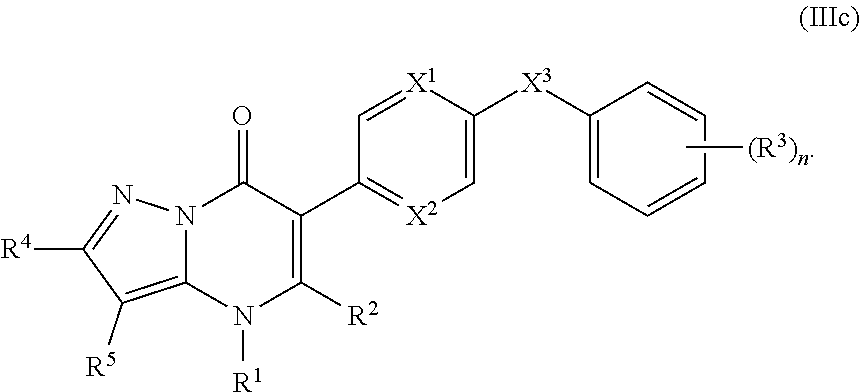
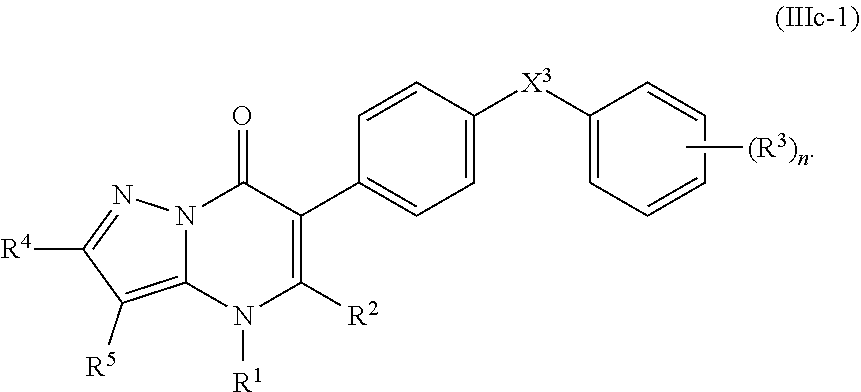

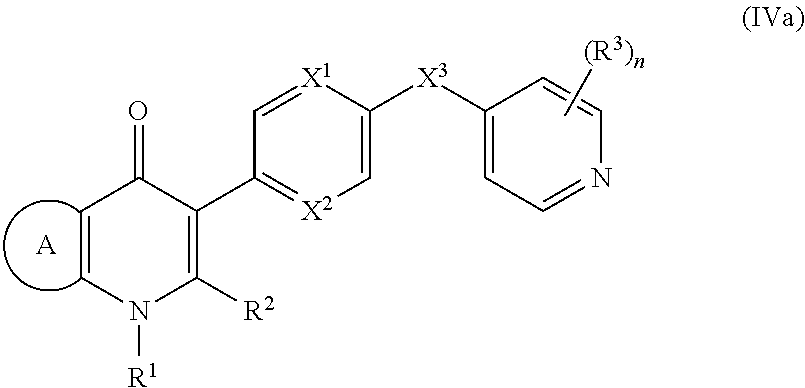
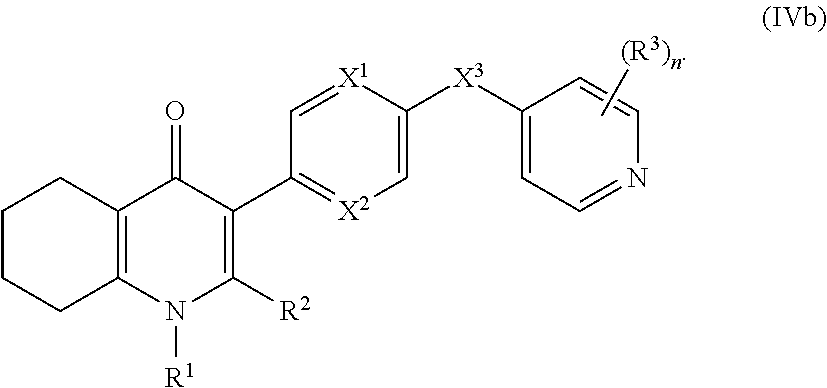

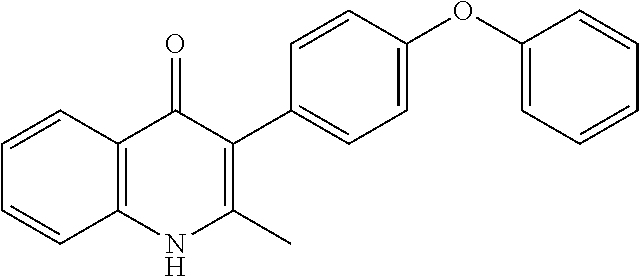
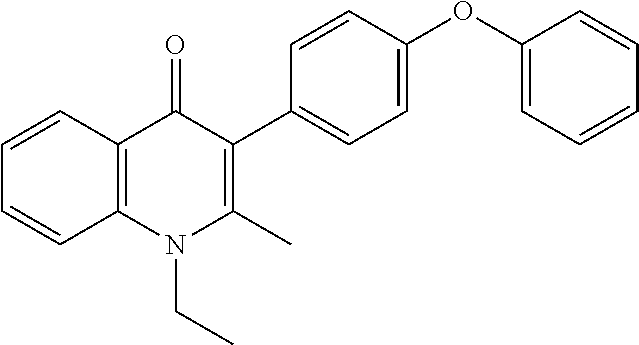
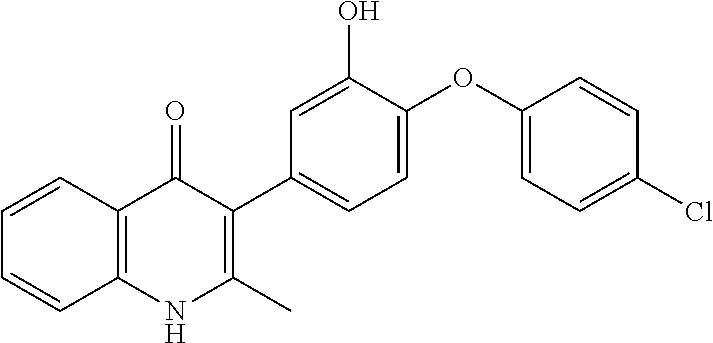
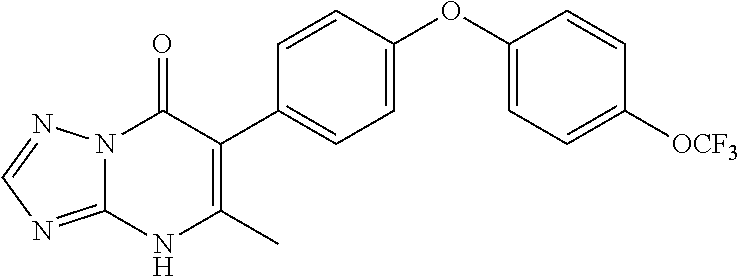
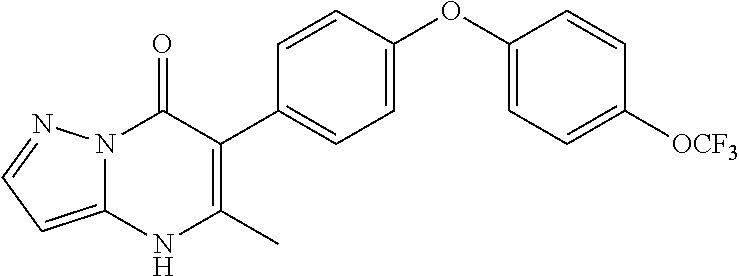
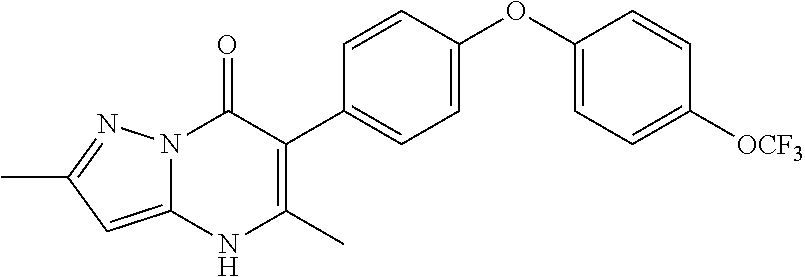

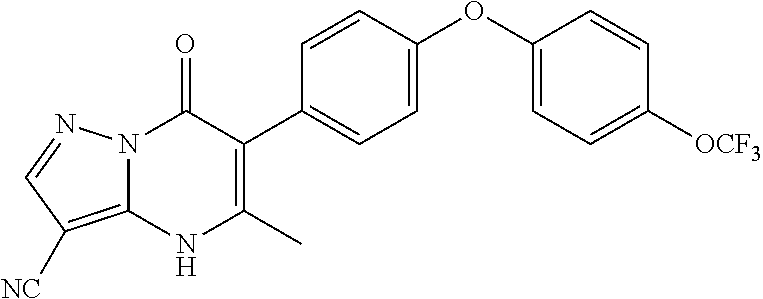
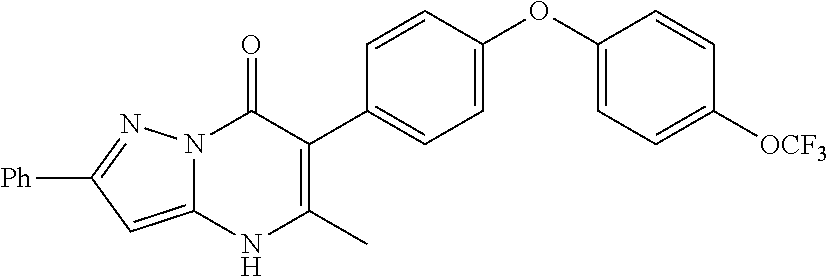
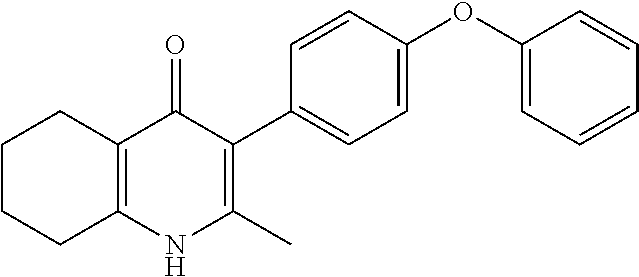
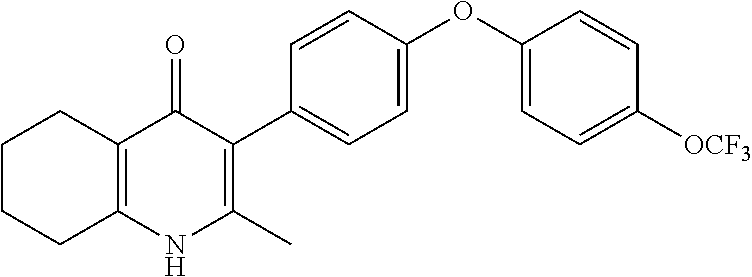
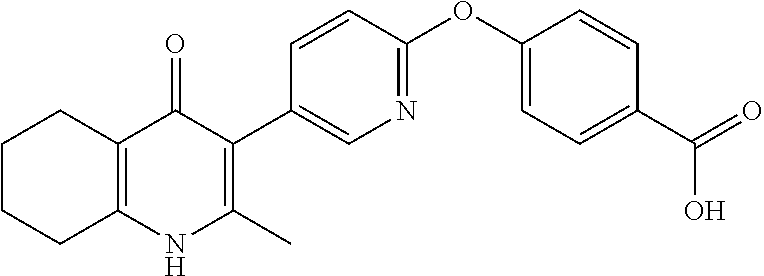
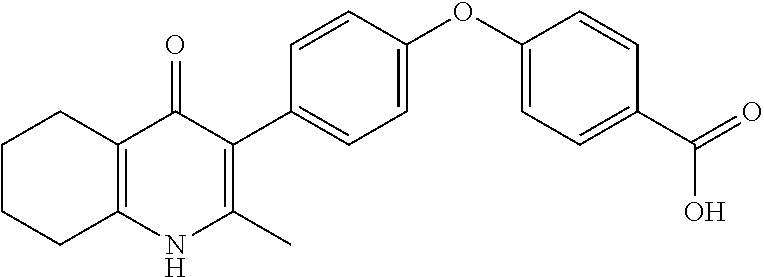

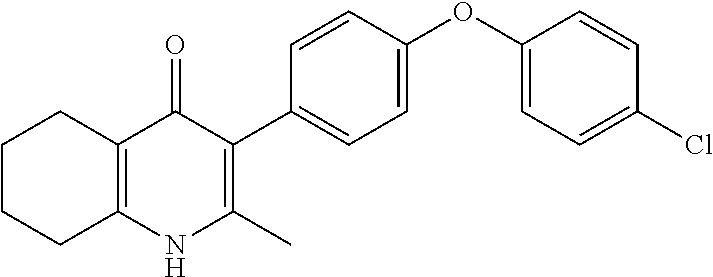

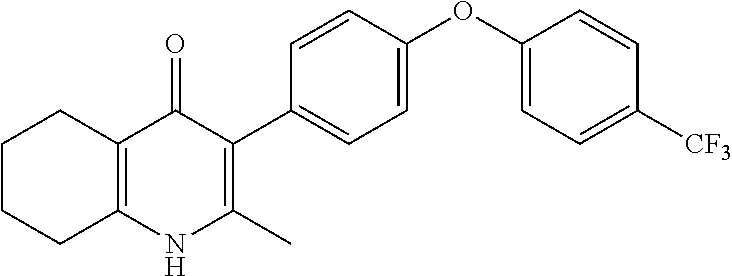
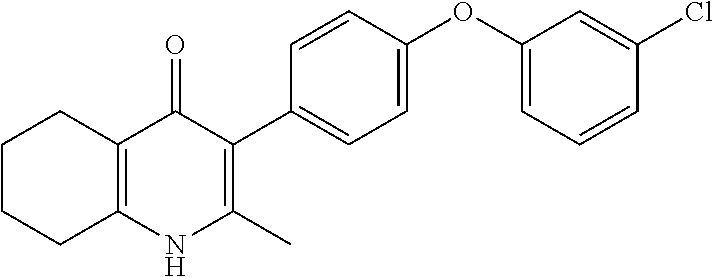
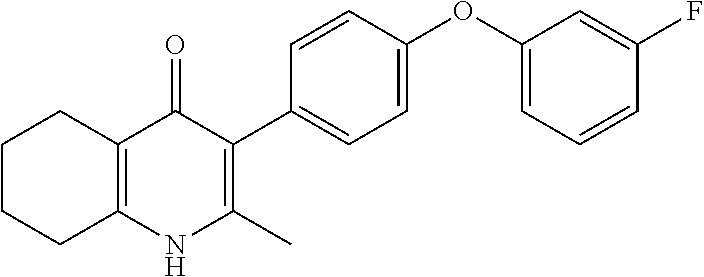
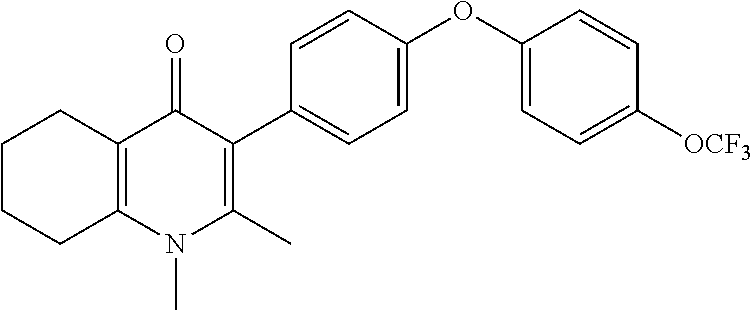
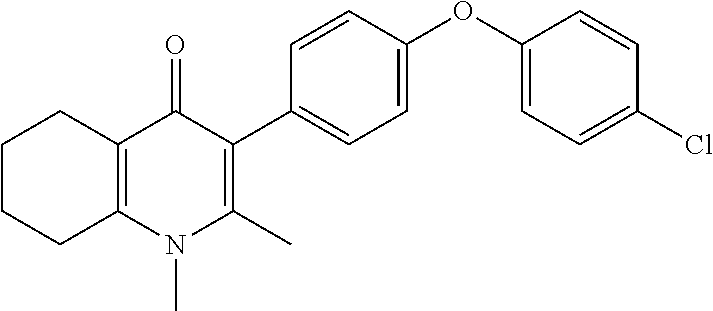
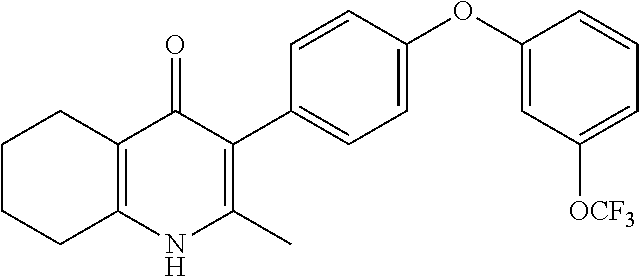
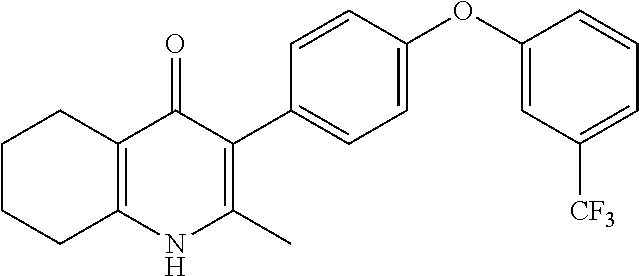
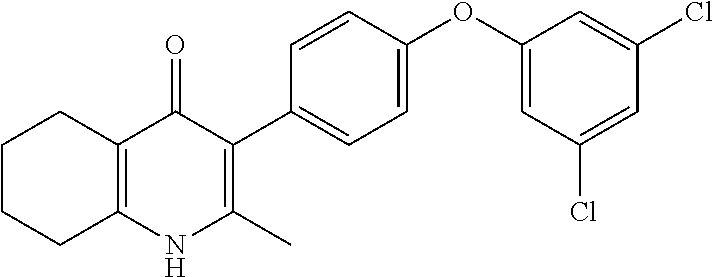
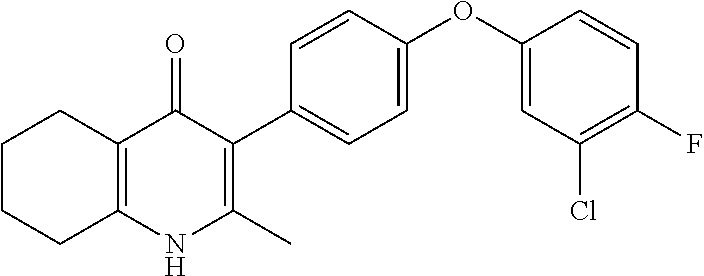
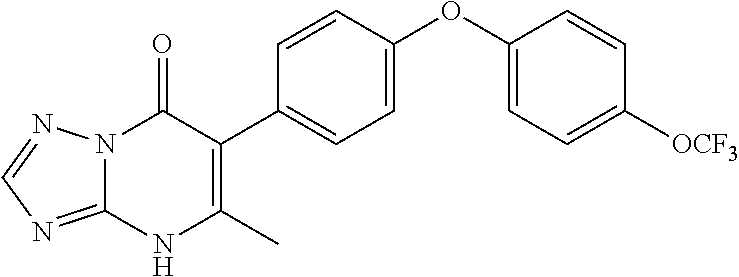
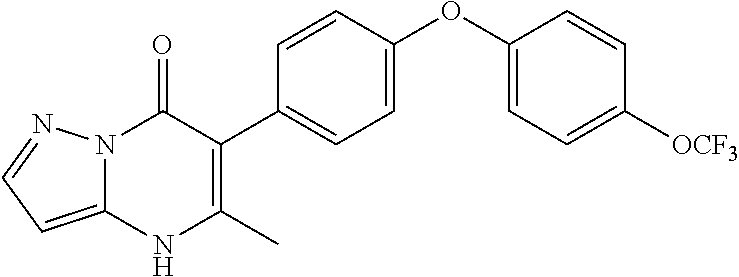
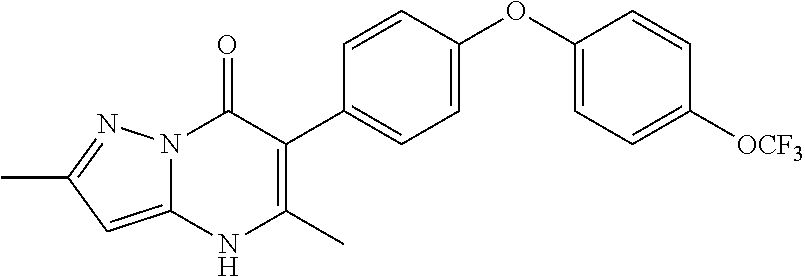

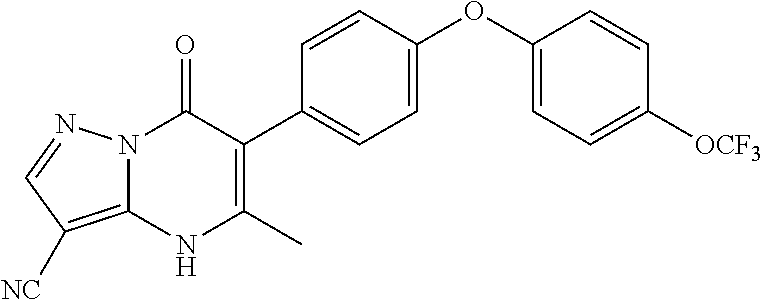
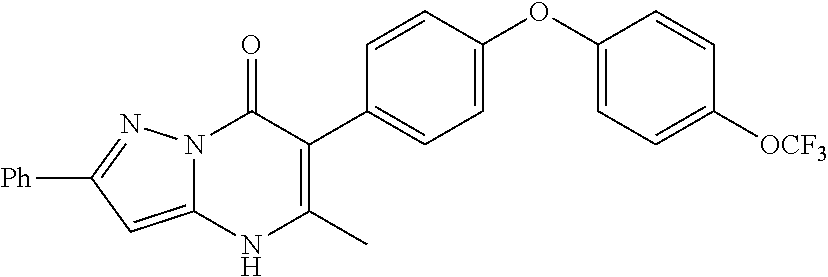

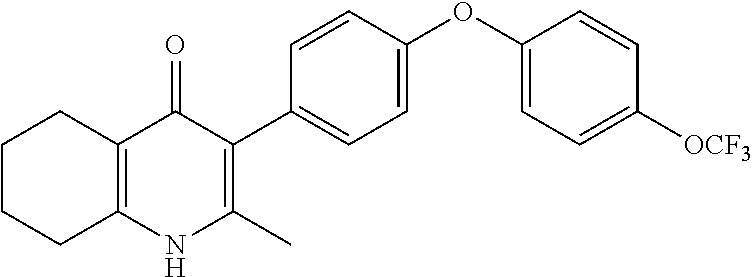
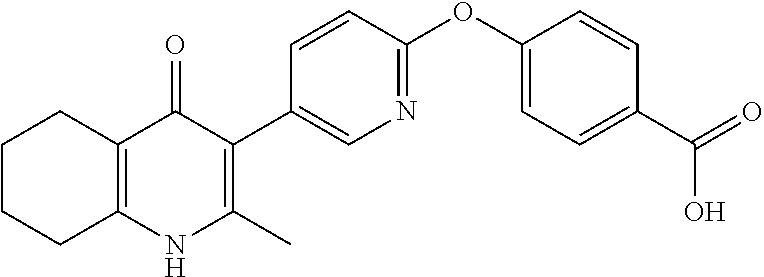
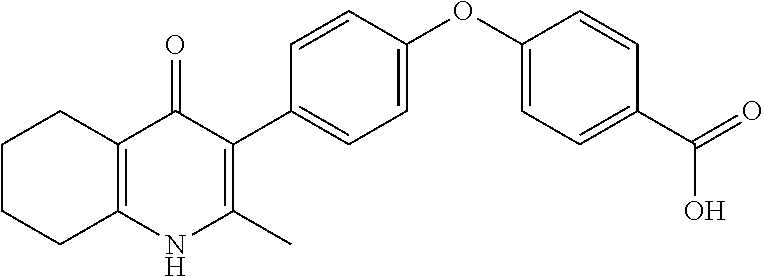
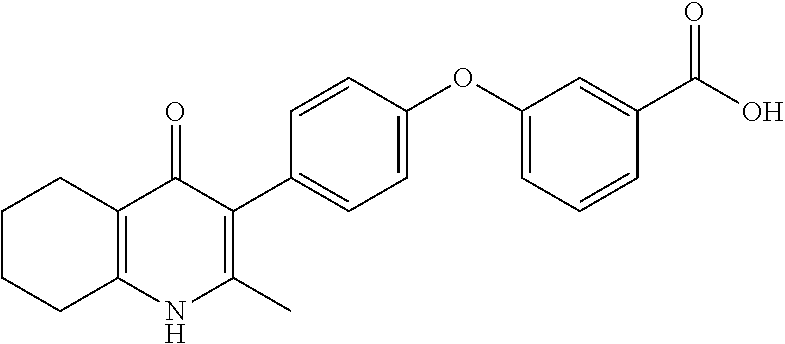
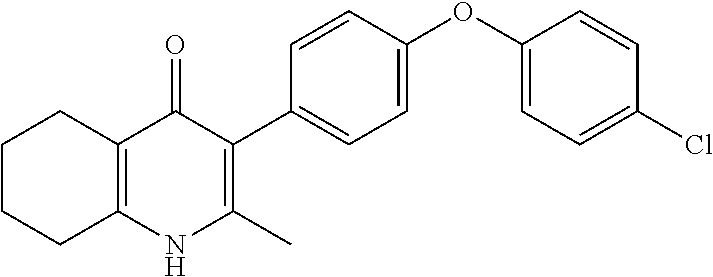
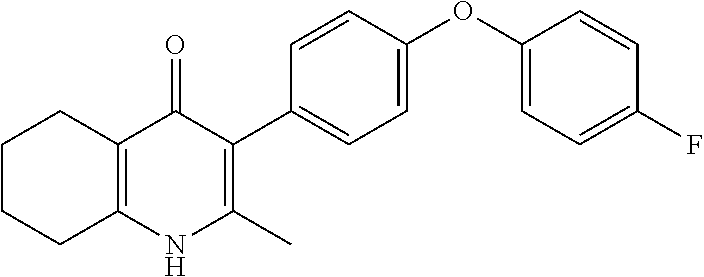
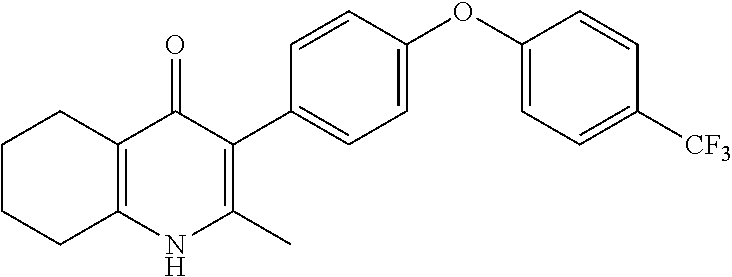
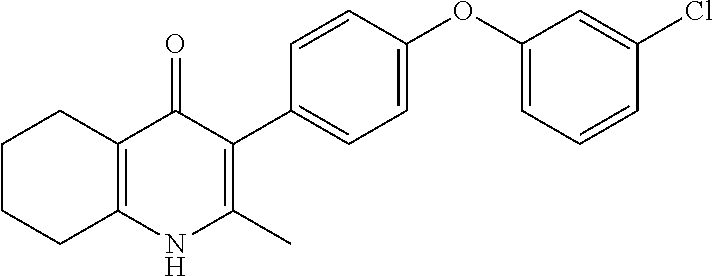
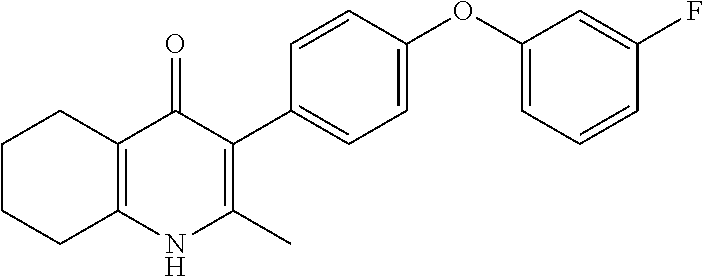
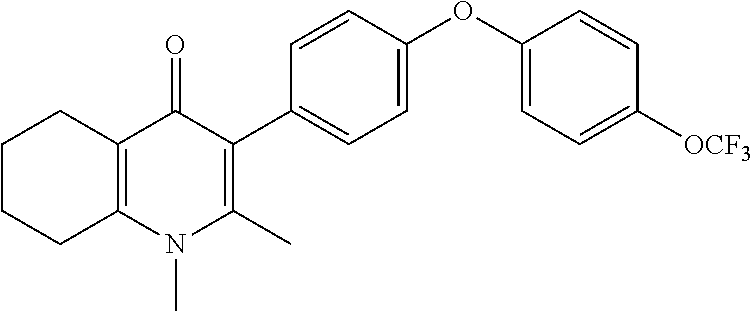
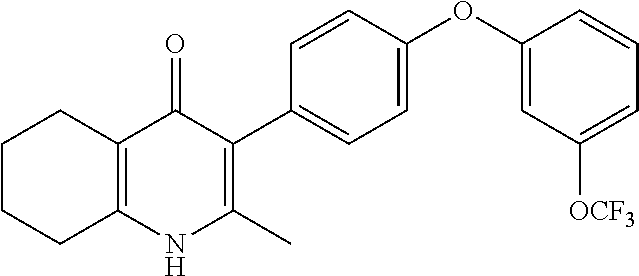
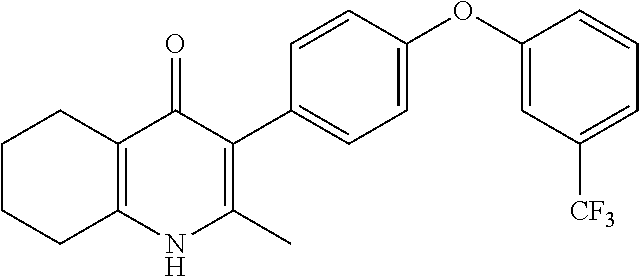
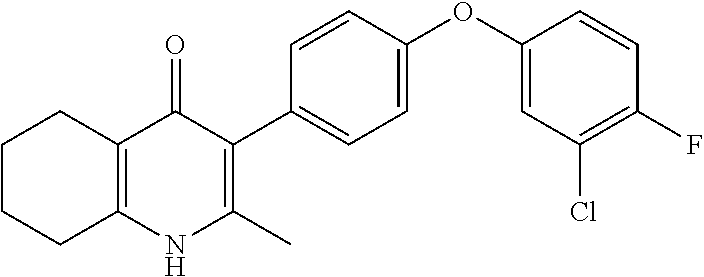
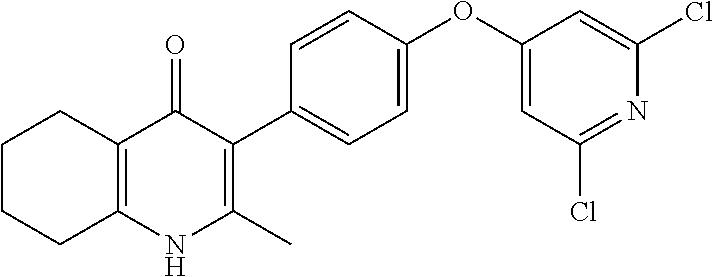
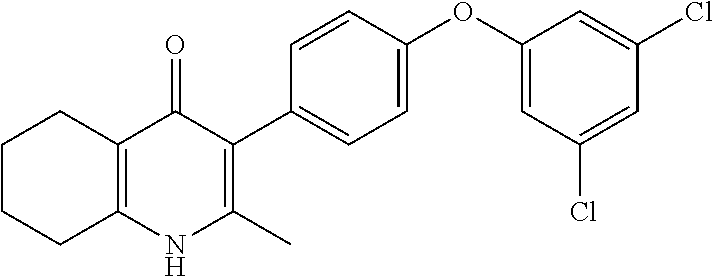
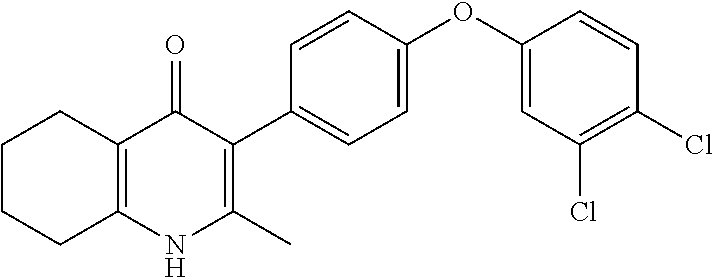
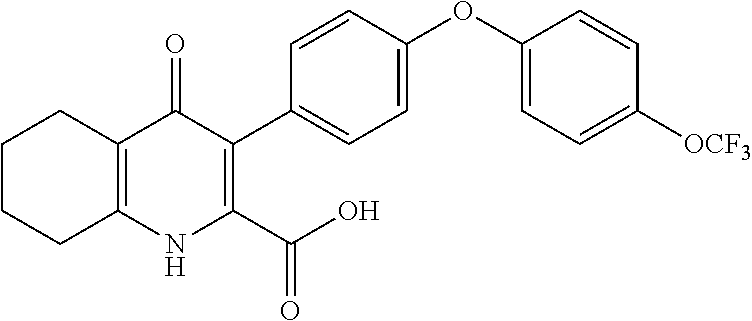

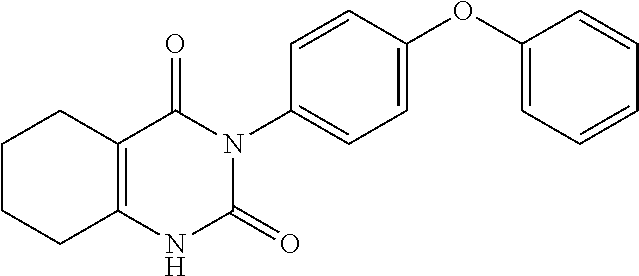
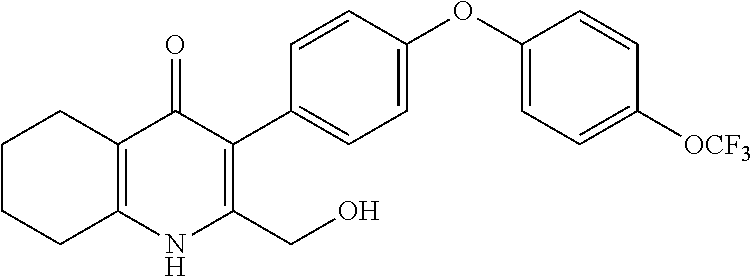
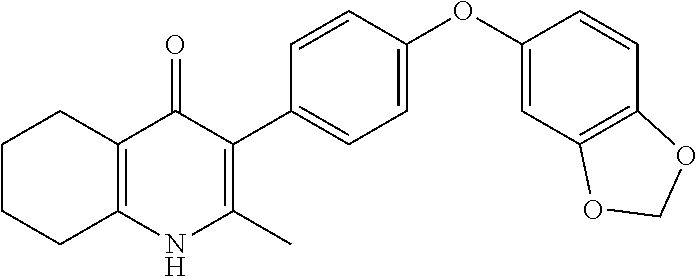

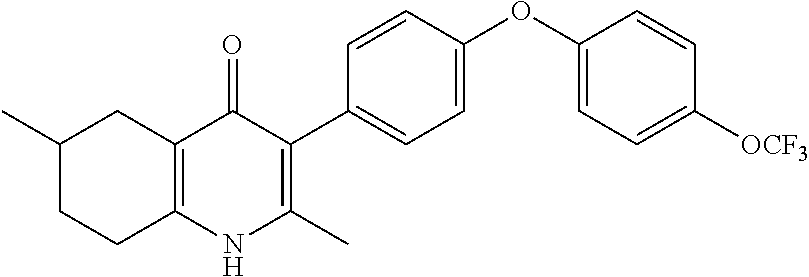
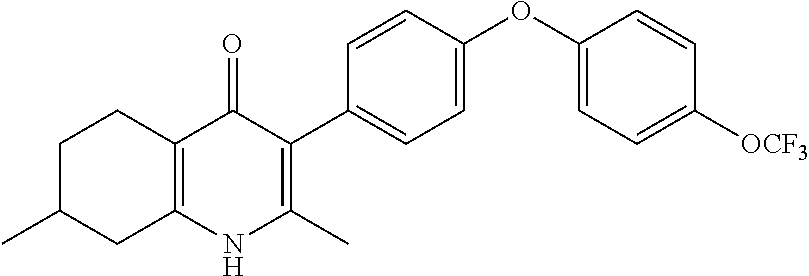

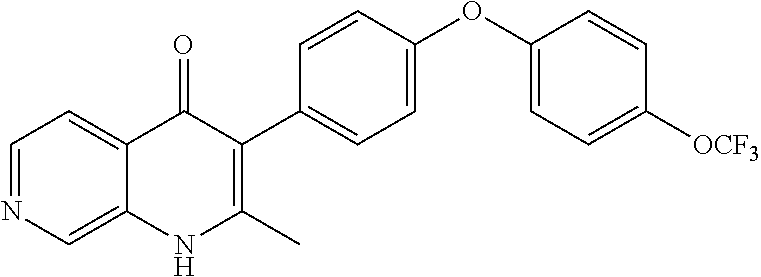

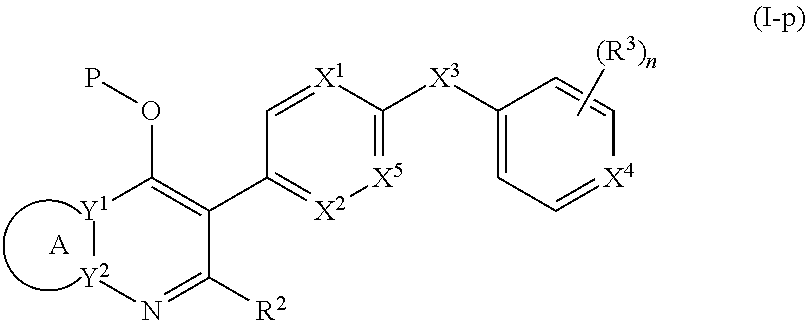

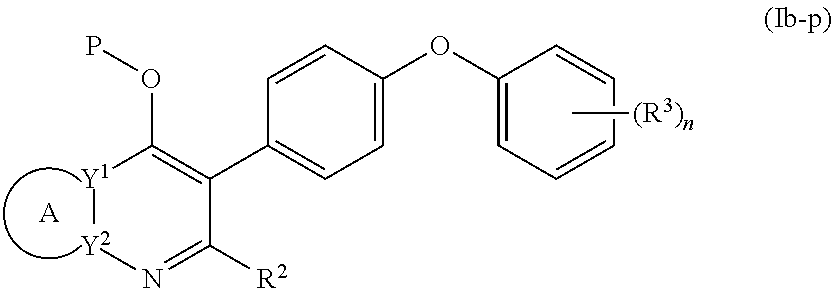
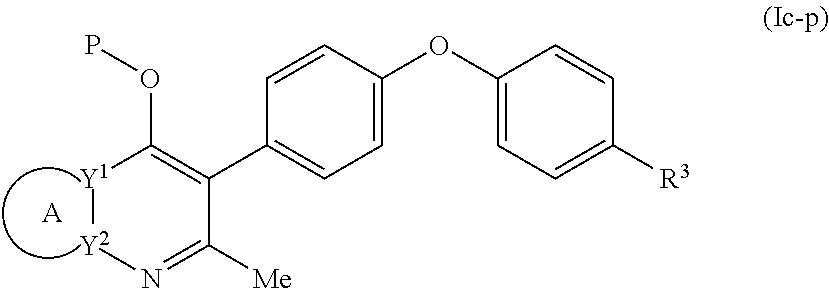
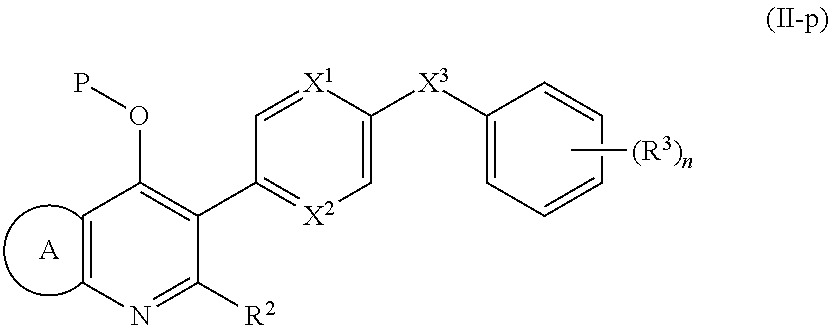
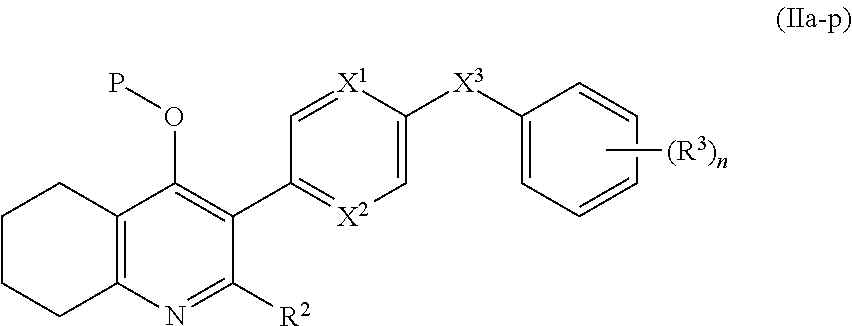
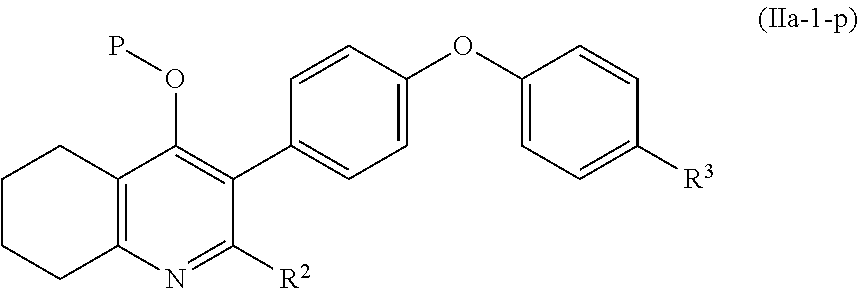
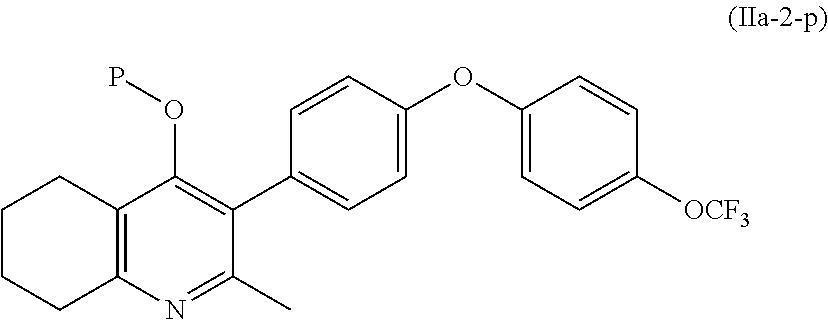
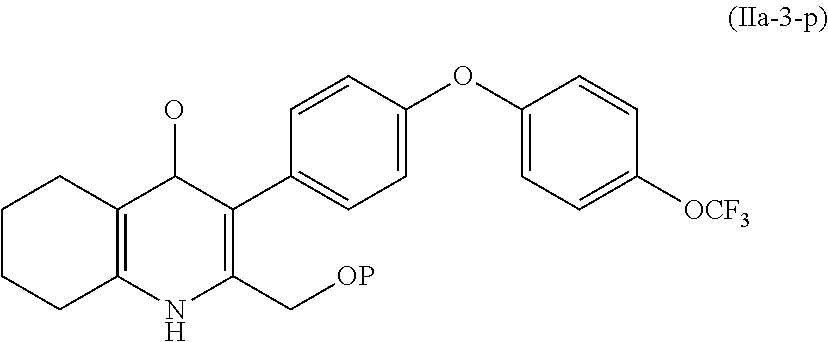
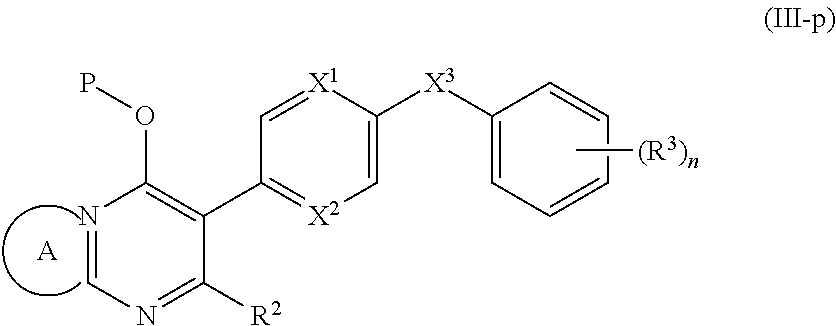
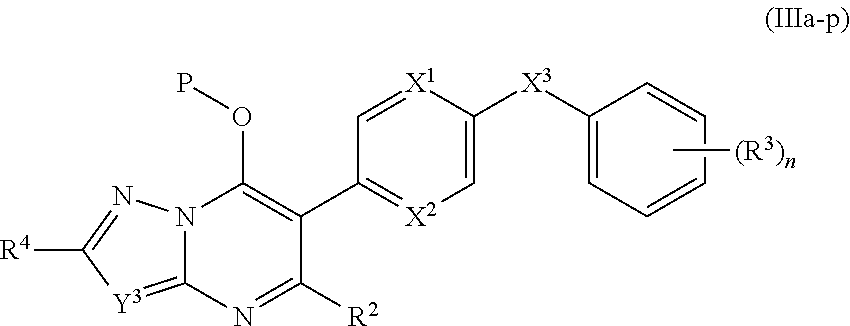
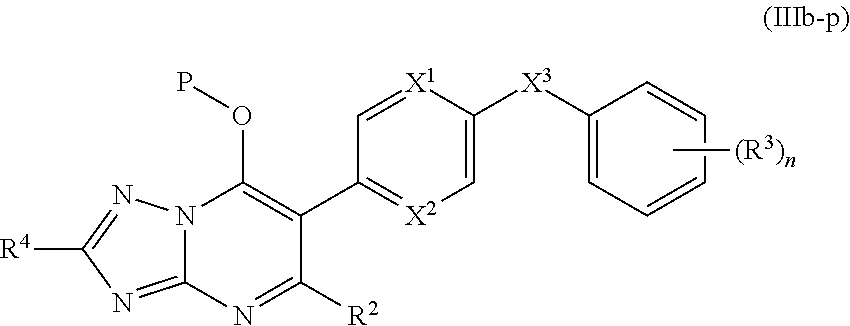
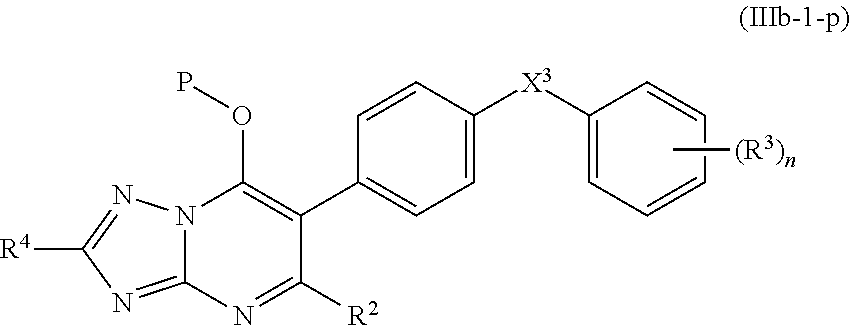
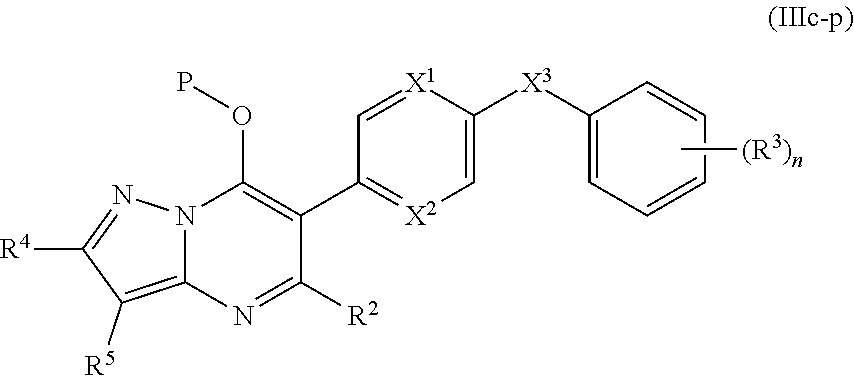
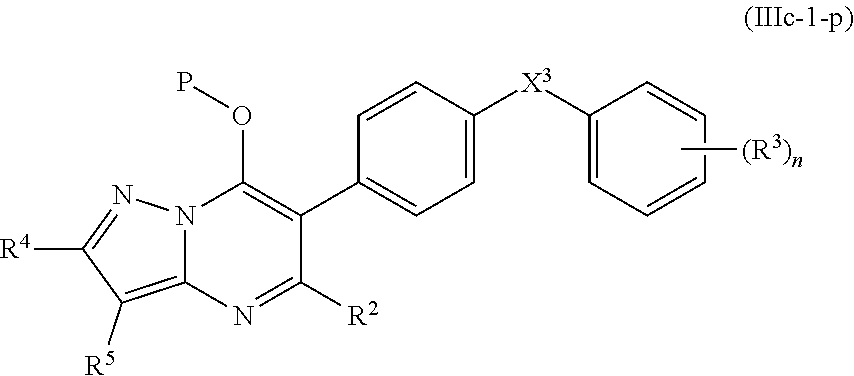
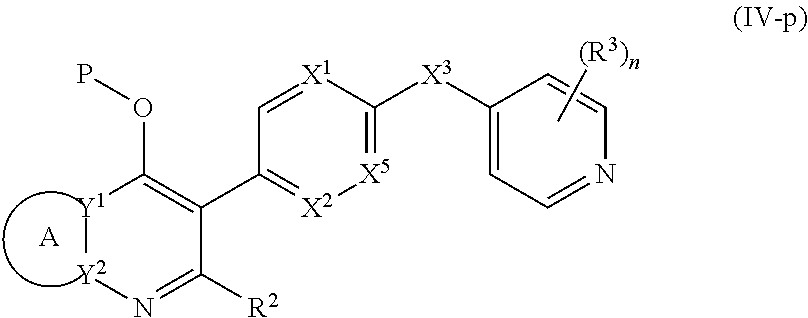
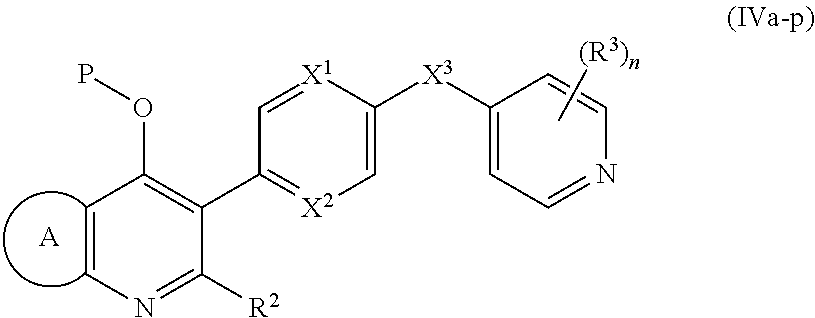
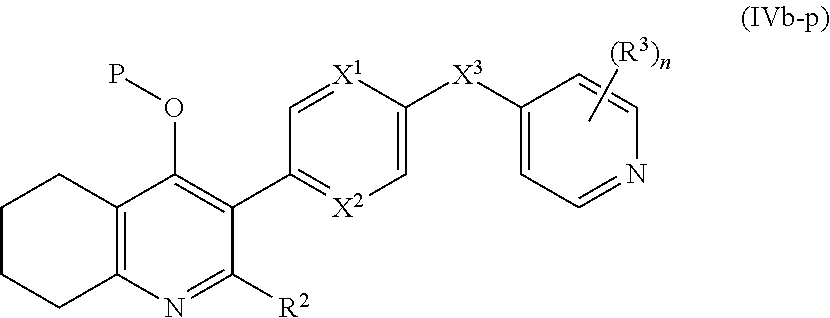
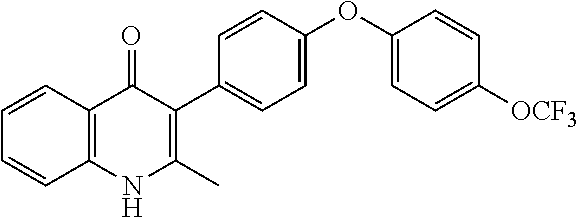
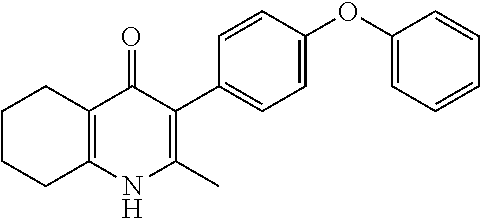
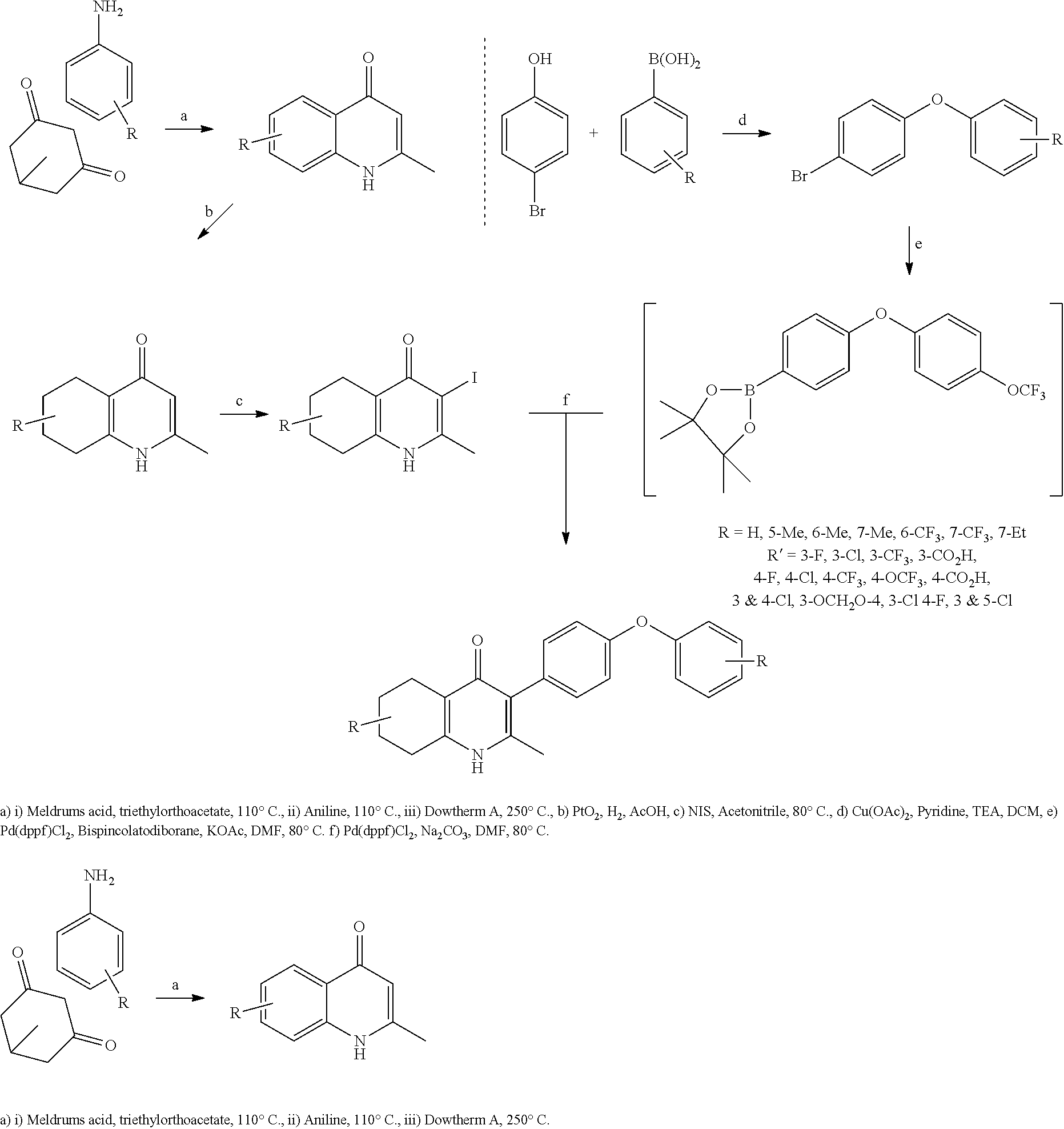
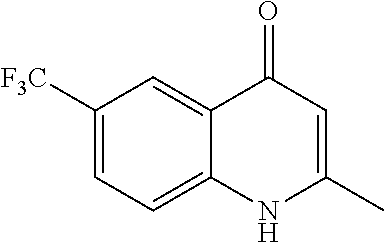
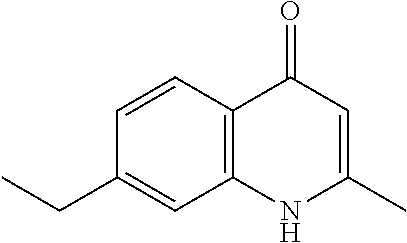
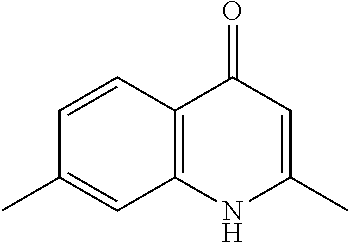
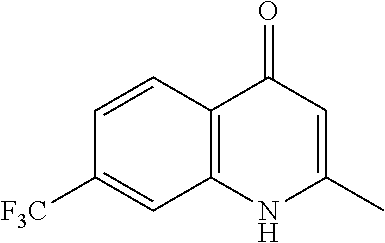
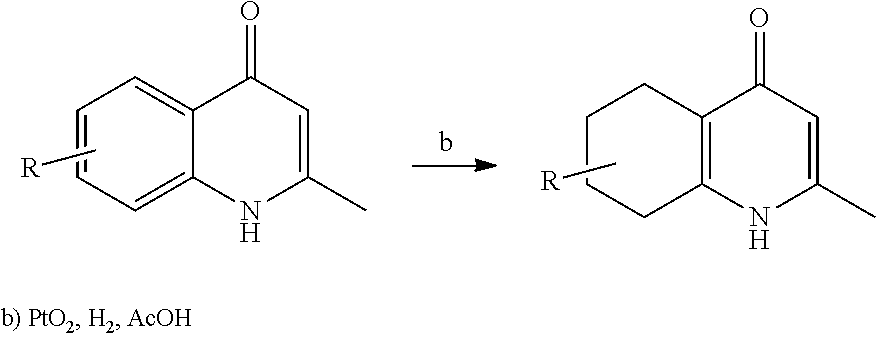

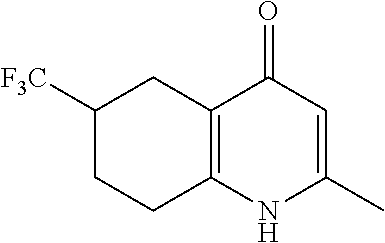
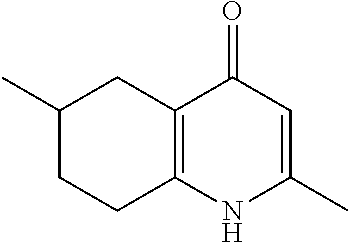
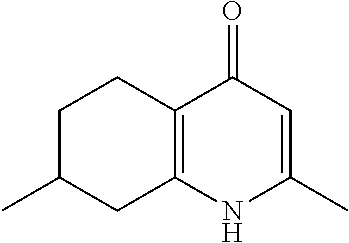
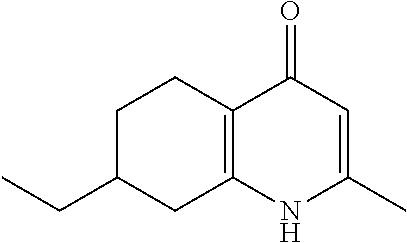
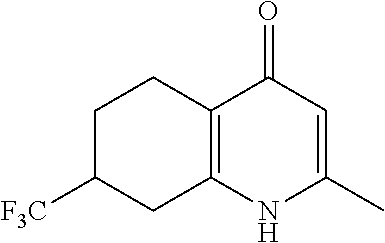
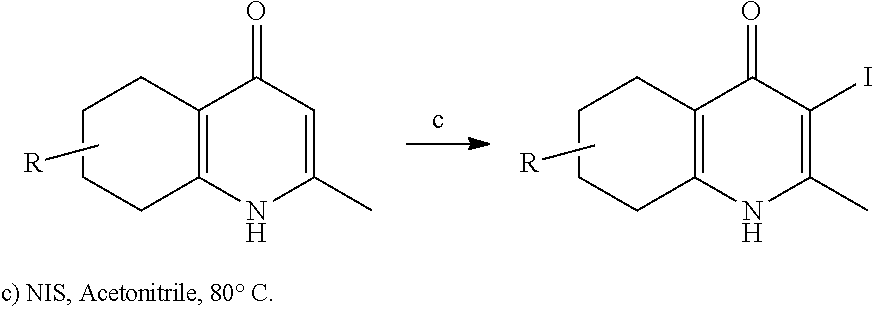
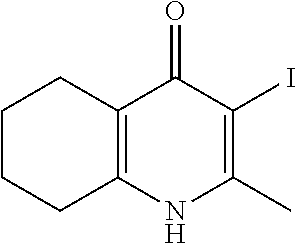

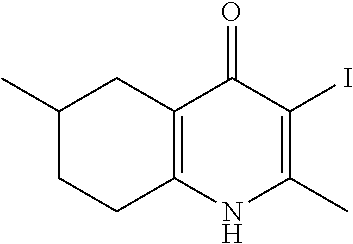
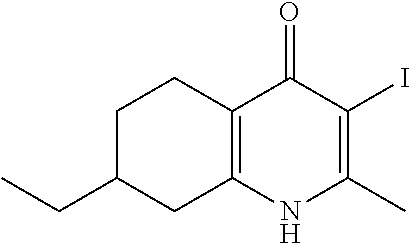
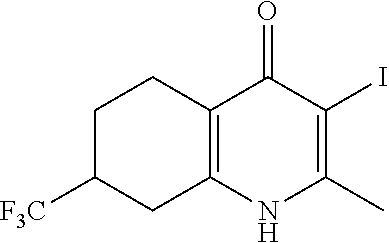
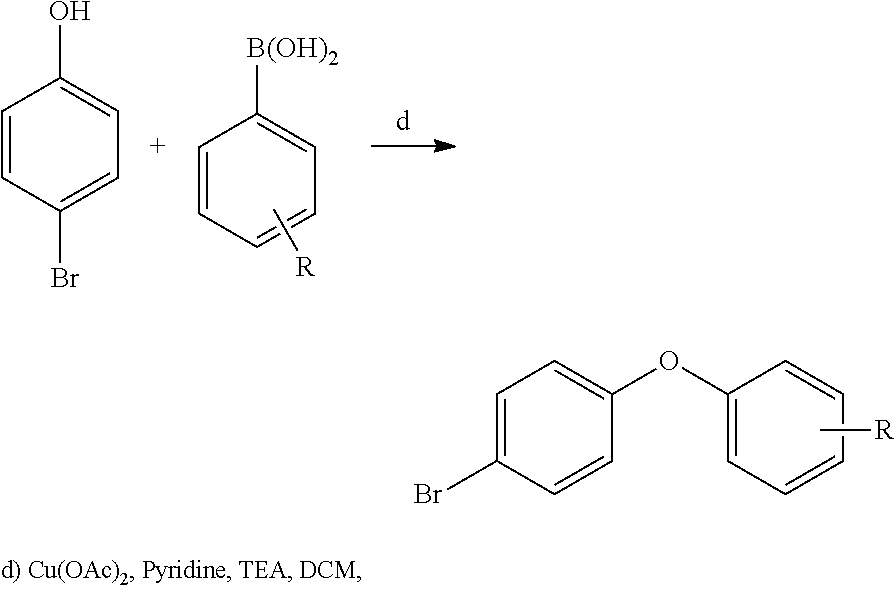

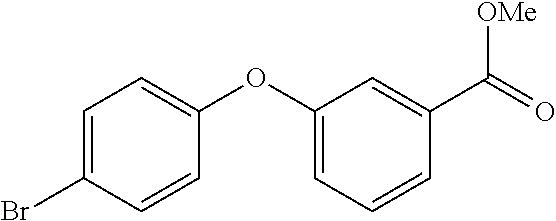

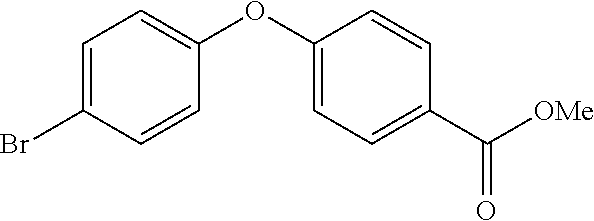

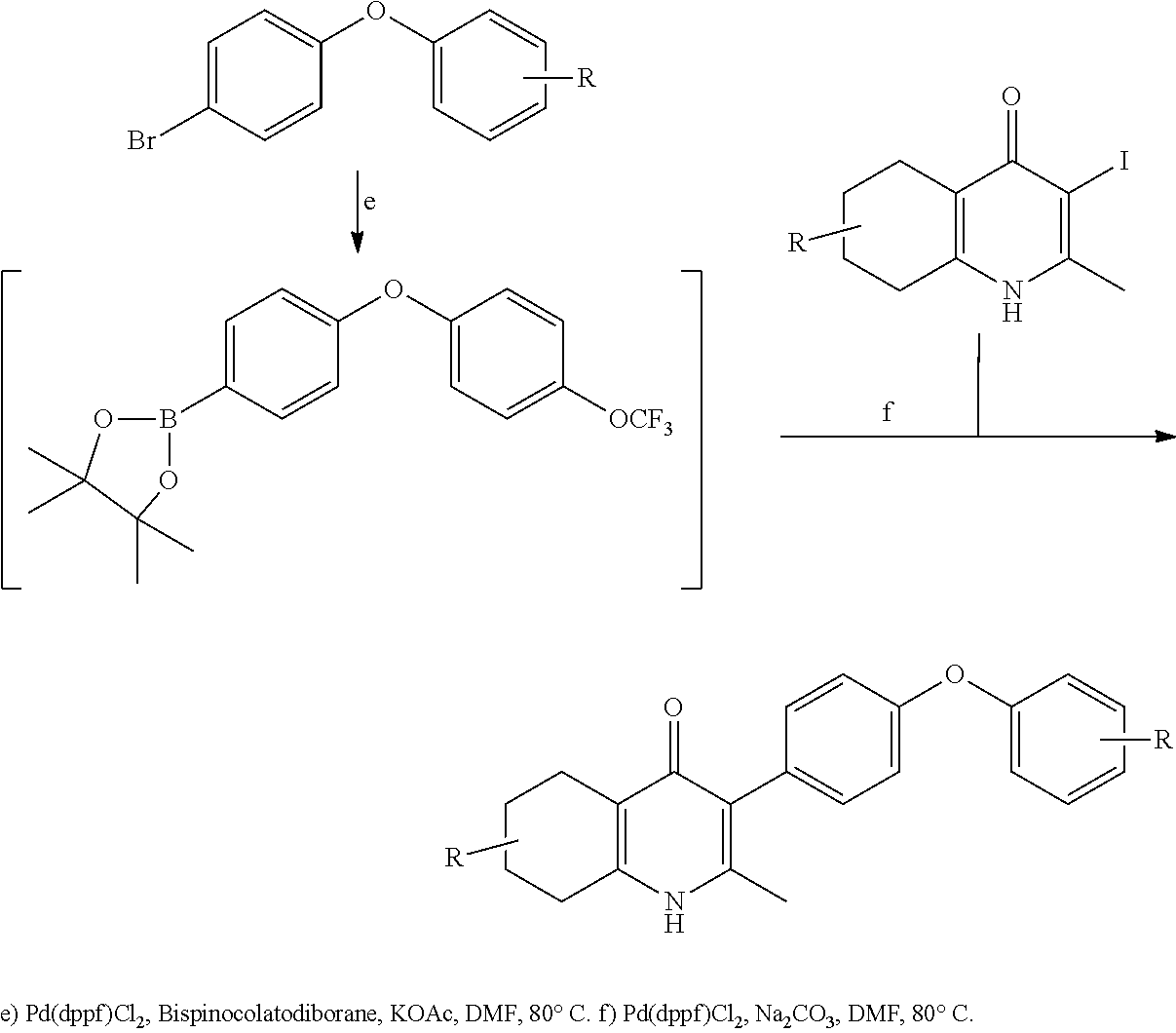
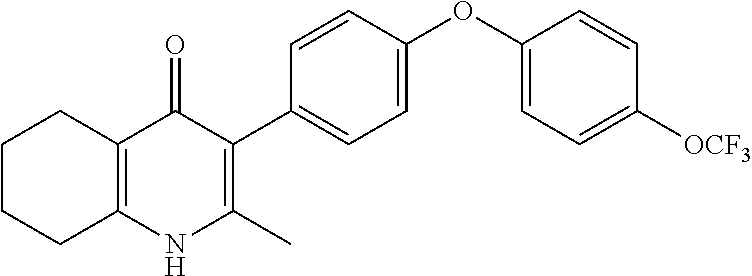
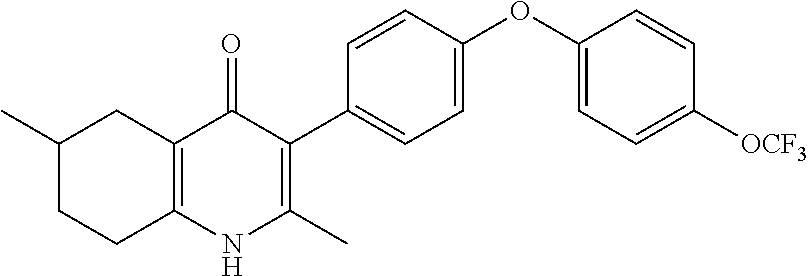
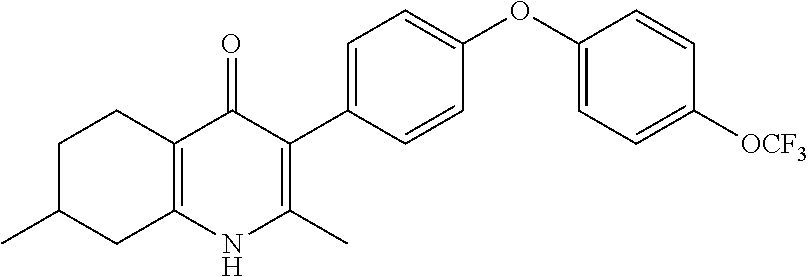




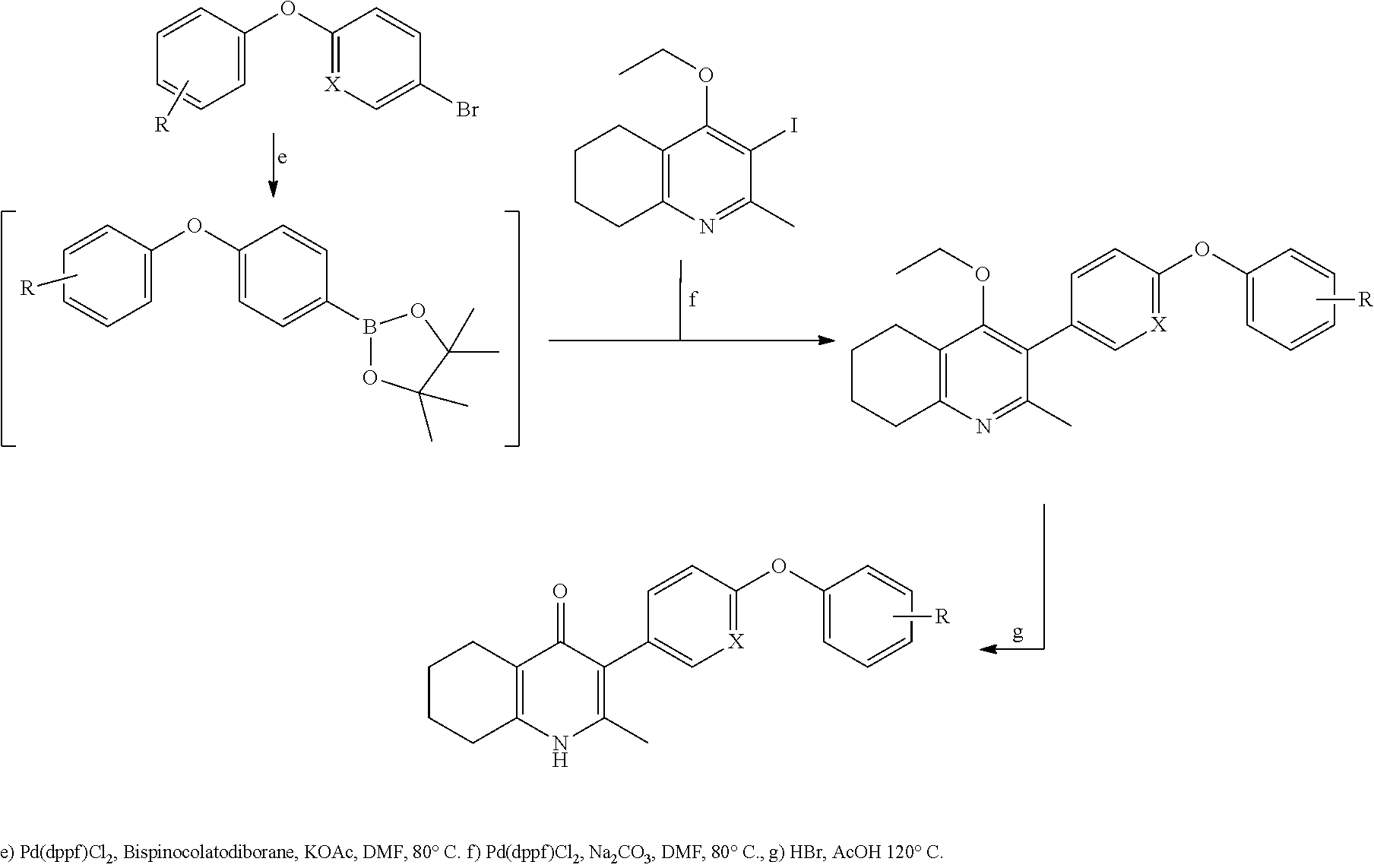
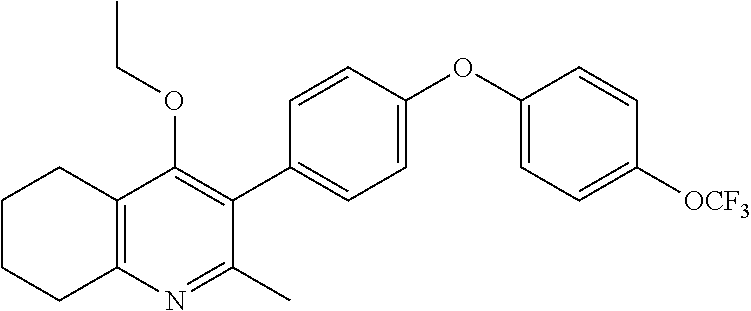

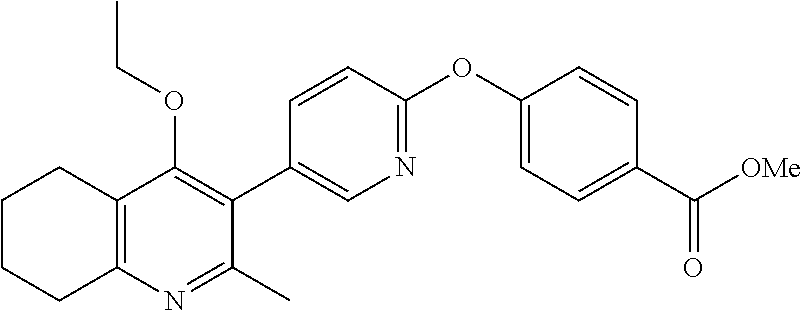
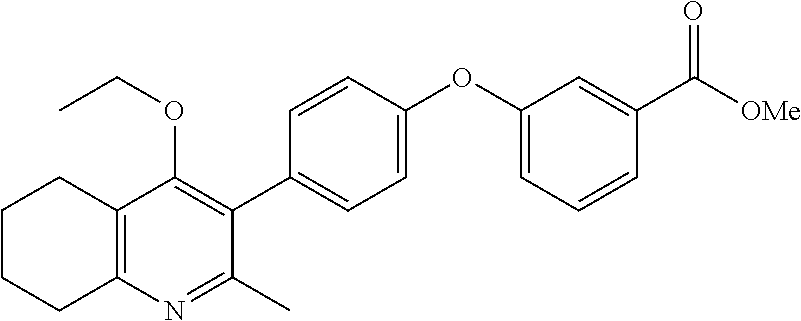
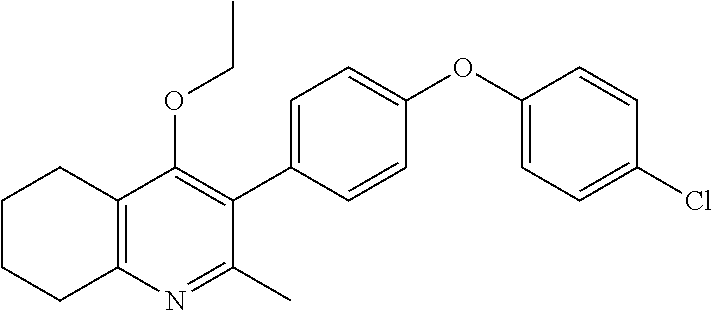
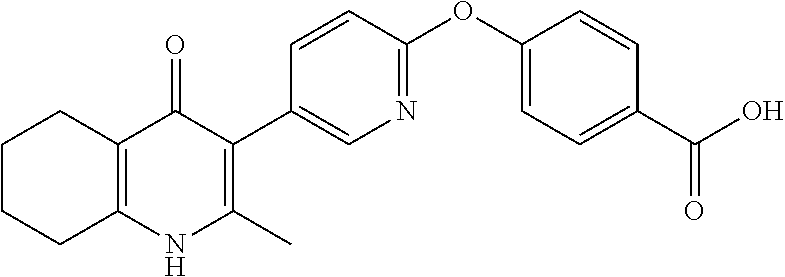
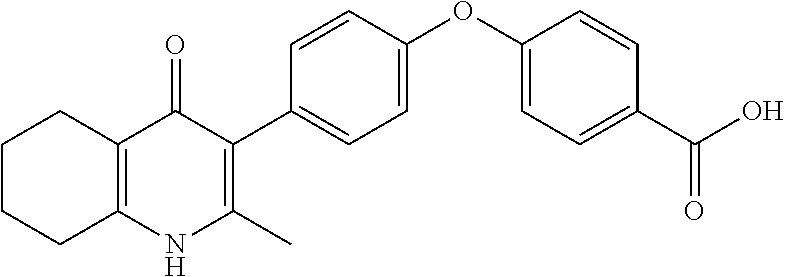

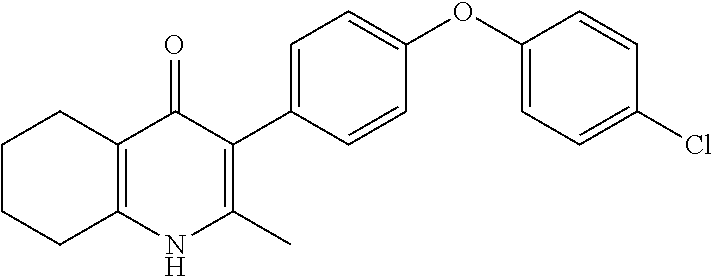
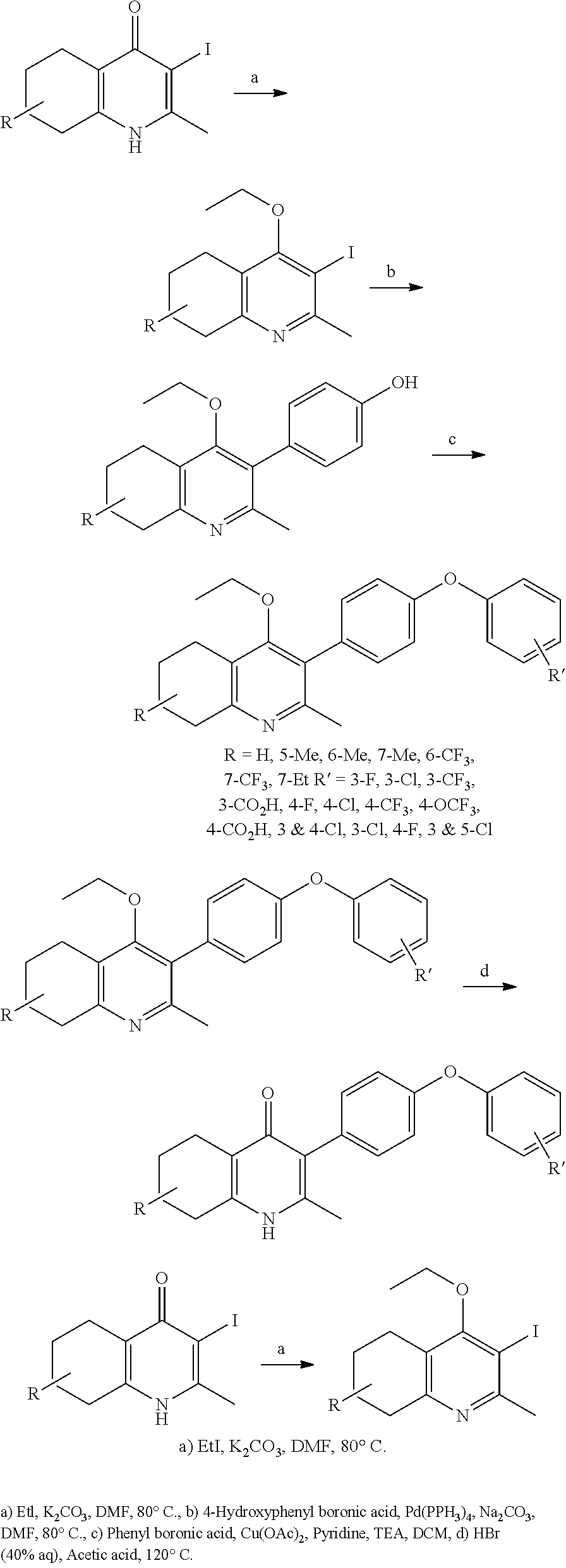
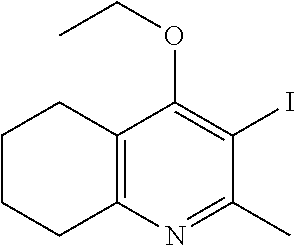
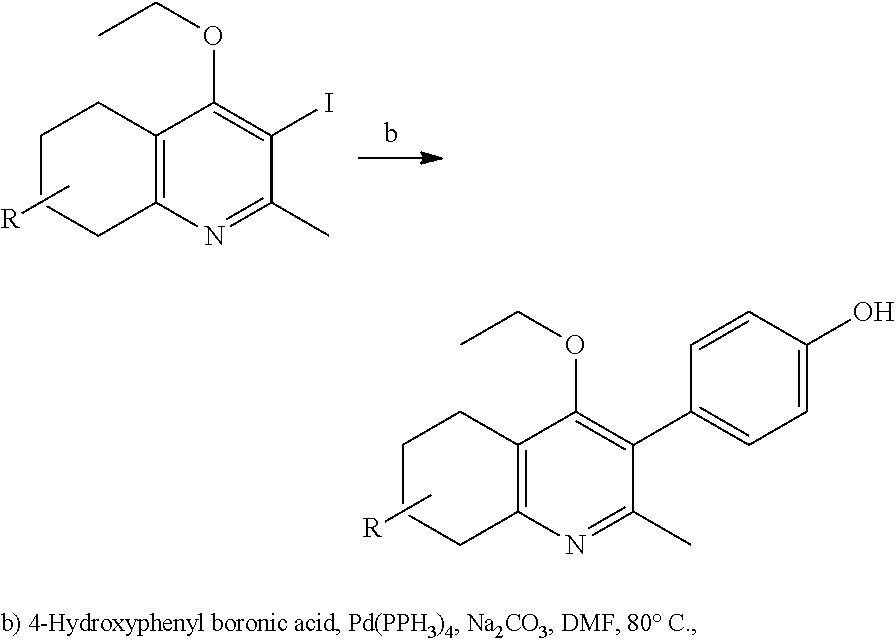
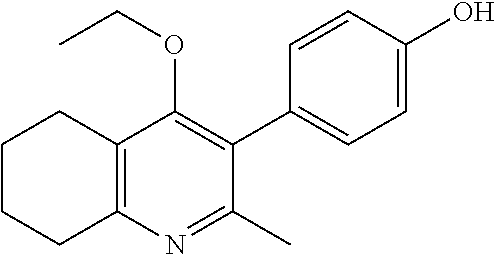
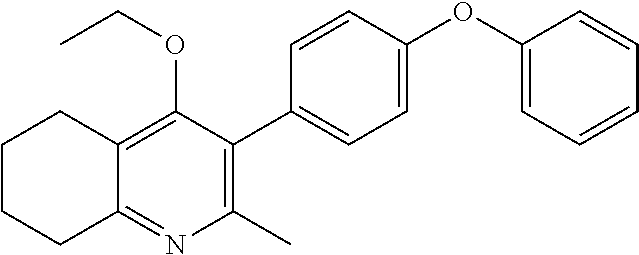
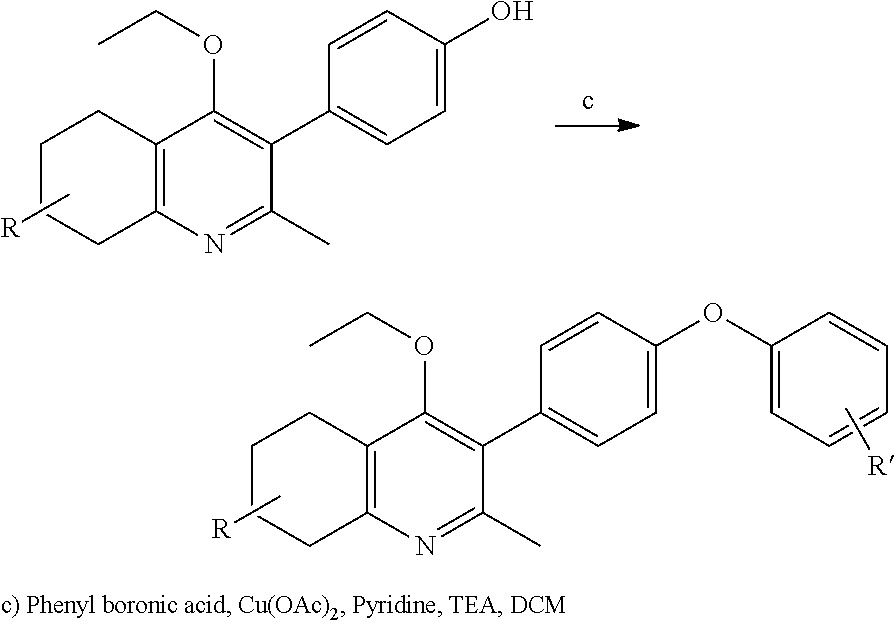
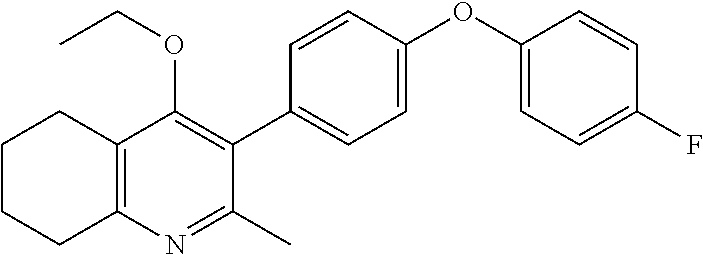
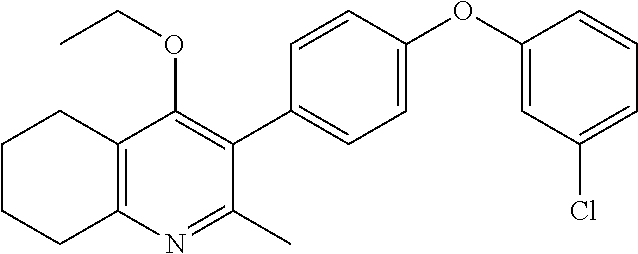
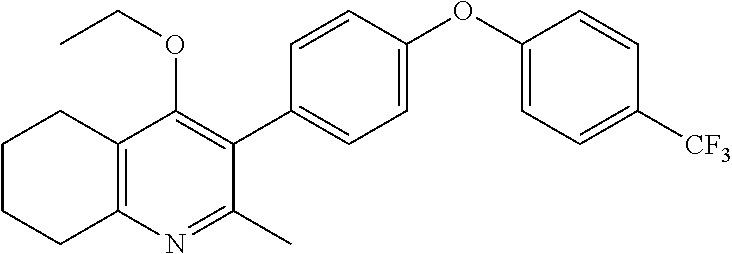
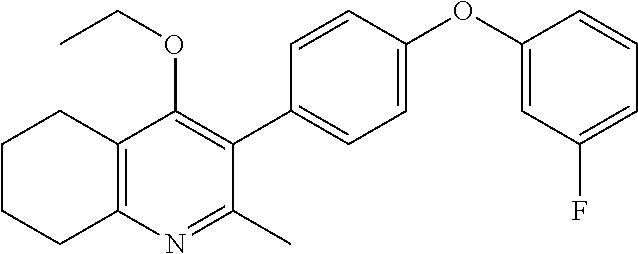
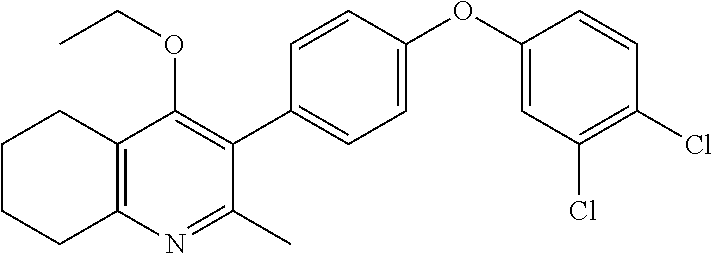

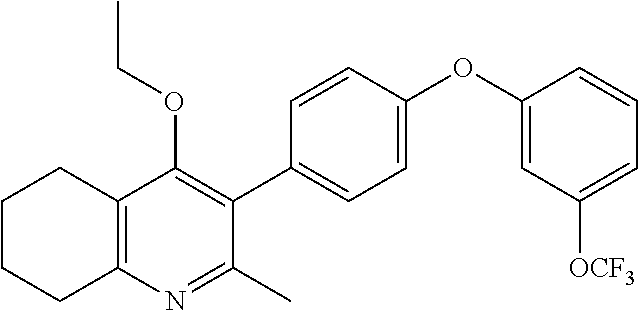
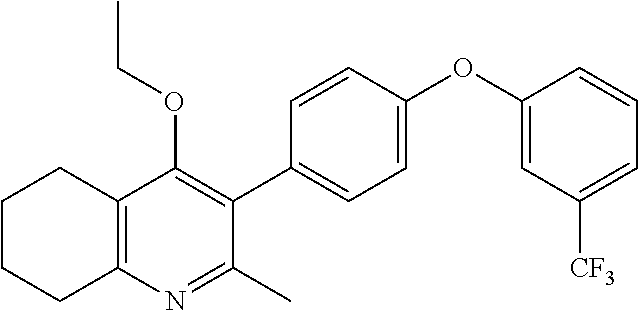
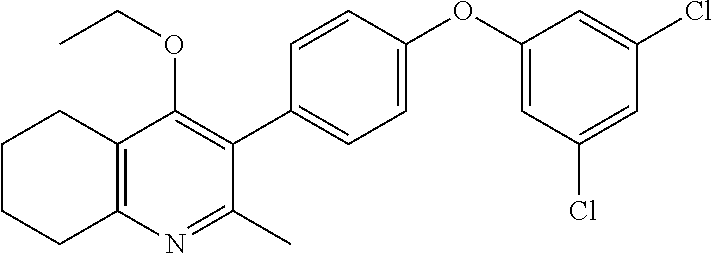
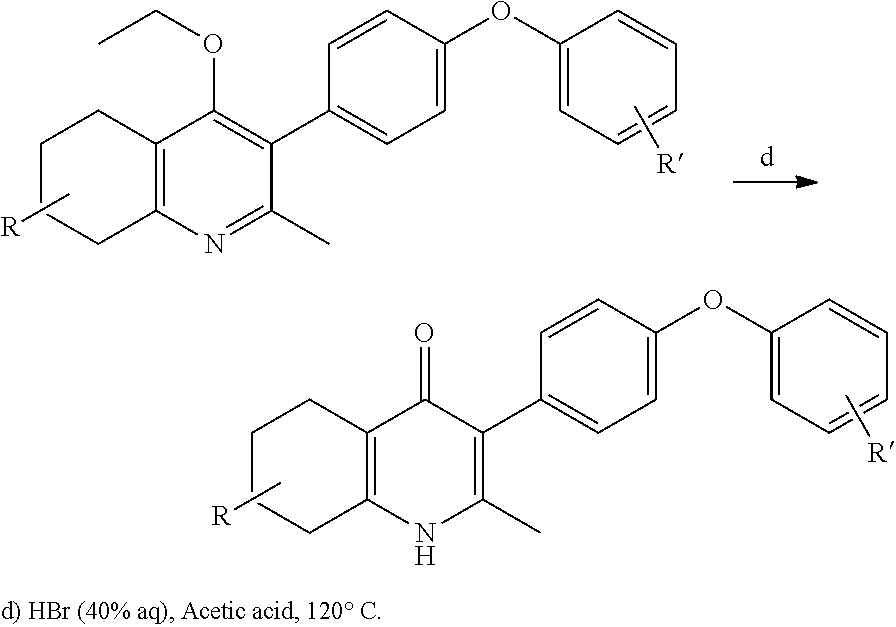

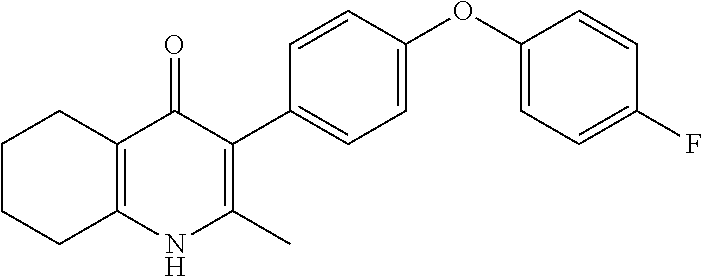
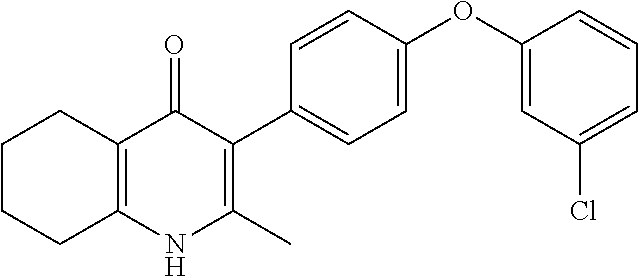
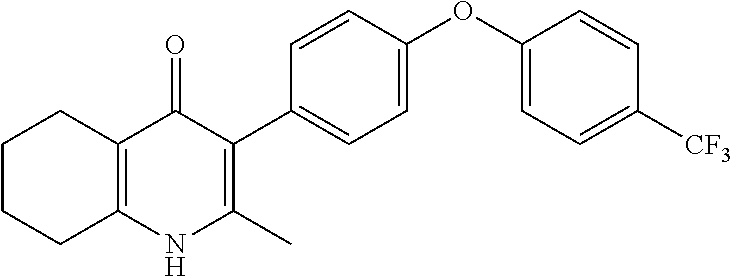
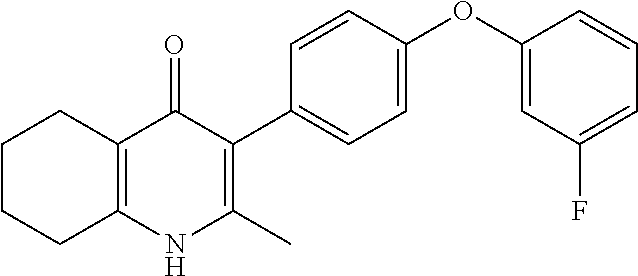
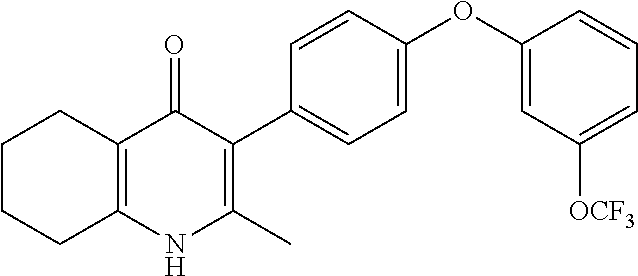
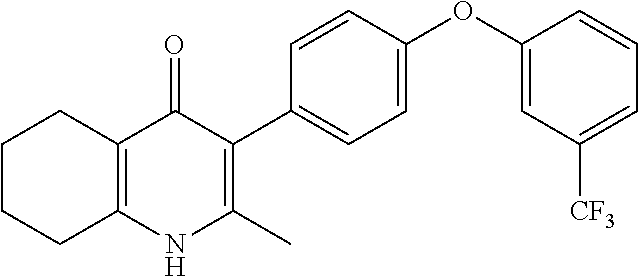
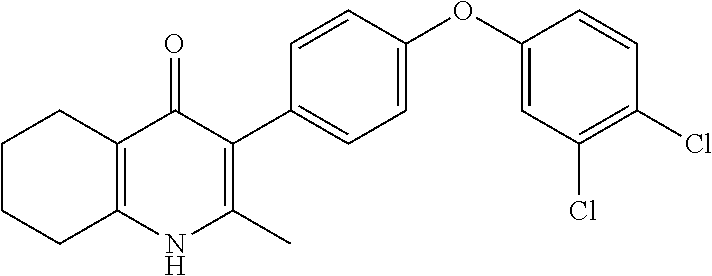
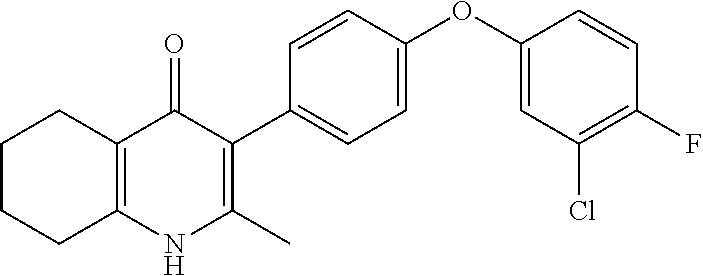
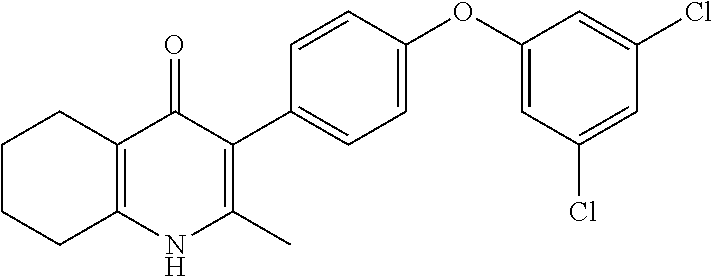
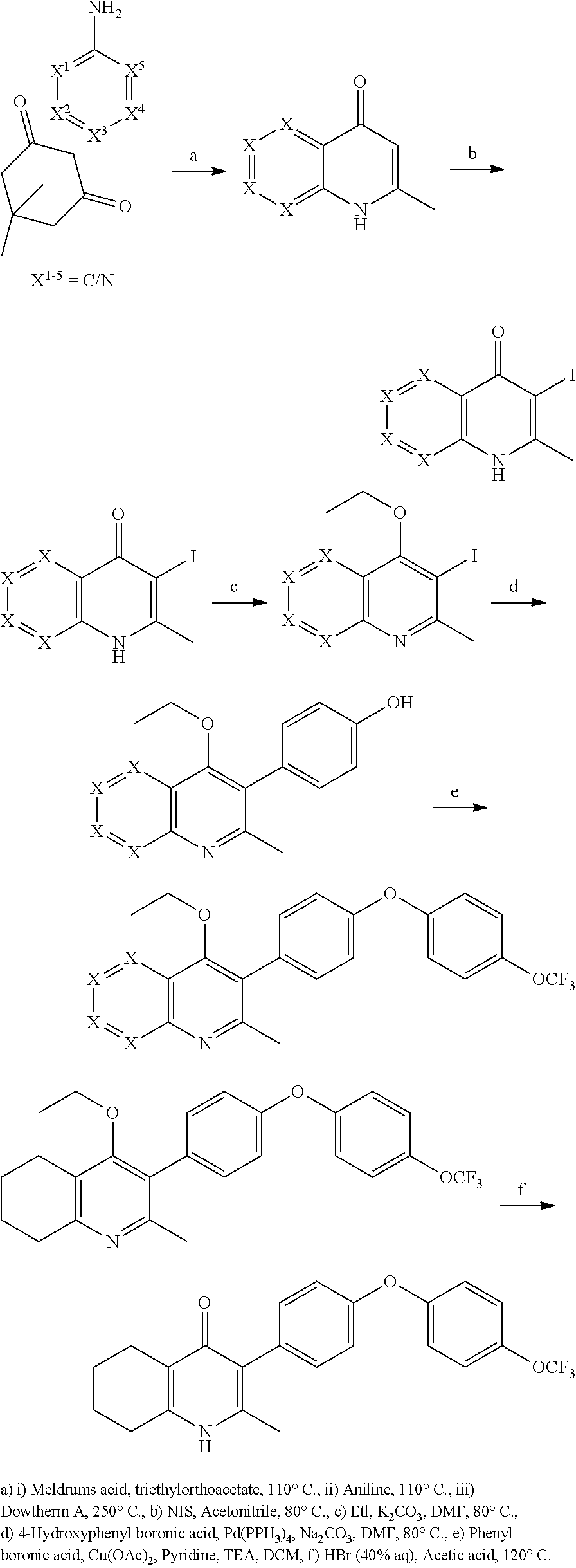
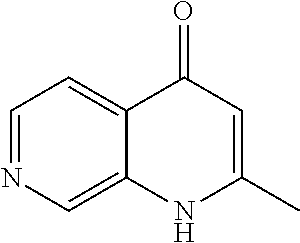
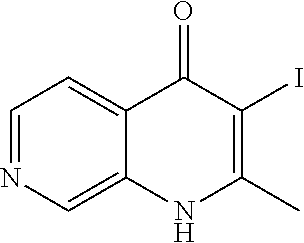

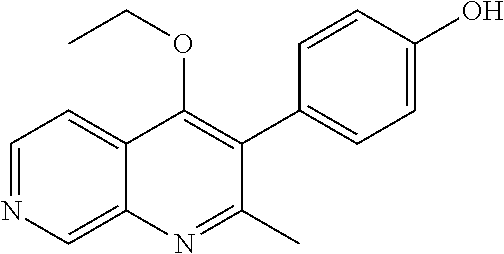
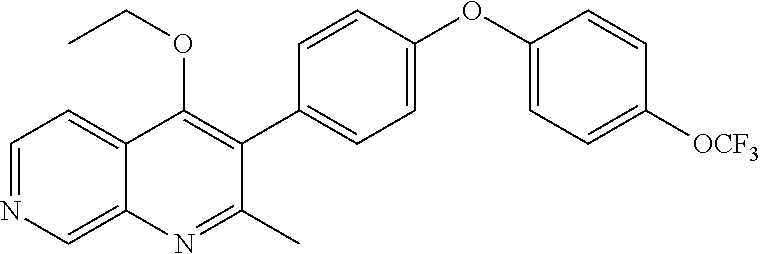
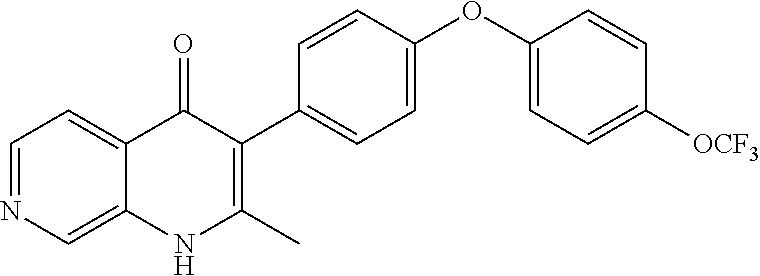
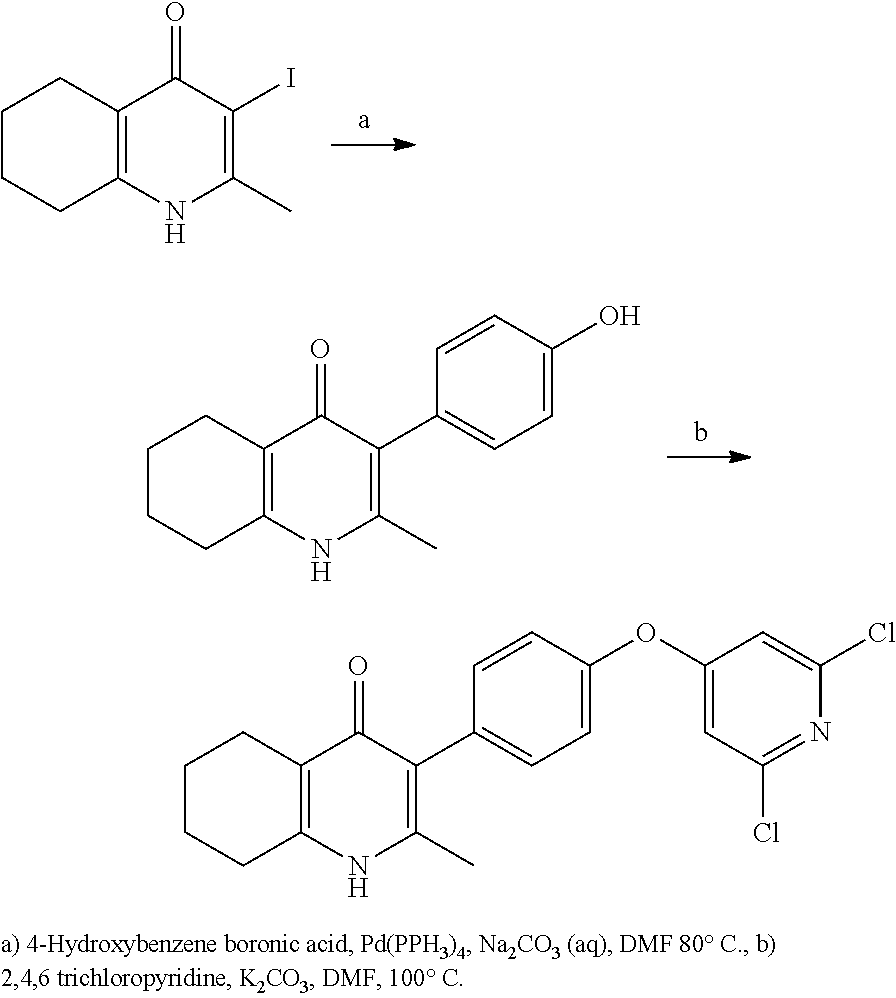
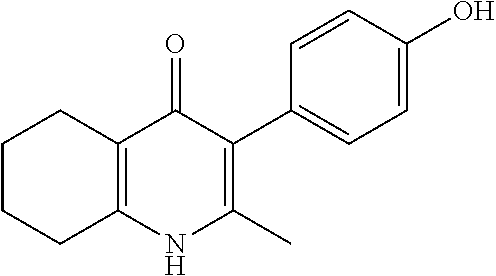
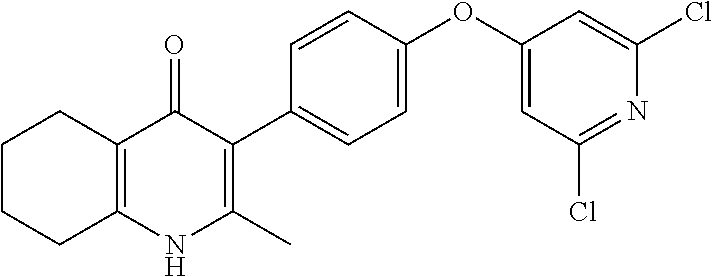
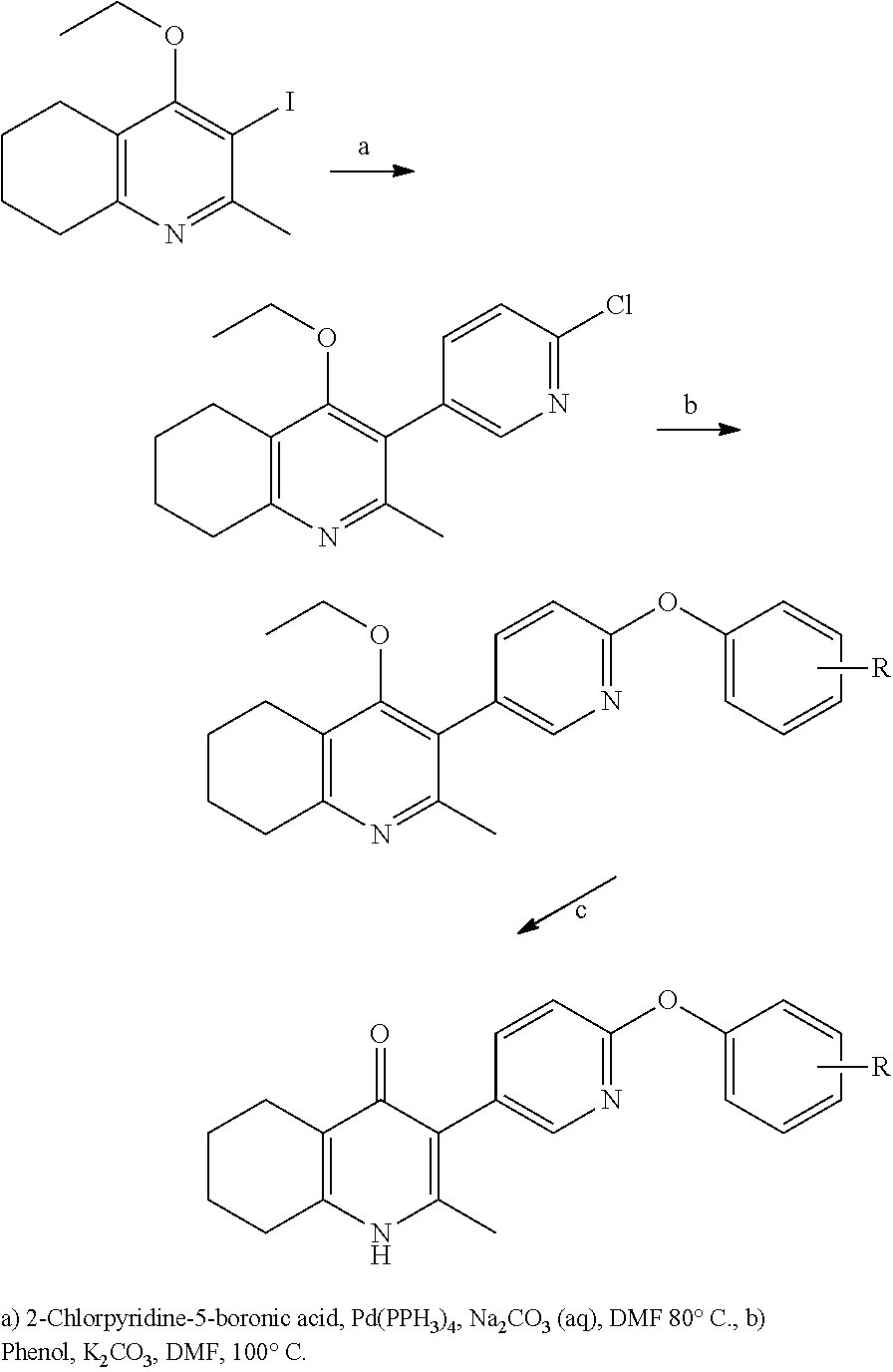
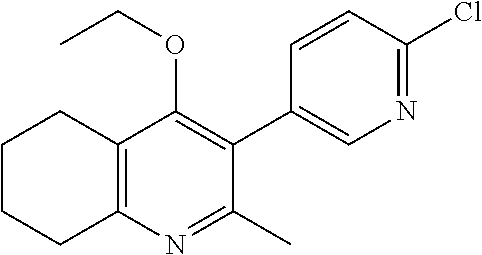
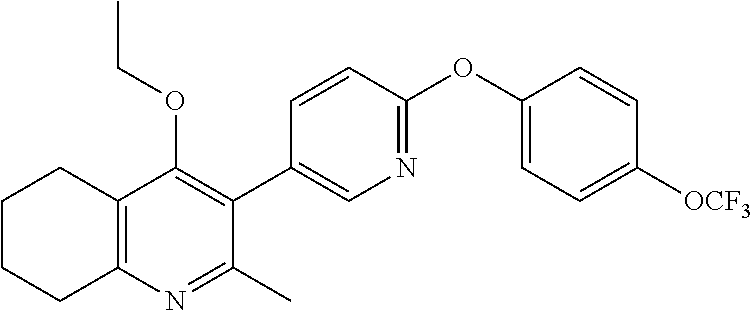
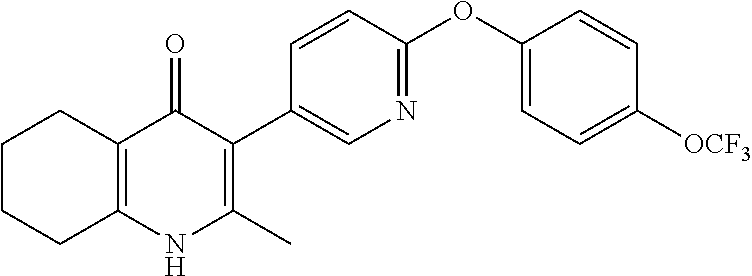

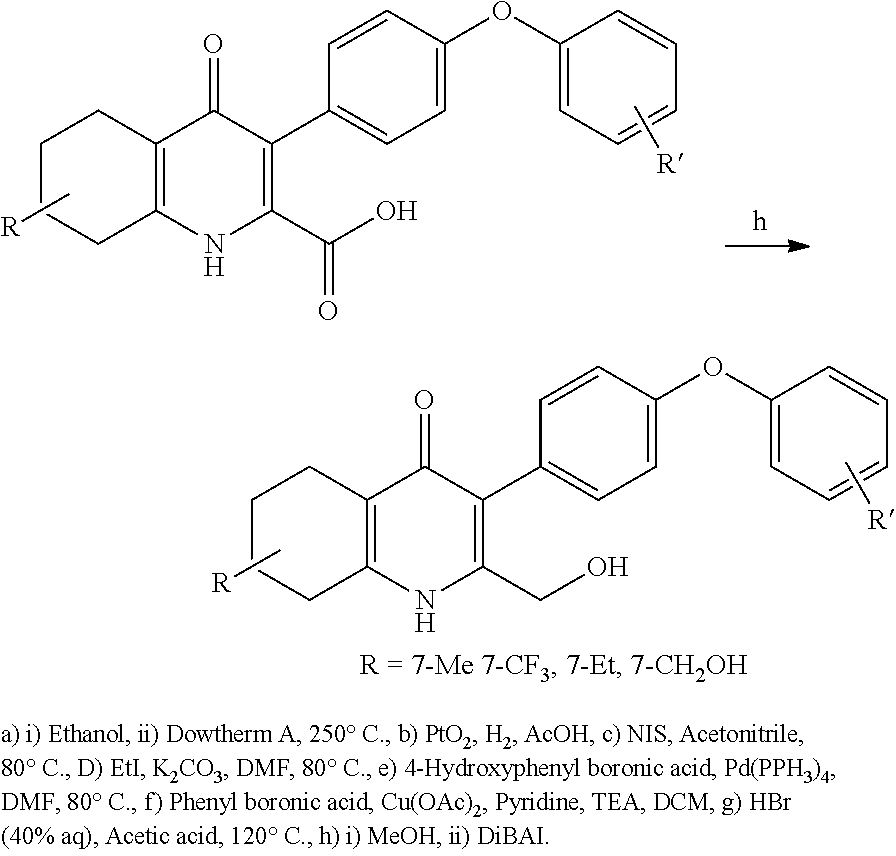
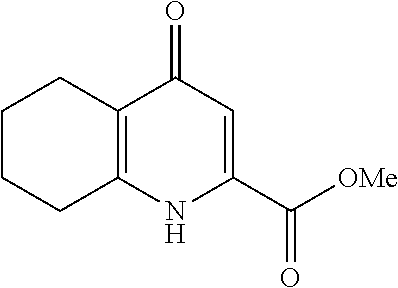
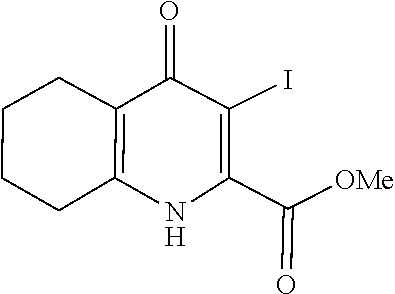
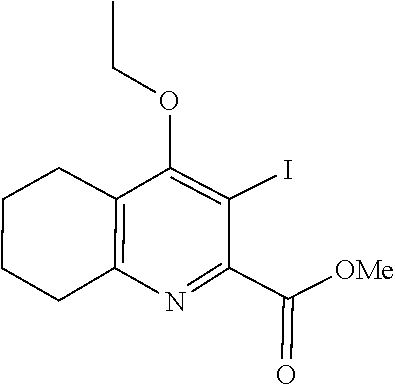
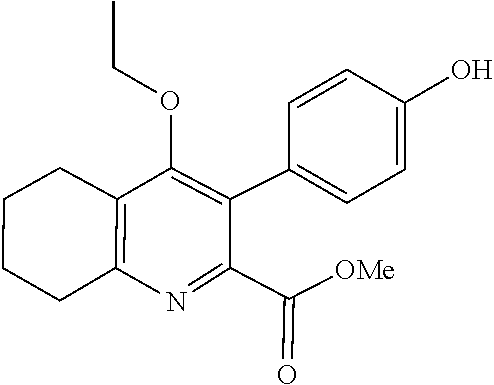
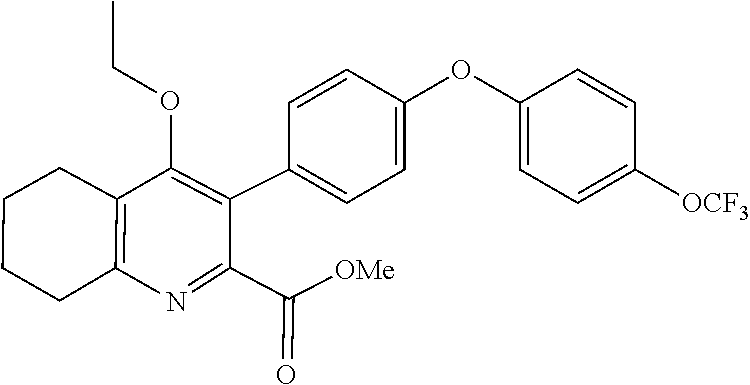
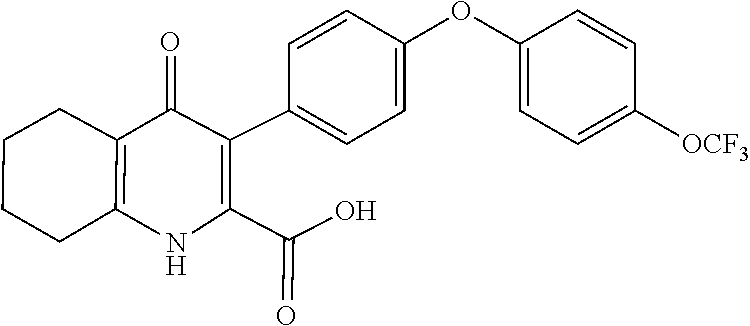
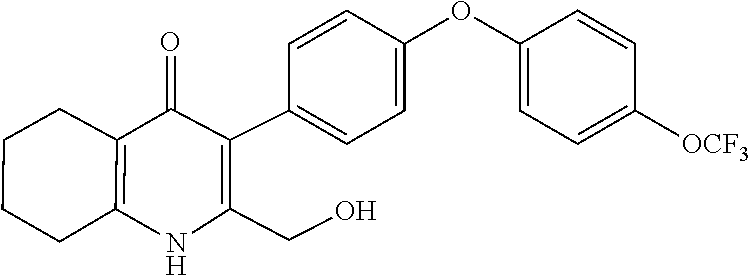
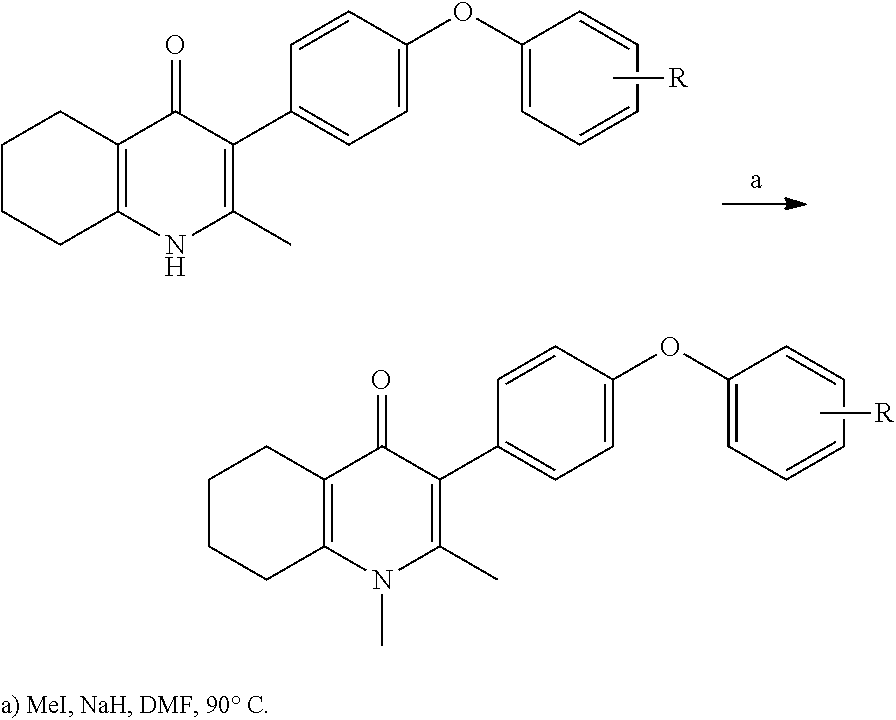
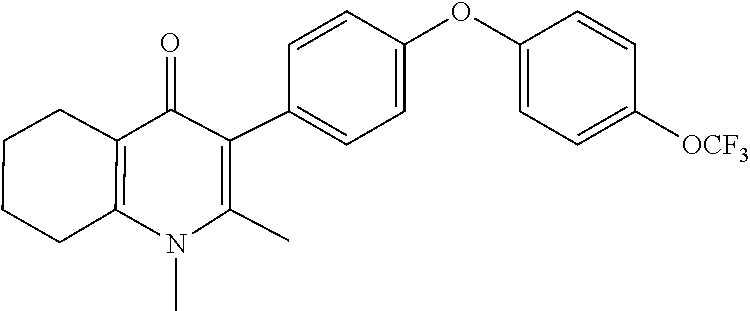
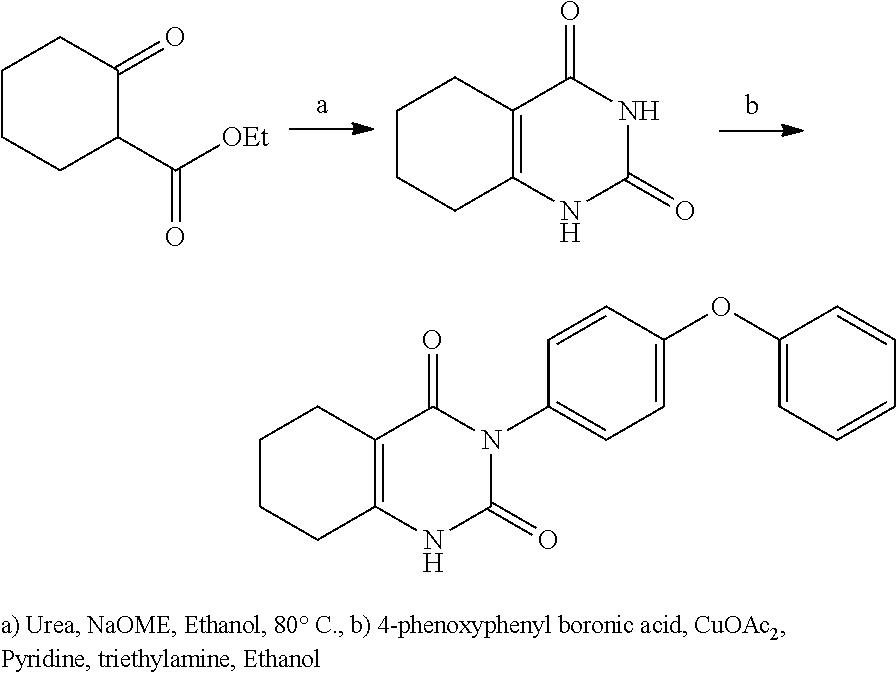
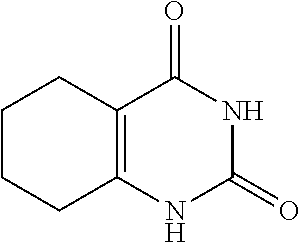
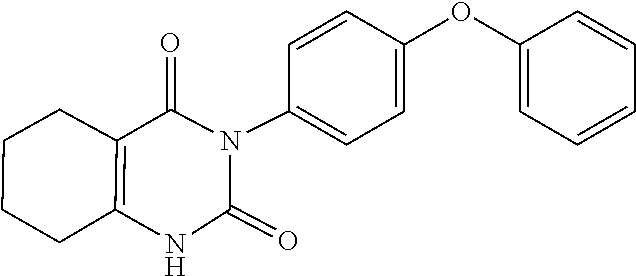
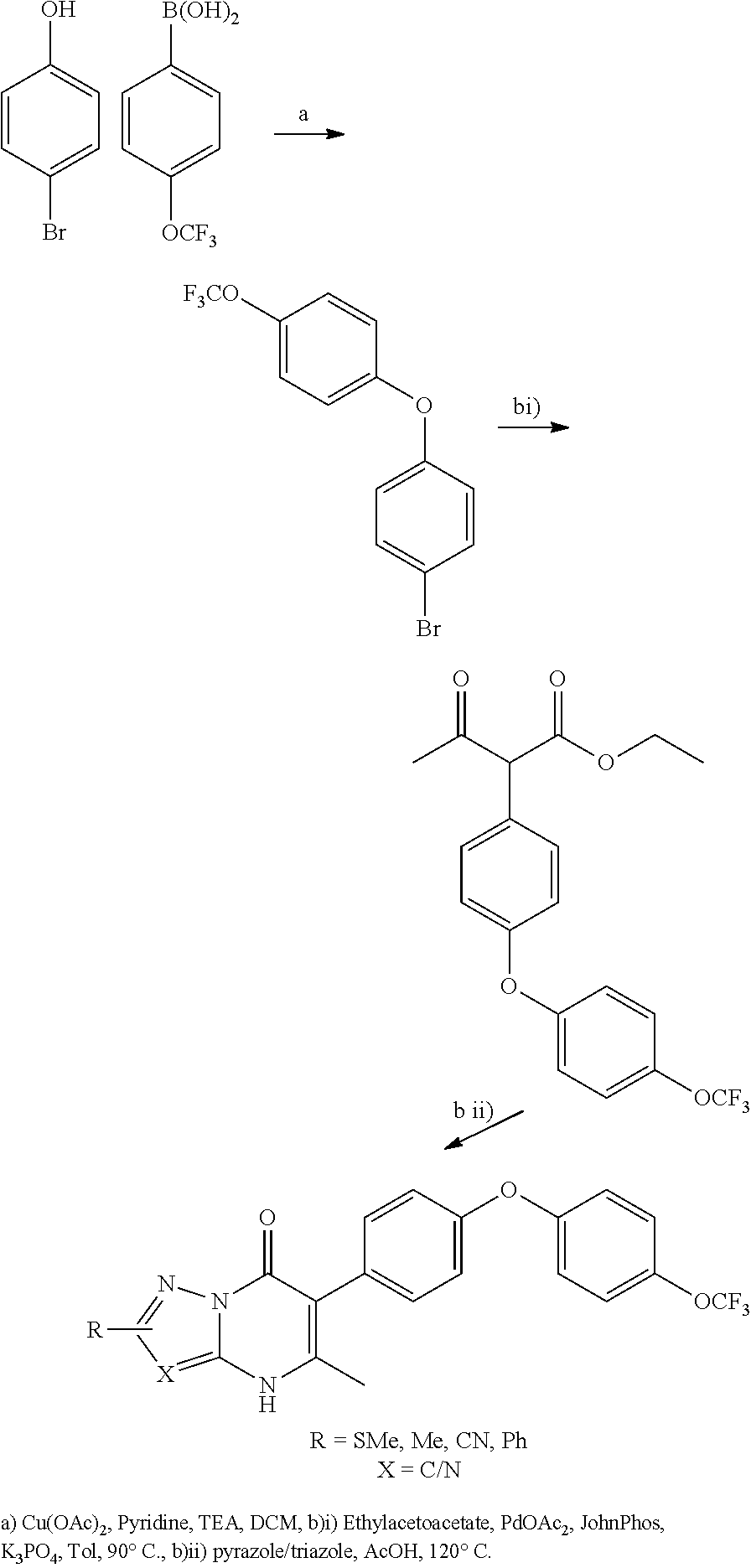
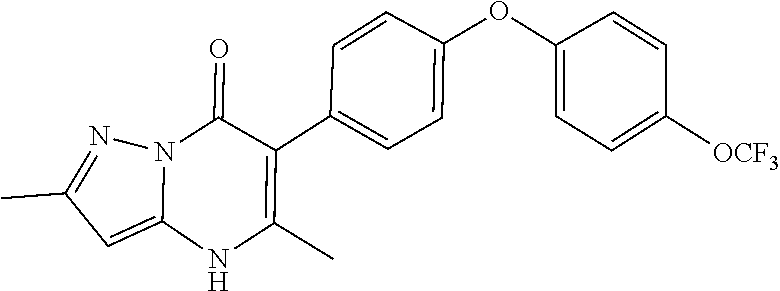
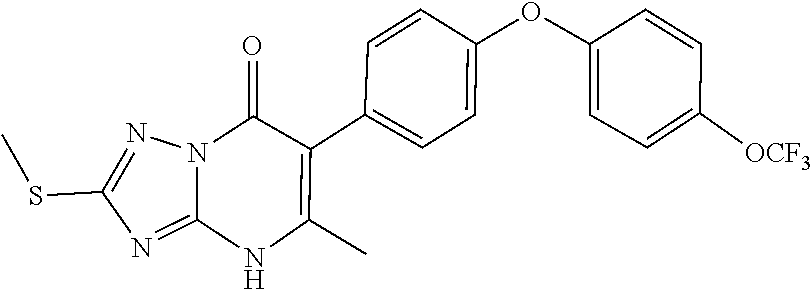

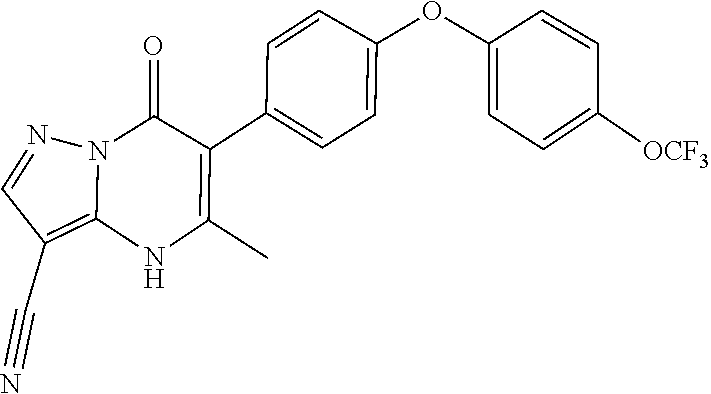
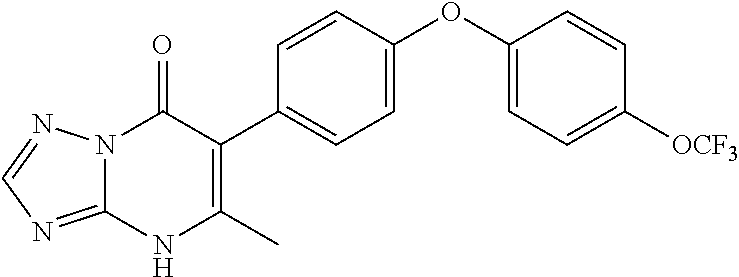
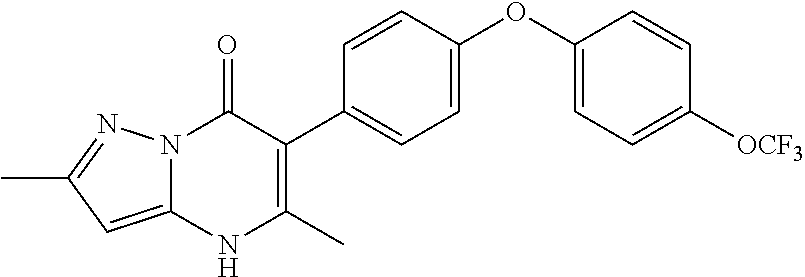
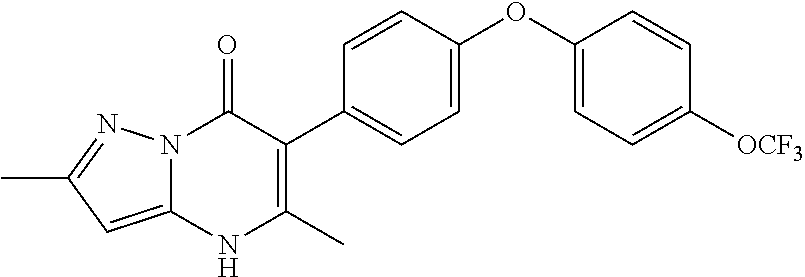

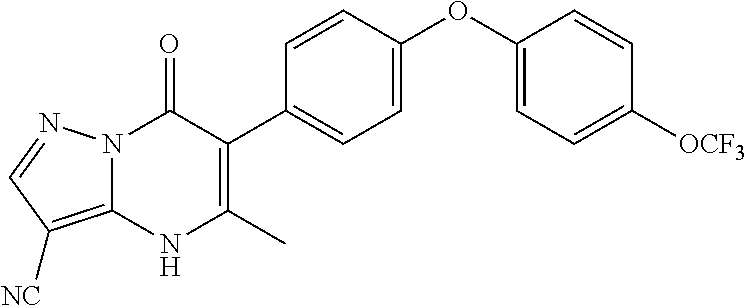
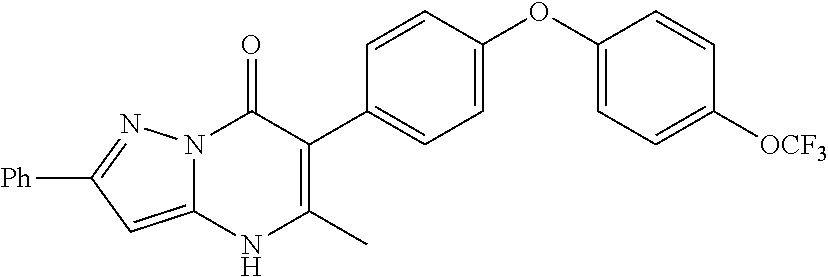

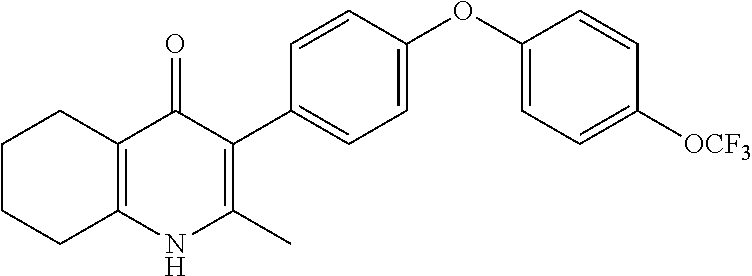
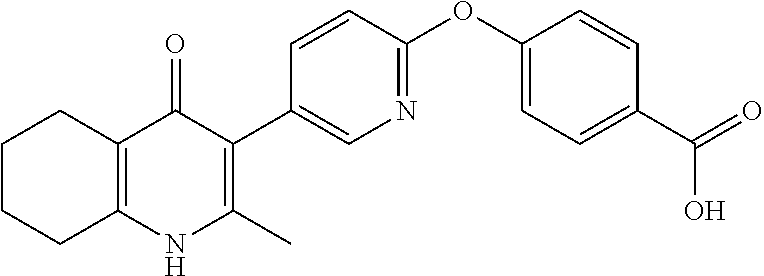
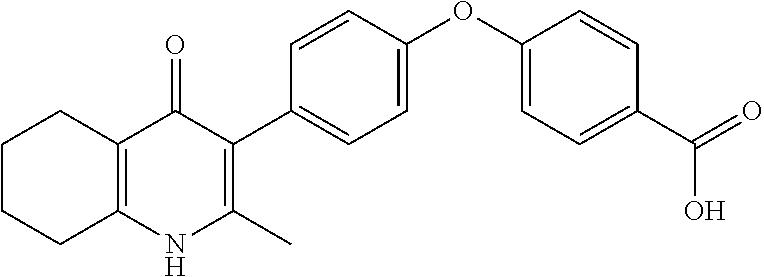
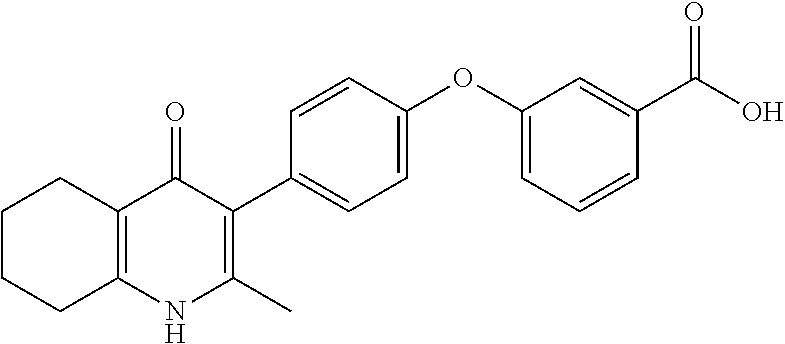
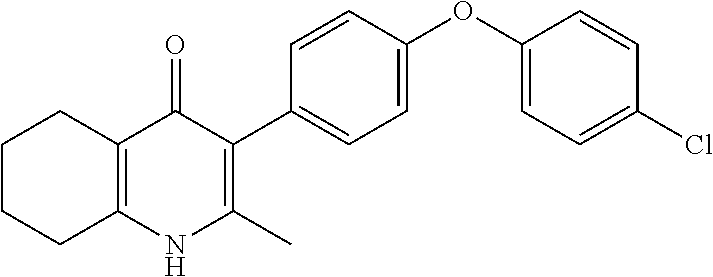
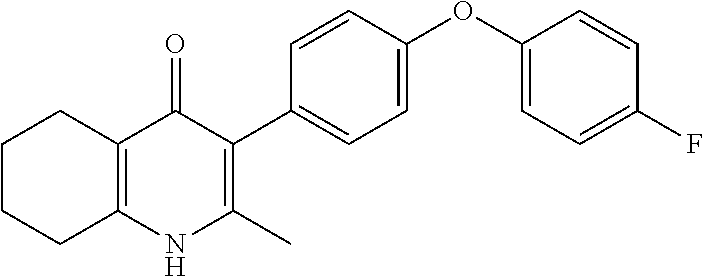
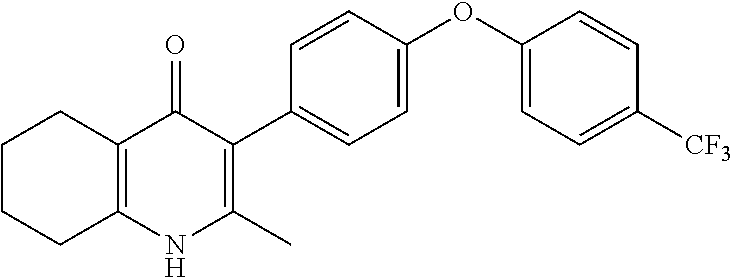
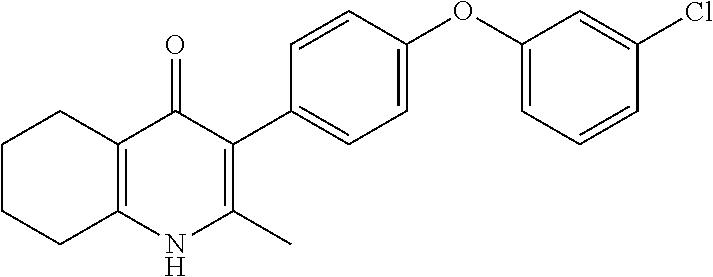
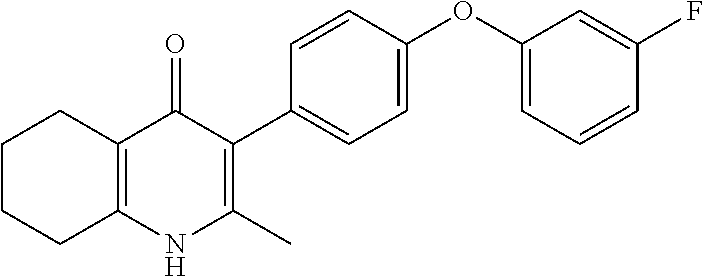
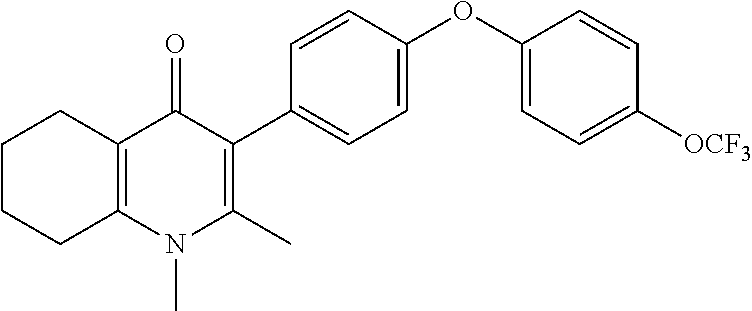
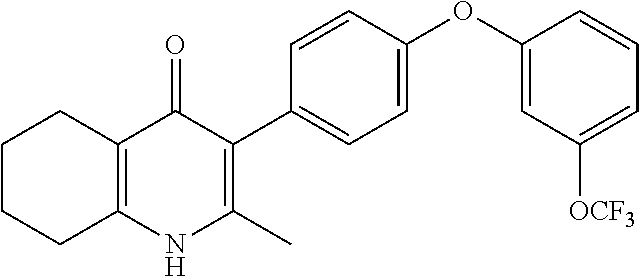
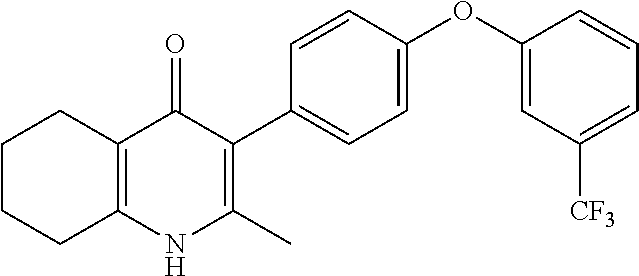
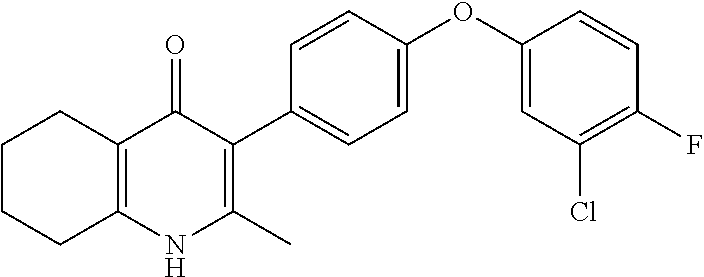
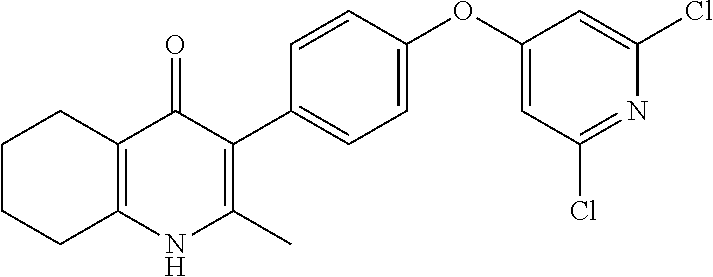
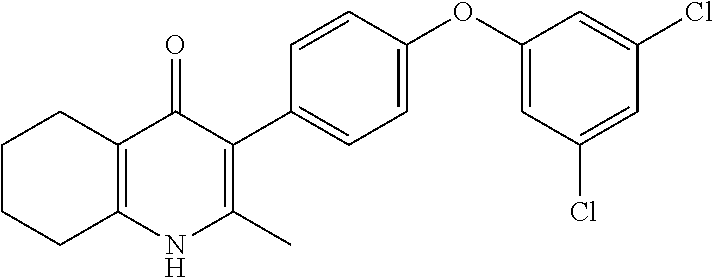
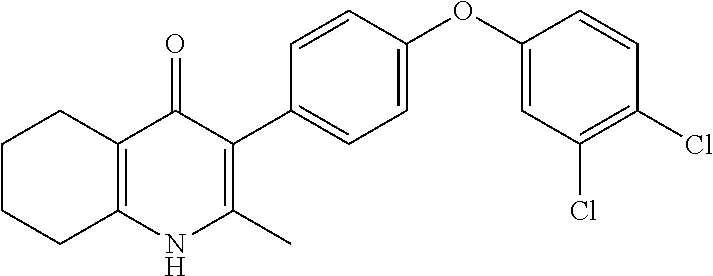
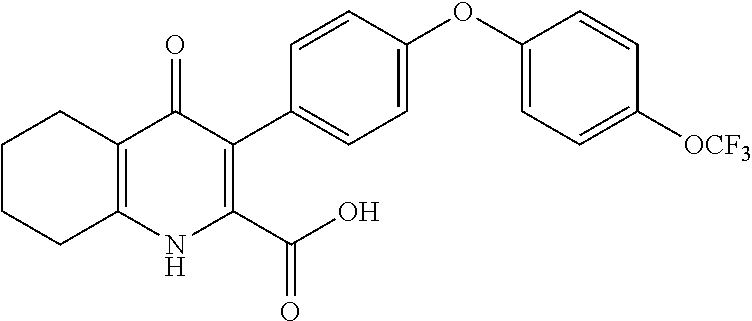
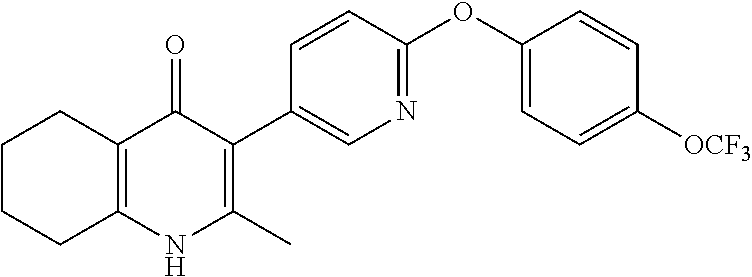
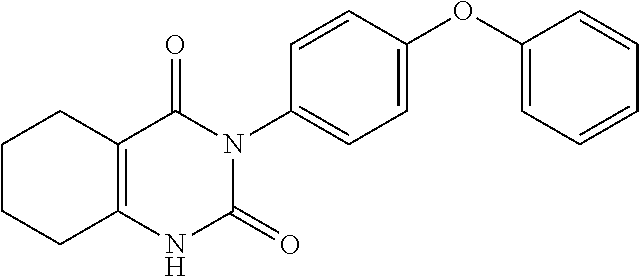
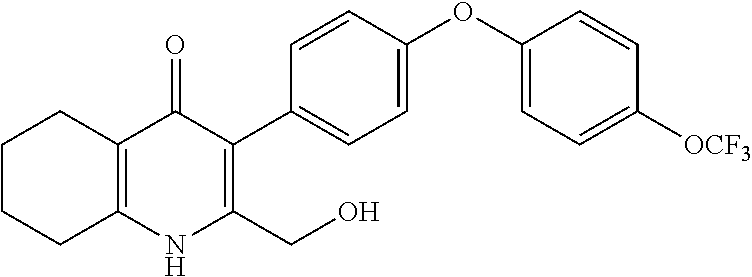
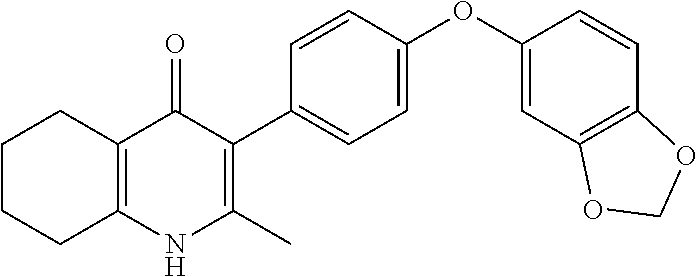


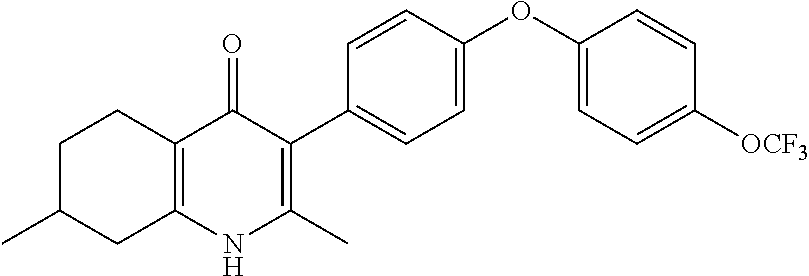

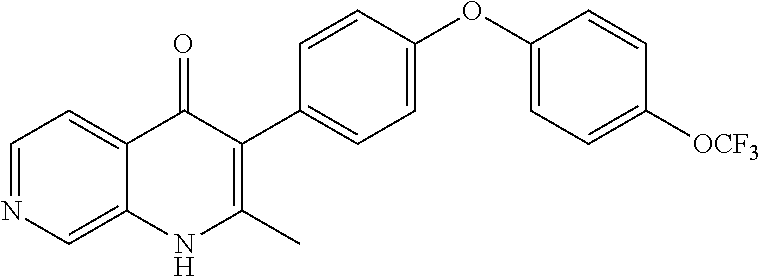

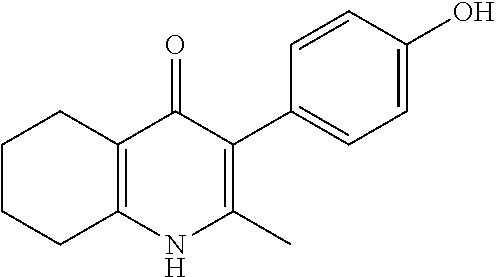
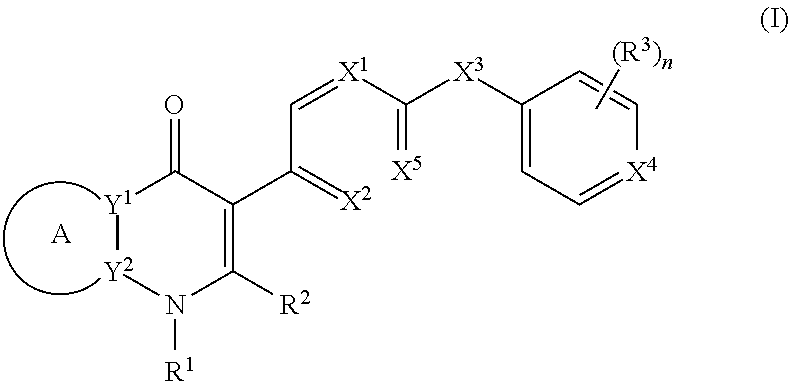
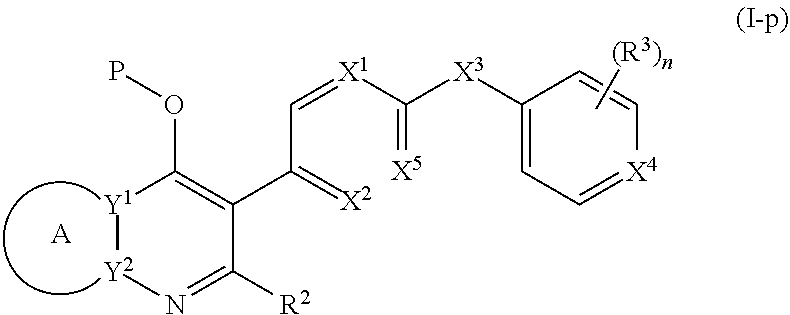
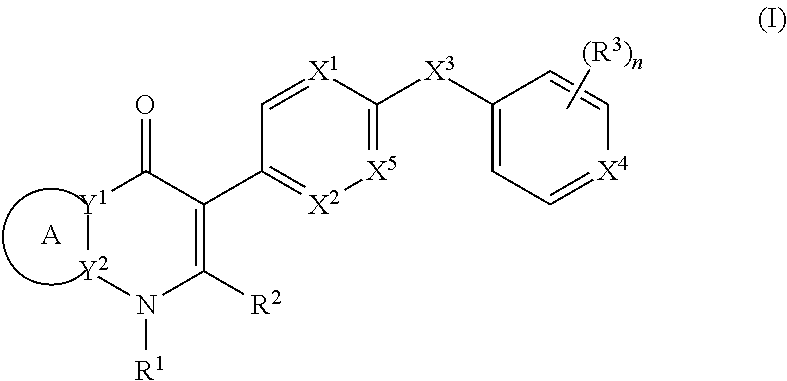
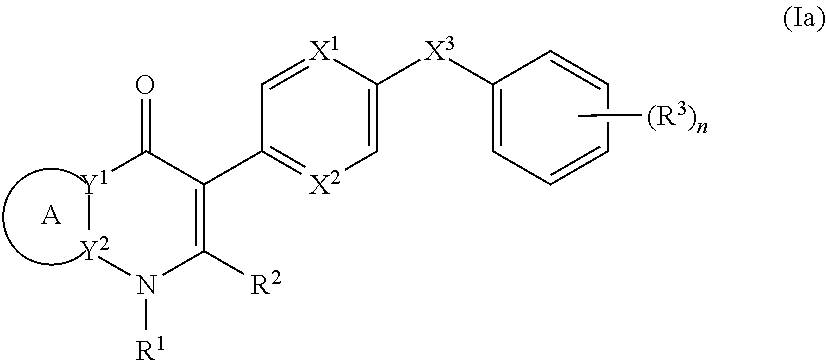
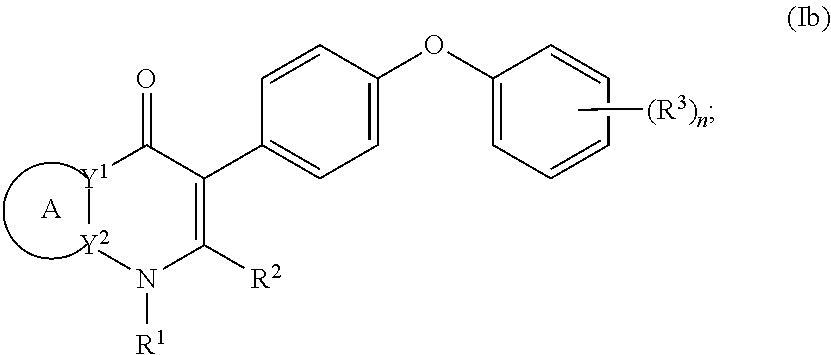
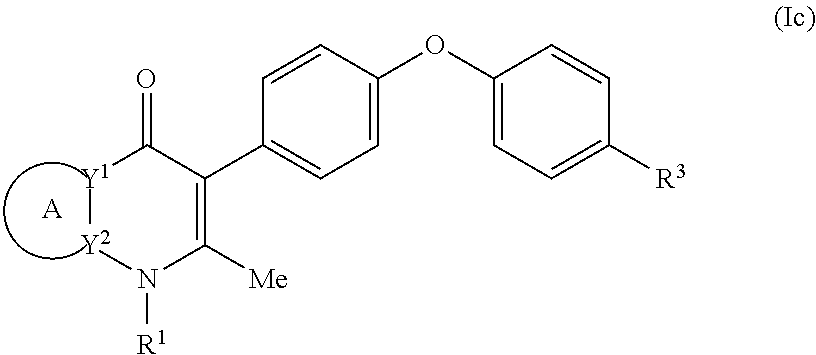
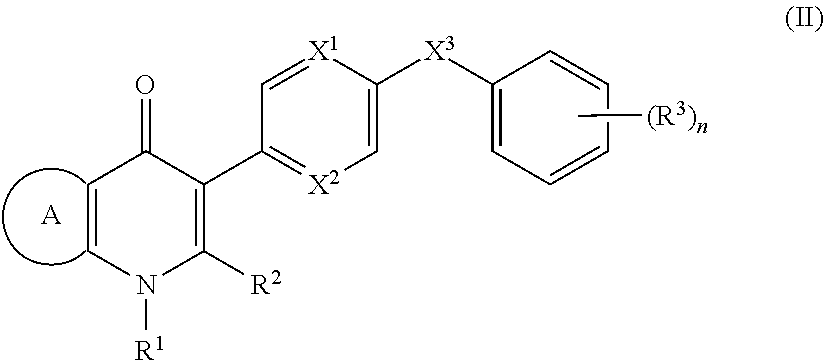
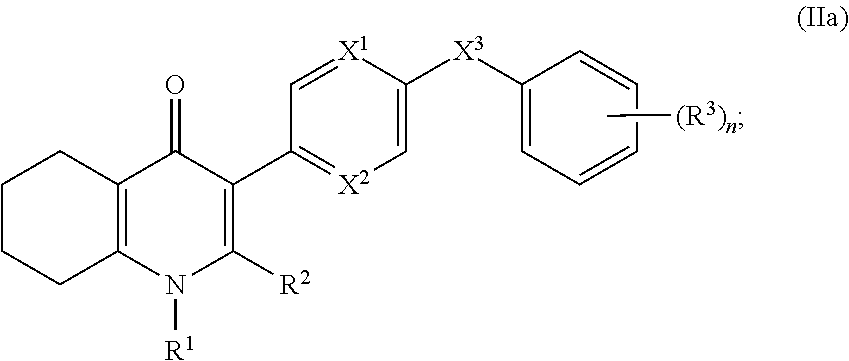
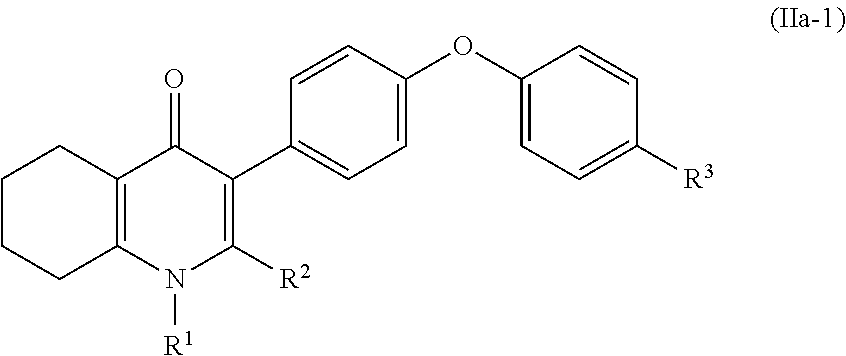

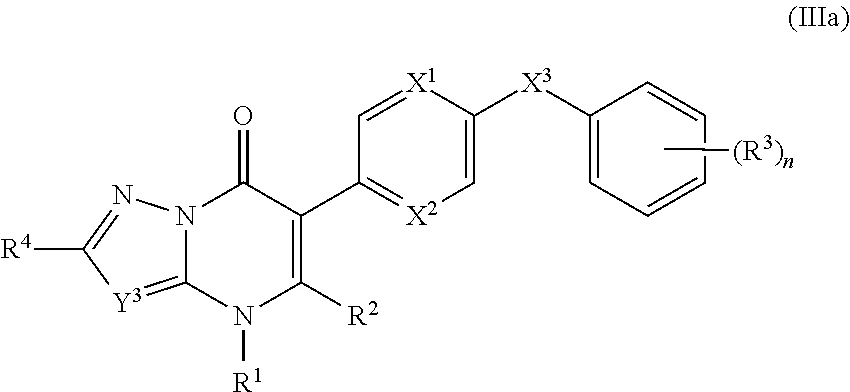
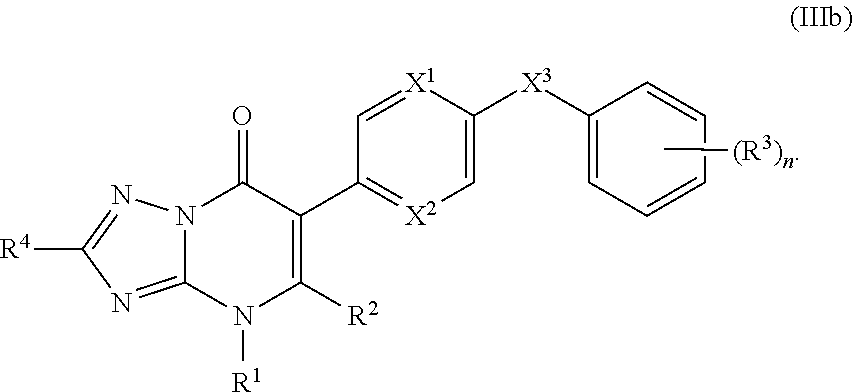
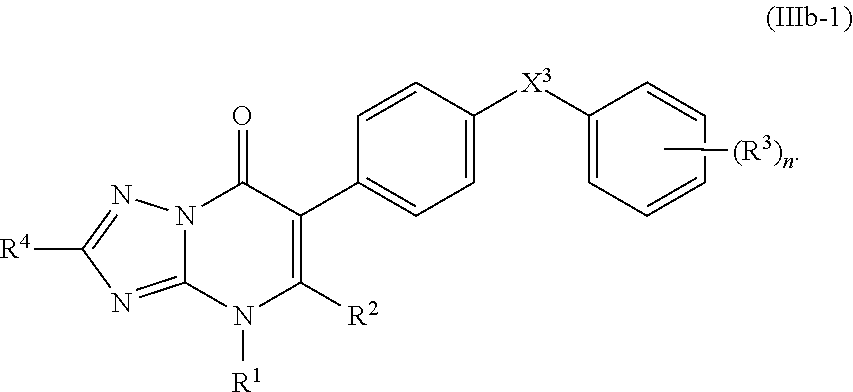
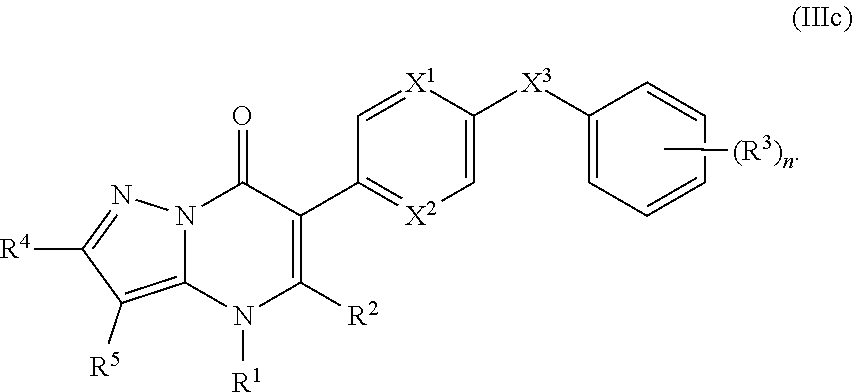

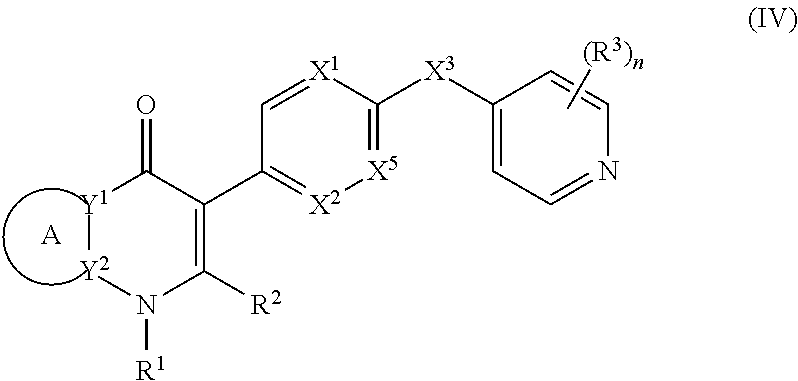
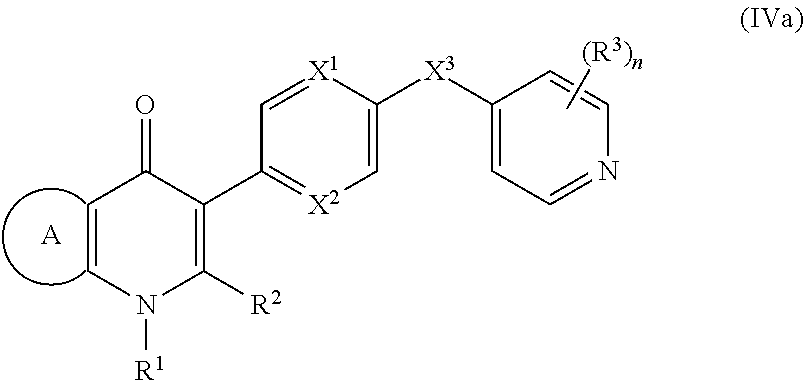
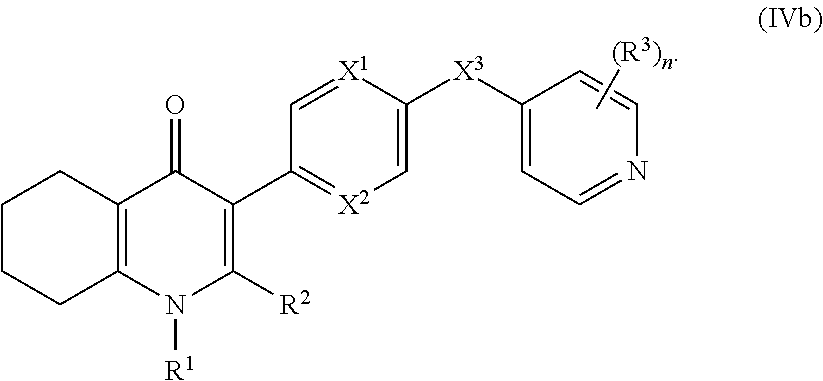
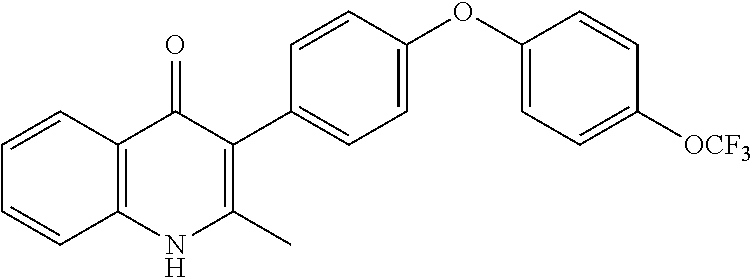


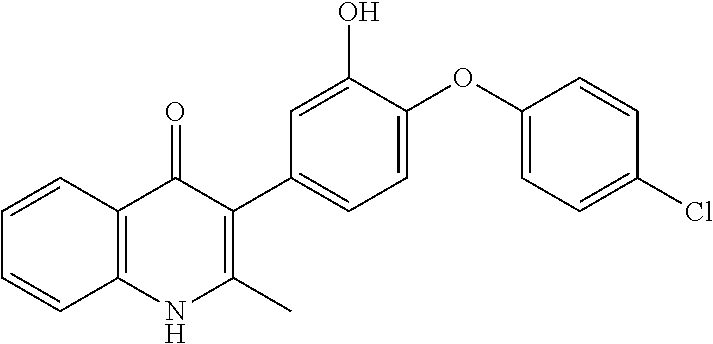
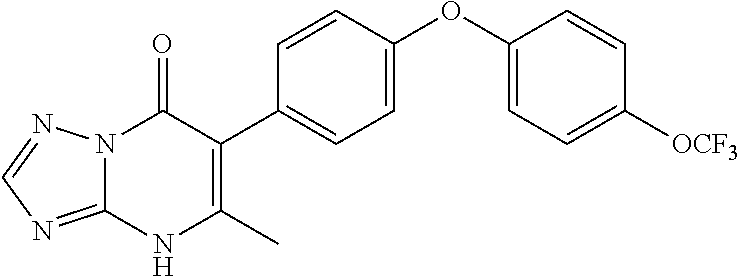
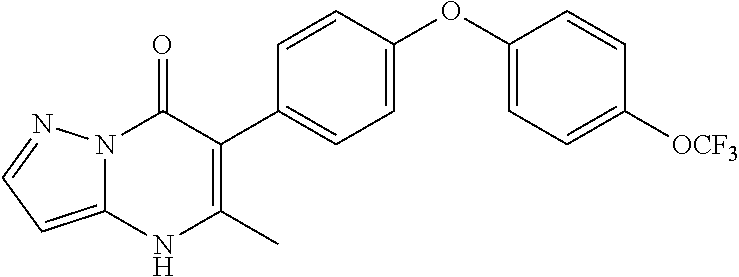
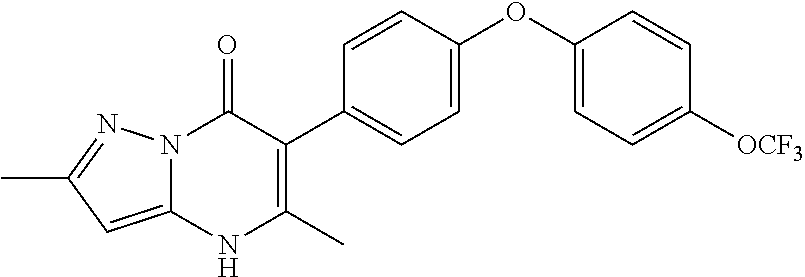

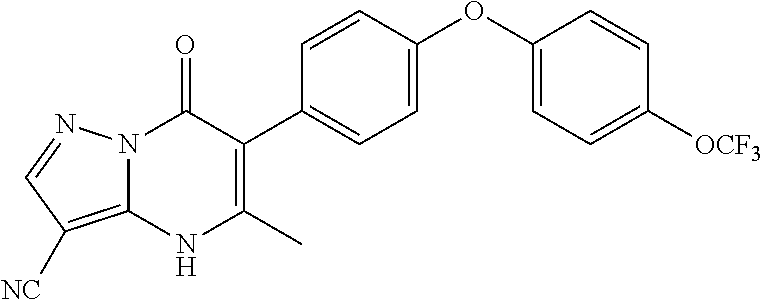
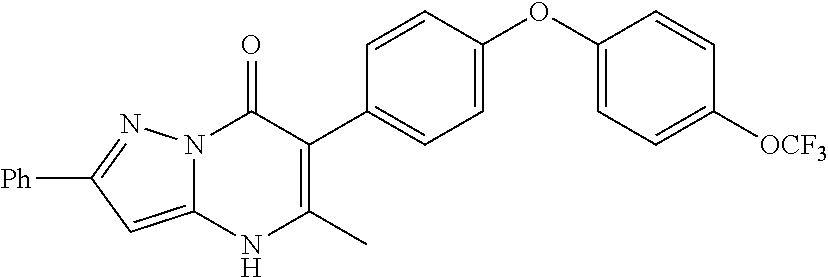
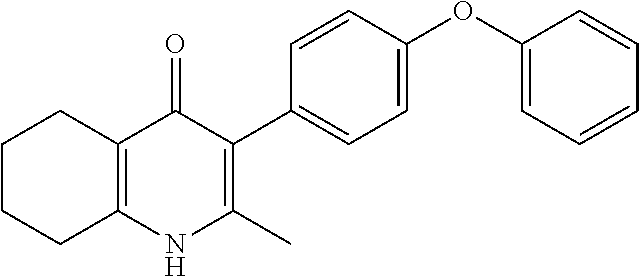


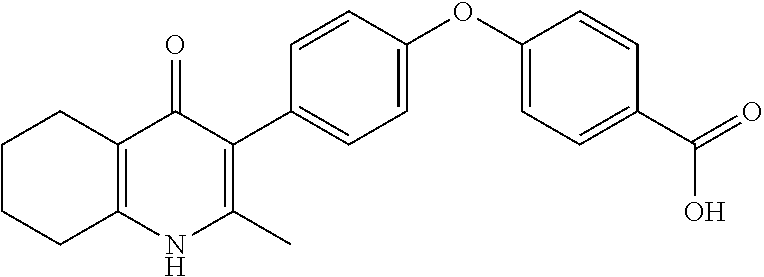
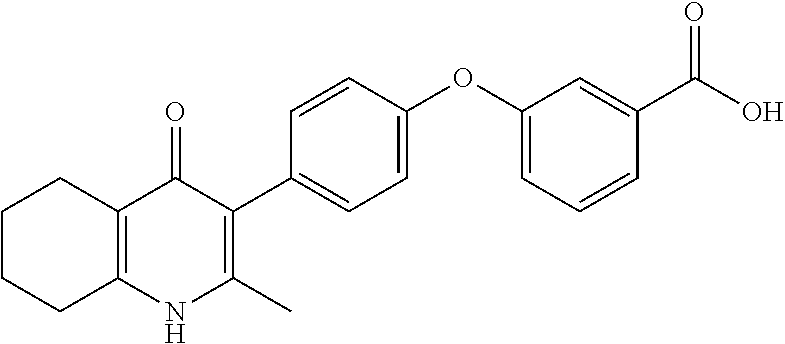
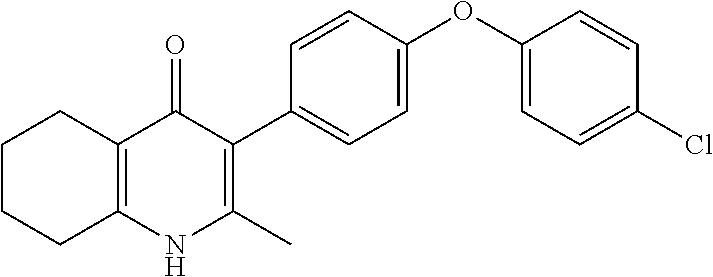
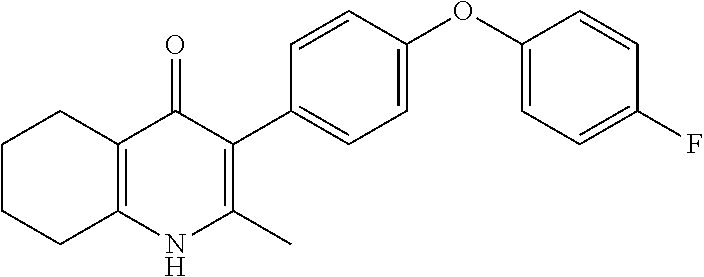
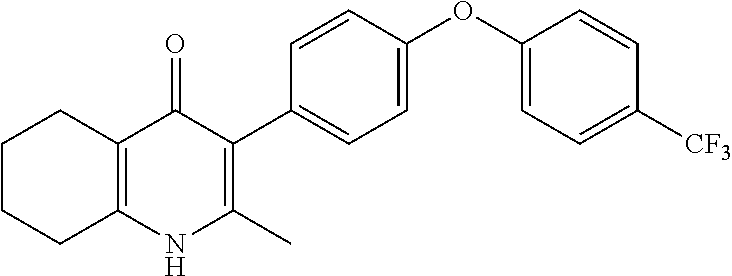


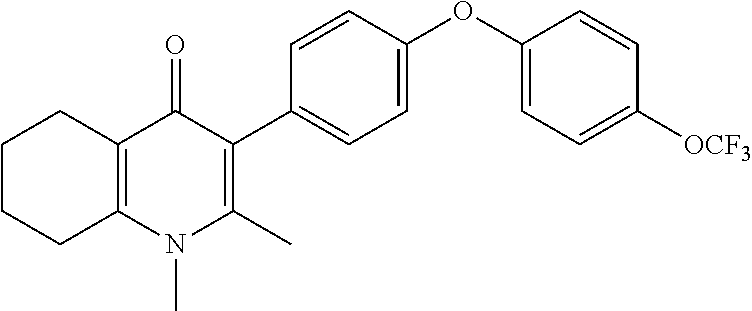
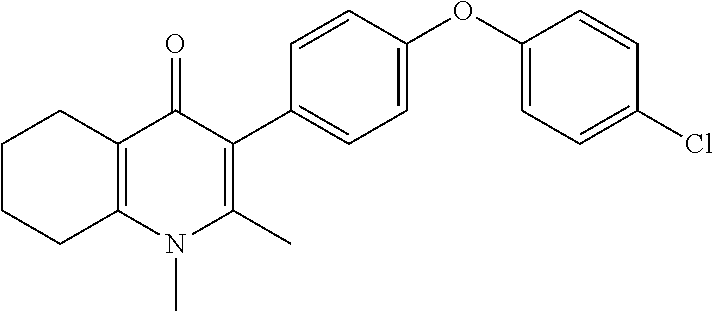
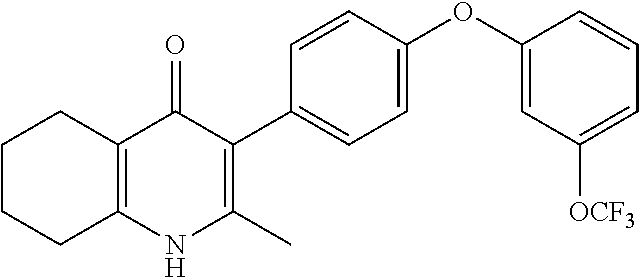
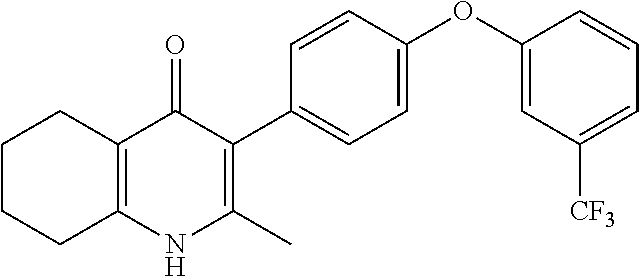
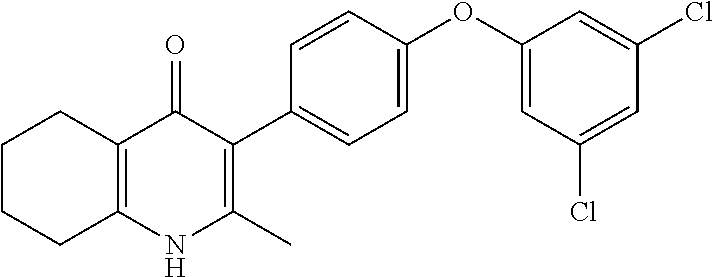
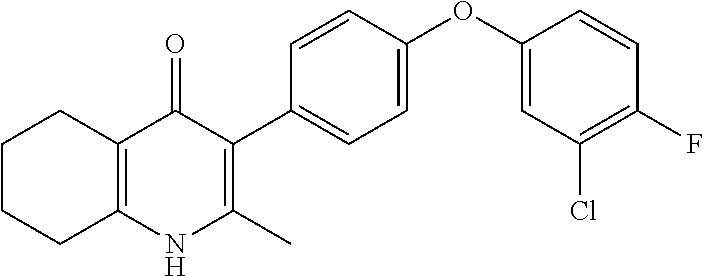
D00000
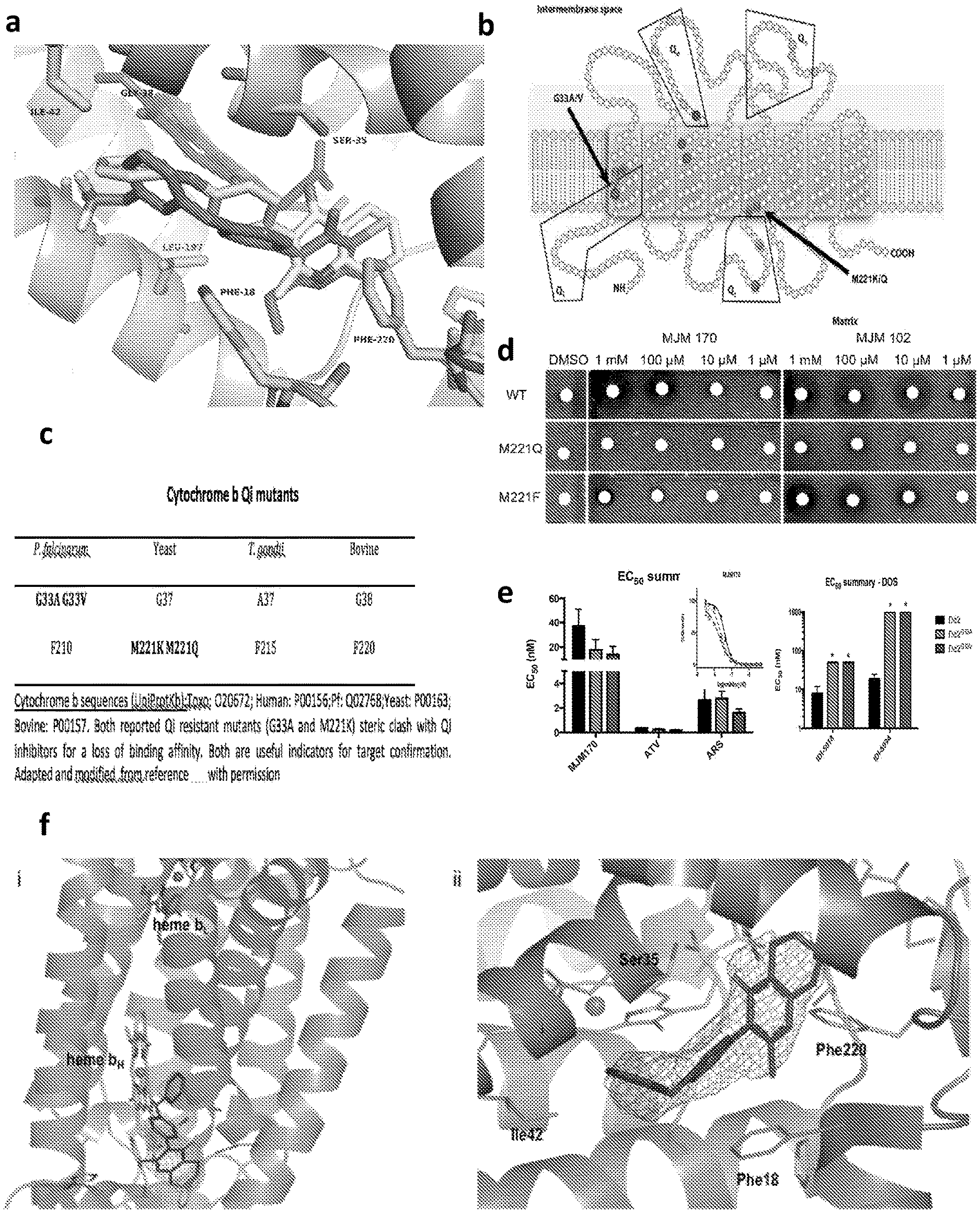
D00001
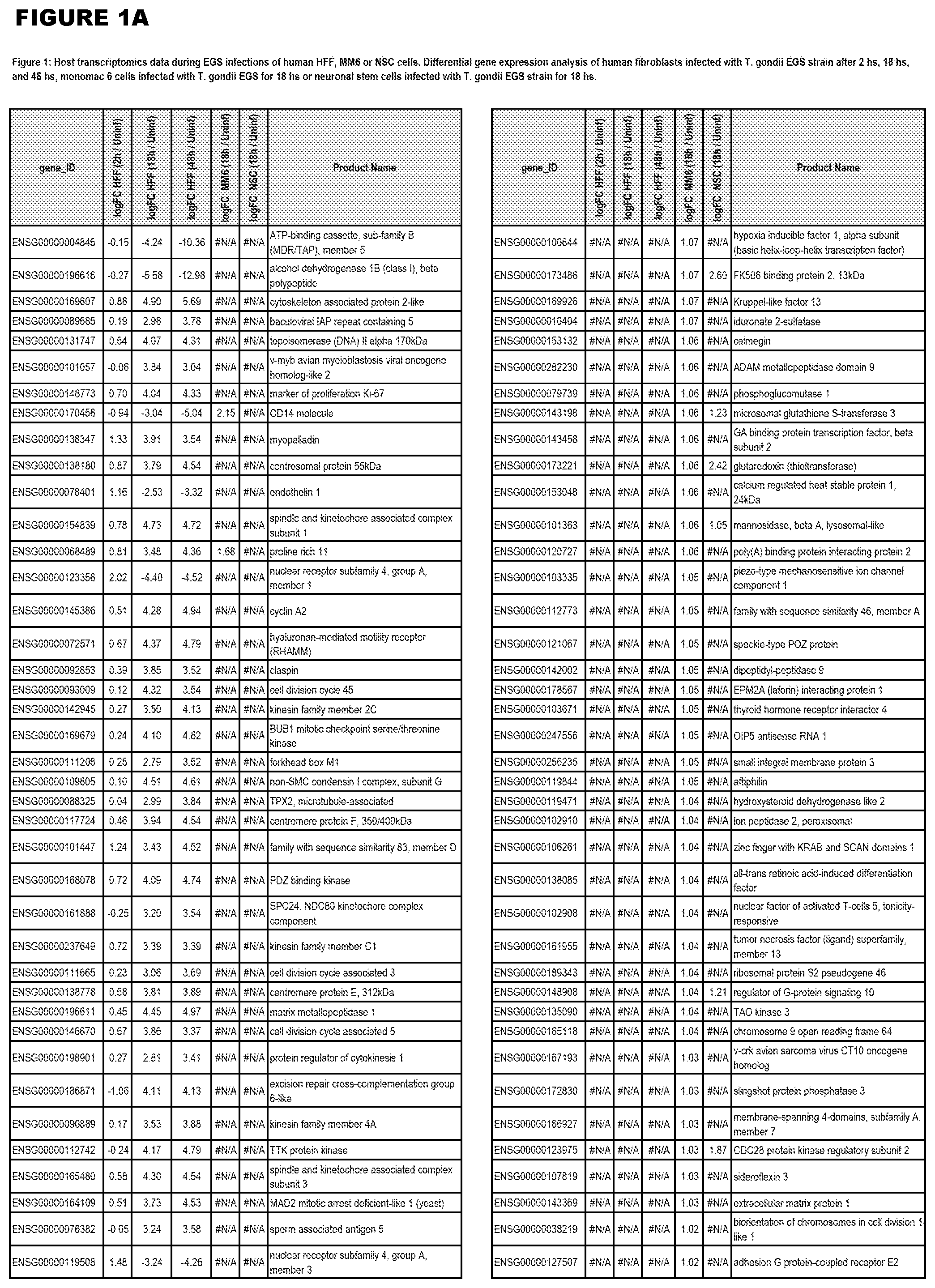
D00002
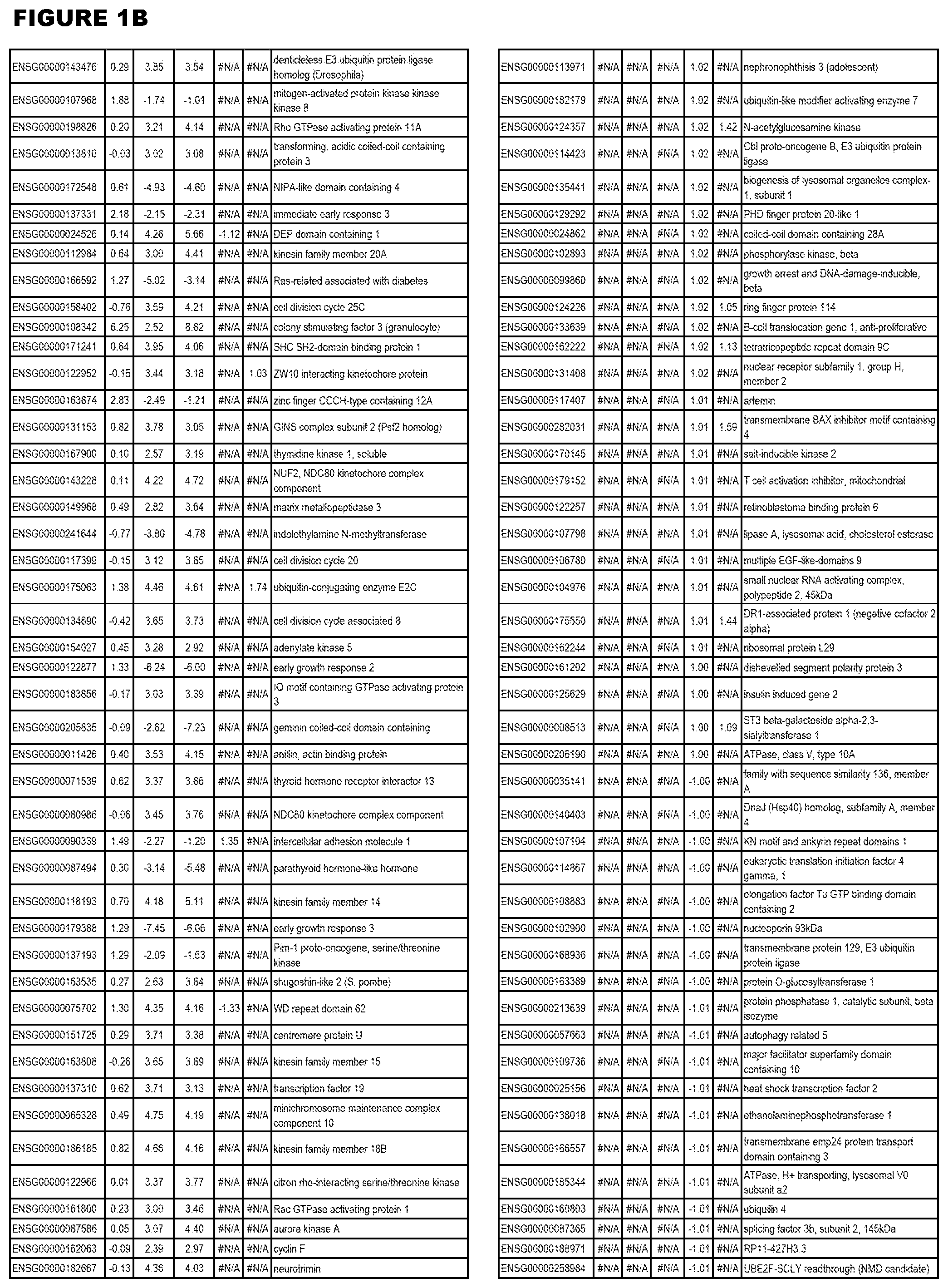
D00003

D00004
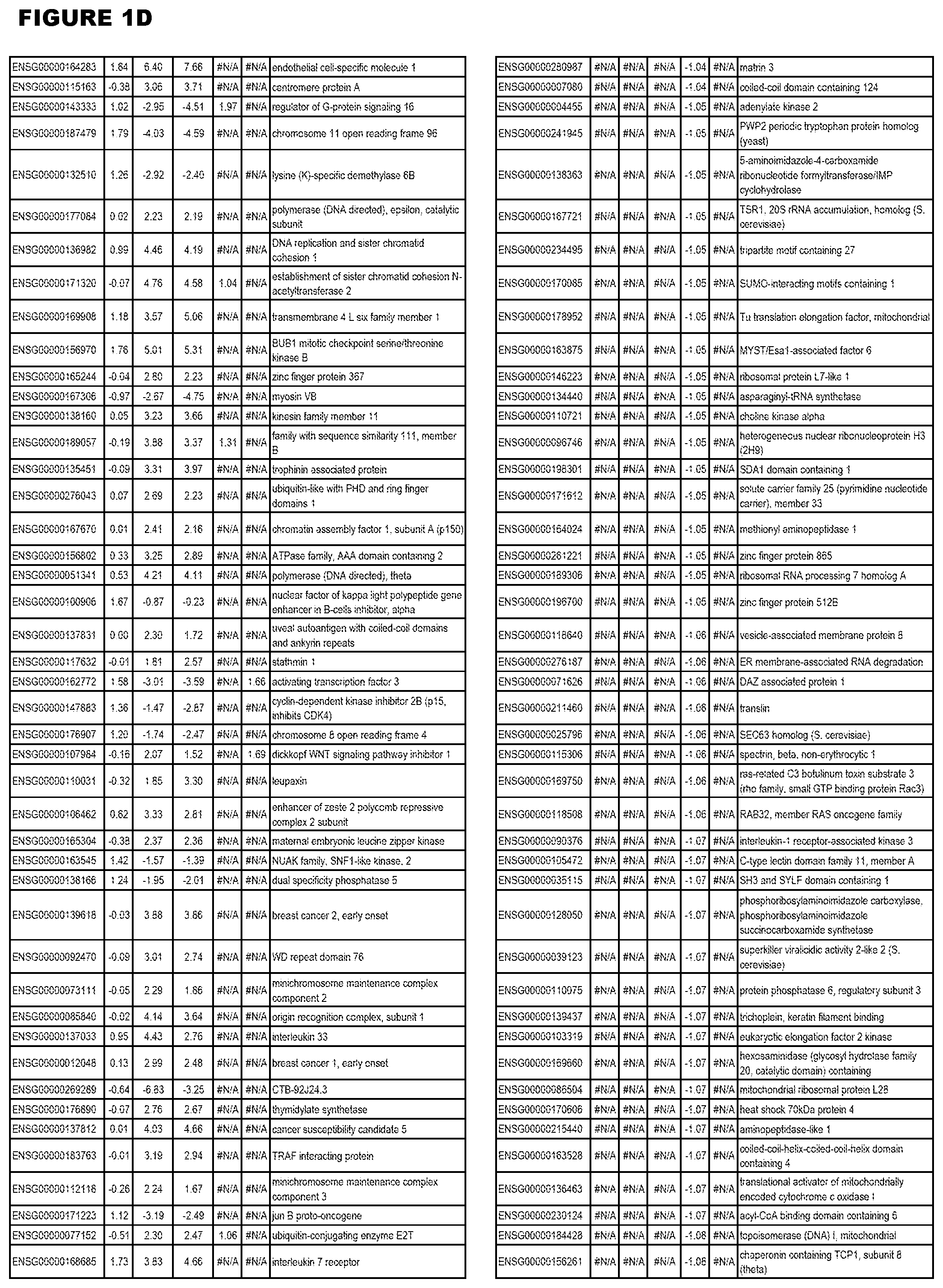
D00005
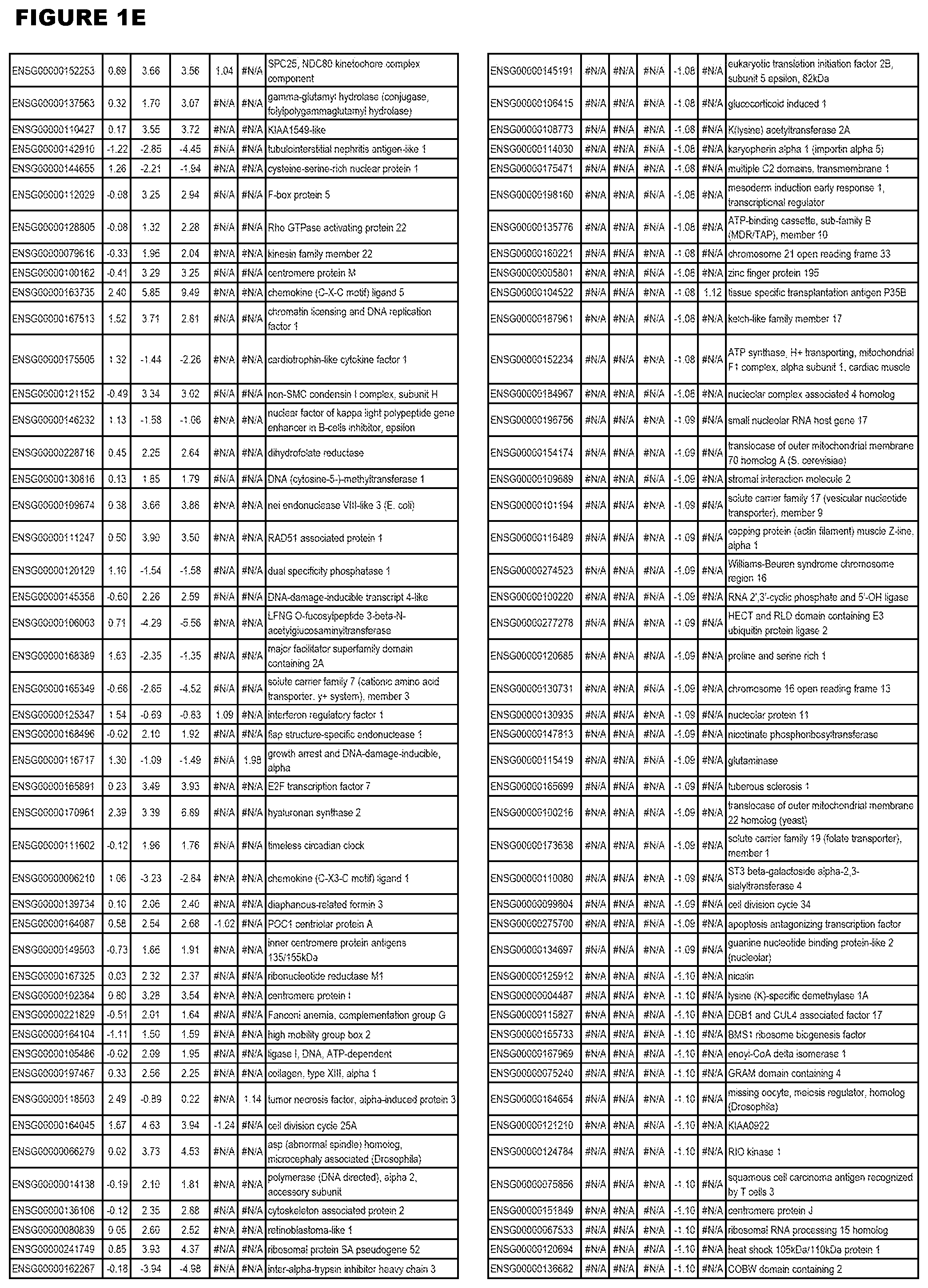
D00006
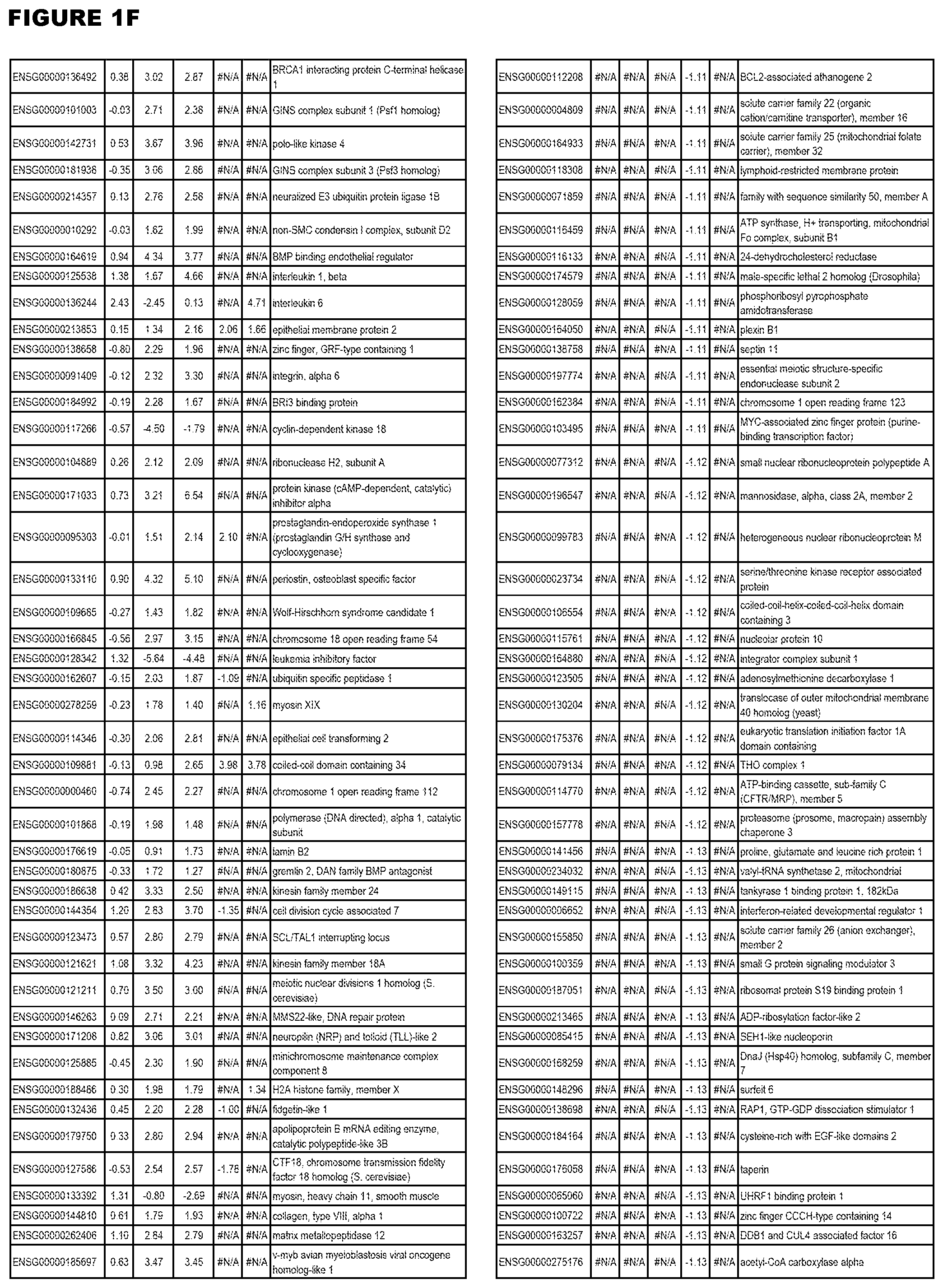
D00007
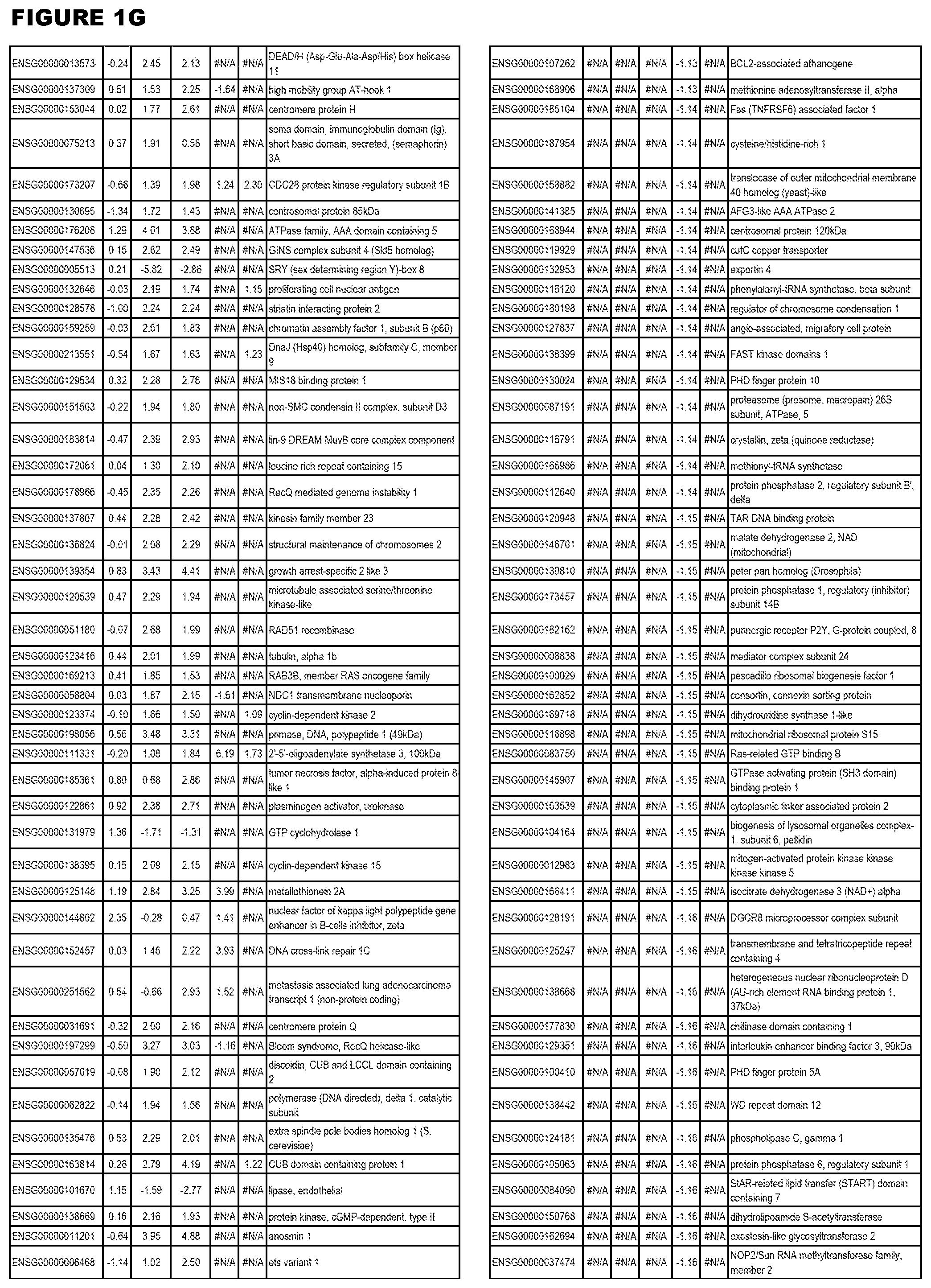
D00008
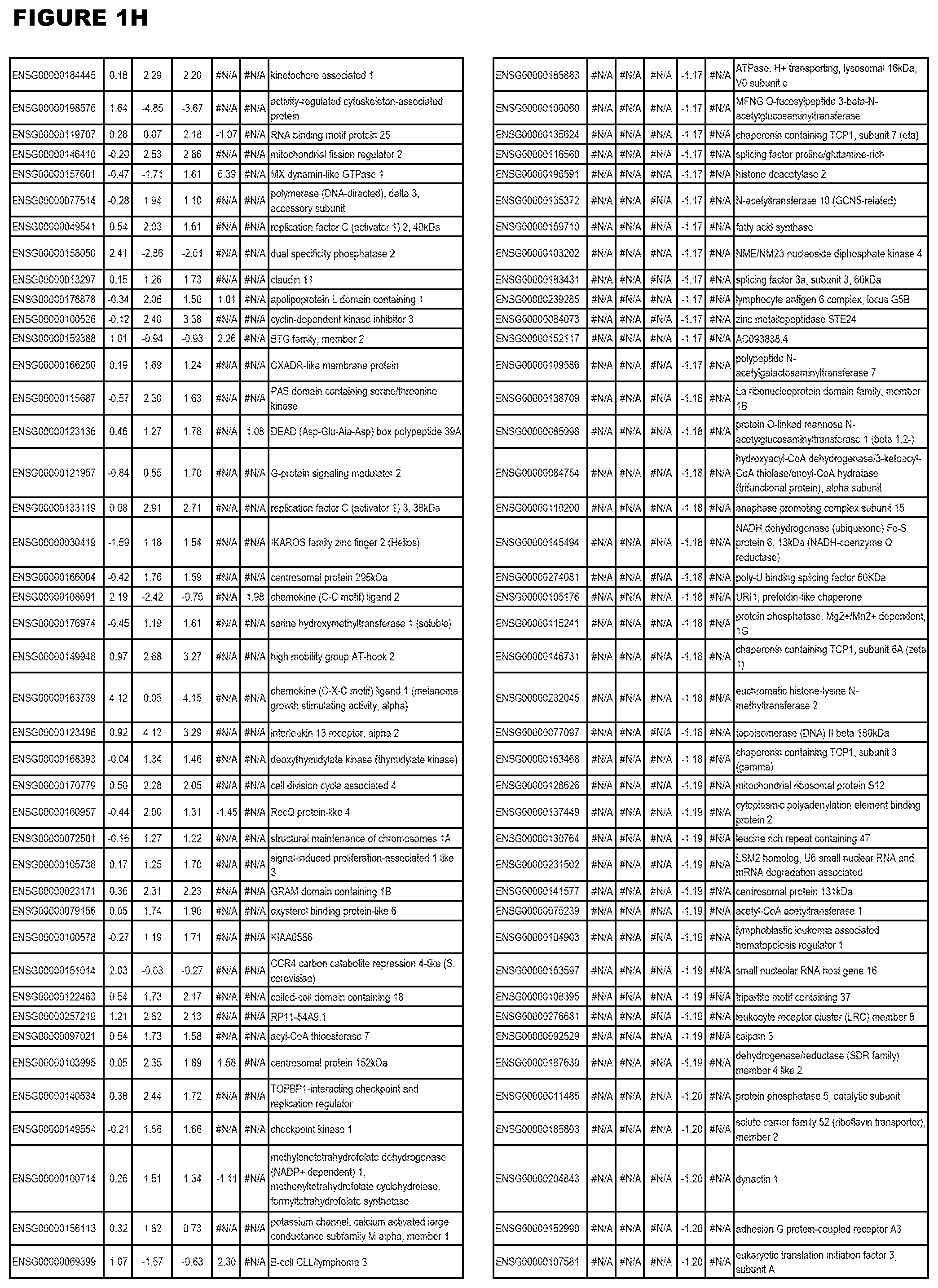
D00009
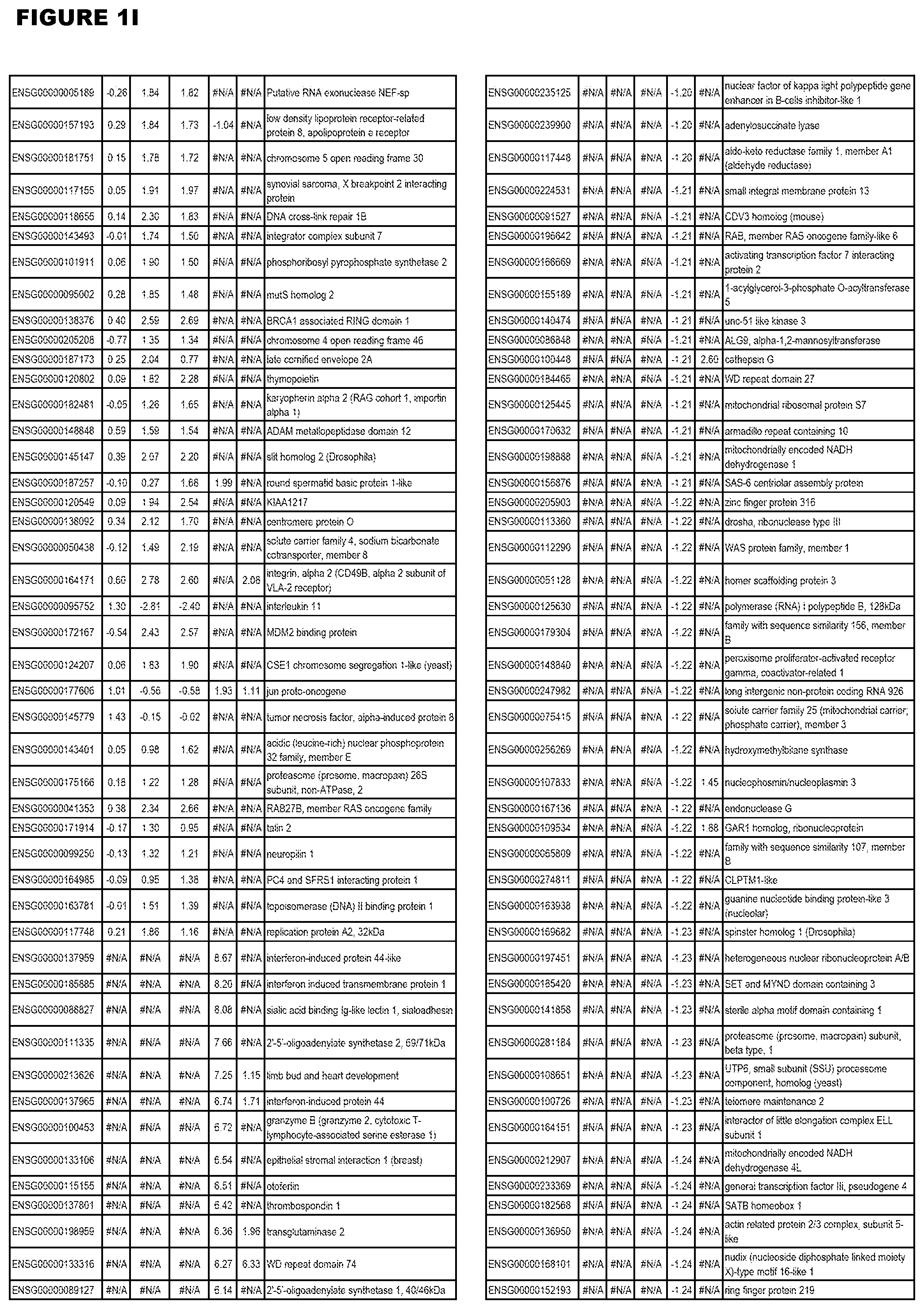
D00010
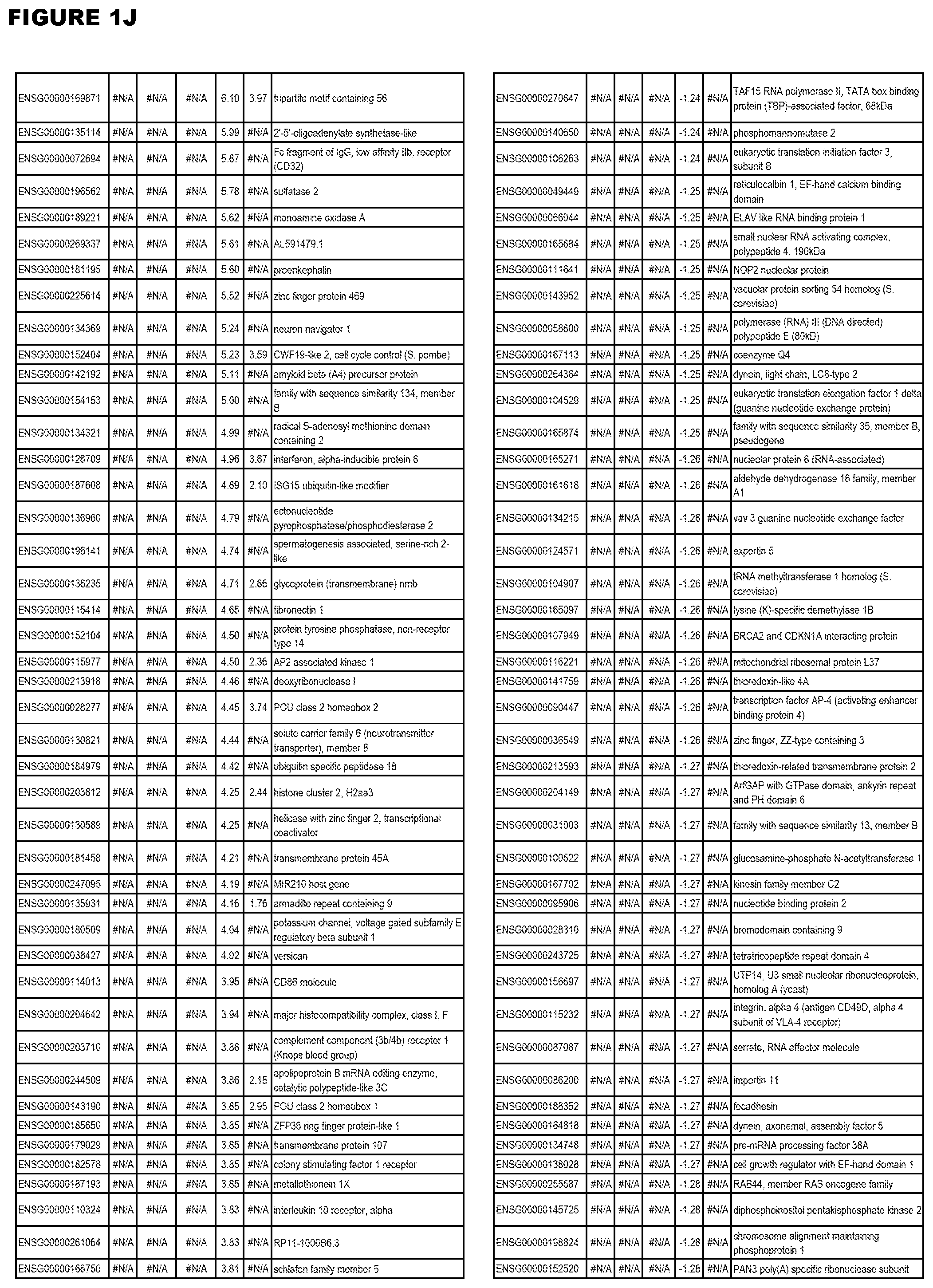
D00011
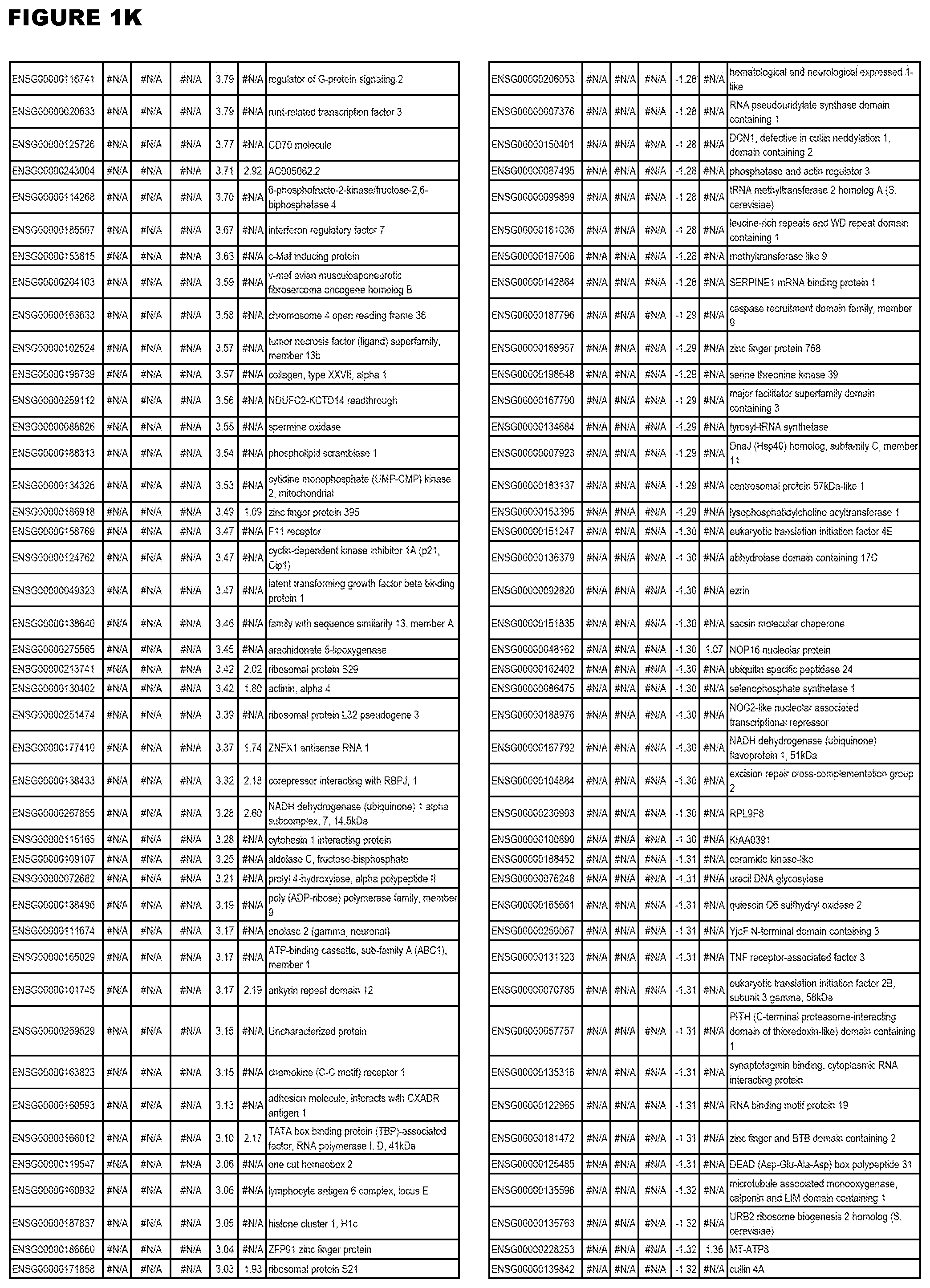
D00012
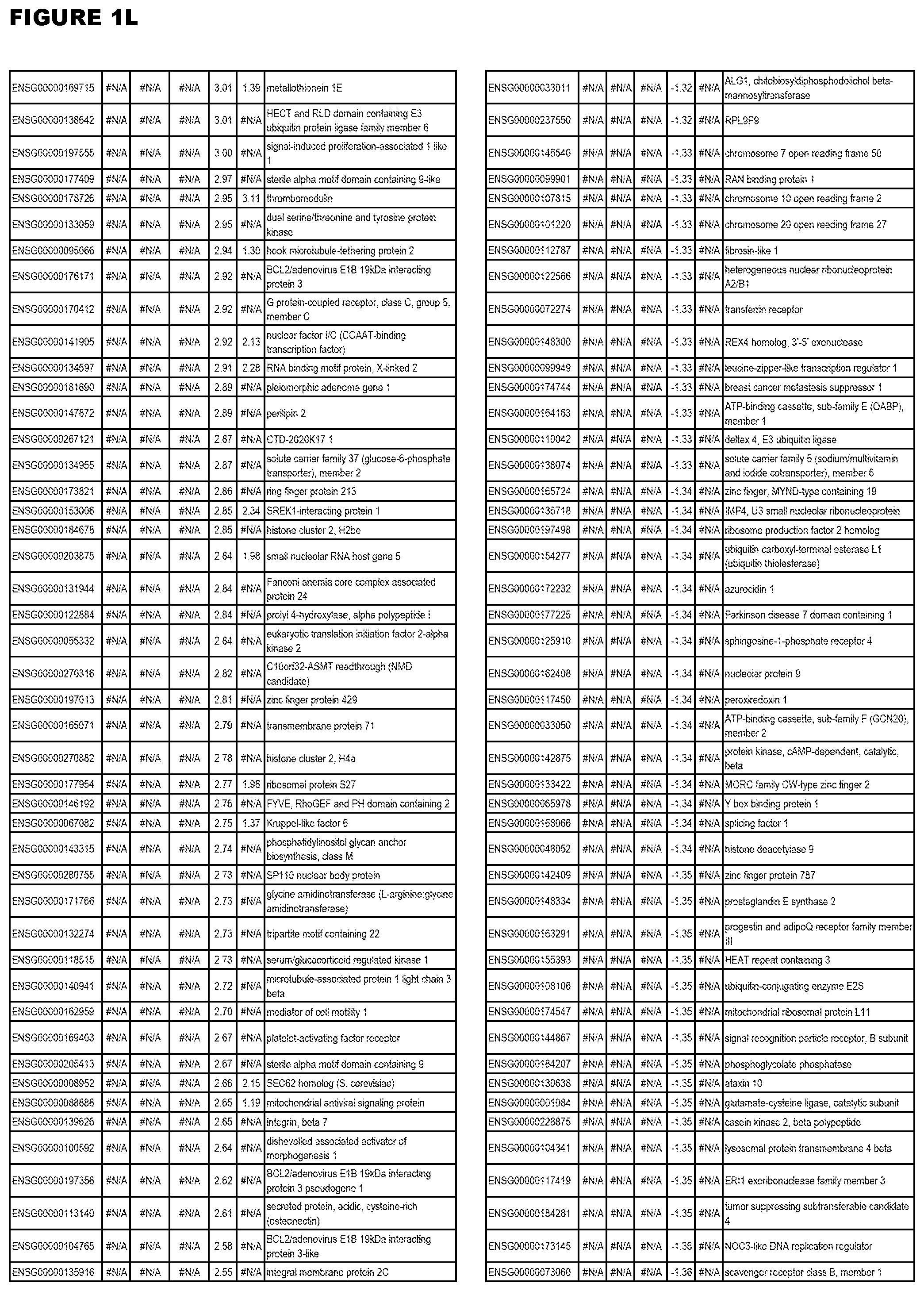
D00013
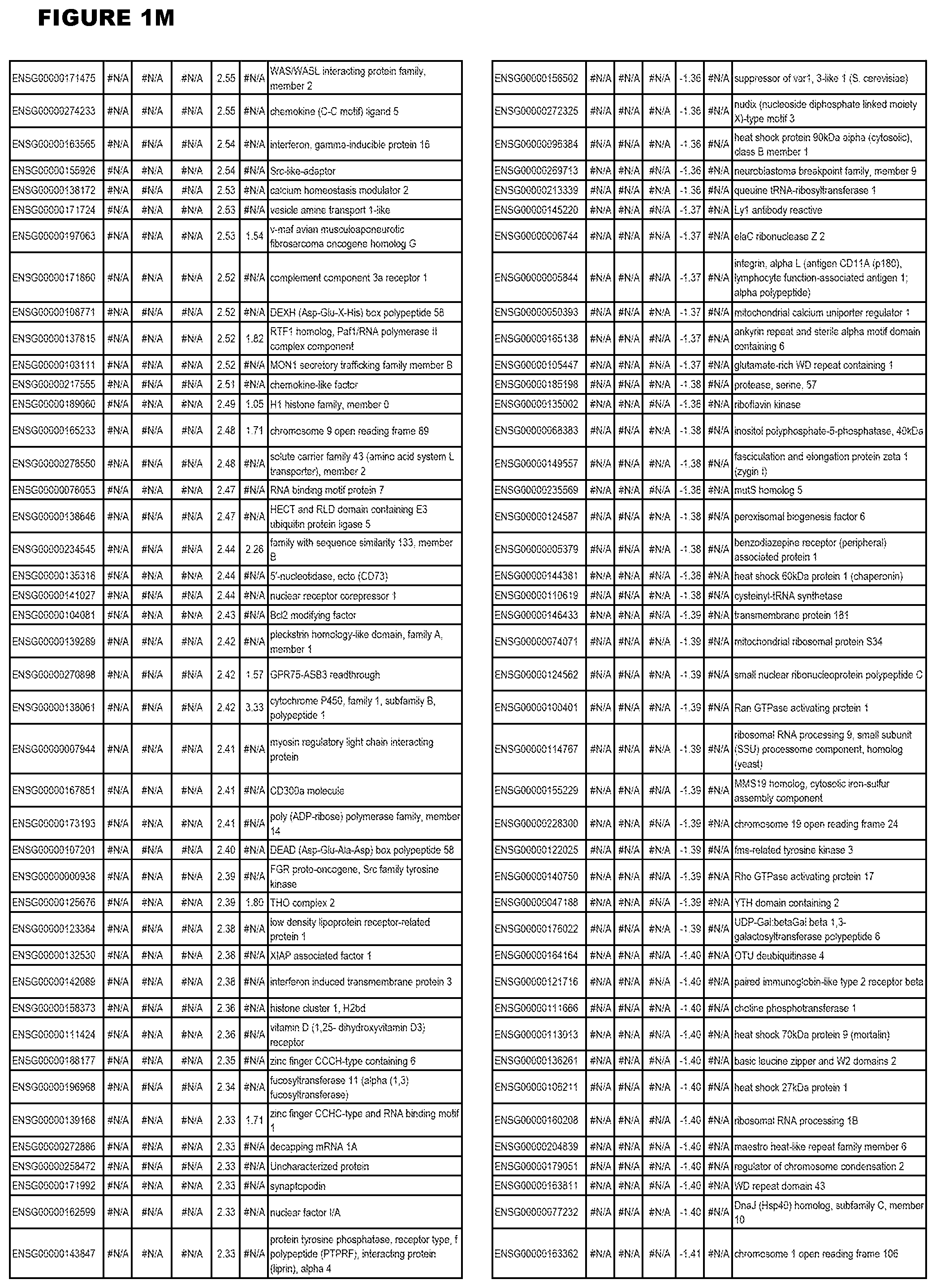
D00014
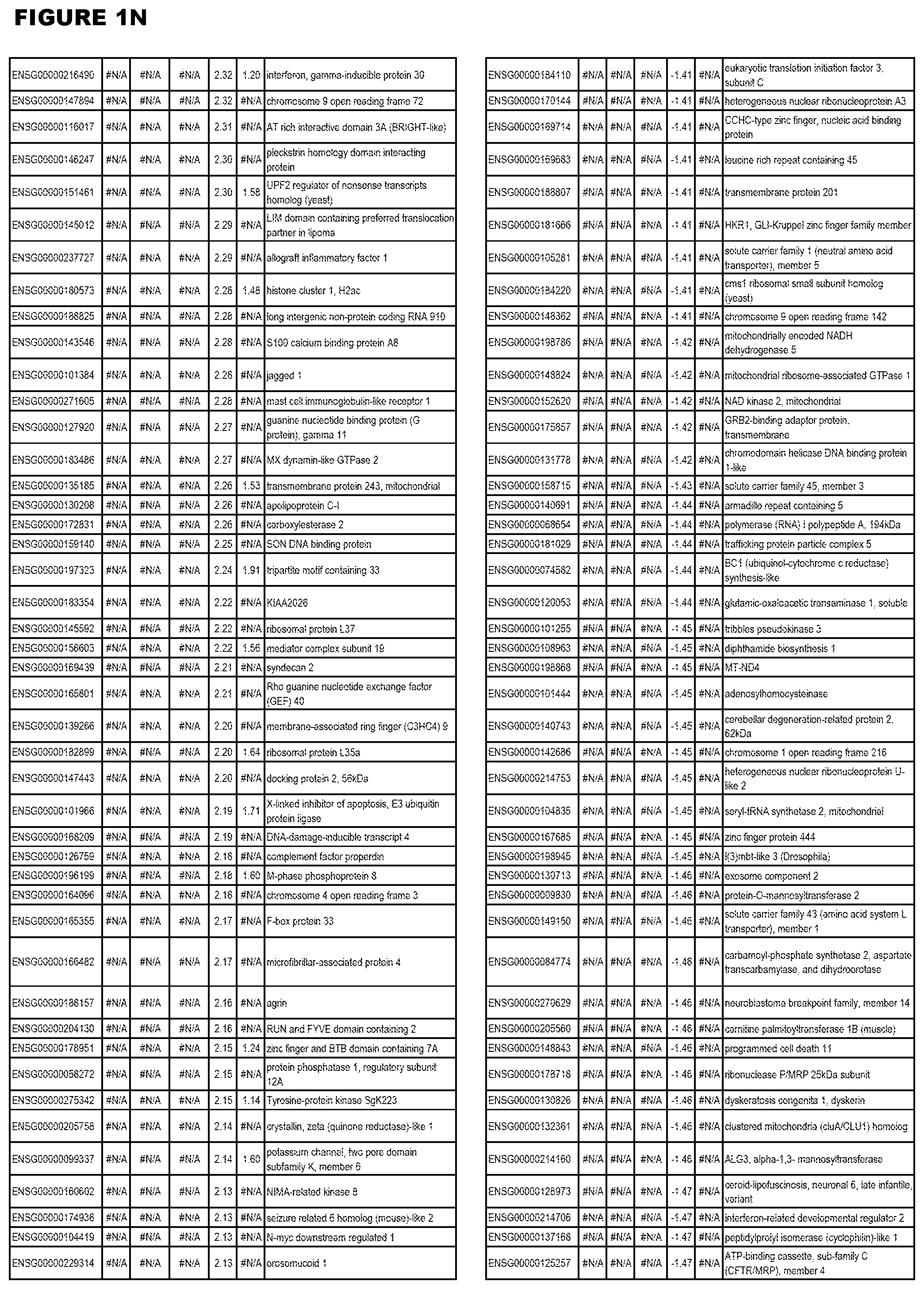
D00015
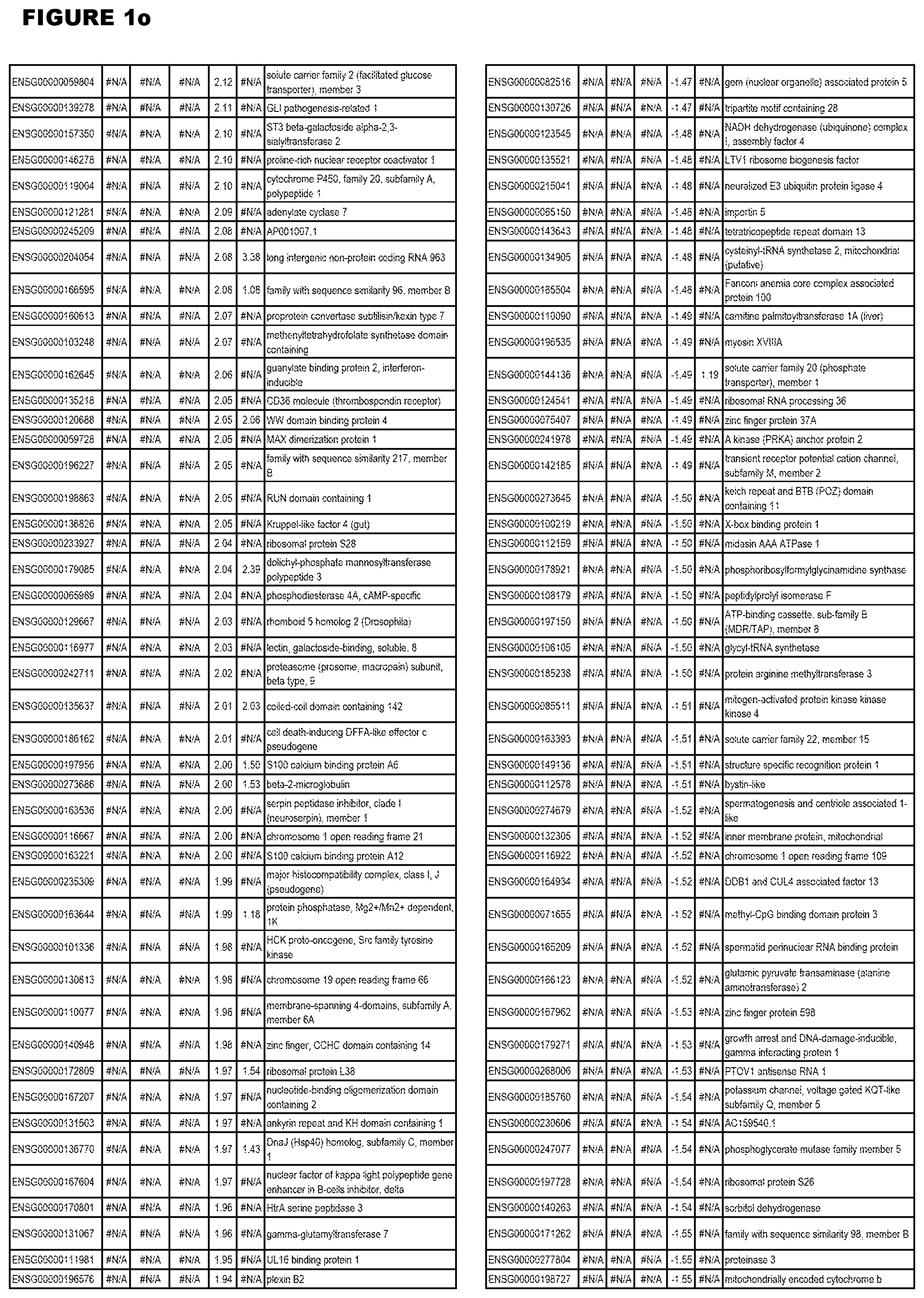
D00016
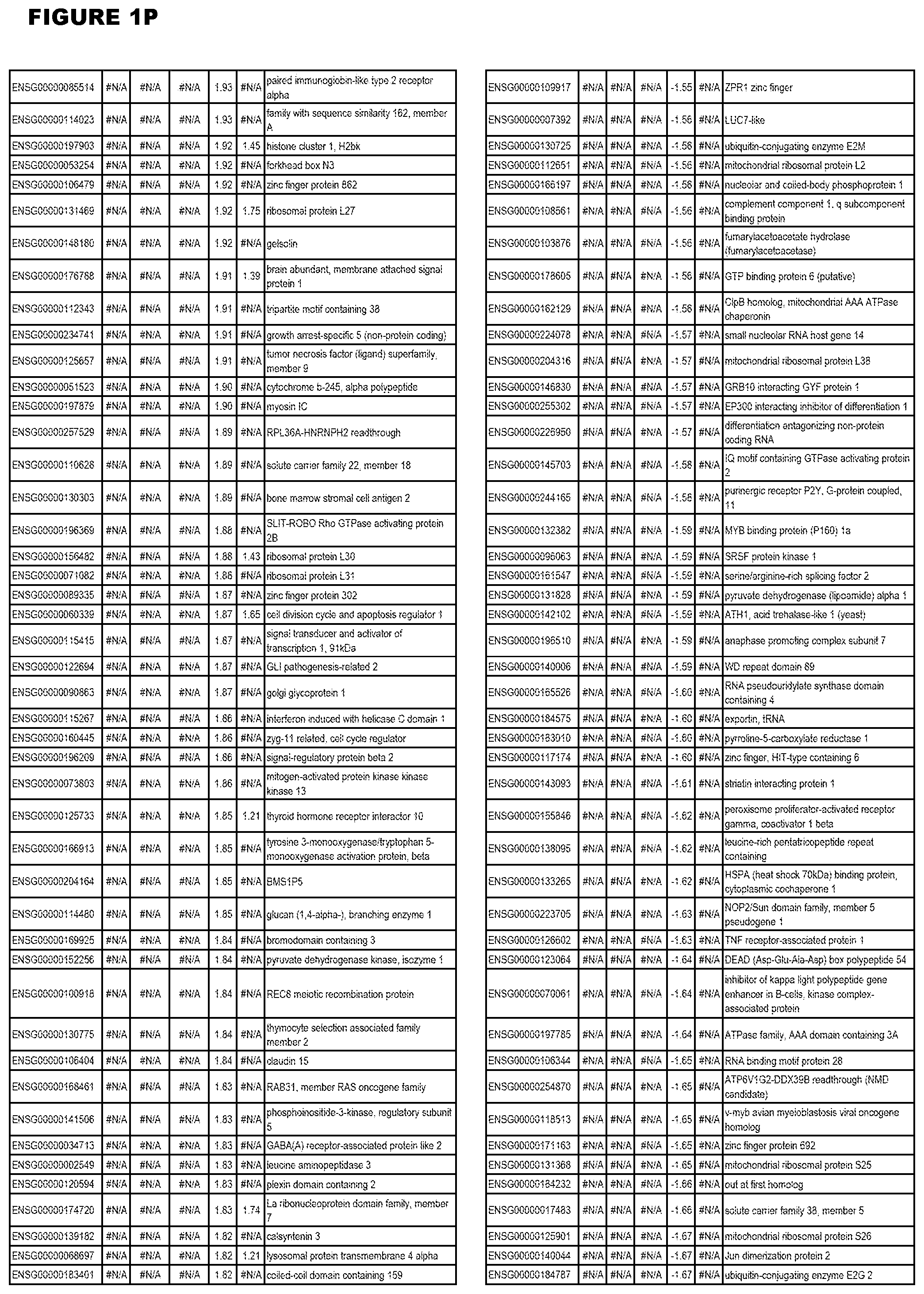
D00017
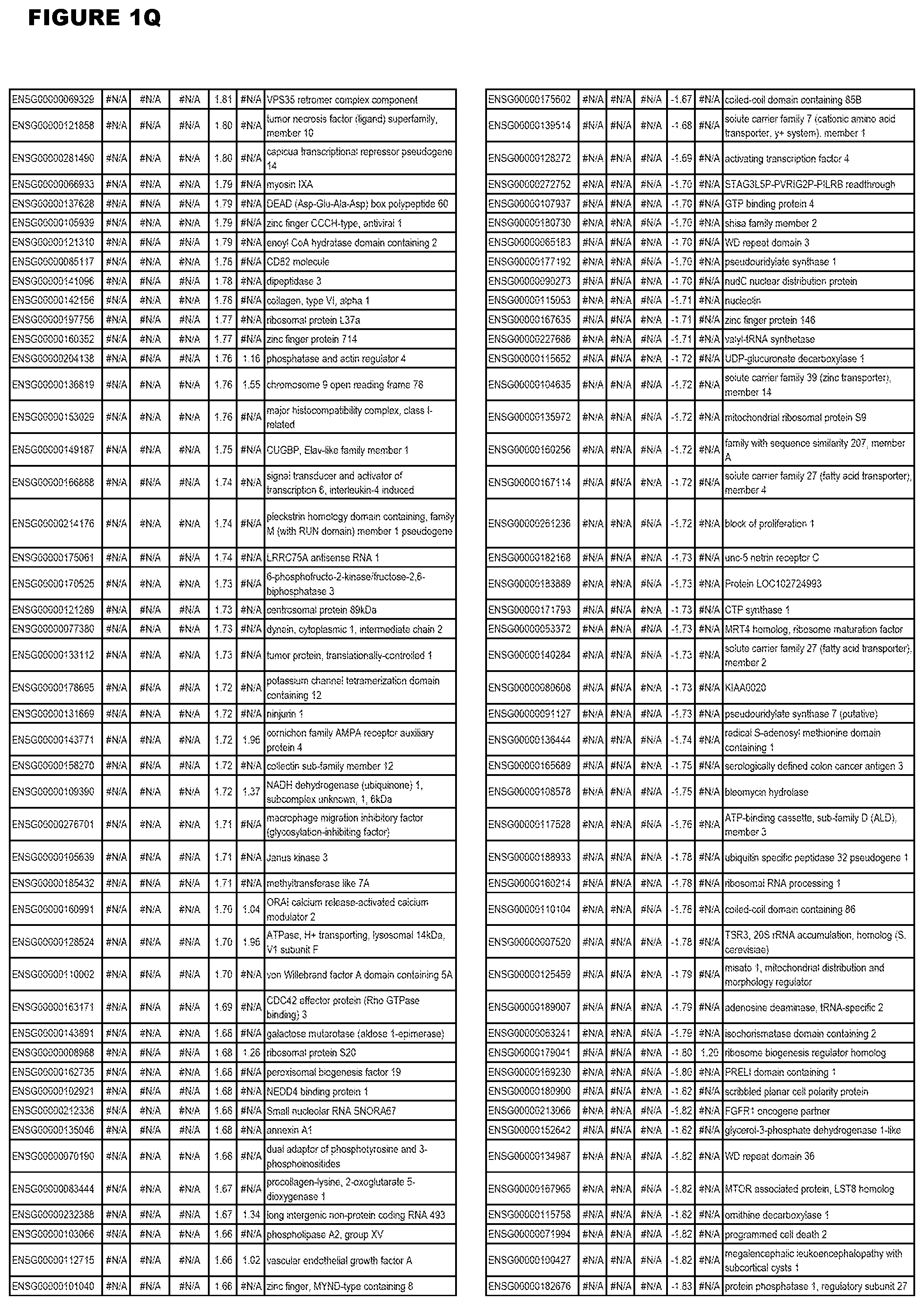
D00018
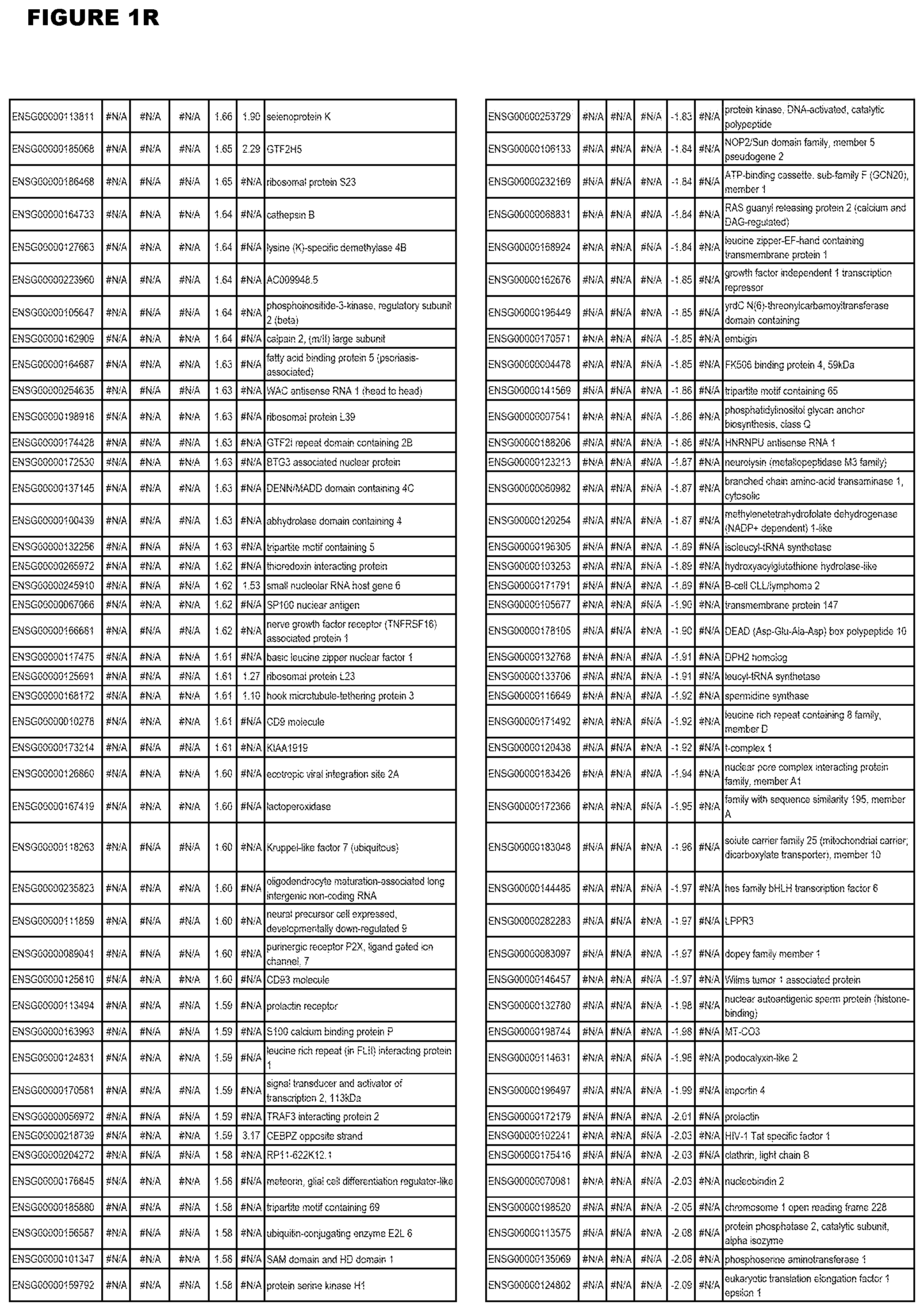
D00019
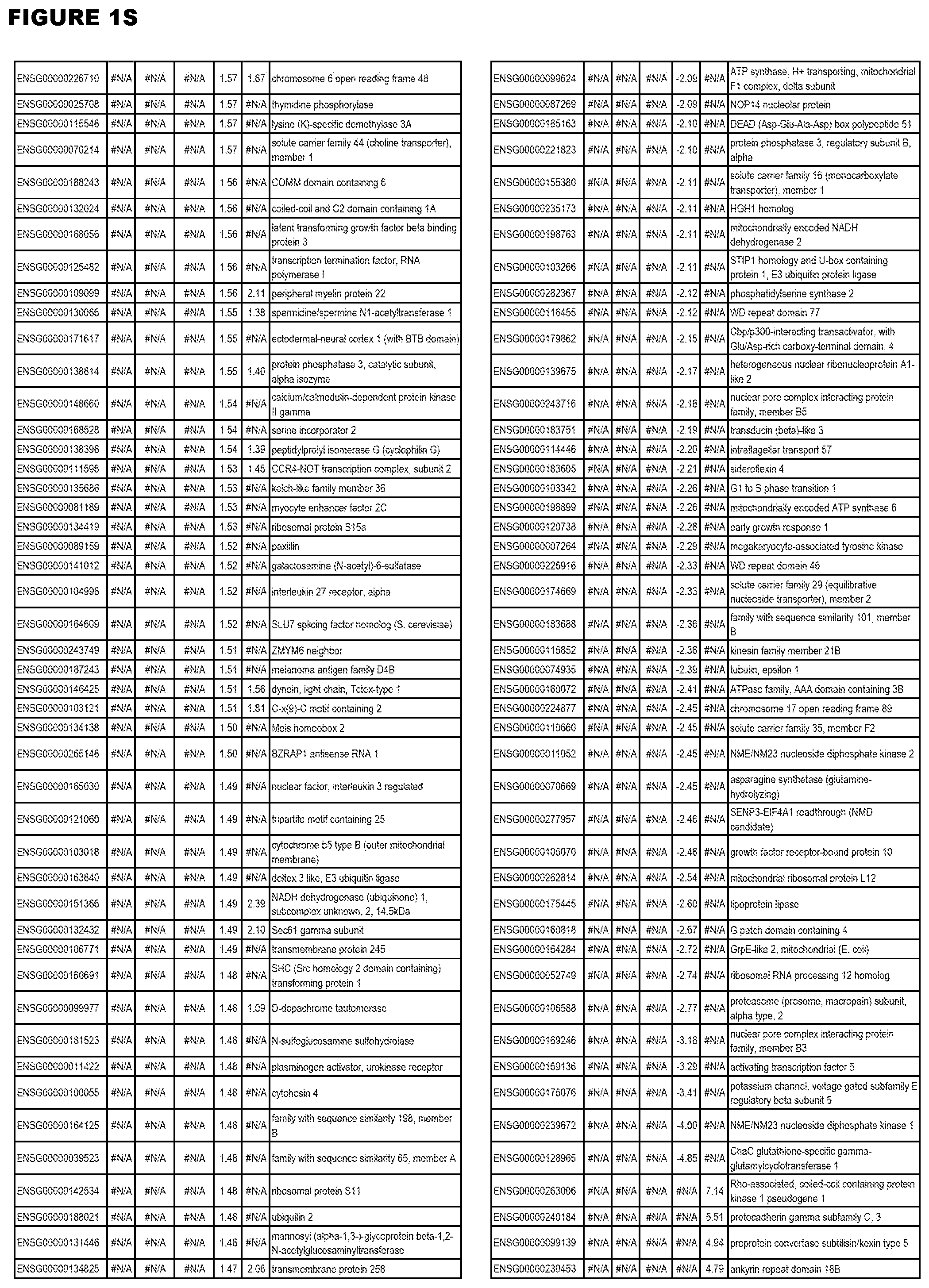
D00020
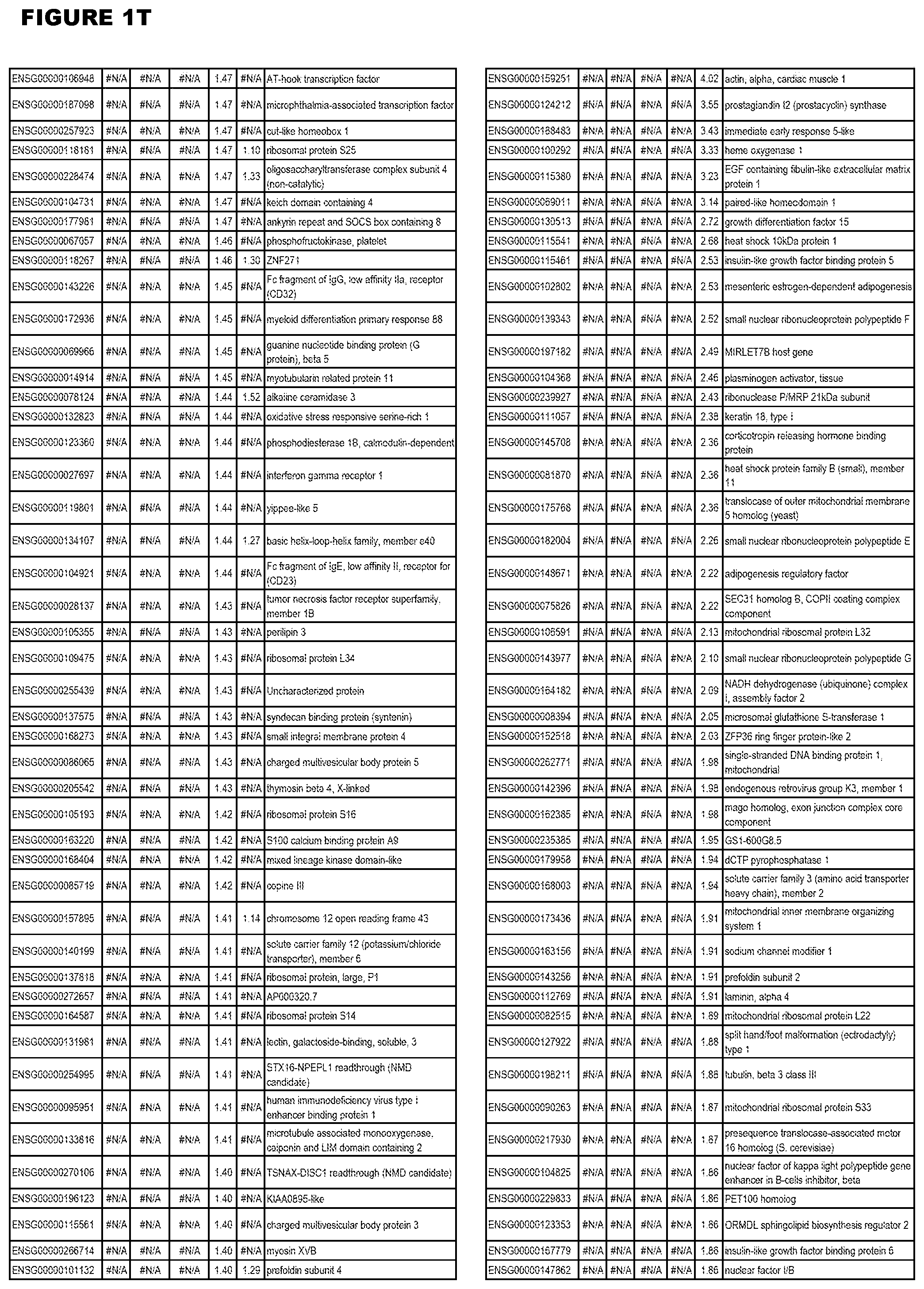
D00021
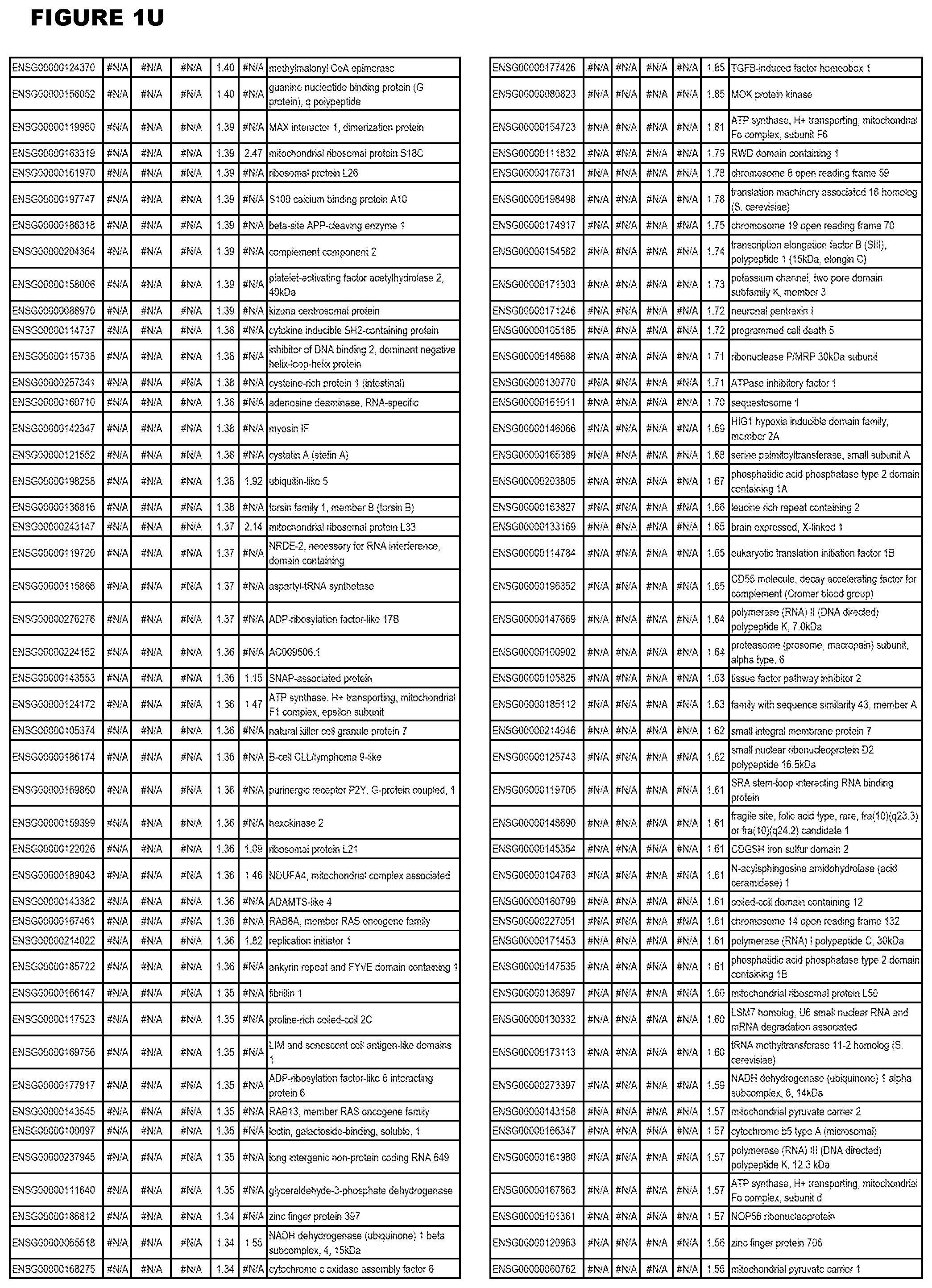
D00022
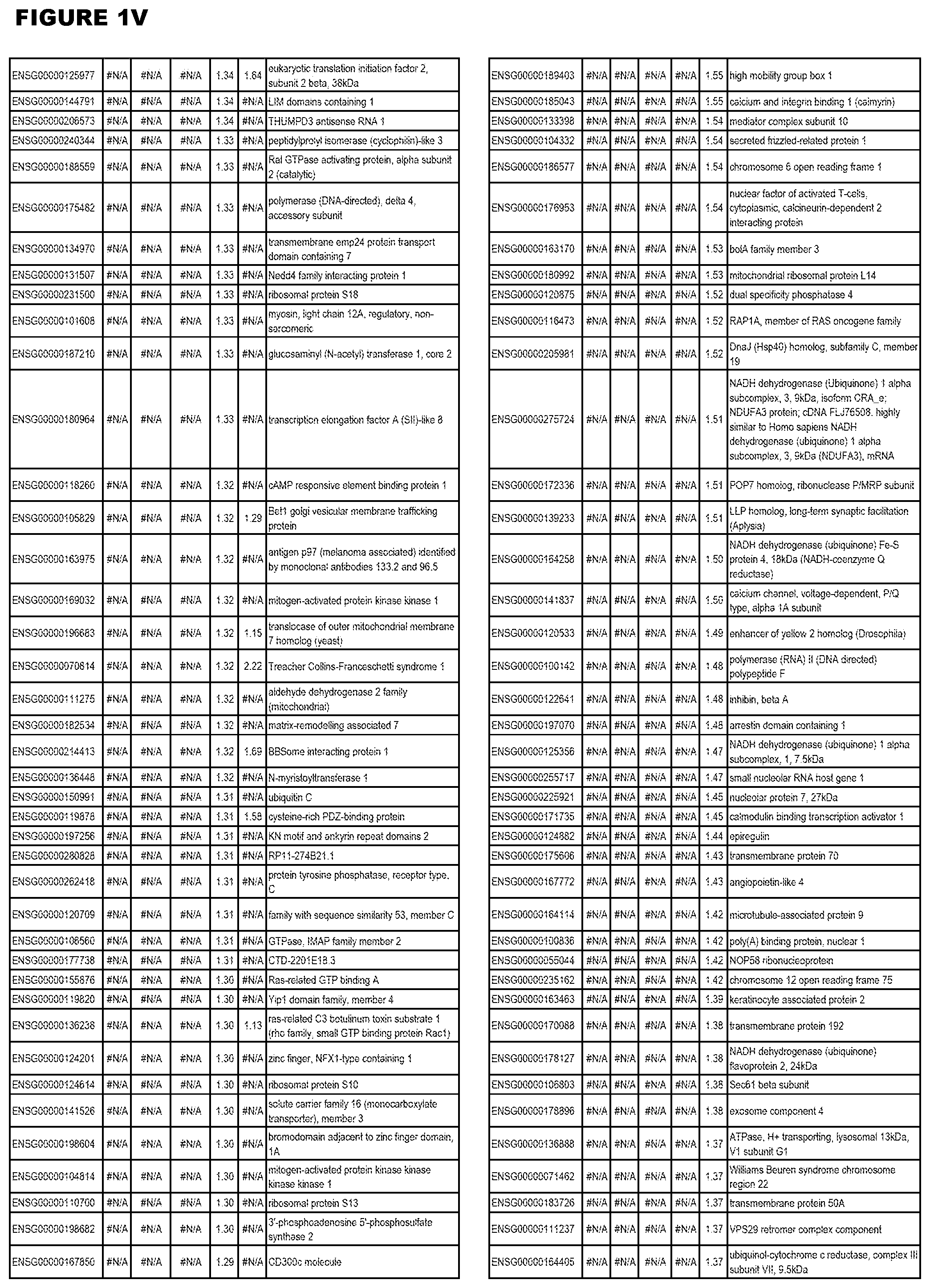
D00023
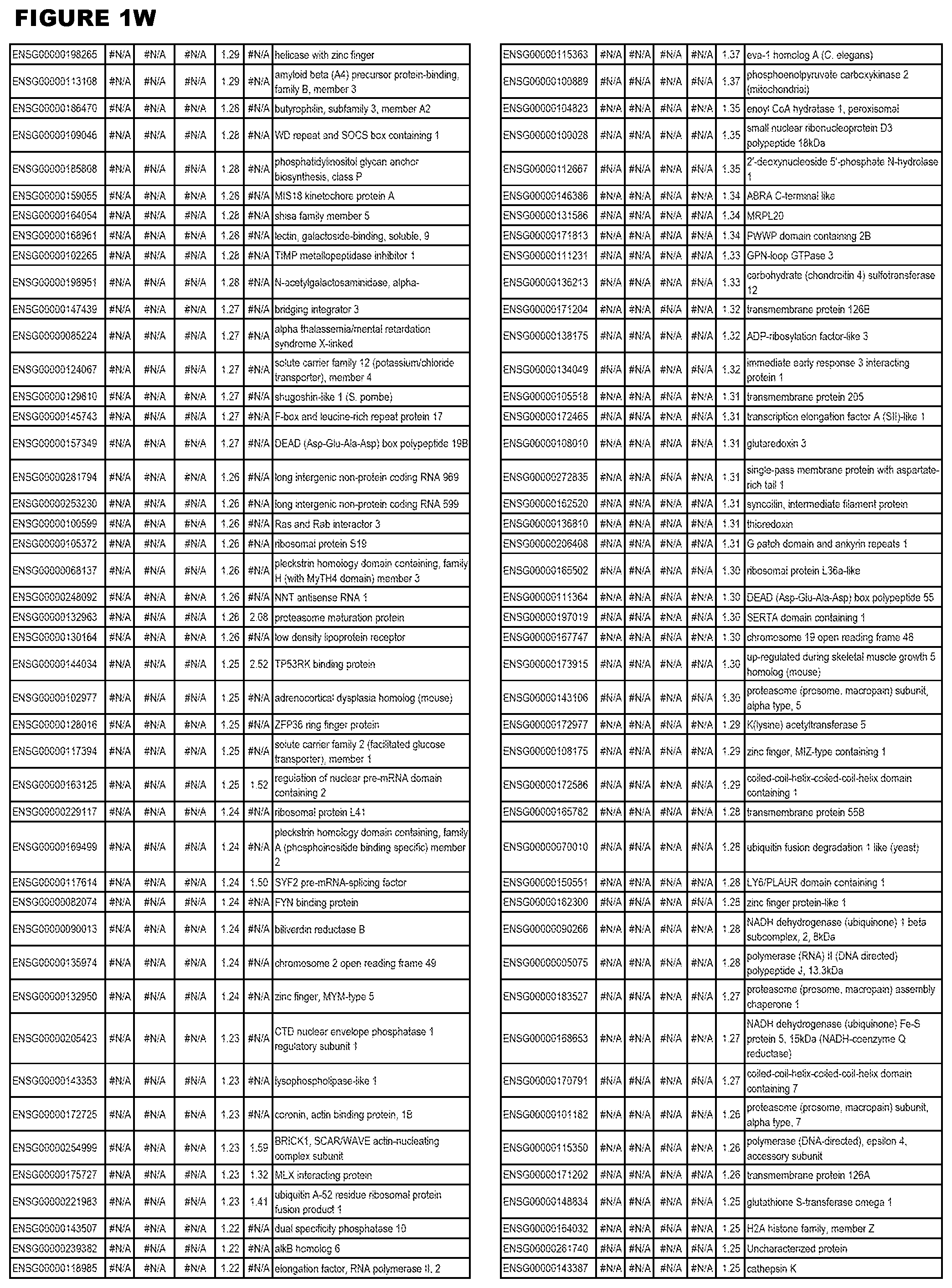
D00024
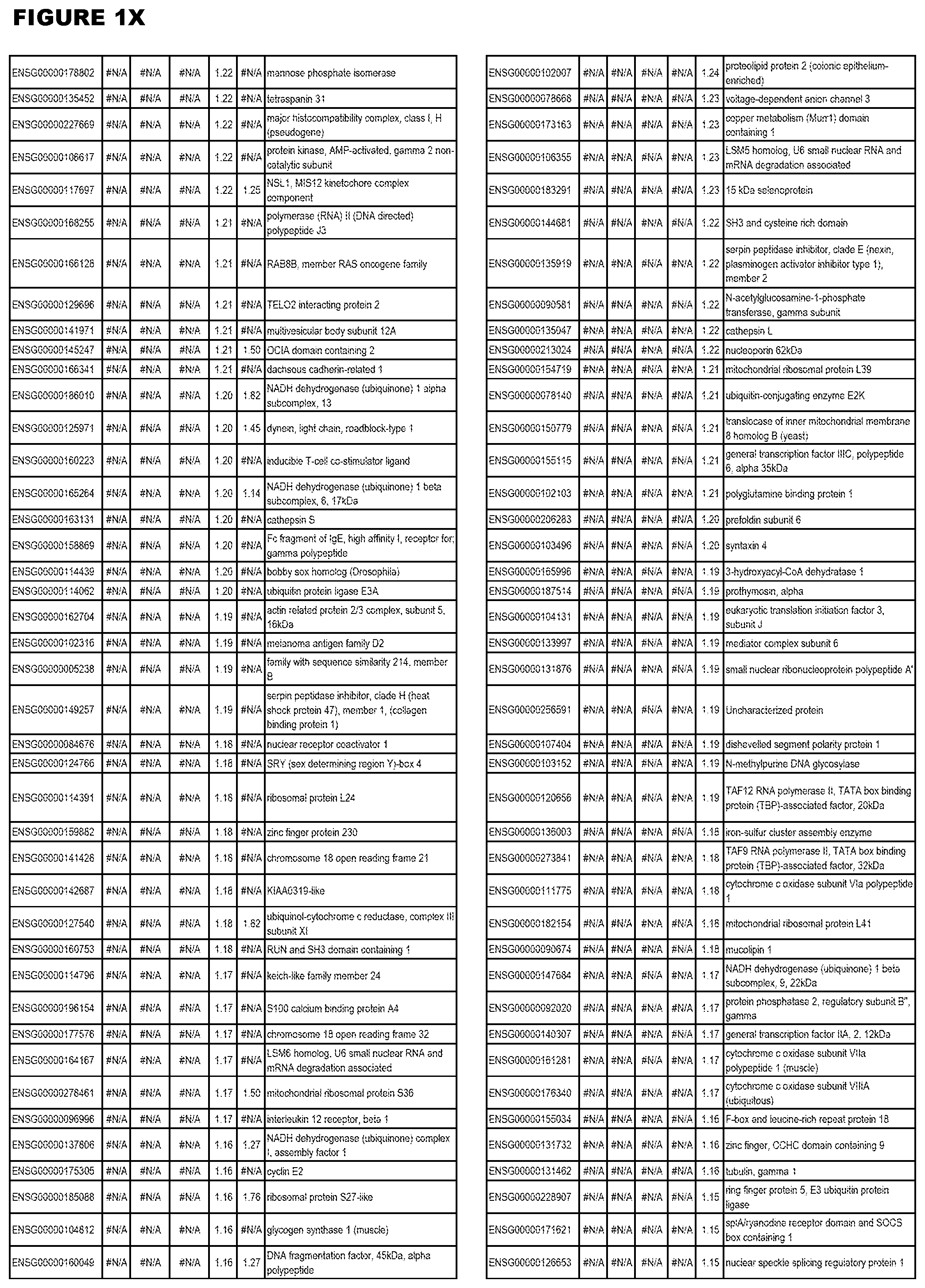
D00025
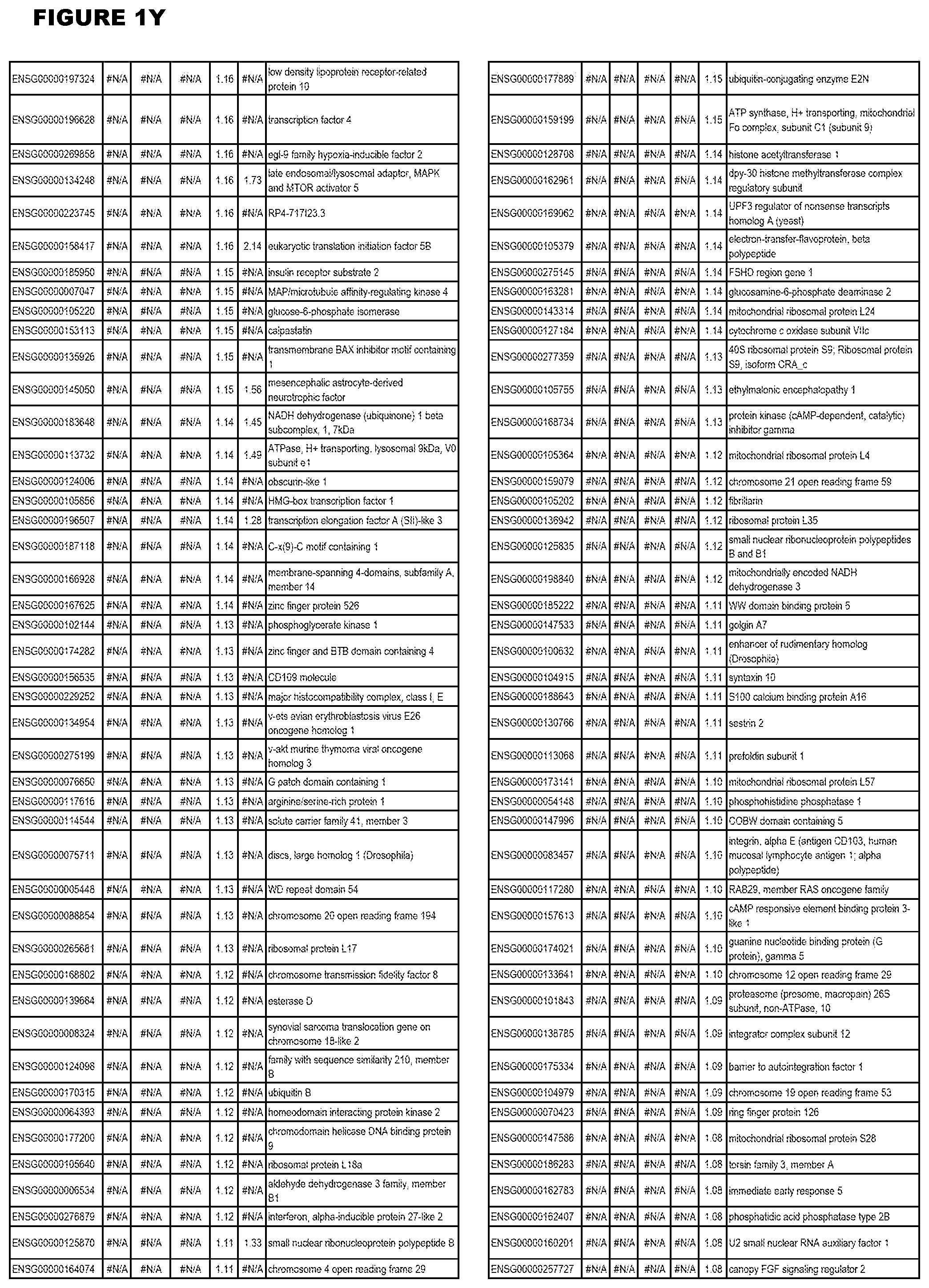
D00026
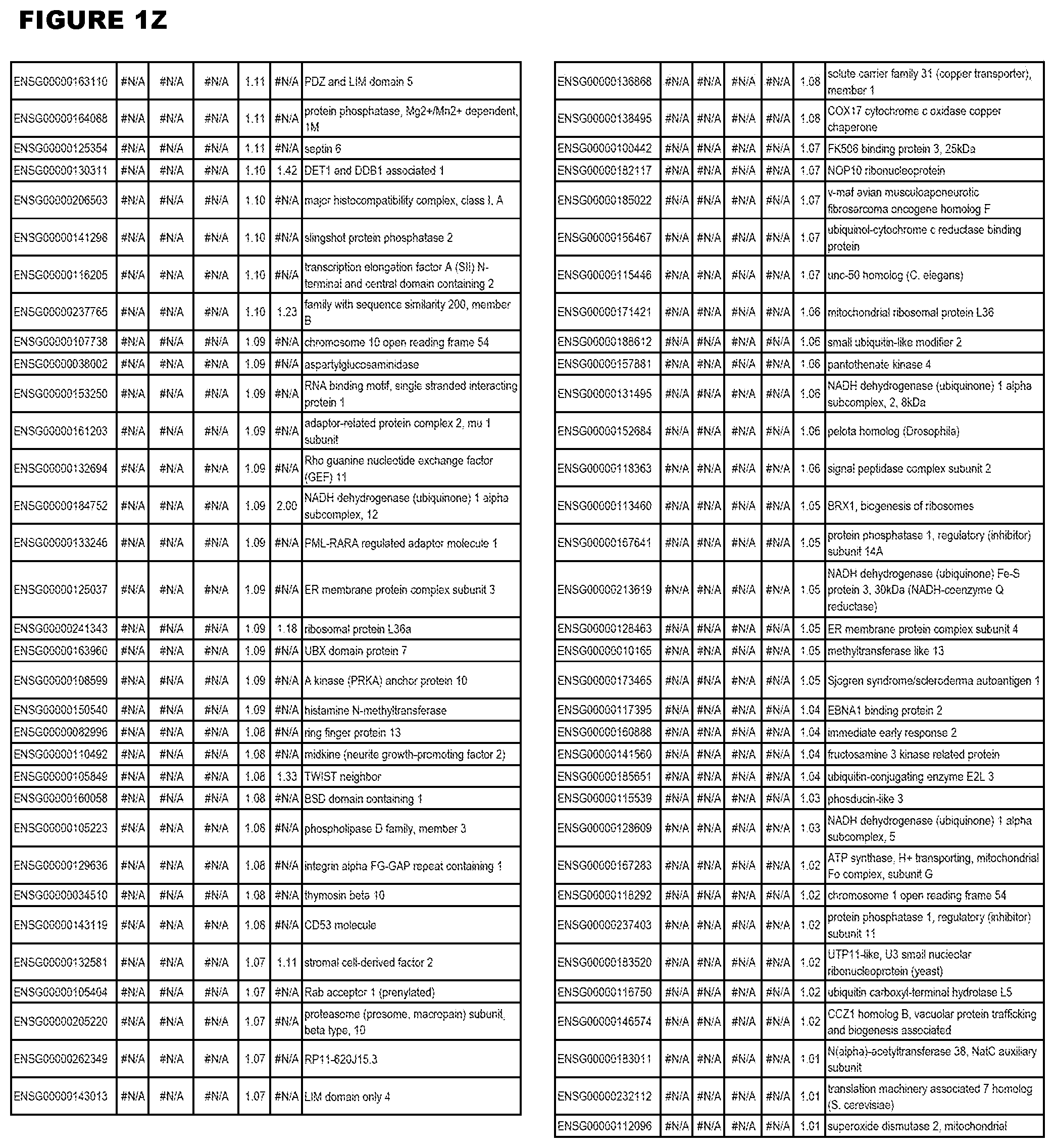
D00027
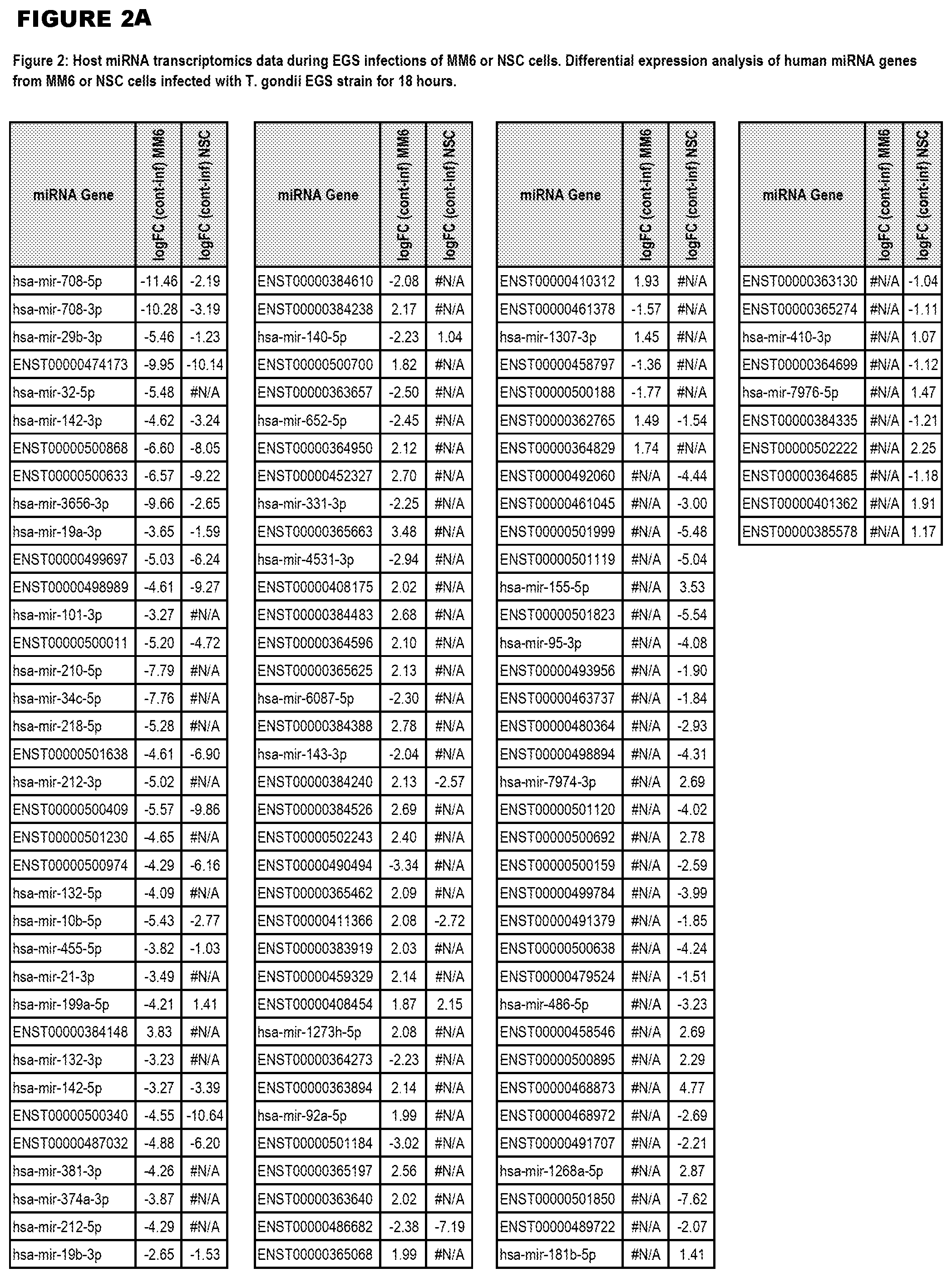
D00028
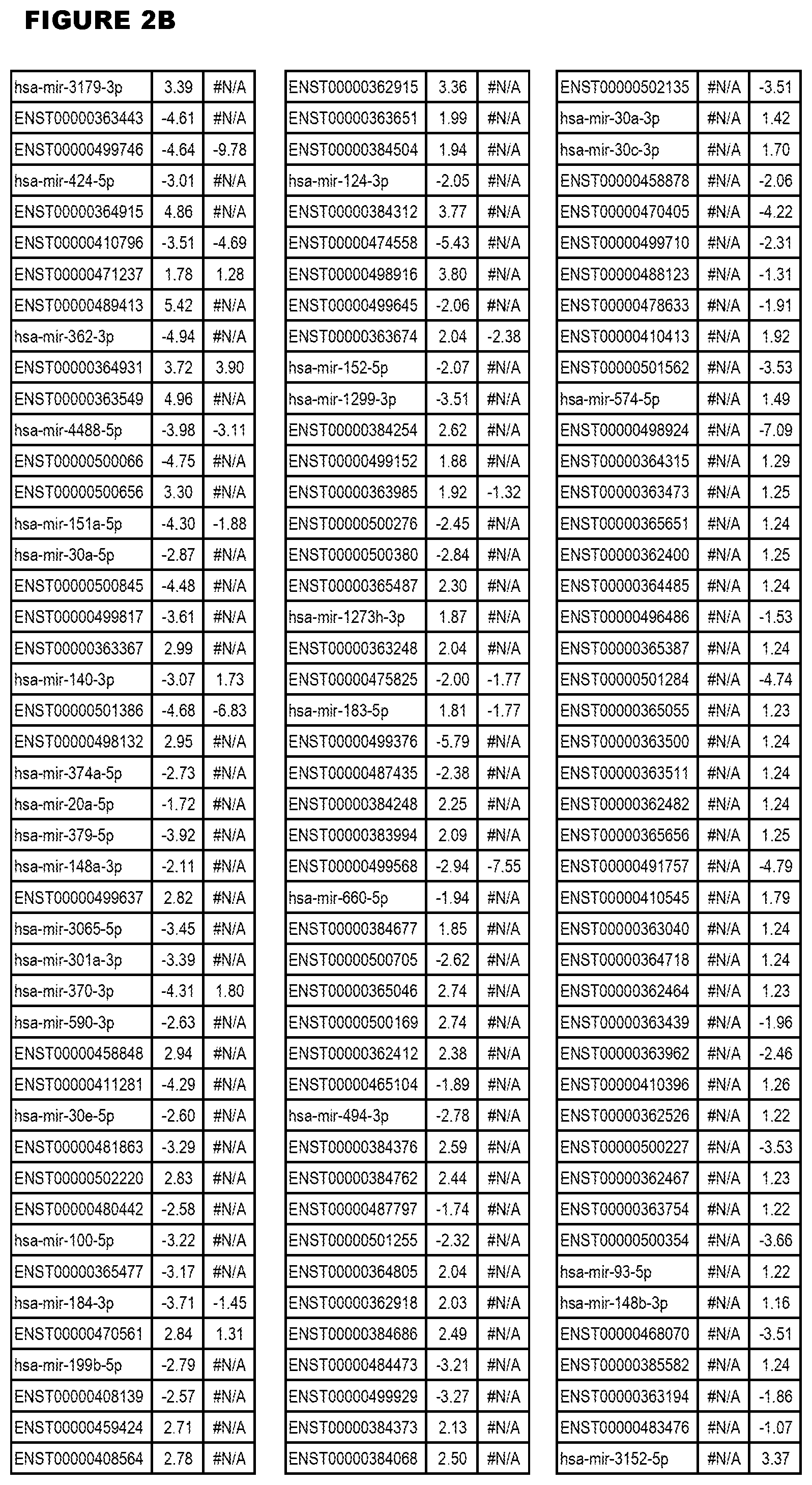
D00029
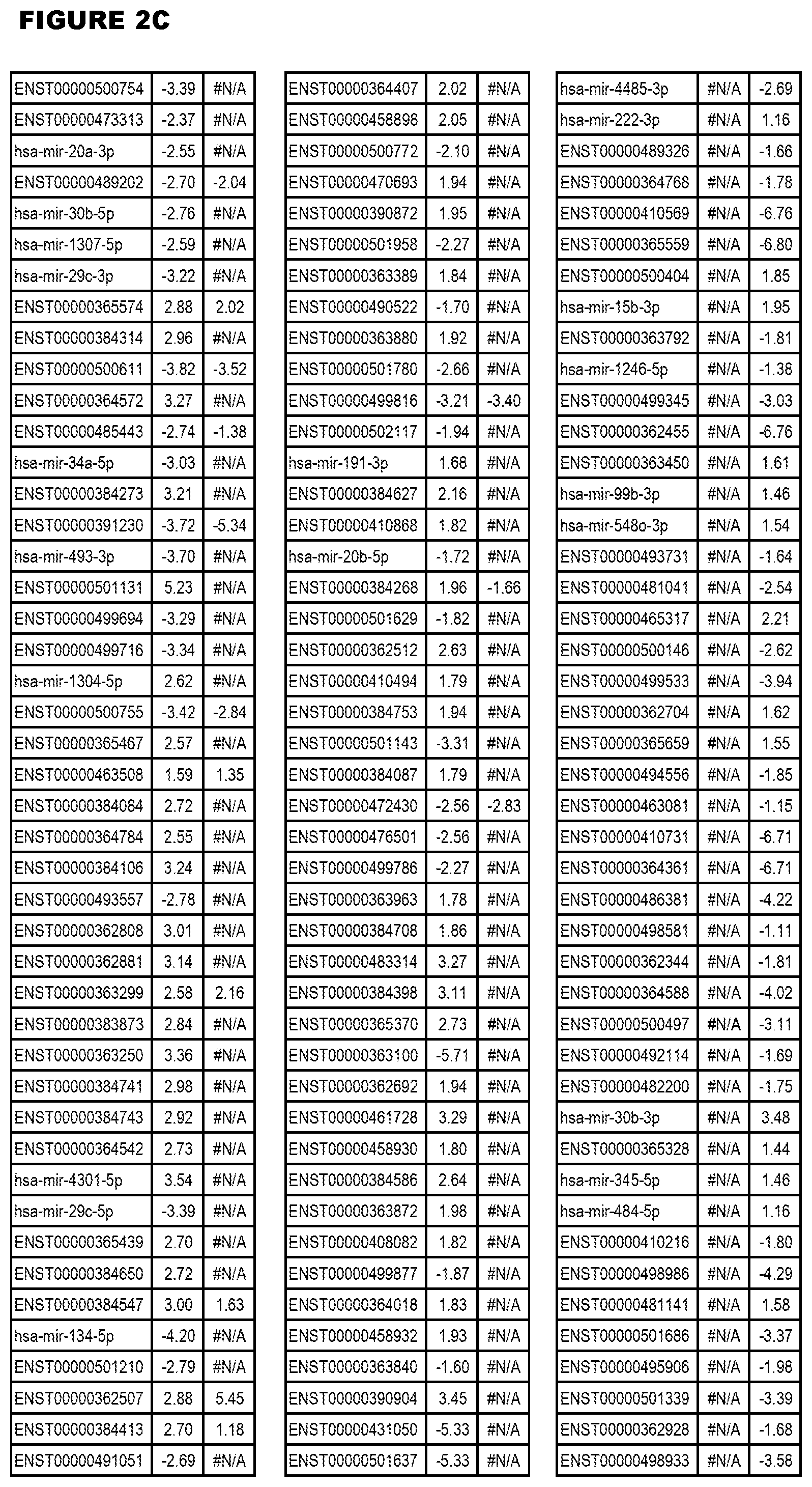
D00030
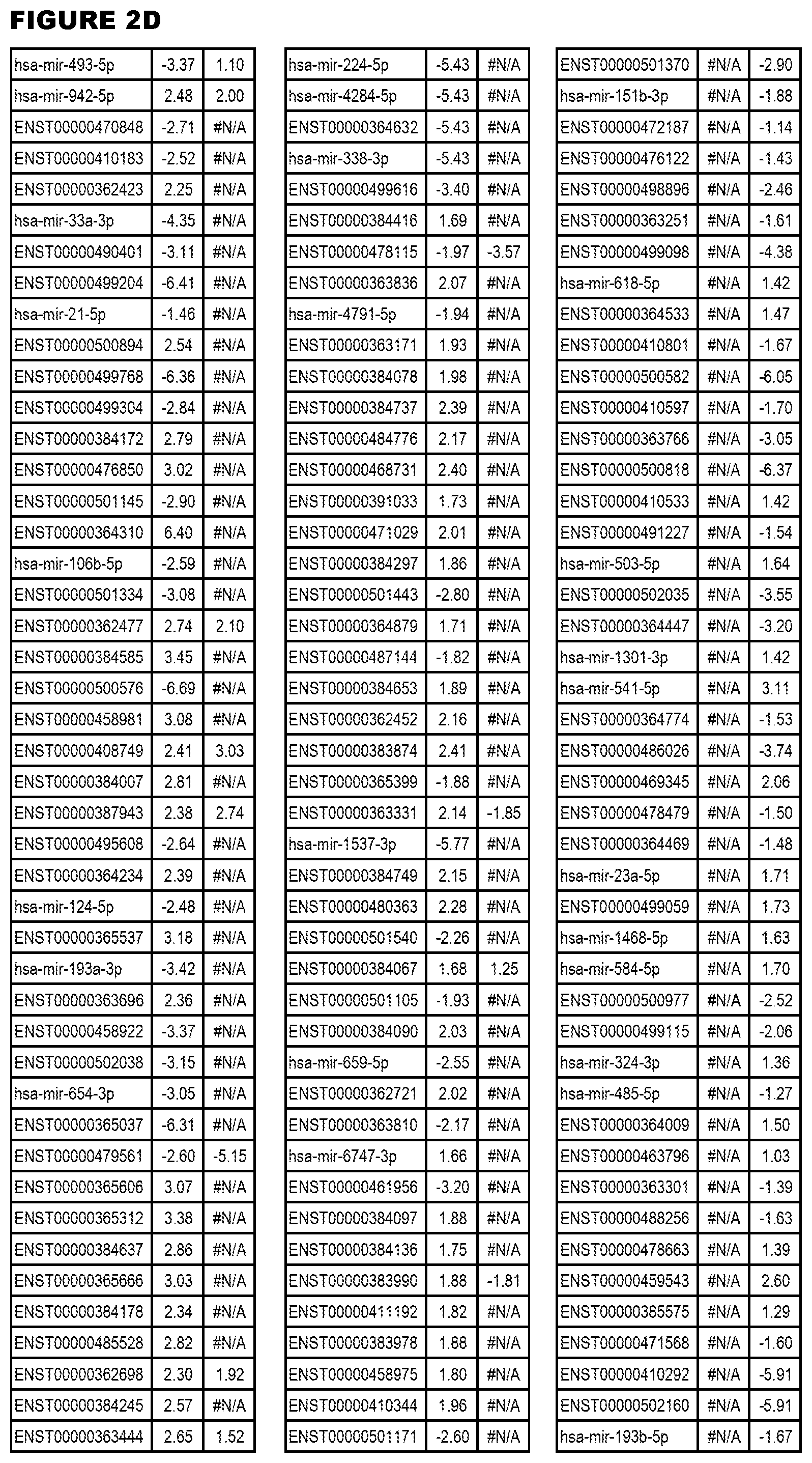
D00031
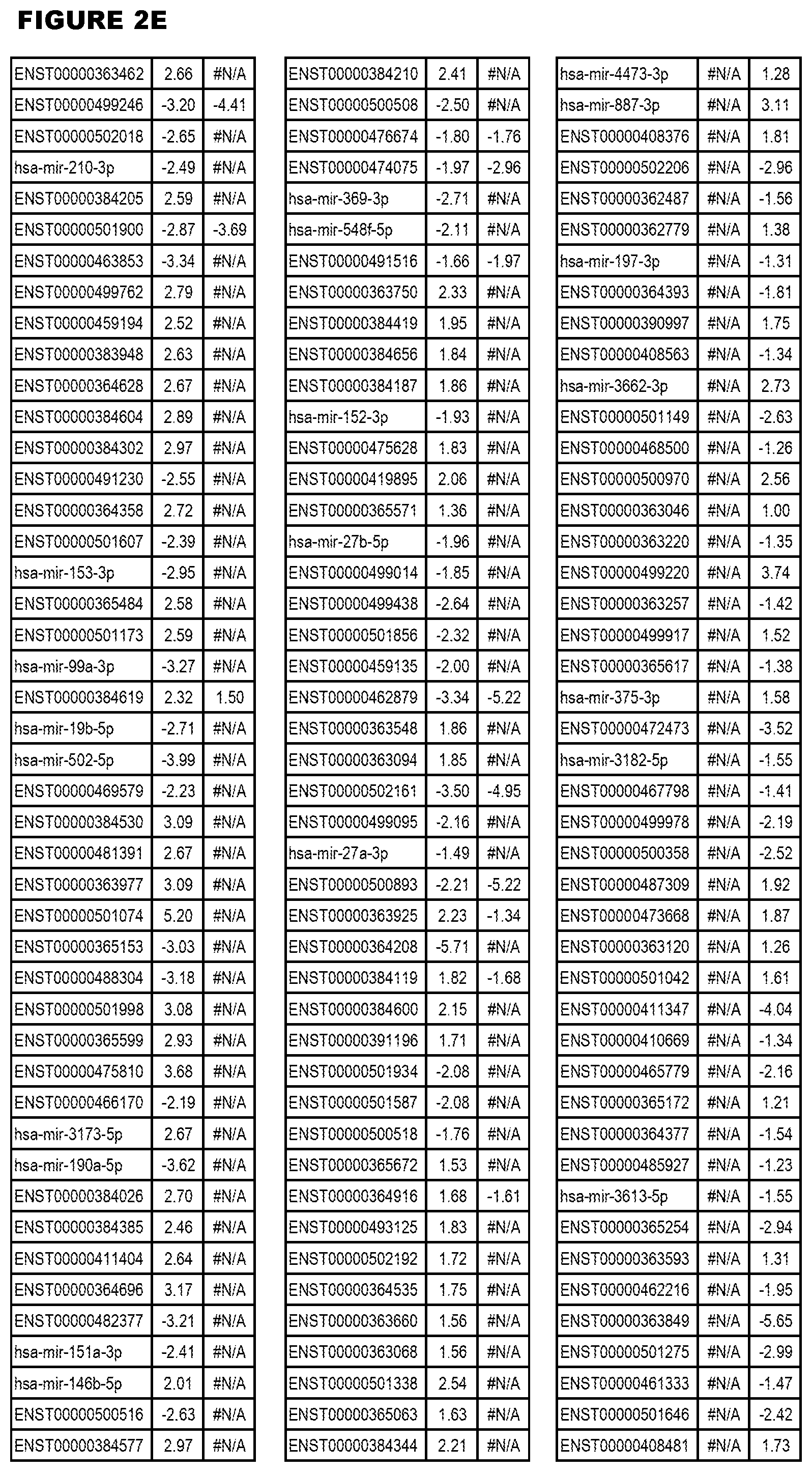
D00032
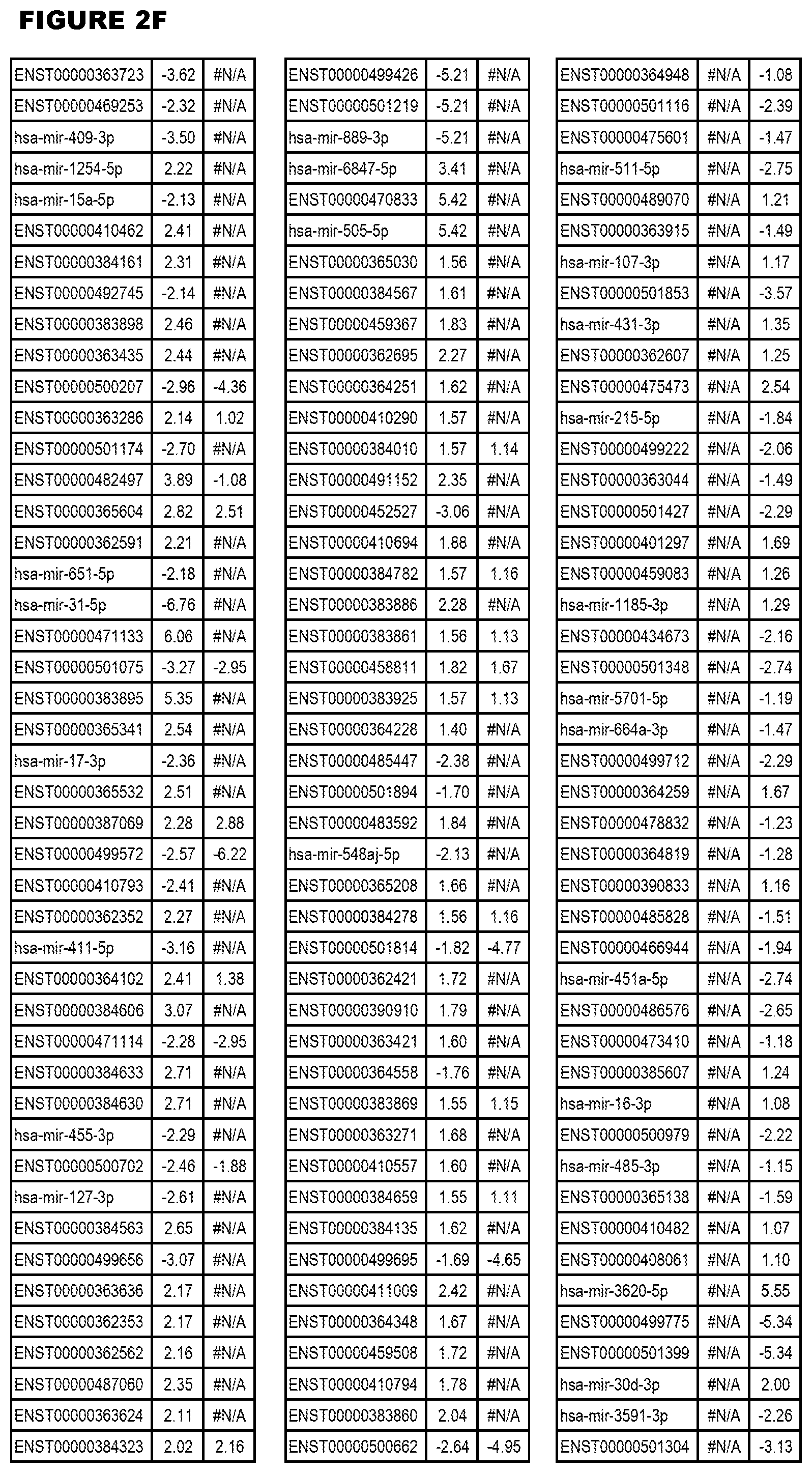
D00033
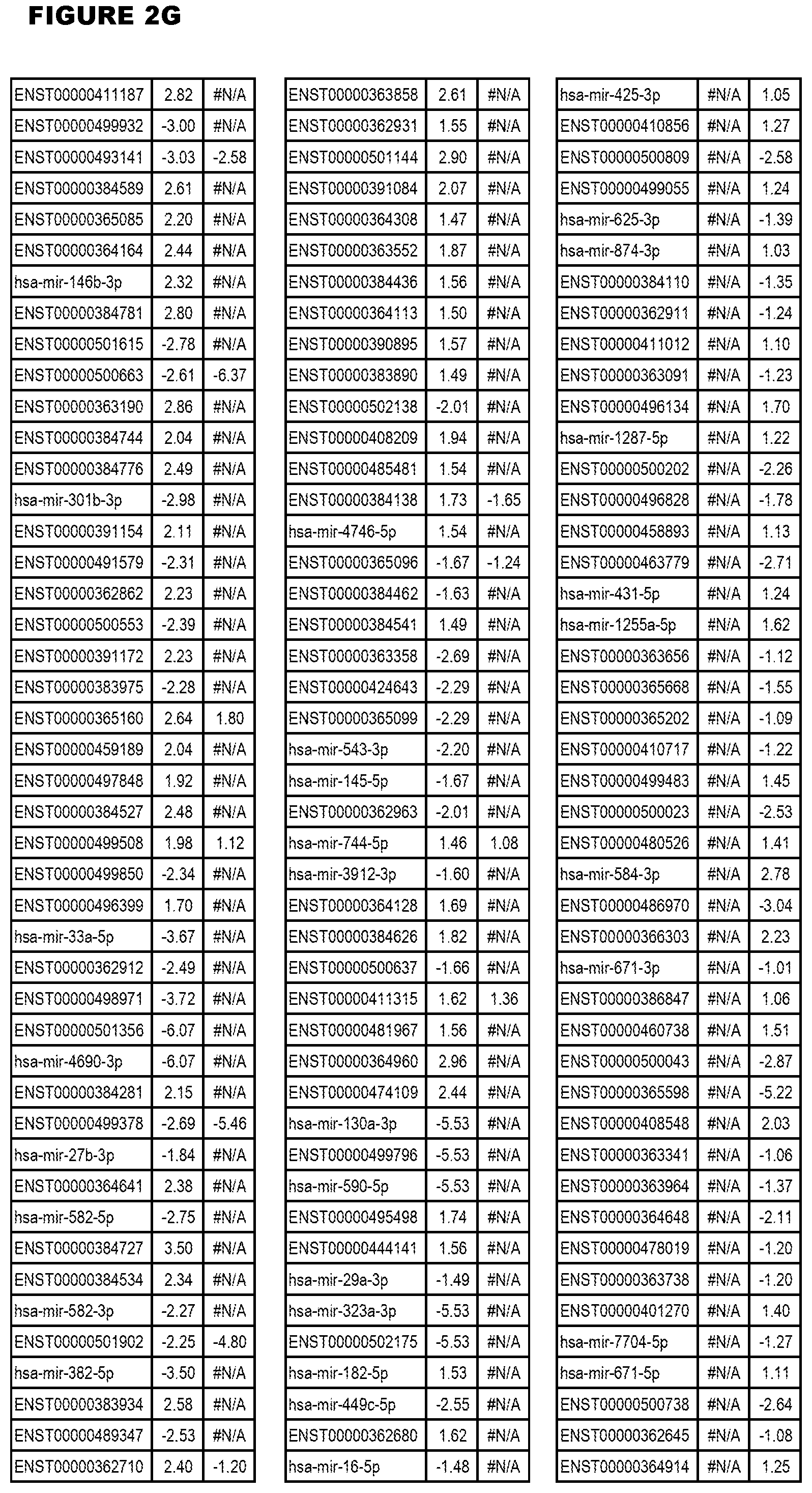
D00034
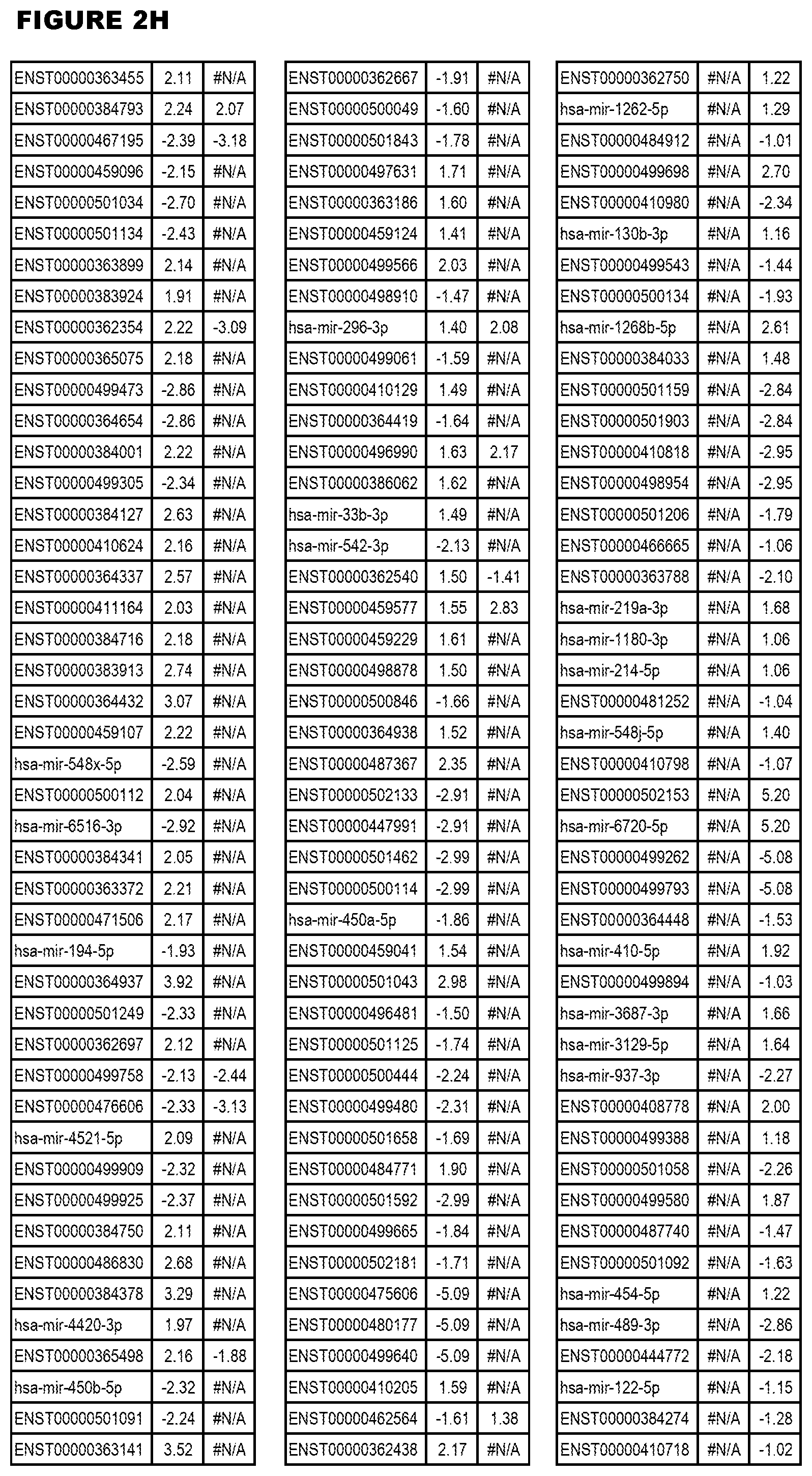
D00035
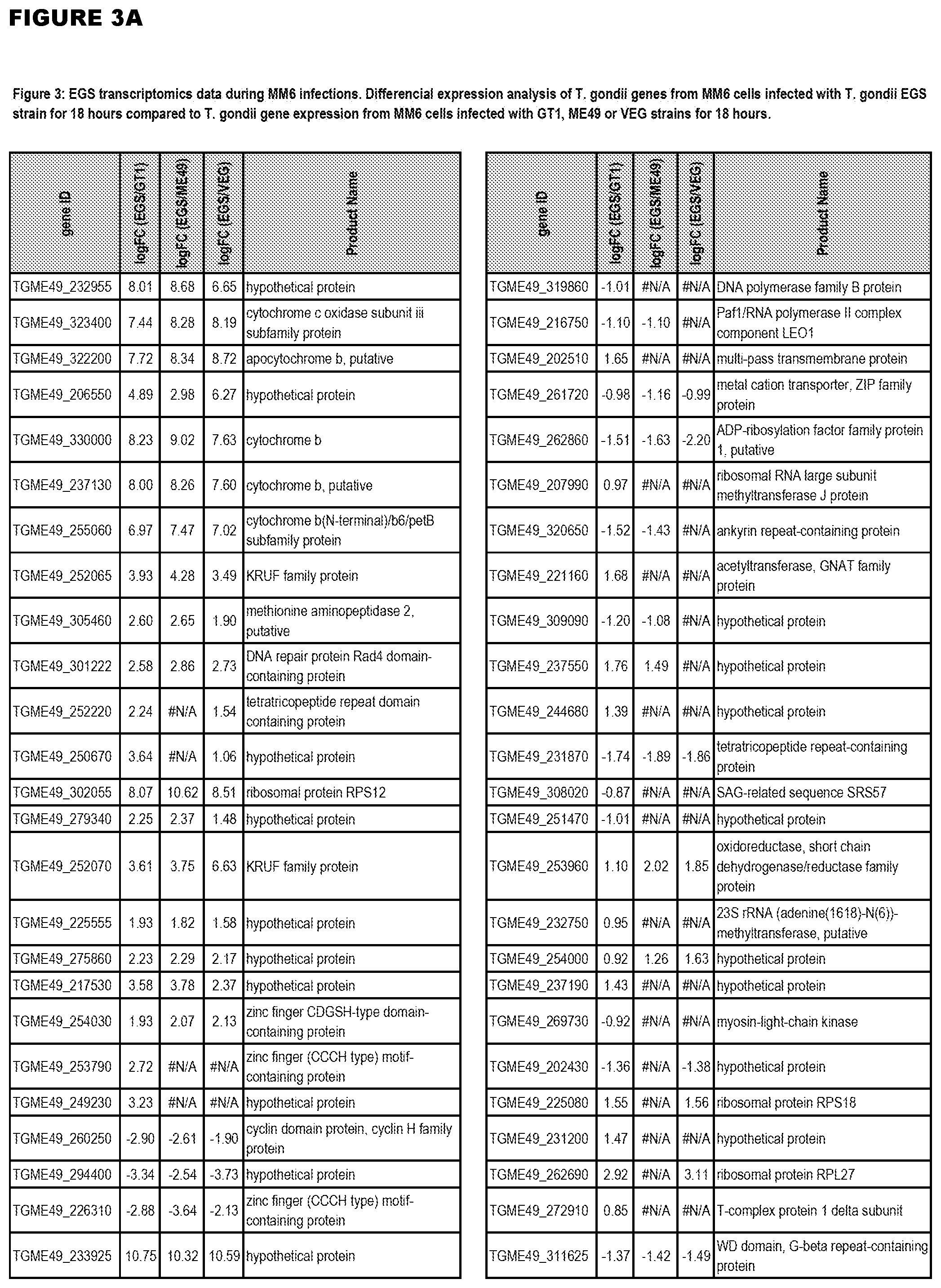
D00036
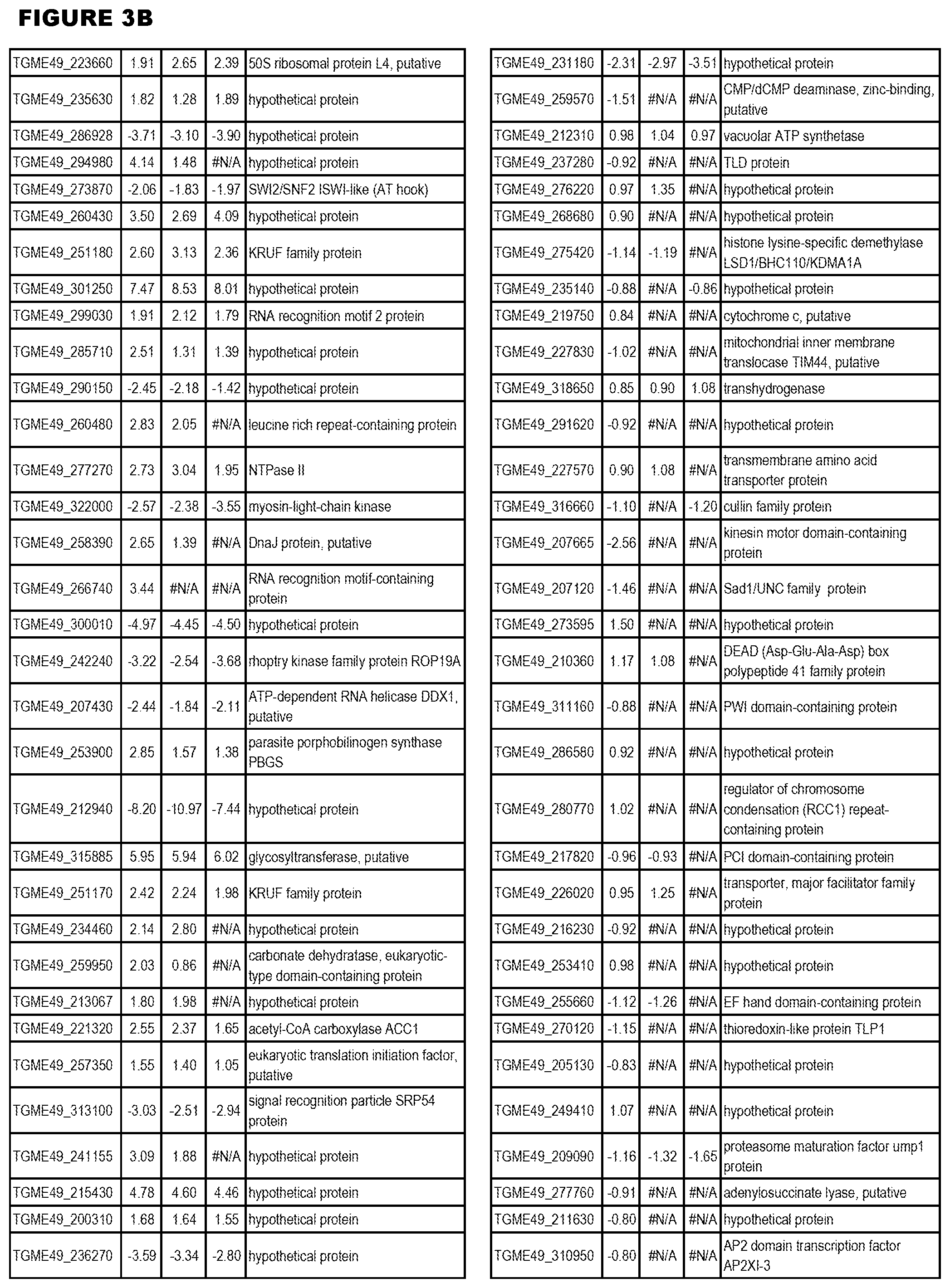
D00037
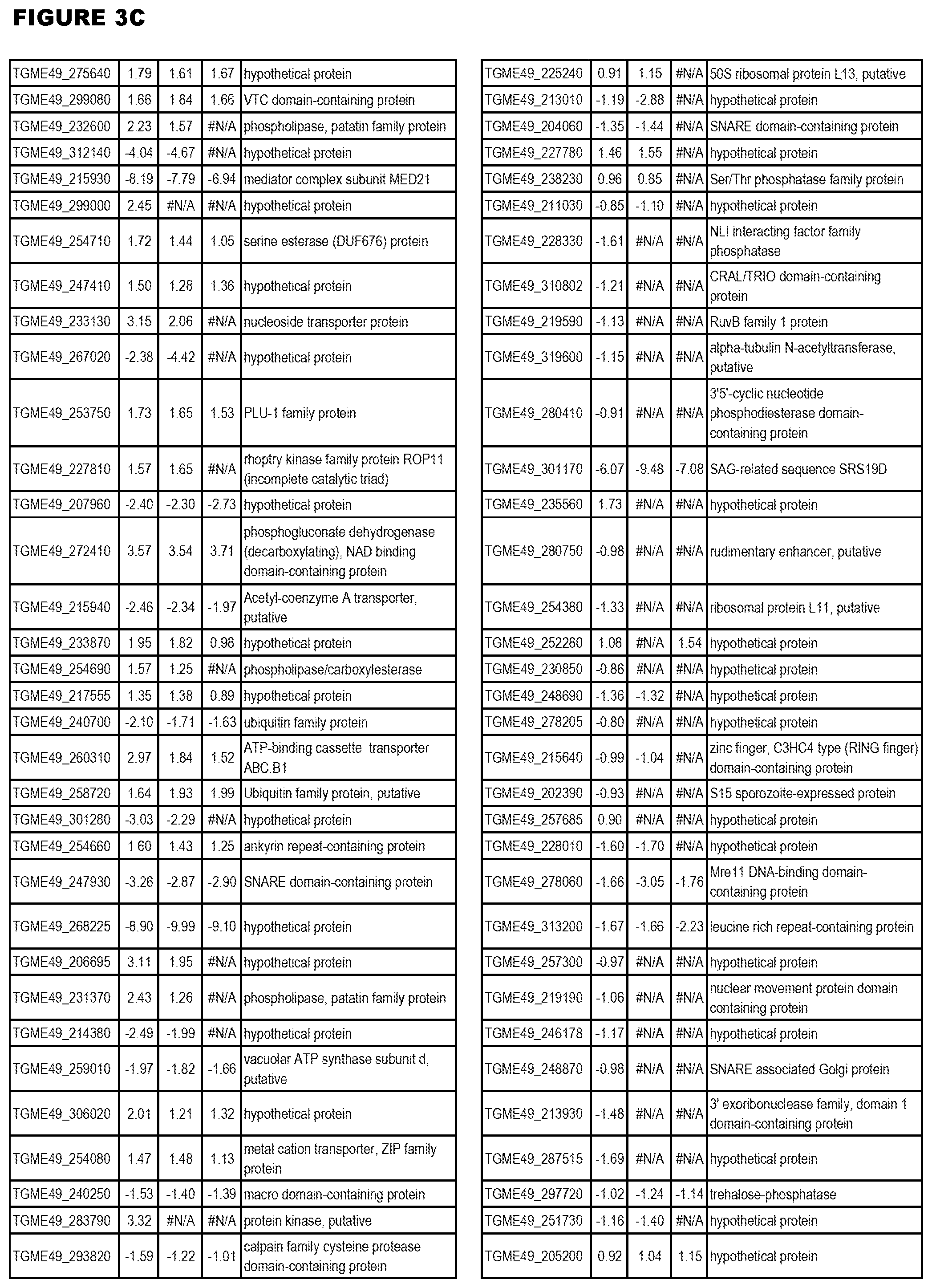
D00038
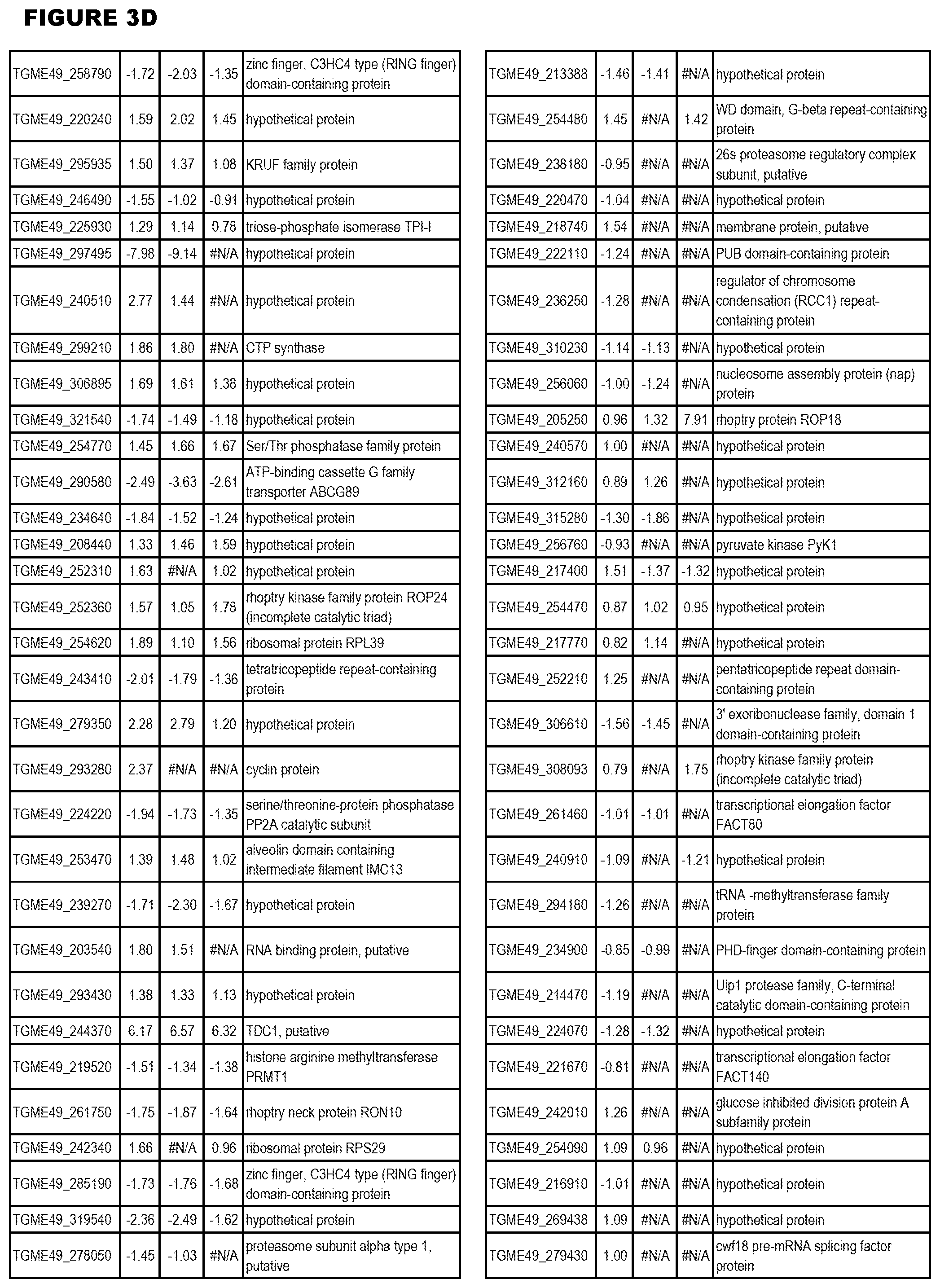
D00039
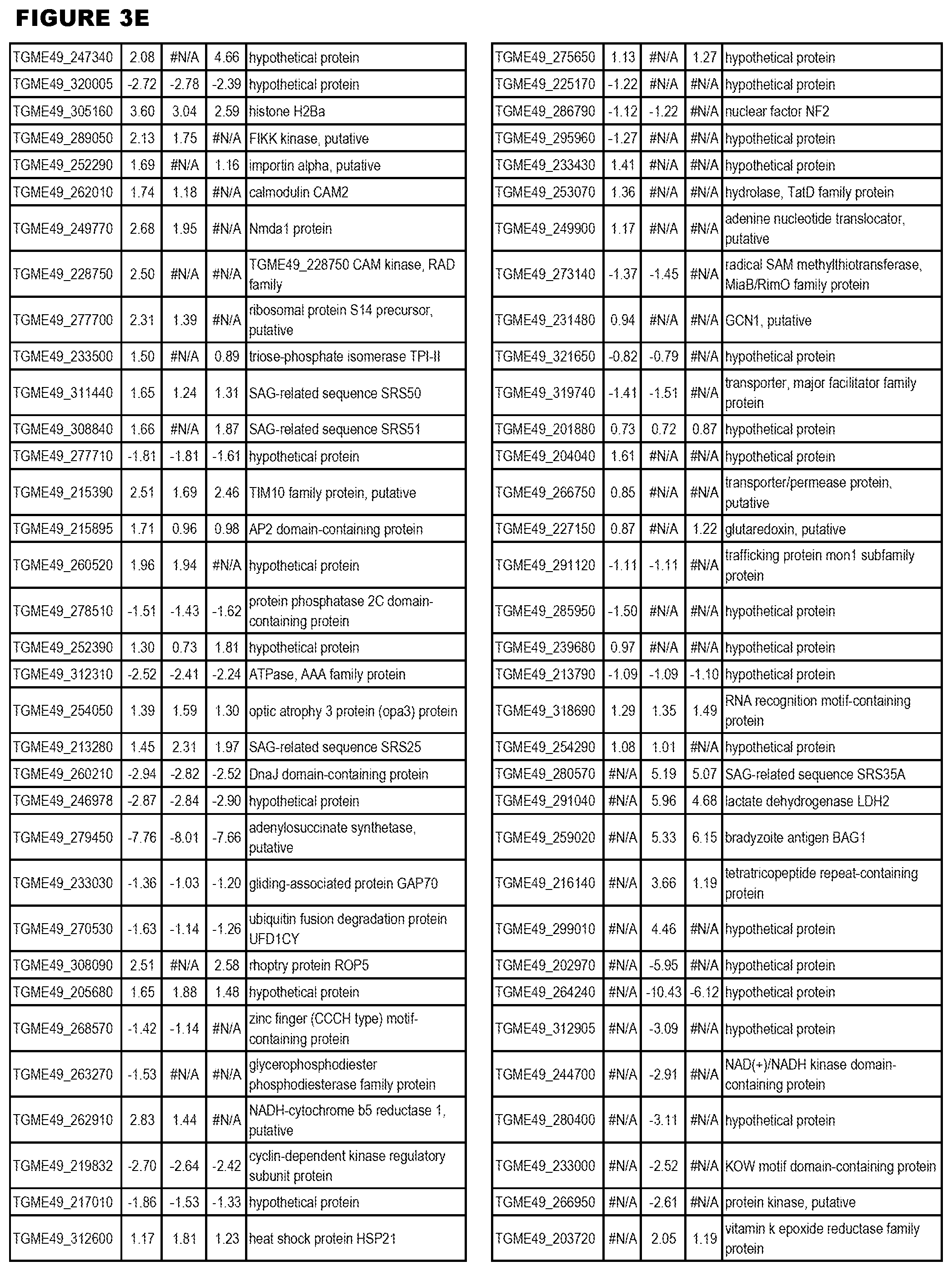
D00040
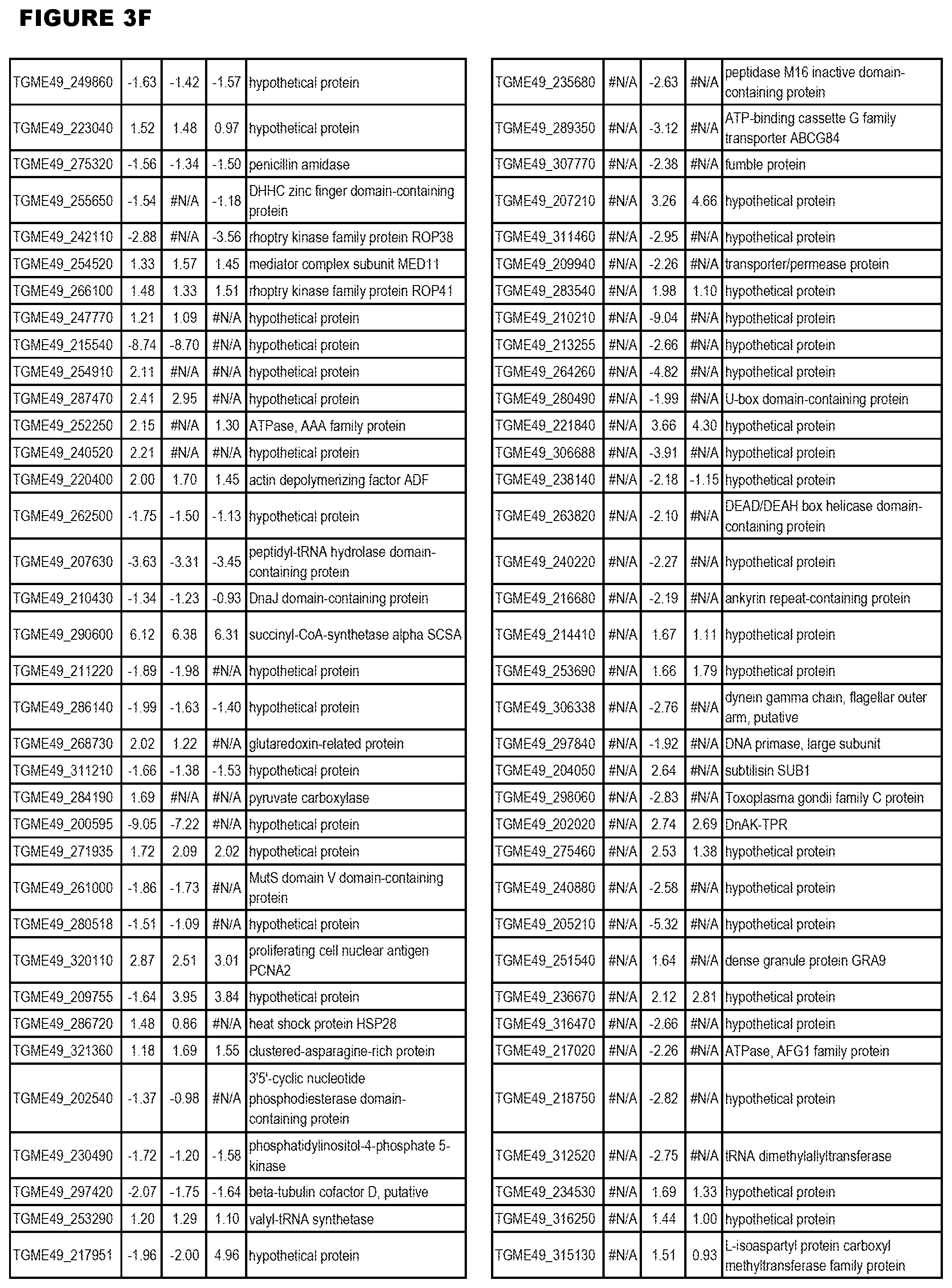
D00041
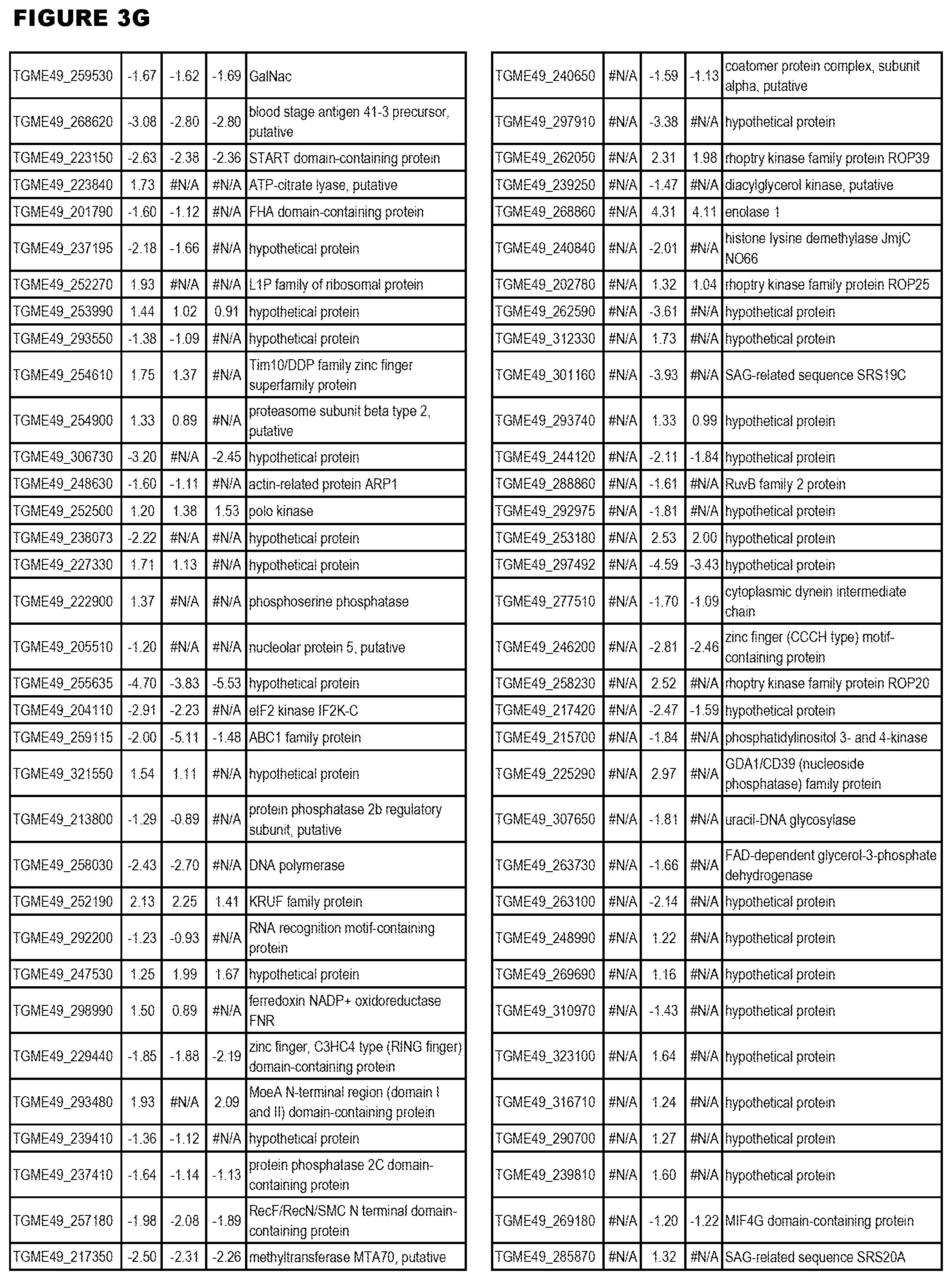
D00042
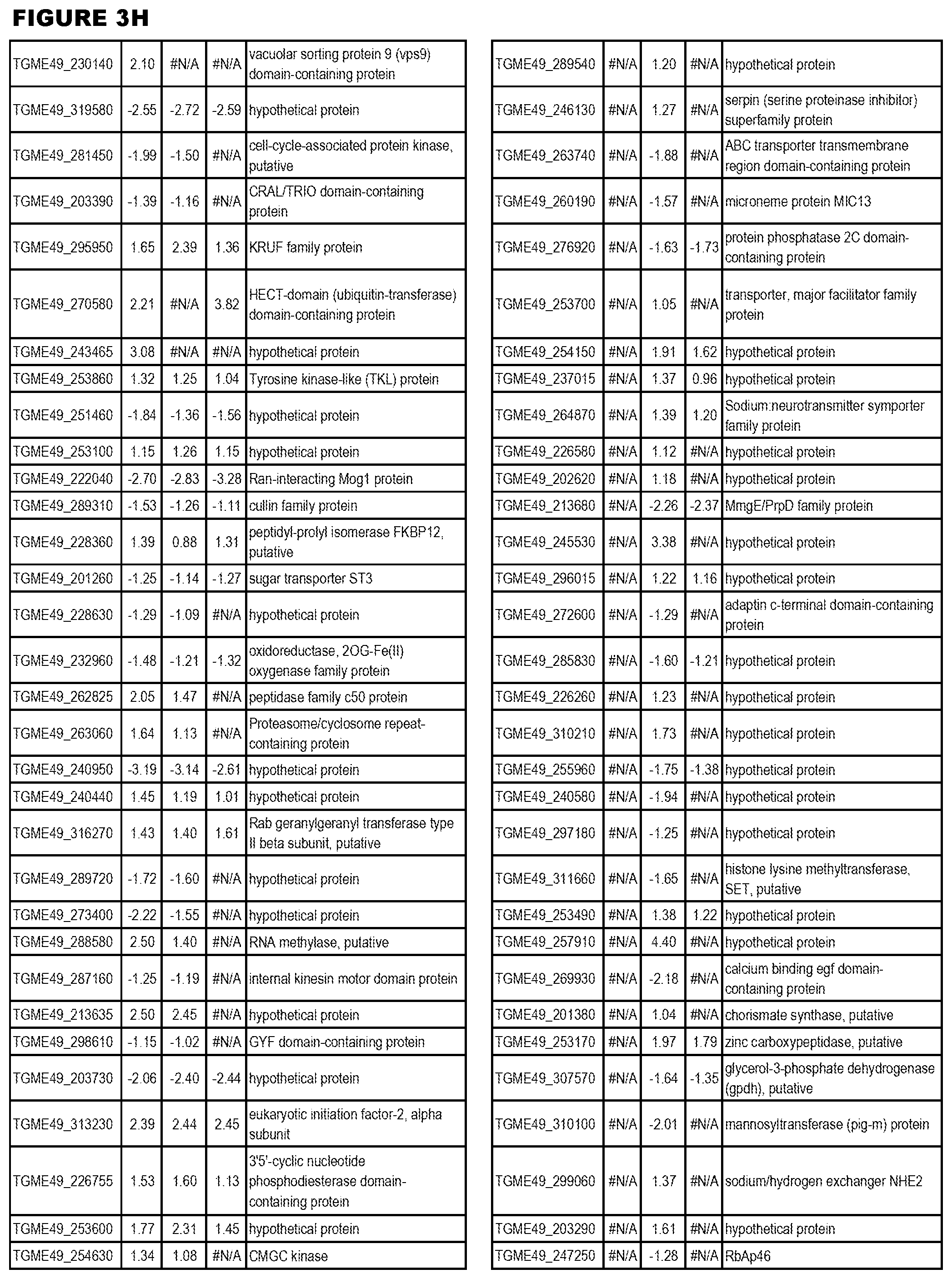
D00043
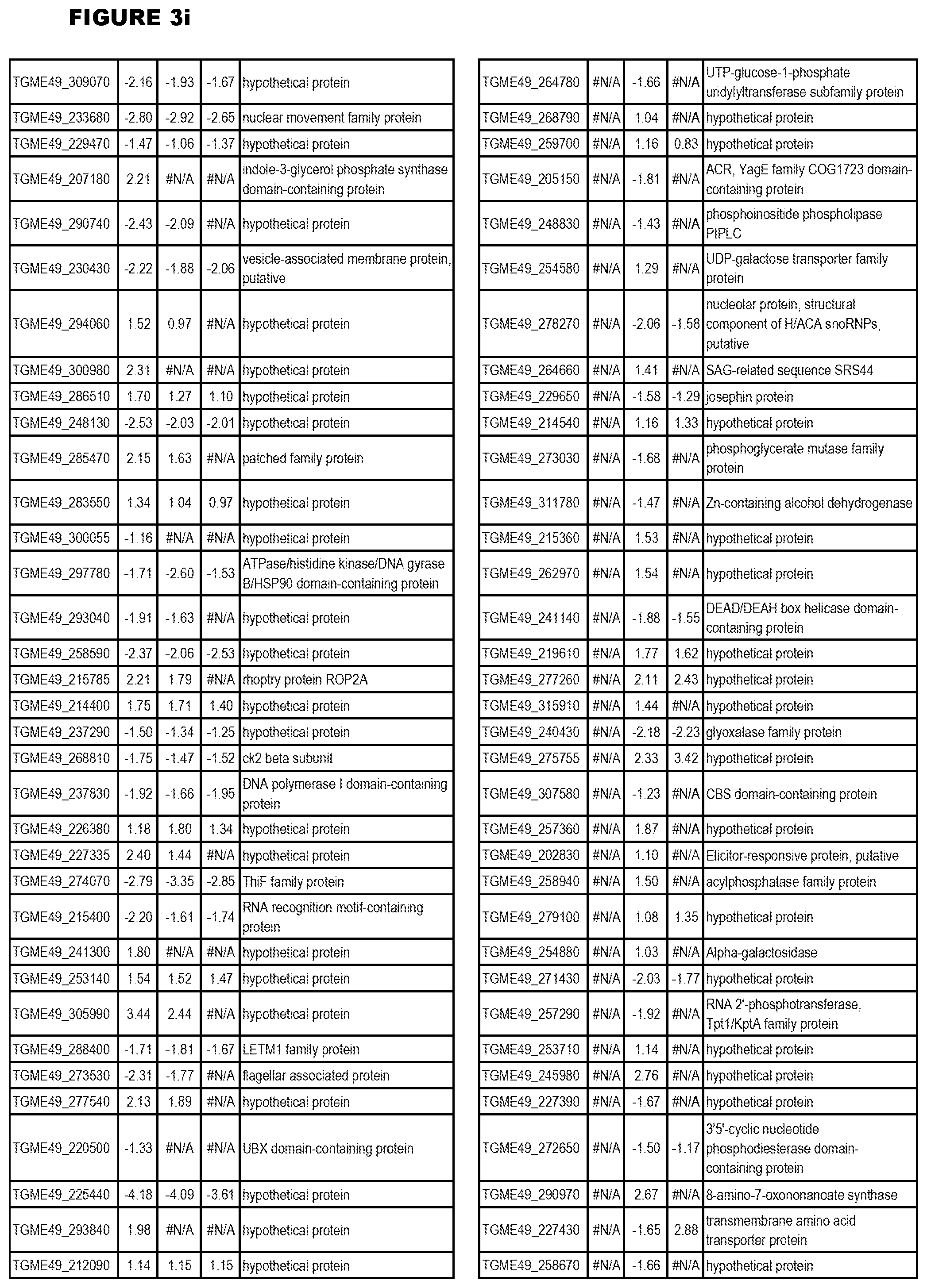
D00044
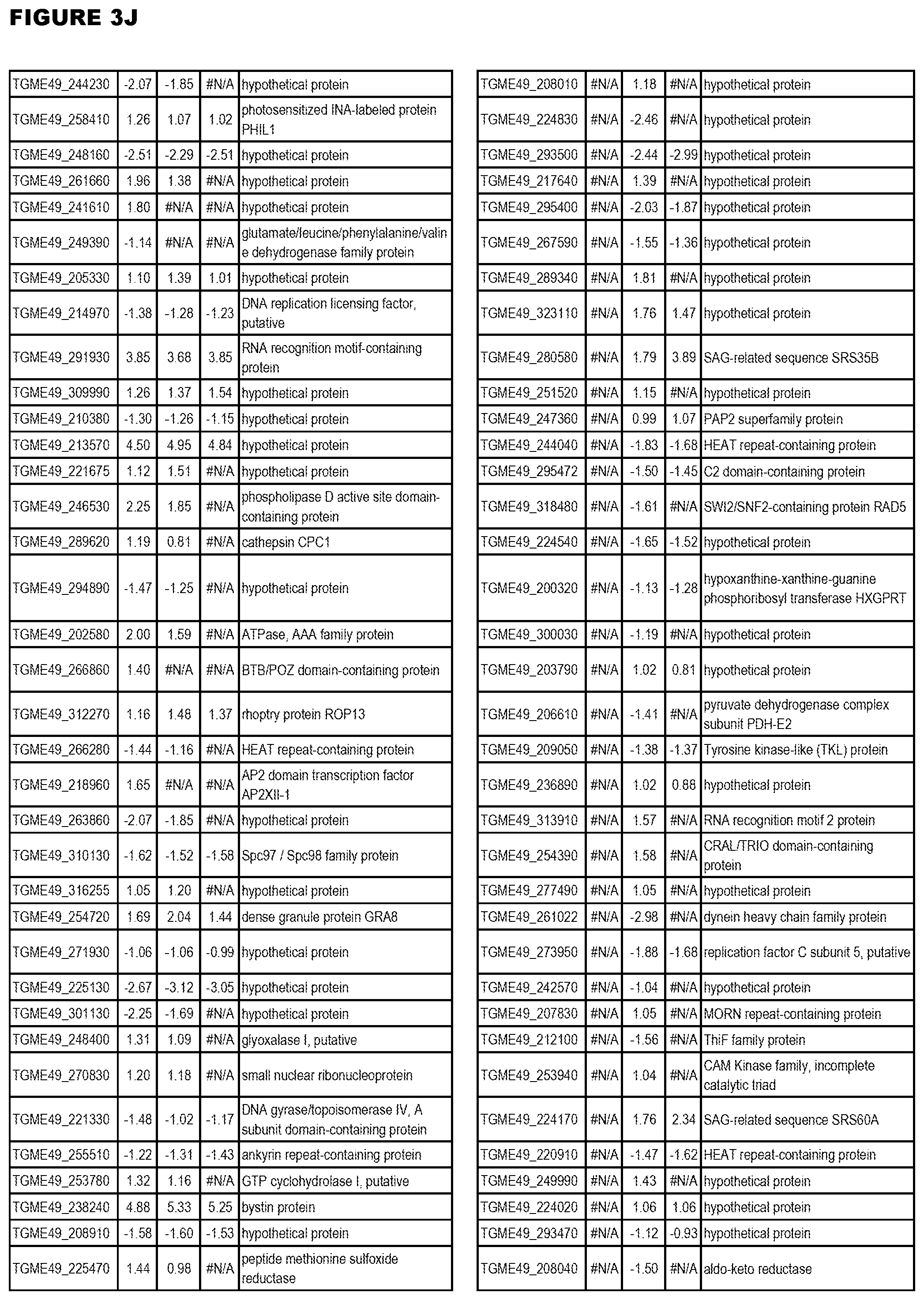
D00045
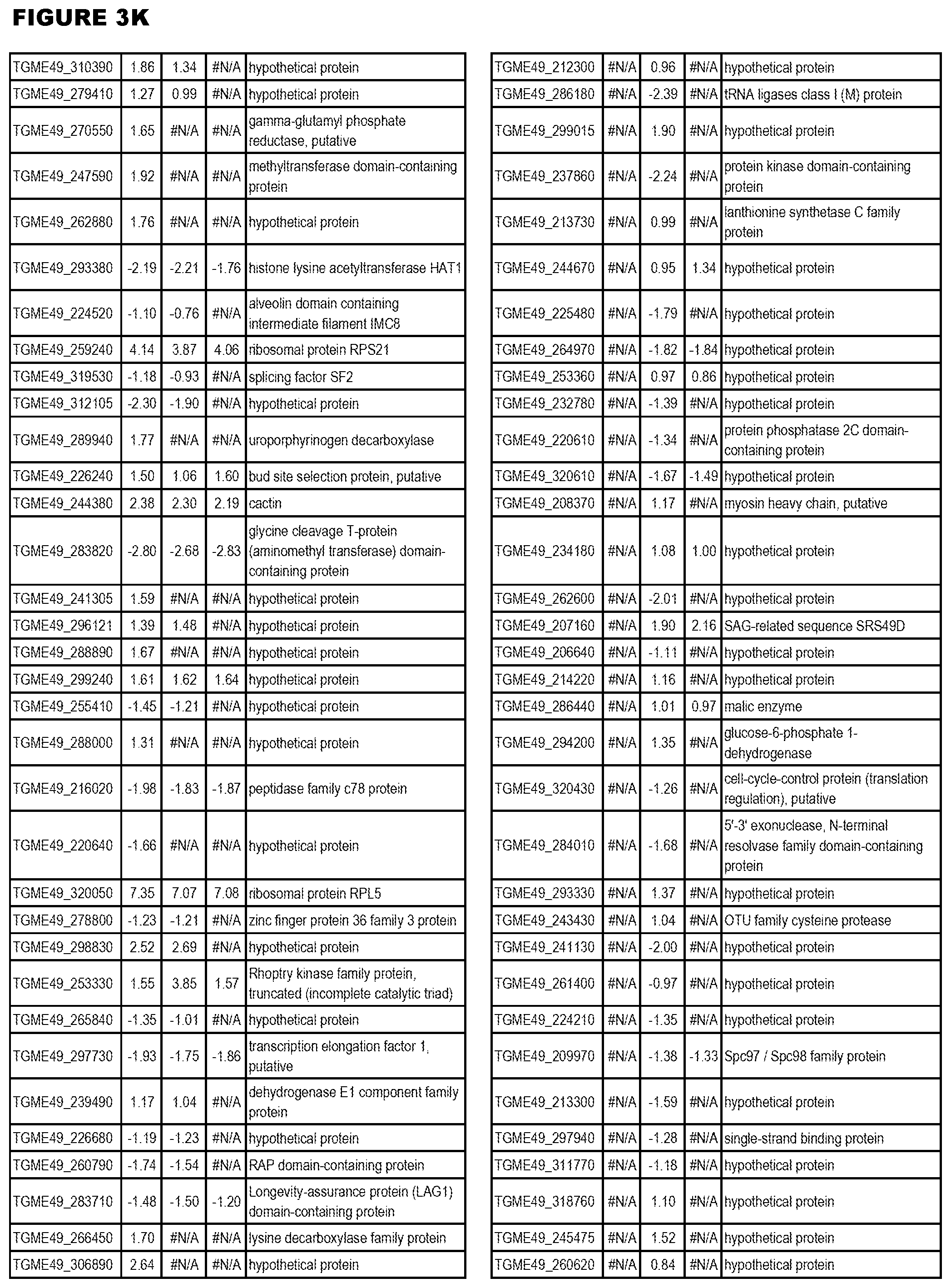
D00046
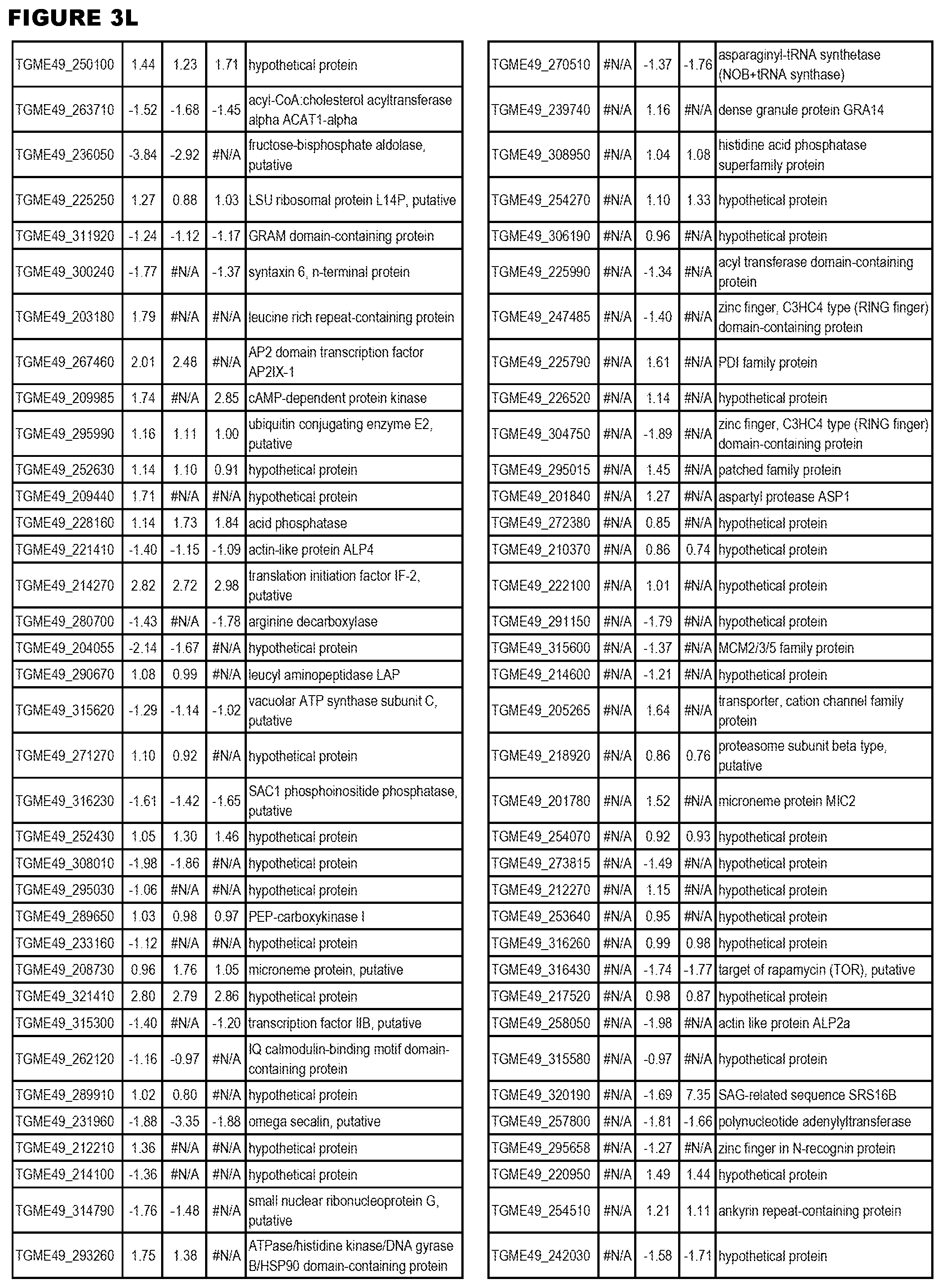
D00047
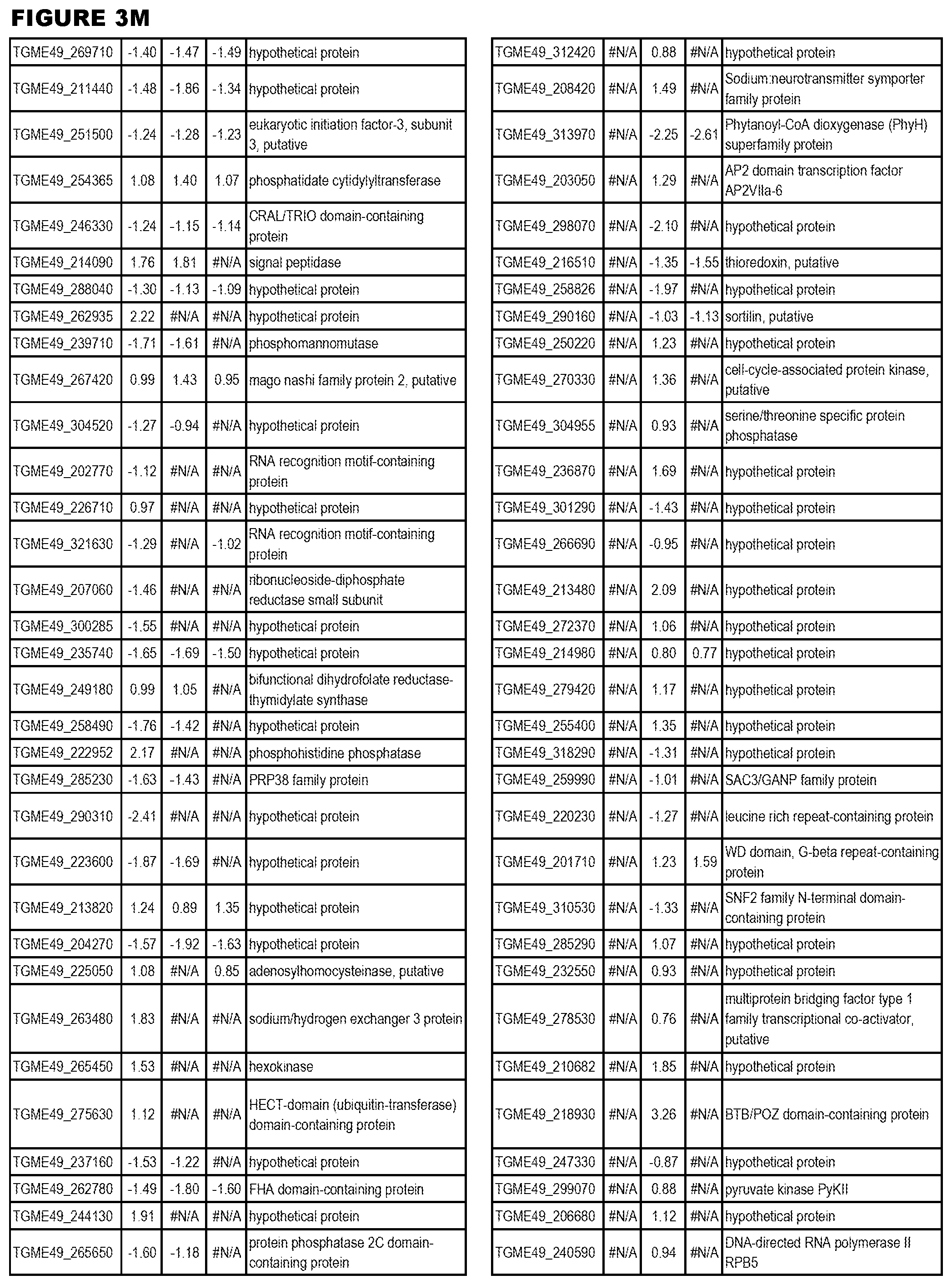
D00048
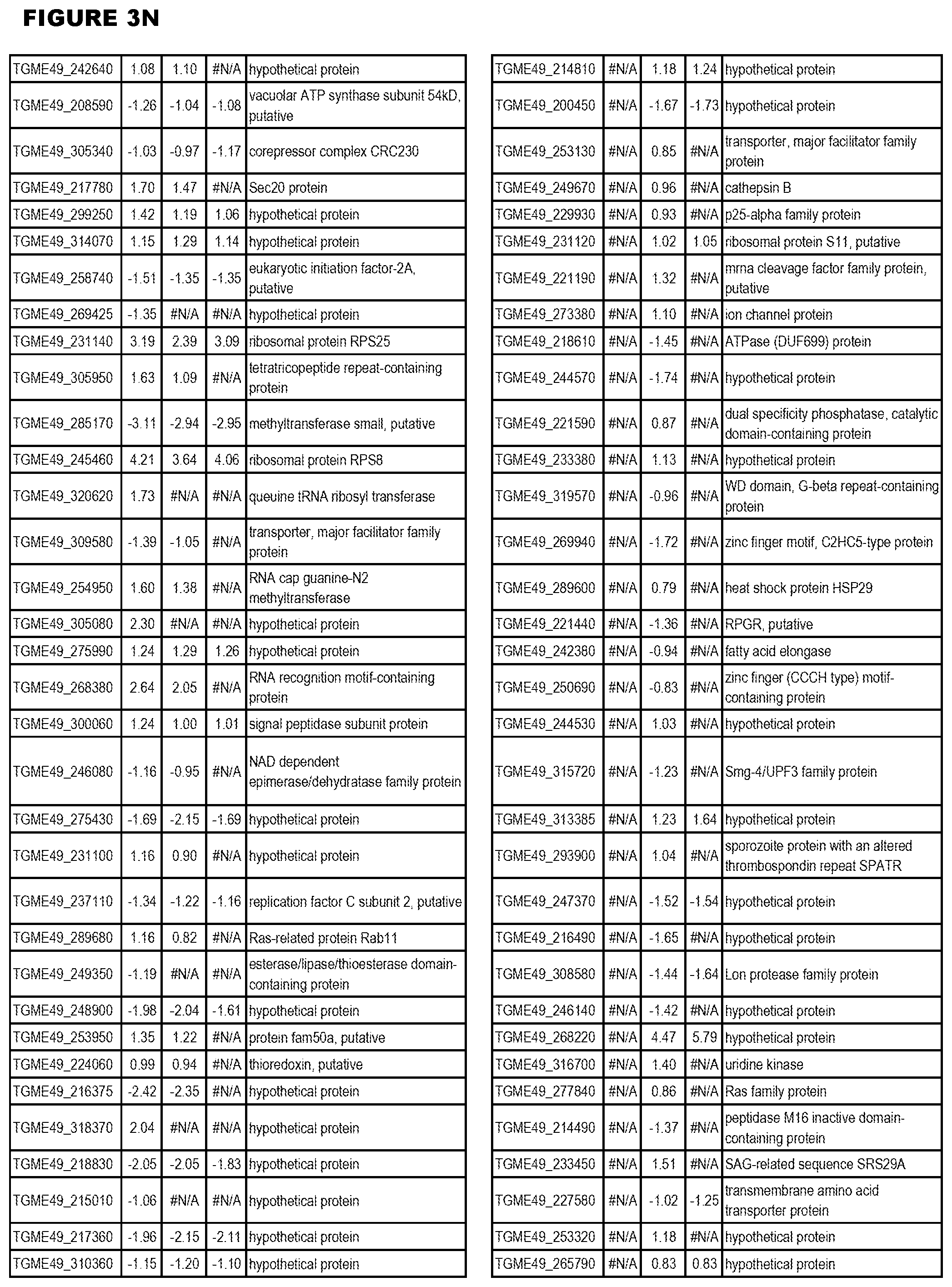
D00049
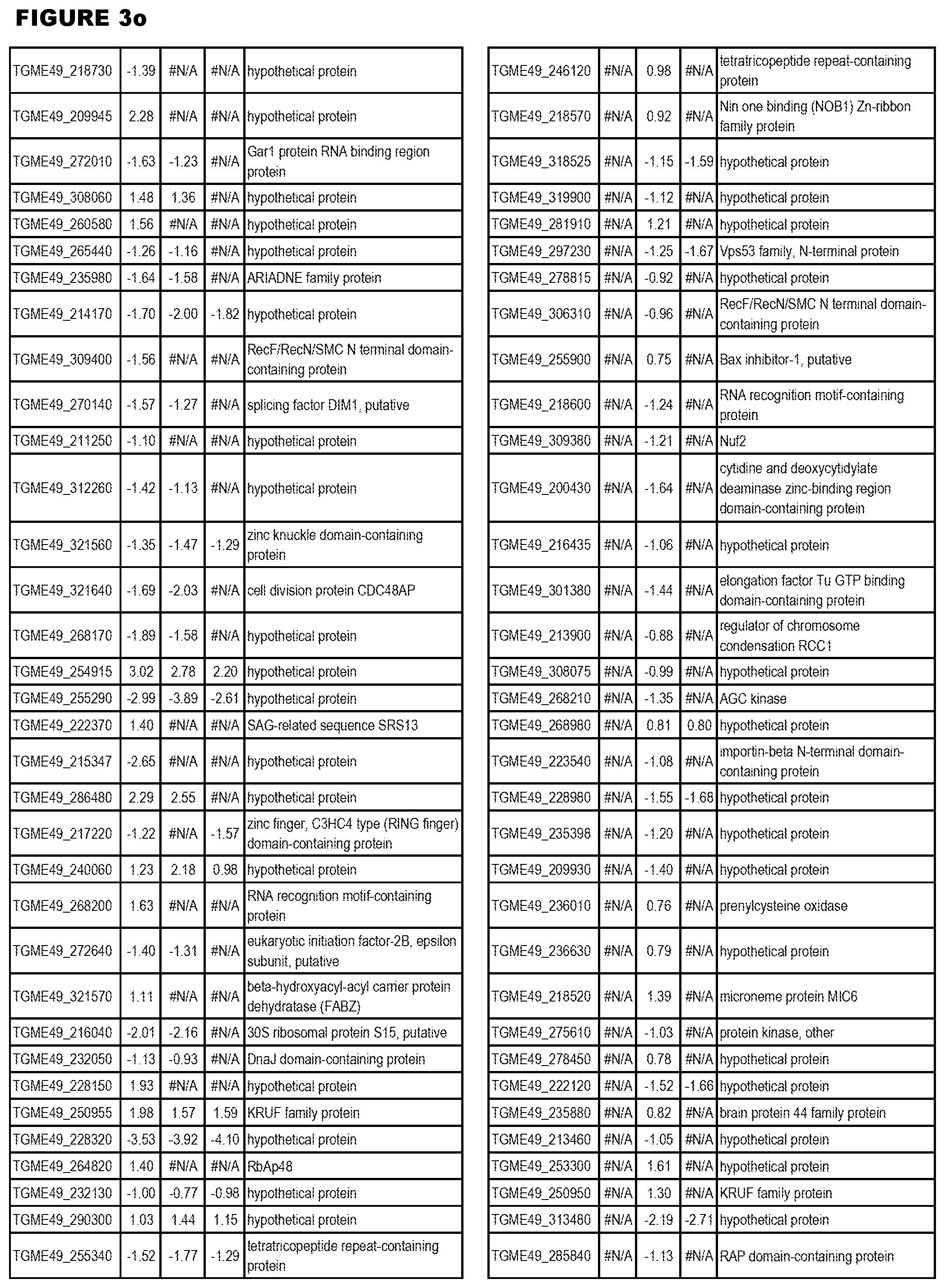
D00050
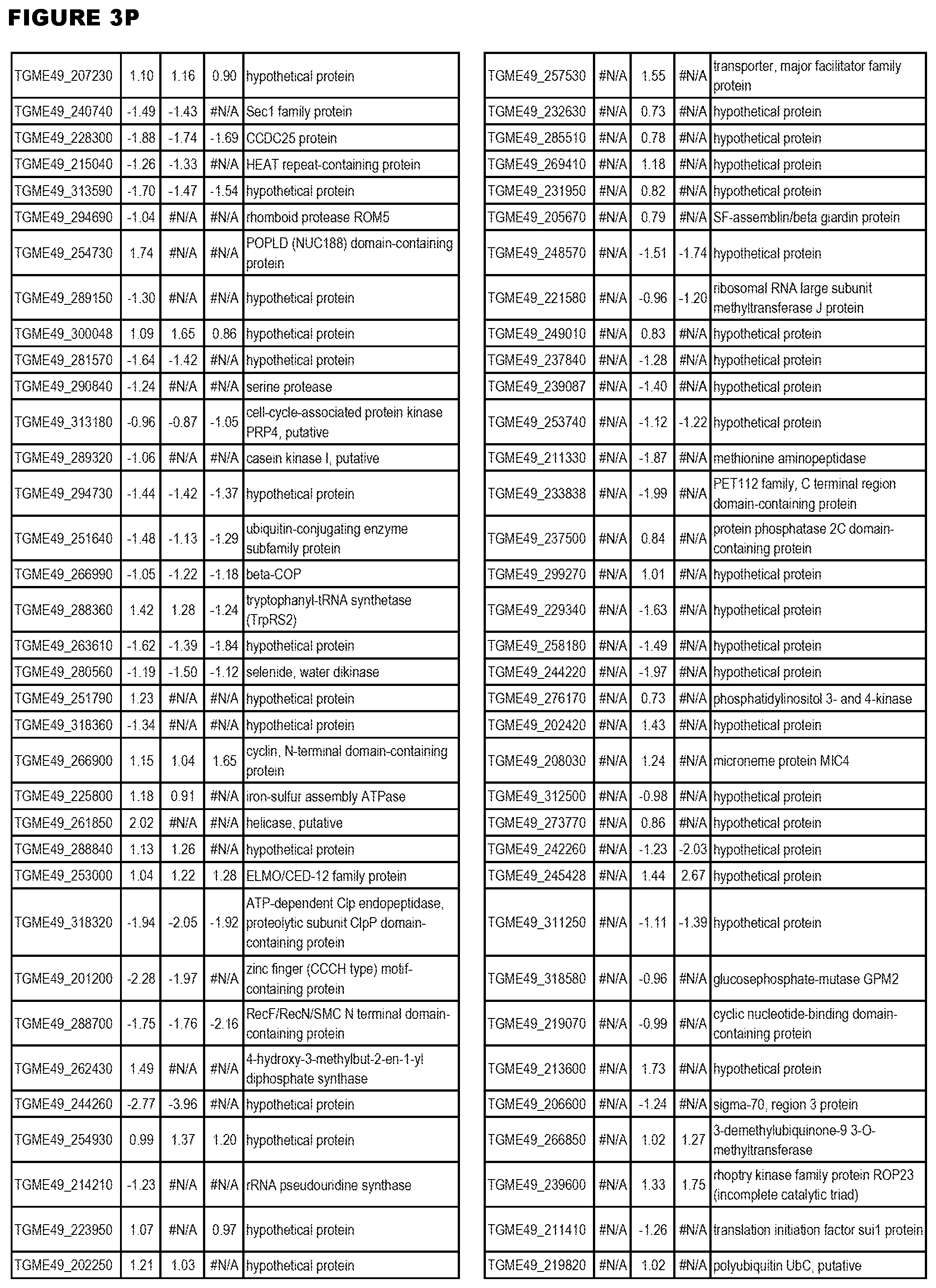
D00051
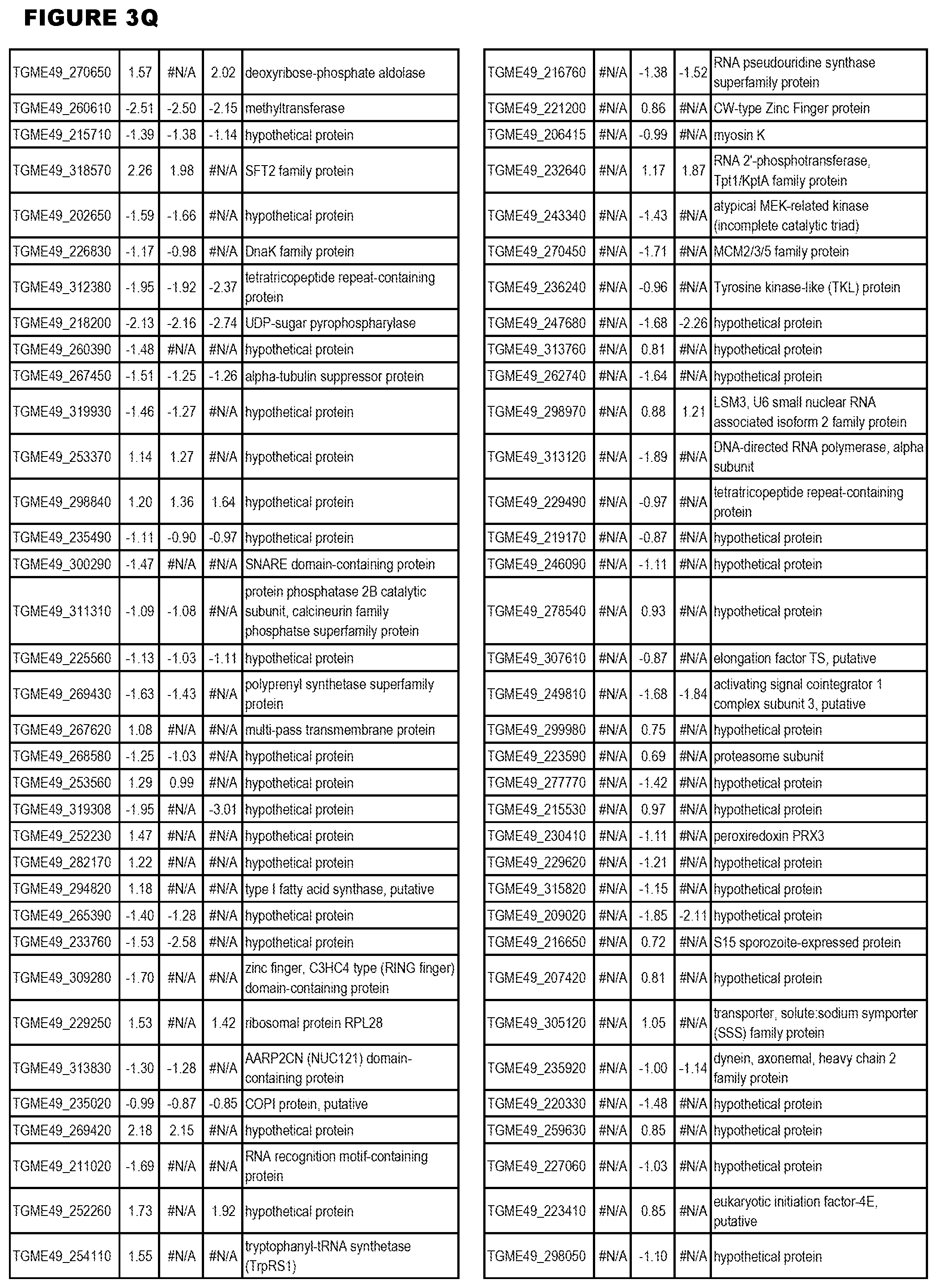
D00052
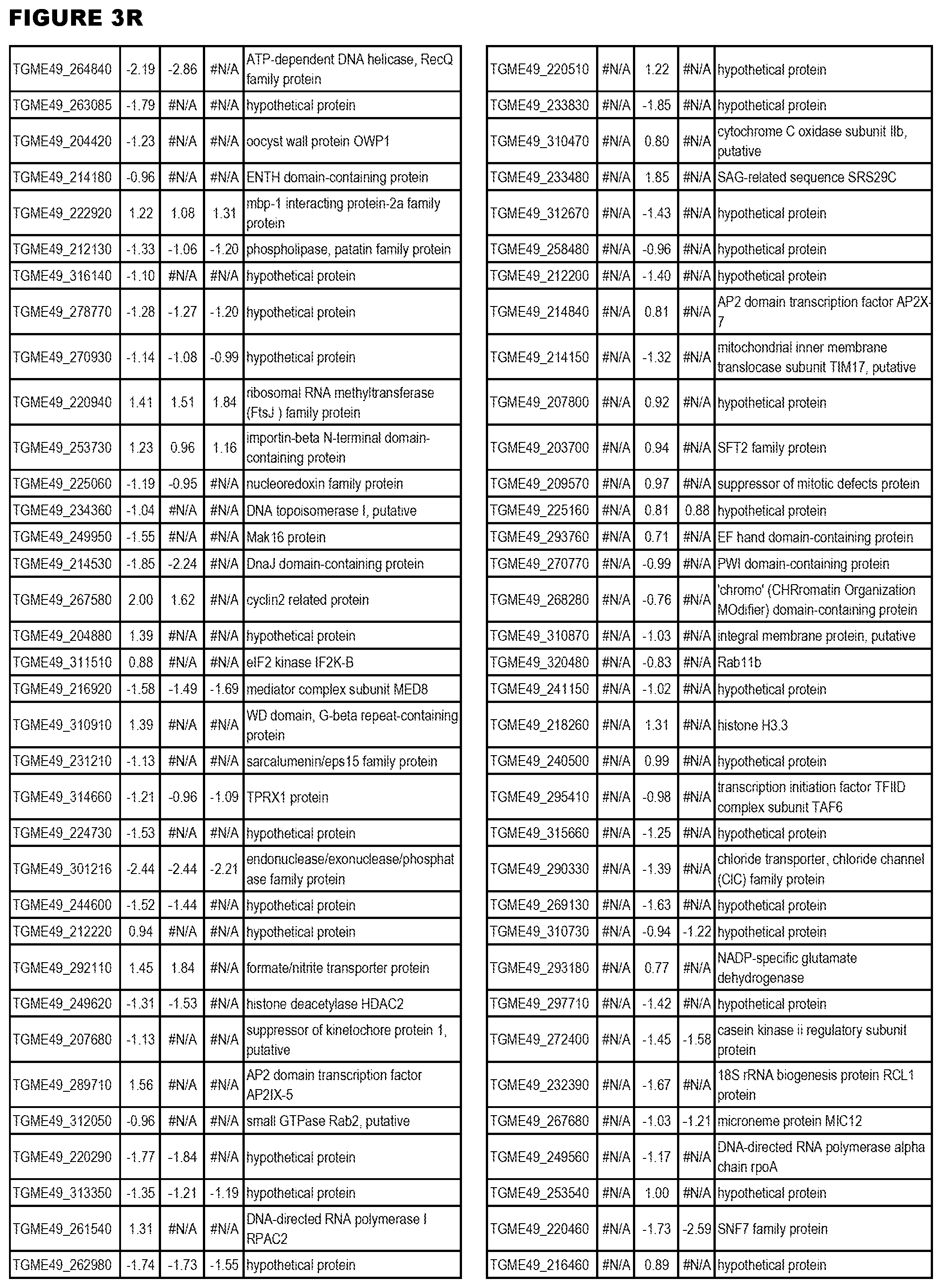
D00053
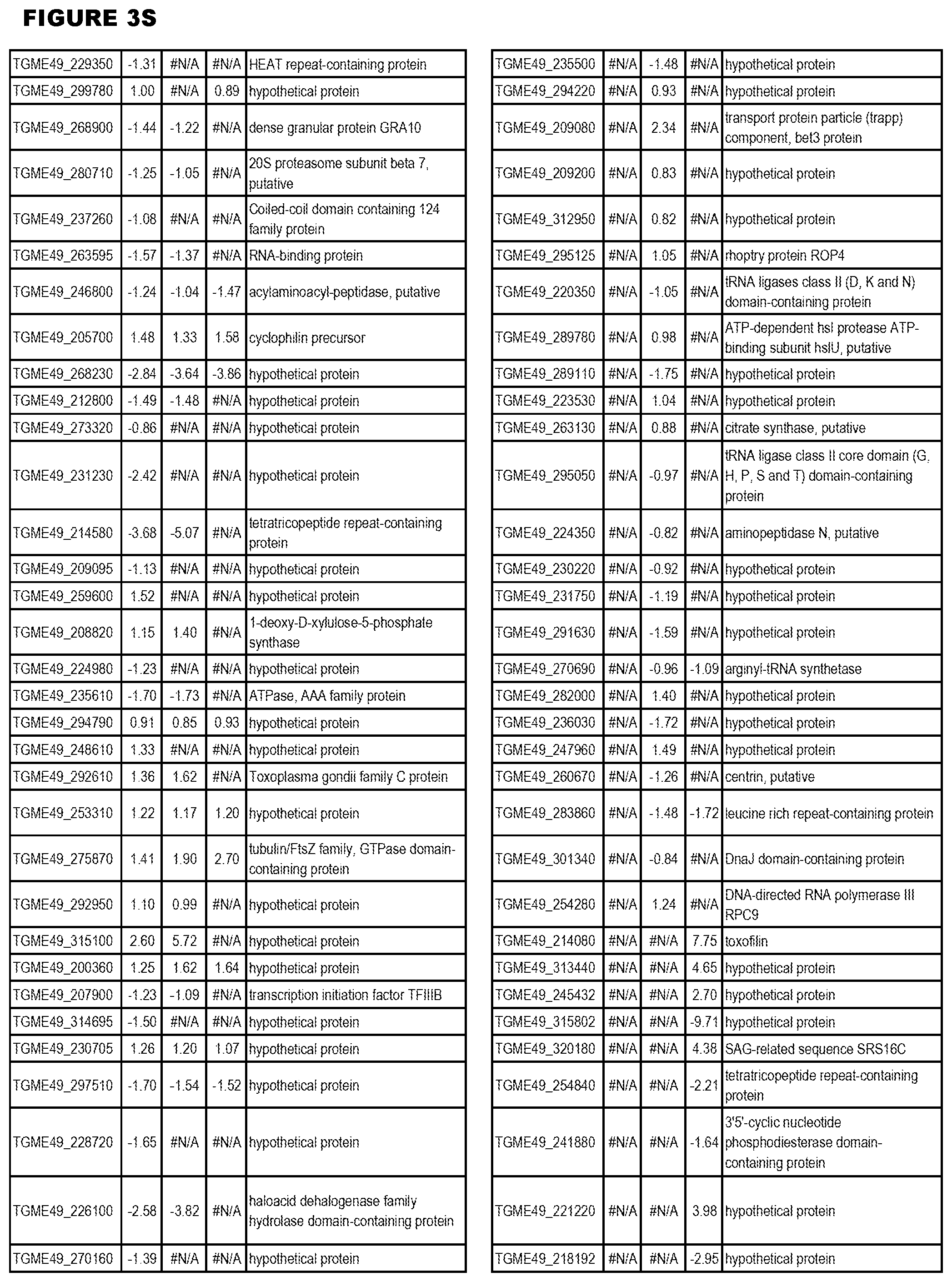
D00054
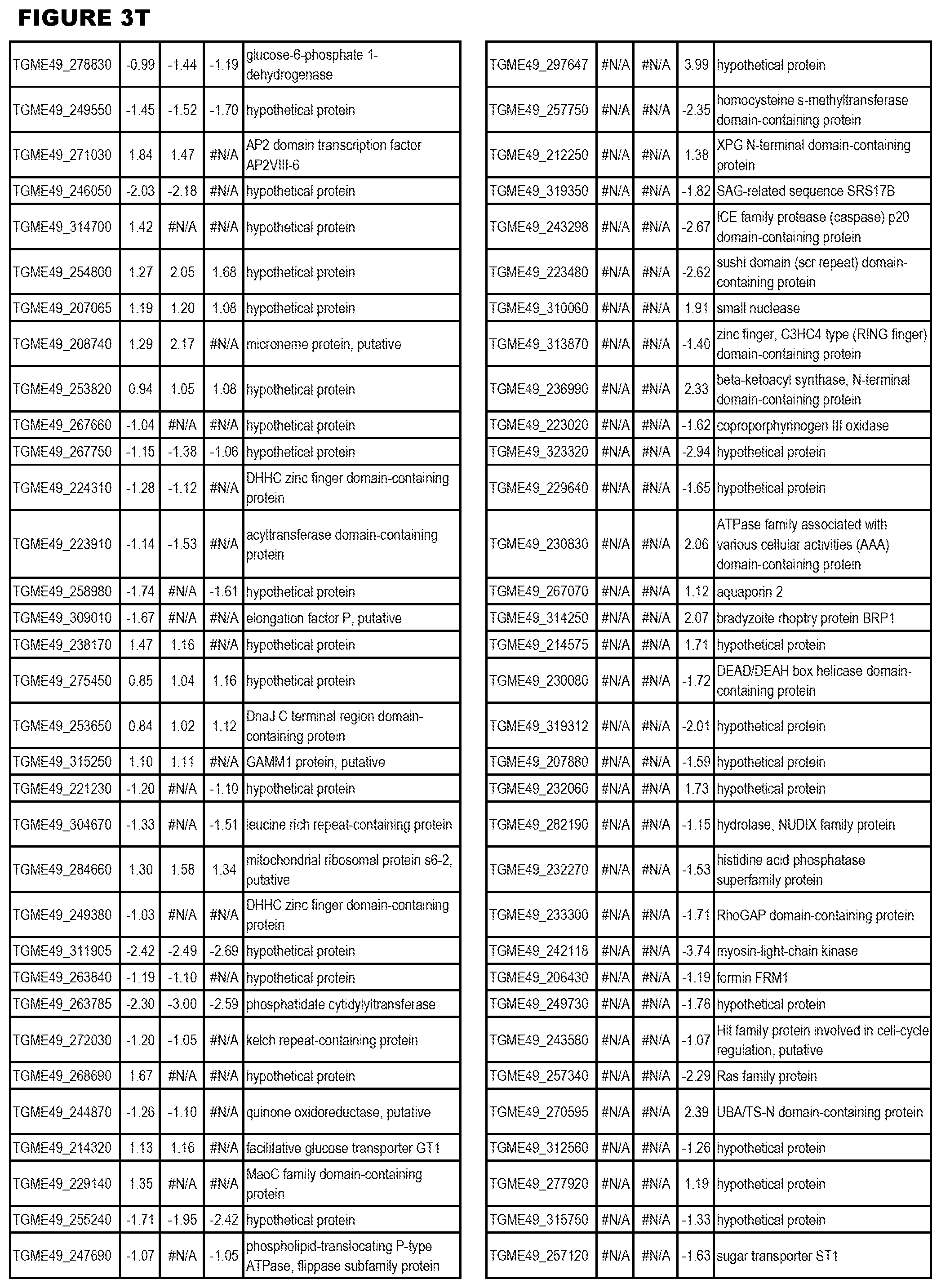
D00055
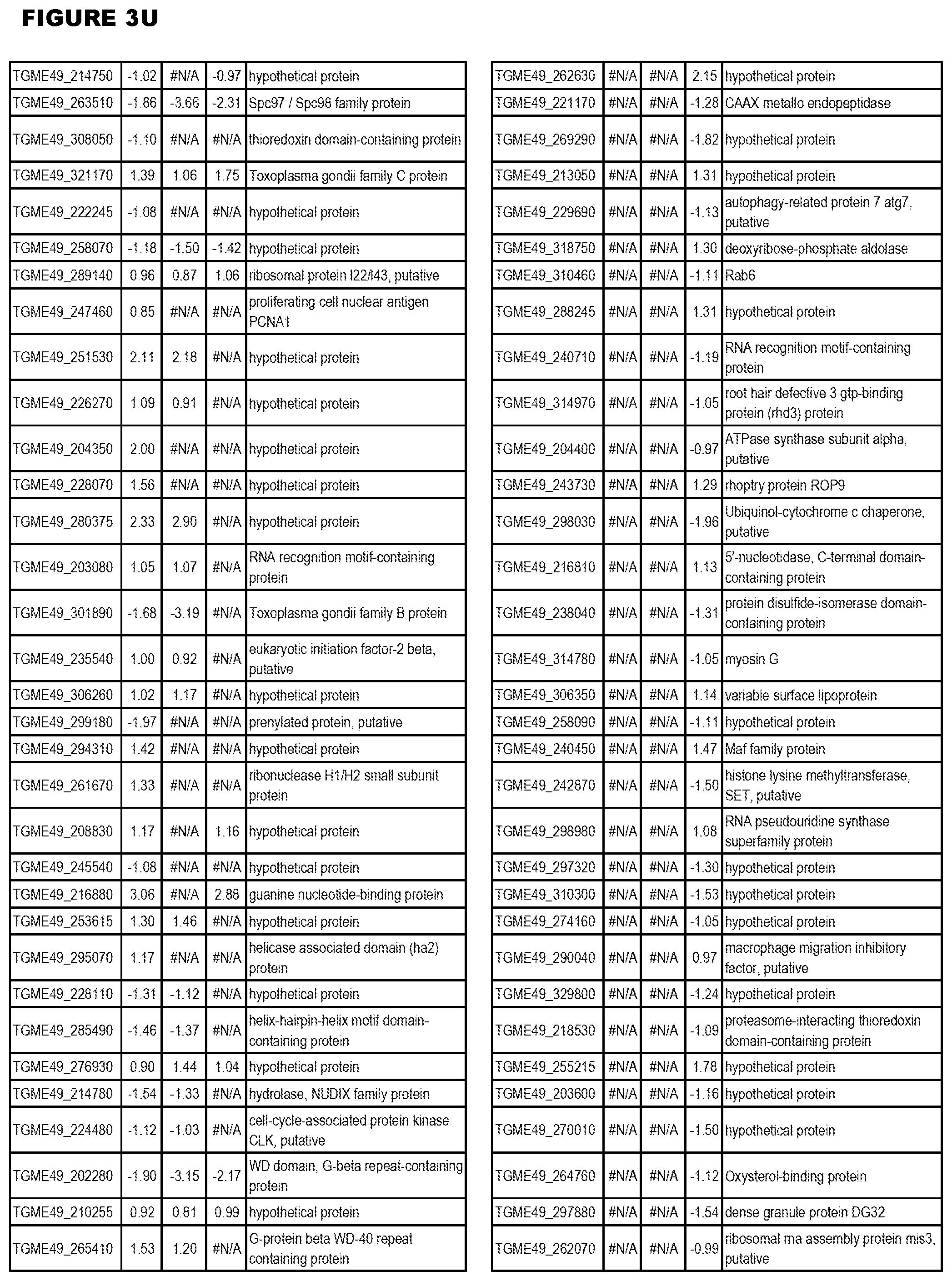
D00056
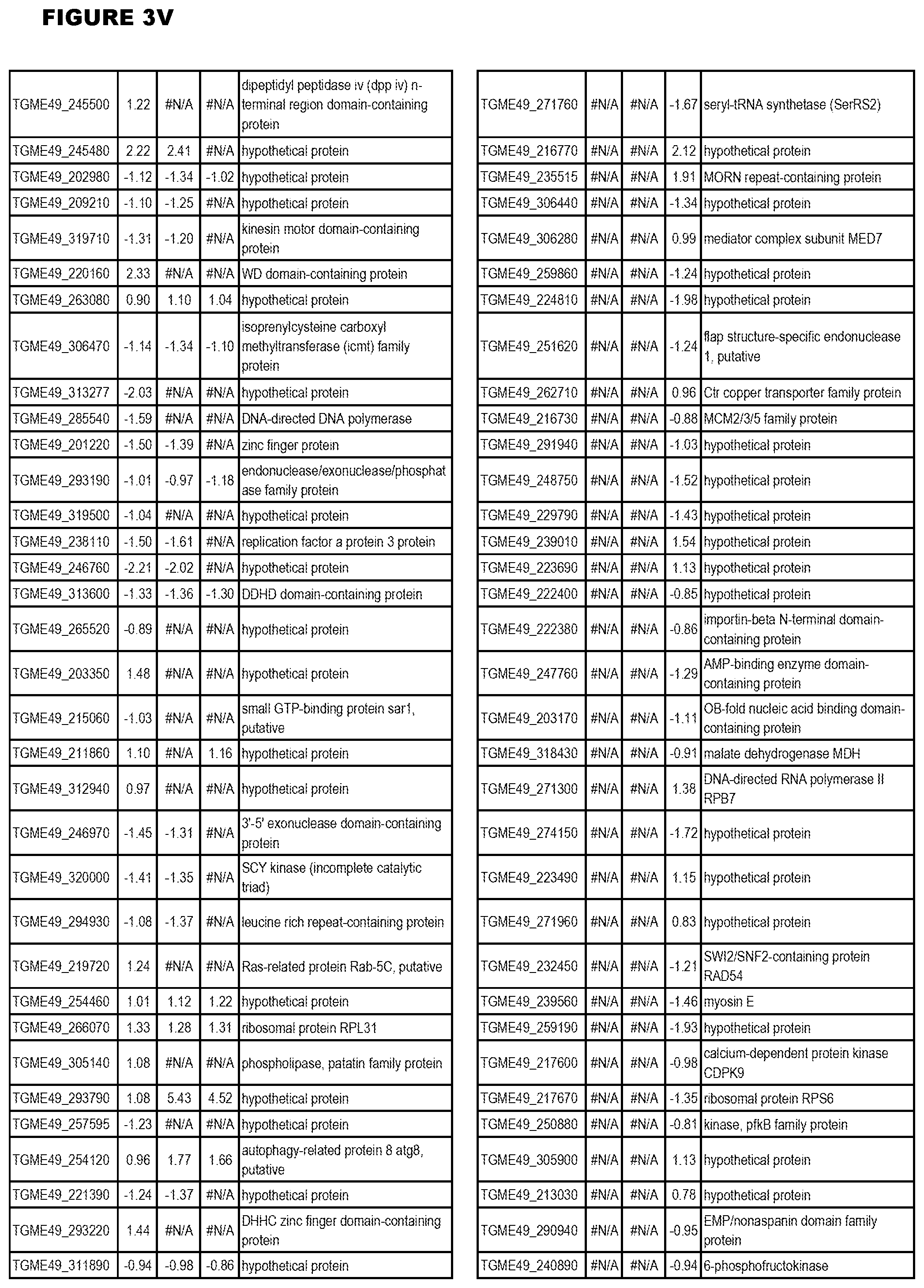
D00057
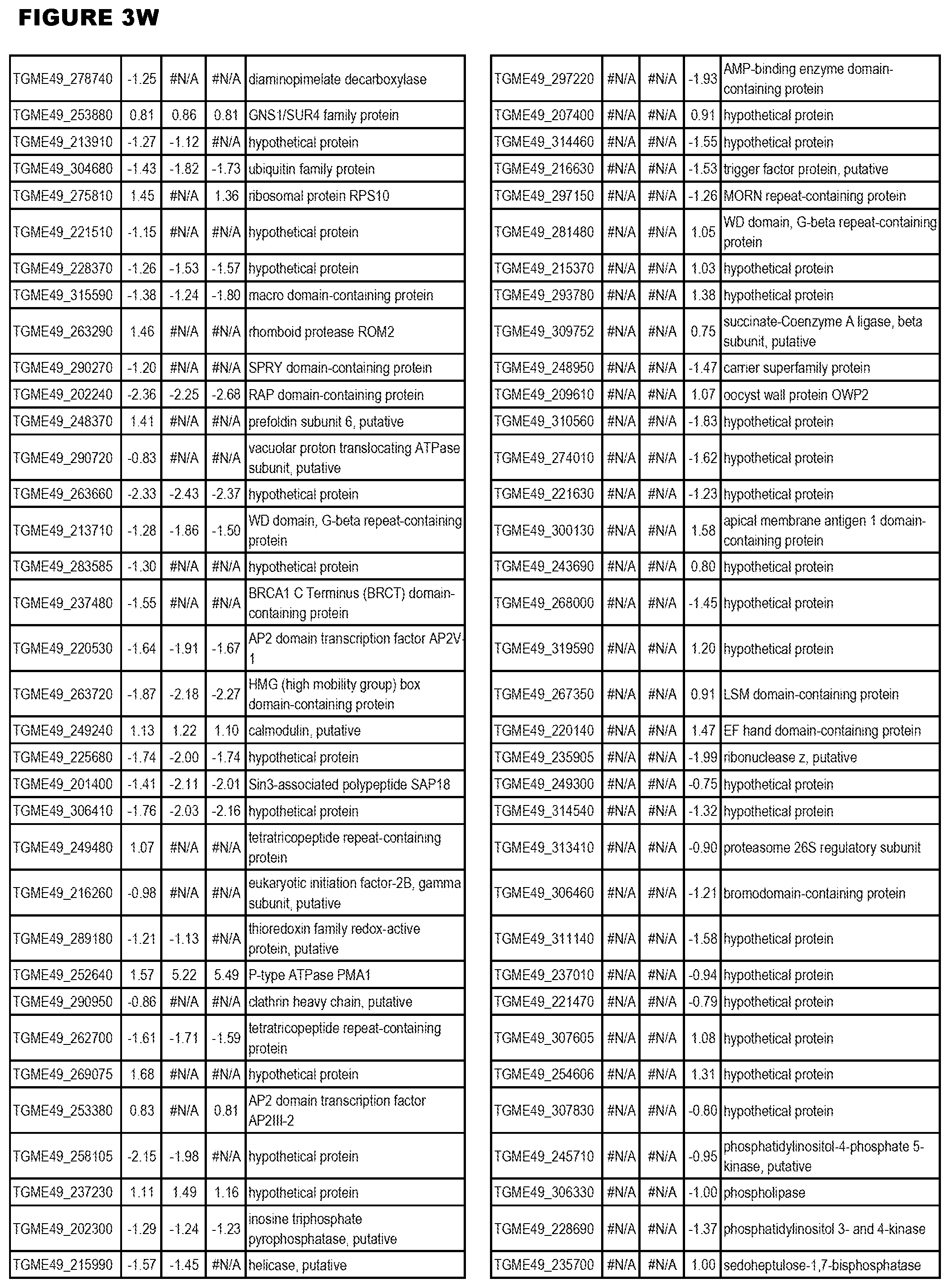
D00058
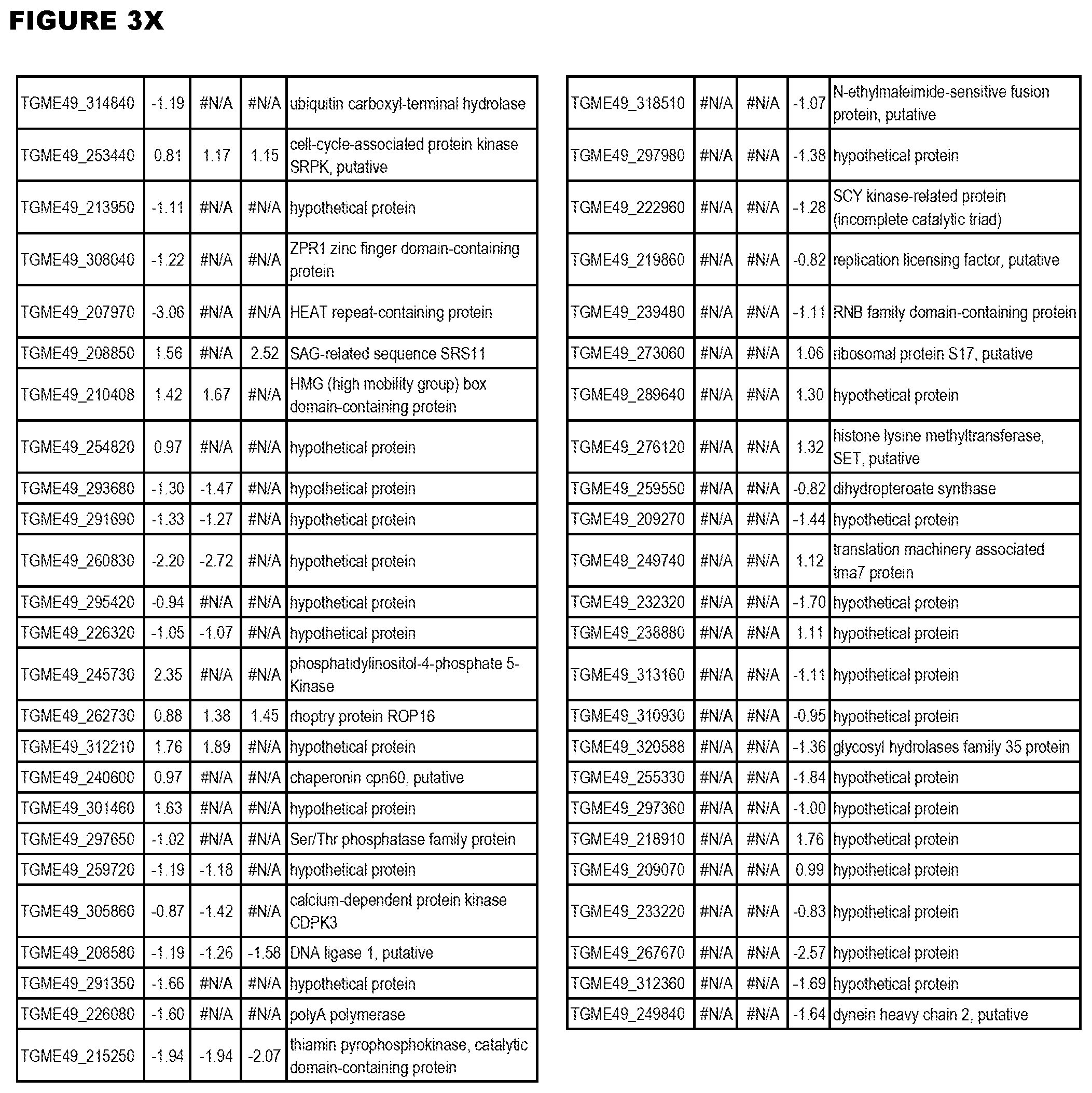
D00059
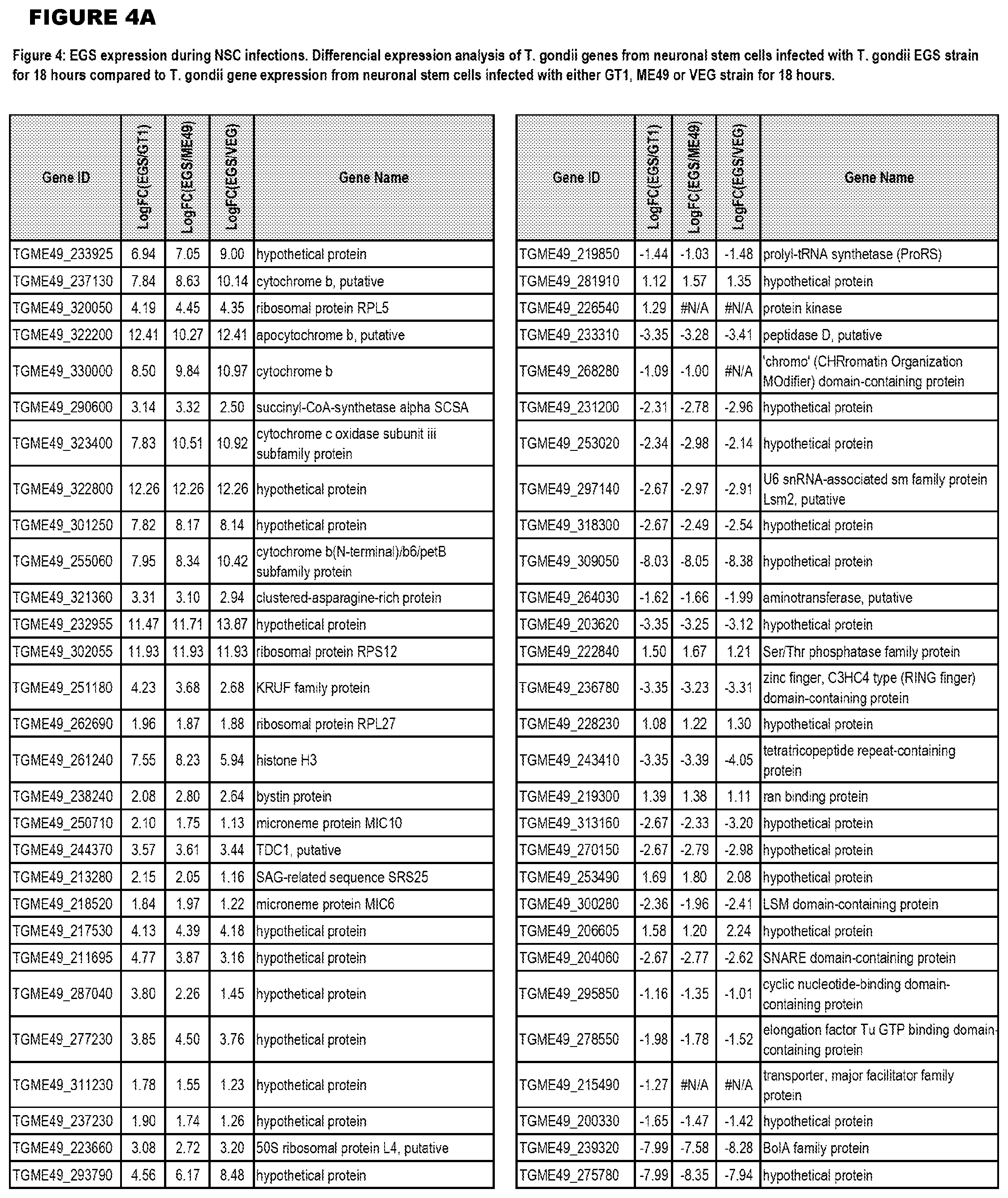
D00060
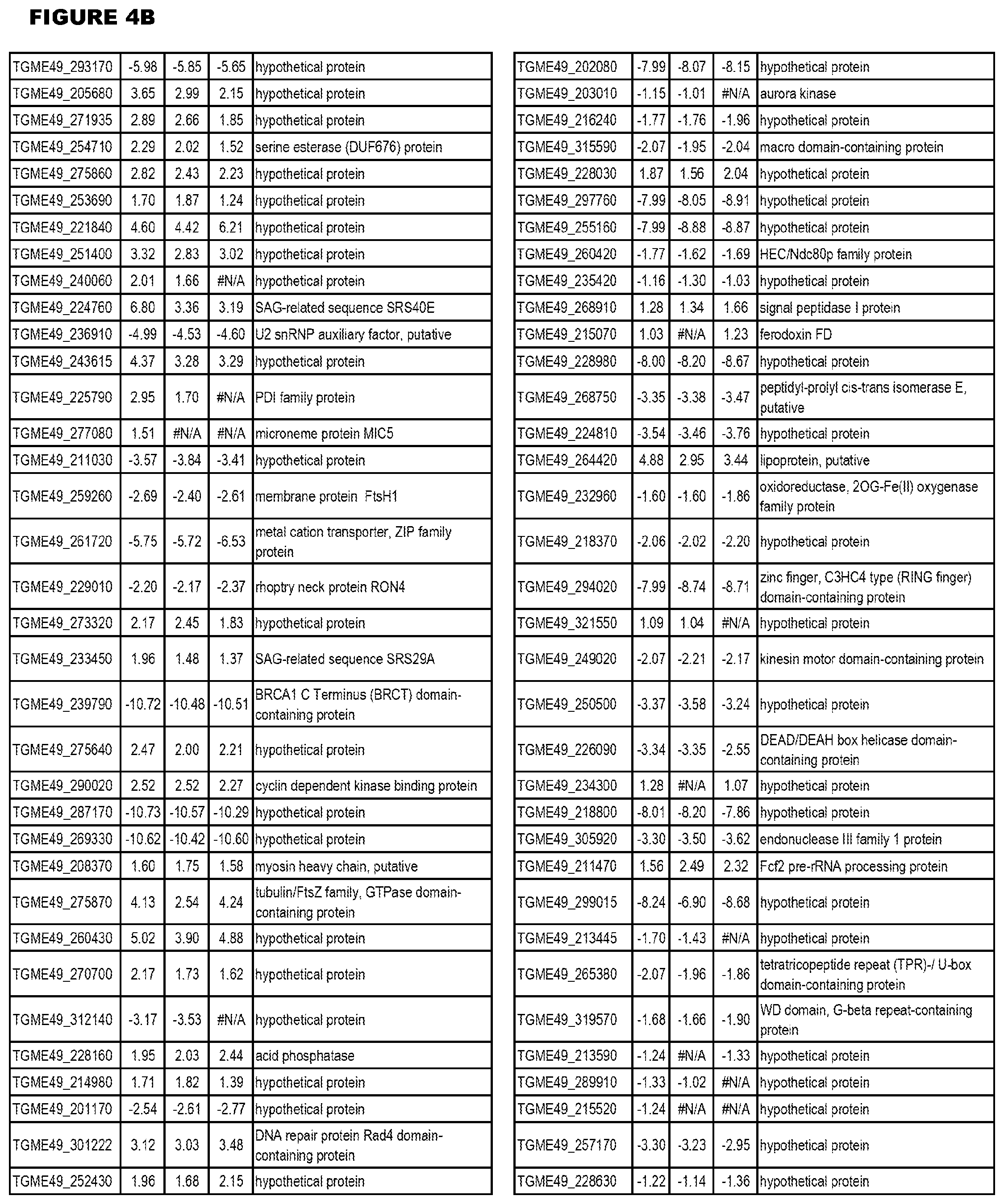
D00061
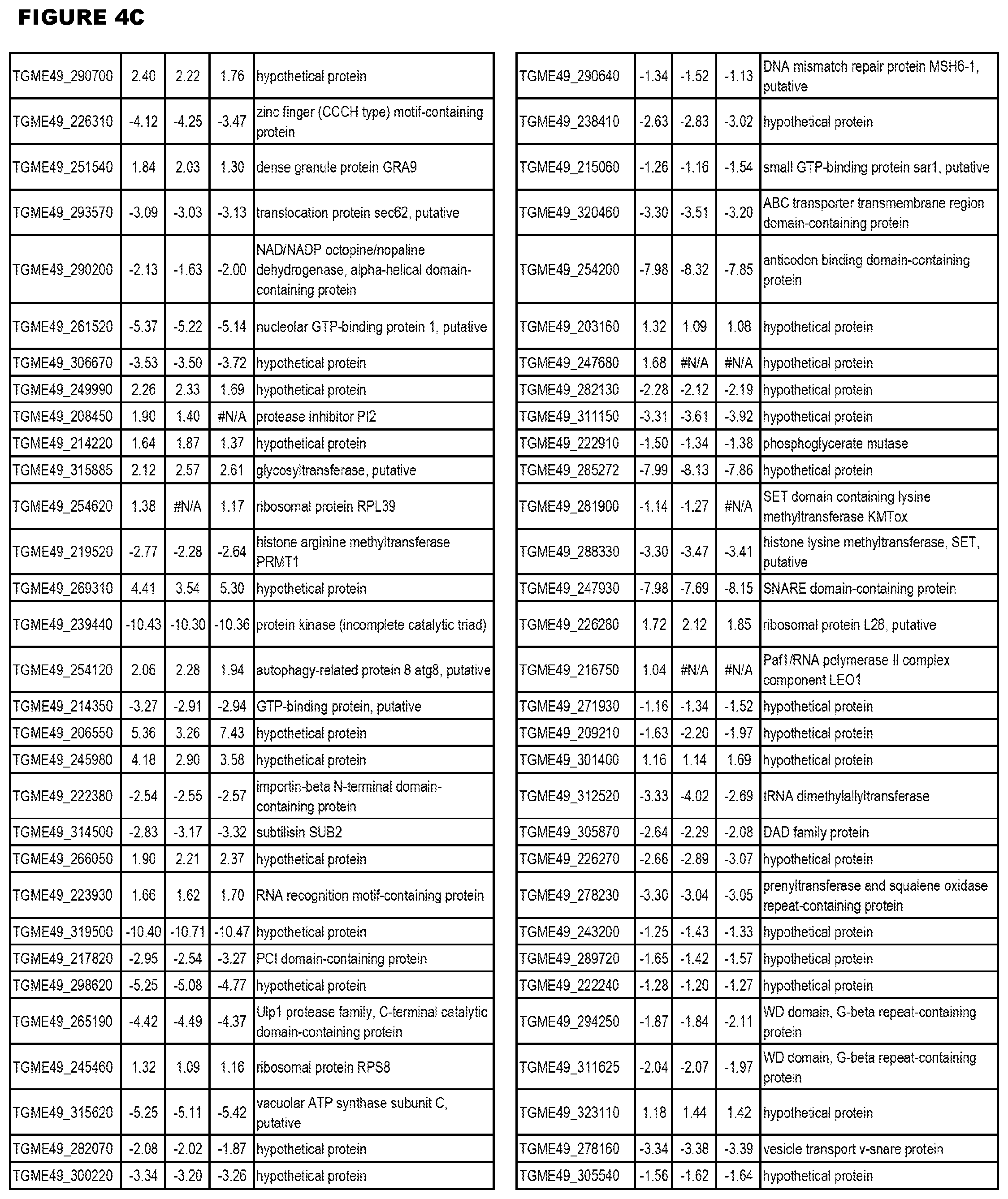
D00062
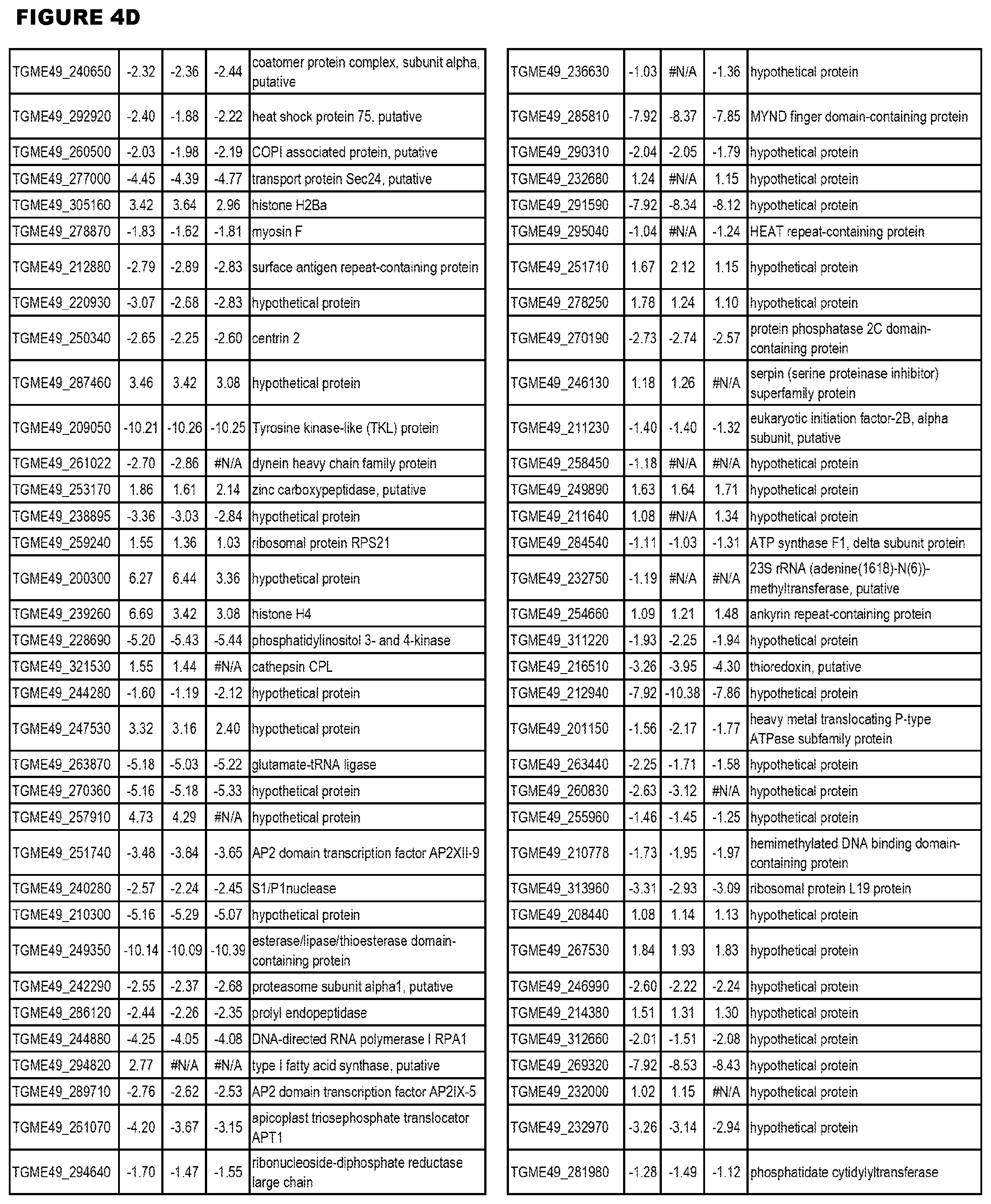
D00063
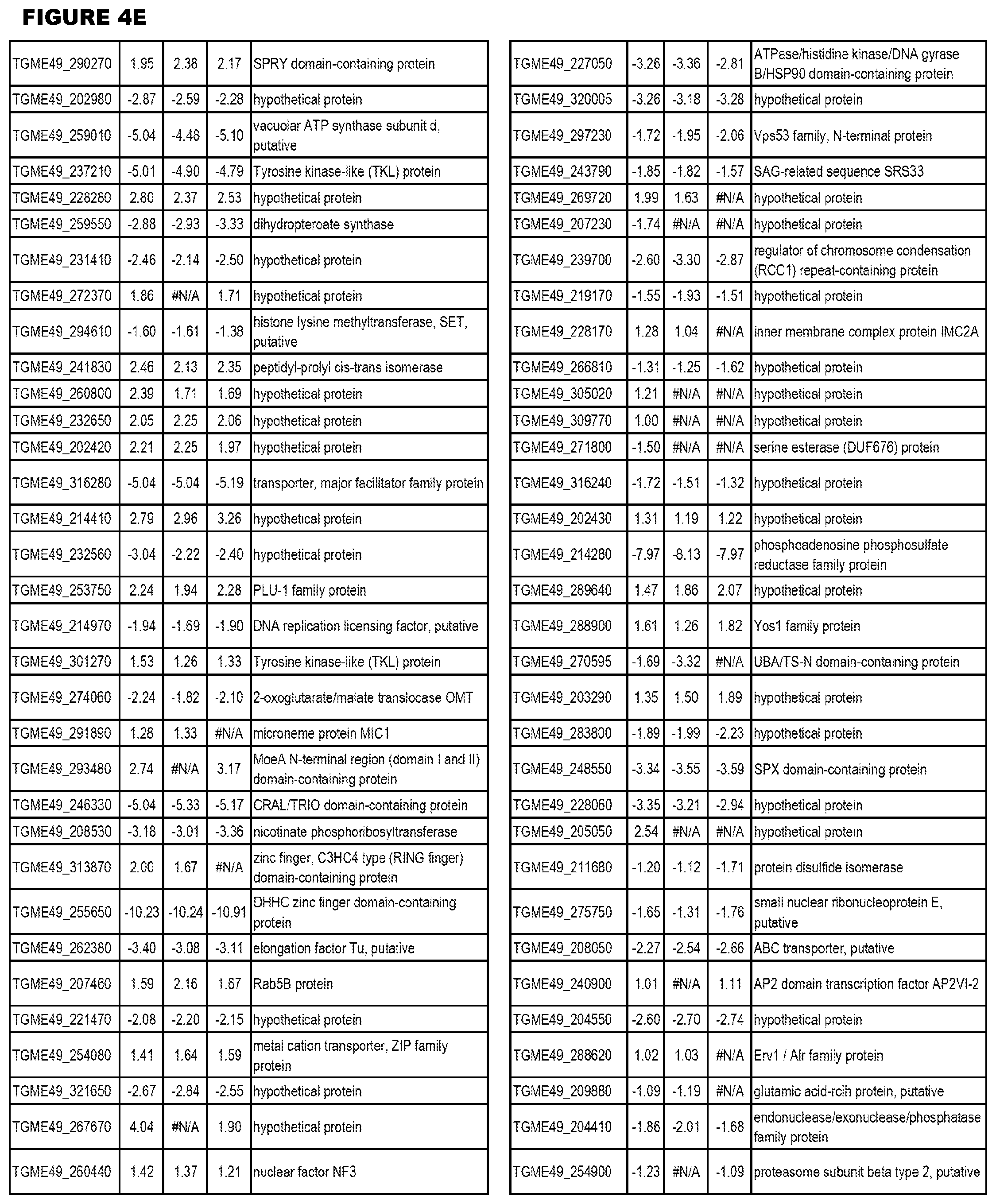
D00064
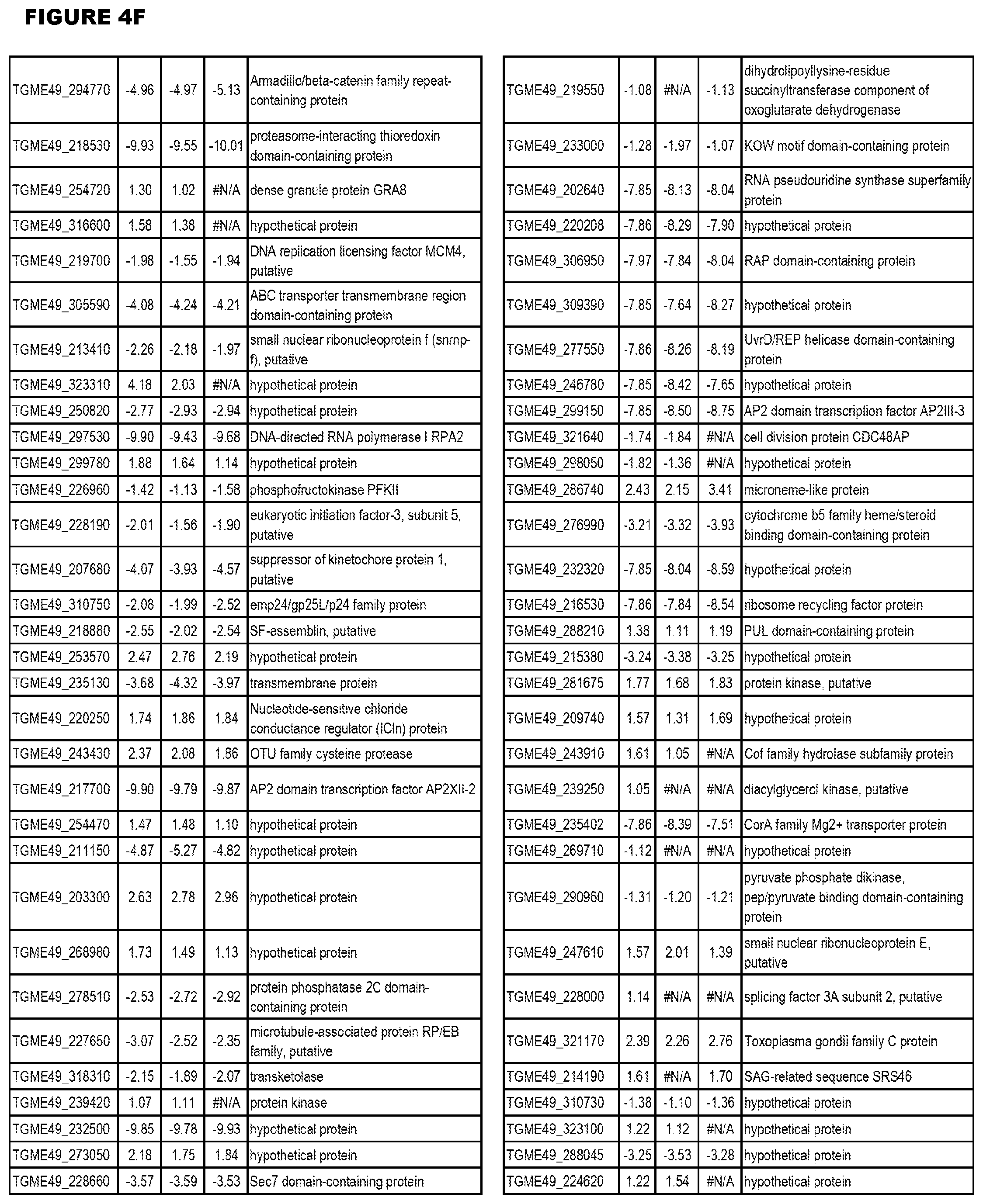
D00065
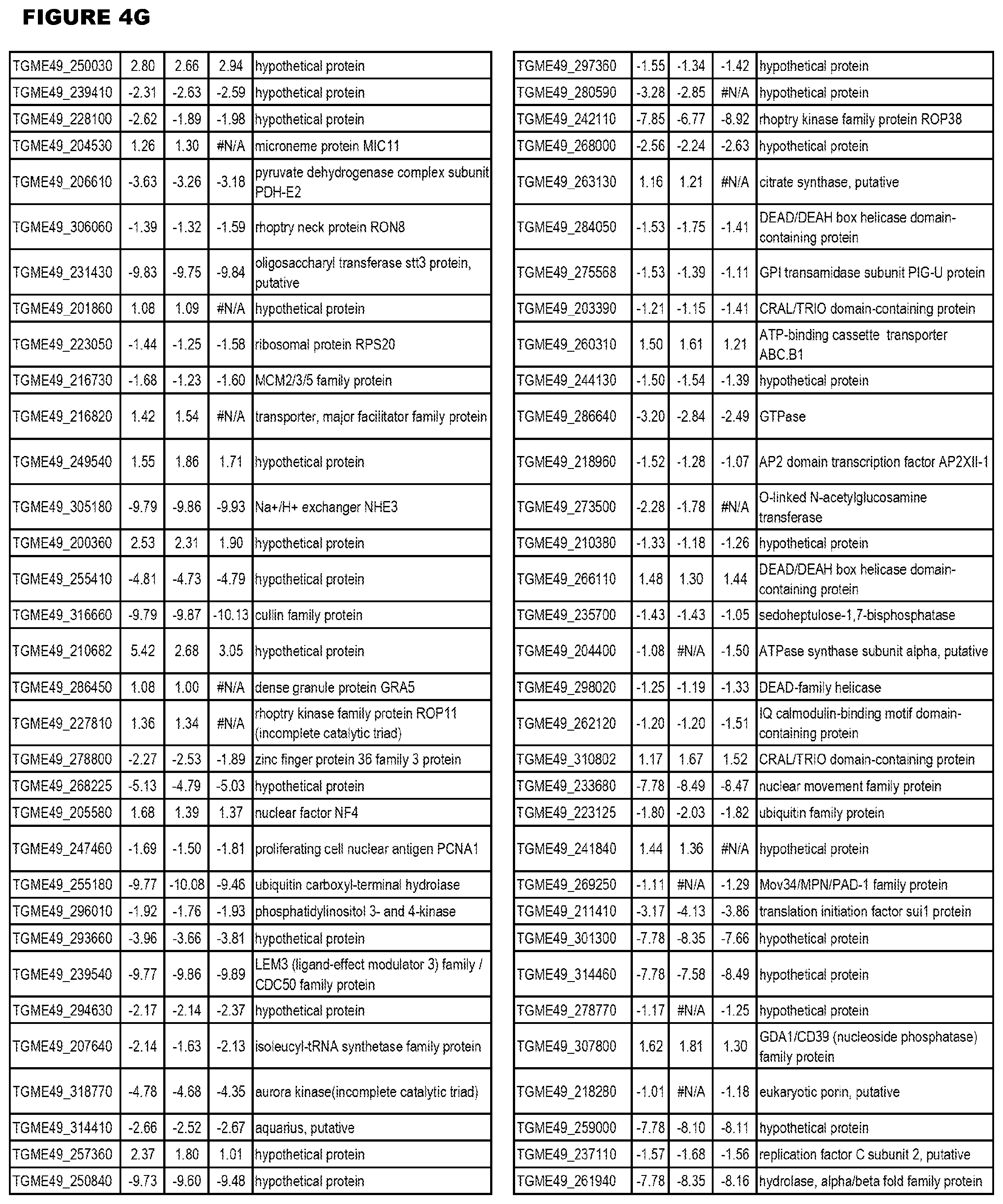
D00066
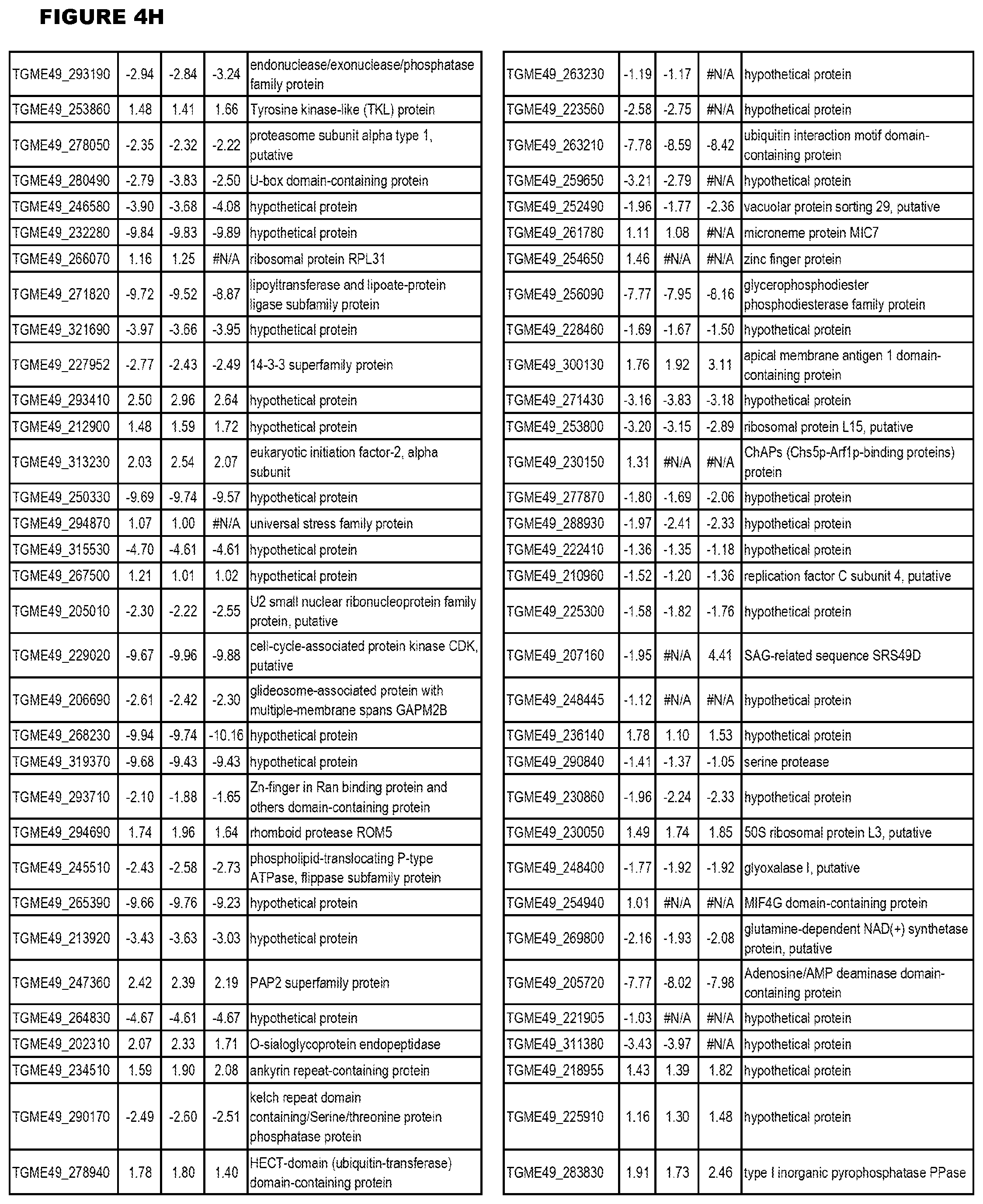
D00067
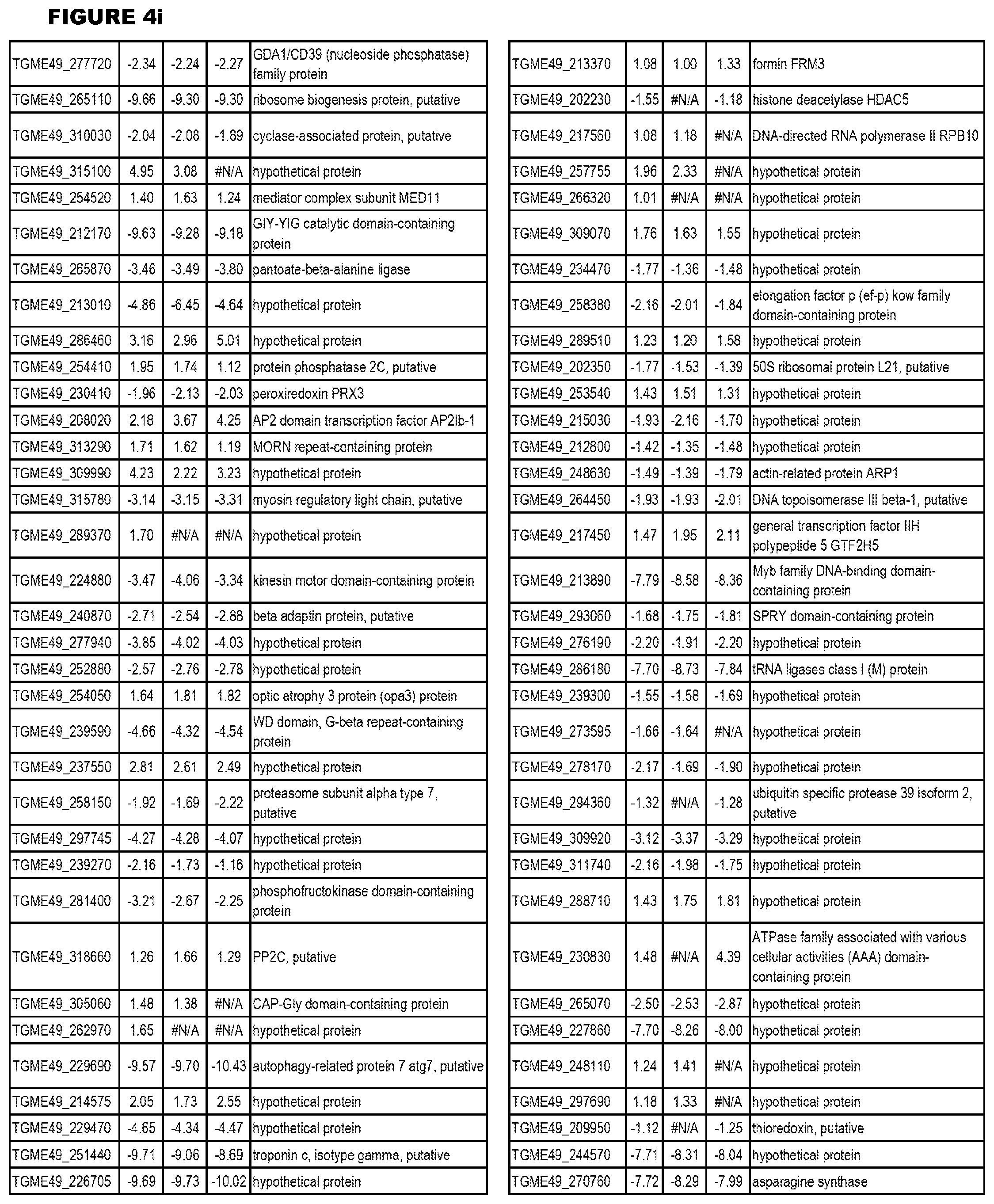
D00068
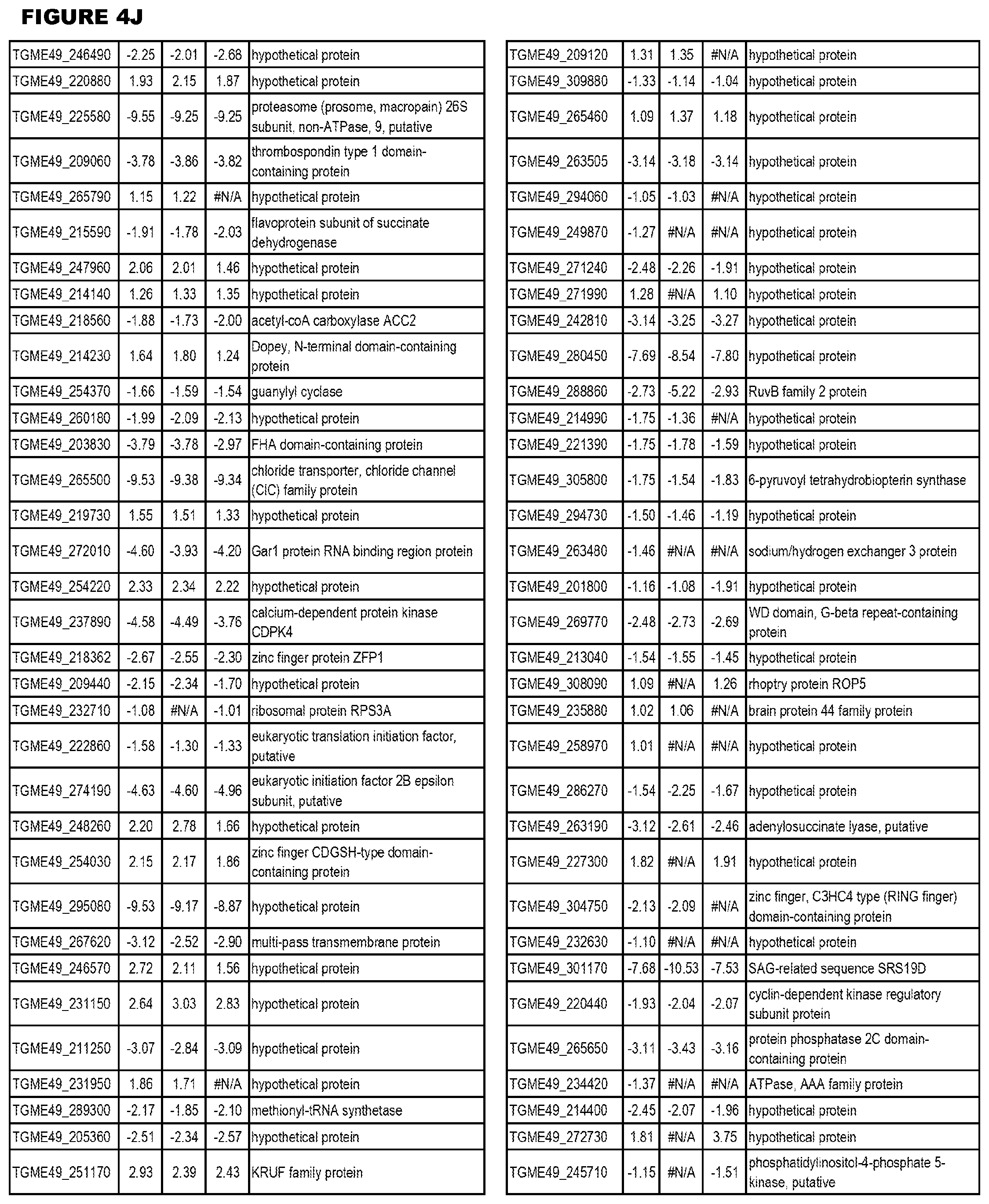
D00069
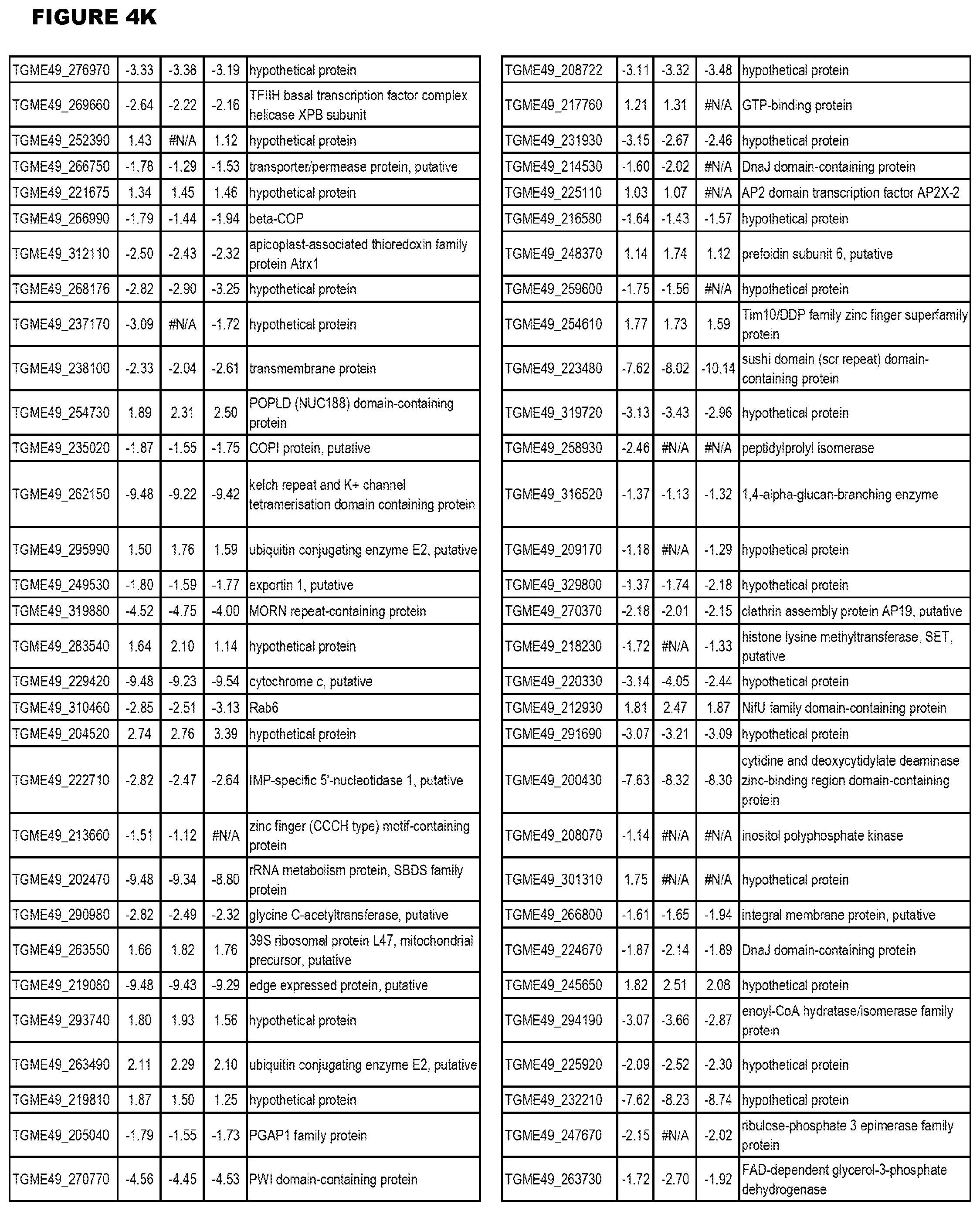
D00070
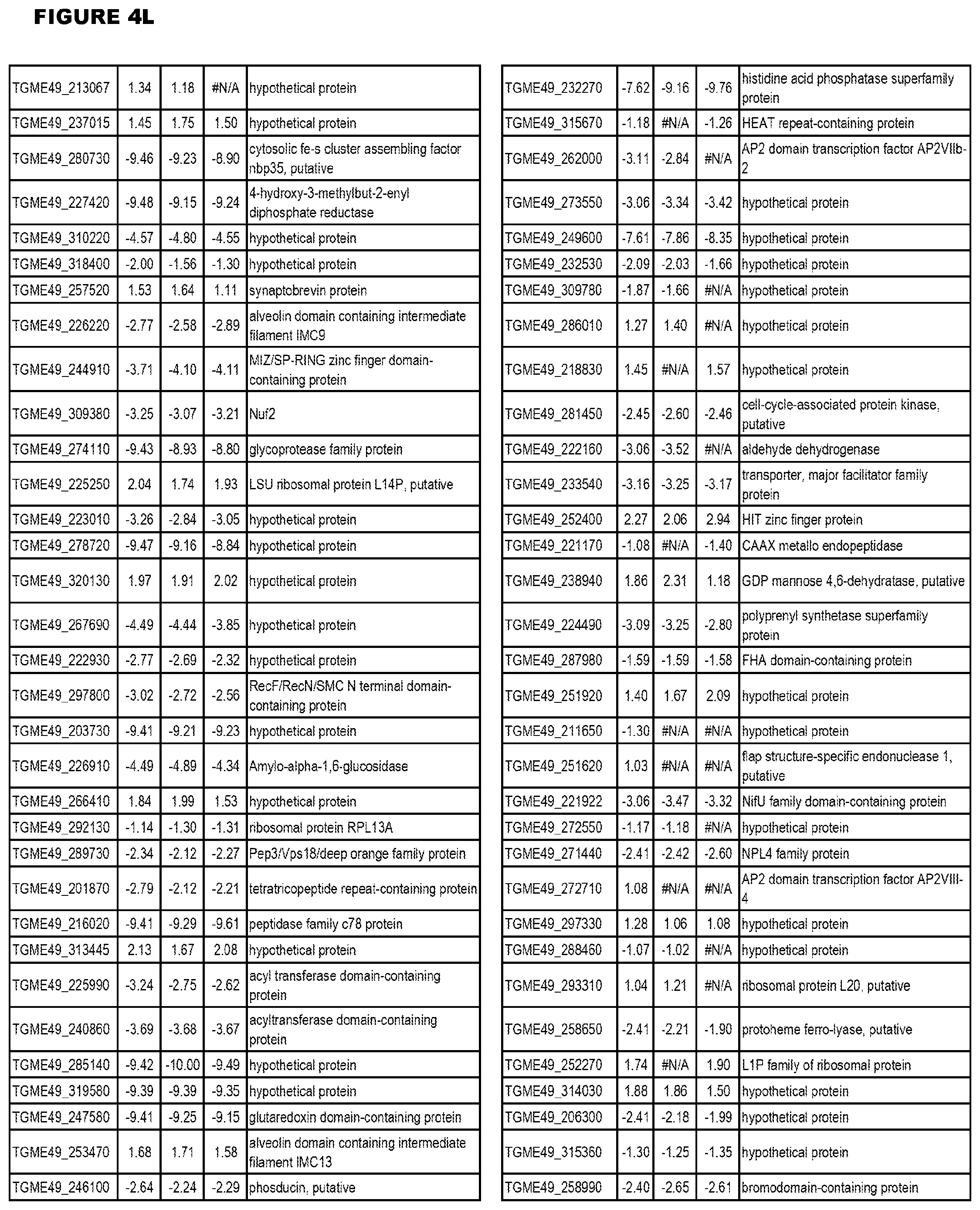
D00071
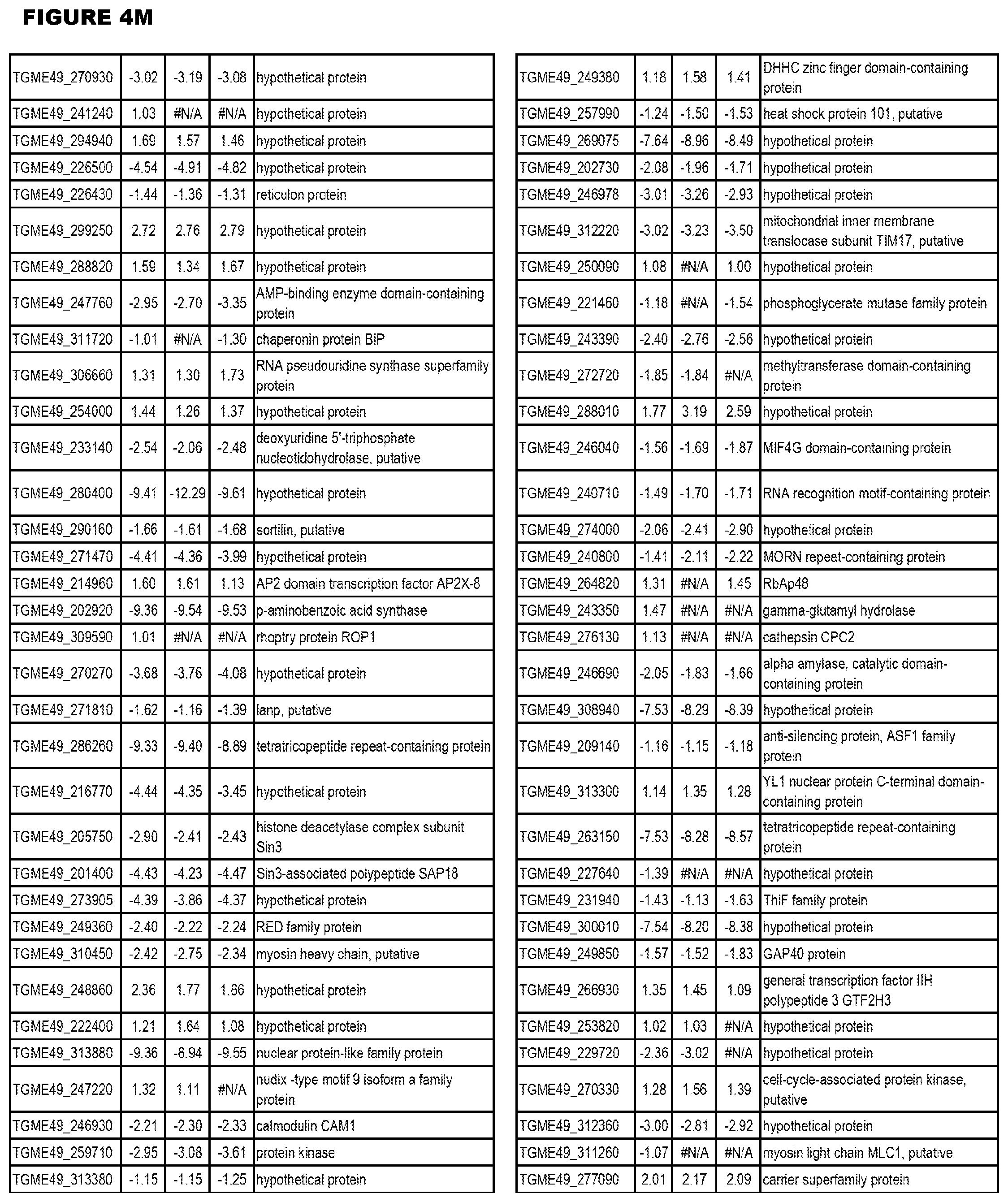
D00072
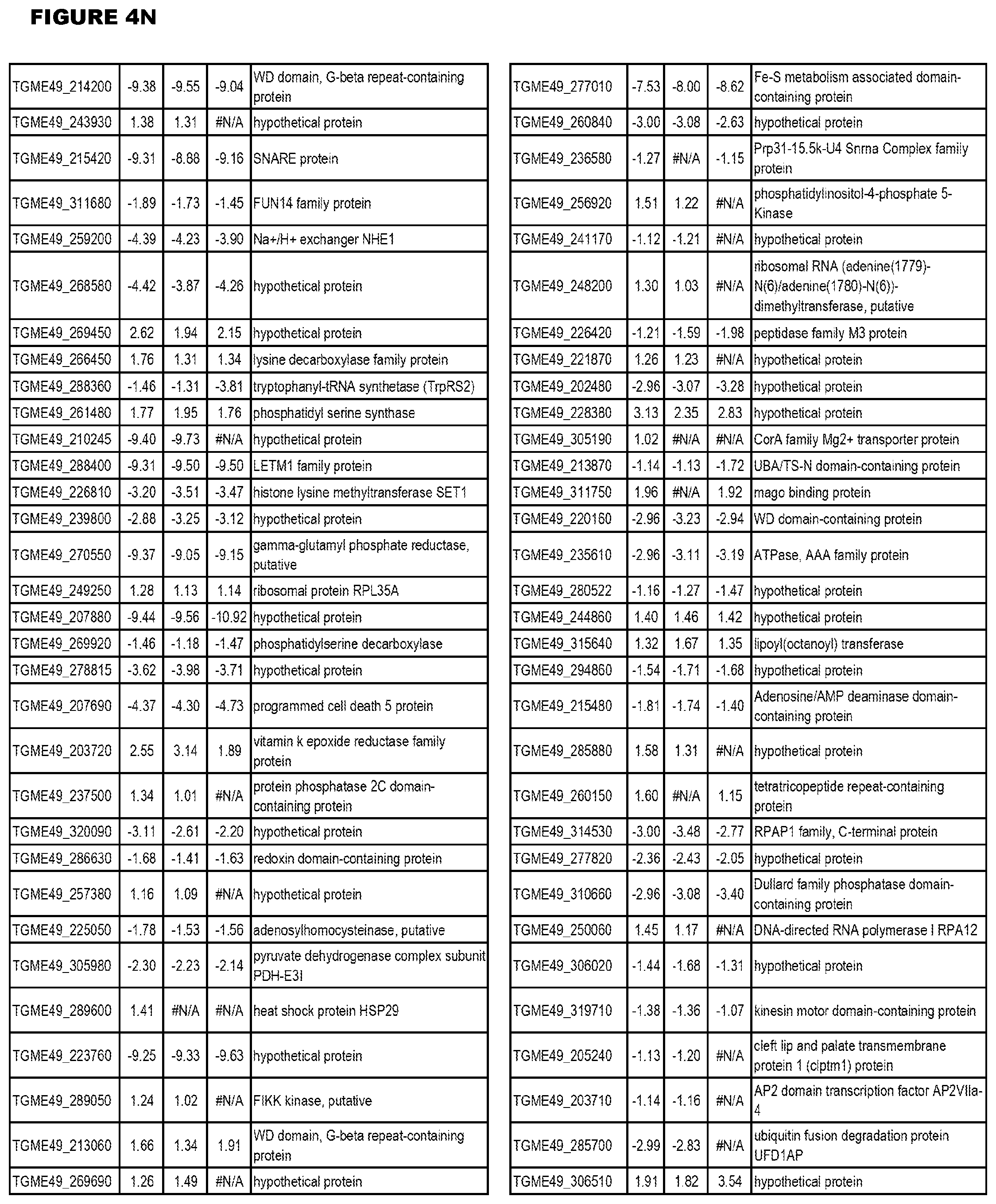
D00073
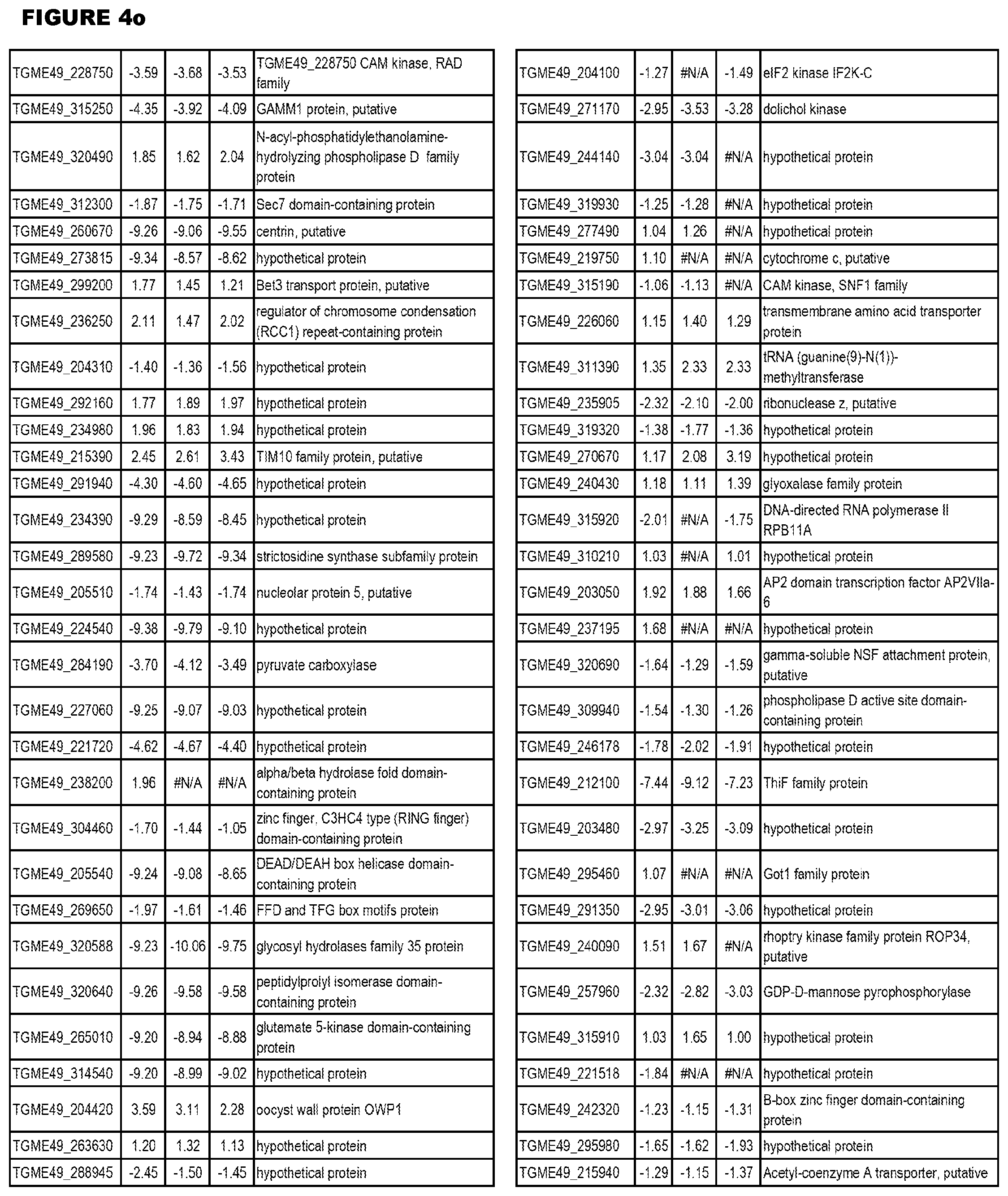
D00074
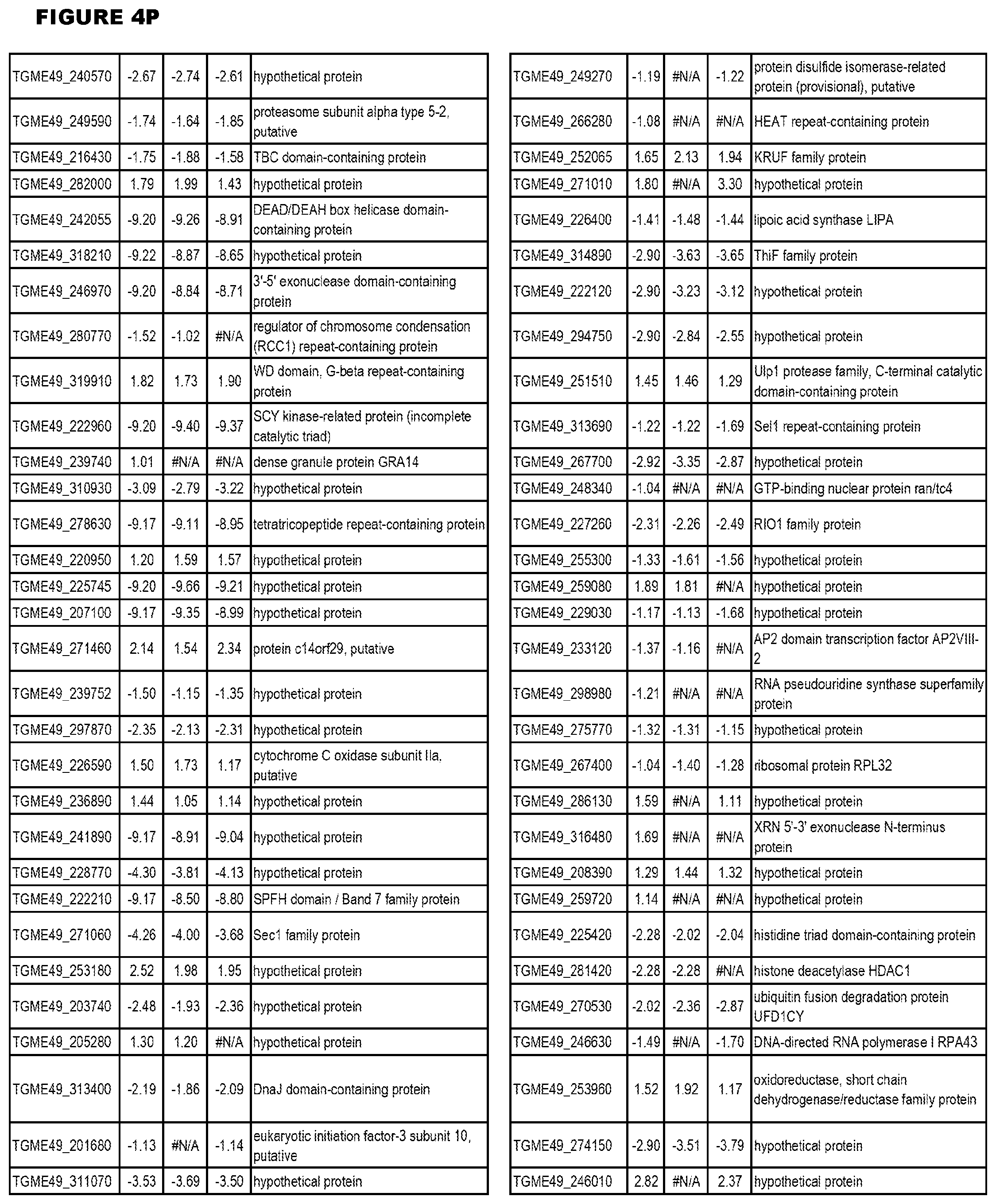
D00075
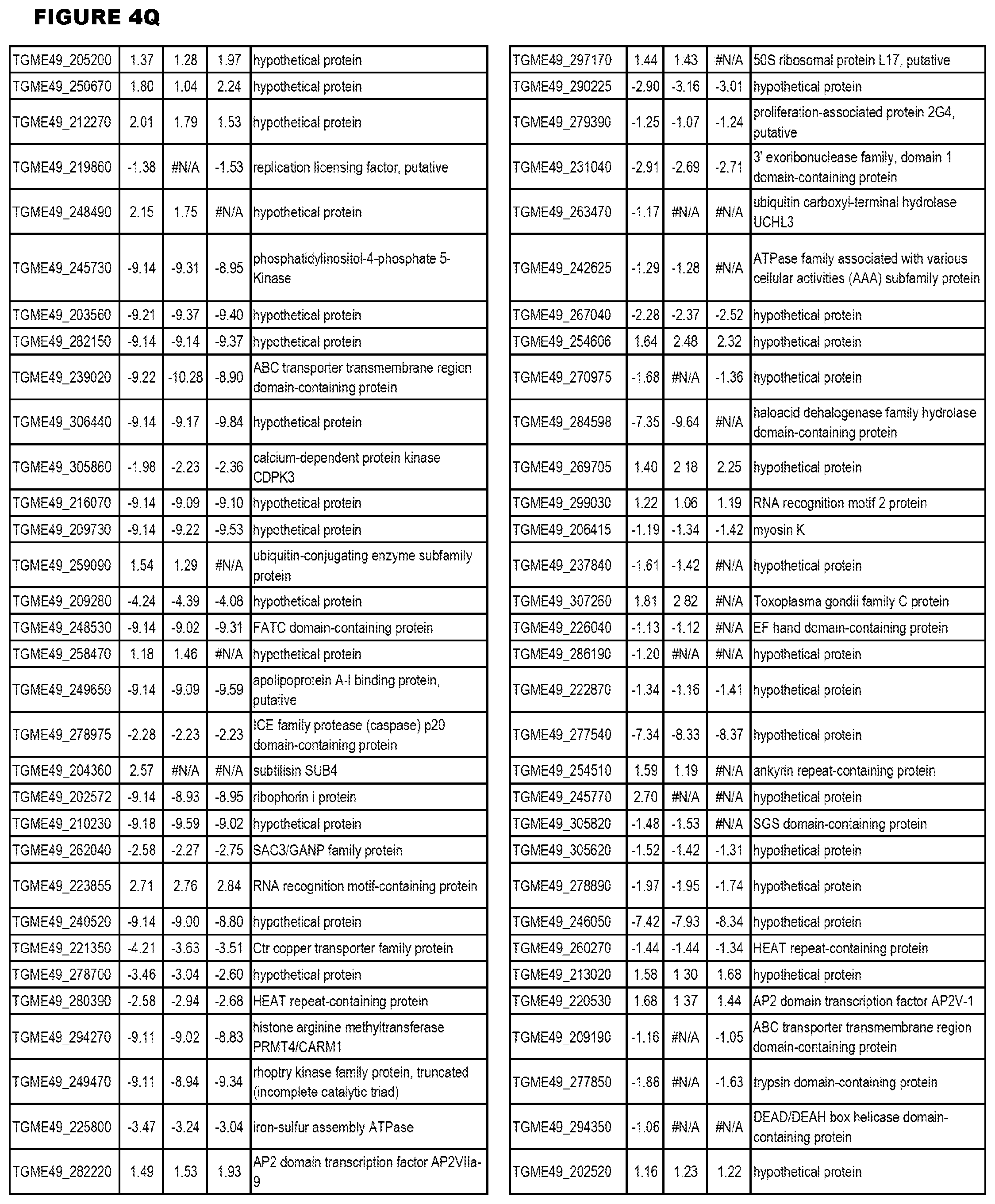
D00076
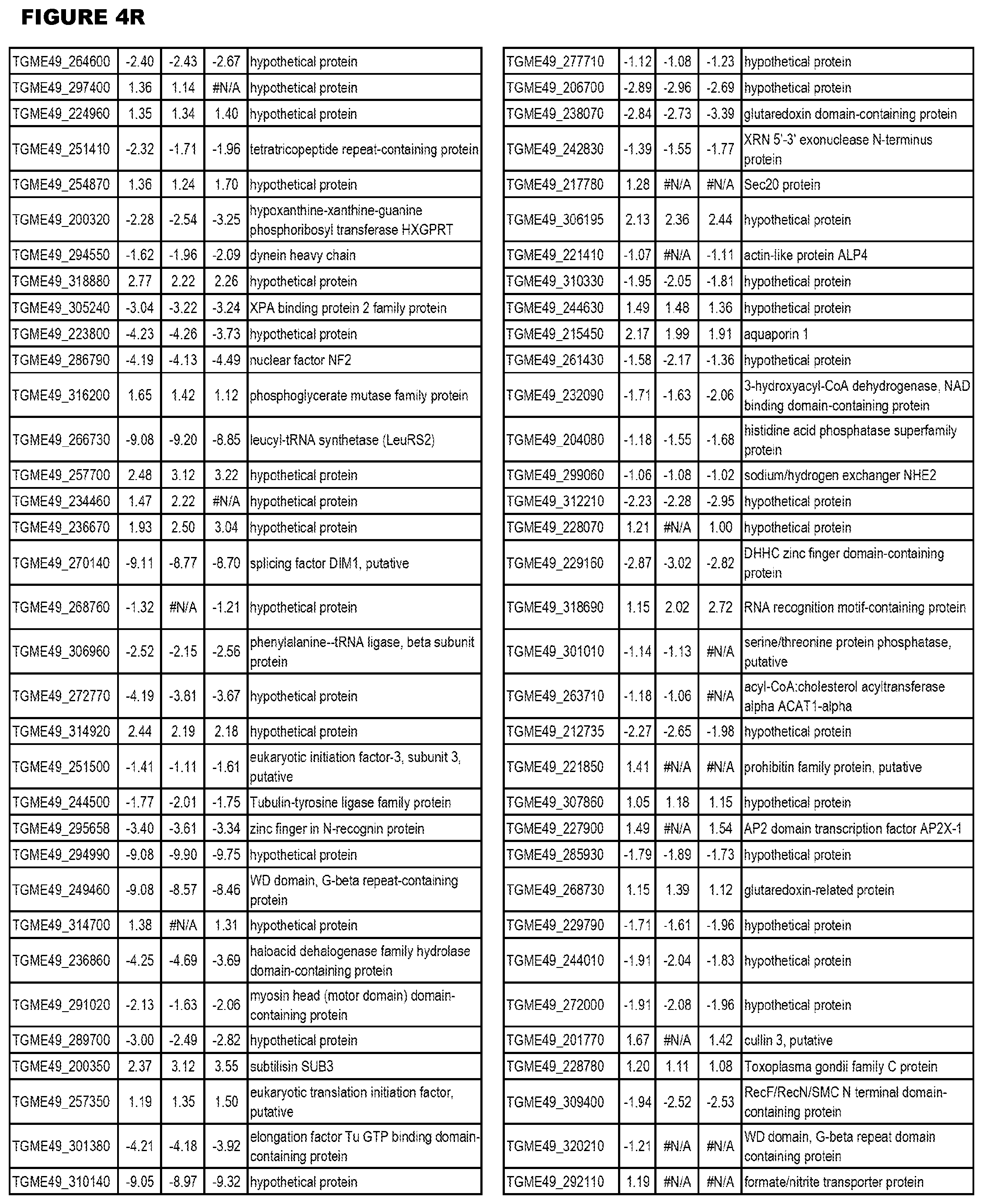
D00077
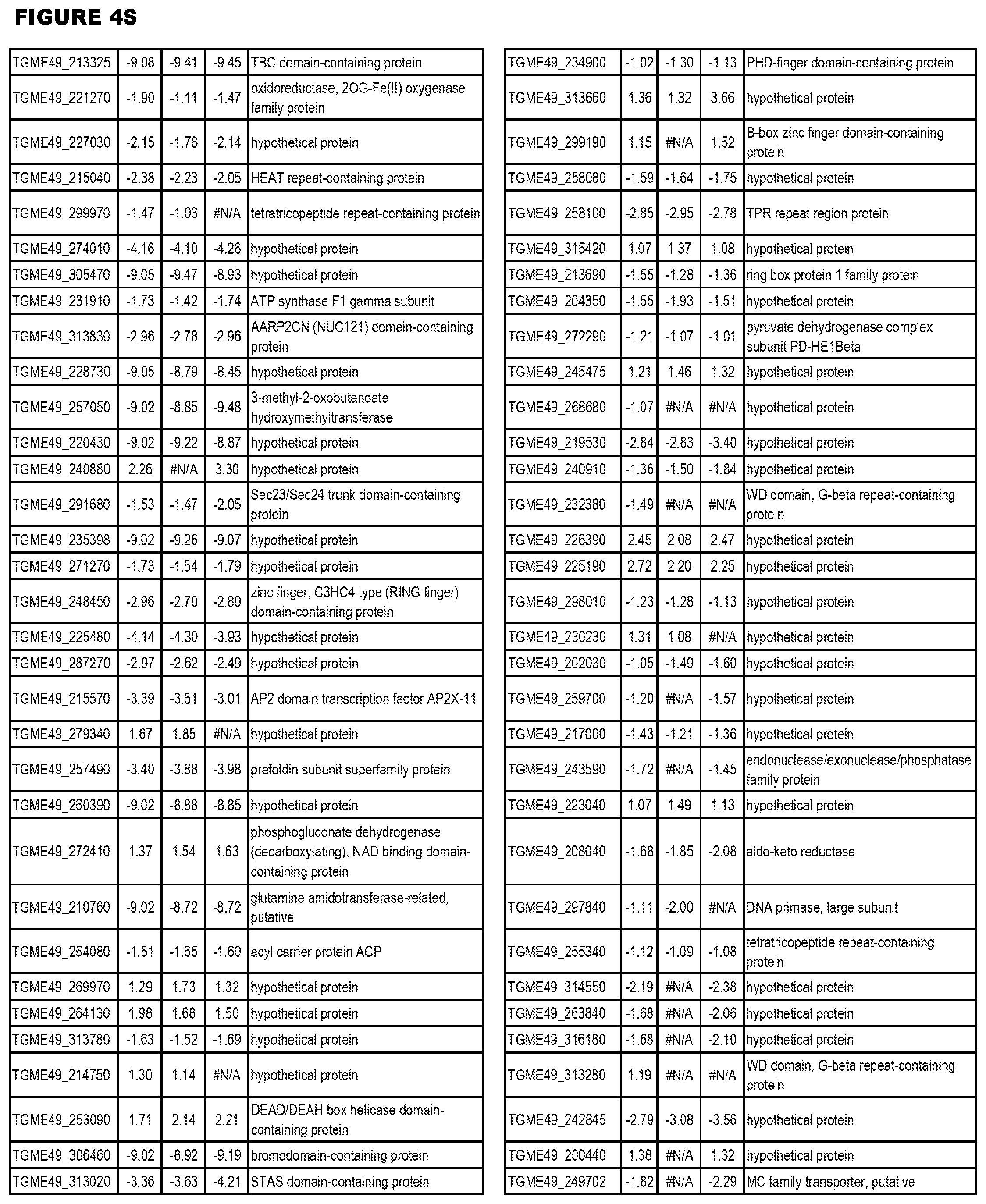
D00078

D00079
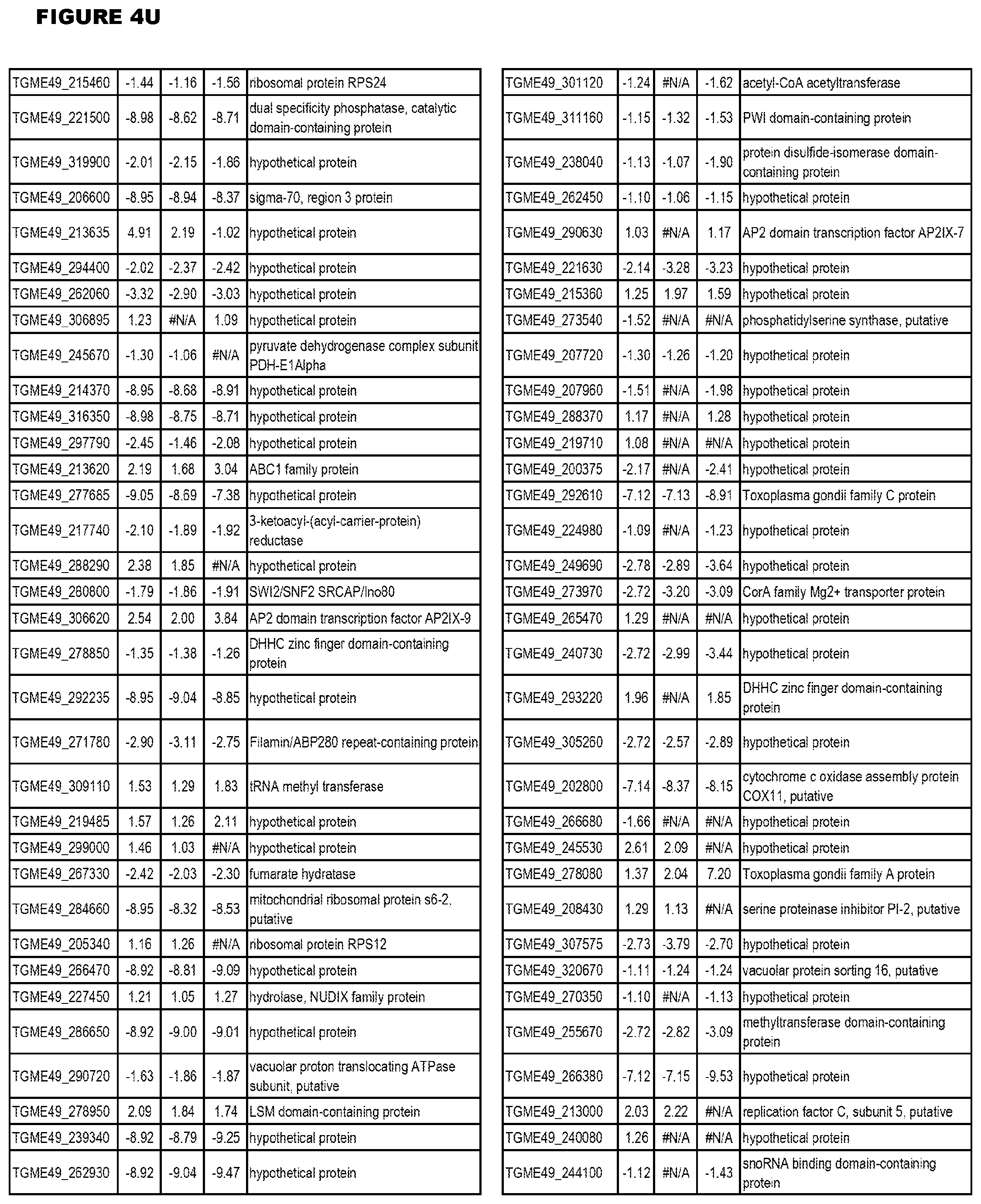
D00080
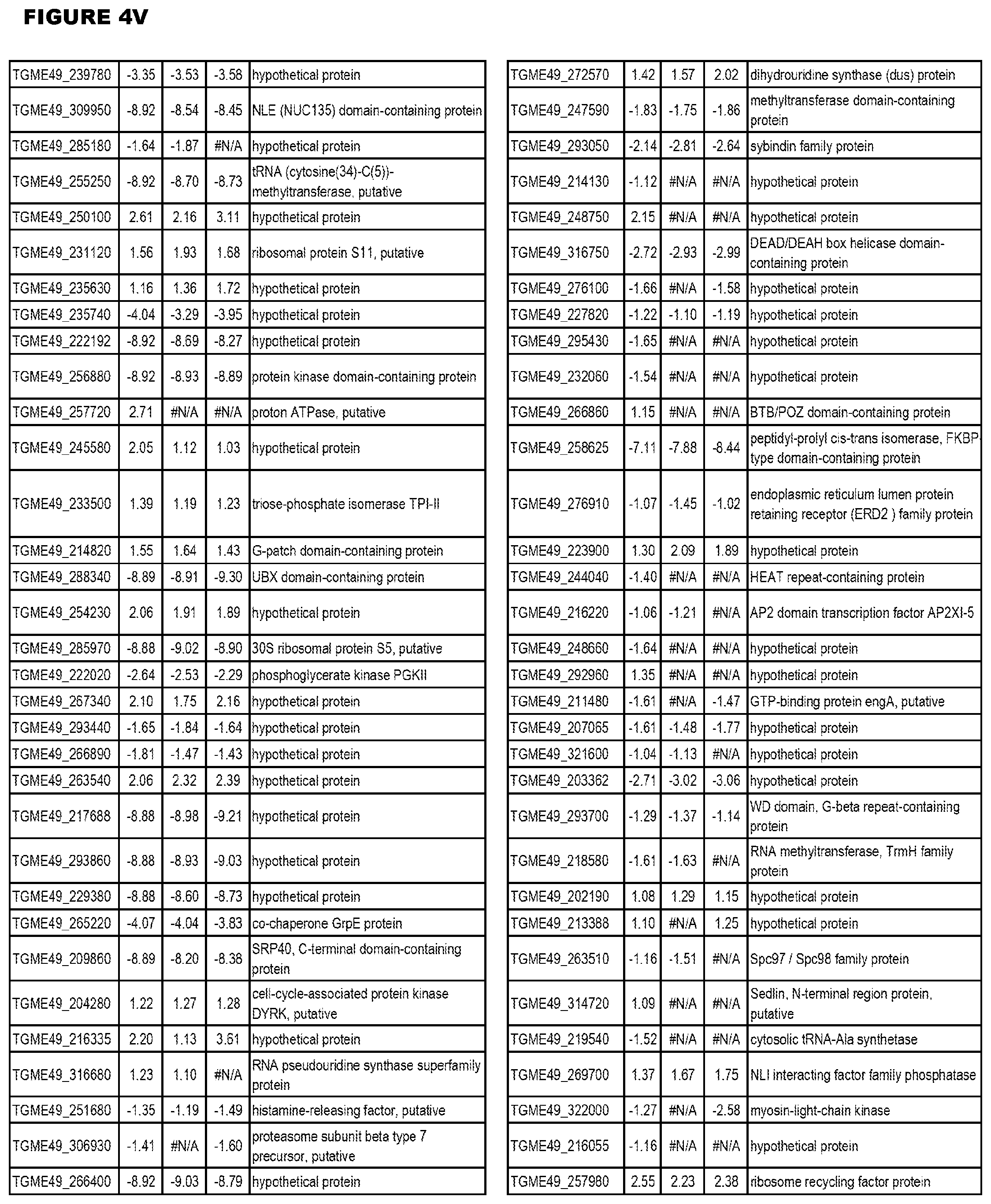
D00081
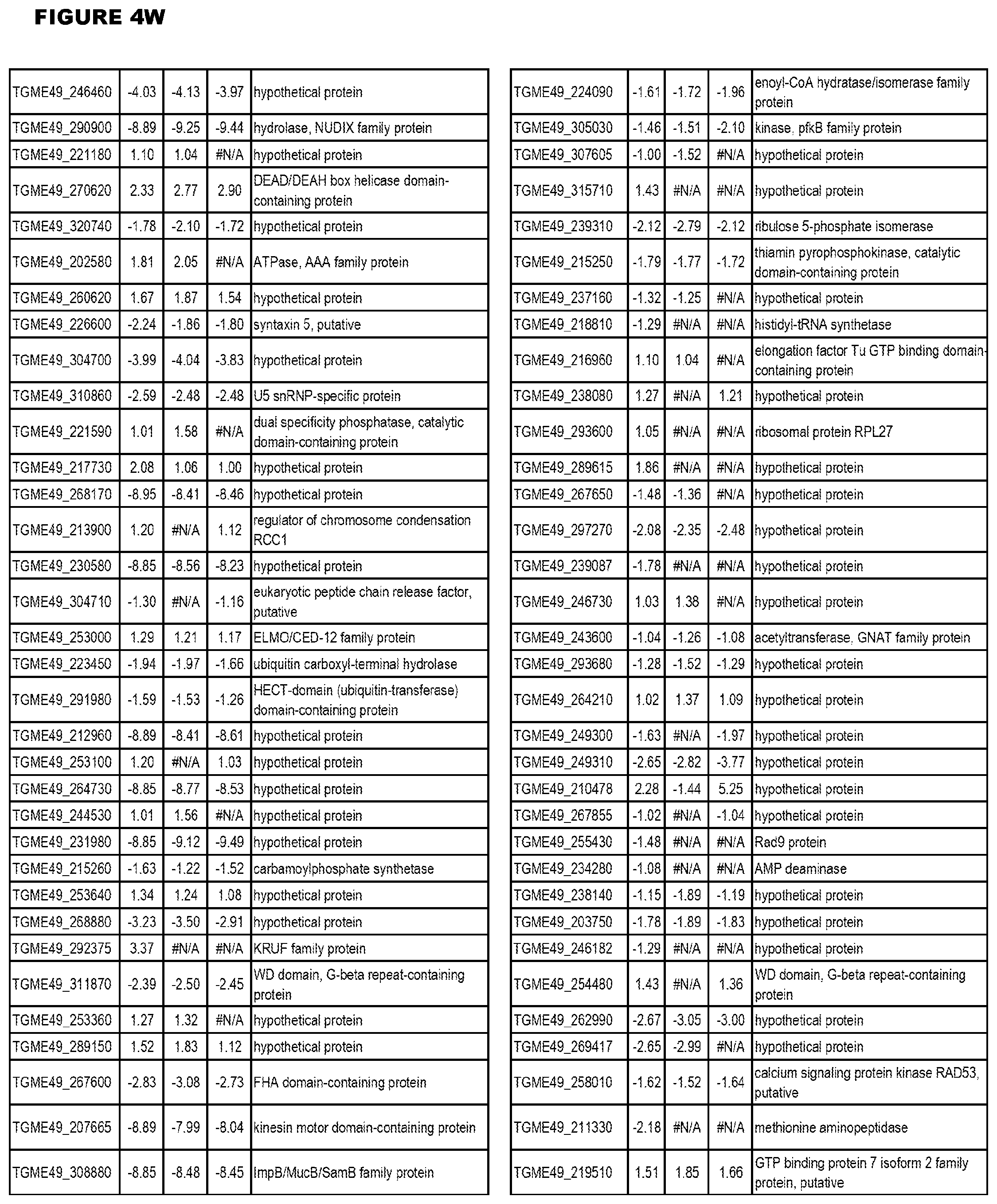
D00082
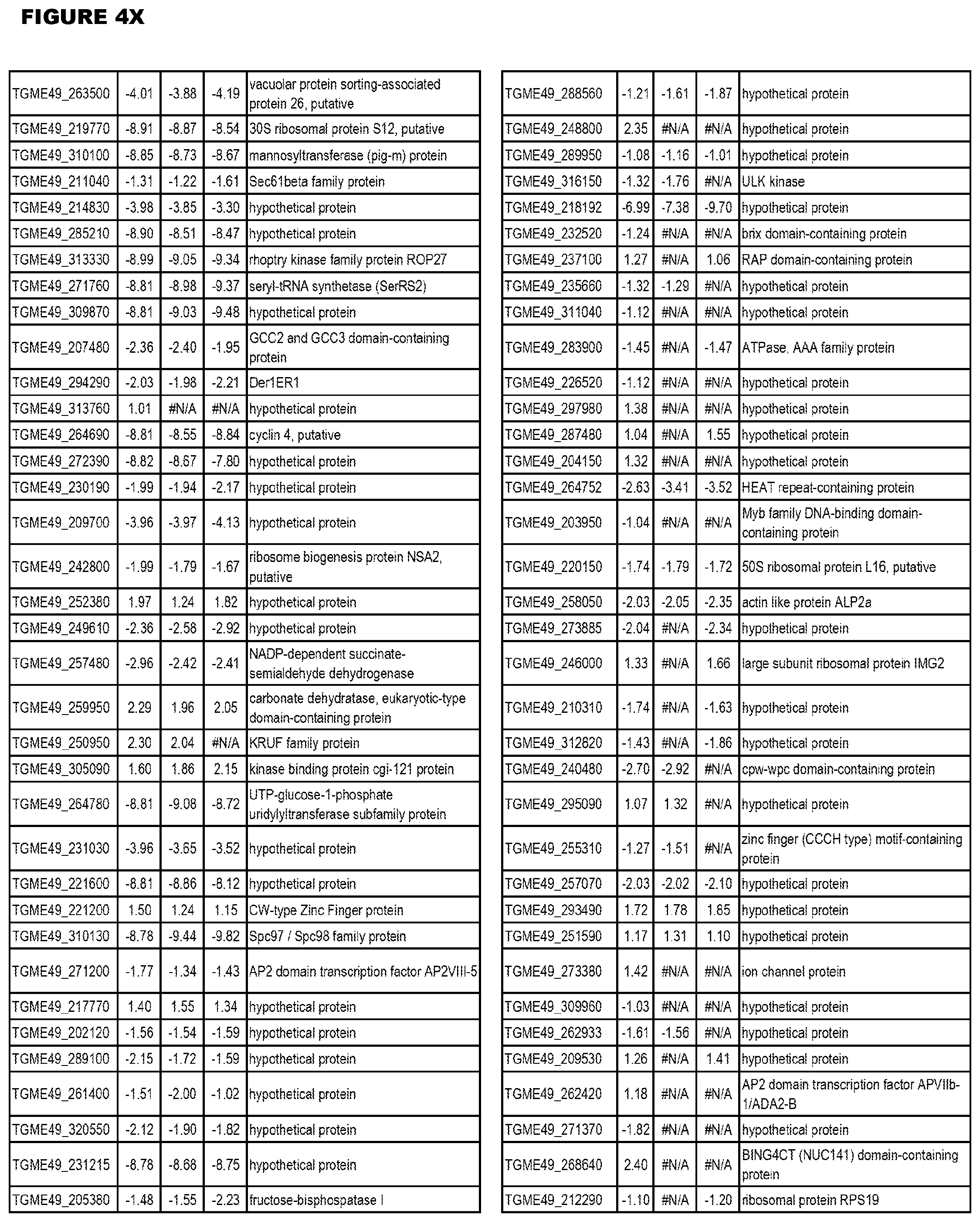
D00083
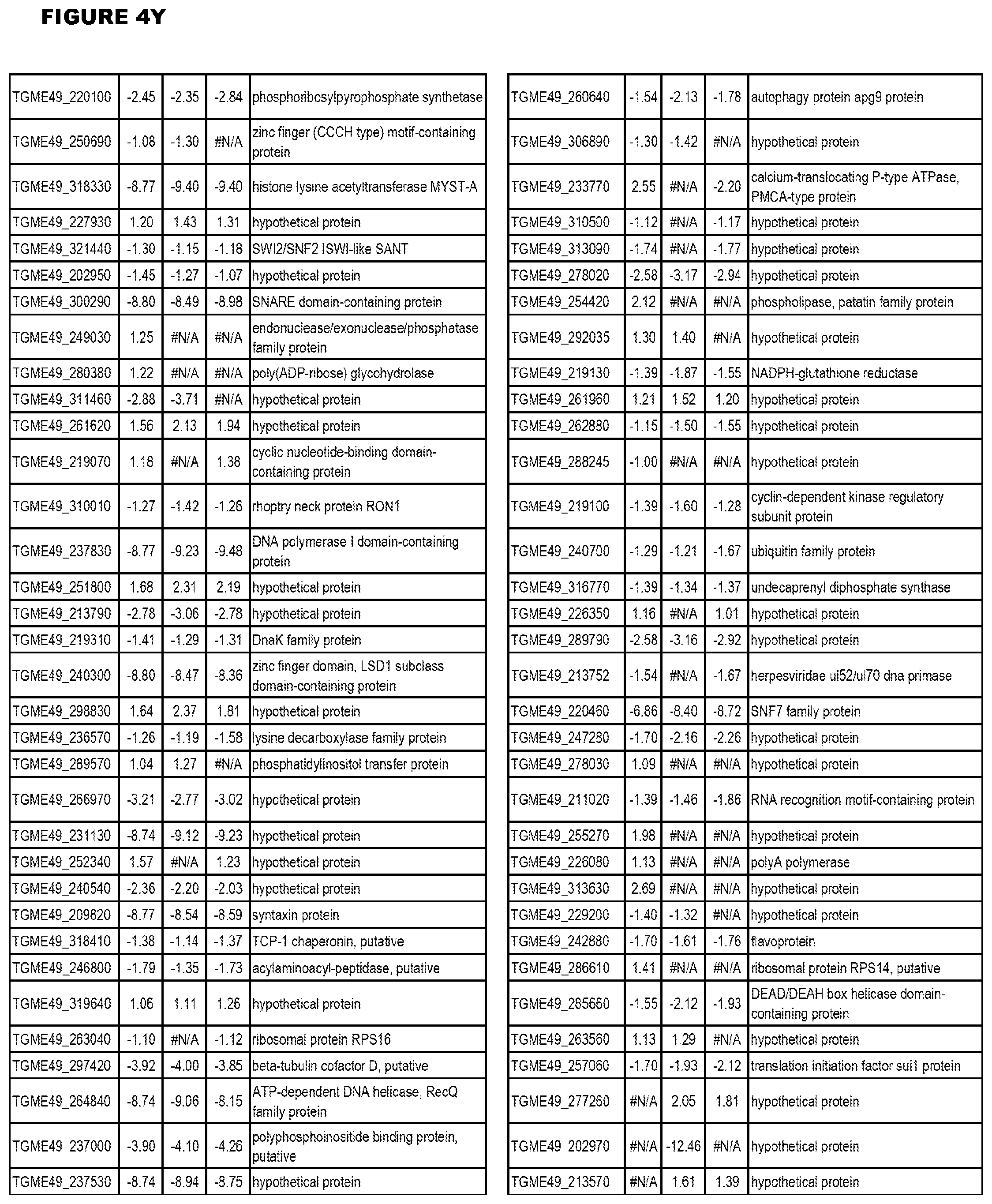
D00084
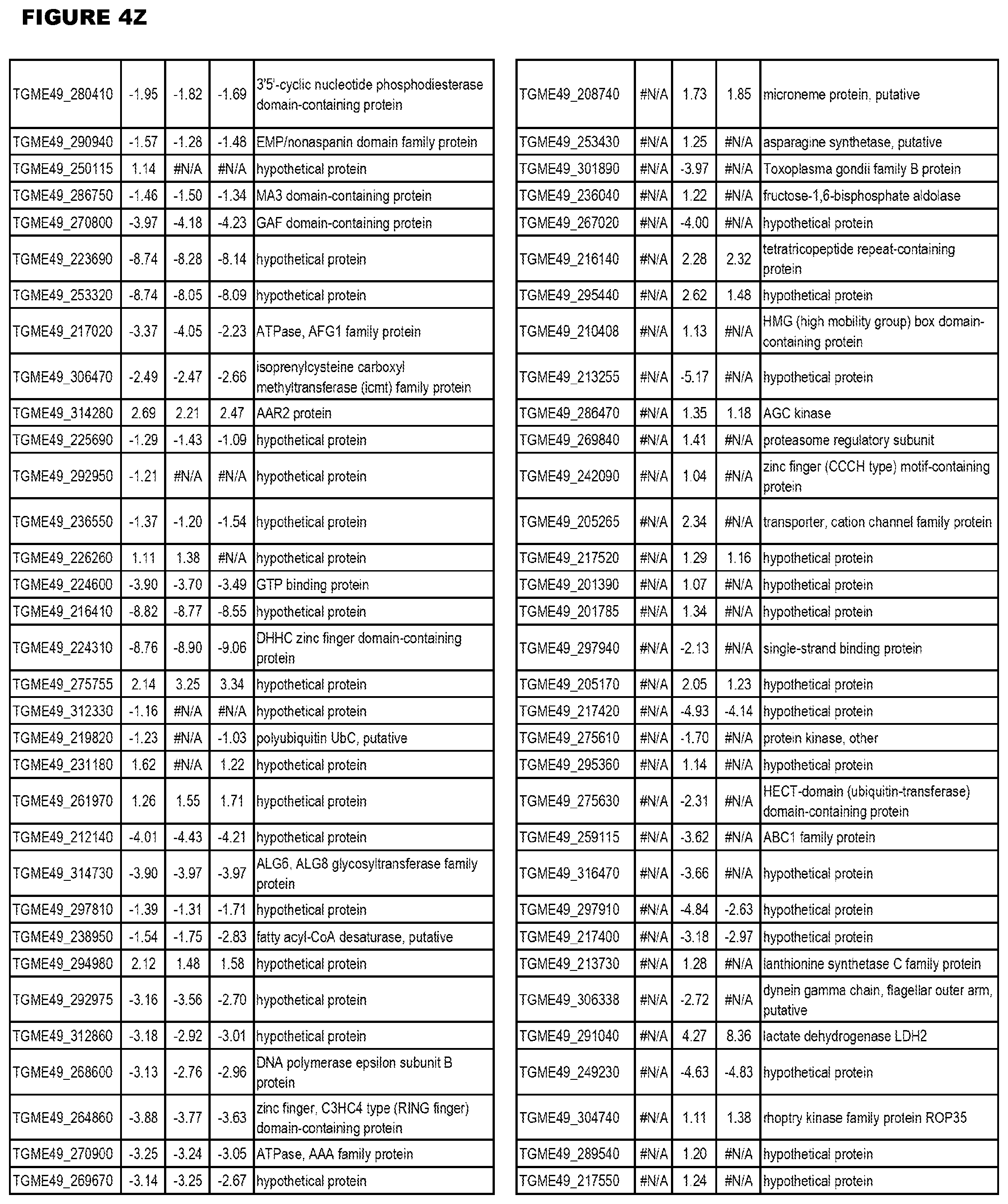
D00085
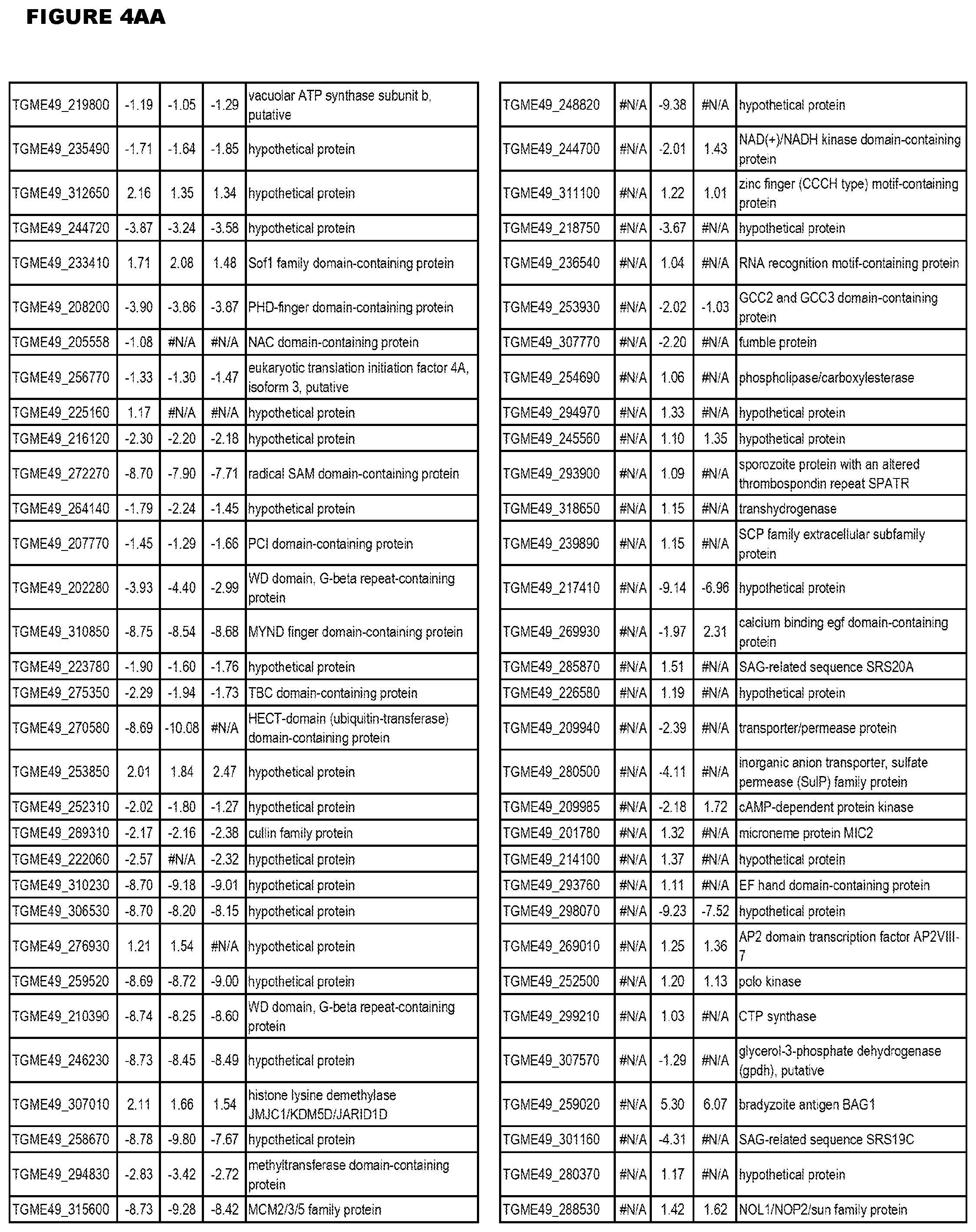
D00086
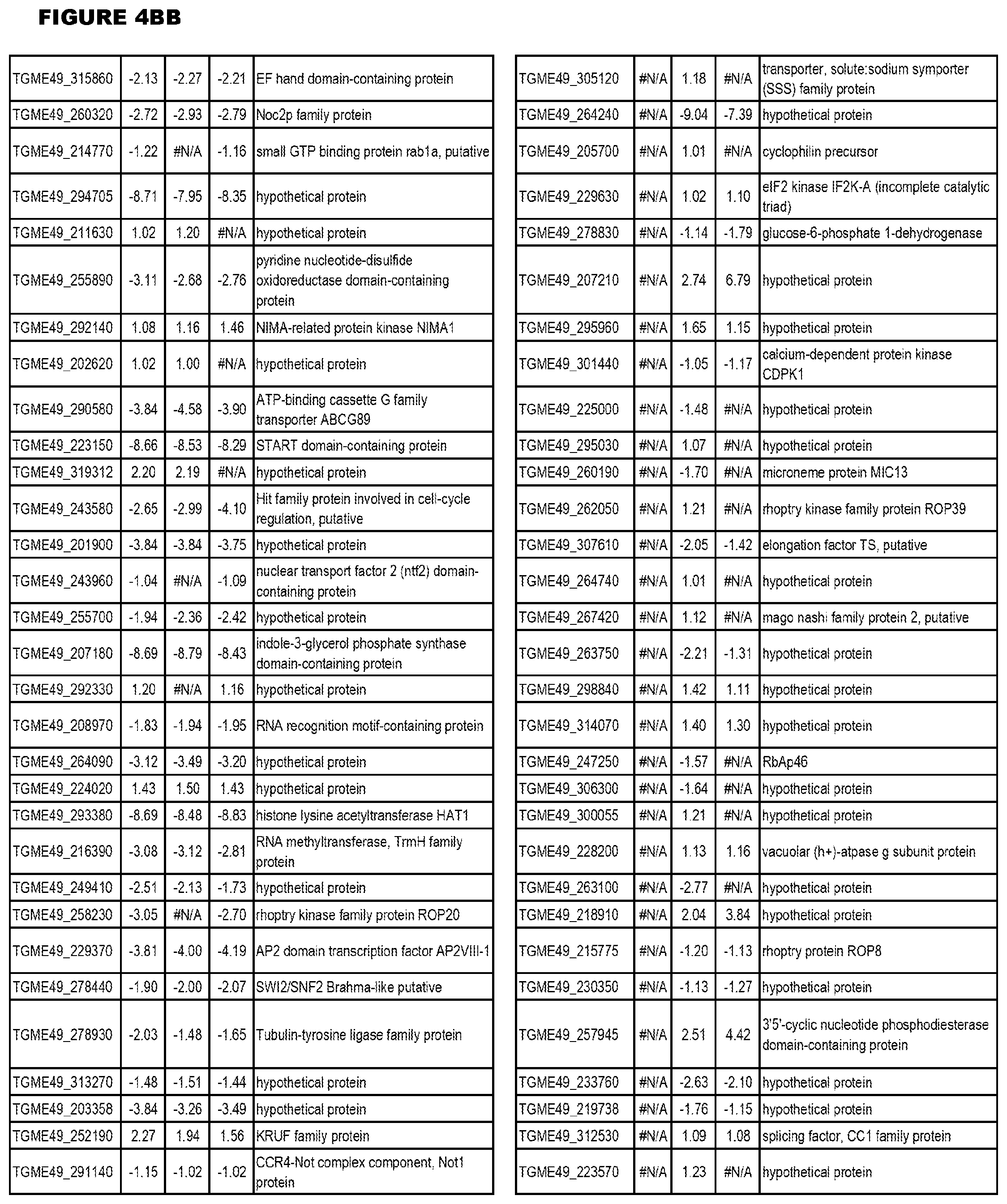
D00087
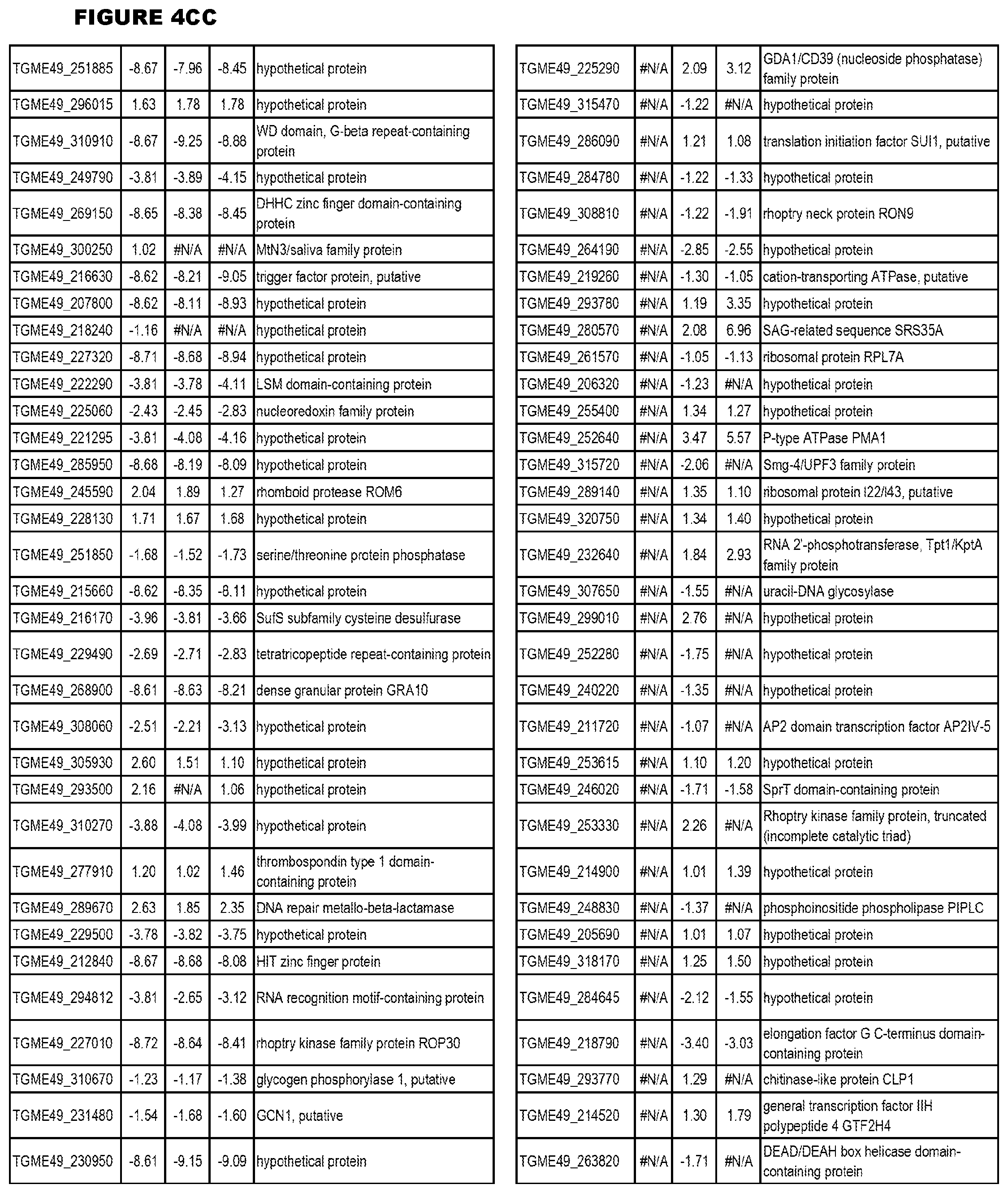
D00088
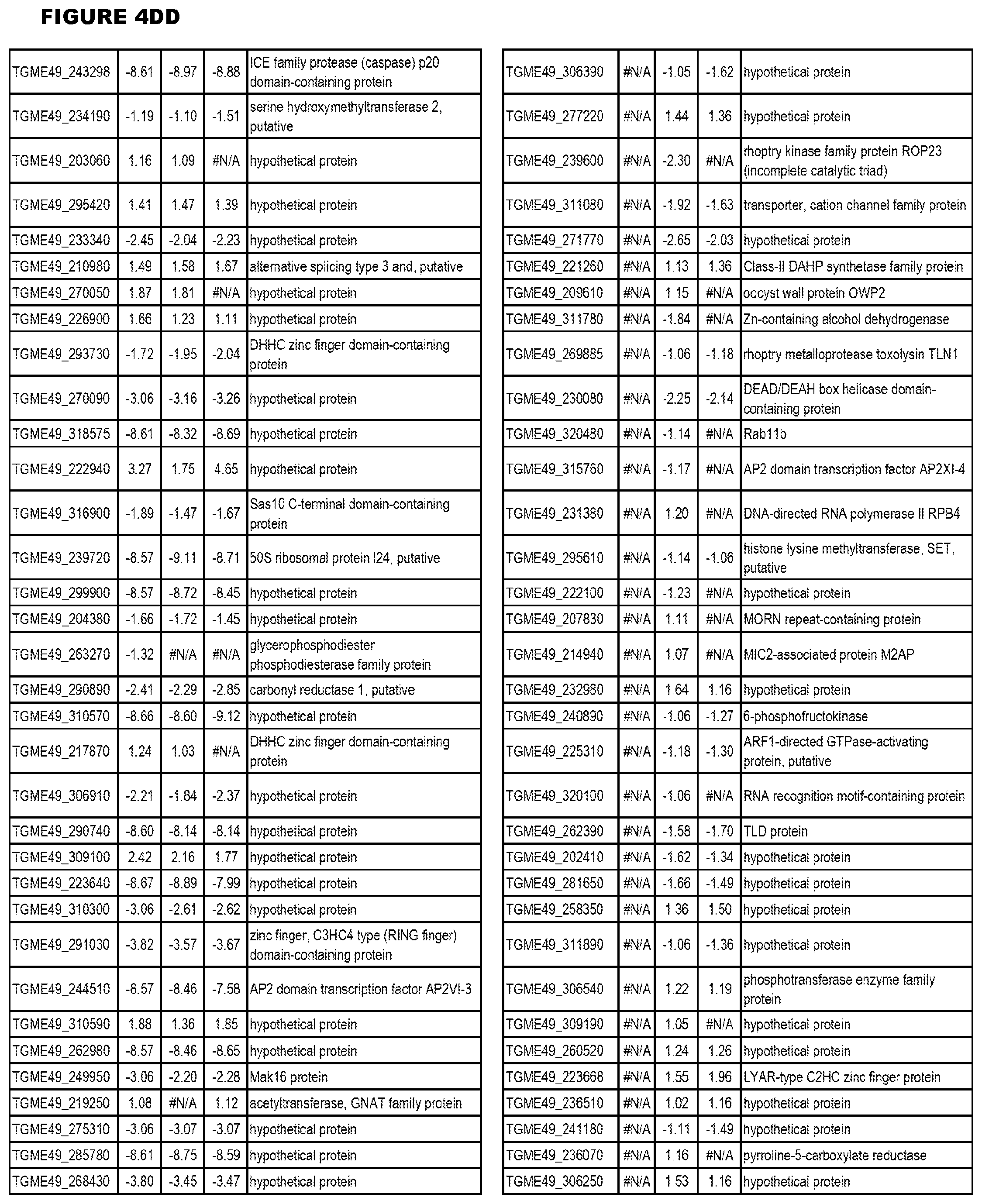
D00089
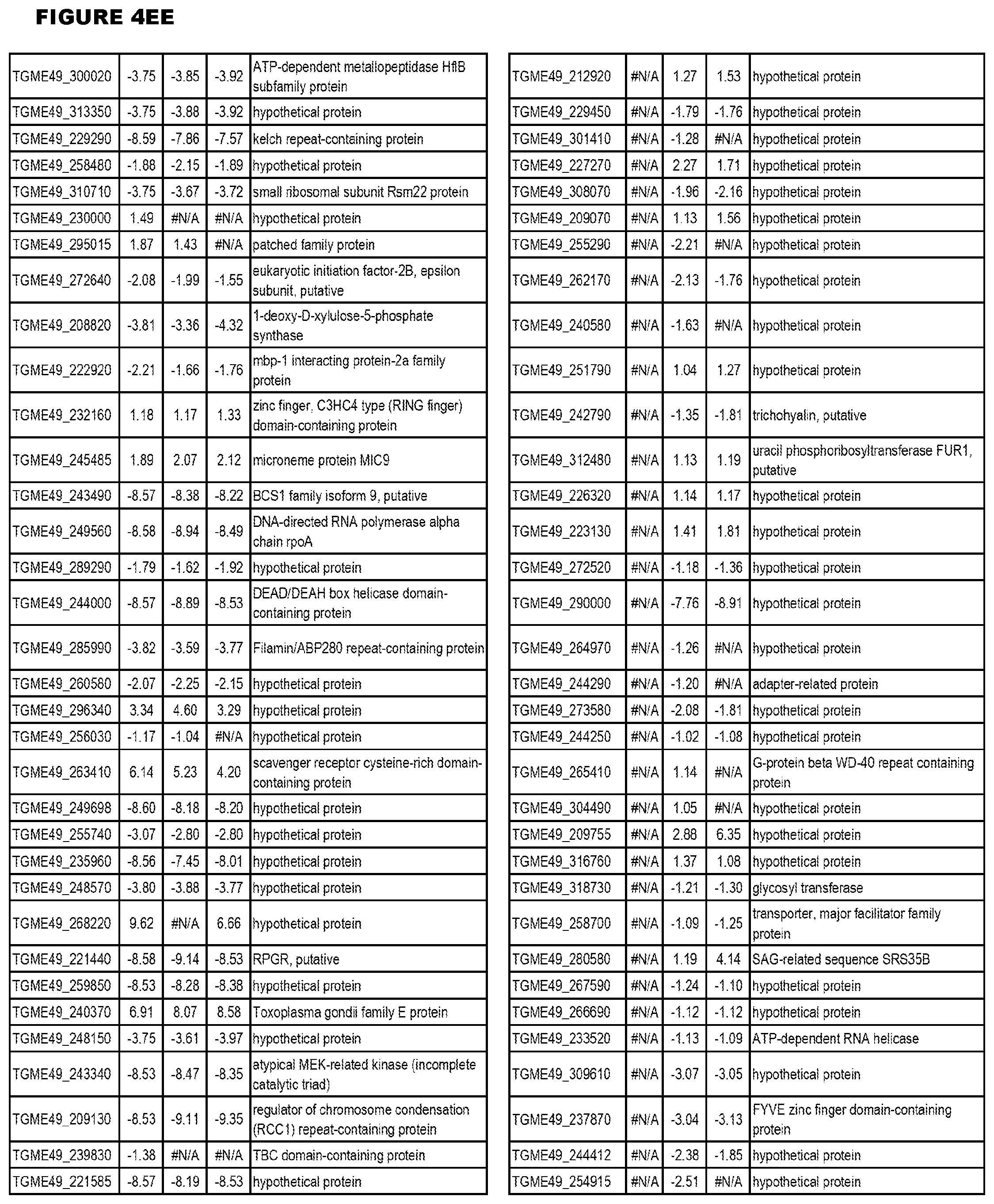
D00090

D00091
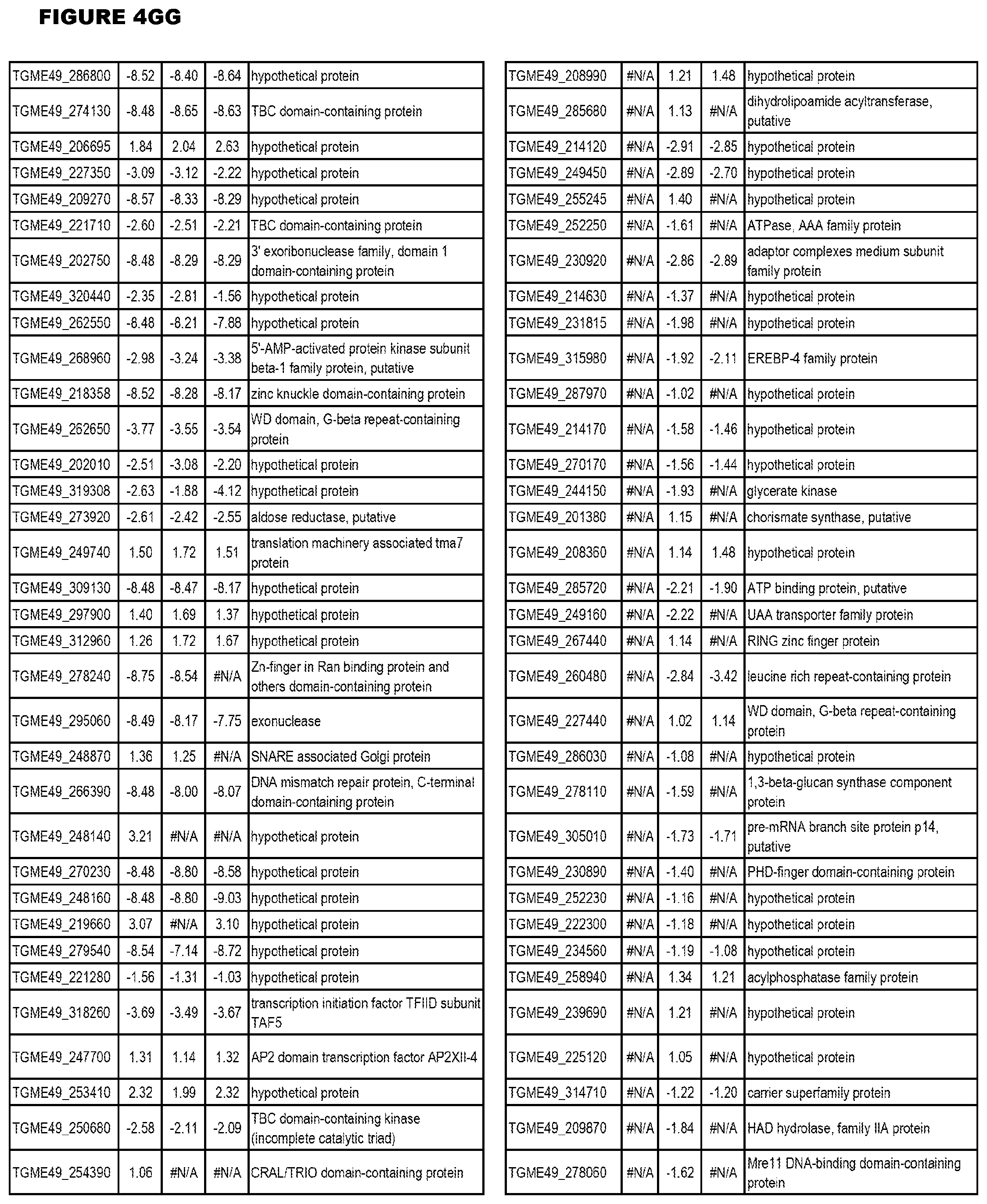
D00092
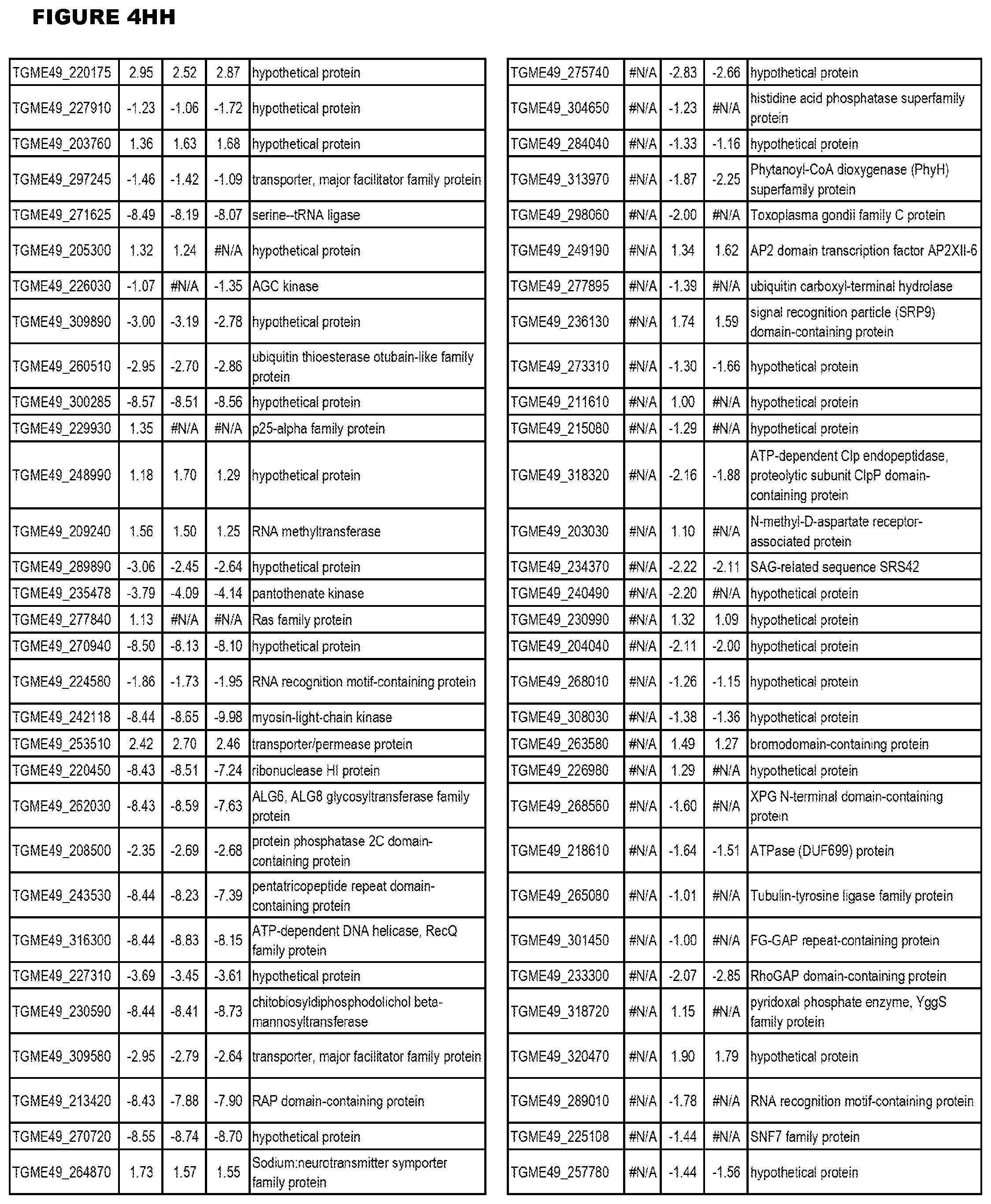
D00093
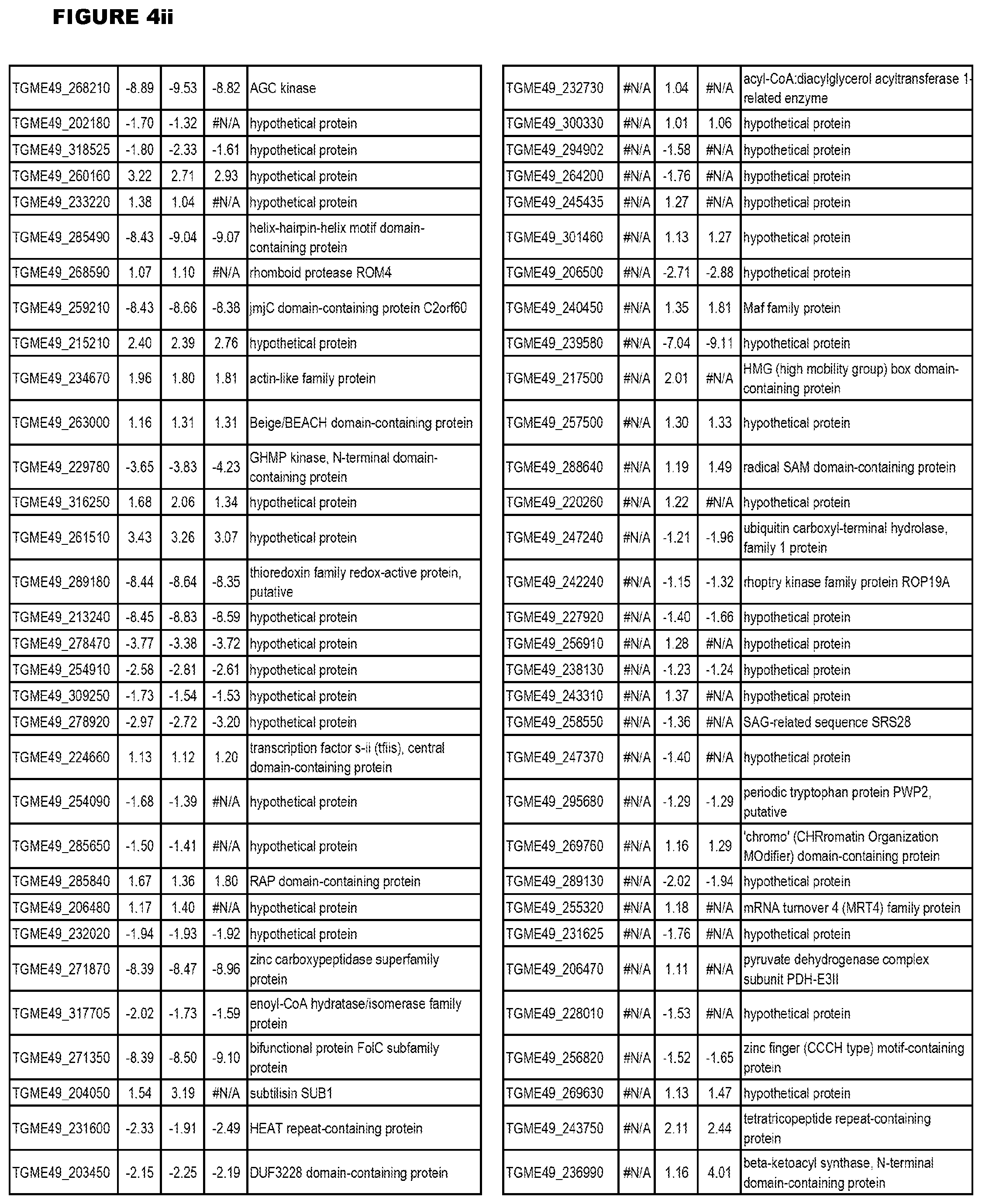
D00094
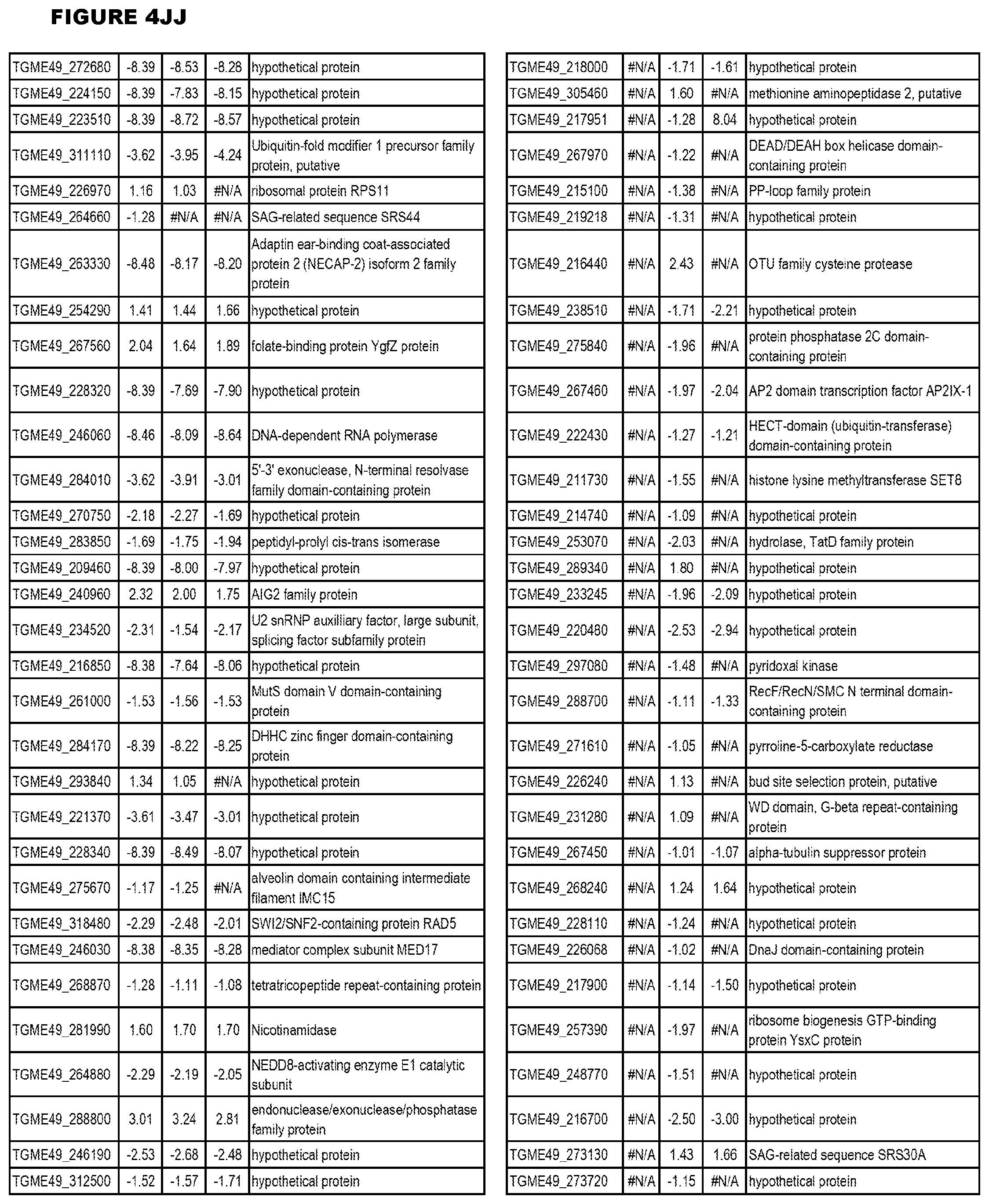
D00095
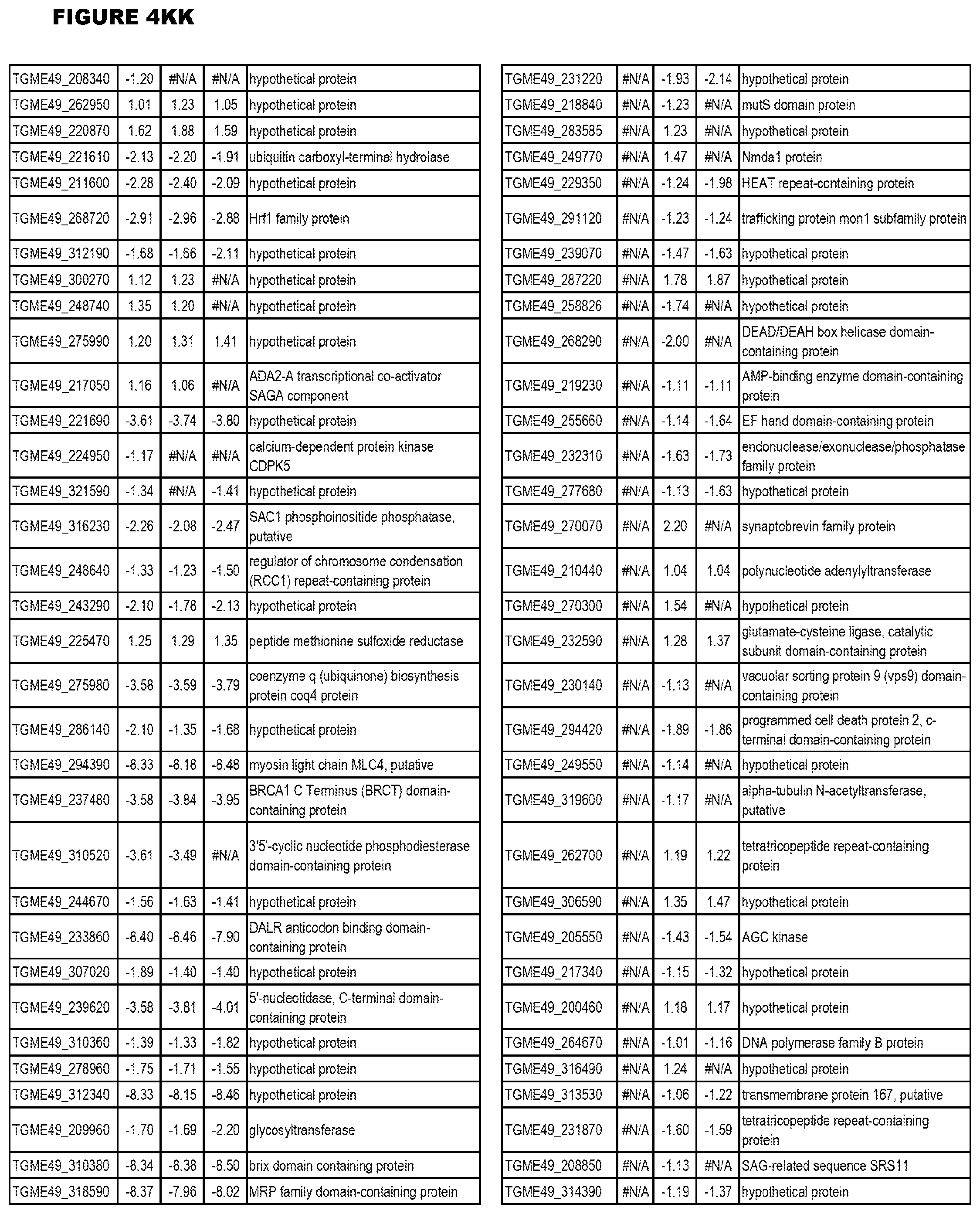
D00096
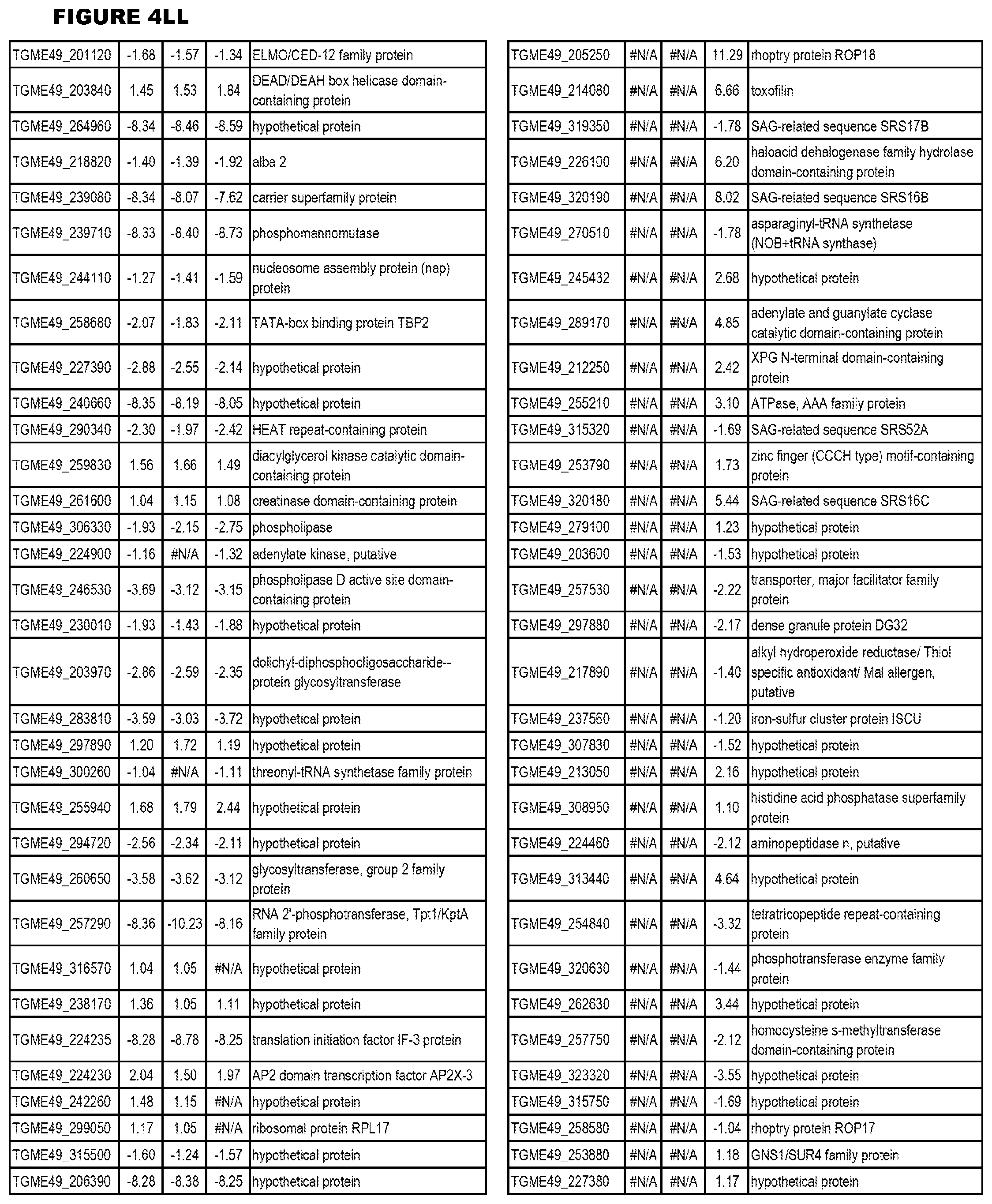
D00097
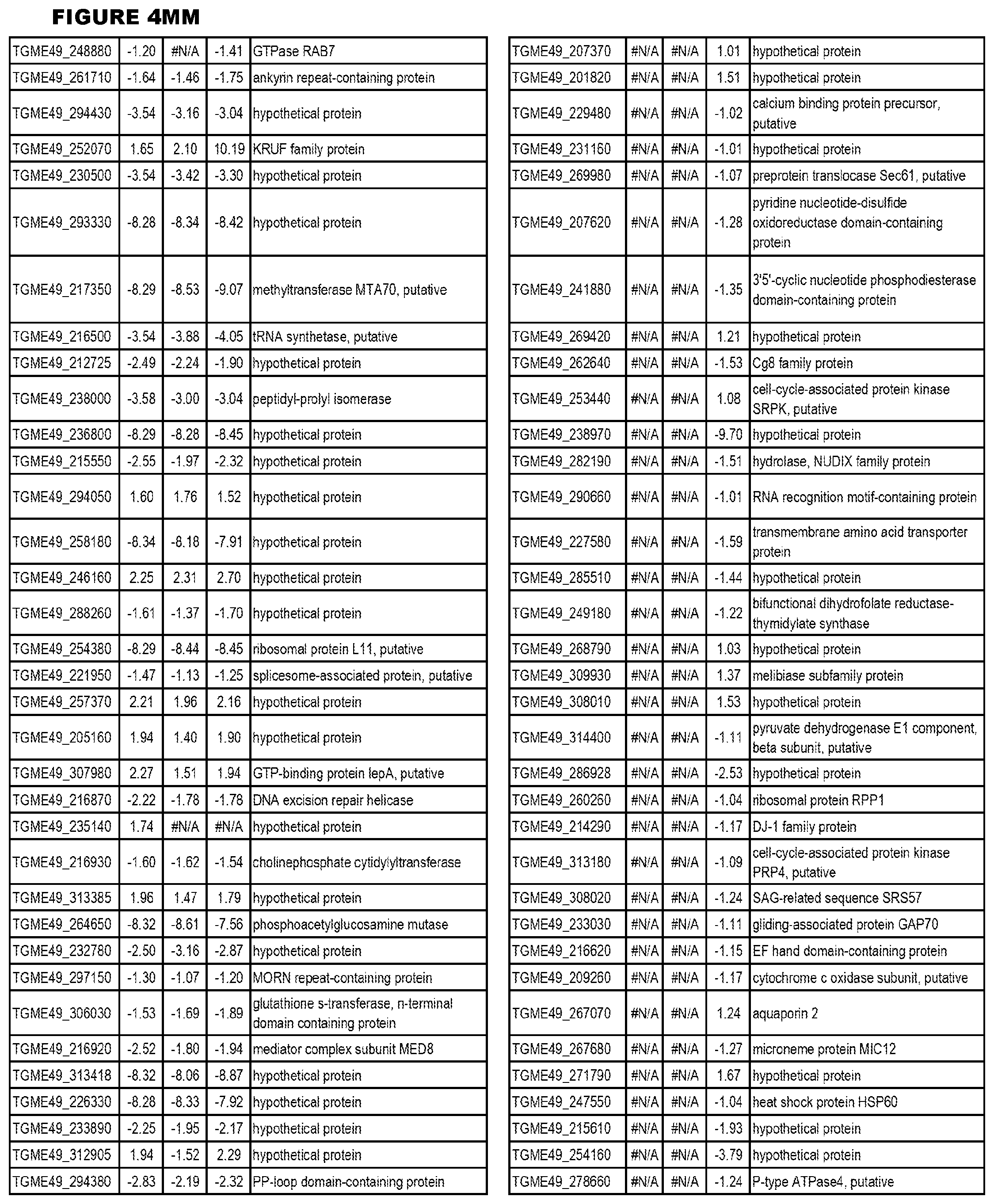
D00098
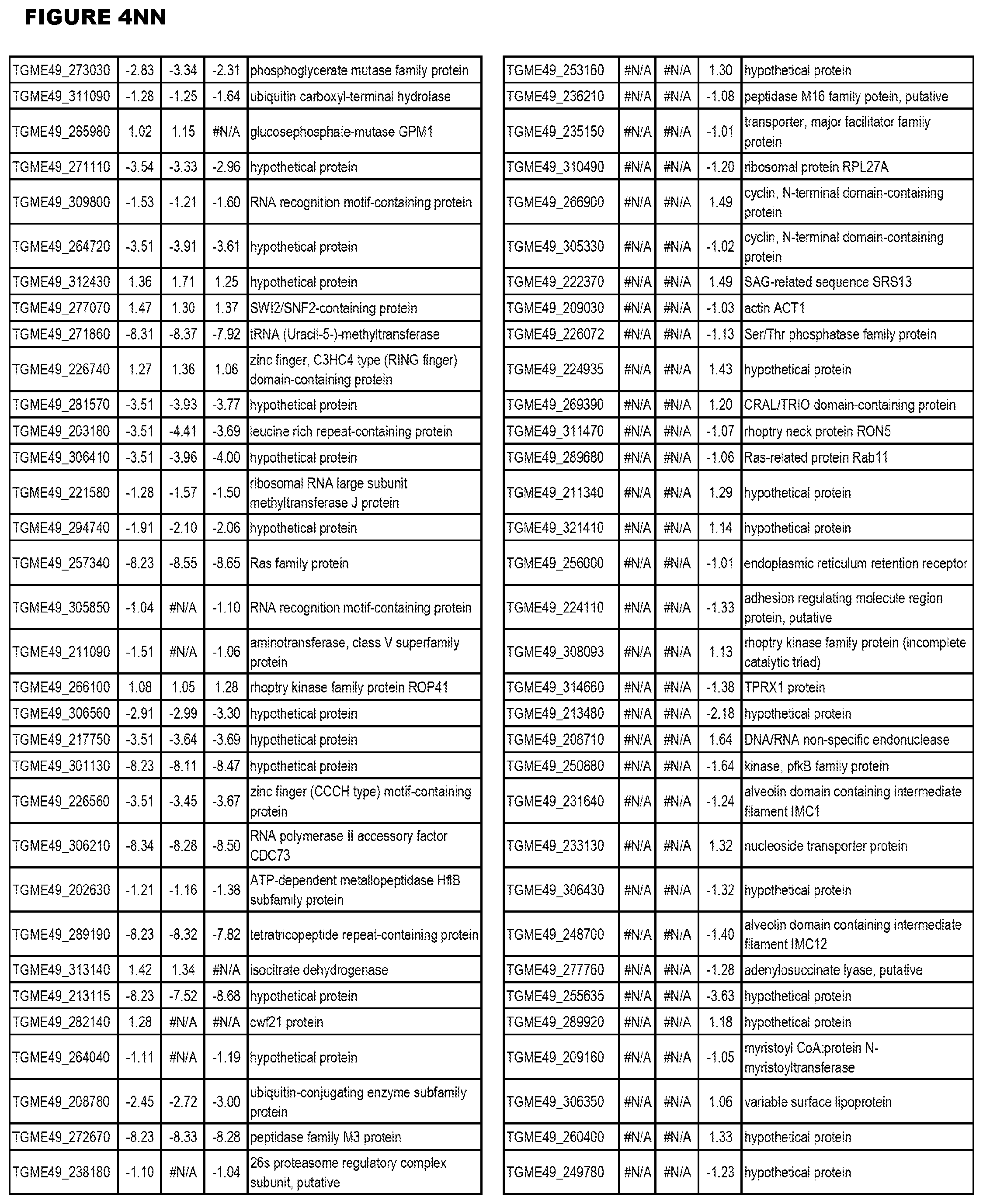
D00099
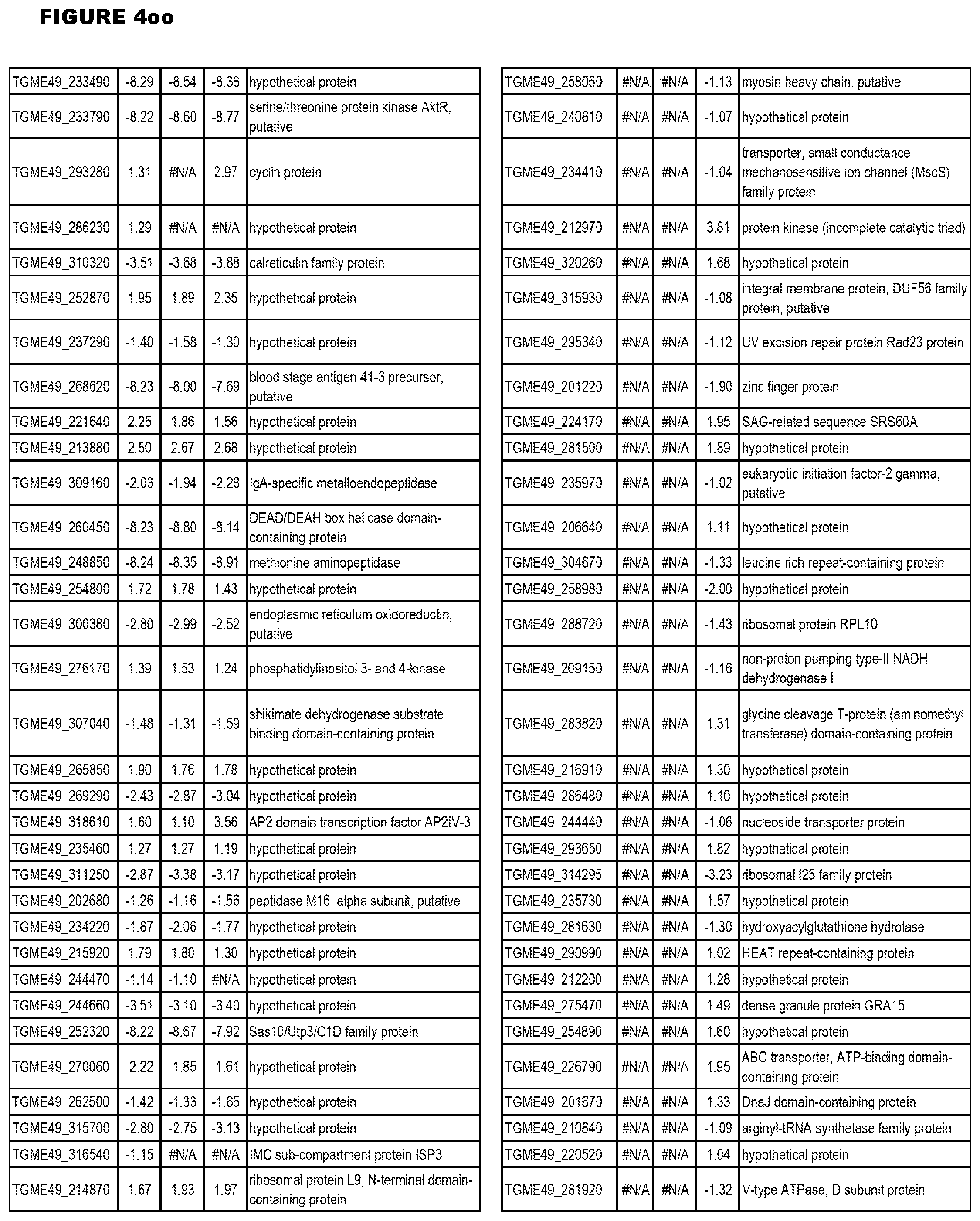
D00100
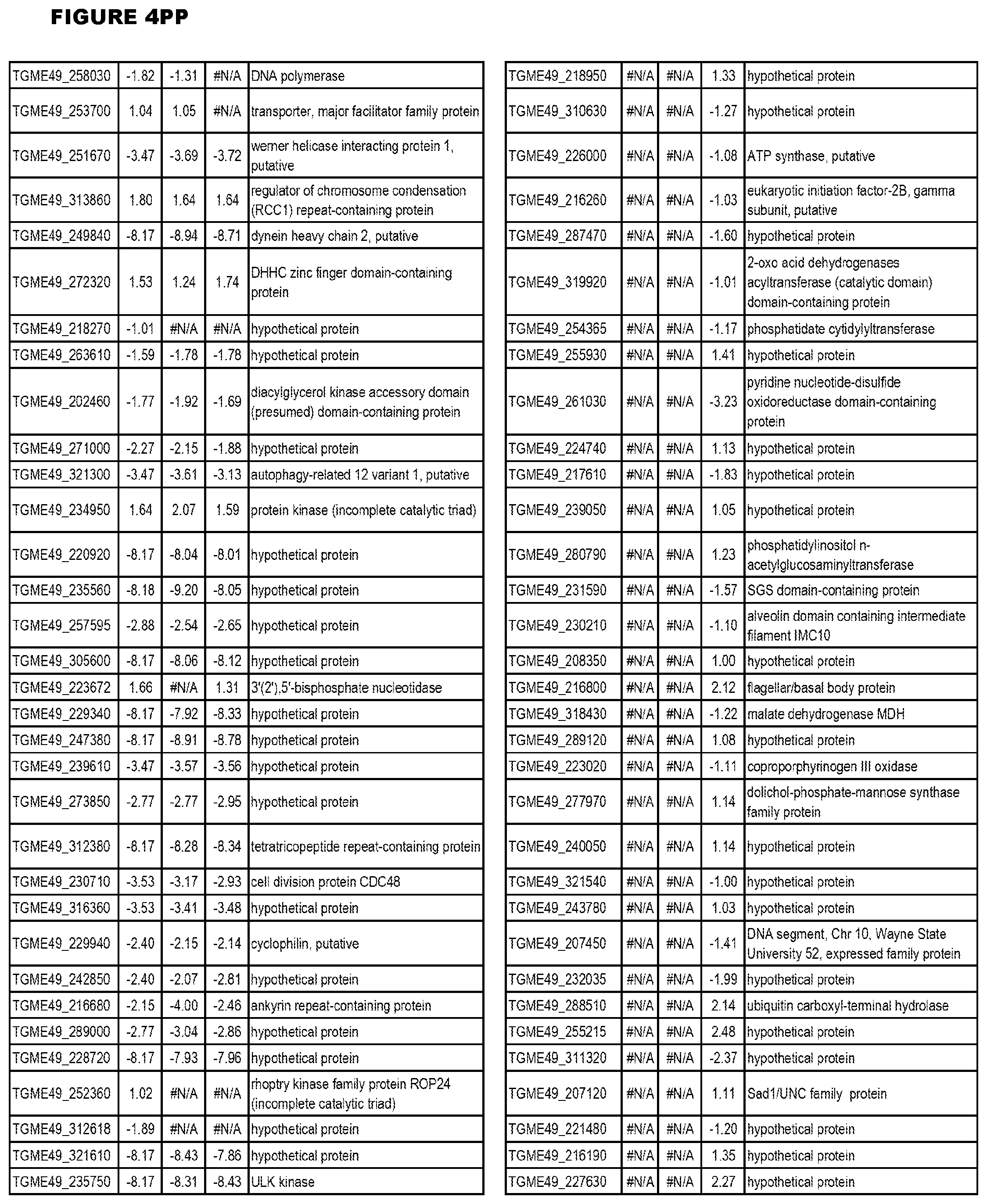
D00101
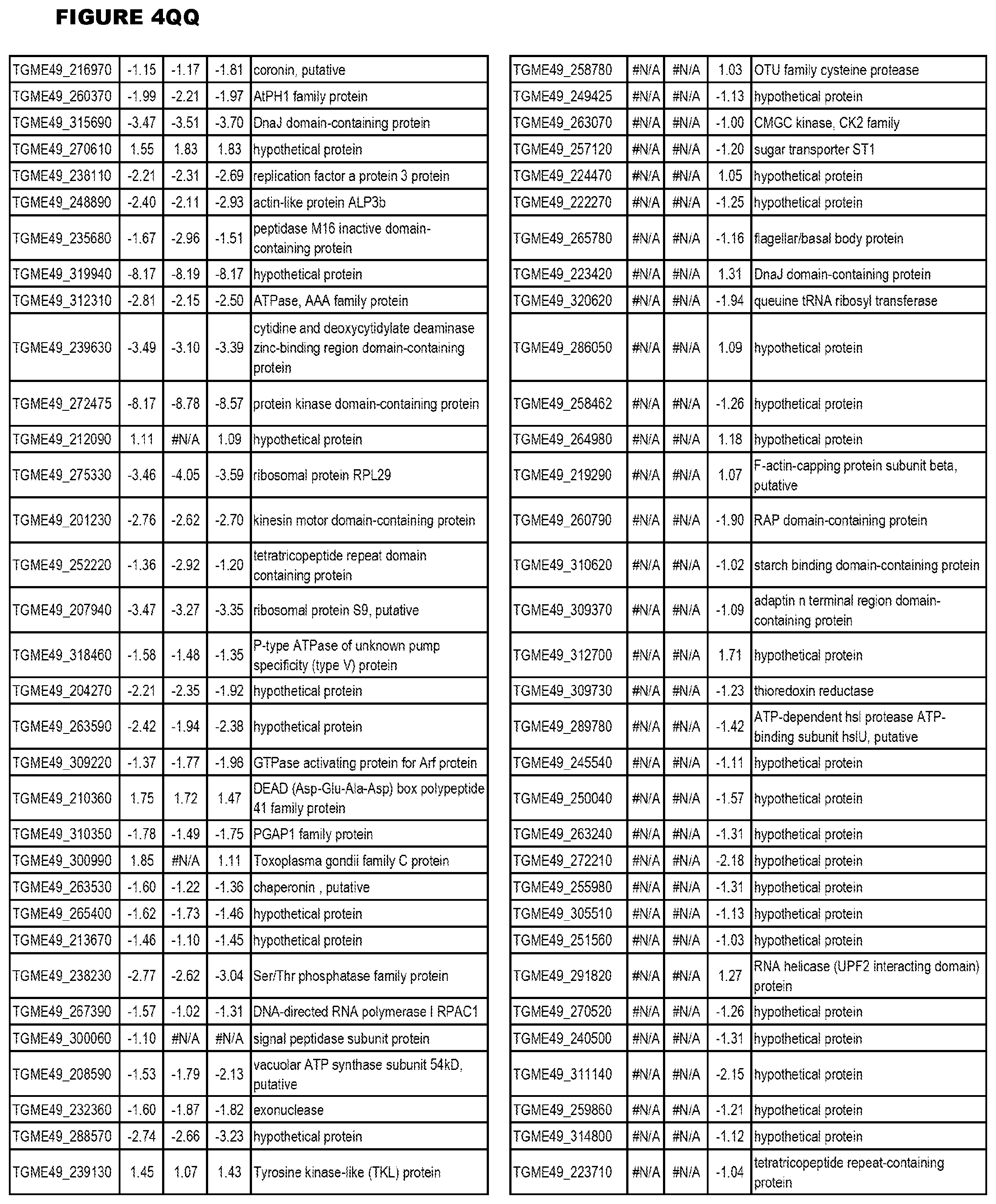
D00102
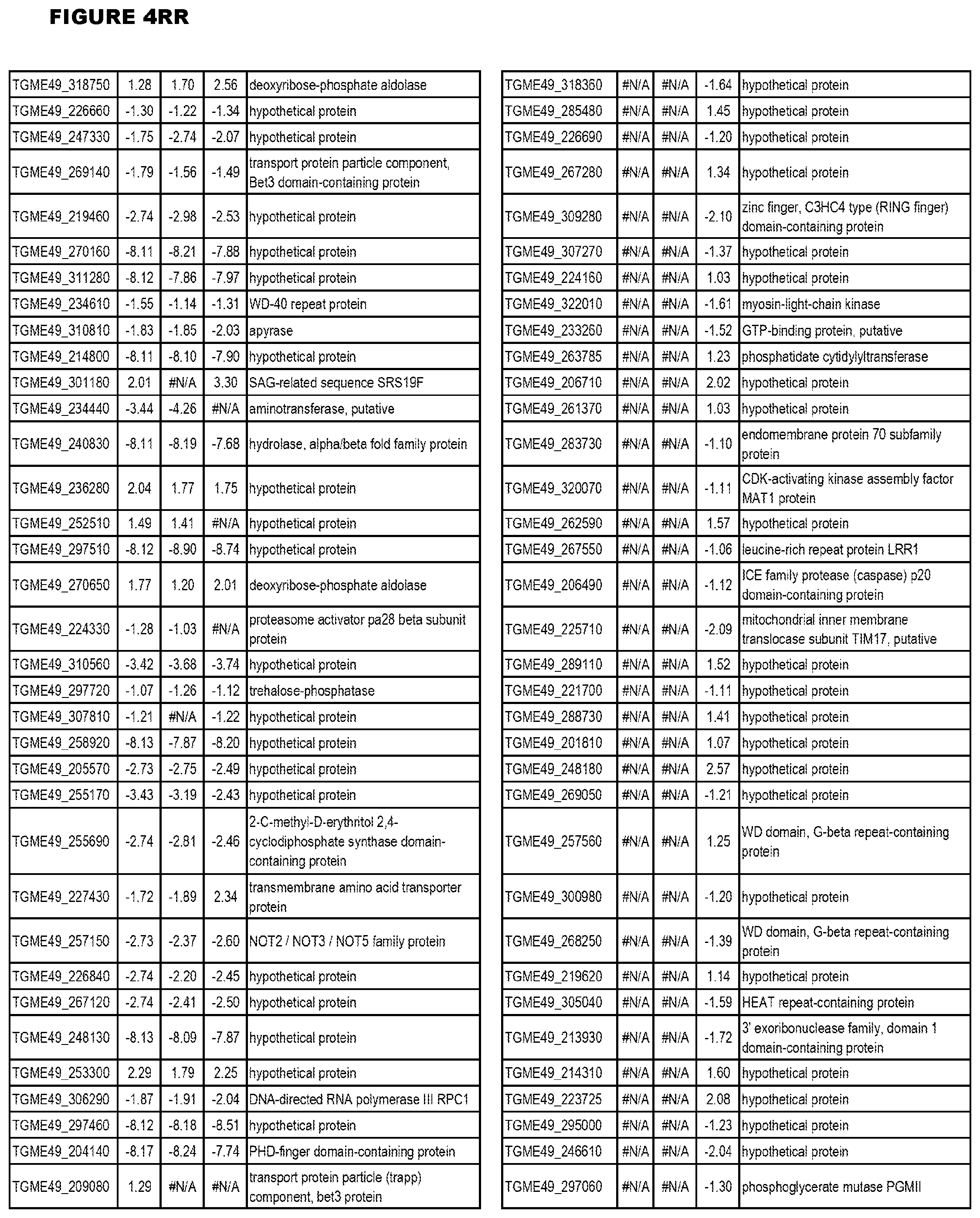
D00103
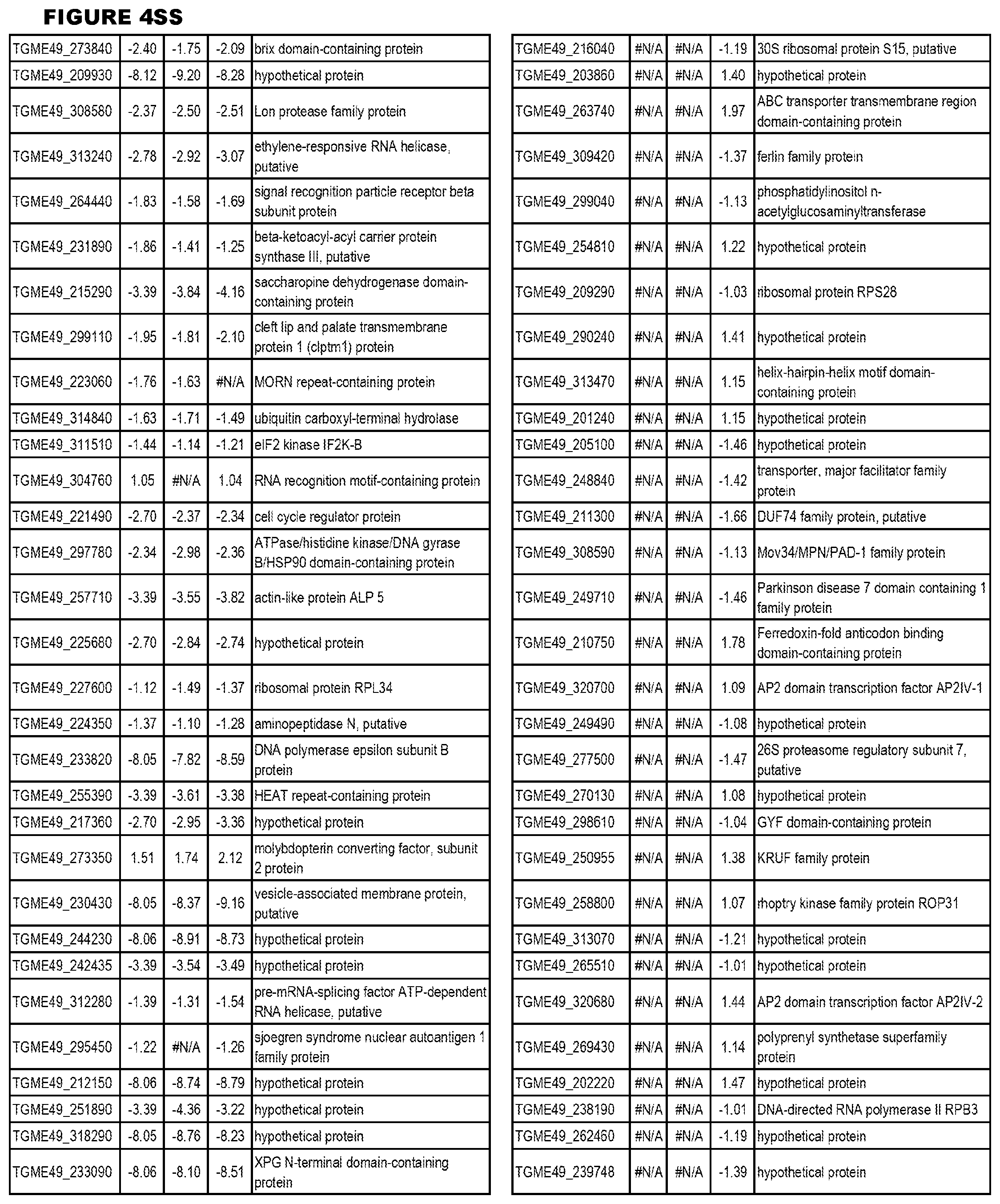
D00104
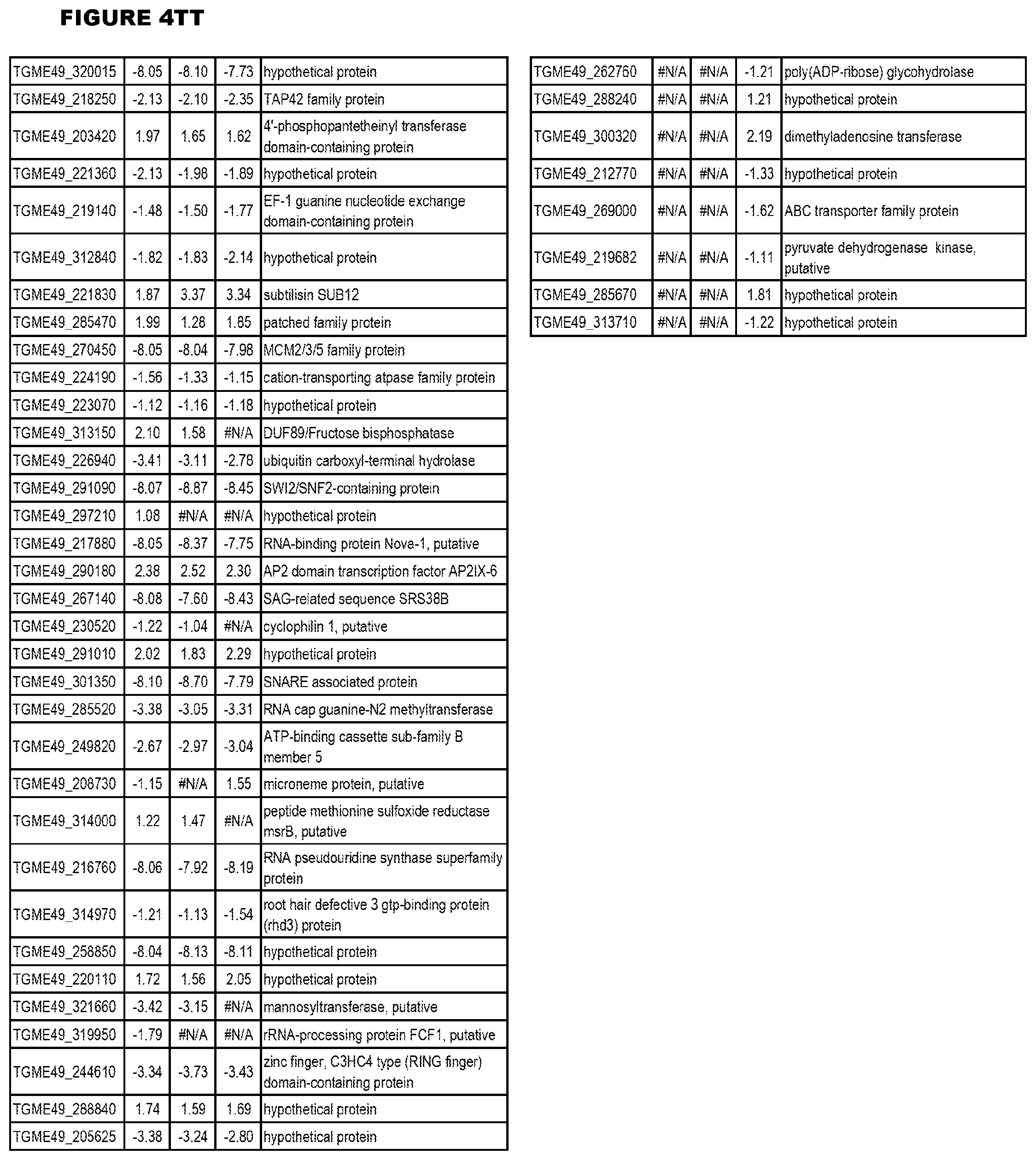
D00105
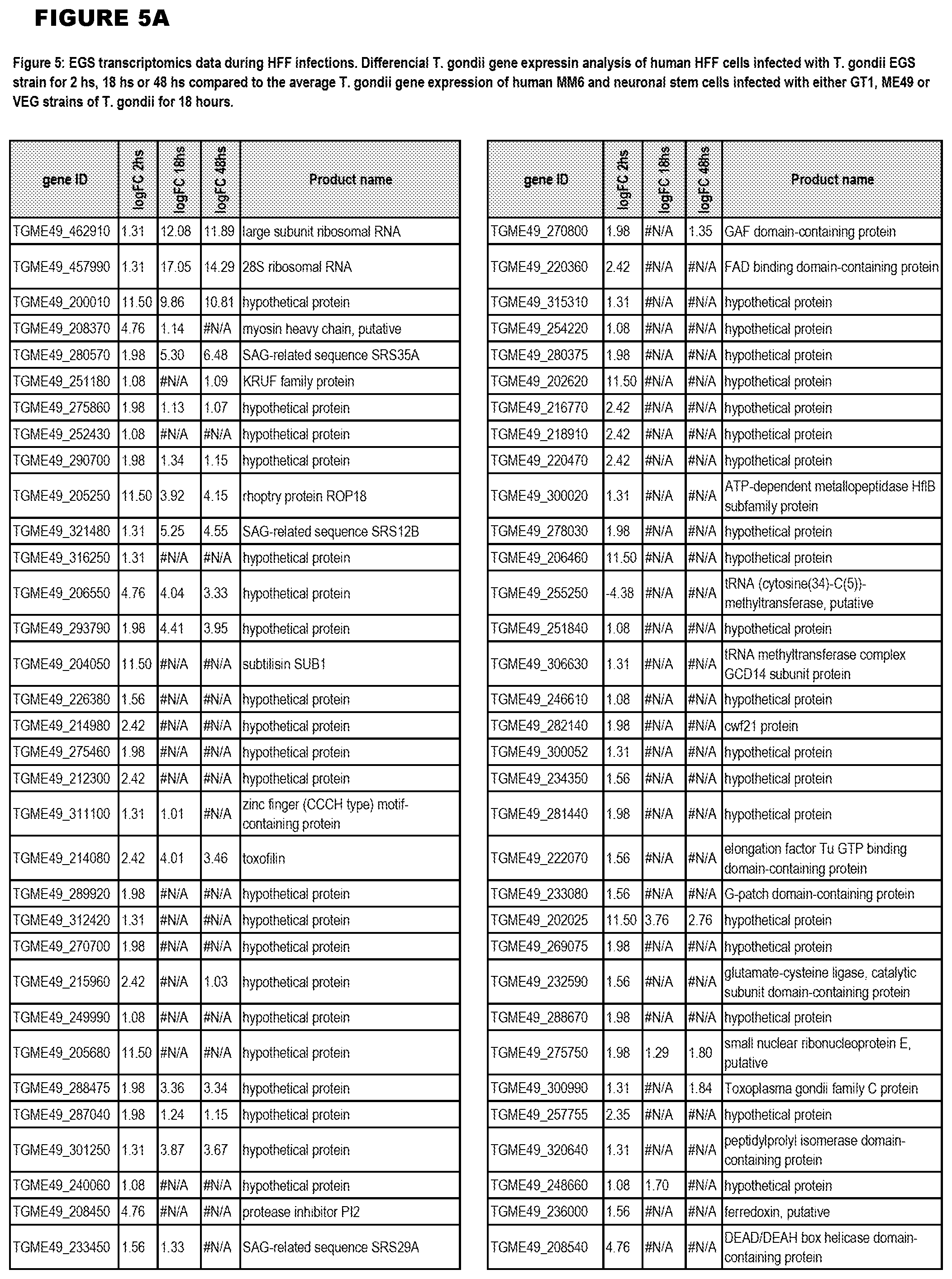
D00106
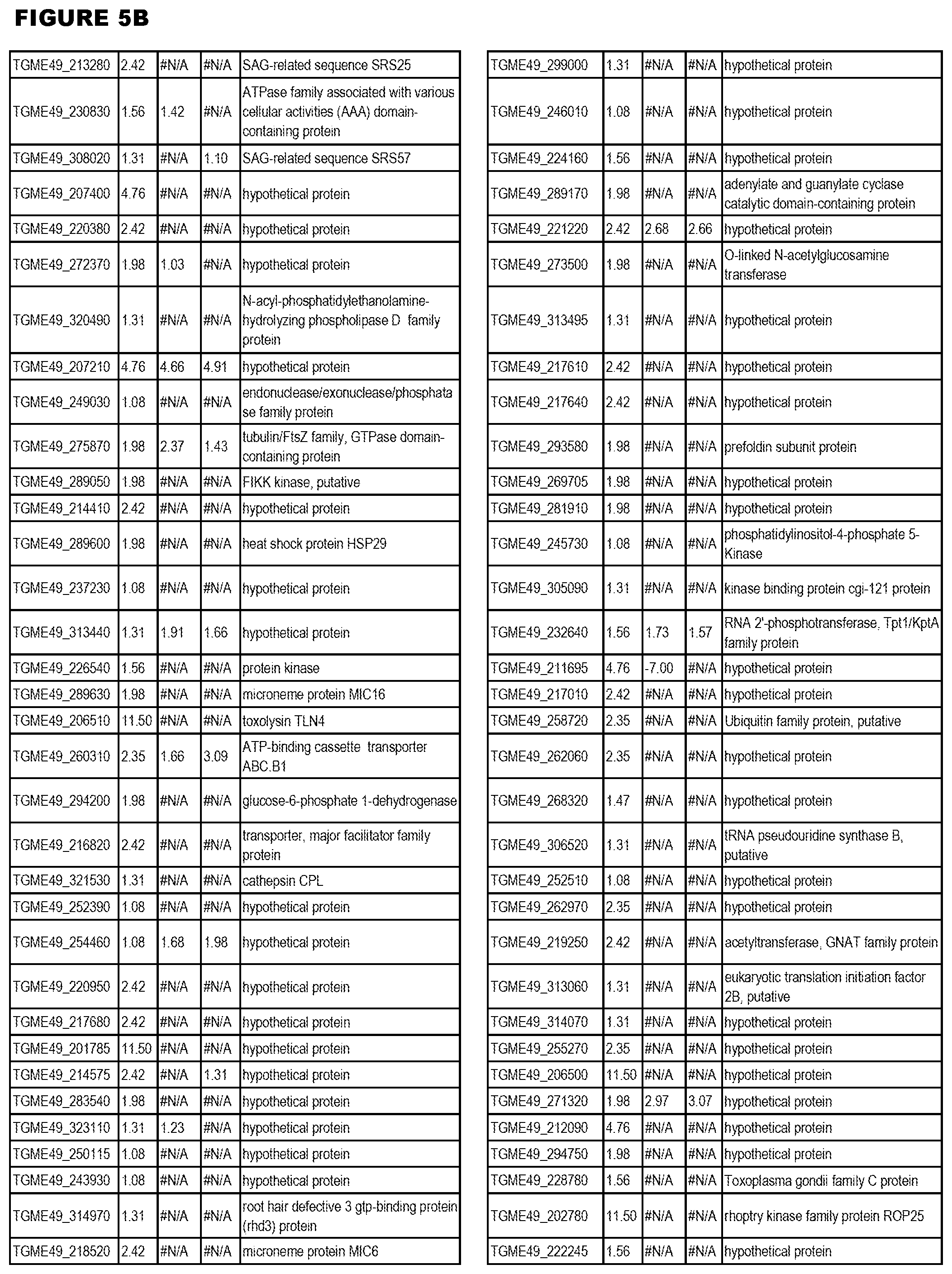
D00107
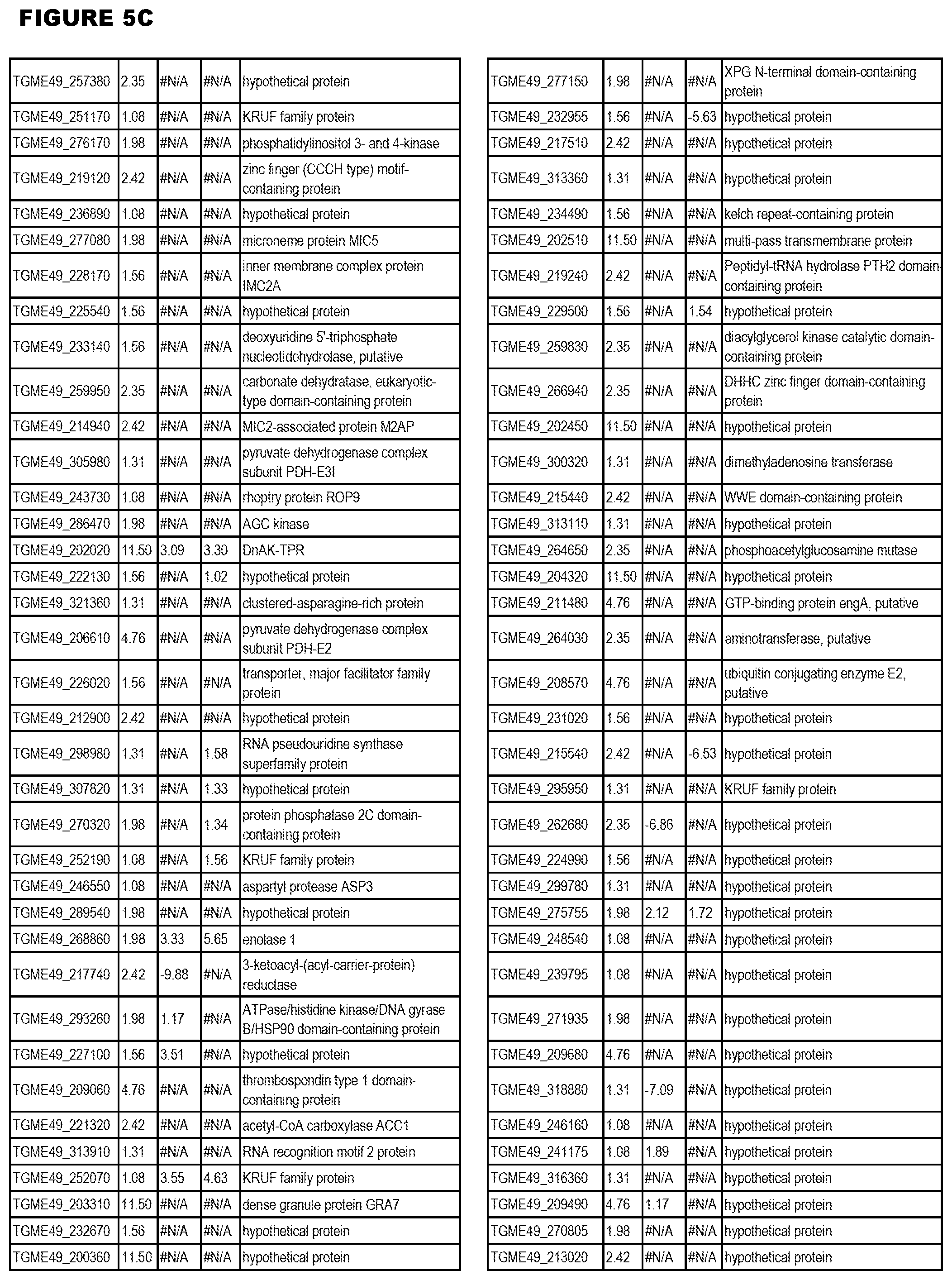
D00108
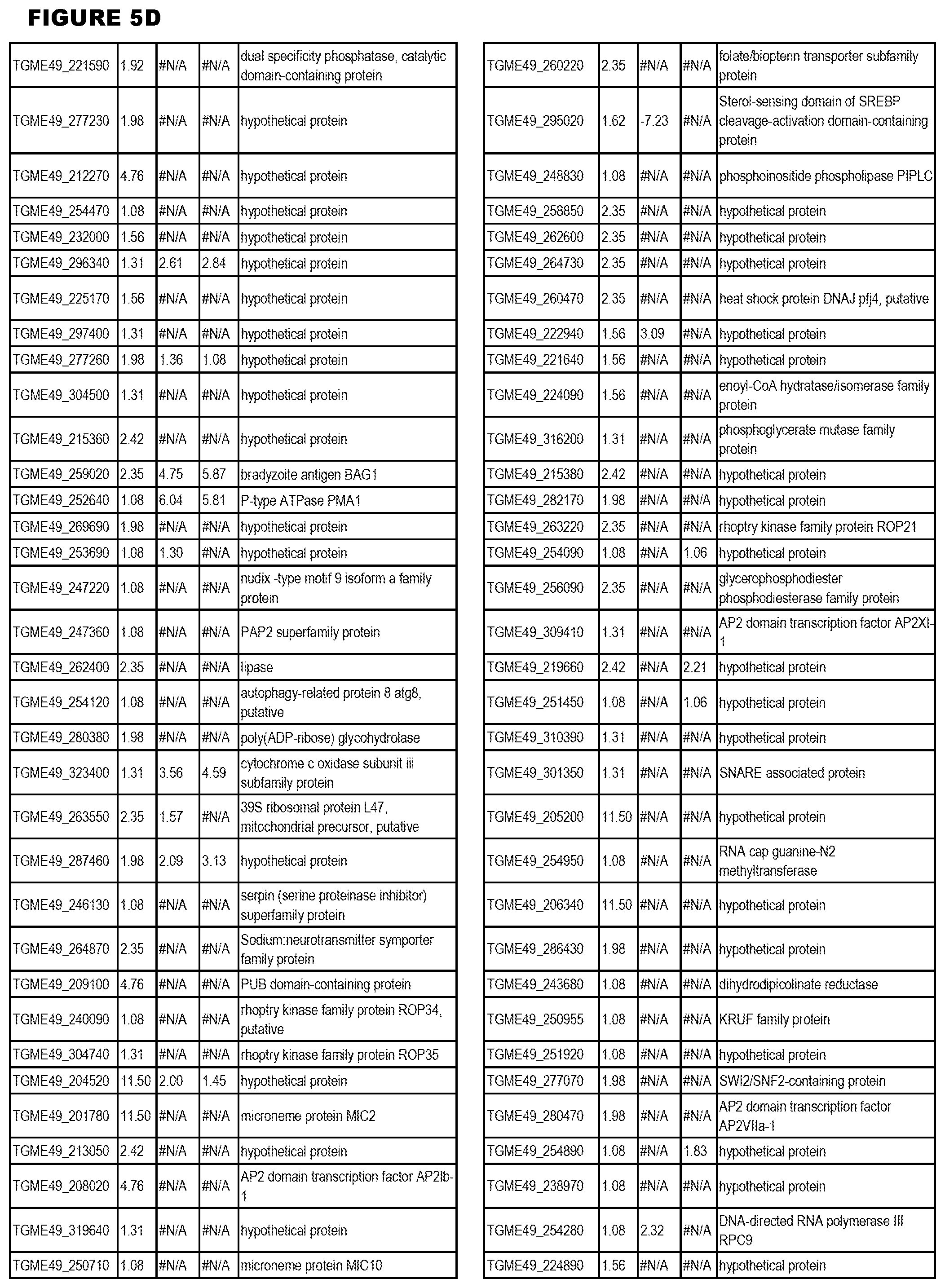
D00109
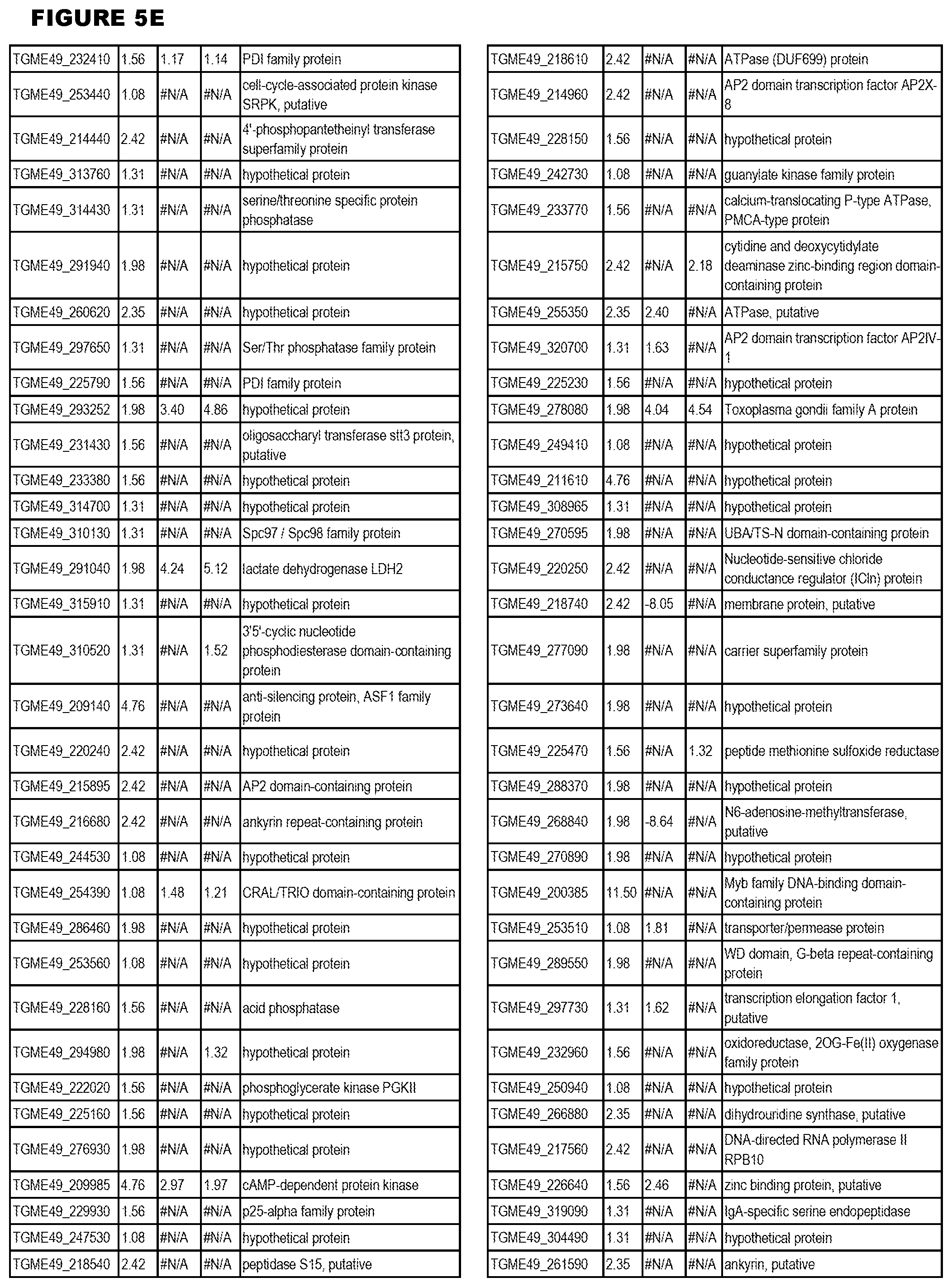
D00110
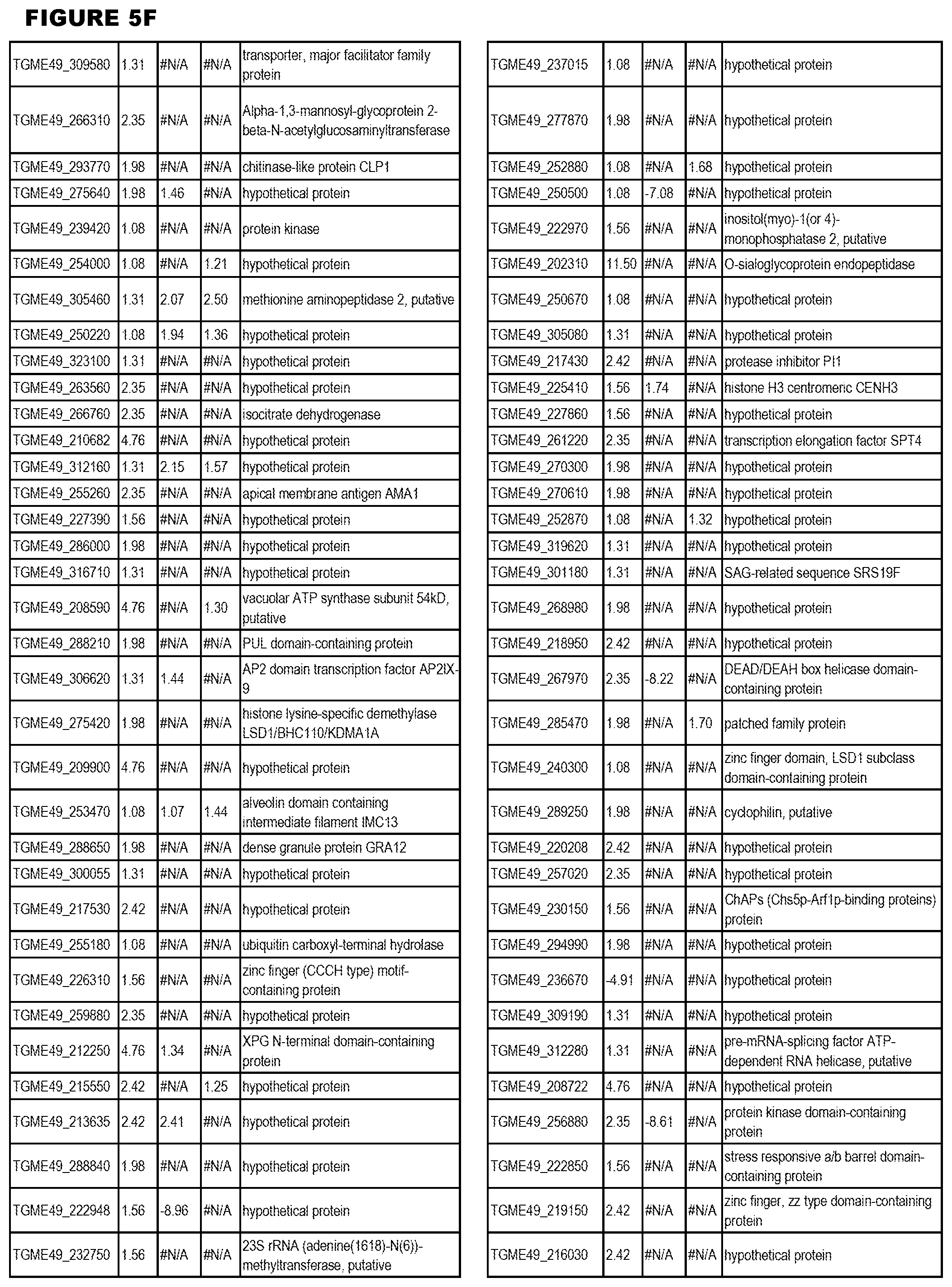
D00111
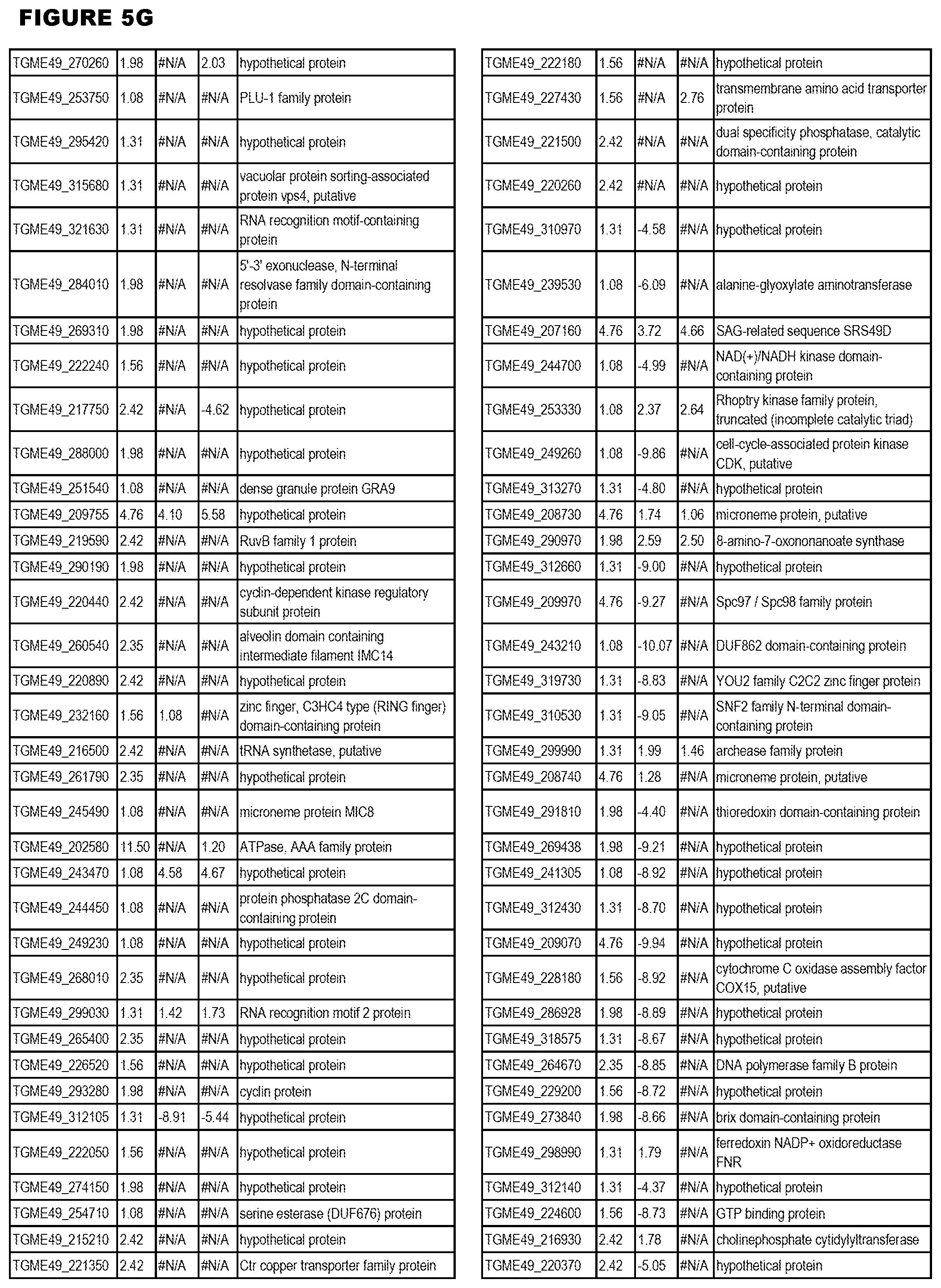
D00112
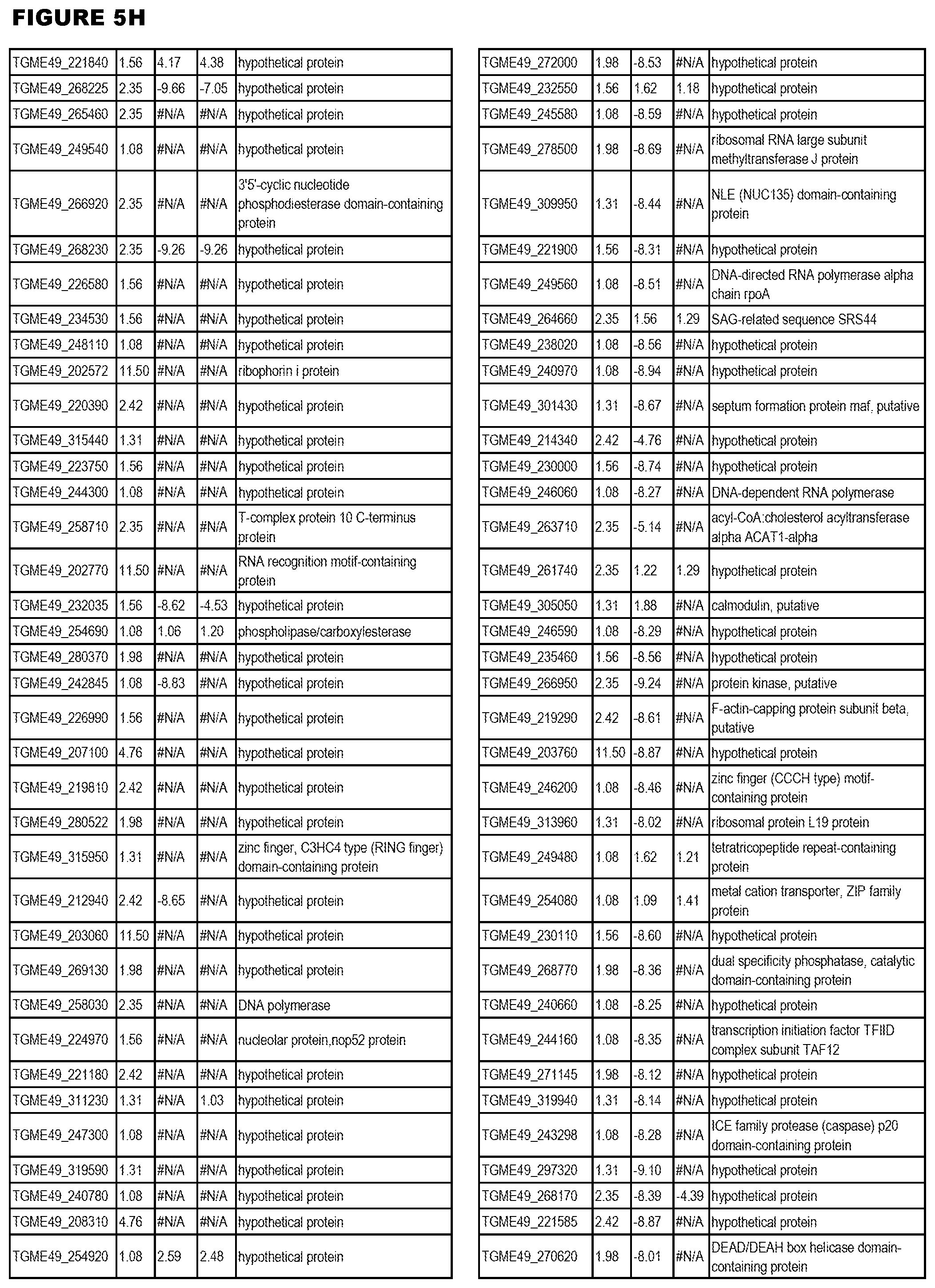
D00113
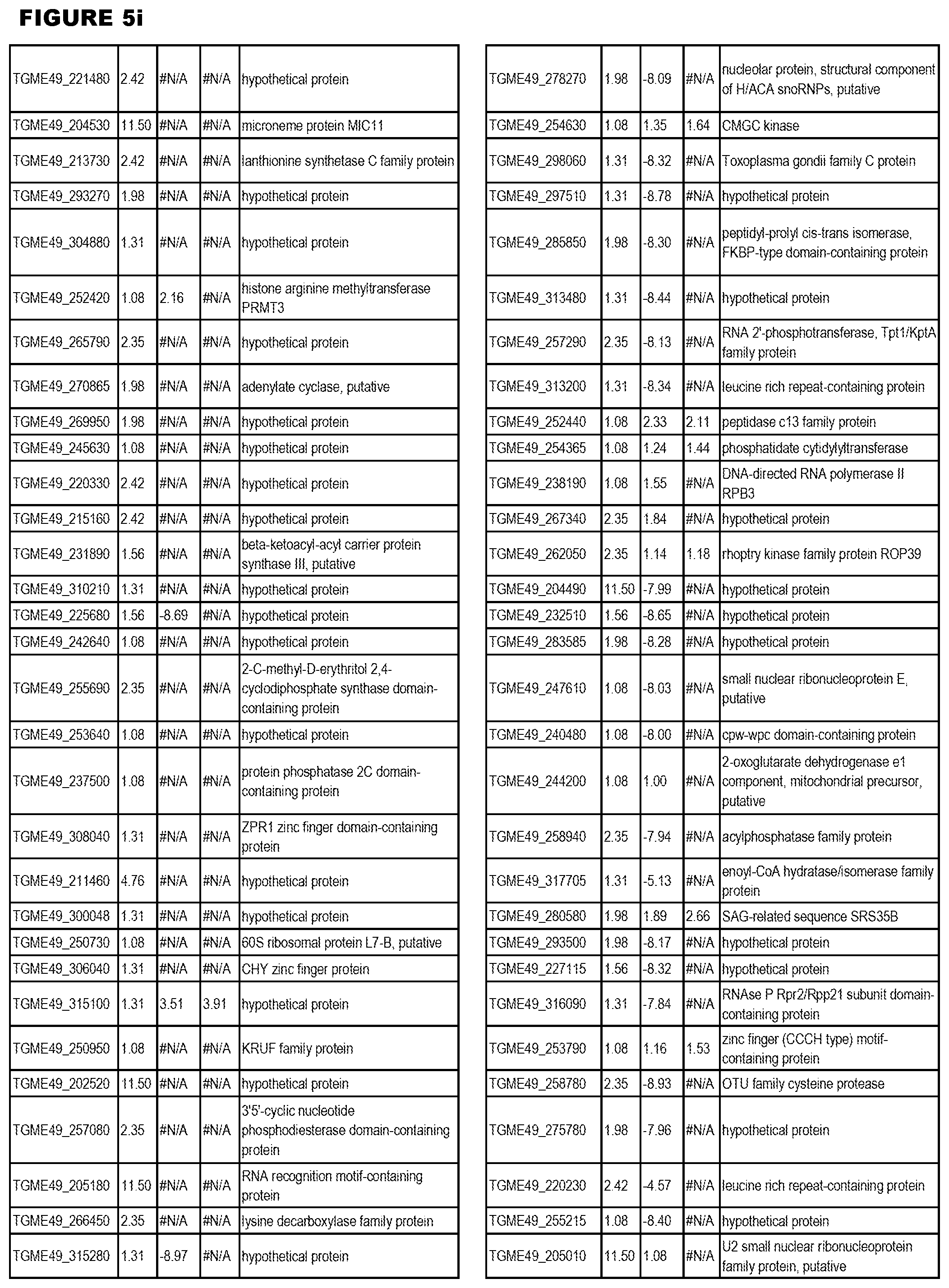
D00114

D00115
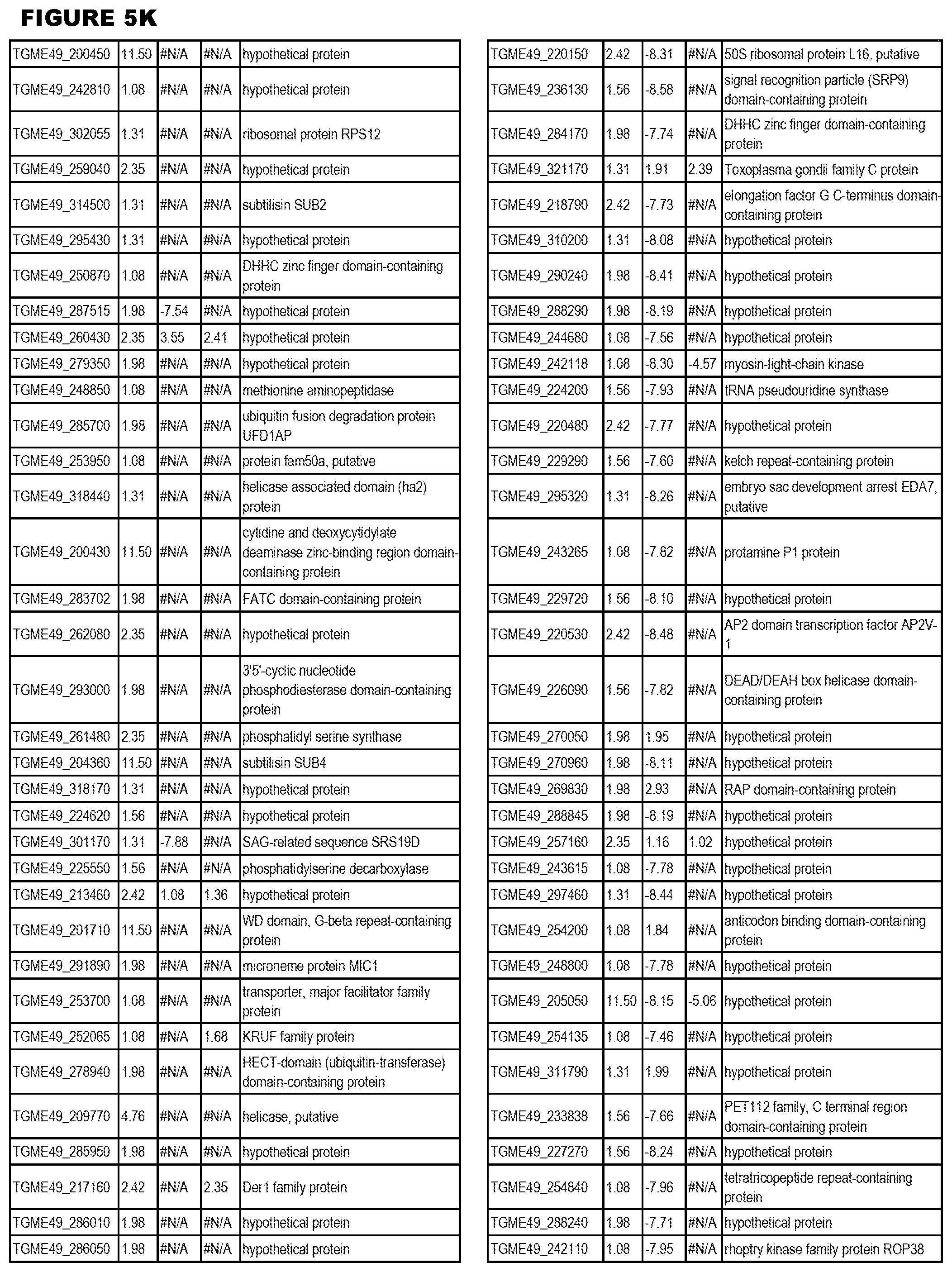
D00116
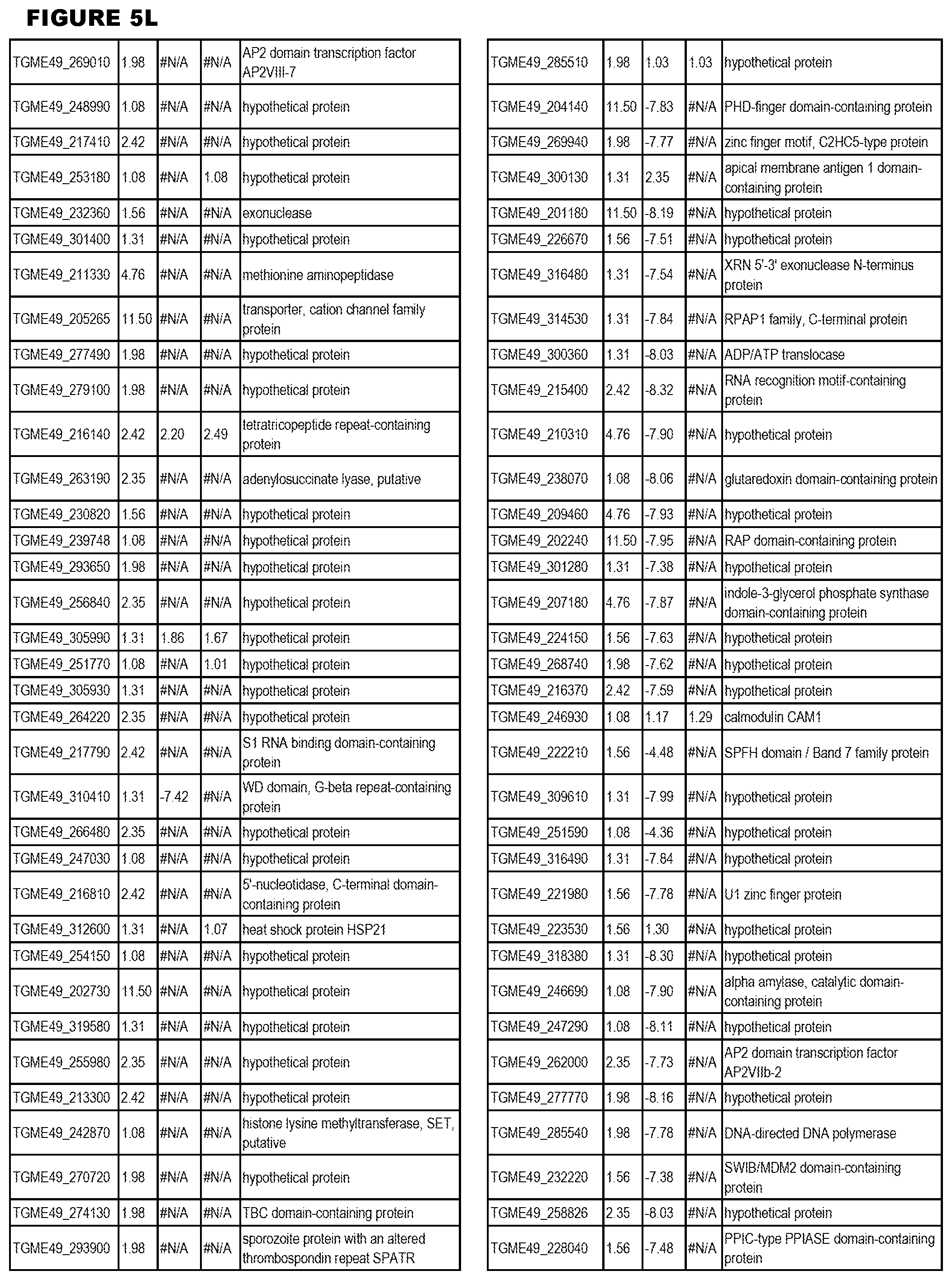
D00117
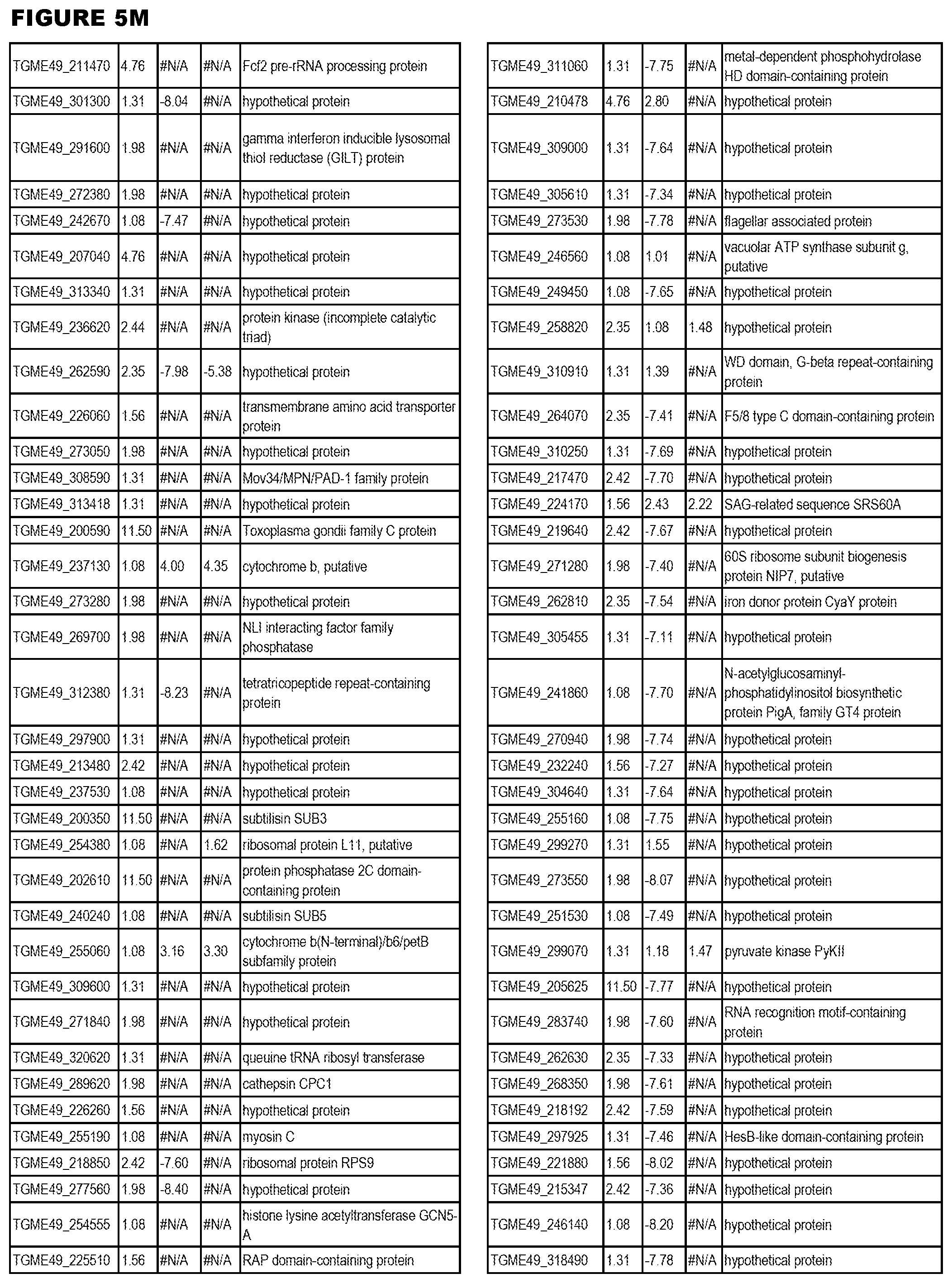
D00118
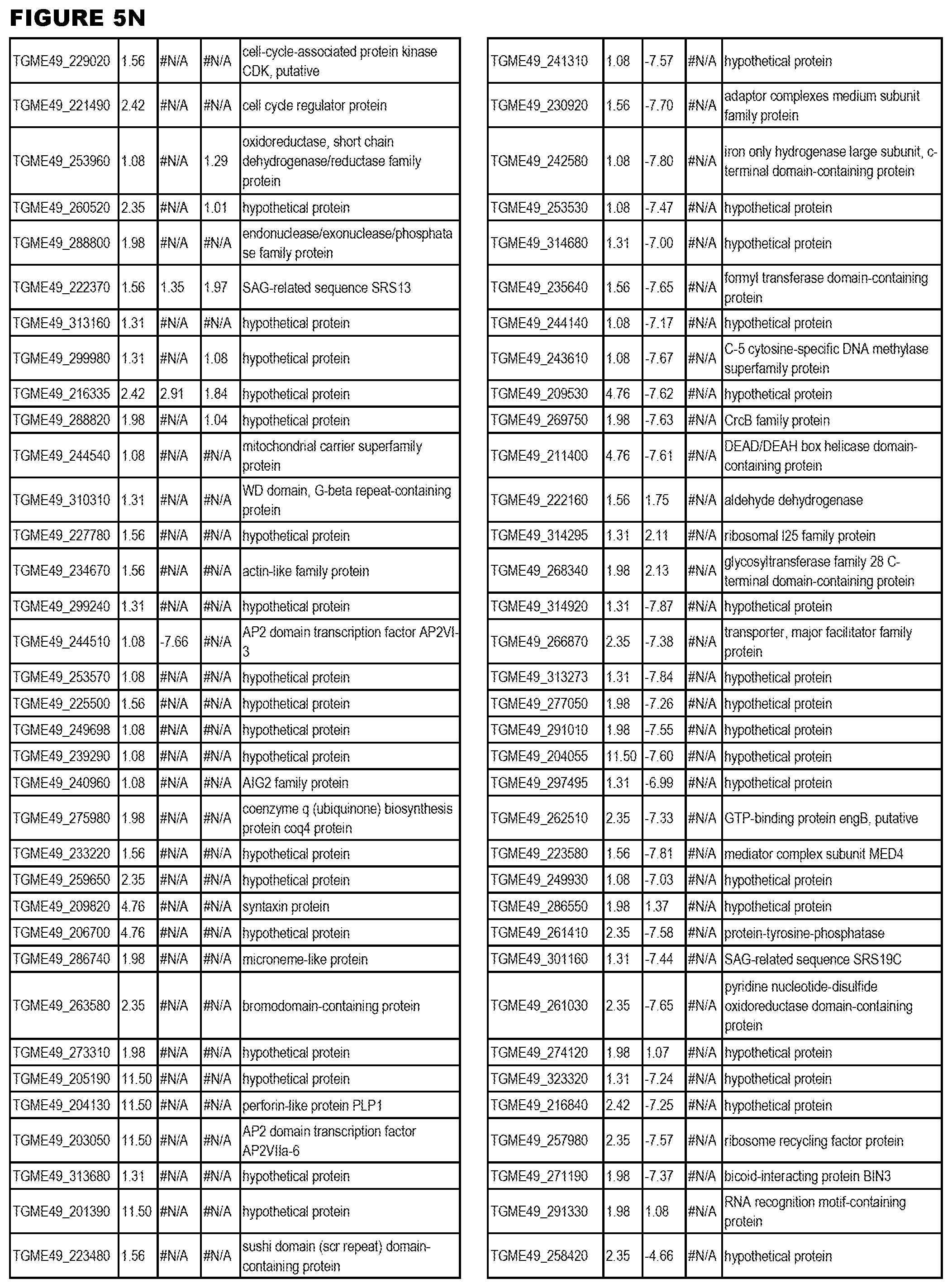
D00119
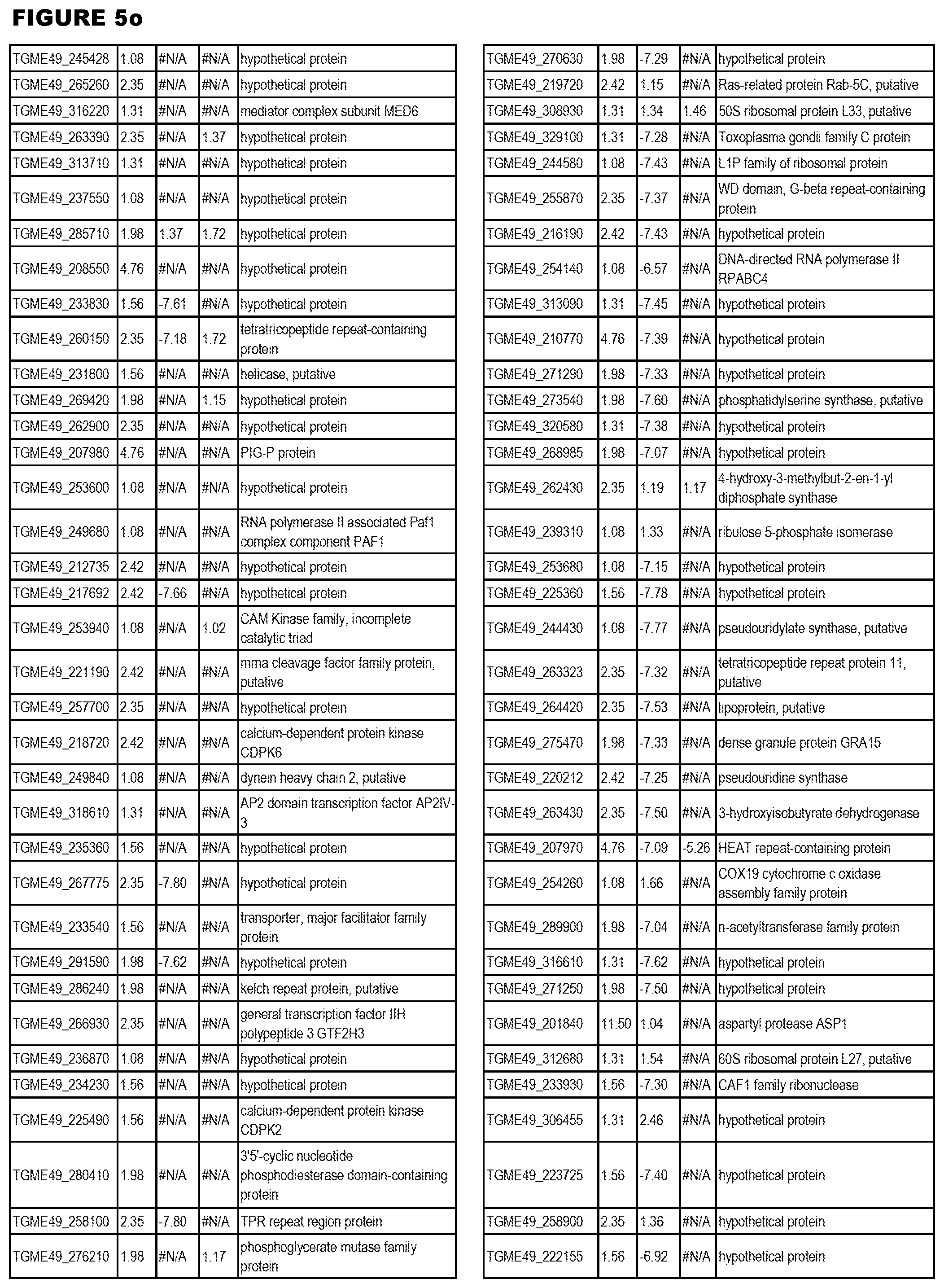
D00120
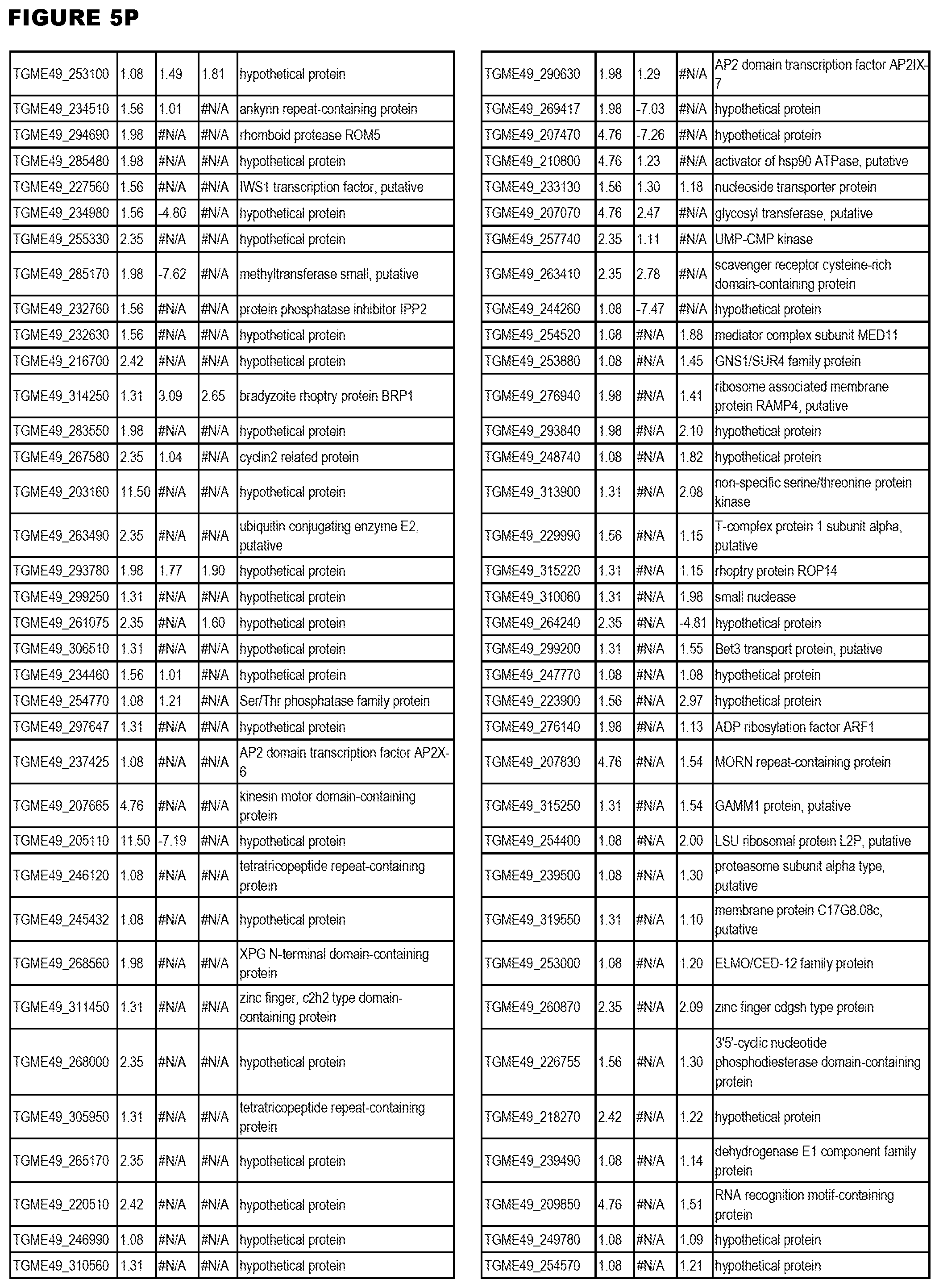
D00121
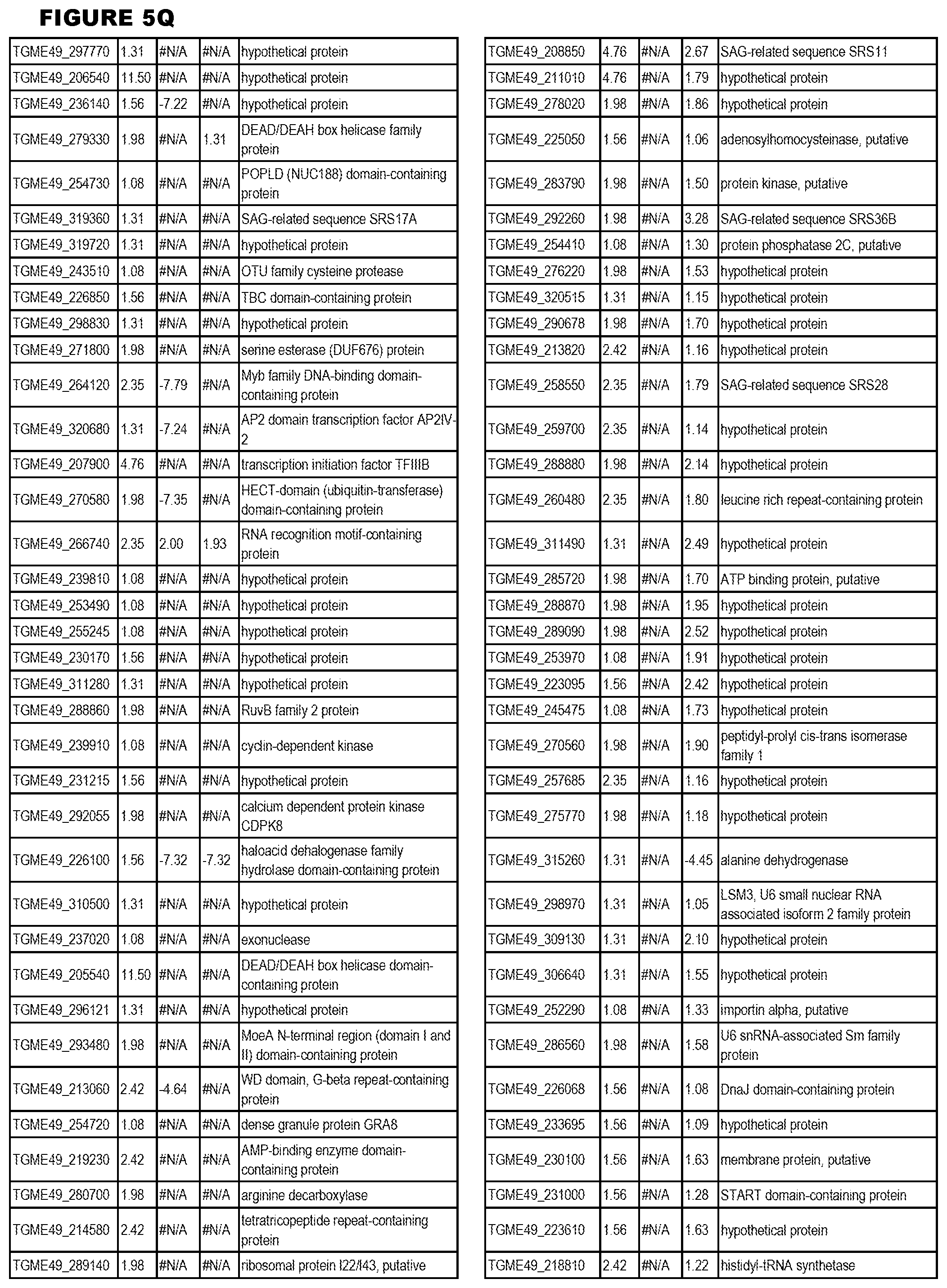
D00122
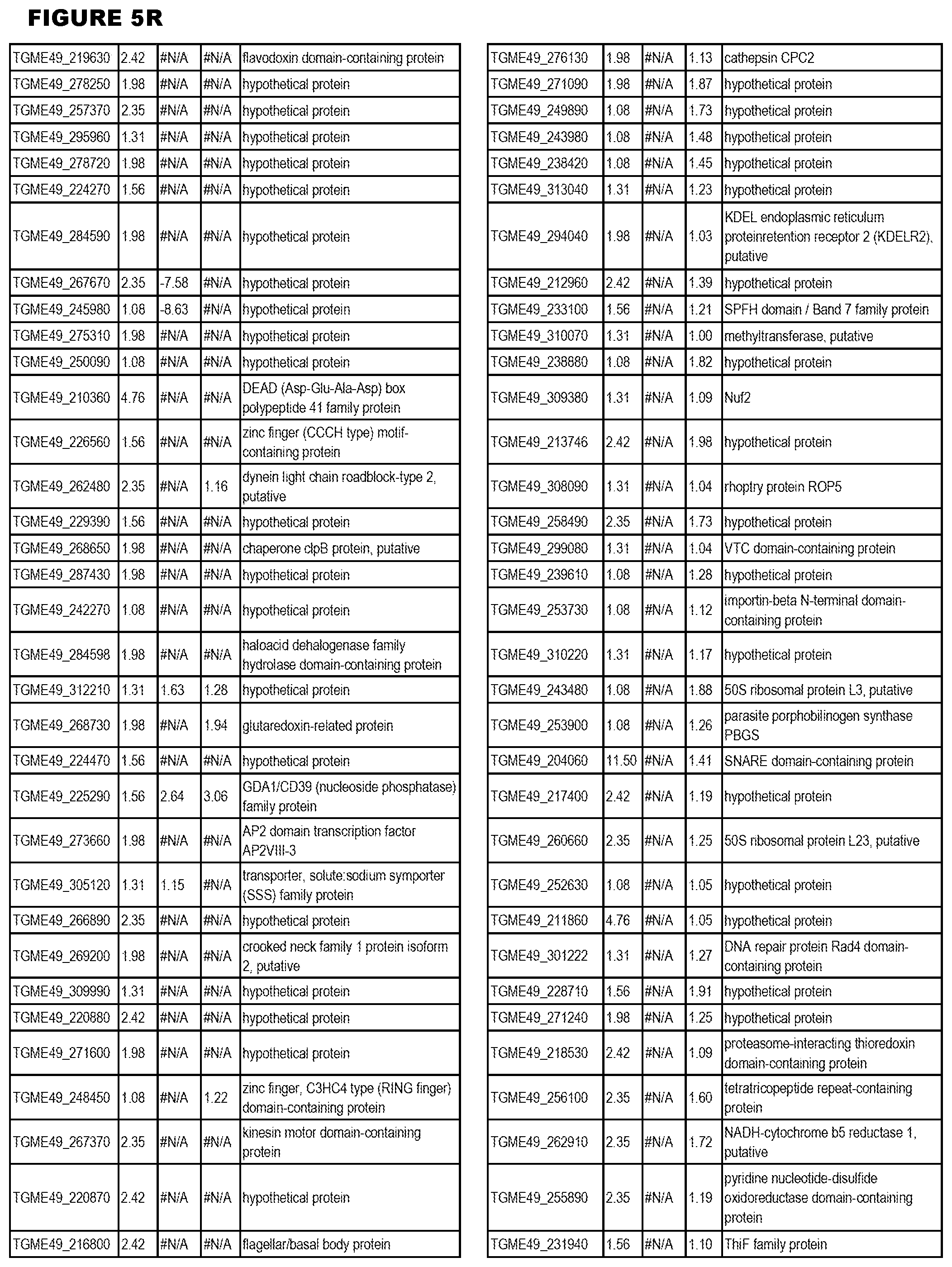
D00123

D00124
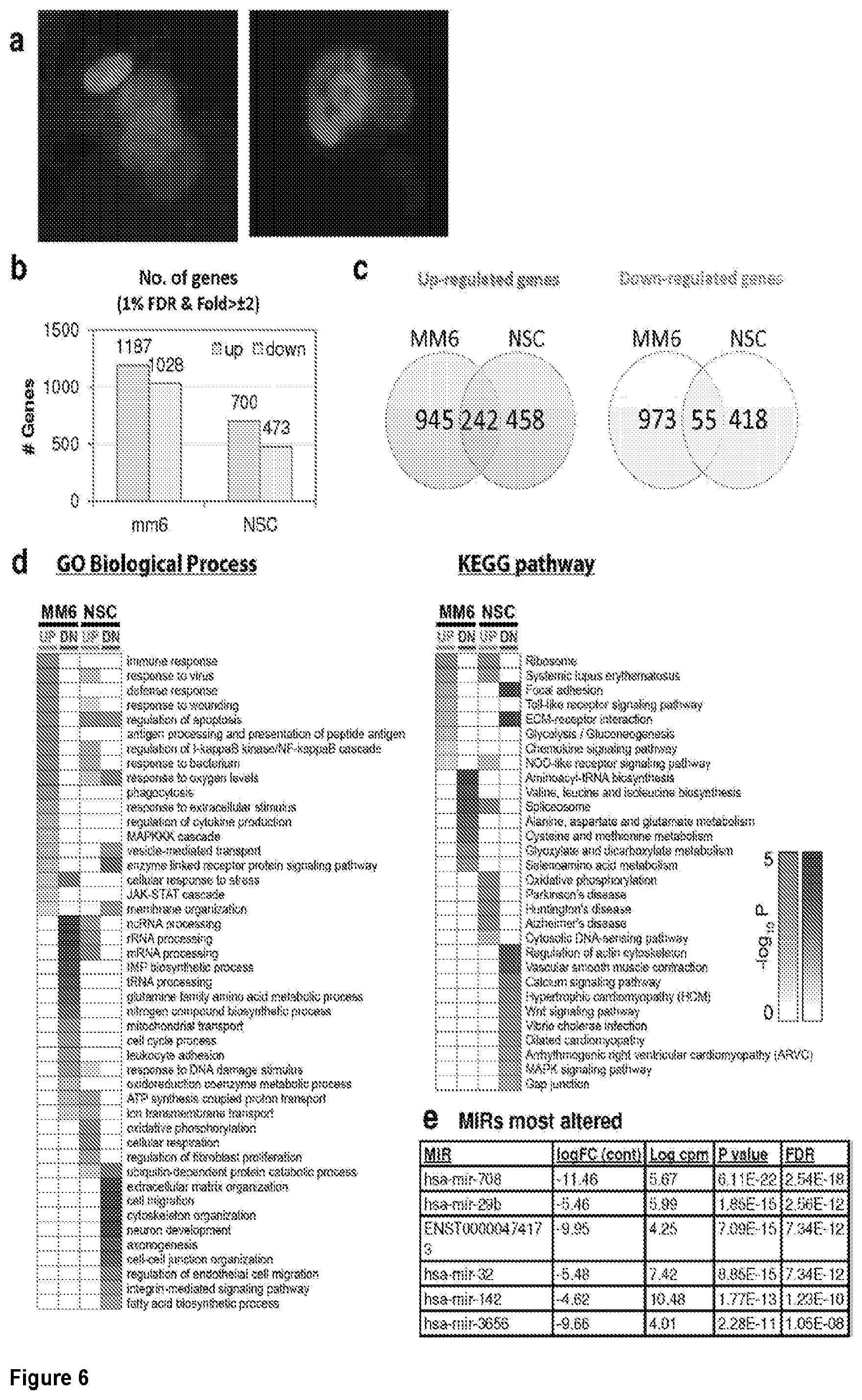
D00125
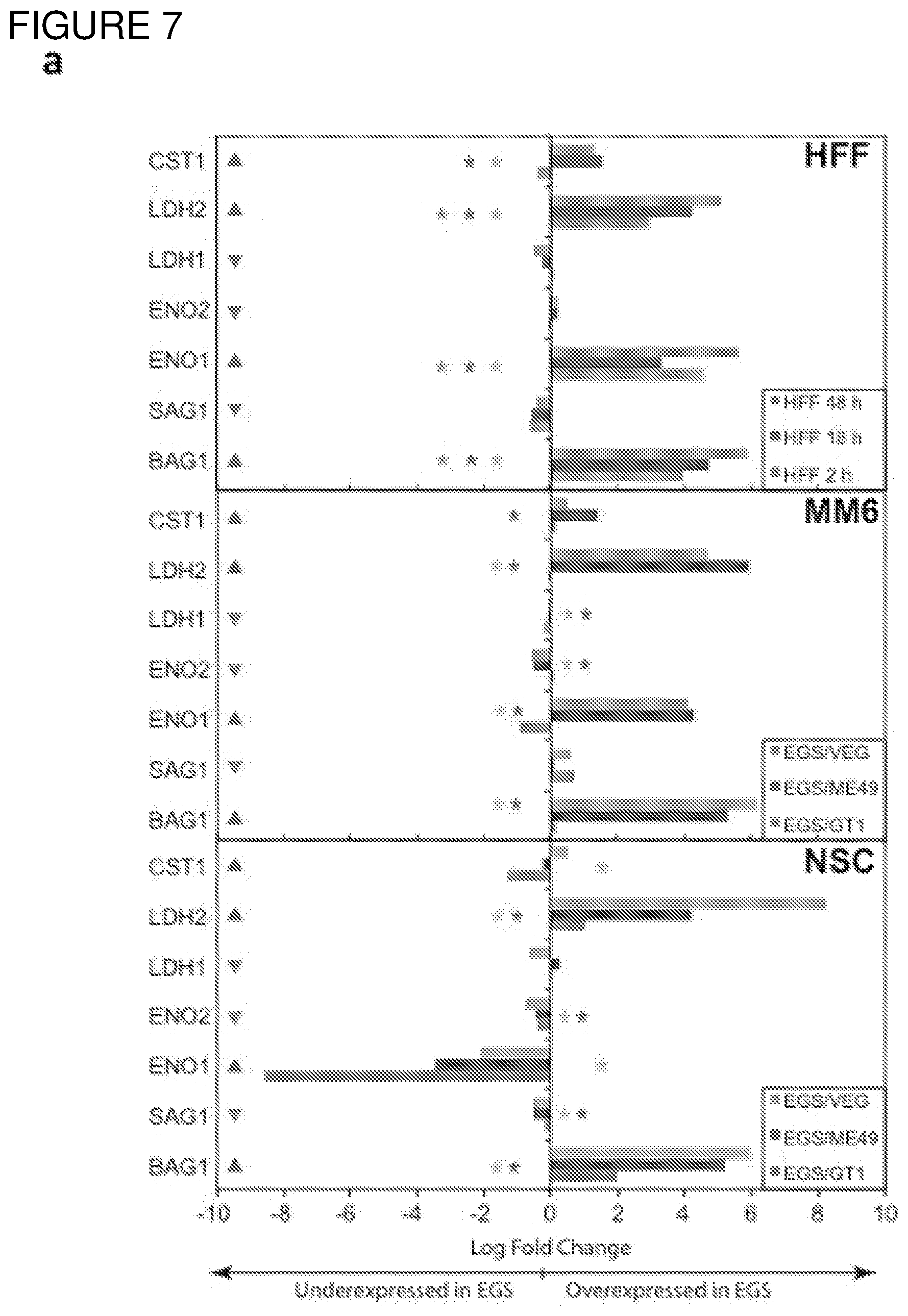
D00126
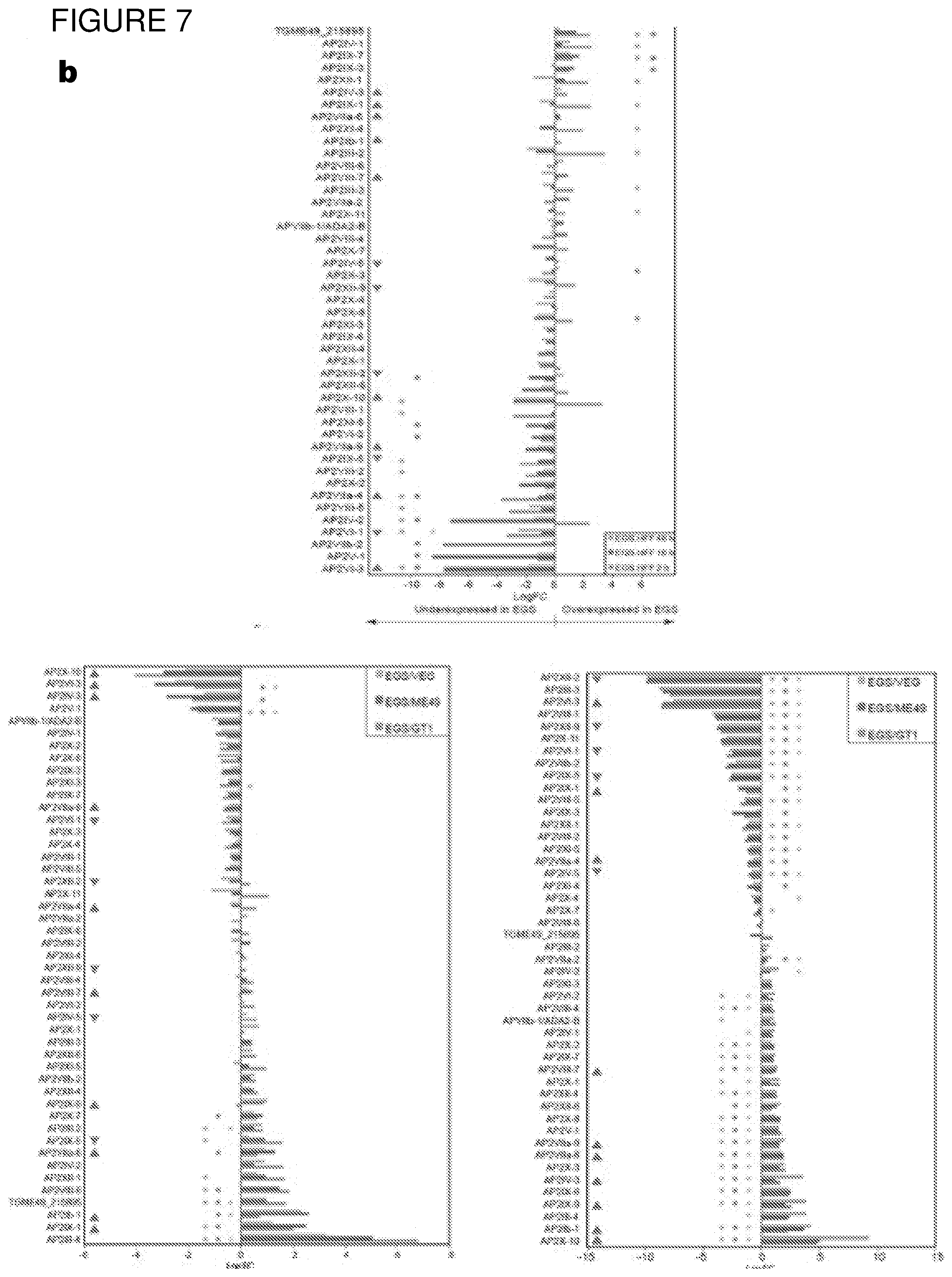
D00127
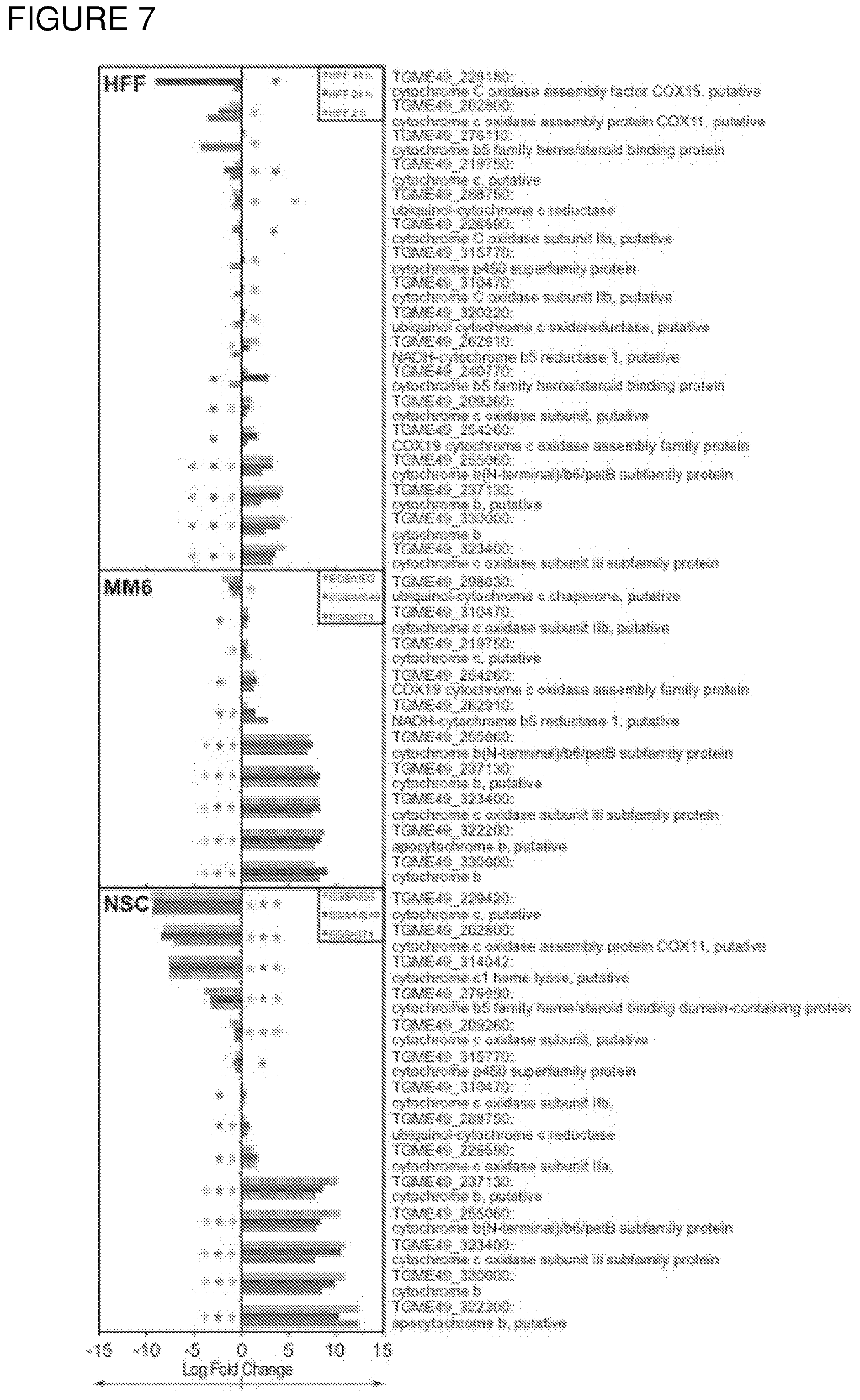
D00128
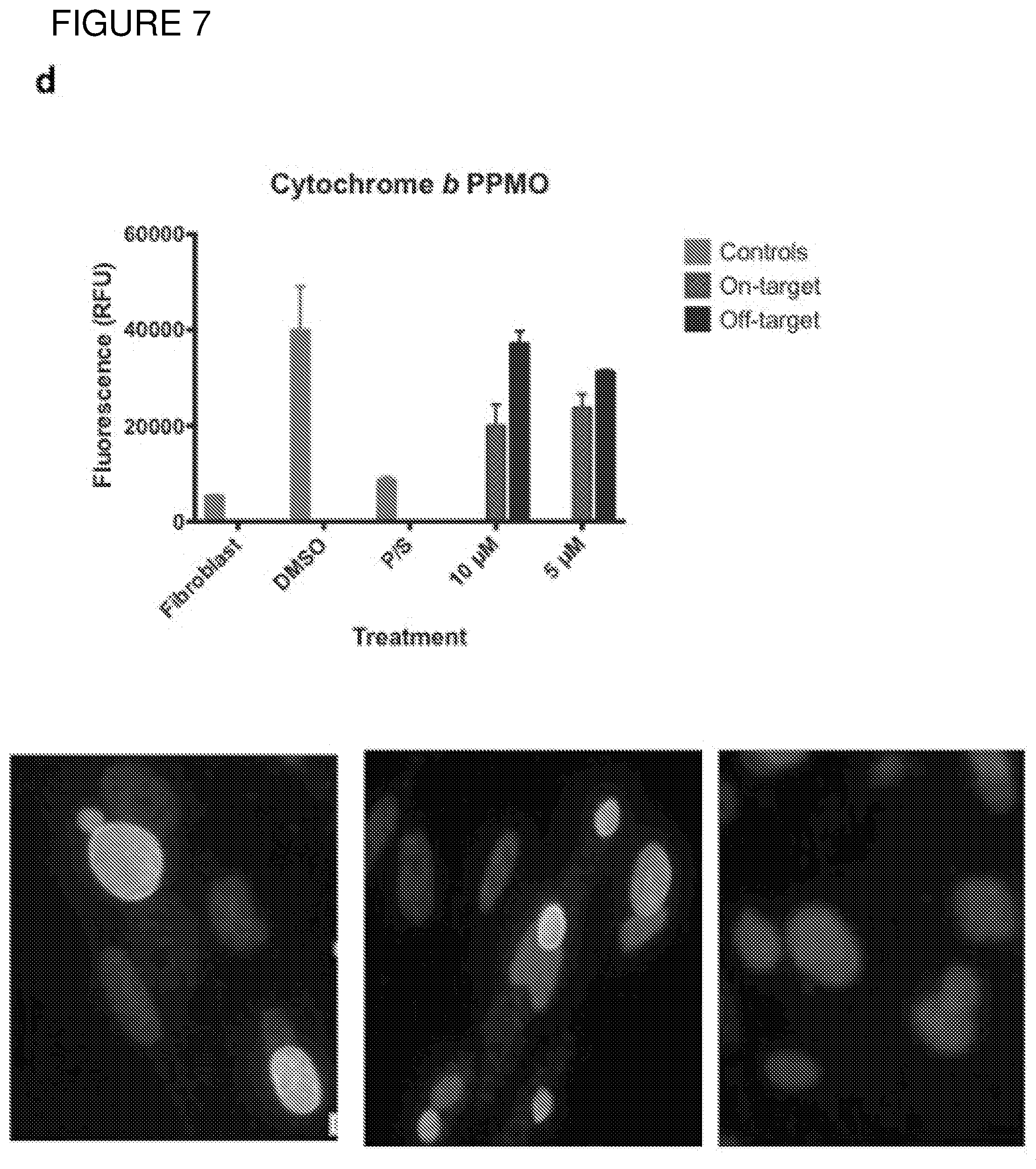
D00129
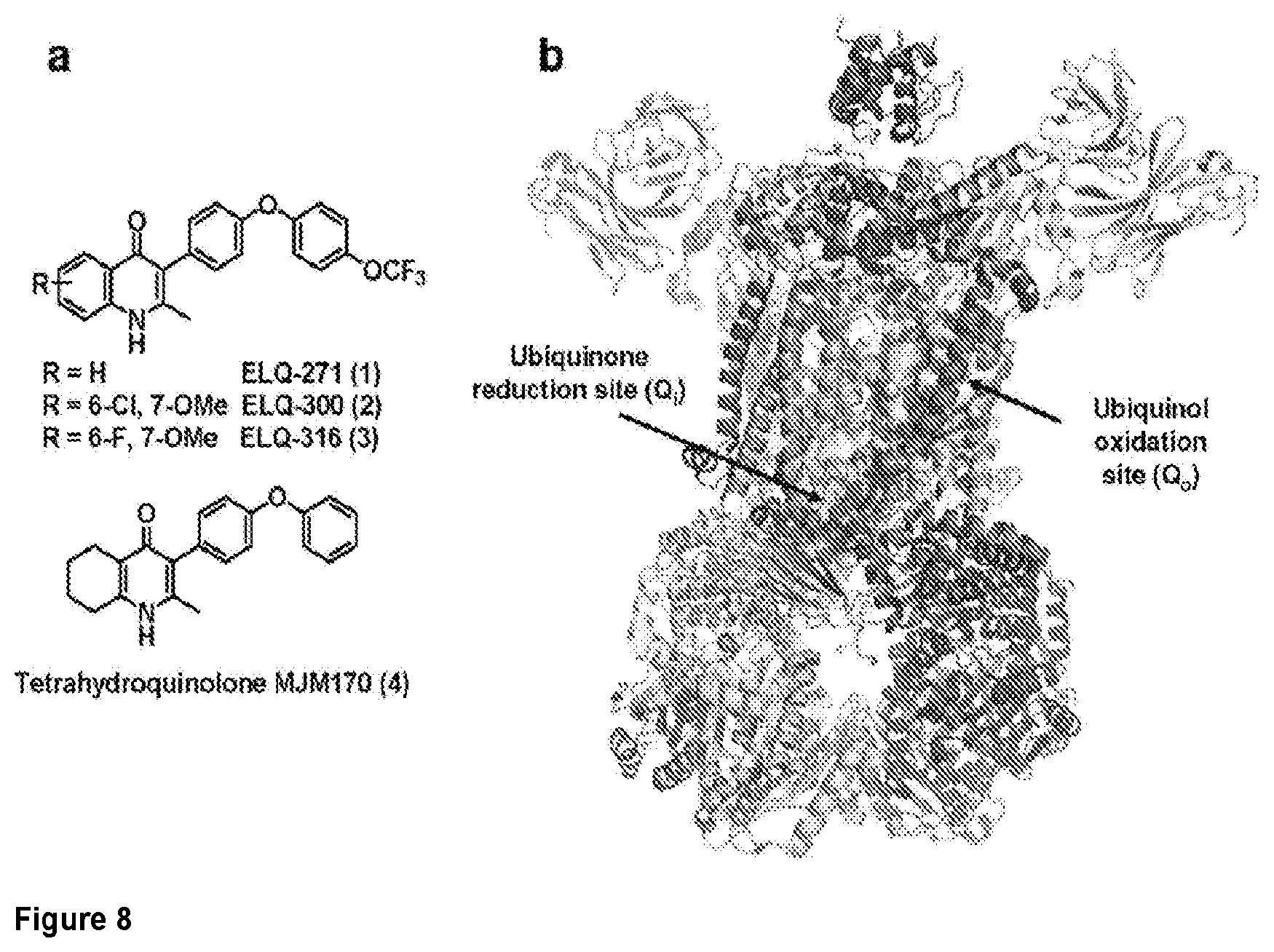
D00130
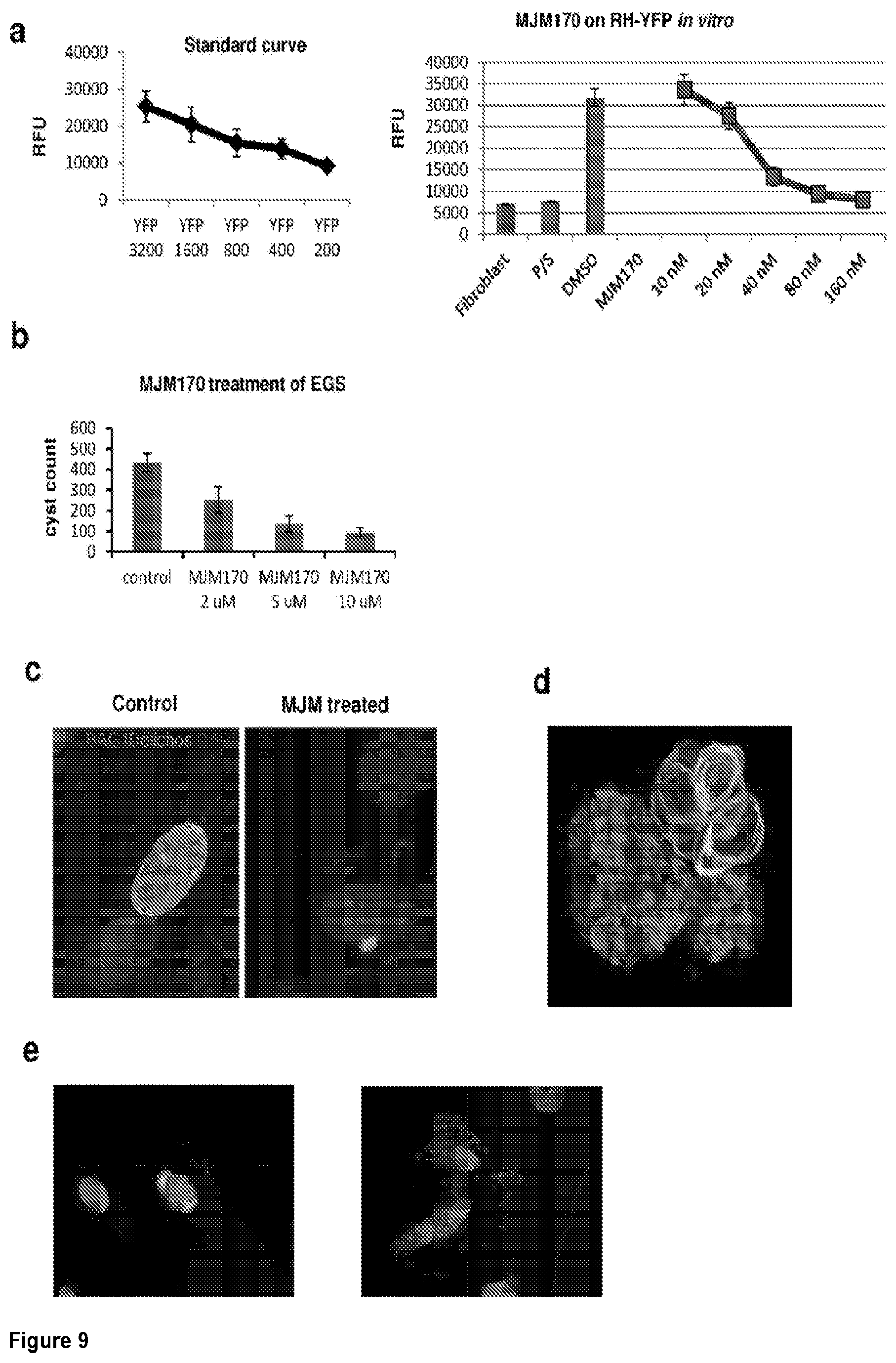
D00131
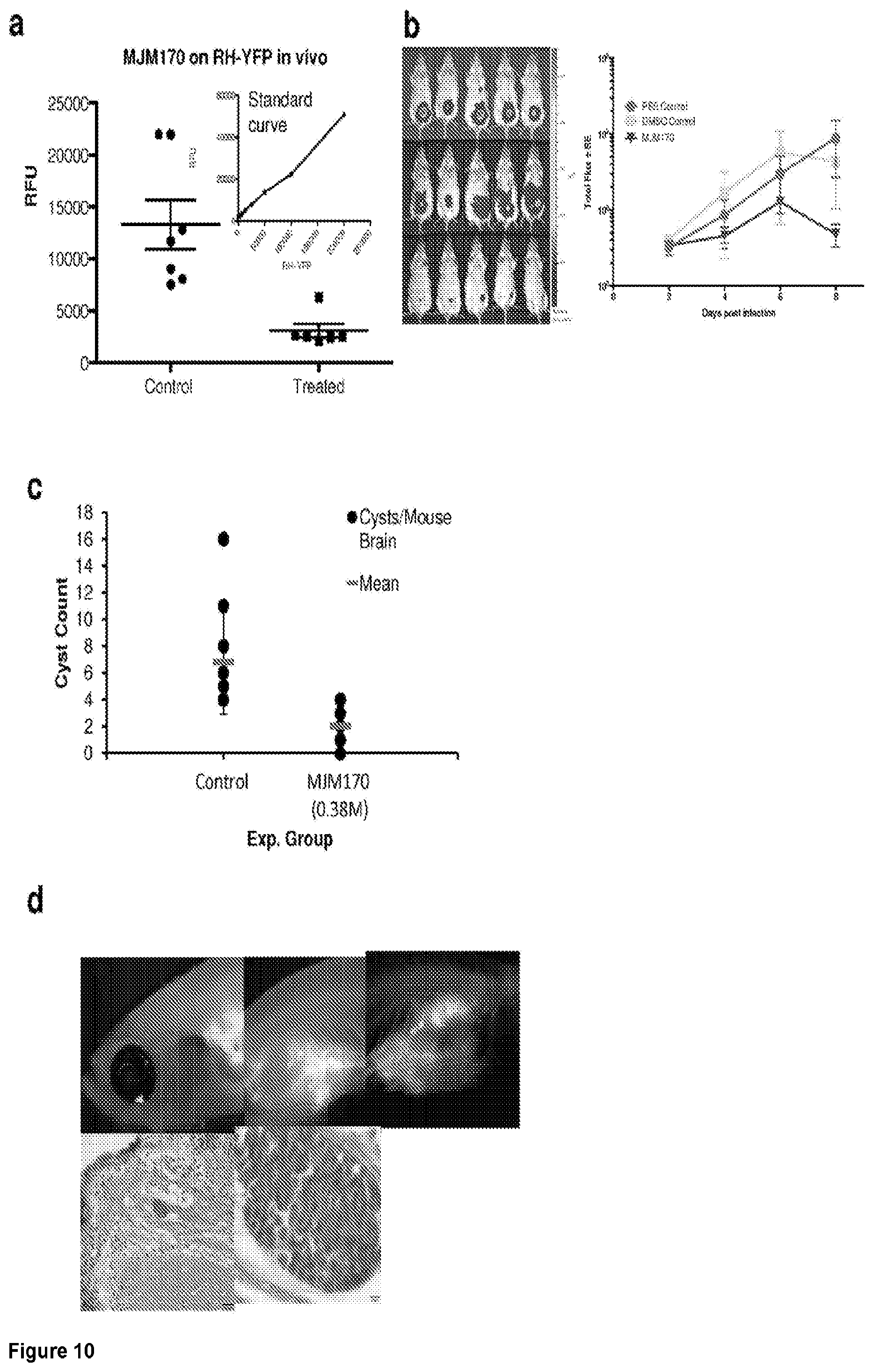
D00132
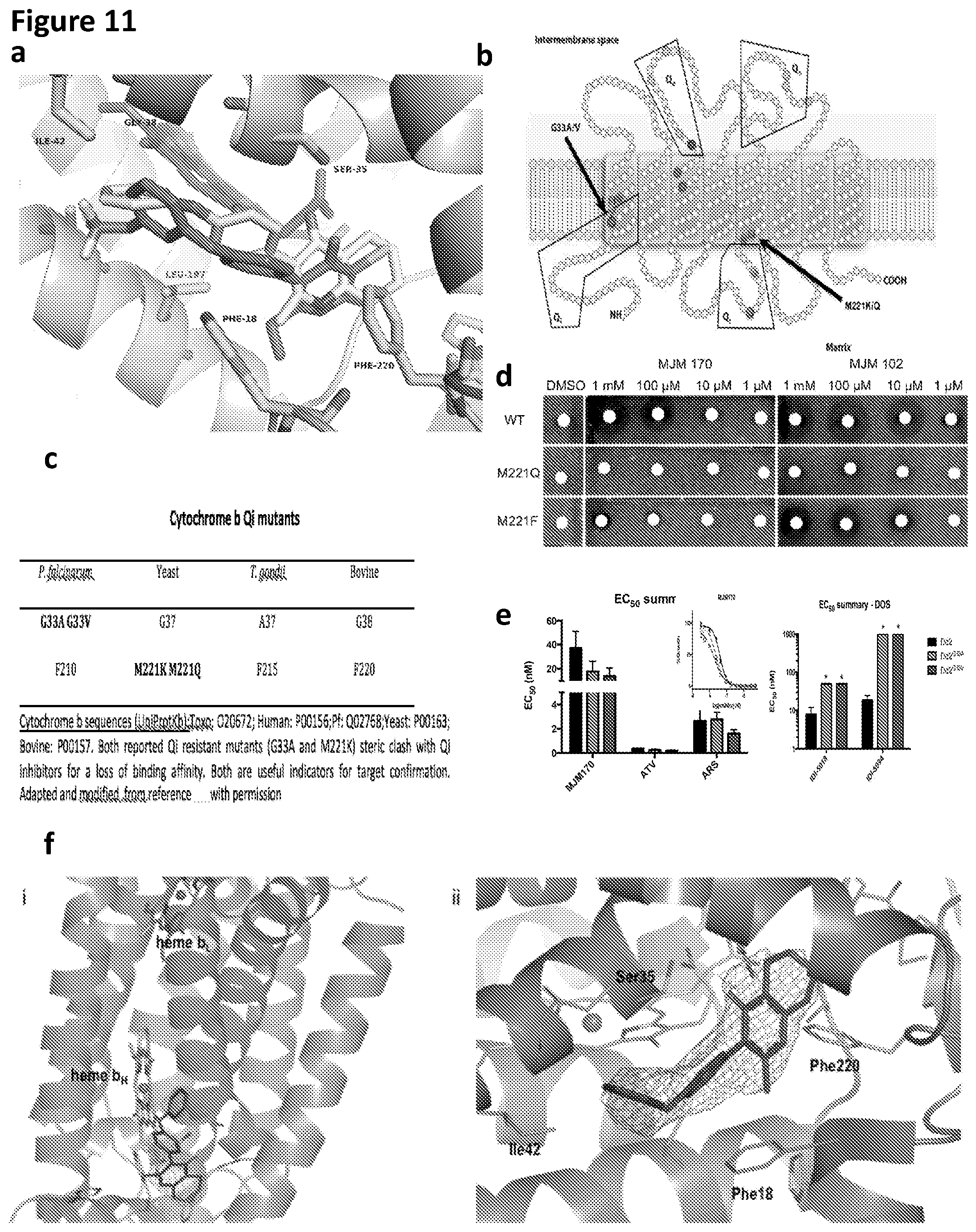
D00133
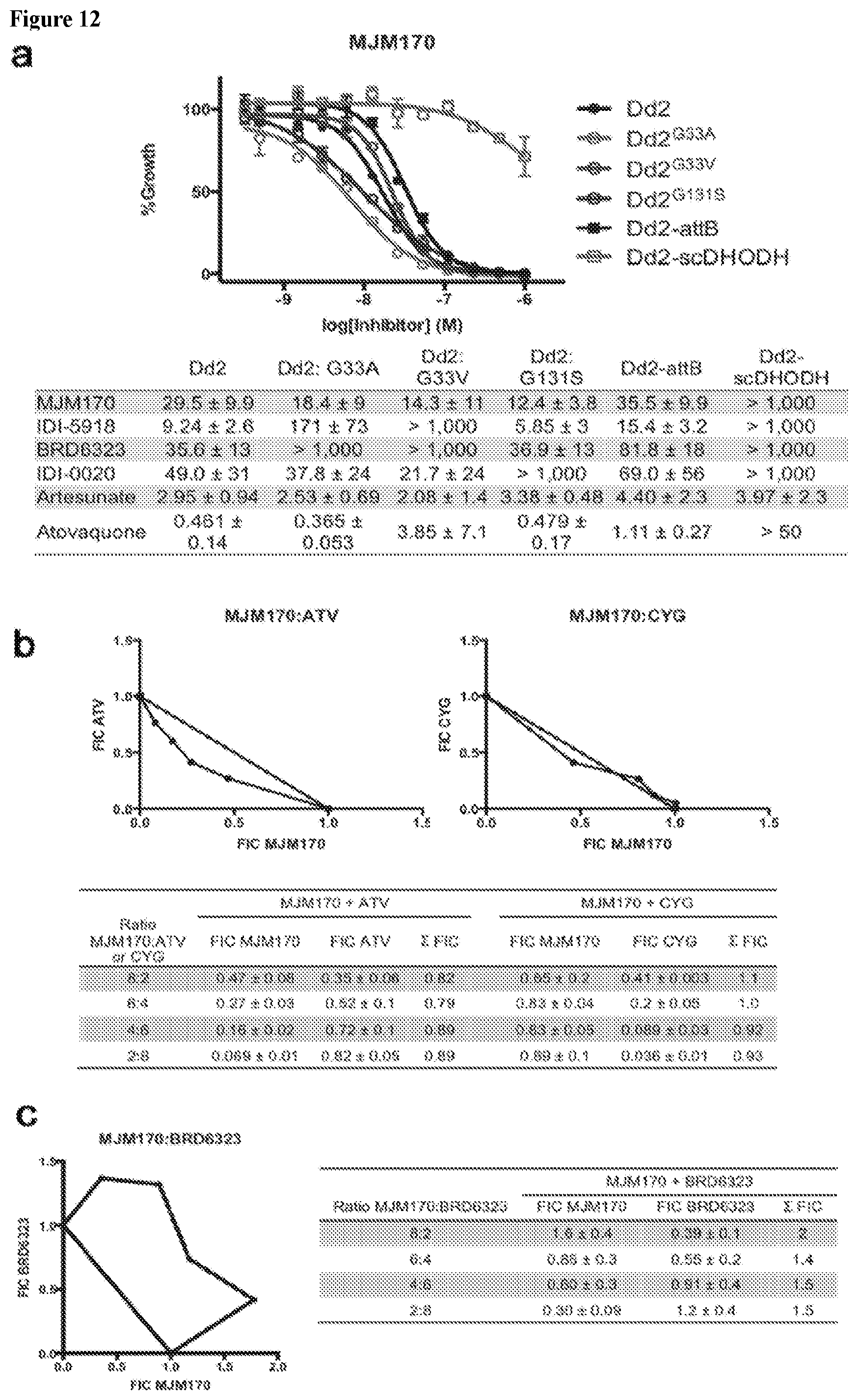
D00134
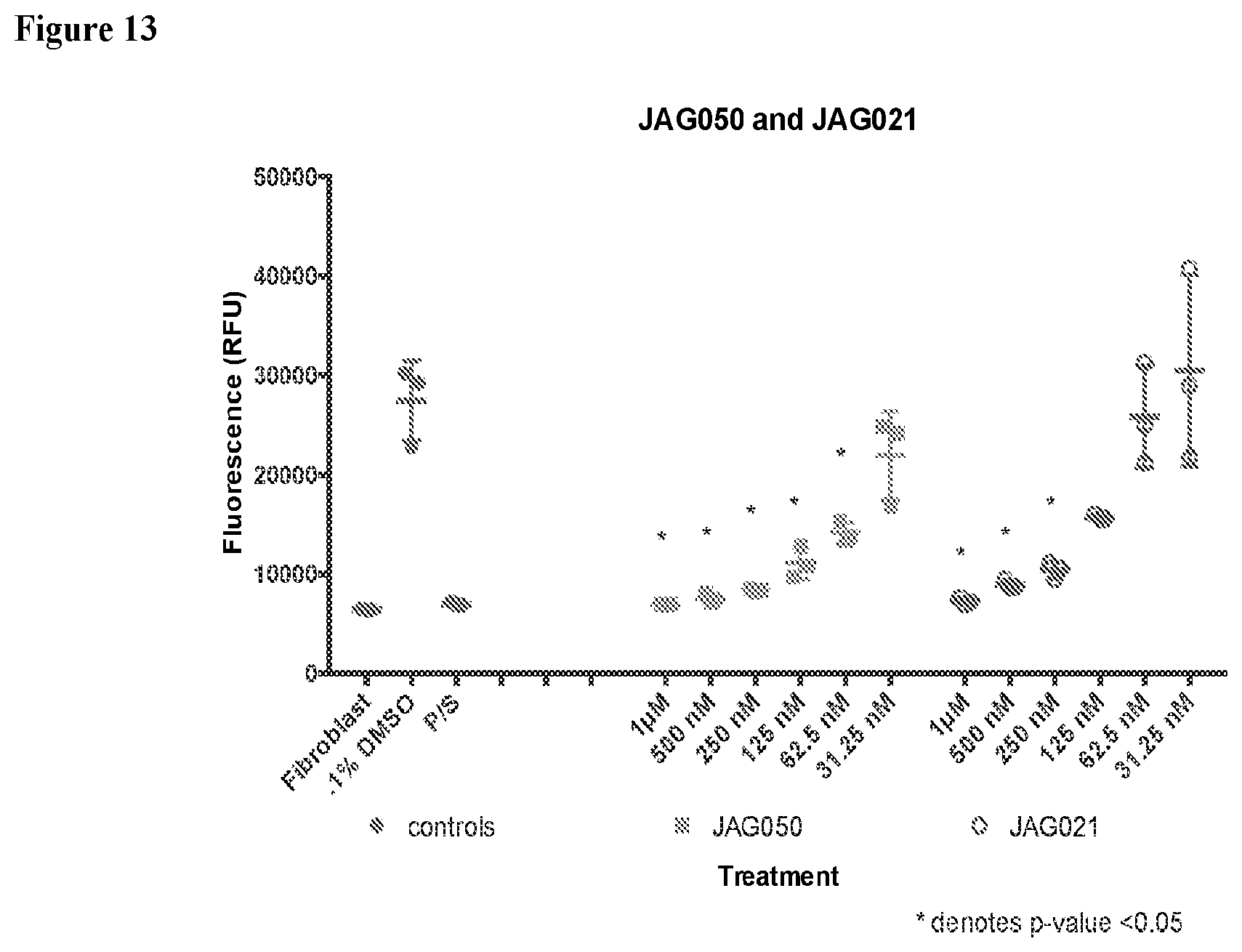
D00135
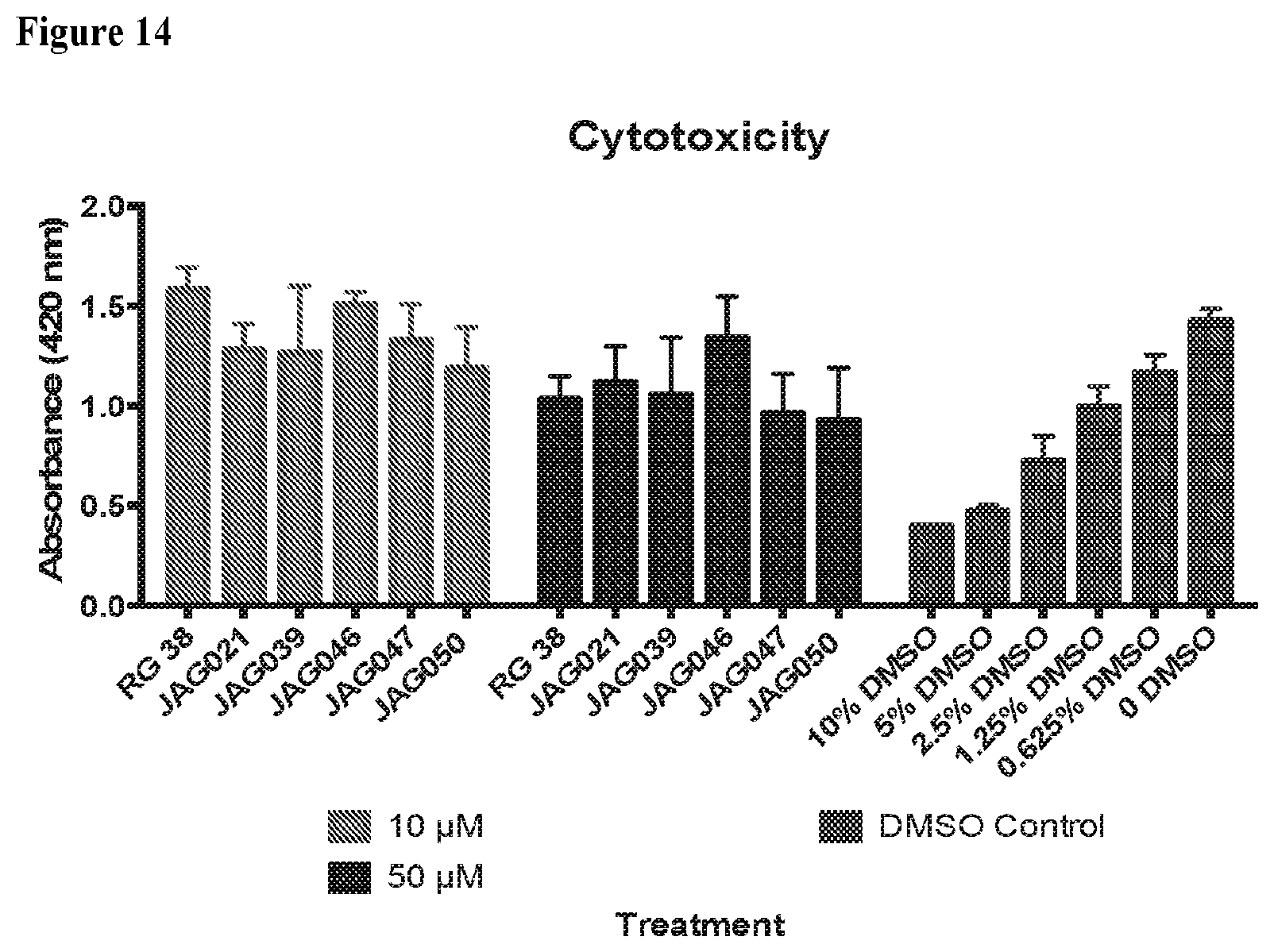
D00136
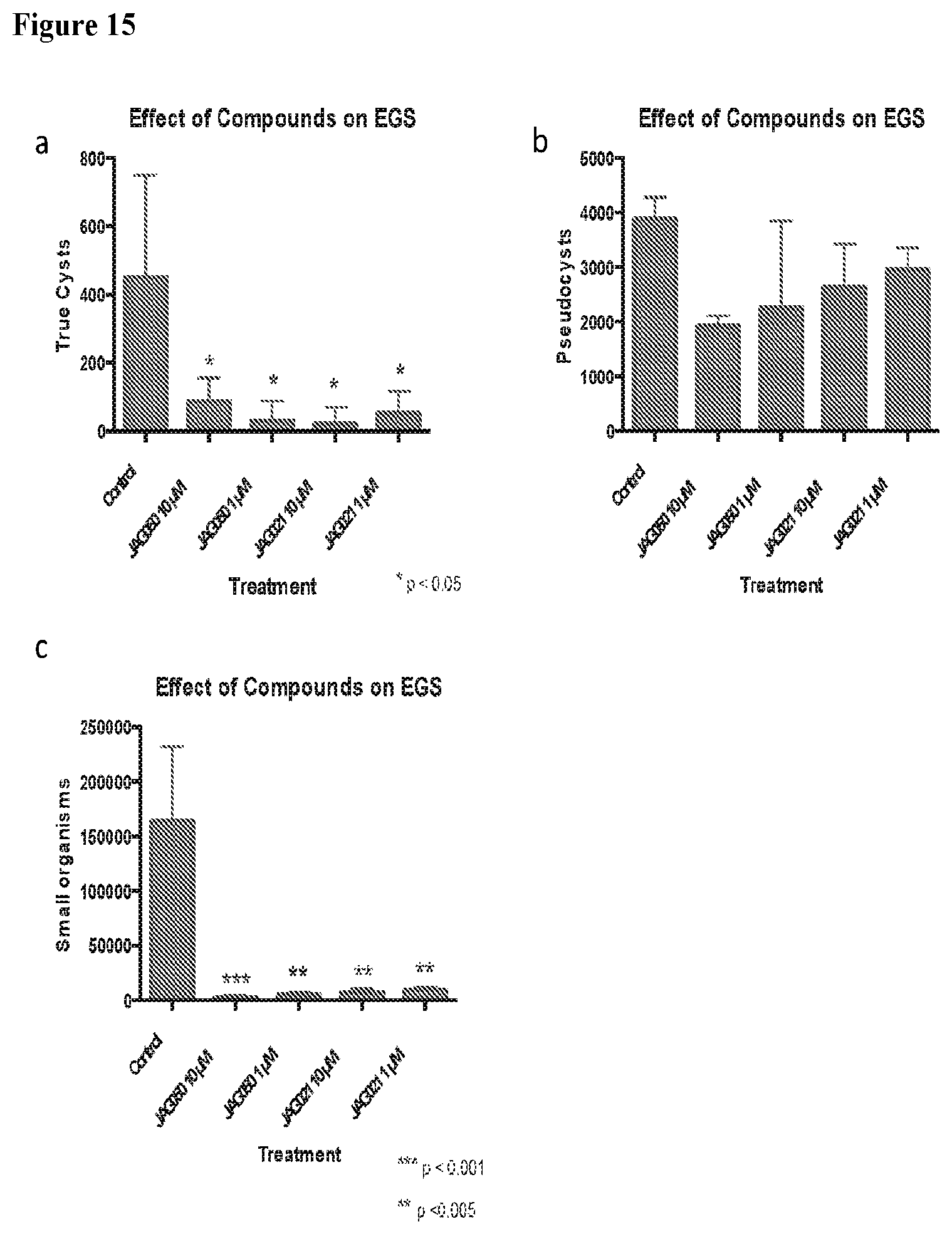
D00137
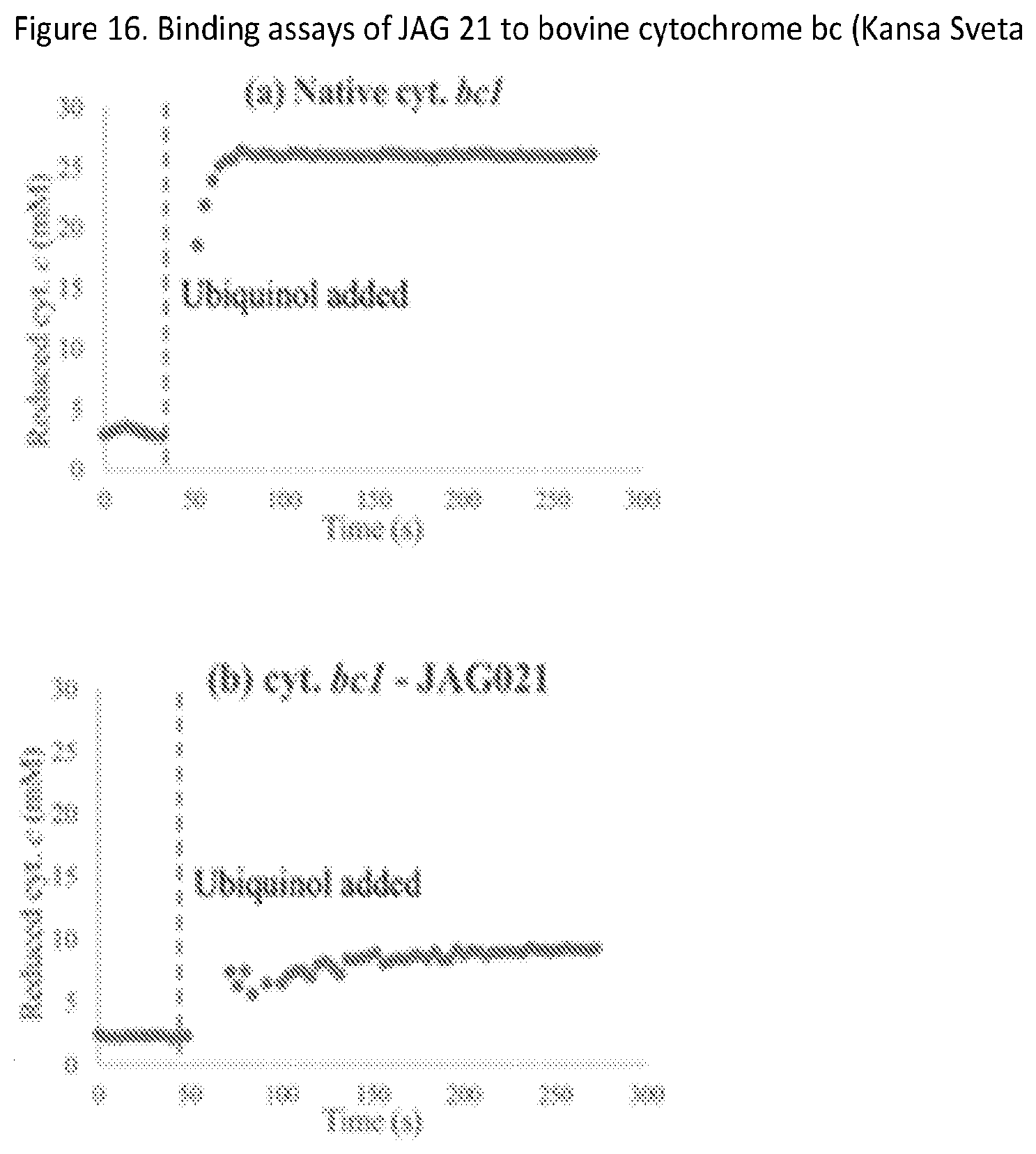
D00138

D00139
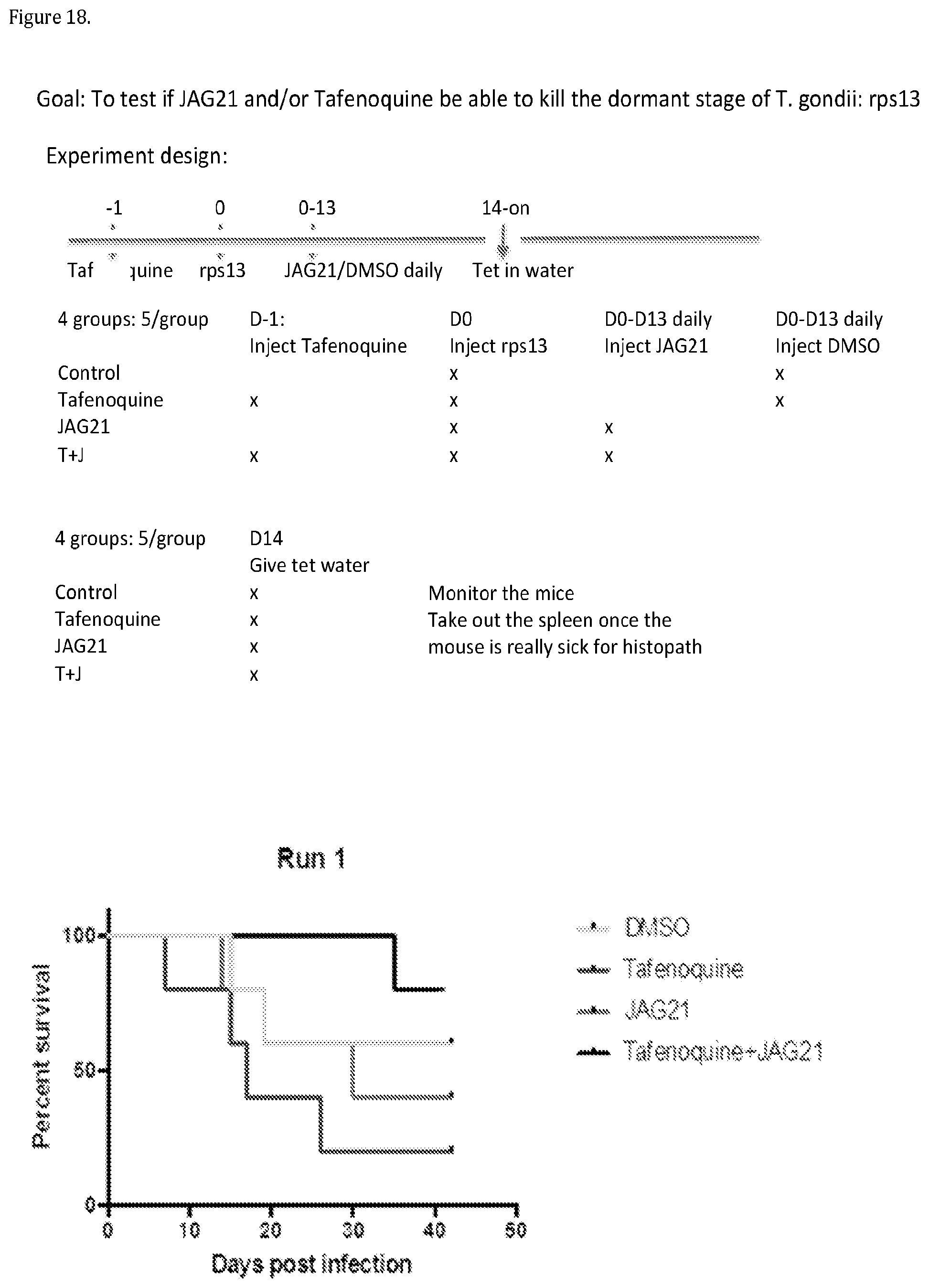
D00140
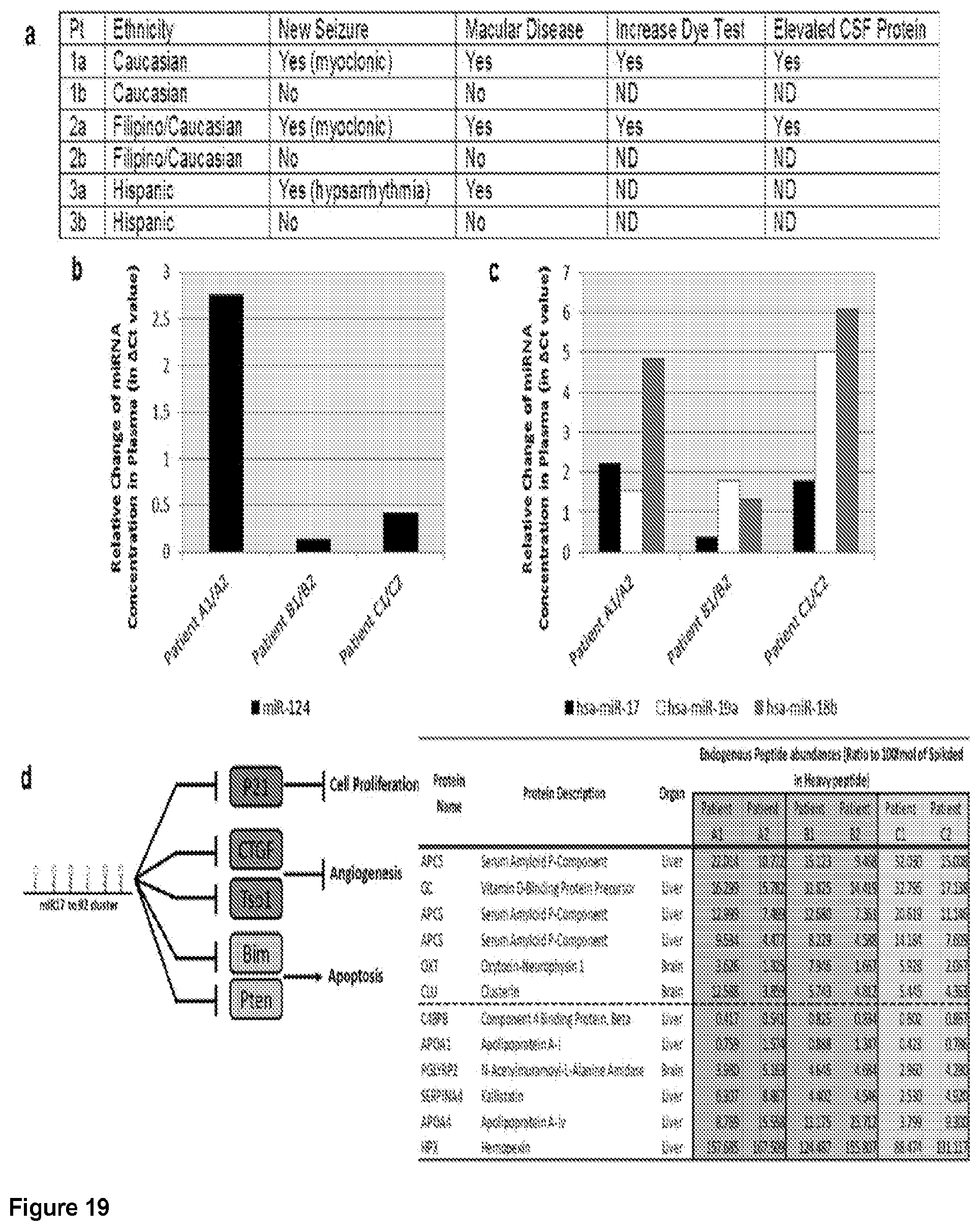
D00141
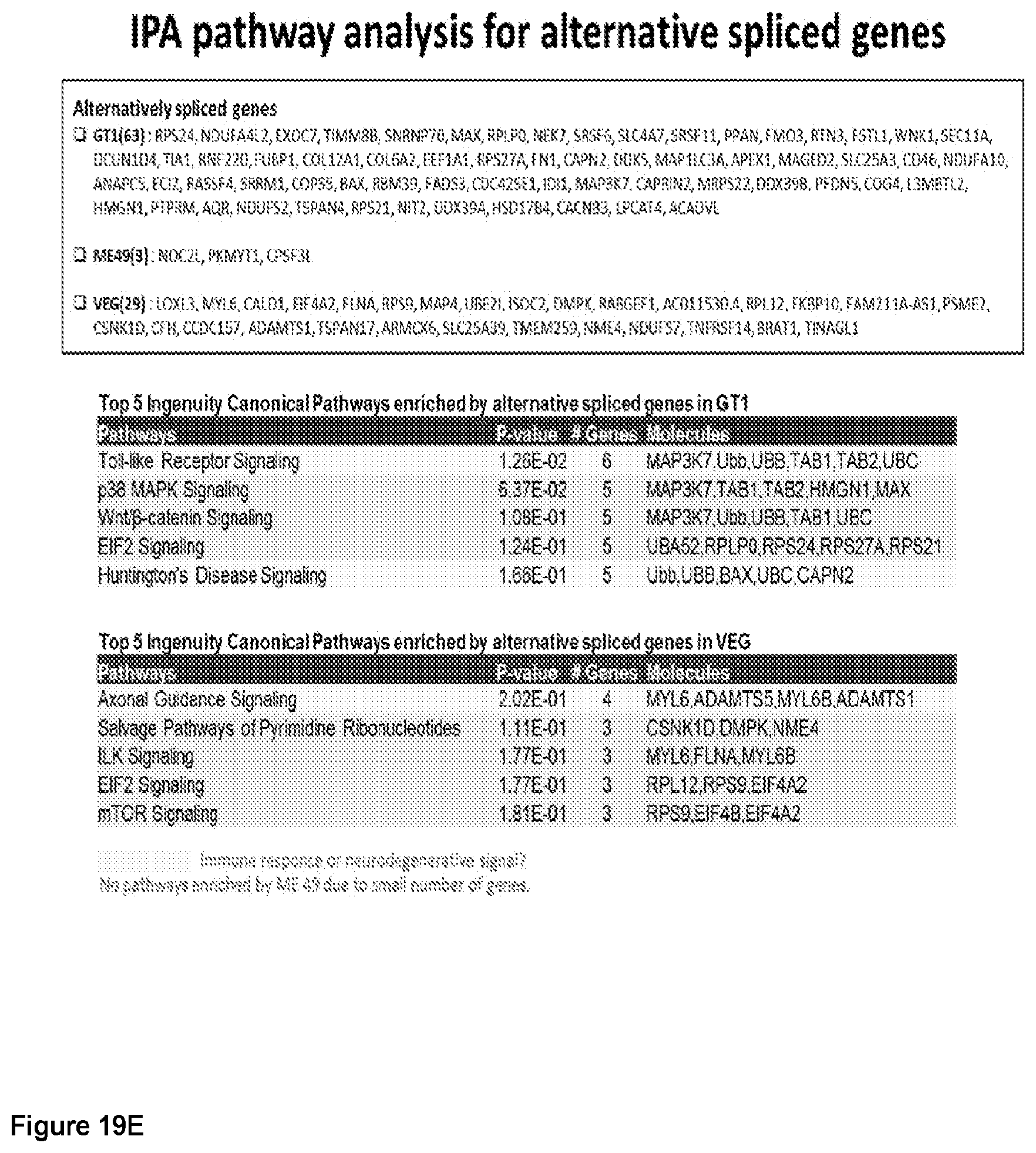
D00142
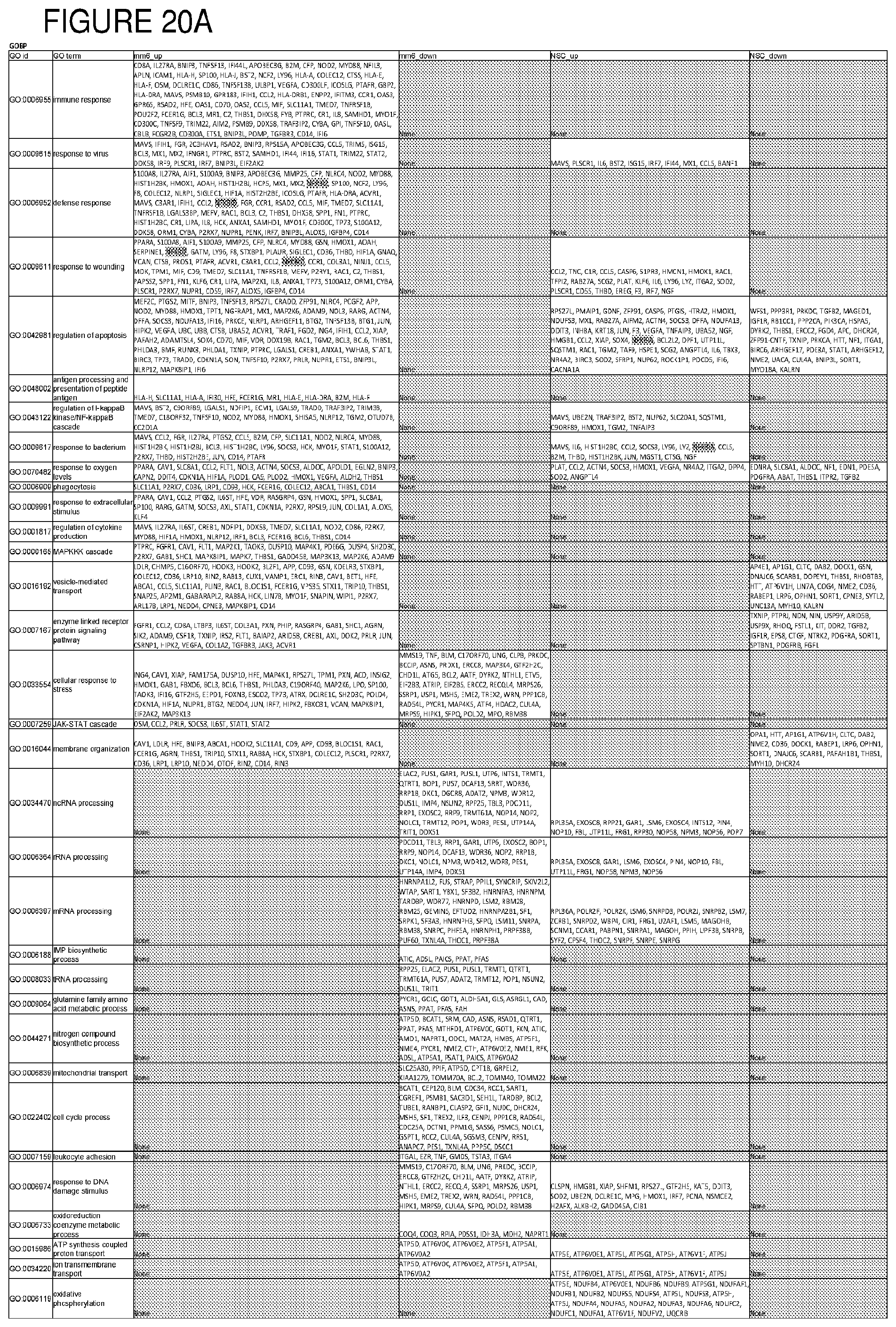
D00143
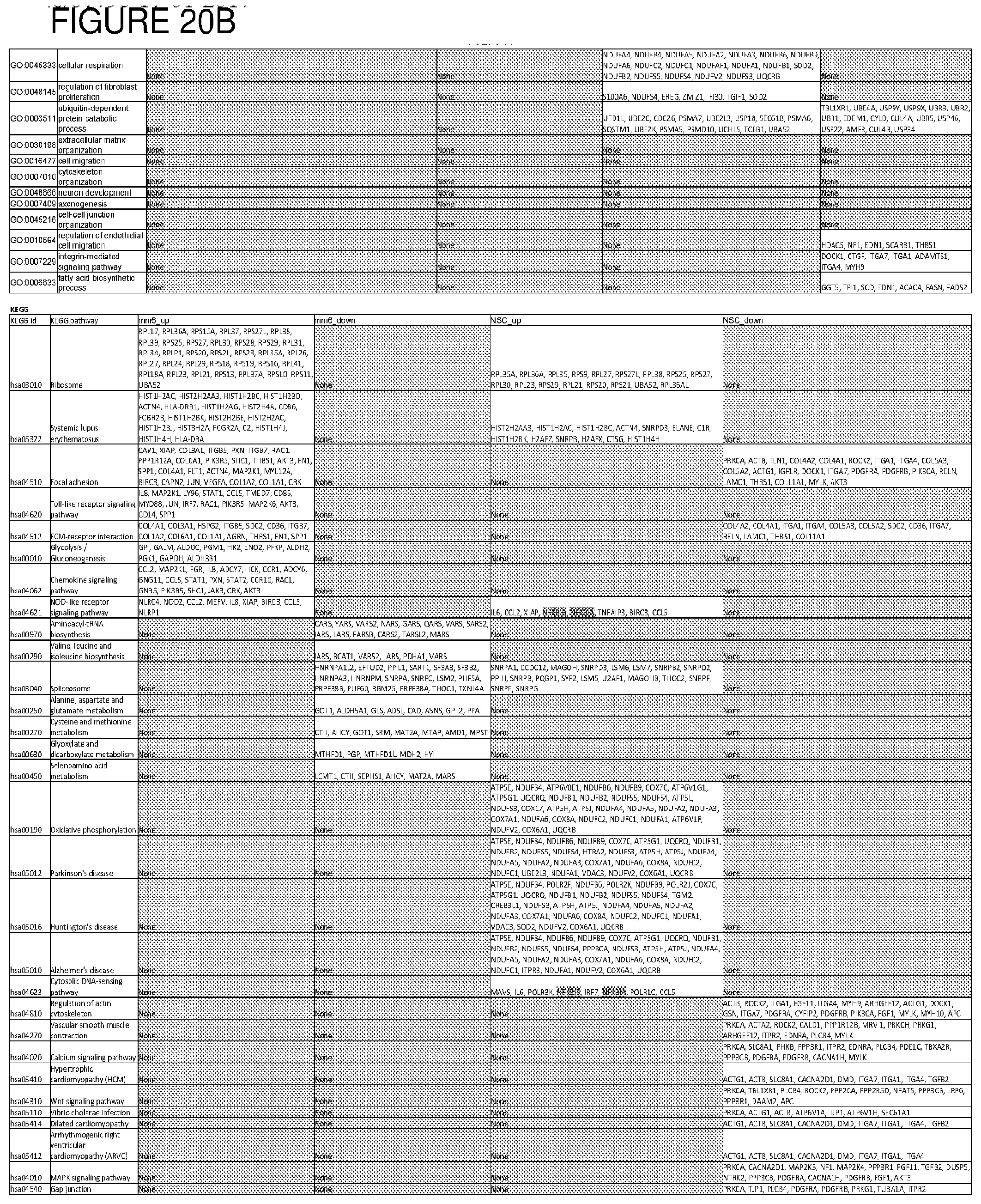
D00144
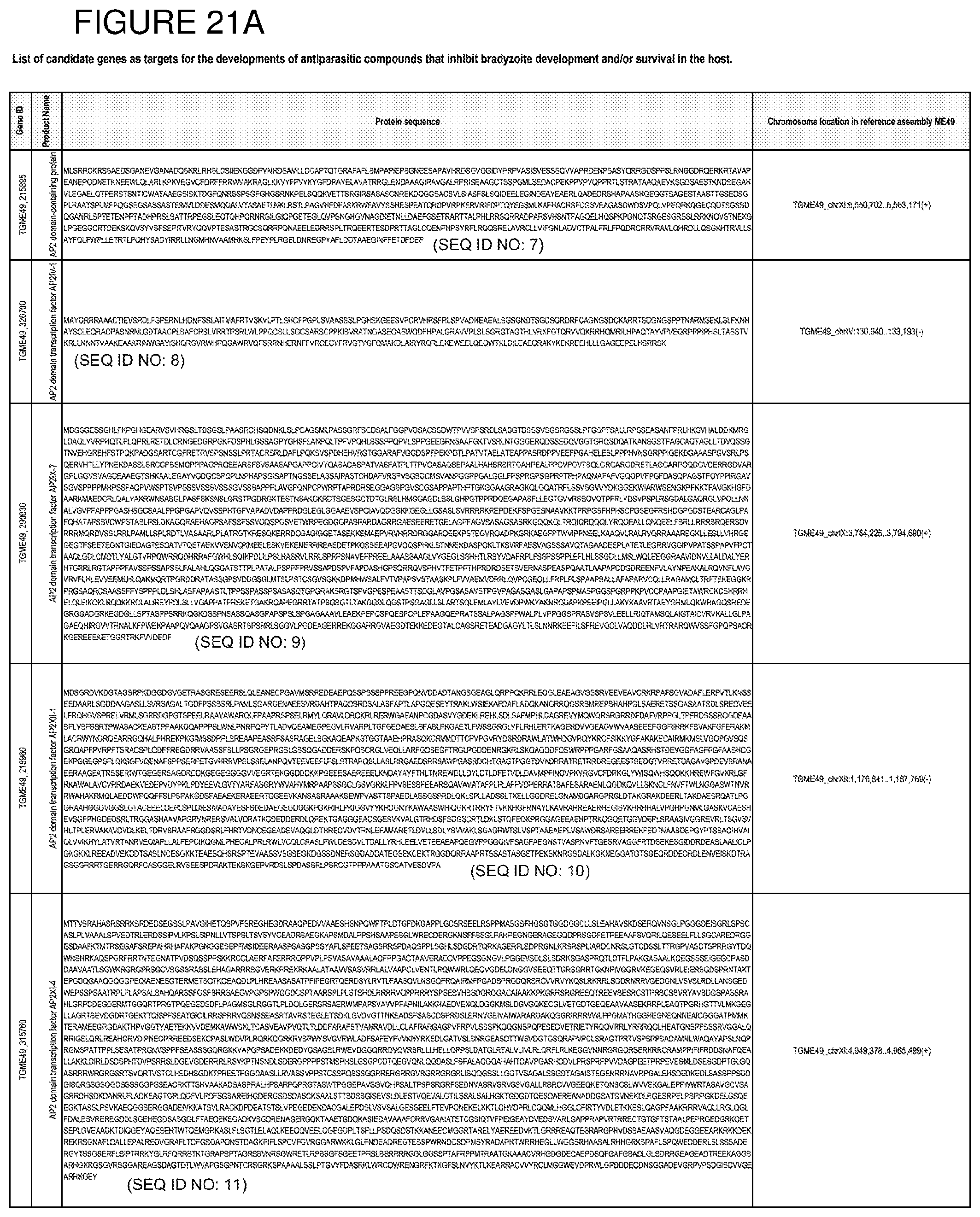
D00145
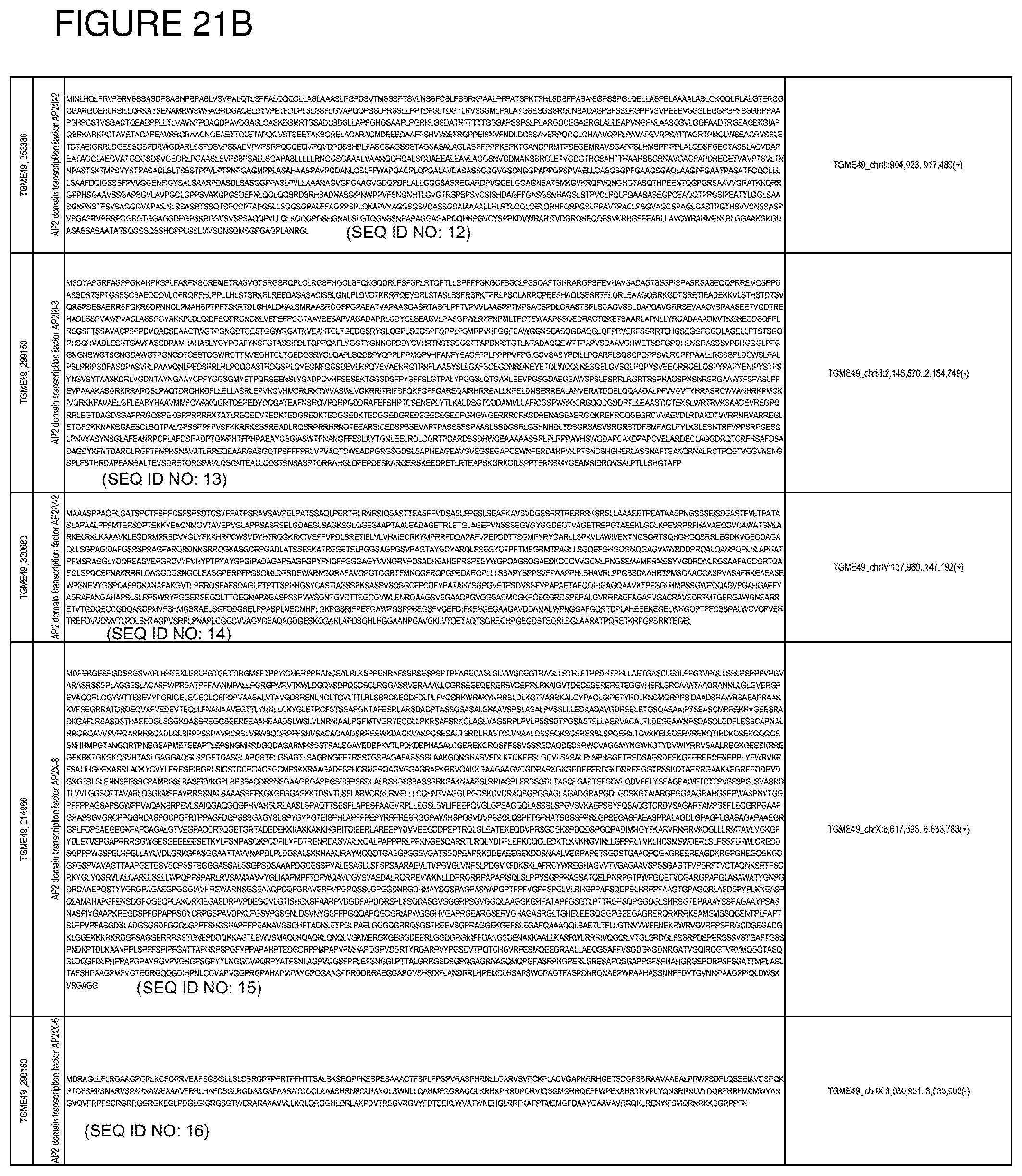
D00146
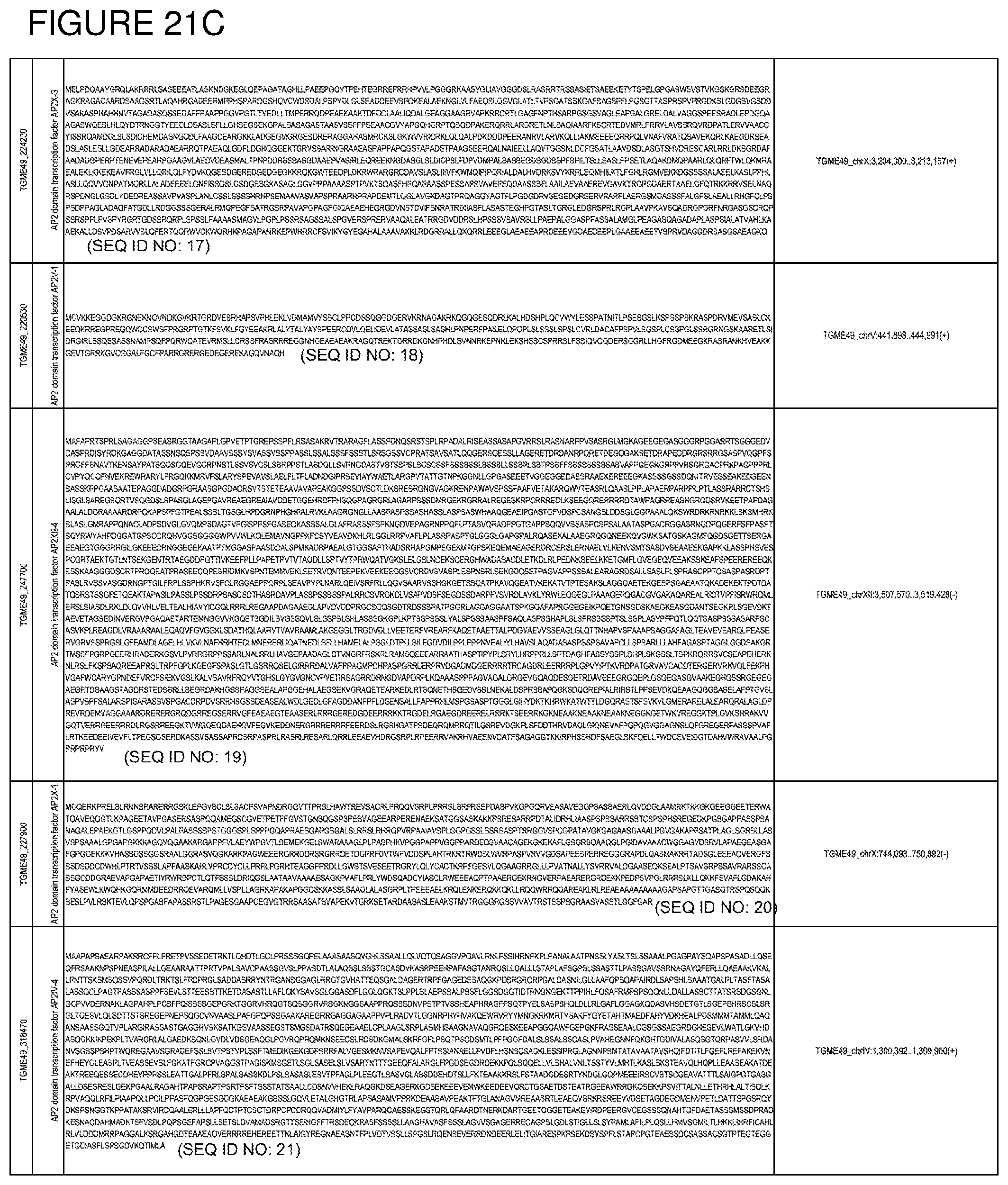
D00147
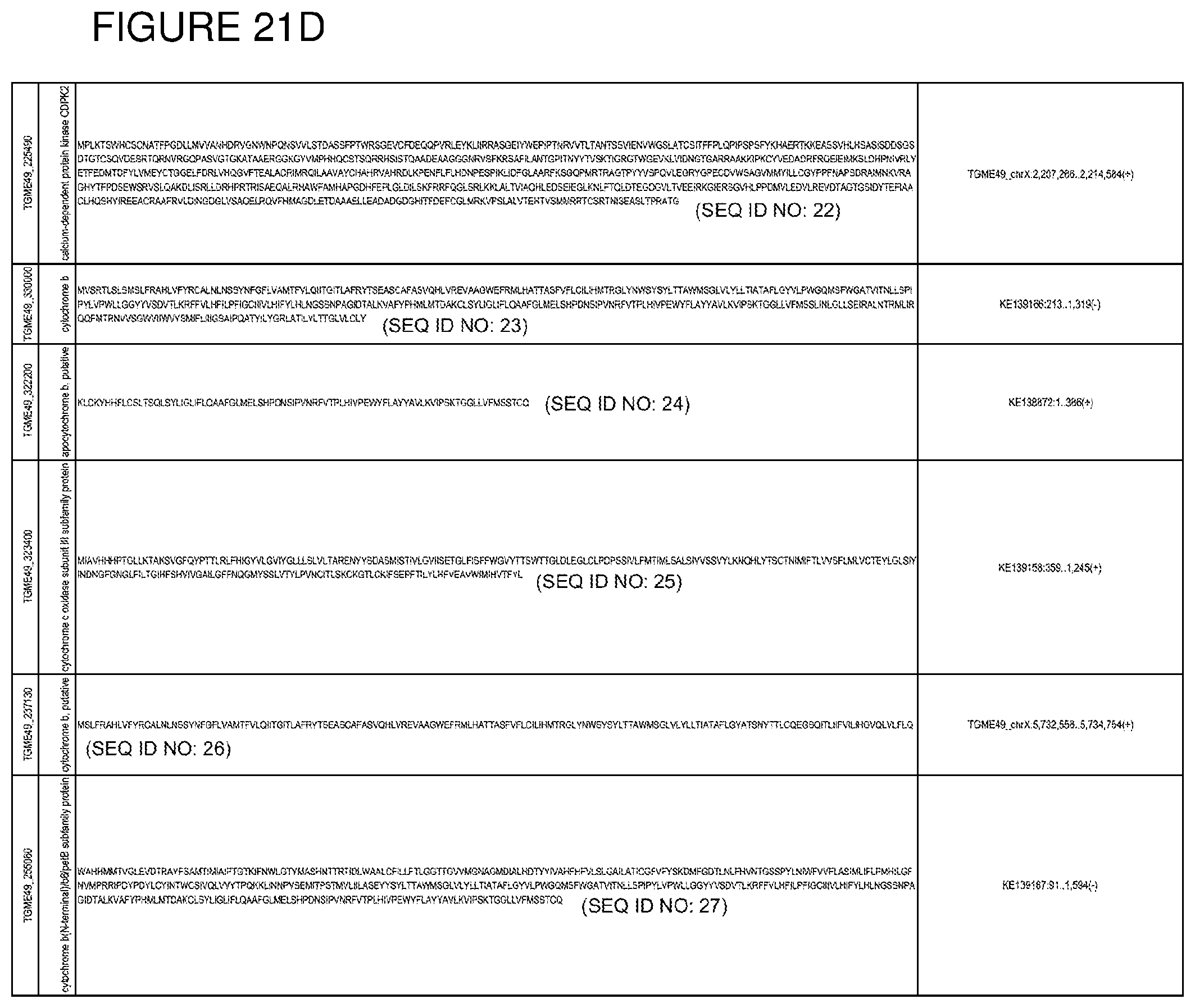
S00001
XML
uspto.report is an independent third-party trademark research tool that is not affiliated, endorsed, or sponsored by the United States Patent and Trademark Office (USPTO) or any other governmental organization. The information provided by uspto.report is based on publicly available data at the time of writing and is intended for informational purposes only.
While we strive to provide accurate and up-to-date information, we do not guarantee the accuracy, completeness, reliability, or suitability of the information displayed on this site. The use of this site is at your own risk. Any reliance you place on such information is therefore strictly at your own risk.
All official trademark data, including owner information, should be verified by visiting the official USPTO website at www.uspto.gov. This site is not intended to replace professional legal advice and should not be used as a substitute for consulting with a legal professional who is knowledgeable about trademark law.